Romania
- Country Flag
- Capital City
- Most Helpful
- Google Car
- Bollards
- Google Coverage
- Unique Vehicle
- Camera Generation
- Road Lines
- Road Signs
- Electricity Poles
- License Plates
- Phone Number
- Vegetation / Landscape
- Architecture
- General Look
- Language
- Domain
Country Flag:
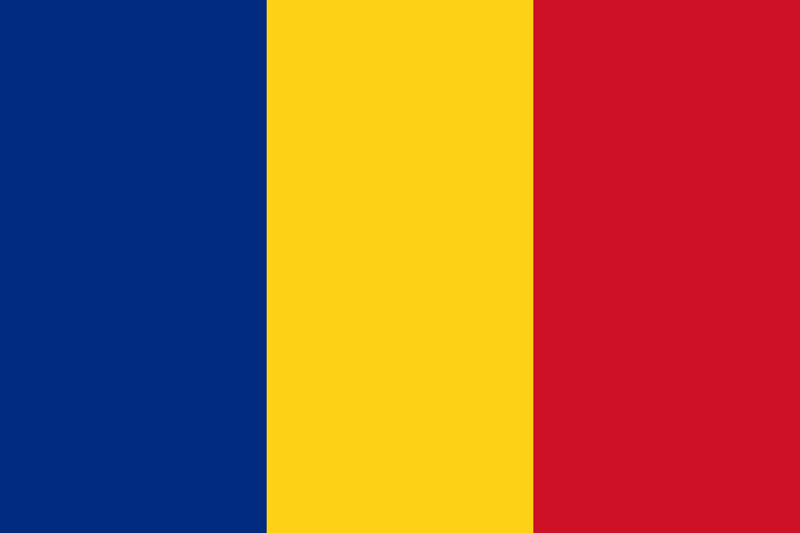
Capital City:
Bucharest
Most Helpful:
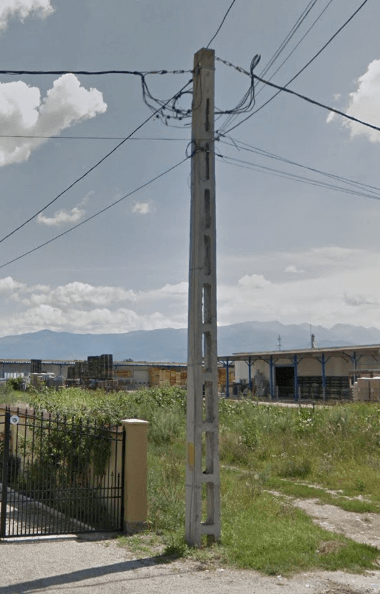
Romanian poles are very helpful. They are thicker than Hungary and Poland’s version of a similar style. The yellow Voltage warning on the side is unique to Romania (either painted or a metal sheet). It can be missing or faded on older poles.
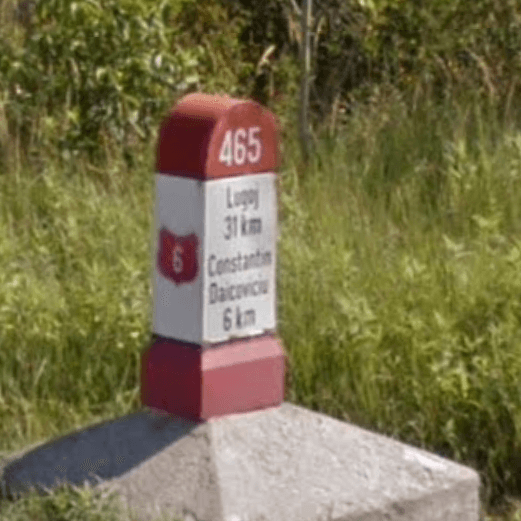
These are the larger bollards / markers than can be found off of nearly every road. They are called “Milestones”. They will point you towards a large city (with a distance to it) and have the road number on the side. The color of the KM marker will indicate what style of road you are on, found below.
Google Car:


You can find the antenna on the back of the google car. It is usually a longer antenna. Sometimes, a shorter antenna is seen and it has a piece of tape coming off of it. The tape is regional to Eastern Europe.
Bollard:
Romania has some bollards, but they are very rare:

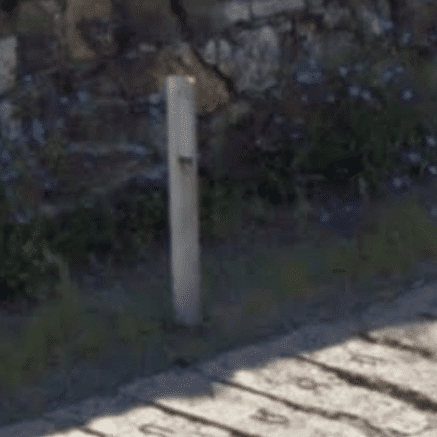
More important, Romania has 5 major categories of roads:
* Local Road (marked with yellow on the map)
* County Road (marked with blue on the map)
* National Road (marked with red on the map)
* European Road (Marked Green like any other country in Europe)
* Highways (Marked Green, all starting with letter A. Example: A1, A4)
Here are the most important bollards you will find, made out of concrete:
Below bollard is blue, meaning you are on a County Road, specifically 592:
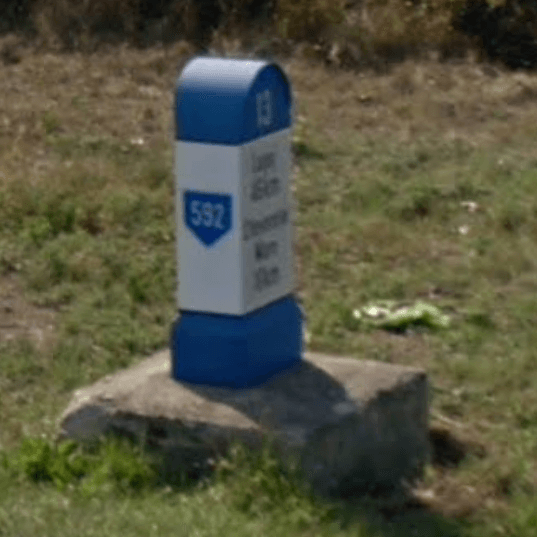
On this one, you are on National Road 6:

Important to remember is that the number on the top part is irrelevant, it tells you on what kilometer you are from the start of the road. Just ignore it, all you need is color of the bollard and the number on the side.
On all the bollards, the first city is usually a big one that can be easily found on the map, if you also look for the road number.
If you find a yellow road or yellow concrete bollard, meaning Local roads, don’t bother looking for those, as they are very hard to find.
Sometimes, you will see a hectometers marker, made out of concrete, which looks like this:

Those markers are placed every 100 meters, and every 1000 meters you will have a big concrete bollard as above. The marker above is at 200 meters (2), so it means we have 800 more meters until we can see a big concrete bollard.
Google Coverage:
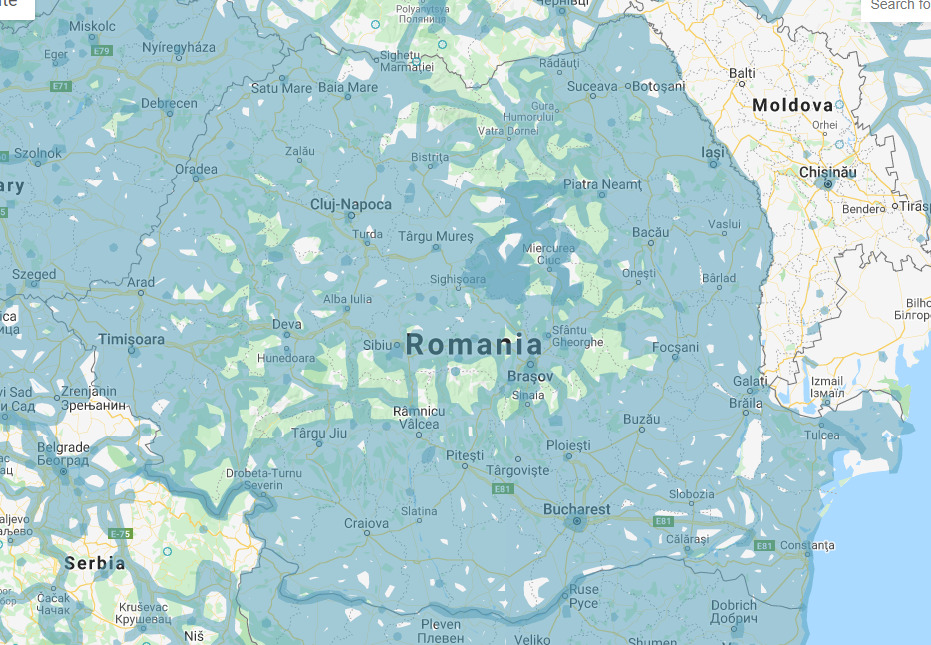
Most of the roads in the country are covered. There are going to be some empty spaces shown on the map due to national parks or the lack of any roads in that area.
Unique Vehicle:

Romania has a large number of Dacia’s. They are often seen as taxis as well as personal vehicles. There are multiple styles, but they are the most common vehicle in Romania. They do exist outside of Romania, including places like Turkey and Argentina.
Camera Generation:
Very little Gen 2, mostly Gen 3
Road Lines:

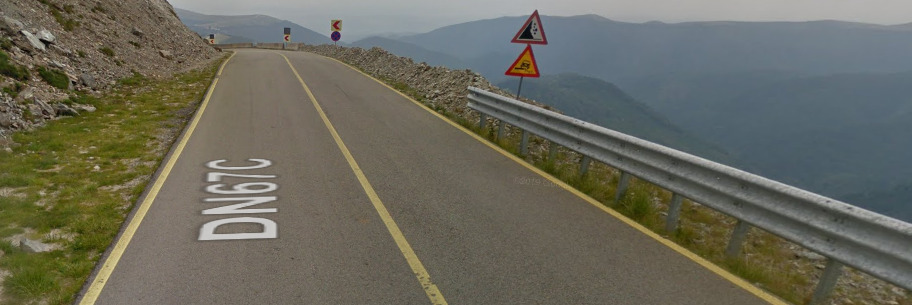
Romania usually uses all white lines, however there are examples of yellow lines in areas that are dangerous so that visibility is higher. This includes the mountains and areas where snow is likely.
Road Signs:
Romania has all the road signs with white text on blue background.
For example, the following sign tells you that you are on National Road 6 and also on European road 70. If you go west, you will be on Local Road 22 (very hard to find yellow roads!).
As mentioned previously, first city is a big one, but it doesn’t mean it is close. On those types of road signs (big ones), look for the 2nd city, as that is closer to your current location:
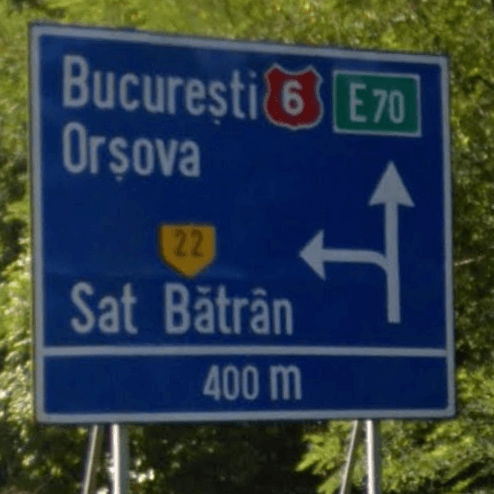
Other very typical Romanian signs:
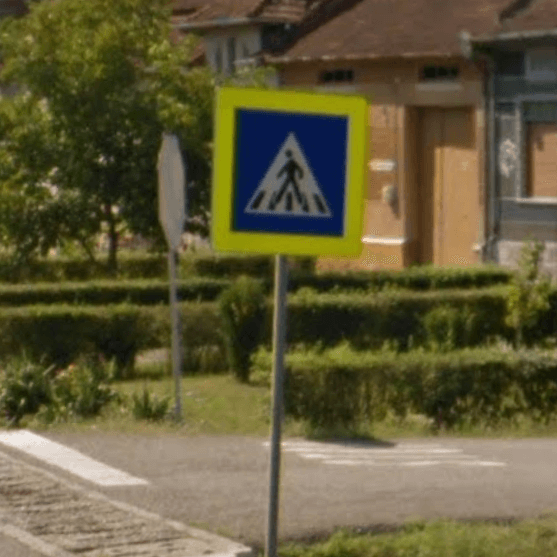
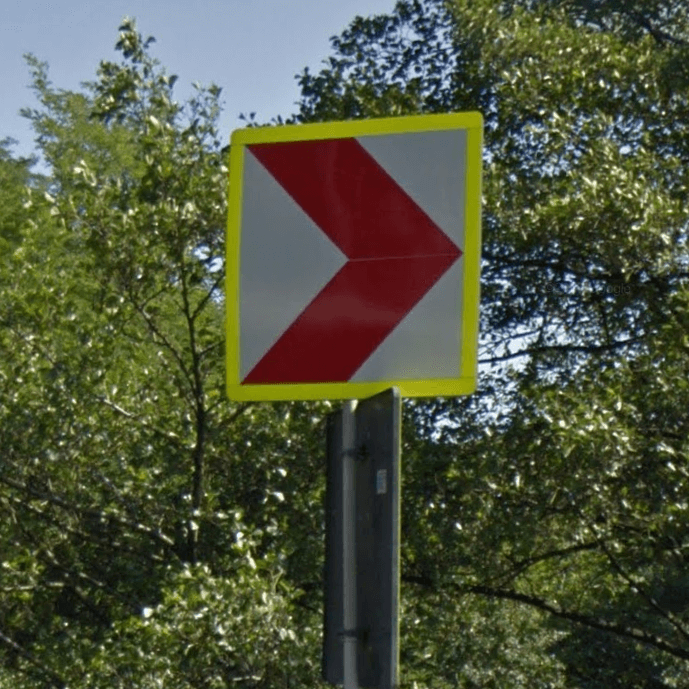

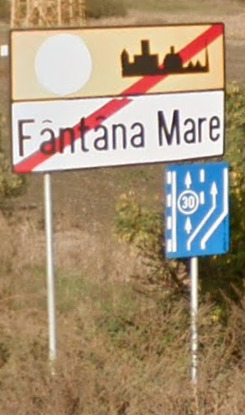
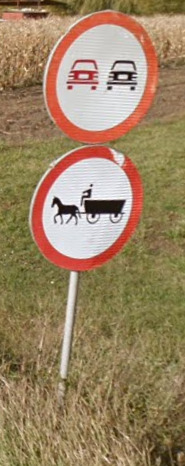

Most signs in Romania are similar to your typical EU signs. The arrow and crosswalk signs are important, as they can help you distinguish a general area of Europe.
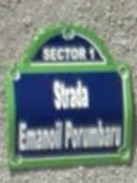
Bucharest is separated into sections. You can find out which section you are in based on the street signs.
Electricity poles:
Very typical for Romania are the concrete hollowed poles. They can also be found in Hungary, France, and Poland. The Romanian ones are distinguishable by a yellow paint or sign on the side:

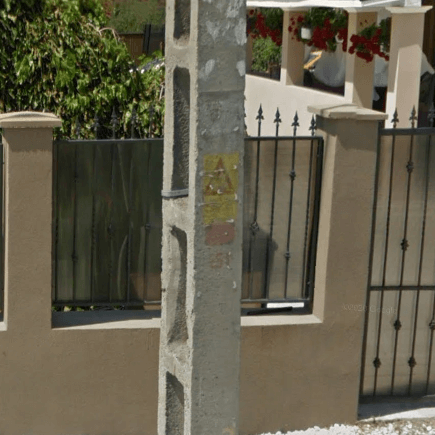
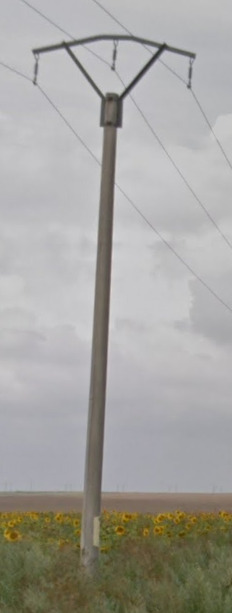


The yellow marker on the side of the pole is a voltage warning. The size of this seems to change throughout the country, with longer and shorter ones existing. If there is need for this meta, we will add it.

In that yellow marker, you can often find the region and the city / town name. In the example above, you are in the village of Botoș.
License plates:
Romania uses white license plates with black text. The first two letters tell you in which county you are. Each county has a “capital”, which is a big city, easily found on the map. Think of it as the two letters are an abbreviation of the city:
For example, “CT” comes from the county of “Constanta”, with the “capital” of the county, the city of Constanta:
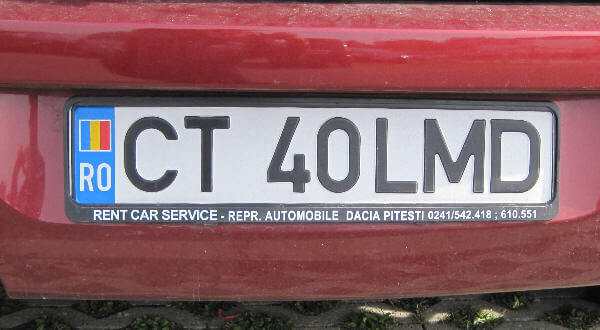
“Brasov” county, with “capital” city of Brasov:
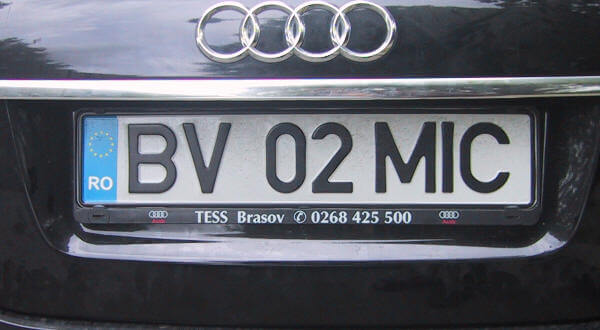
Here you can find a map with all the counties:
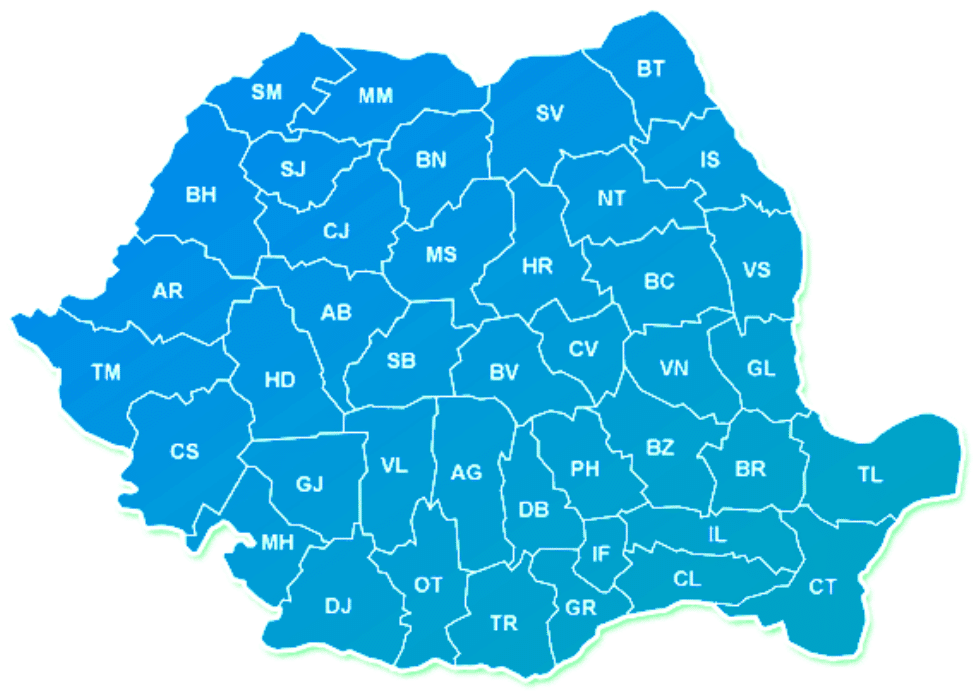
Phone number:
Finding landlines in Romania is not the easiest thing to do. Most of, if not the vast majority of numbers that you will find will be mobile. That is not to say that learning these numbers is not important, just something that wont be used often. It is probably worth learning the other tips as they will be useful more often, but the numbers are here for those who want to learn them.


The “a” here means that the number could be a 2 or a 3. They are interchangeable.
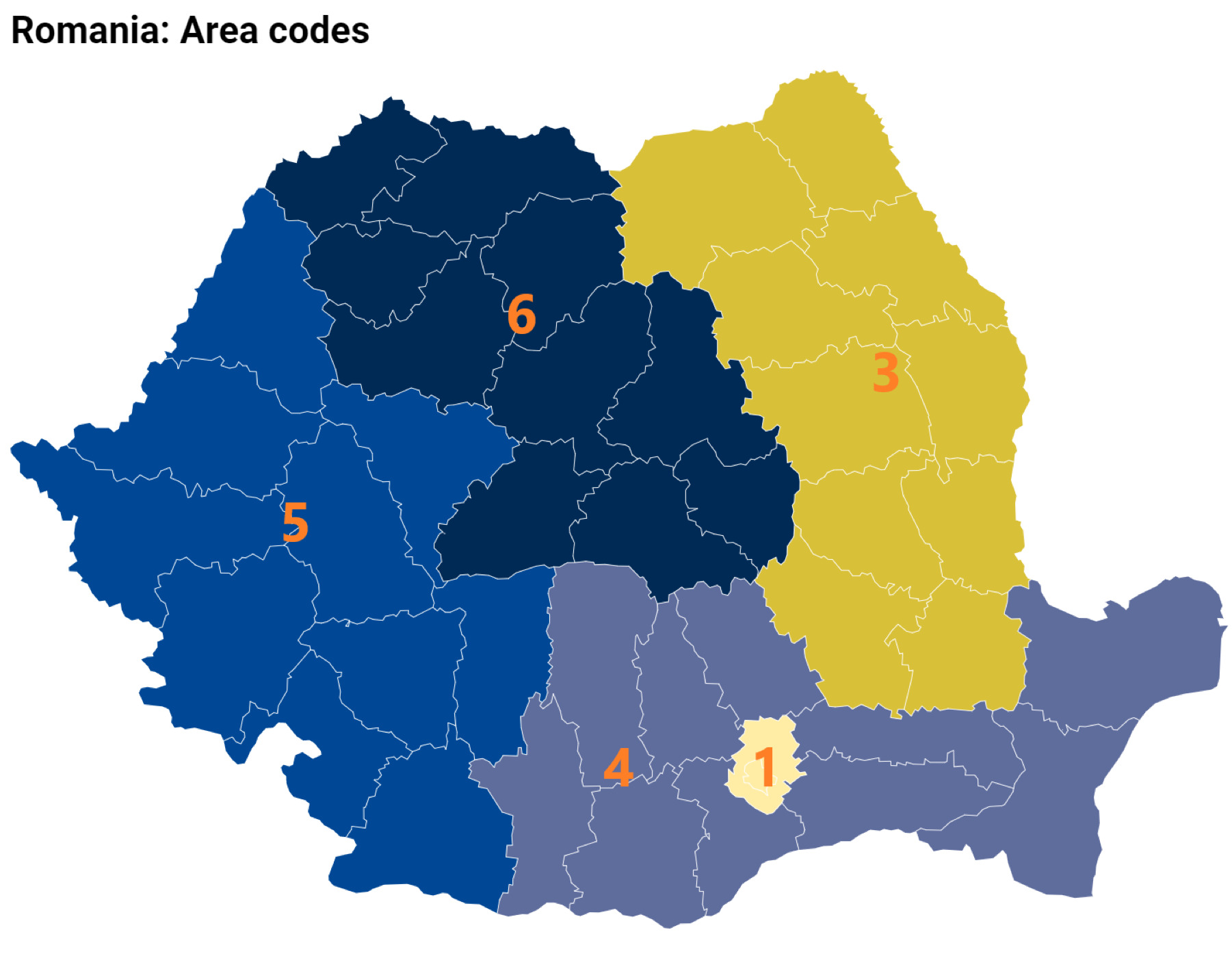

Mobile phone numbers in Romania consist of 10 digits in the format: xxx zzzzzzz where xxx represents the mobile operator code. All mobile operator codes begin with 07.
Vegetation/Landscape:
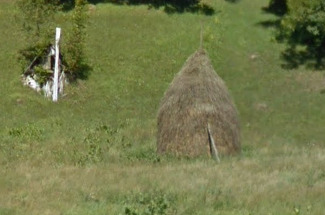
Much like Montenegro, Romania stores their hay in piles. These piles are much larger than Montenegro, and can be used to find out the country.

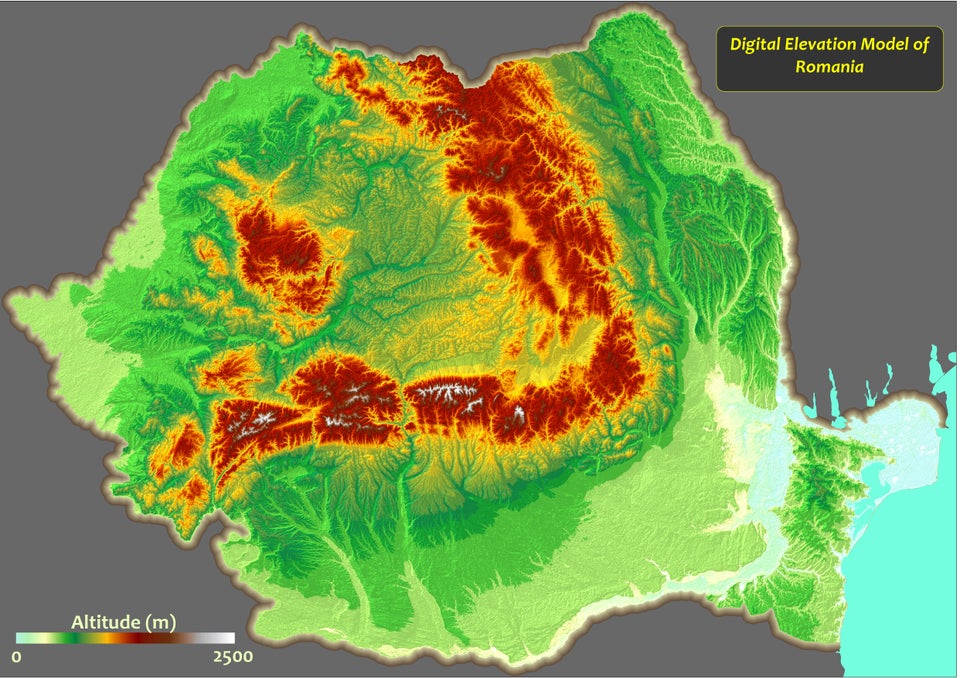
Architecture:

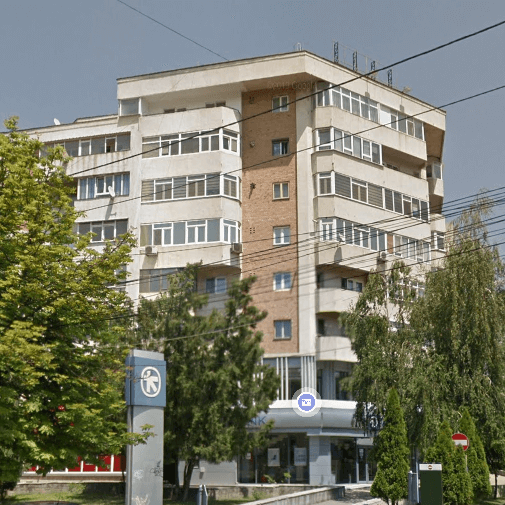
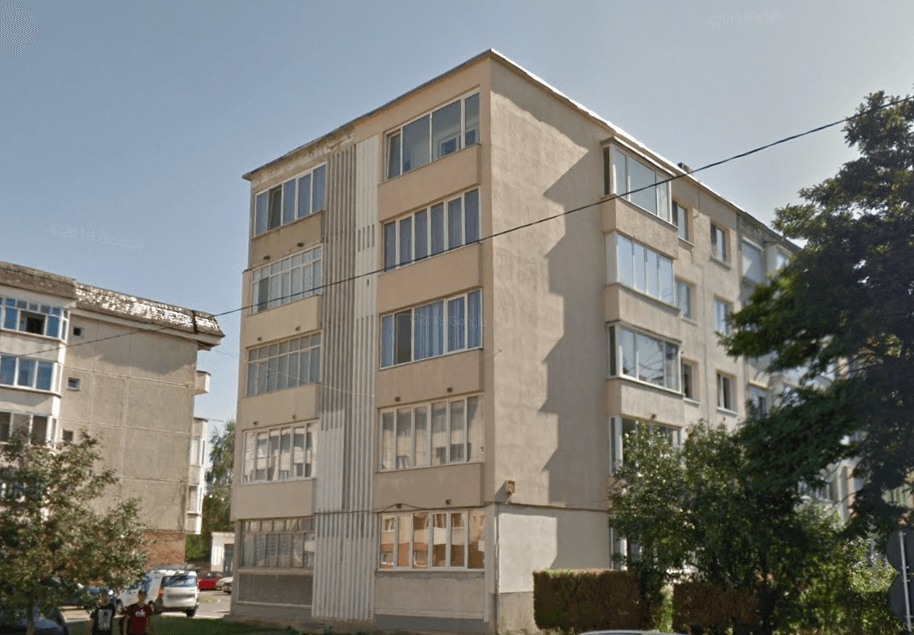
Romania was under Ceausescu’s regime, who adopted mass urbanization and industrialization, moving people from villages to the city. To do that, he adopted the Russian model of the so-called “Khrushchyovkas”, aka bad concrete panels buildings. There are different elements of architecture on them but you can usually see that they are pre-fabricated.
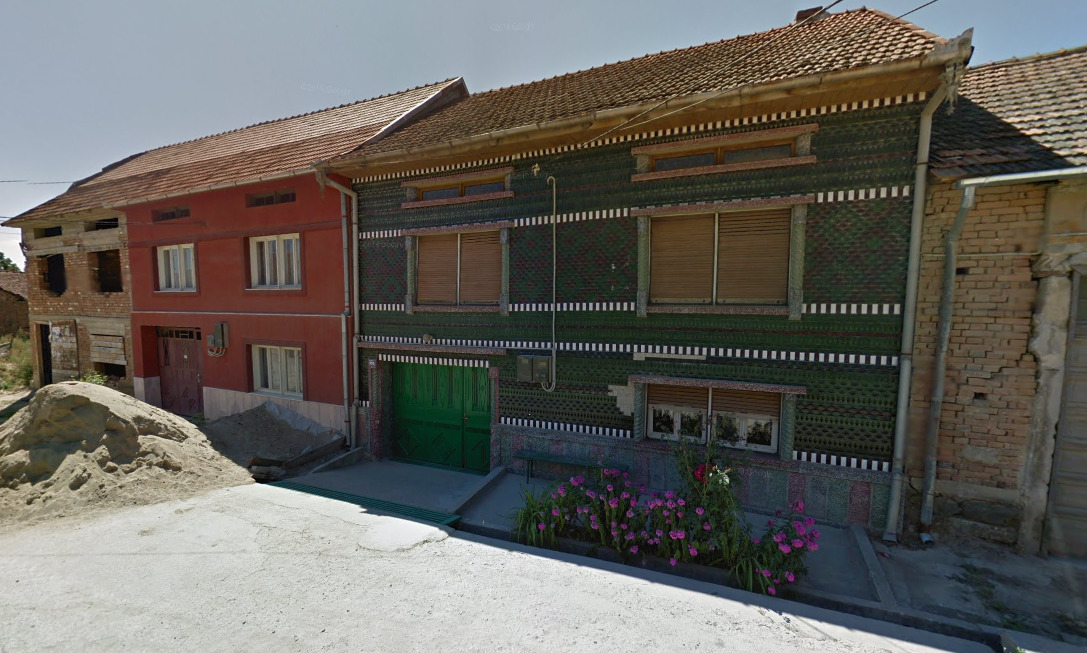
This style is found in the South West of the country in Caraș-Severin county. The houses are all connected and they have the doorways, called gates, built into them.
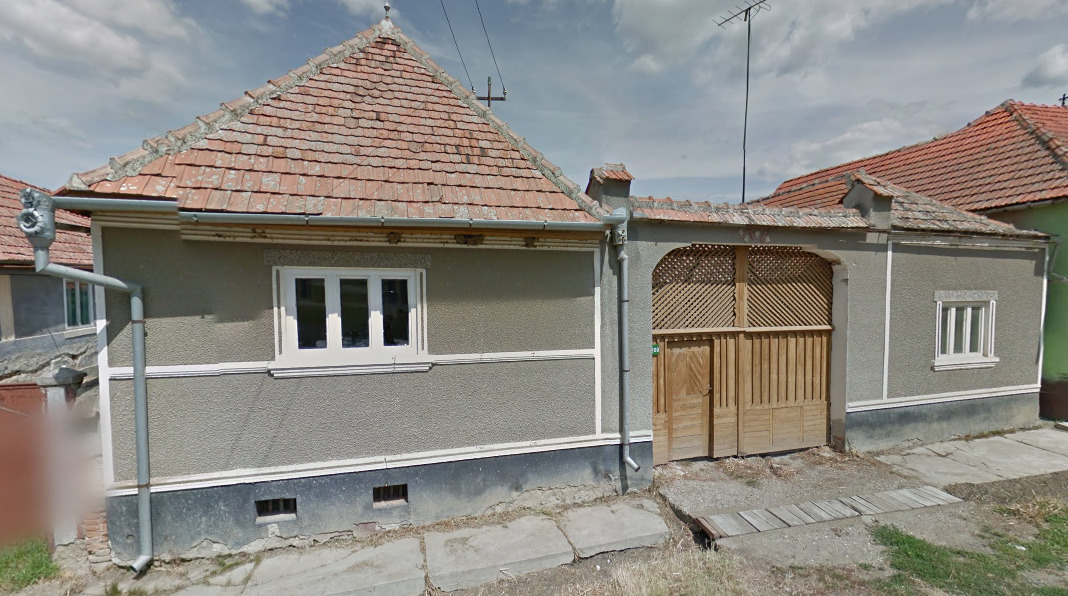
This style, with the gate itself having a roof, can be found South of Transylvania in rural areas near Sibiu.
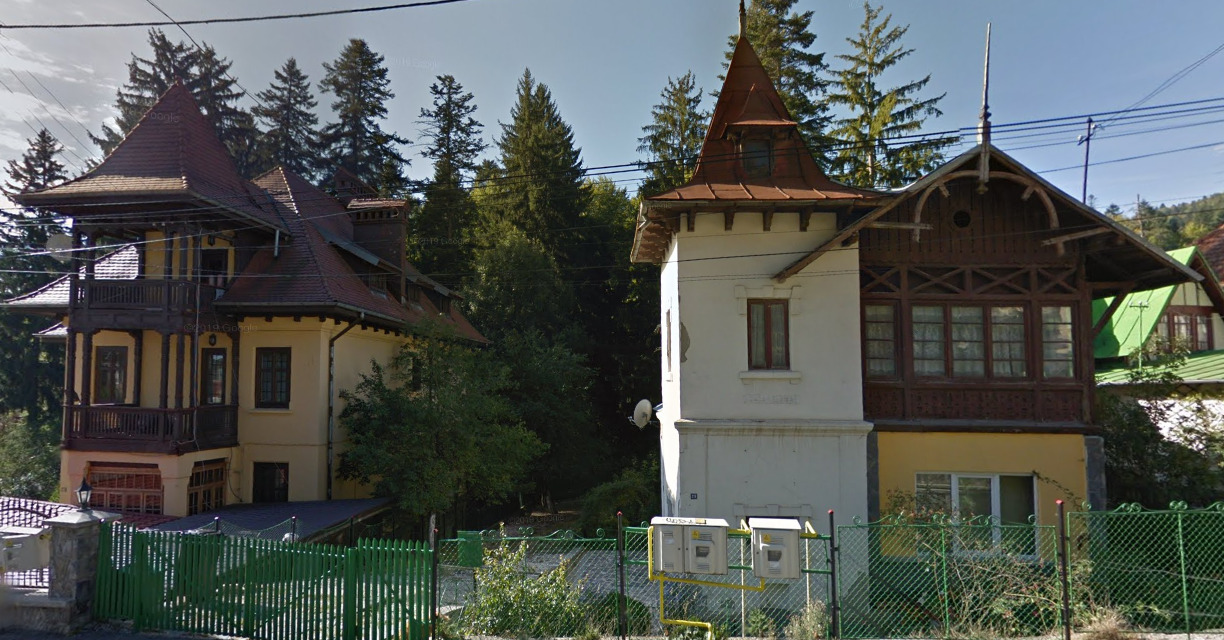
These houses have been seen on DN1 in the towns of Predeal, Busteni and Sinaia.
General look:


These houses can also be seen in the ex Austro – Hungary area, including in Serbia and Croatia.

Alphabet / Script:
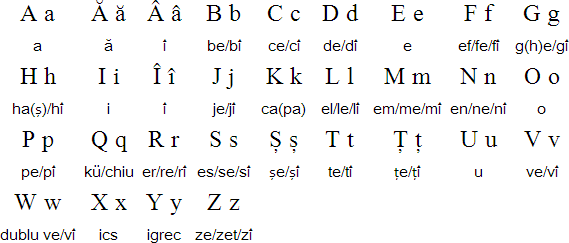
The Romanian alphabet has diacritics which makes the country easily recognizable in Geoguessr:
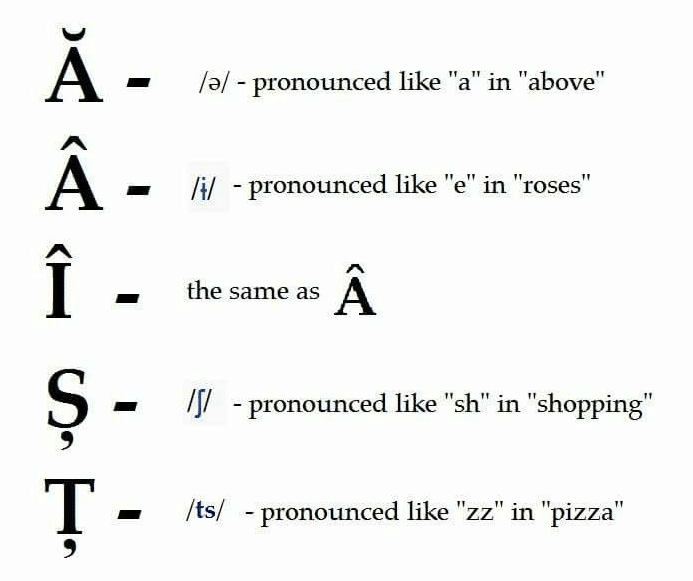
Domain:
.ro
Hungary
- Country Flag
- Capital City
- Most Helpful
- Google Car
- Bollards
- Google Coverage
- Roads in Budapest
- Camera Generation
- Road Lines
- Road Signs
- Electricity Poles
- License Plates
- Phone Number
- Vegetation / Landscape
- Architecture
- General Look
- Subdivisions
- Language
- Domain
Country Flag:

Capital City:
Budapest
Most Helpful:
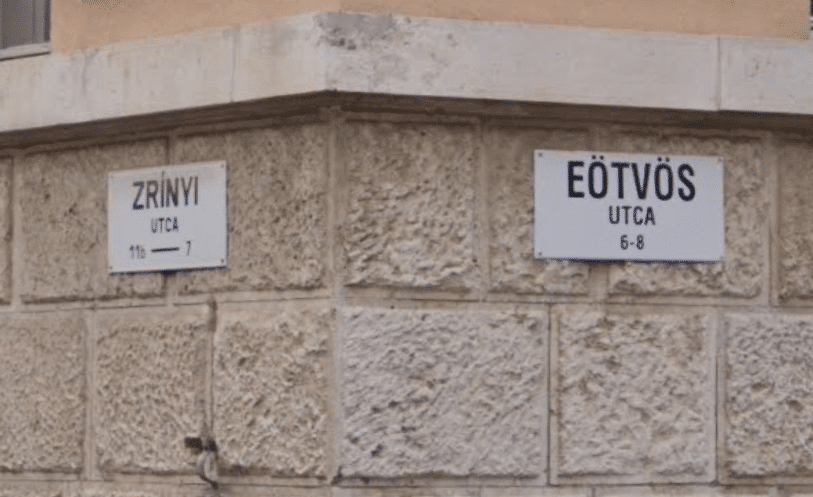
Specific to Hungary, the streets are called “Utca”.

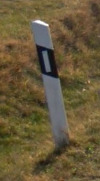

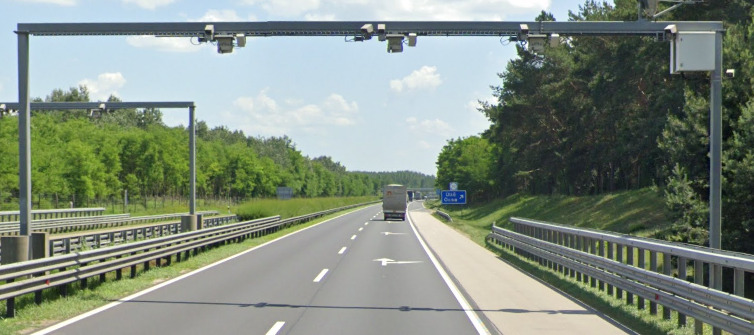
All of these things are good to use to try and figure out you are in Hungary. Even in the most rural areas, you should be able to use one of these.
Google Car:
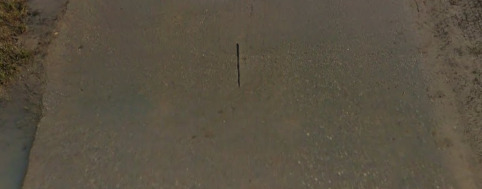


You can sometime see the back of the car, which is white. Other times, all you will see will be the antenna. The tape antenna can also be found in this country.
Bollard:


Hungary has a red reflector on the front of the bollard and a white reflector on the back.
Google Coverage:
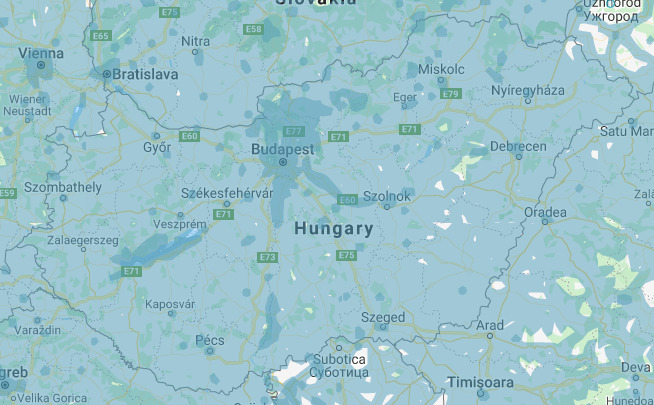
Most of Hungary has coverage. Stick to the roads and towns and you shouldn’t have an issue. If you see large sections of green land, its likely there isn’t any coverage there.
Roads in Budapest:
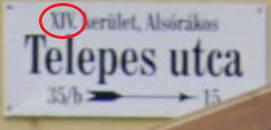
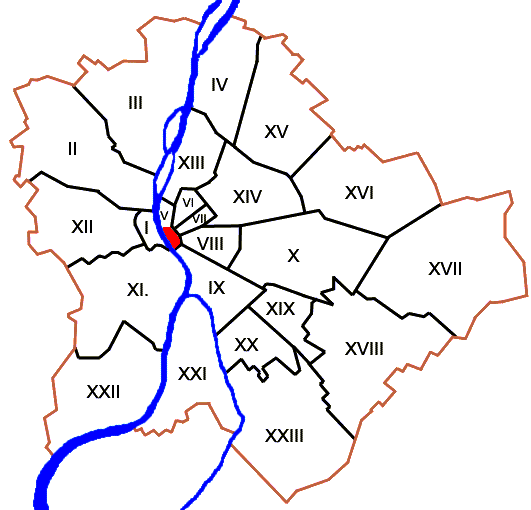
Budapest is divided into Districts. You can find out what district you are in by looking at street signs. They will all have a roman numeral if you are in Budapest, and that number is tied to the district.
Camera Generation:
Gen 3 & 4
Road Lines:

Hungary uses all white road lines. The center divider can either be dashed or solid. You can sometimes find a double white middle.
Road Signs:

Specific to Hungary, the streets are called “Utca”.


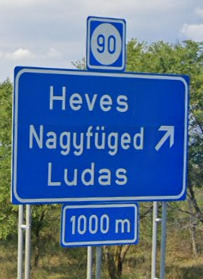
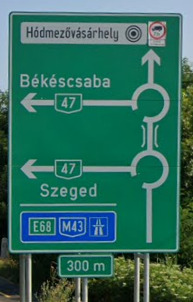
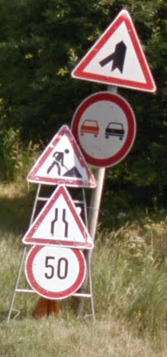

Hungary uses a standard guardrail, however the reflector is red.
Electricity poles:



Hungary has similar hollowed electricity poles like Romania. Unlike its neighbor Romania, the poles very rarely have any yellow paint or yellow plaque on the side, and the holes are more rarely wide.
License plates:

Taxis in Hungary will have a yellow plate.
Phone number:

Map coming soon.
20, 30, 31, 50 and 70 are the current Mobile numbers. 60 is reserved for mobile but its not yet in use. 80, 90 and 91 are free / paid numbers. Every other number 1 or two digit number will be tied down to a town / region.
The number 06 is for domestic calls. Some individuals in Hungary may need to dial 06 and then the area code.
Vegetation/Landscape:



Architecture:
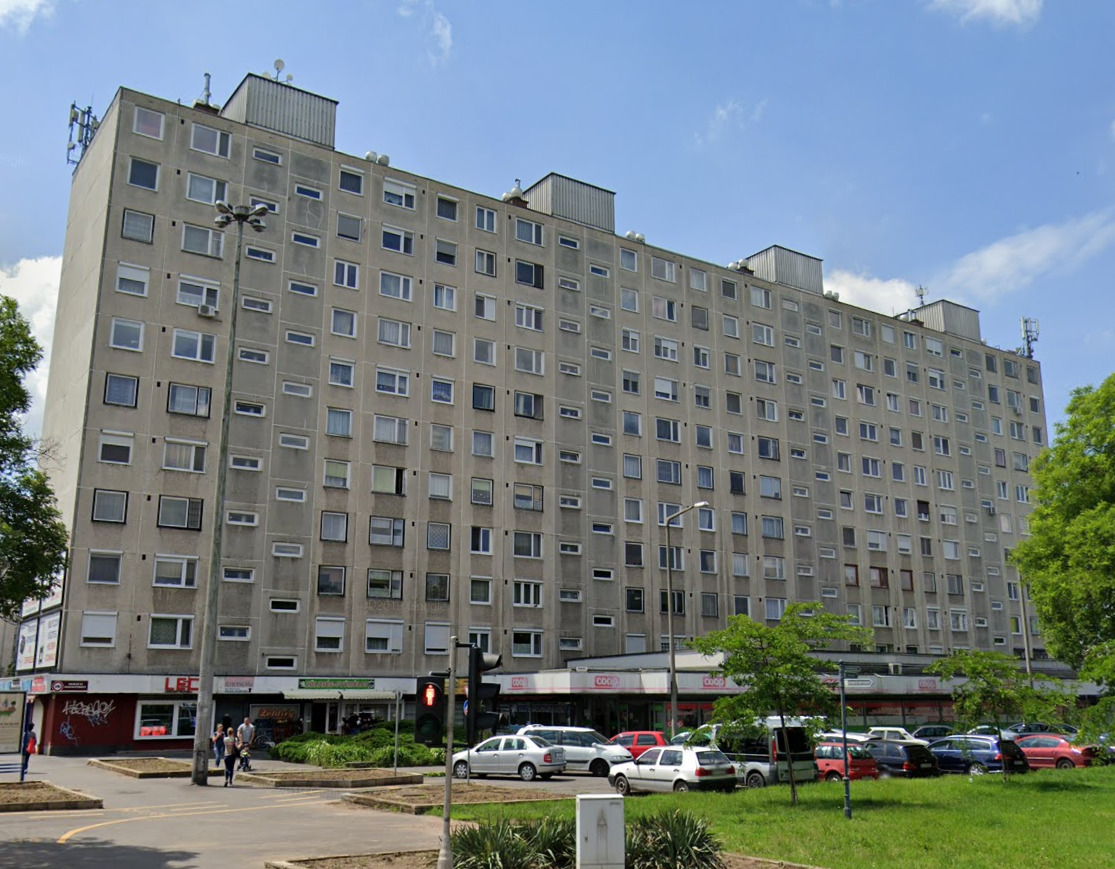
These block housing seems like old Soviet style housing, yet there are some differences.
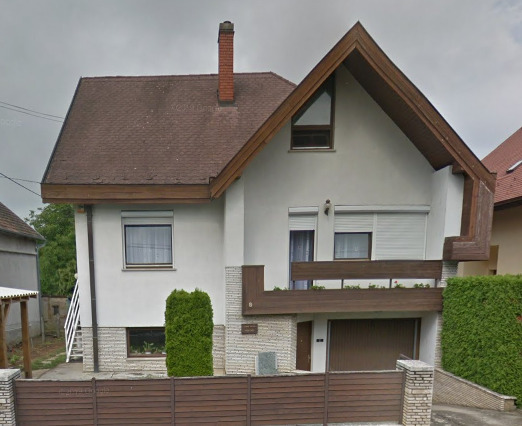
You can find some nice houses, often with some fences around them. These seem to be in the nicer areas on Hungary.
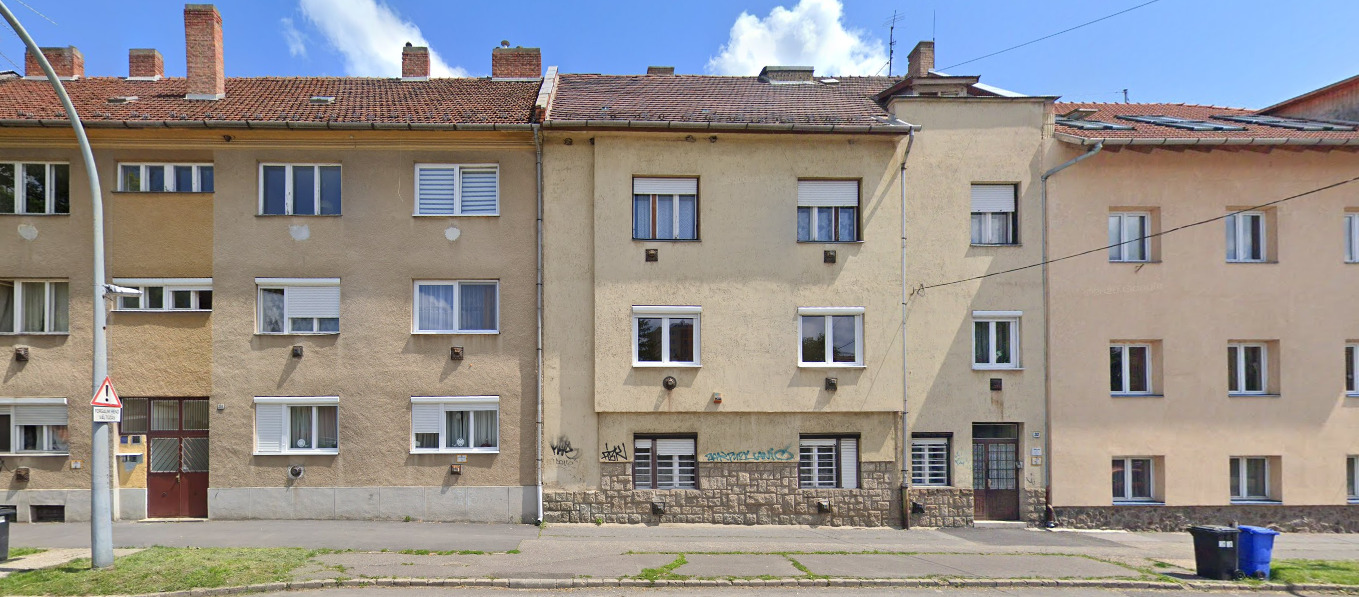
These houses are attached at a wall, making the differences between buildings usually limited to the color of the building. These seem to be rather common.

These are speed cameras, and they are located on most major highways. They ensure that the driver is going the speed limit, and the cameras can take down their information to send tickets if needed.
General look:

A lot of coverage in Hungary was done in the winter. There will be a lot of dead foliage, and it will feel depressing. The Gen 4 coverage makes Hungary look a lot better.


There are some hills in Hungary, although those seem to most be in the north. Southern regions tend to be flat and open.
Subdivisions:
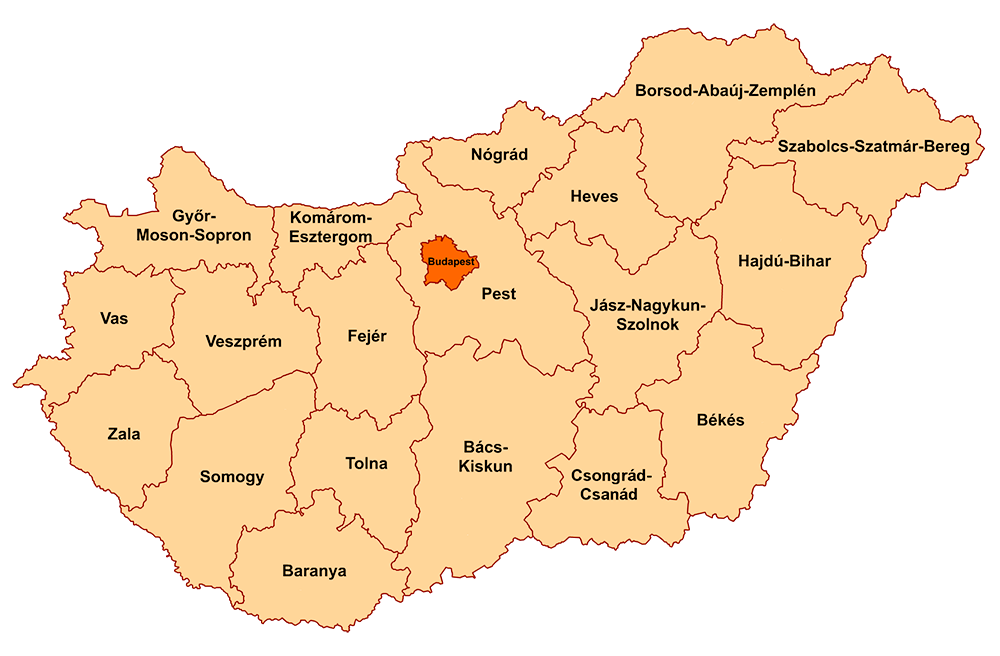
There are 19 counties in Hungary, and the City of Budapest. Budapest is independent from the other Counties, but is not considered a county.
Language:
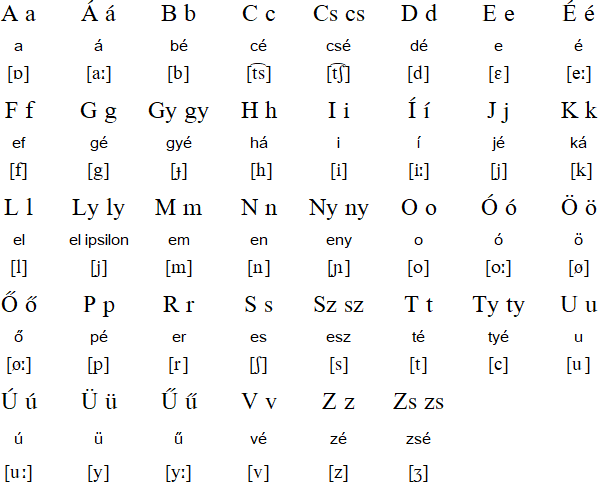
The Hungarian alphabet is quite easily distinguishable
It has a lot of accents and dots above its vowels (a, e, i, o, u).
Domain:
.Hu
Albania
- Country Flag
- Capital City
- Most Populated Cities
- Most Helpful
- Google Car
- Bollards
- Google Coverage
- Unique Vehicle
- Camera Generation
- Road Lines
- Road Signs
- Electricity Poles
- License Plates
- Phone Number
- Vegetation / Landscape
- Architecture
- General Look
- Language
- Subdivisions
- Domain
Country Flag:

Capital City:
Tirana
Most Populated Cities:
1. Tirana : 418,495 (Center, slightly to the west)
2. Durrës : 113,249 (Central west coast)
3. Vlore : 79,513 (Southern west coast)
4. Elbasan : 78,703 (Center)
5. Shkoder : 77,075 (Northwest)
*These cities rough location within the country is noted in the parentheses.

This map shows the population density of Albania. Its from 2012, so it may be a bit outdated, but it shows larger population’s towards the coast lines and more forest and agricultural towards the north, central and south.
If you see an urban/suburban area, you’re probably in the west or northwest. If you see farmland, you’re probably in the southwest. Forest, the northeast, east and south.
Most Helpful:
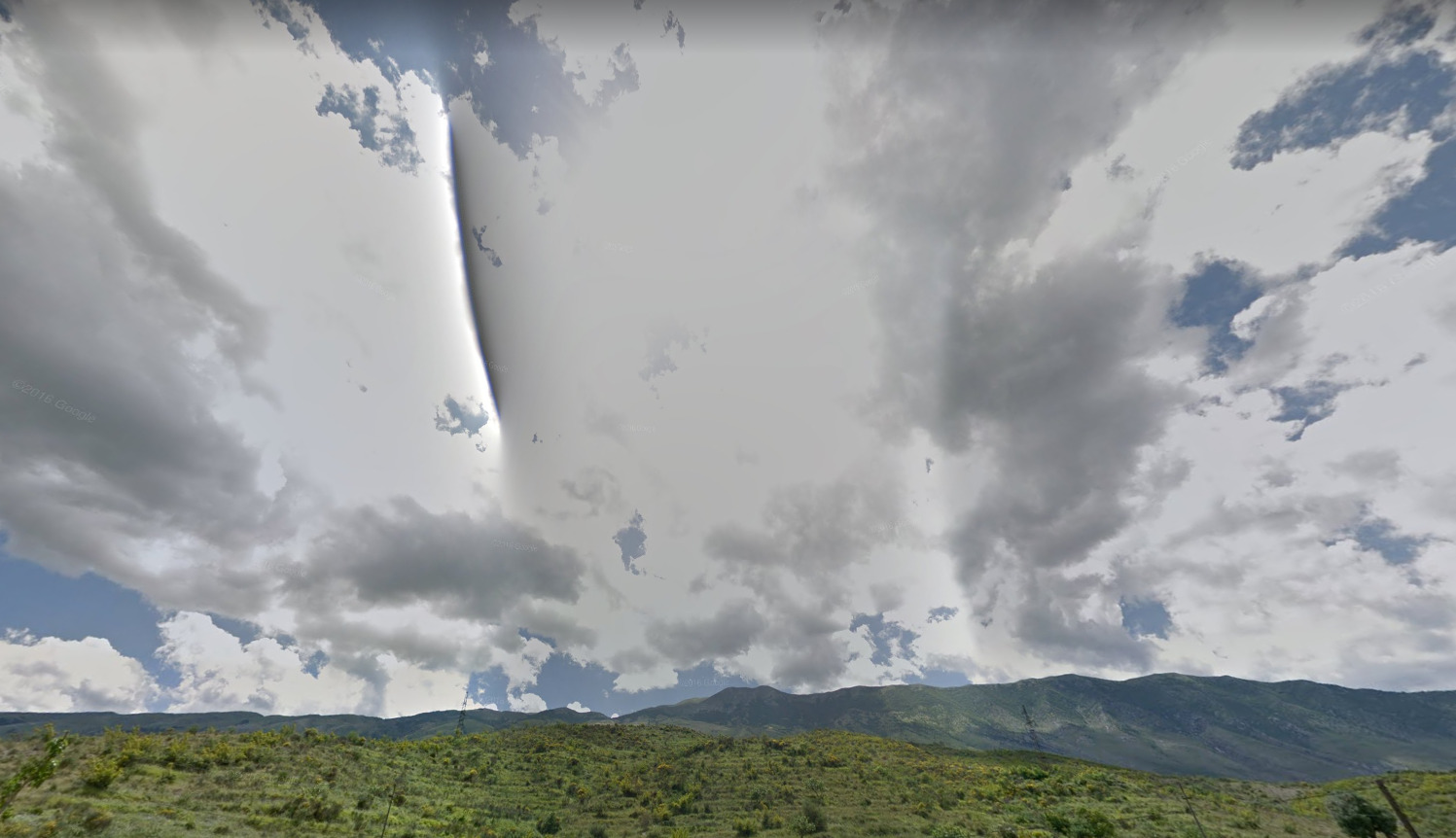


Albania is really easy to recognize. The double blue license plates are only Italy and Albania (Although France has updated their plates to contain a double blue, they are not that common in the current coverage). When you have rifts in combination with the license plates, it has to be Albania. You can also occasionally see red bars on the plates. The only places that have a red stripe are the Isle of Man, Kyrgyzstan and Albania.
Google Car:
No visible car, except the antenna, which can be long or short.
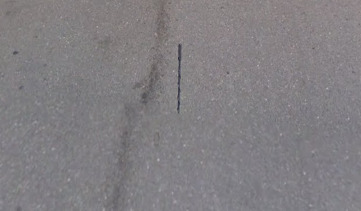
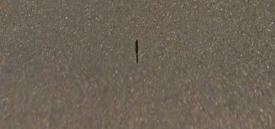
Bollard:
Albania has several bollards which can be seen occasionally.
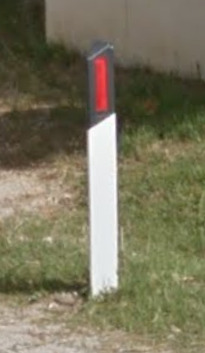
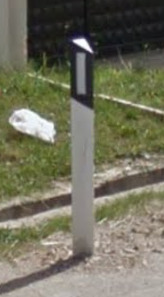
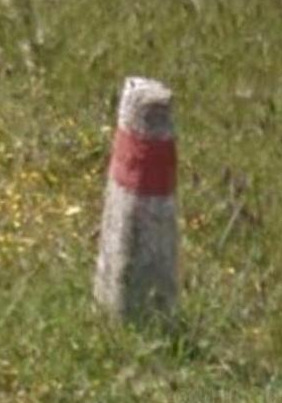
Road side barriers can often be concrete blocks or concrete arches, in addition to regular metal barriers:
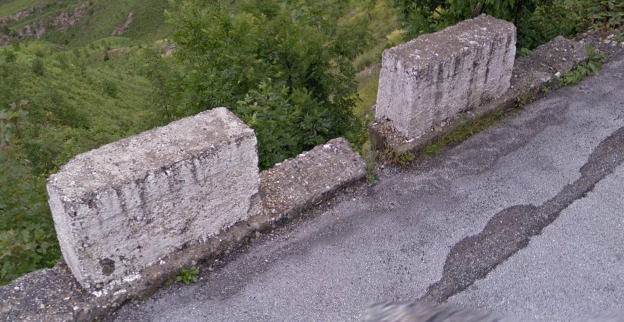
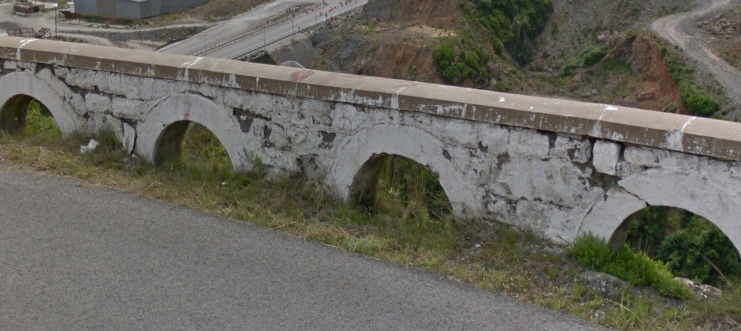
Google Coverage:
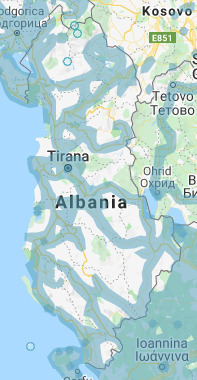
Albania has some pretty limited coverage. If you stick to the main roads, you should be fine.
Unique Vehicle:
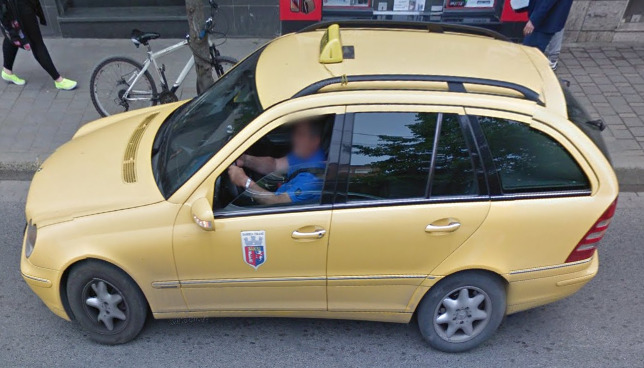
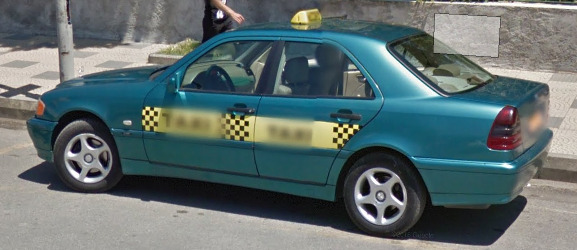
Taxi’s in Albania are generally rare. Some will have a crest on the side (which have been spotted in Tirana), and some will be painted a wide range of colors, like Yellow, Green, Black and Silver. The main factor here is the Taxi sign on the top of the car. It can be short like the pictures, or long (covering the roof from side to side or Front to back).
Most taxi’s that you see will be yellow, although the color doesn’t seem to indicate much besides green. A Green taxi will be a company from Tirana called “Green Taxi”, and they use electric vehicles. All taxi’s in Albania will have an orangish colored plate.
Camera Generation:
Gen 3
Albania is one of several countries which has a recognizable “rifts” in its camera. These can be found the majority of the time in the country but not 100% of the time.

Road Lines:
Regular European all-white road lines:
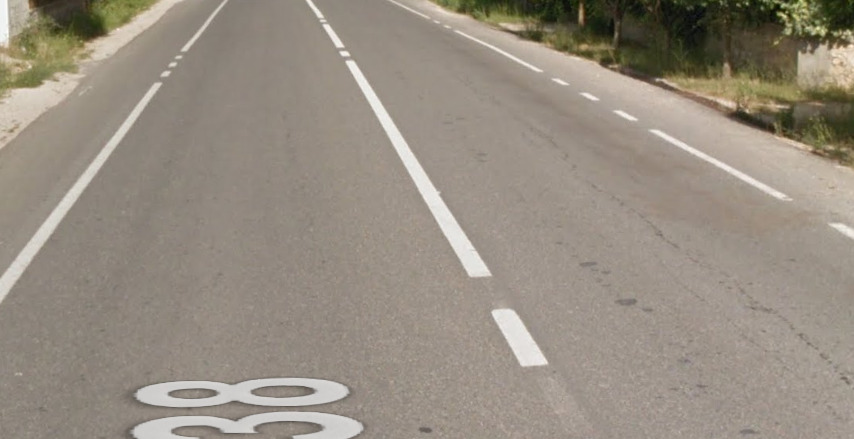

There are some rare instances that Albania uses a yellow center line. This can be found over on SH97 and SH3 (E86) by Lake Ohrid. The yellow line at Lake Ohrid is currently white, but when the photos were taken, it was yellow.
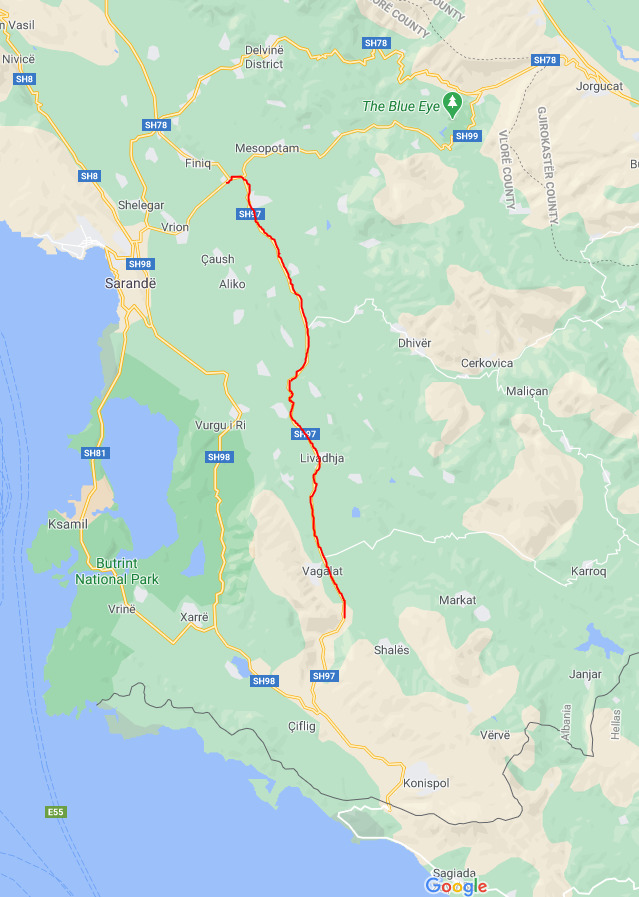
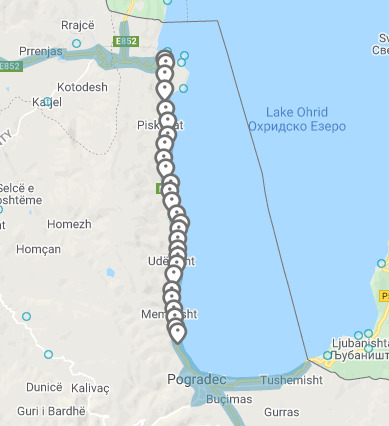
Road Signs:
Regular European white and red road signs:
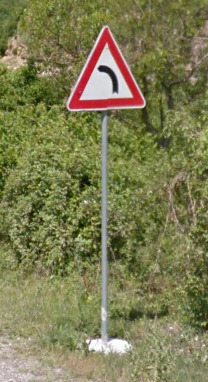



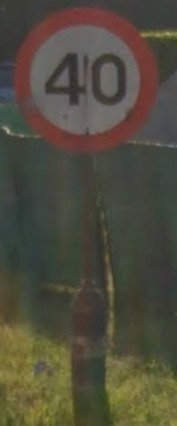
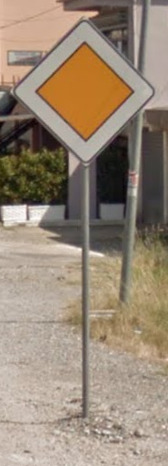
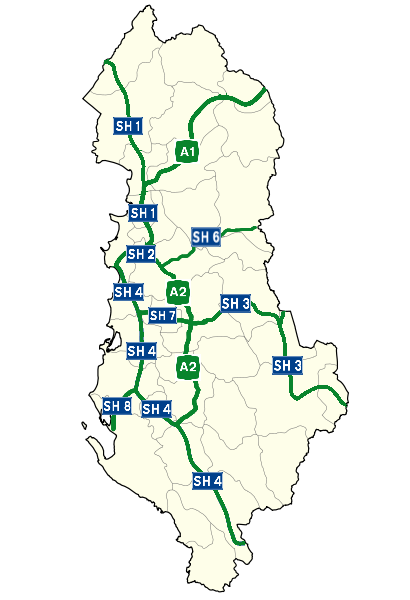
White not necessarily signs, the highway system of Albania is relatively simple. You should be able to find these signs listed on your travels.
Electricity poles:
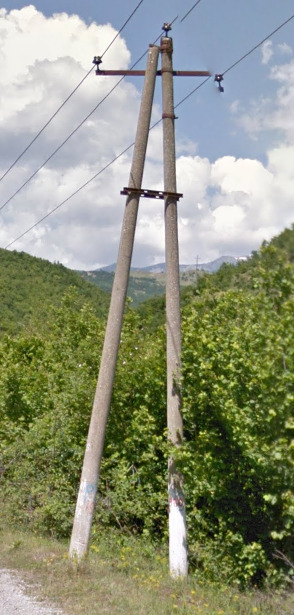


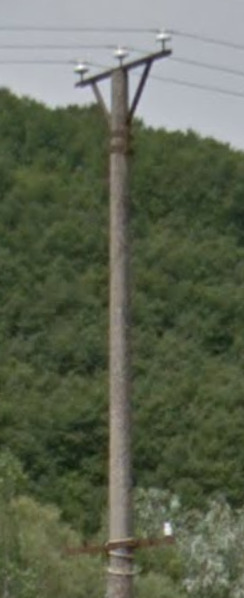
License plates:
Albania has two license plates. The most common is the newer, Italian inspired plate with blue strips on each end of the plate. The second plate has a single red strip down the left side.


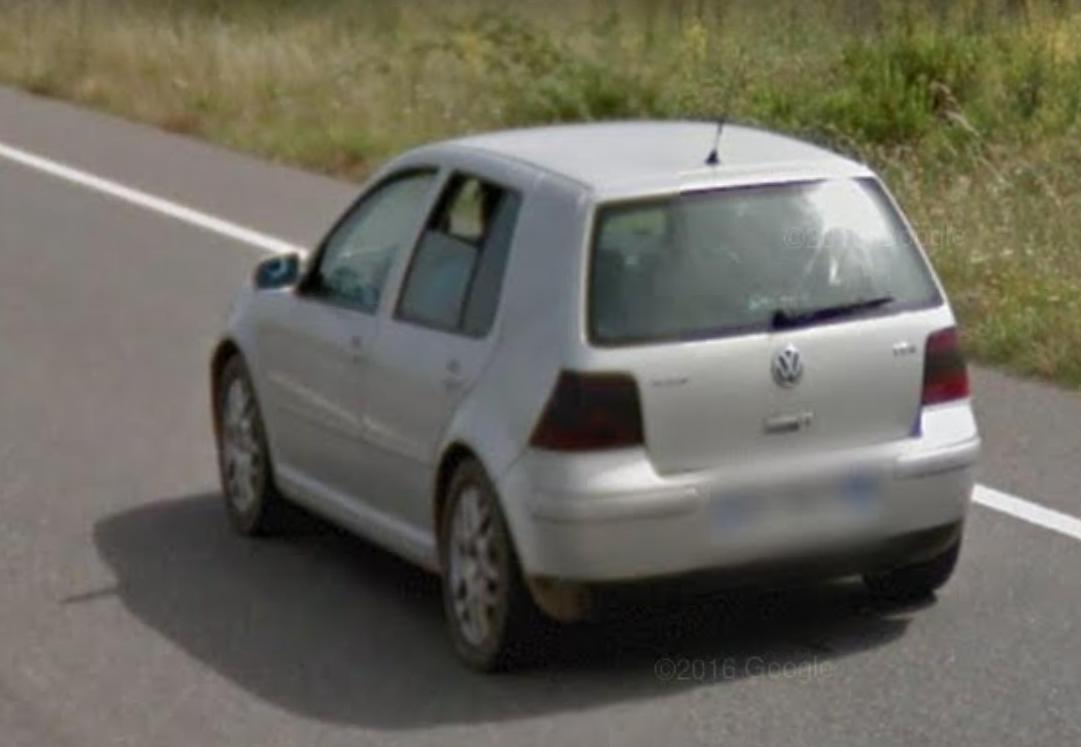
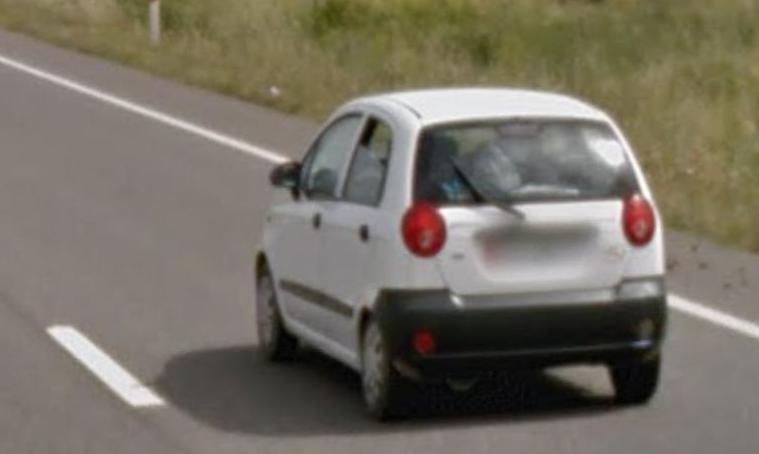
Phone number:

Albania has a weird system. All numbers after the area code will start with a 2. The first digit of all area codes will be a 0. In the example above, the 04 stands for Tirana, even though Tirana only uses the 4 for an area code.
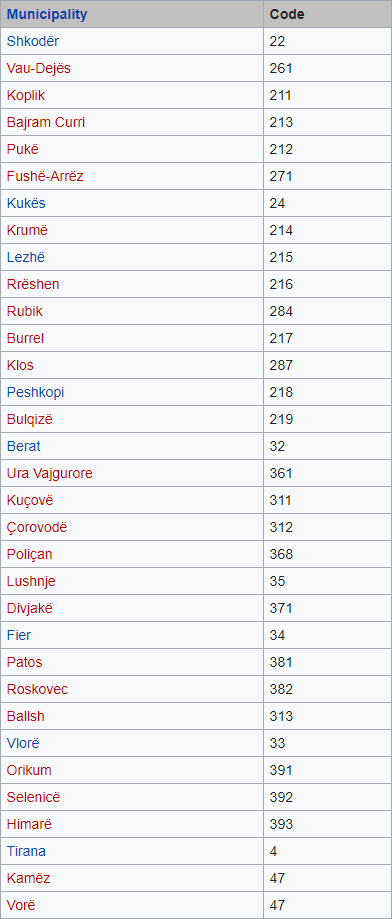

All phone numbers that start with 06 are mobile. They usually say “Cel” in front of them, indicating that it is a cell phone number, but this is not always the case.
Vegetation/Landscape:
Albania is a very mountainous country. Its mountains often have a rocky feel, typical of the Balkan area. The soil and rocks often also have a red tint. All of Albania’s coverage was taken between April and June 2016, so the country looks very green and often quite luscious.
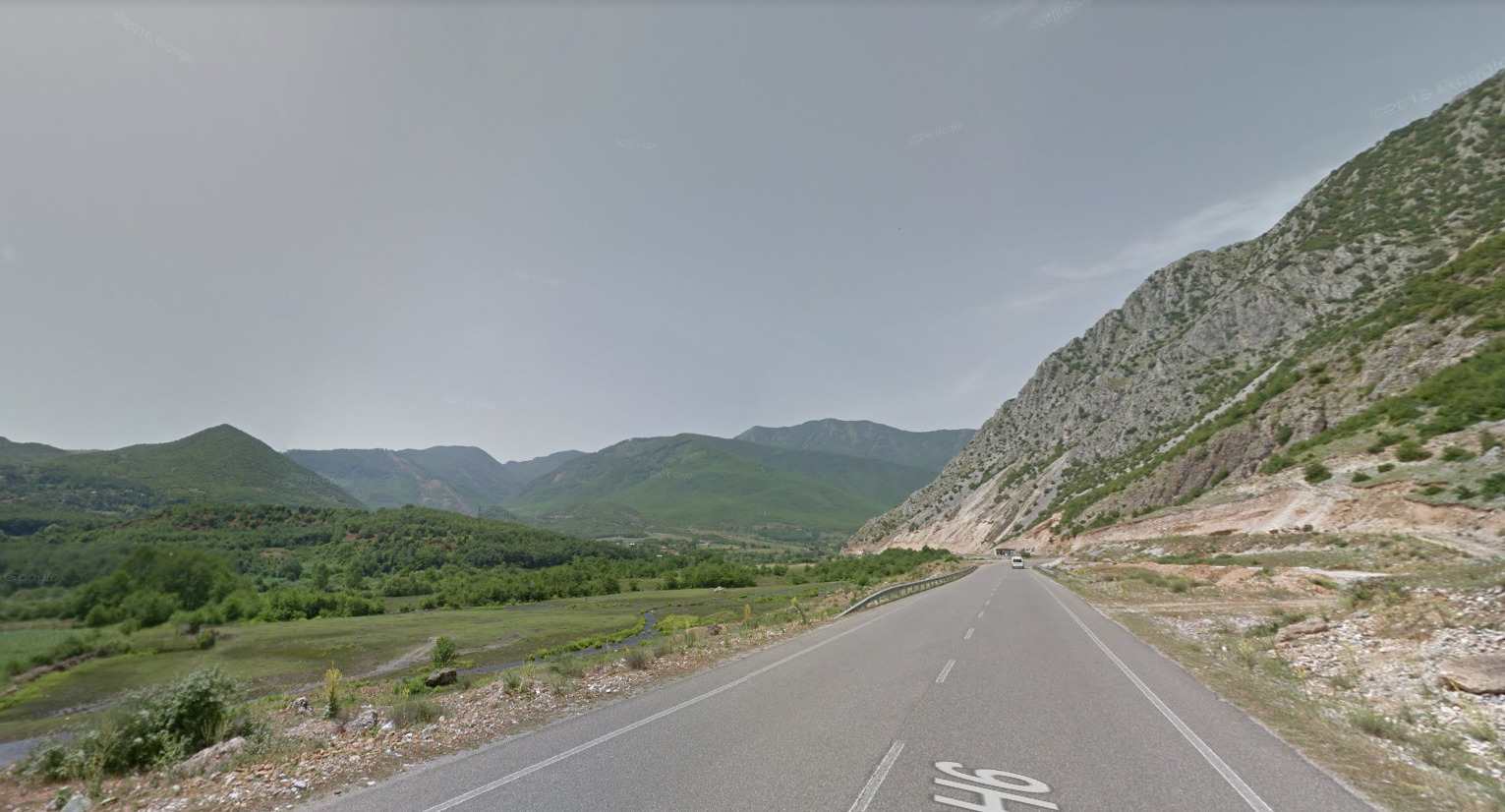



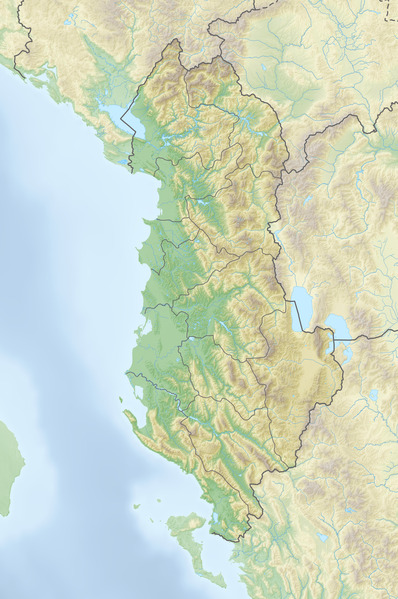
Architecture:
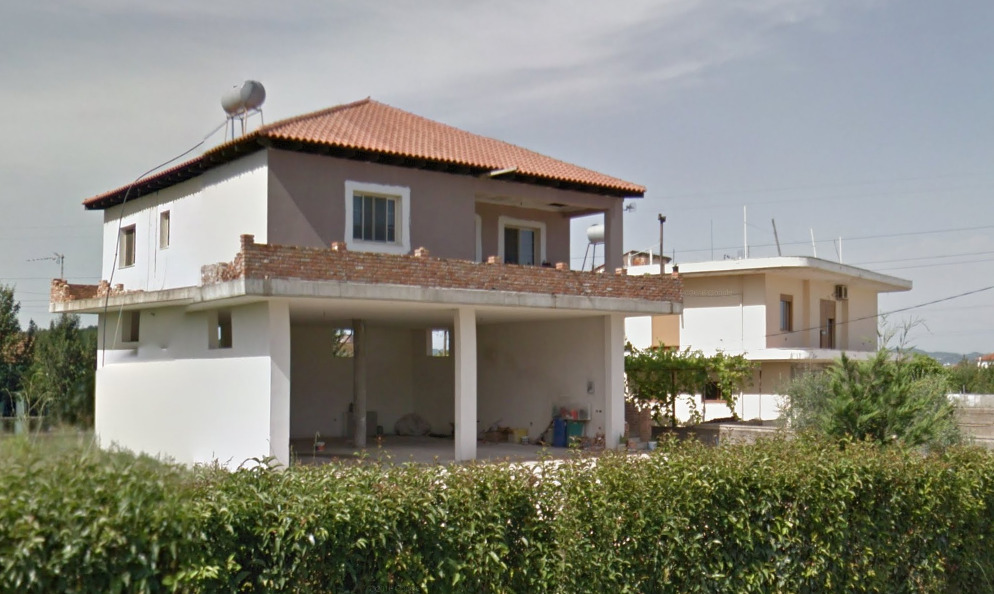
You will often see these water barrels on the rooftops of houses in Albania. They are used to heat water.
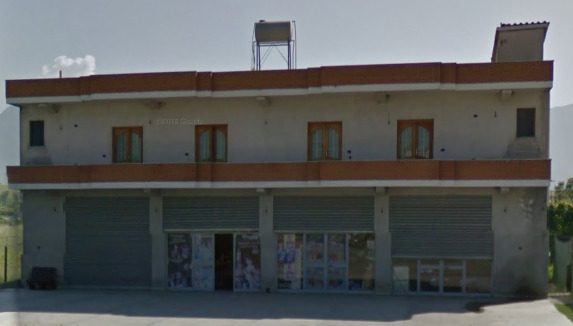
General look:

This is the north of the country, over near the border of Montenegro. It has a very Mediterranean feel to it. Often, you will see rifts in the sky here.

The middle of the country seems to contain a lot of farm land, as well as these mountains that can be seen in the distance.

Southern Albania feels a bit more Mediterranean than other parts of the country. You can often times find palm trees and other tropical plants. It can sometimes be mistaken for Turkey, Jordan, or other countries with similar climates.
Albania is one of the poorer countries in Europe and some of the economic disparities can be seen. Some roads can be rather poor looking while other larger roads are in better shape. There are many unfinished houses made of brick or concrete which can be found alongside the road. Looking past this, it has lots of high rising mountains and cutting valleys, with a luscious but also rocky look.
Alphabet/script:

Unlike a lot of its neighbors, Albania uses the Latin script for its language, which often features the letters J, X, Q, K as well as the Ë.
Subdivisions:

Domain:
.al
Iceland
- Country Flag
- Capital City
- Most Helpful
- Google Car
- Bollards
- Google Coverage
- Unique Vehicles
- Camera Generation
- Road Lines
- Road Signs
- Road Numbering System
- Electricity Poles
- License Plates
- Phone Number
- Vegetation / Landscape
- Architecture
- General Look
- Language
- Domain
Country Flag:

Capital City:
Reykjavik
Most Helpful:
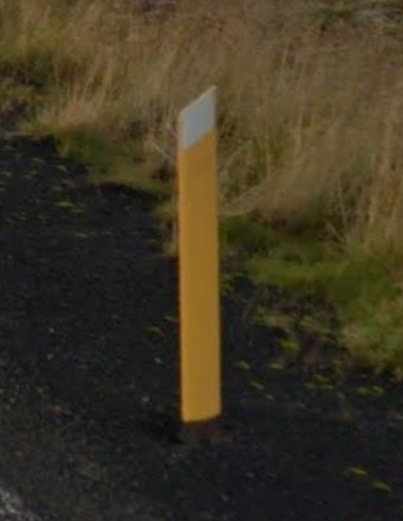




Google car:
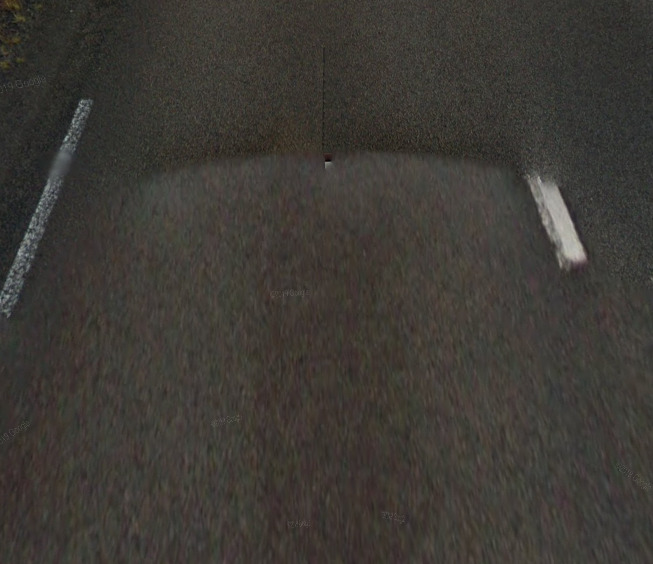

The Gen 3 car is your typical white vehicle.
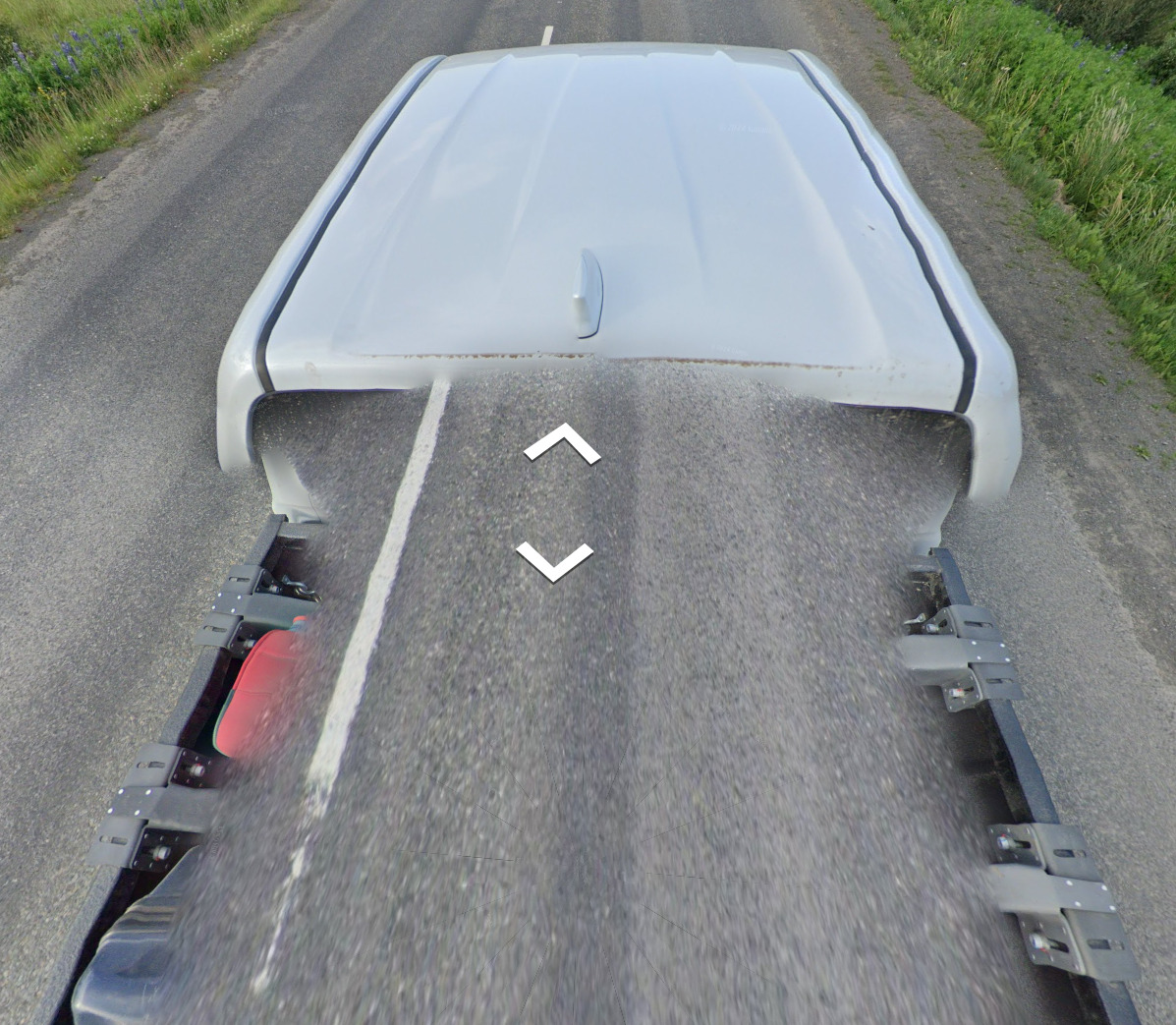
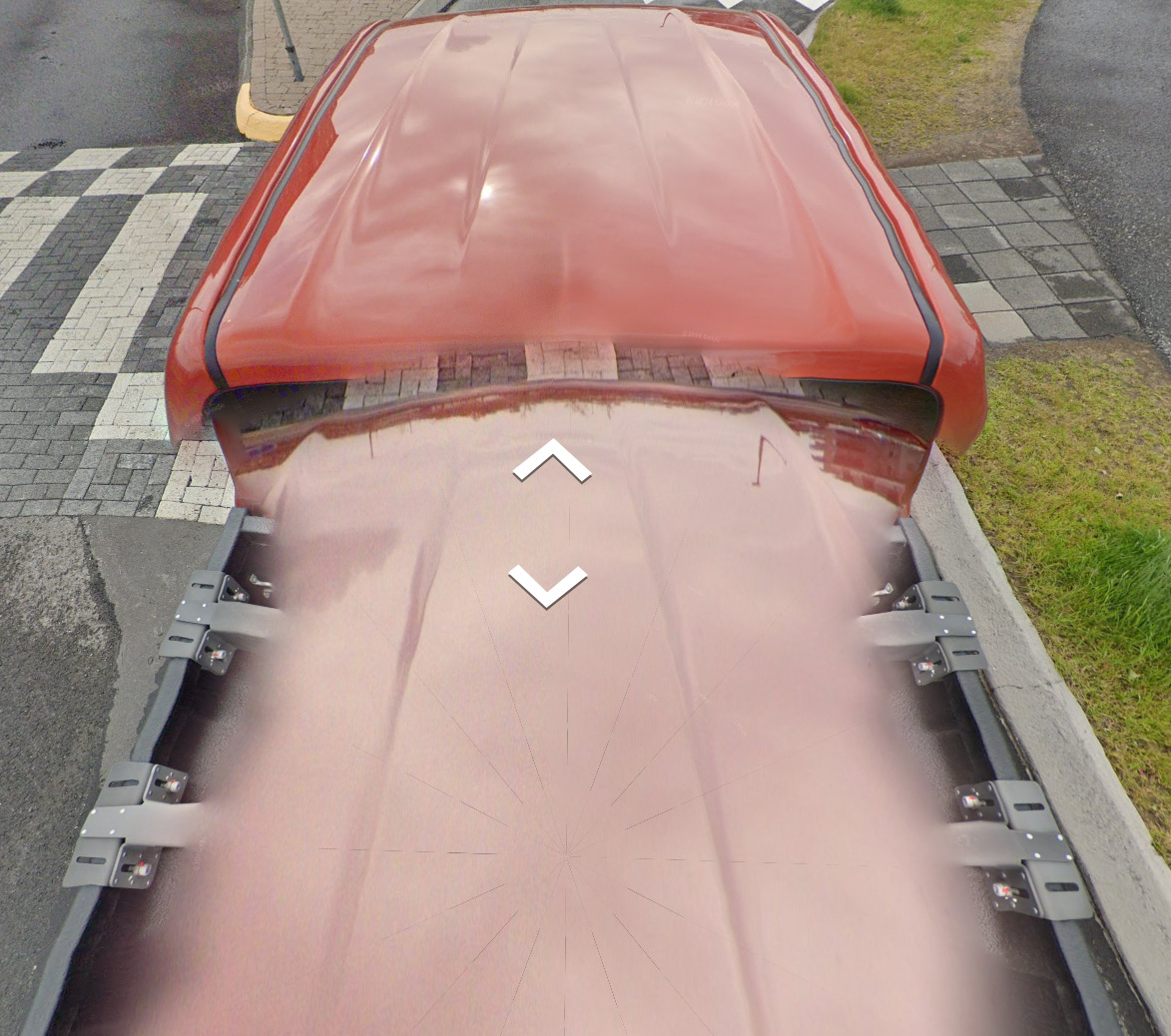
The Gen 4 vehicle can be a white or red pickup truck, depending on if the image was taken in July (White truck) or August (Red truck).
Bollard:


The first image is the most common bollard, while the tall and thin bollard seems to be a bit more rare. They follow the same pattern, with the bollard being yellow with the white reflectors.
Google Coverage:
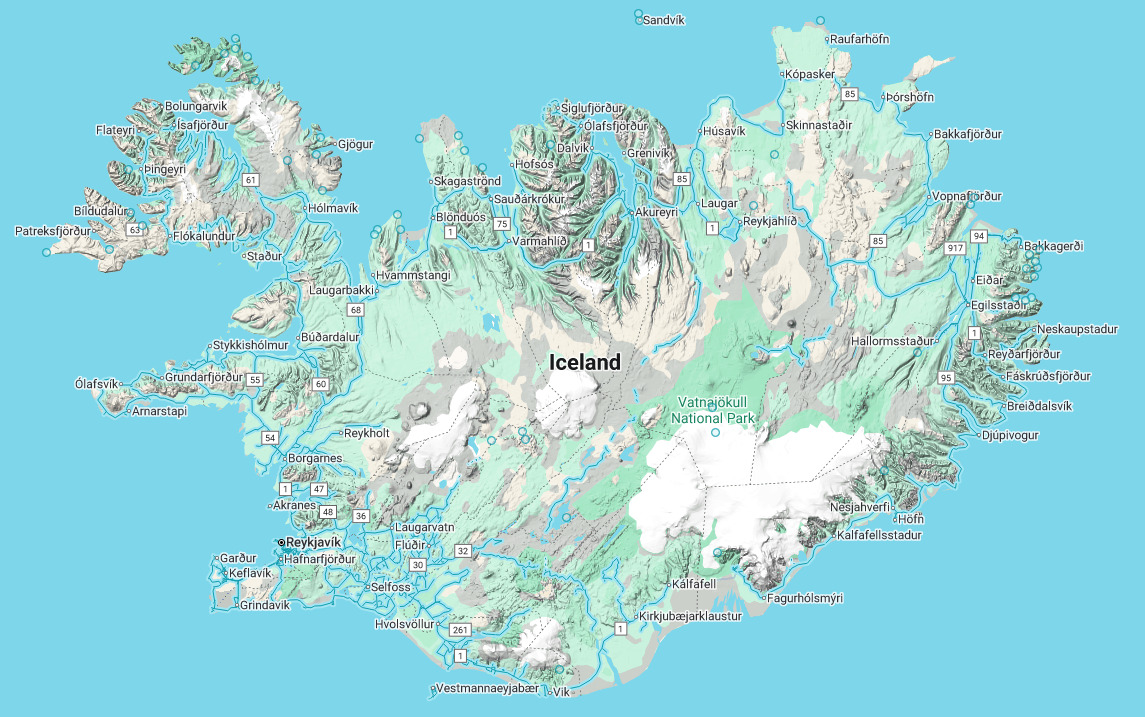
Most of the middle of Iceland is left without coverage. If you stick to the main road, #1, you should be fine. Those scattered lines in the middle are coverage by an ari.
Unique Vehicle:
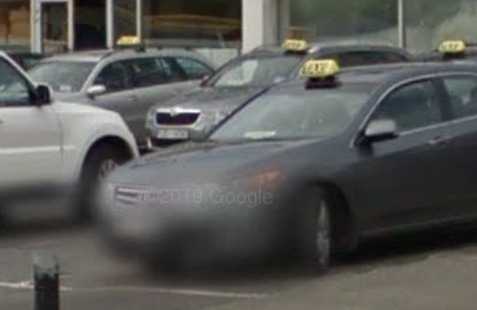
Taxis in Iceland can be hard to find. They can be any car or color. The only defining feature on them is the bright yellow taxi sign on the roof.
Camera Generation:
Gen 3 and 4
Road Lines:
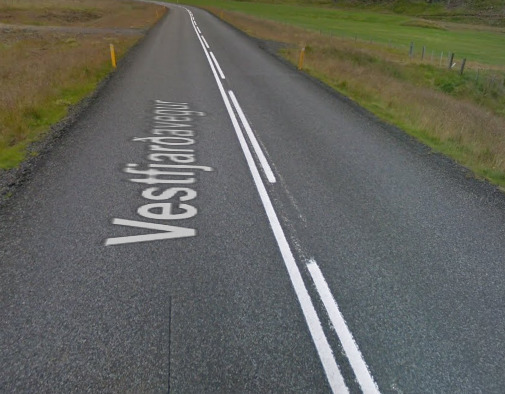

Road Signs:
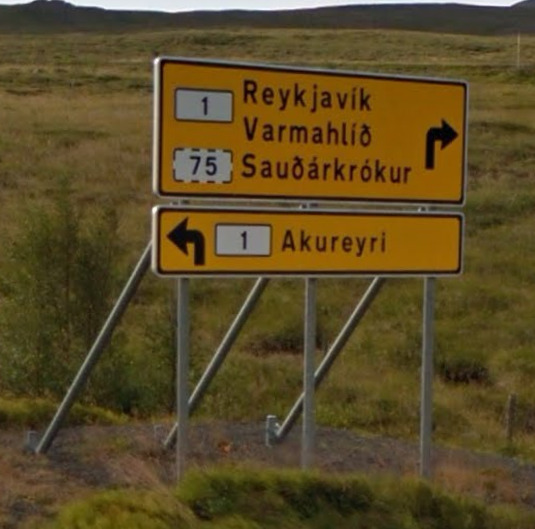
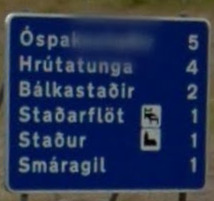



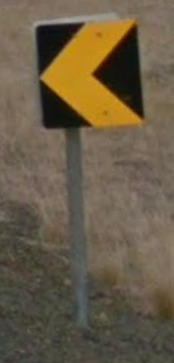
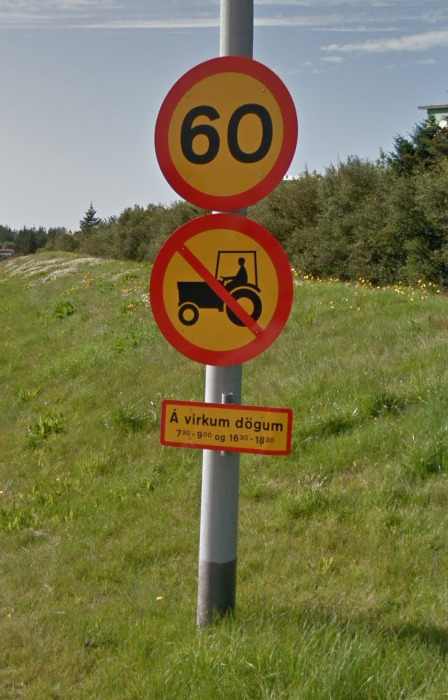


Guardrails in Iceland can be this weird double pole. The ends will fill into a traditional guardrail.
Road numbering system:
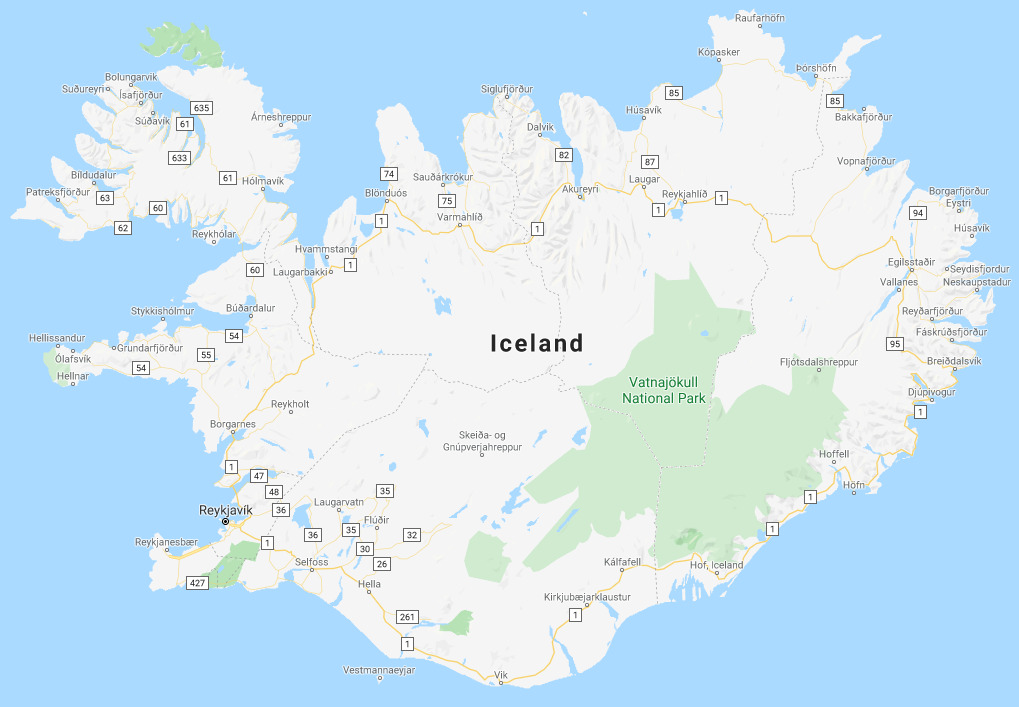
Iceland has only one 1-digit road, the road number 1, which goes around the whole island close to the coast. The other roads feed into it and the first digit of those roads increases from the south of the island in a clockwise direction from 2-9. 2-digit roads are larger than 3-digit roads.
Electricity poles:
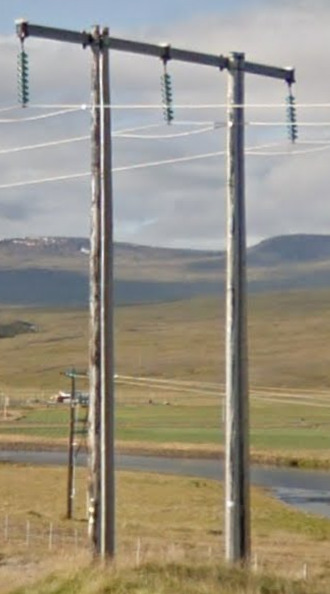
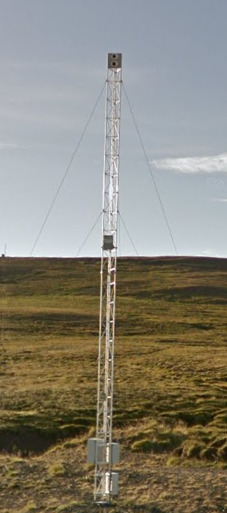
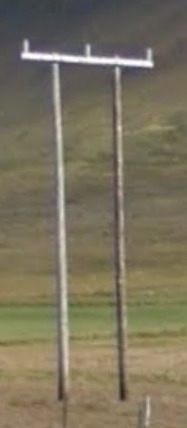
License plates:


The sticker in the middle is the inspection sticker. It tells you the year that the inspection expires. A lot of the Iceland coverage will have a neon yellow sticker in the middle, which can clearly be seen through the blur.
Phone number:

There are no area codes in Iceland. You can find some phone numbers. The first digit will tell you a little bit of information. Mobile numbers usually start with a 6, 7 or an 8. Landlines are usually a 4 or a 5. The 4 will indicate that you are in the countryside, while a 551 indicates usually Reykjavik. Any number that starts with a 1 is either for Emergencies or Inquiries.
Vegetation/Landscape:
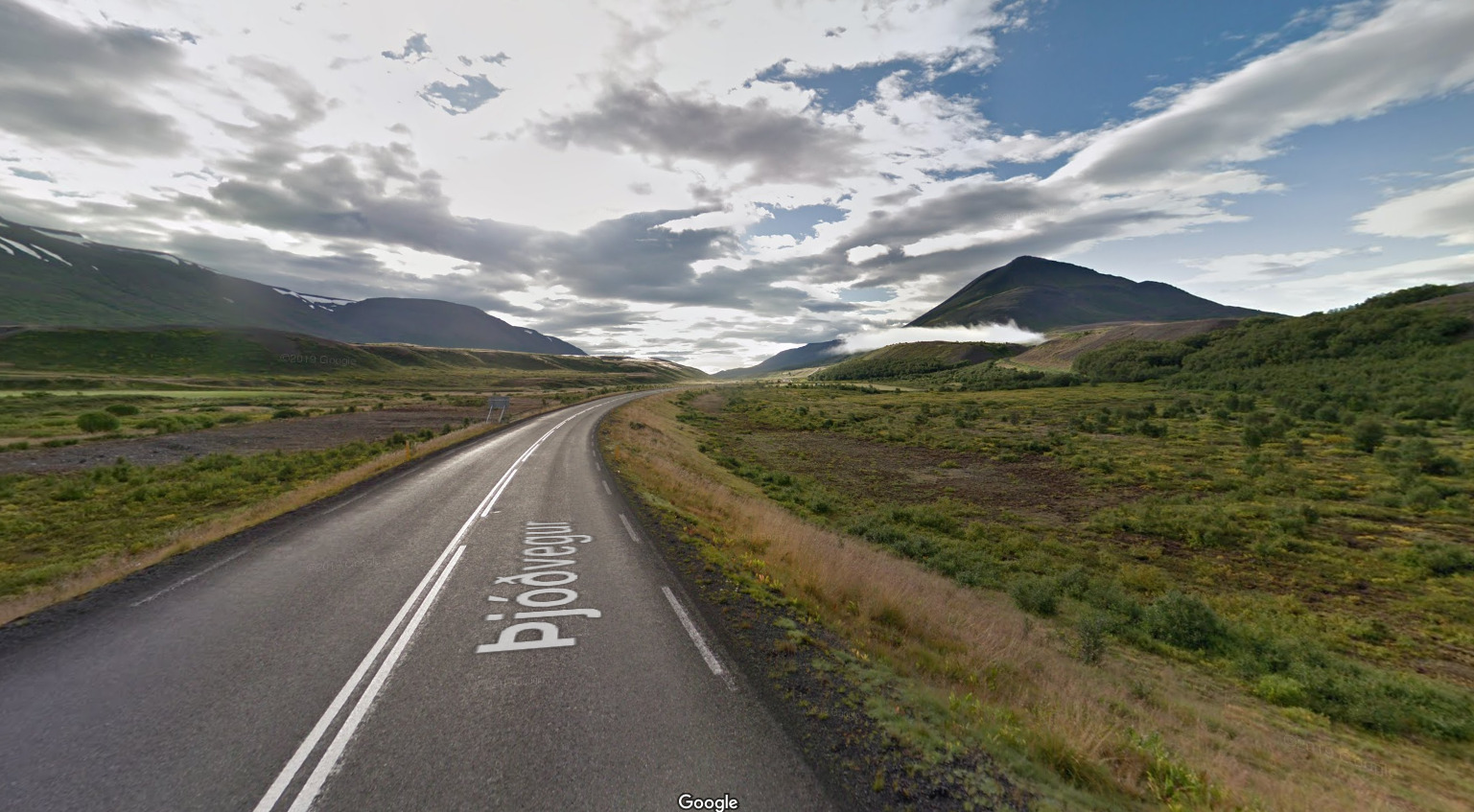


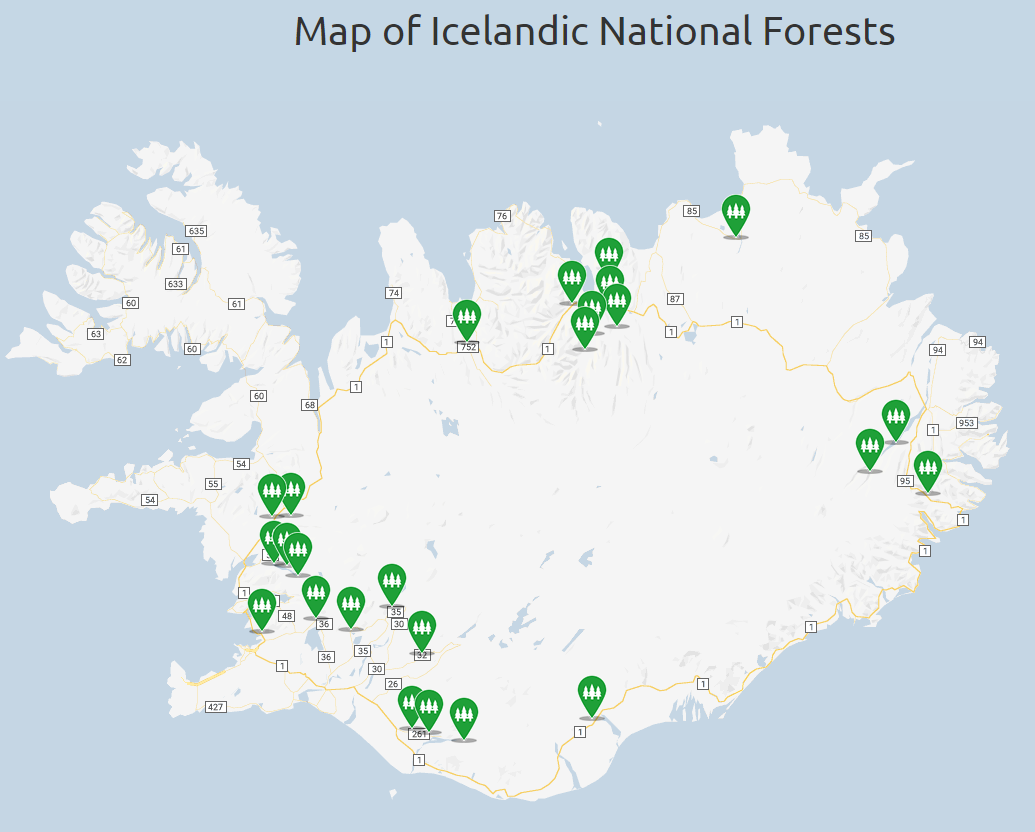
Iceland has a bit of a bad rap for not having trees. However, Iceland is working on reforestation plans, to try and bring trees back. You can come across some of these areas, with what look like young trees planted very close together. They’re working on removing the stigma of not having trees.
Architecture:
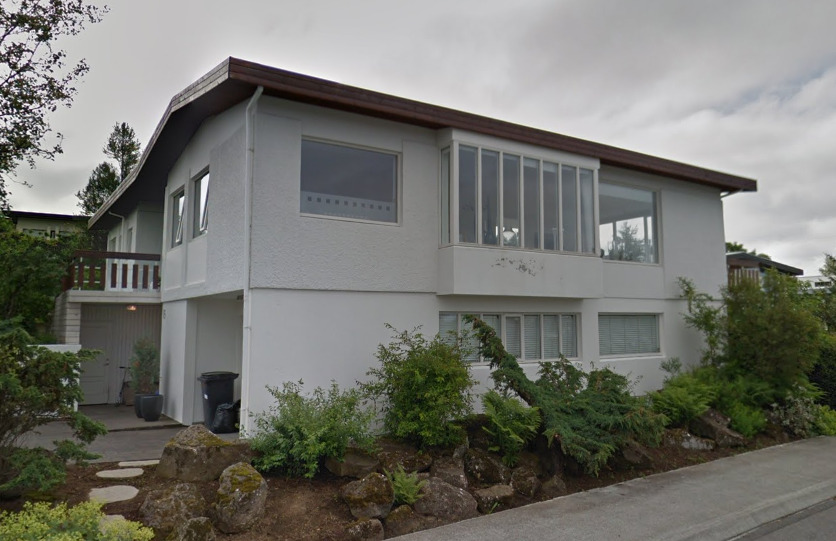

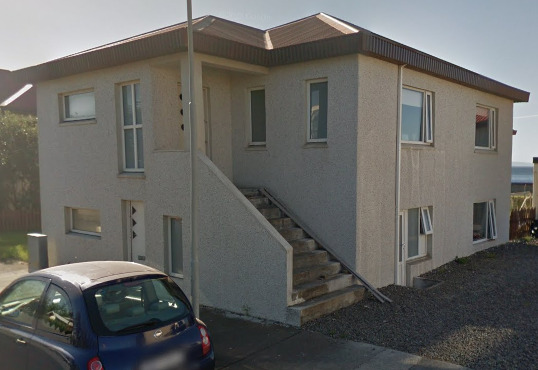
General look:
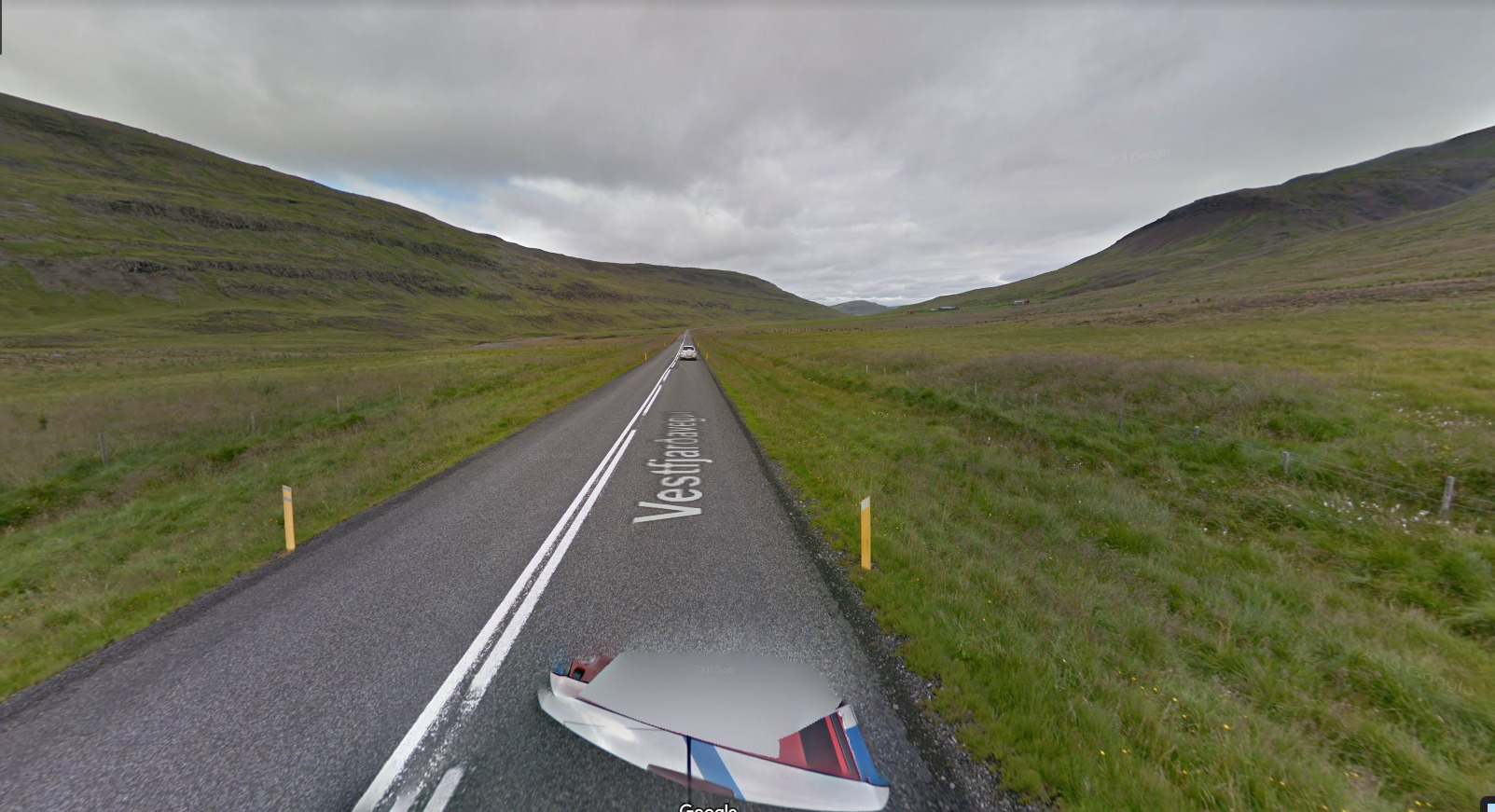


Alphabet/script:
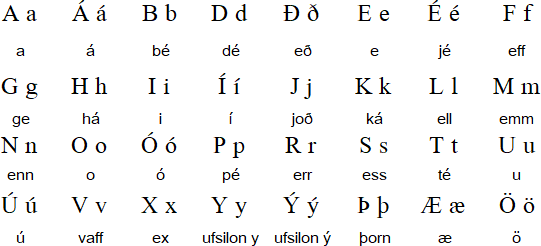
Icelandic alphabet has a number of unique letters, most notably the Ð, Þ and Æ, some of which it shares with Faroese and other Nordic languages.
Domain:
.is
The United Kingdom
- Country Flag
- Capital City
- Most Helpful
- Google Car
- Bollards
- Google Coverage
- Camera Generation
- Road Lines
- Road Signs
- Road Layout
- Electricity Poles
- License Plates
- Phone Number
- Vegetation / Landscape
- Architecture
- General Look
- Language
- Domain
Country Flag:

This is the Union Flag, mostly seen in England. It represents England, Scotland, Wales and Northern Ireland.
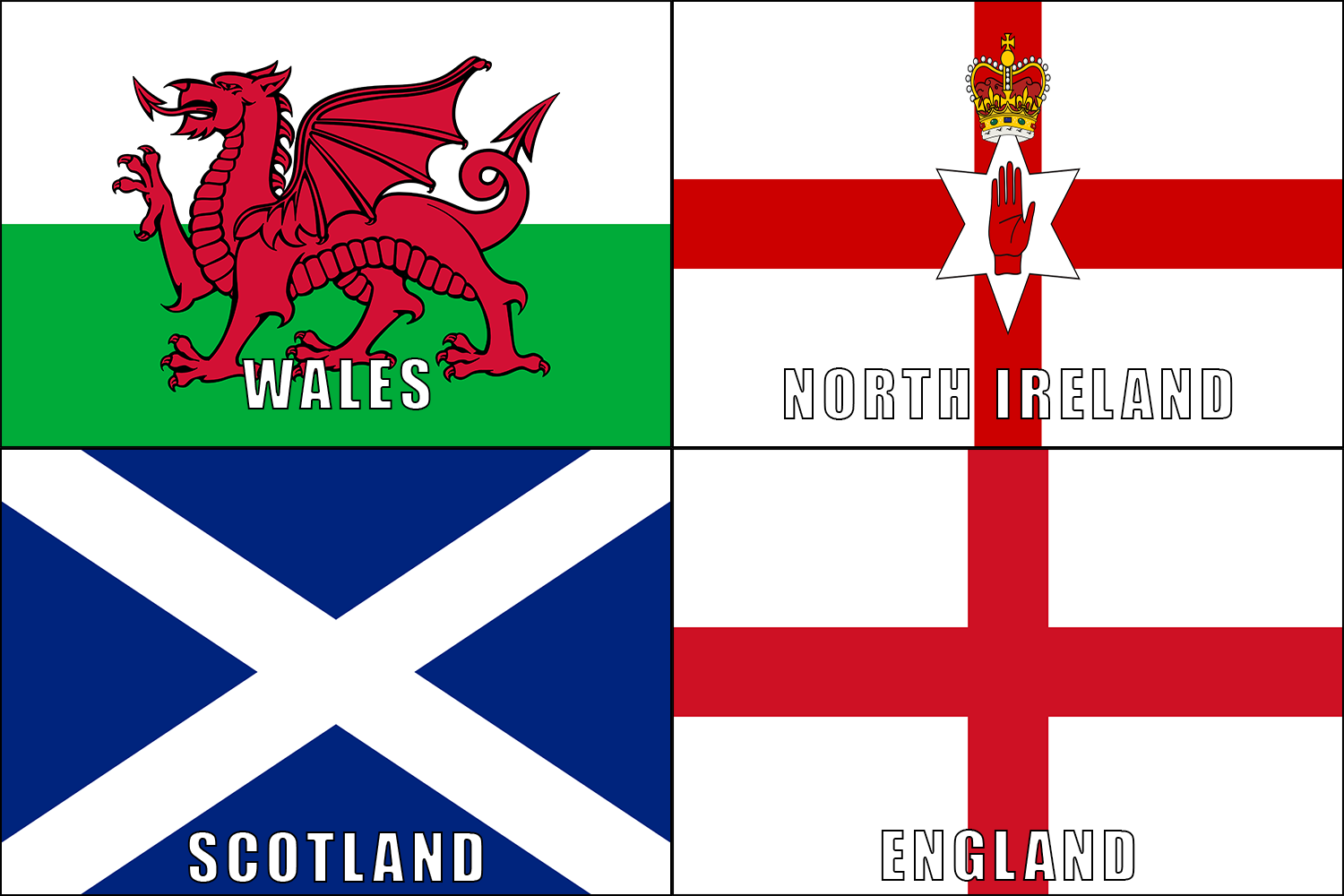
These are the four flags that make up the United Kingdom (With labels as to which country is represented by which flag.) You can also end up on the Isle of Man, whose flag is listed below.
(Isle of Man Flag)
Capital City:
London
Most Helpful:
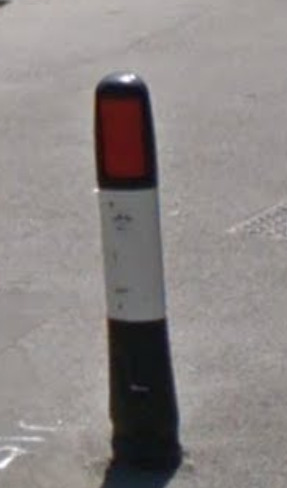

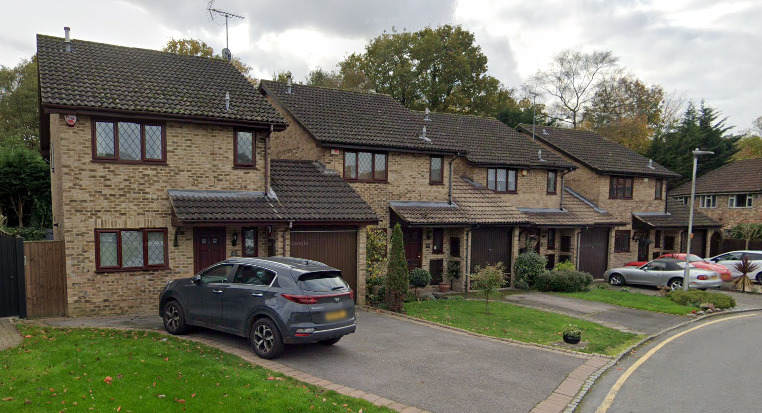
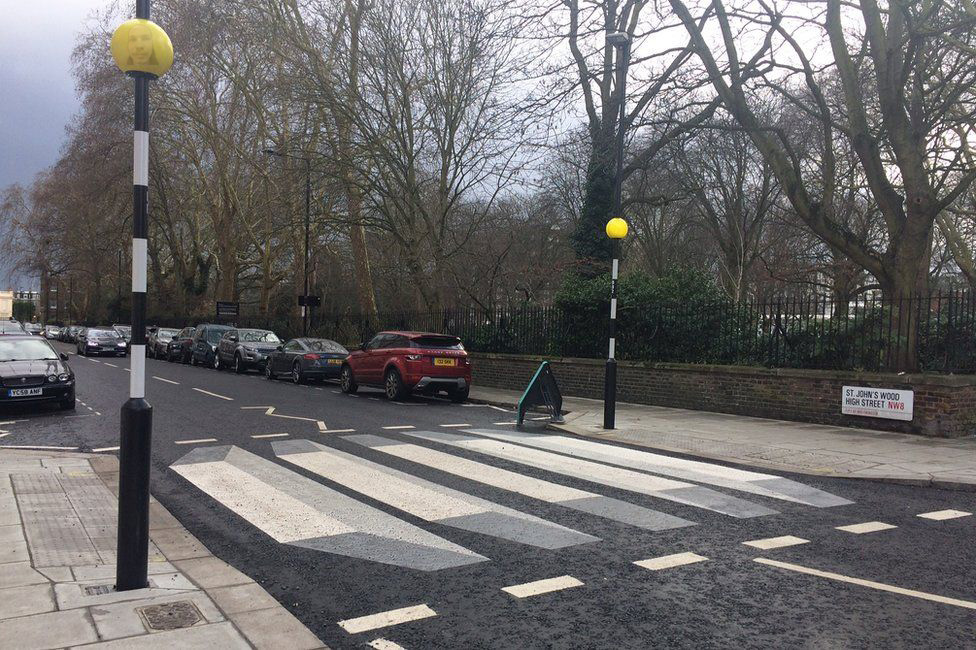
Google car:
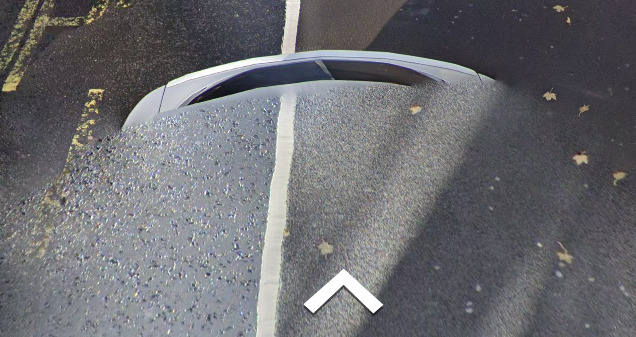
Gen 3 uses a white car that can sometimes be seen, while Gen 4 uses the typical blue car that you can catch a glimpse of.
Bollard:

This bollard has a very large red reflector on the top.
Google Coverage:

Most of the UK is covered. You will come across some large sections in Scotland that do not have coverage however. This is most likely due to the terrain.
Camera Generation:
Gen 2, 3, and 4
Road Lines:
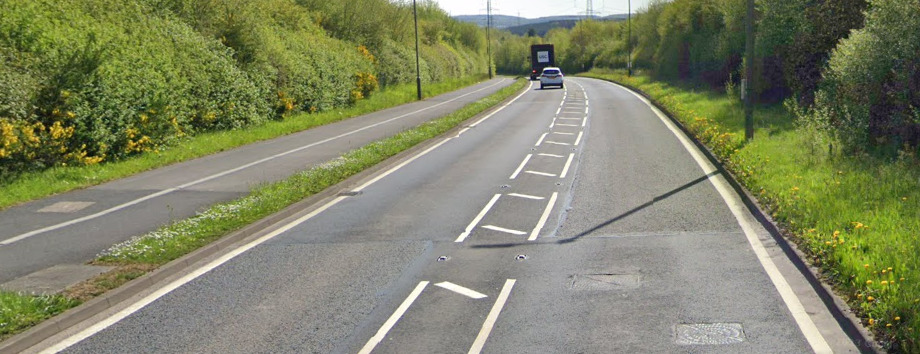
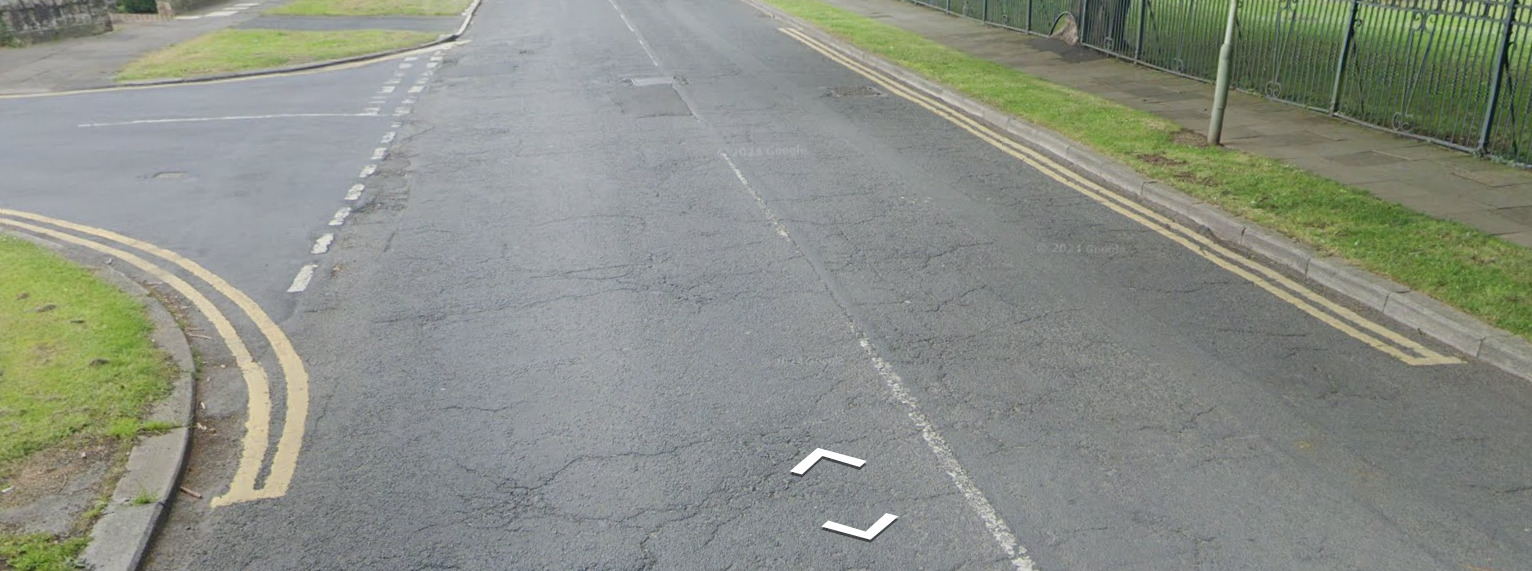

The UK often will have reflectors in between the center dashes on roadways. There are many different style of road lines that can ultimately be found.

You will also find the famous “Zebra Crossing” nearly everywhere. You will even find that these crossings contain some lights for night time safety. The light poles actually nearly completely replace the cross walk sign seen in most countries
Road Signs:

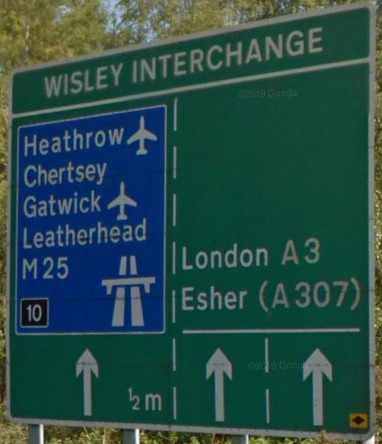
Signs in the UK can be white, green and blue. Look for the letters A or M, as these are the major roads throughout the country.

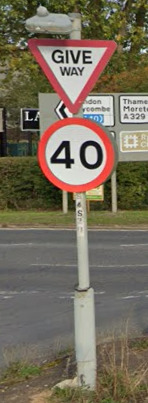

Road Layout:

Britain within the UK uses a system by which to number it’s roads. A roads are usually main roads, and B roads are usually smaller. The numbers seen on this map are always second in the naming, e.g. A380.
Electricity poles:



The UK uses wooden Electricity poles that look like these.

You will also see these yellow warning signs on most poles. They show a guy getting zapped by a lightning bolt.
License plates:

The UK uses white front, and yellow rear plates. Some feature the EU blue left side however this isn’t always the case.
Phone number:

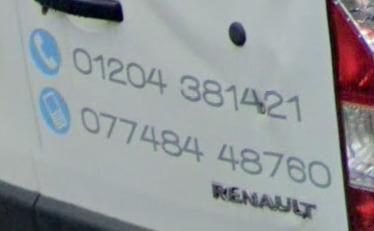
UK mobile numbers begin with 07 in the format of: 07xxx xxxxxx
Most major cities have their own area code, with some big ones to remember being :
(0141) Glasgow
(0151) Liverpool
(0161) Manchester
(020) London
(028) North Ireland
Vegetation/Landscape:




Architecture:
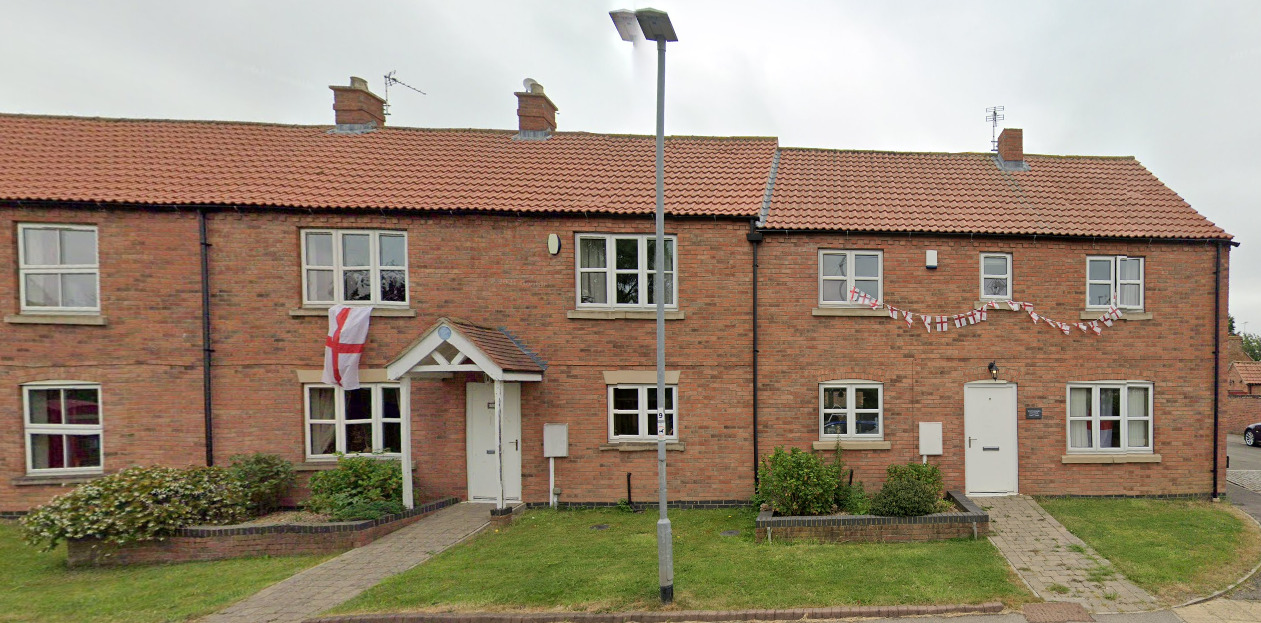


The UK seems to love these row houses. If it looks similar to the houses in Harry Potter, its a good tell. There are also countless example of “cookie cutter” housing, where all the houses look near identical.
General look:



The UK can vary between its individual countries by look, however most urban areas look similar, the main differences occurring in more rural regions, Scotland being the most mountainous, followed by Wales, then England, and Northern Ireland.
The UK will often have large hedges on the both sides of rural roads.

The UK also has a post code system which can help you narrow down which part of the country you are in.
Alphabet/script:
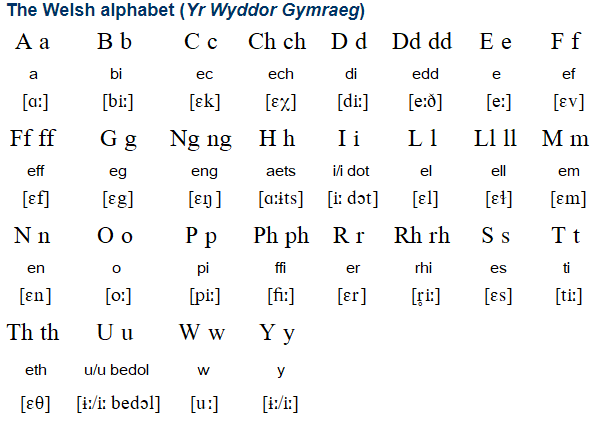
(Welsh)

(English)
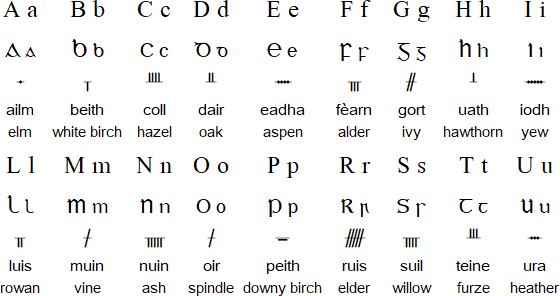
(Scottish)
The UK uses proper English, while Wales has a mix of Welsh and English and Scotland can have some Scottish along with English.
Domain:
.uk and .co.uk
The majority of commercial entities exist under the .co.uk domain, while government websites exist under the .uk domain.
Denmark
- Country Flag
- Capital City
- Most Helpful
- Google Car
- Bollards
- Google Coverage
- Unique Vehicle
- Camera Generation
- Road Lines
- Road Signs
- Electricity Poles
- License Plates
- Phone Number
- Vegetation / Landscape
- Architecture
- General Look
- Language
- Domain
Country Flag:

Capital City:
Copenhagen
Most Helpful:

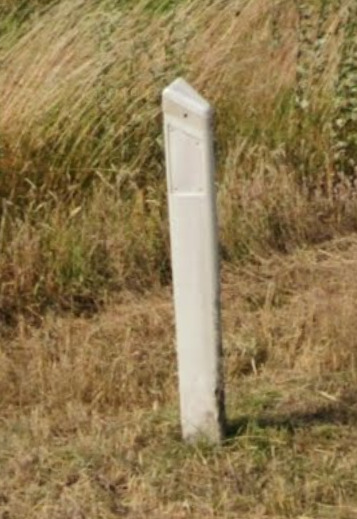



A road number map for Denmark is currently in the works. Their road numbering system is worth learning.
Google Car:
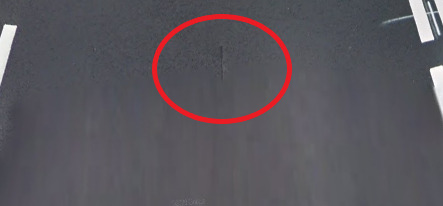
(Gen 3 Car)

(Gen 4 Car)
Most of the time there is a blue car (Gen 4 Car), but sometime you will find a car with antenna as well.br>
Bollard:



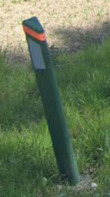
Denmark is very easy to figure out because of the bollards which are on almost every road.
Google Coverage:
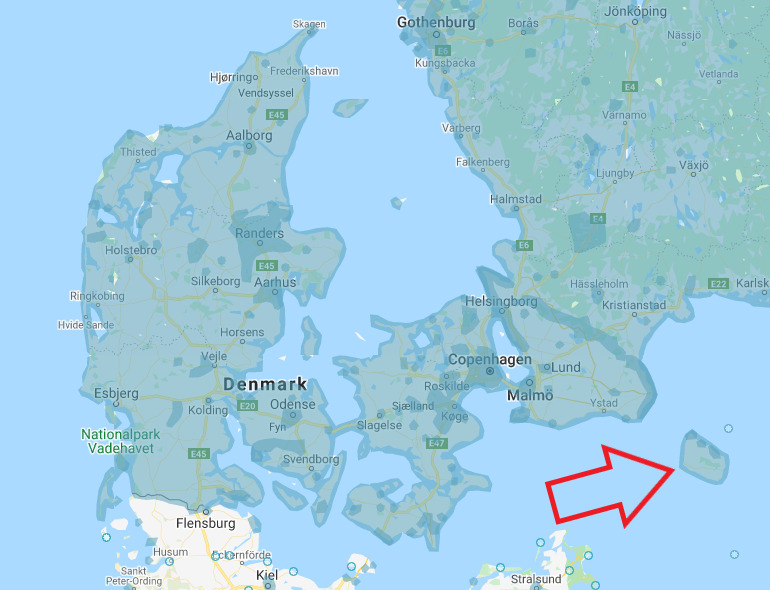
Most of Denmark has coverage, including the island that has an arrow pointing towards it.
Camera Generation:
Gen 2, 3 & 4
Road Lines:


Denmark has short shoulder lines. These are a common type of line on the sides of most major roads.
Road Signs:
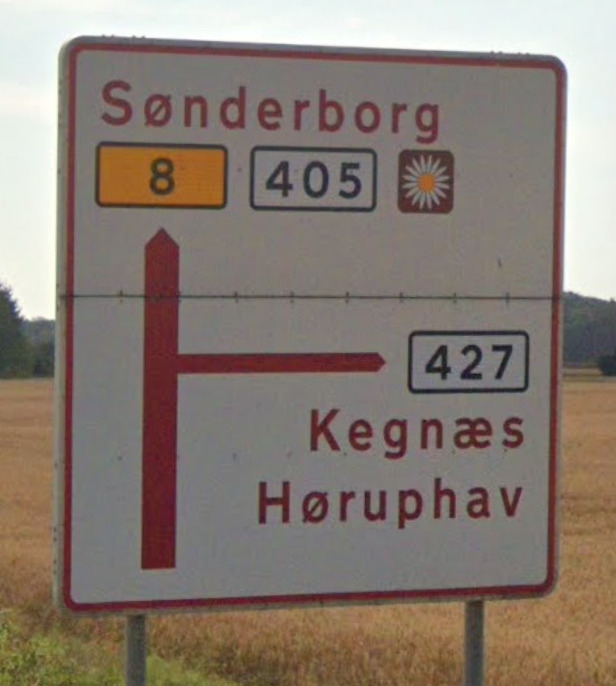
Denmark has white signs with red text that point to local towns
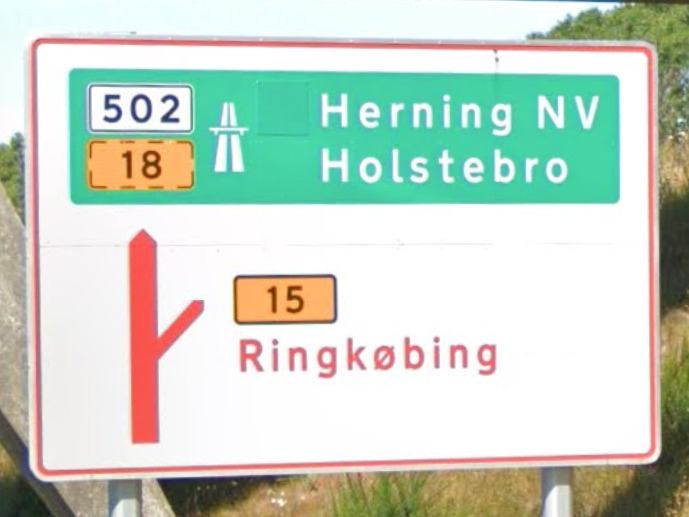
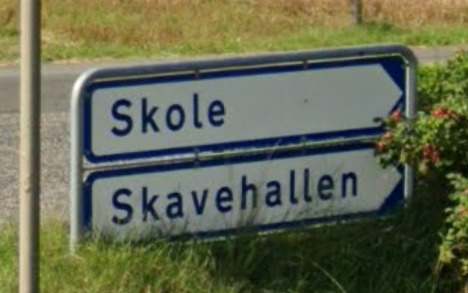

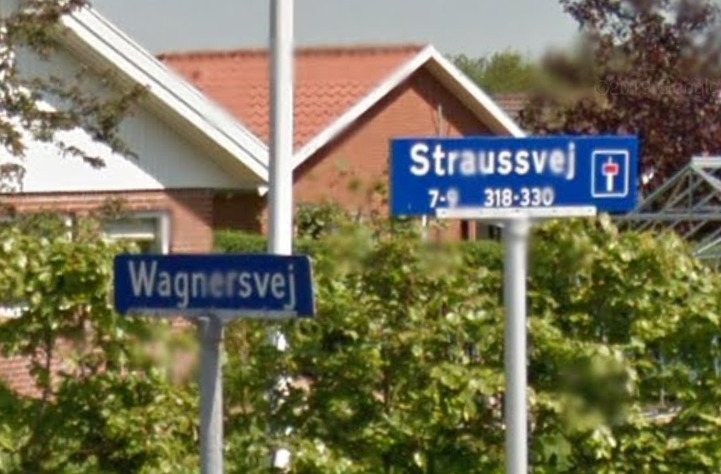
Denmark has street names ending with “-vej”, which means road.
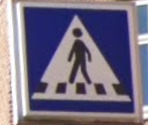
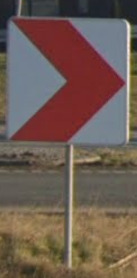


Denmark has a weird squared guardrail. Its similar to the traditional guardrail, but it seems like its been smooshed in.
Electricity poles:

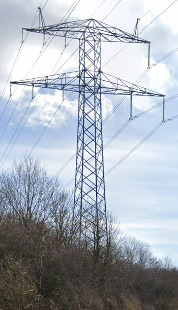

Denmark does not have a lot of smaller poles. Most of the poles you find will be the very large ones found near highways.
License plates:

(Private Plates)

(Commercial plates)
Phone number:
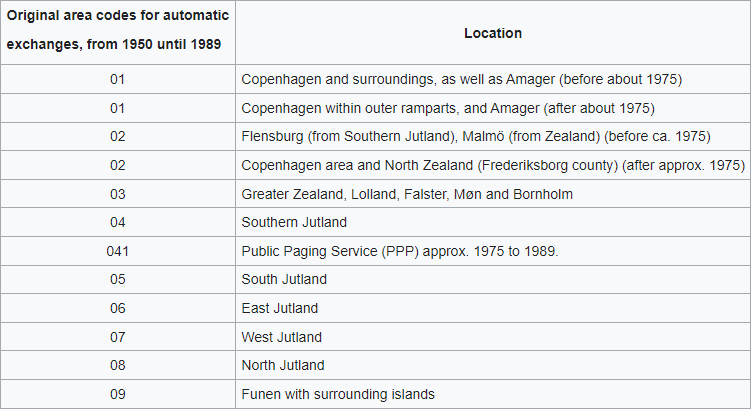
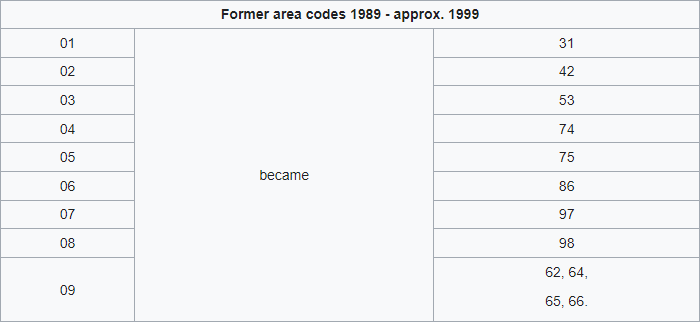

Vegetation/Landscape:



Architecture:


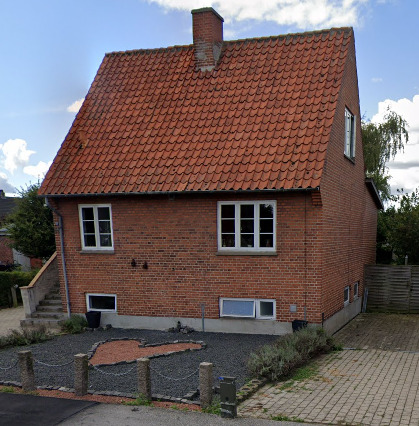
General look:
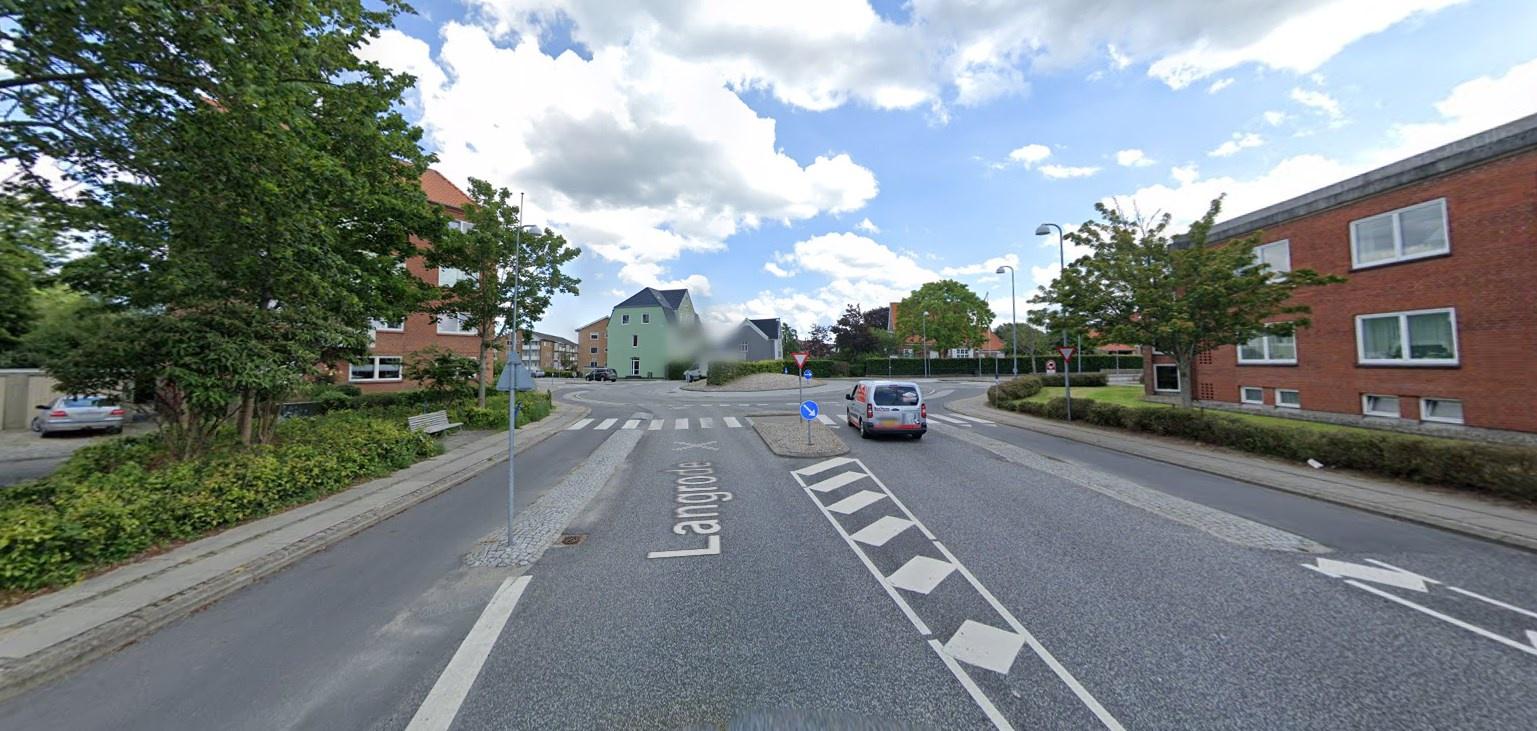


Alphabet/script:

Denmark uses the Danish Language. It is similar to Norwegian, but there are a few differences.
Domain:
.dk
Norway
- Country Flag
- Capital City
- Most Helpful
- Google Car
- Bollards
- Google Coverage
- Unique Vehicle
- Camera Generation
- Road Lines
- Road Signs
- Electricity Poles
- License Plates
- Phone Number
- Vegetation / Landscape
- Architecture
- General Look
- Language
- Domain
Country Flag:
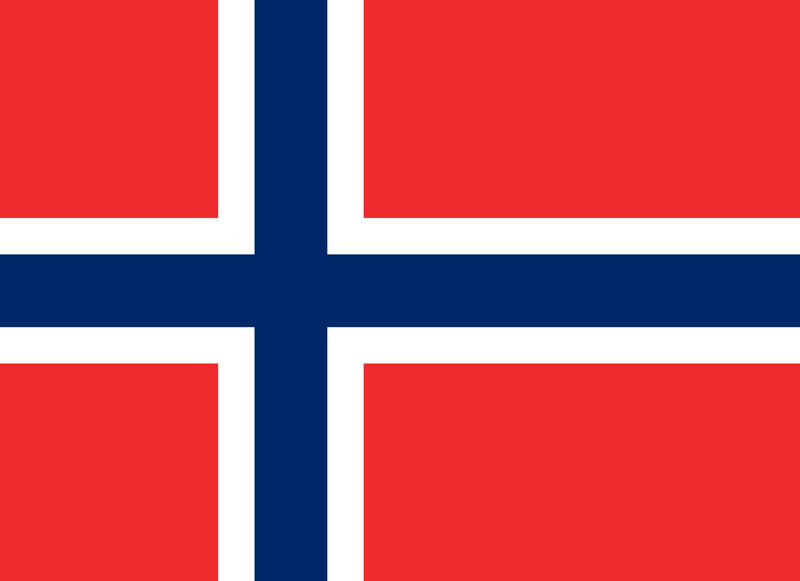
Capital City:
Oslo
Most Helpful:
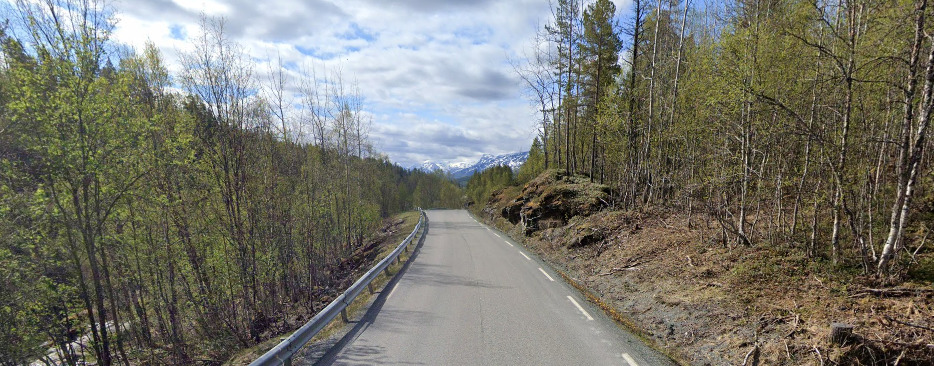

The Green plate will be found on most Van’s that do Commercial business.


ChristofferDH’s Regional Guide coming soon.
Google Car:
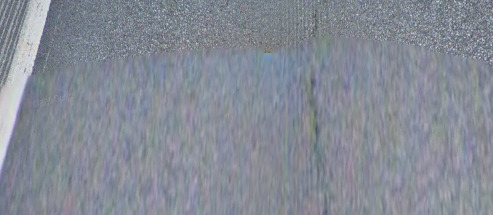
Gen 2 and Gen 3 coverage do not have a visible car, however Gen 4 does. The blue car which is seen here is the common Gen 4 car. It doesnt mean you are in Norway, just that you are viewing the latest coverage.
Bollard:

Bollards aren’t too common in Norway however they are black and white.

A more common sight are these snow poles.

You can also find these metal pipe markers. These indicate underground pipes / wires. The color on the pole will tell you what is underground, but that is not important to us here.
Google Coverage:

Most of southern Norway has coverage. If there are roads, you are usually okay to guess on them. The further north you go, the less roads there are. That means less coverage as well.
Unique Vehicle:
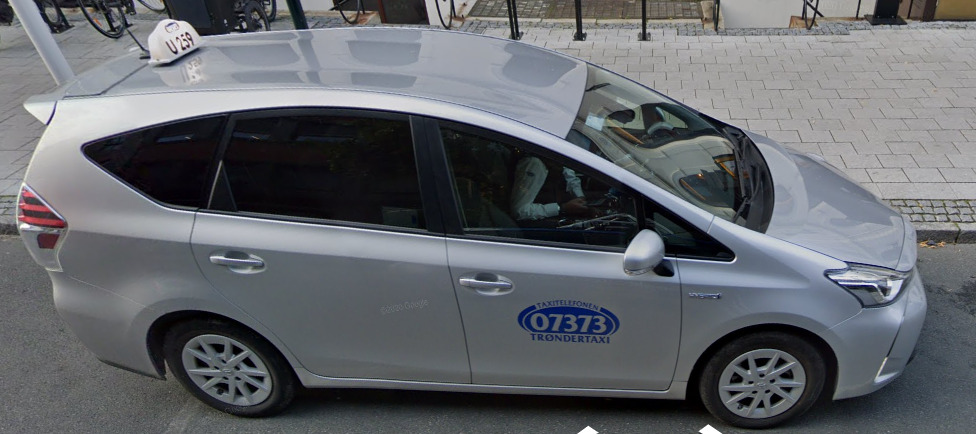
Most taxis in Norway will have the name of the city on the side. There doesn’t seem to be much of a pattern when it comes to the color or make of car, but white / silver seems to be the most common. They use a traditional Norwegian white license plate, and can really only be differentiated by the taxi sign on the top of the car.
Camera Generation:
Gen 2, 3, and 4
Road Lines:



Norway will often feature white dashed road sides and Yellow center lines. The dashes are longer than those found in Sweden. This is not always the case, with solid white lines making a few appearances in the country.
Road Signs:
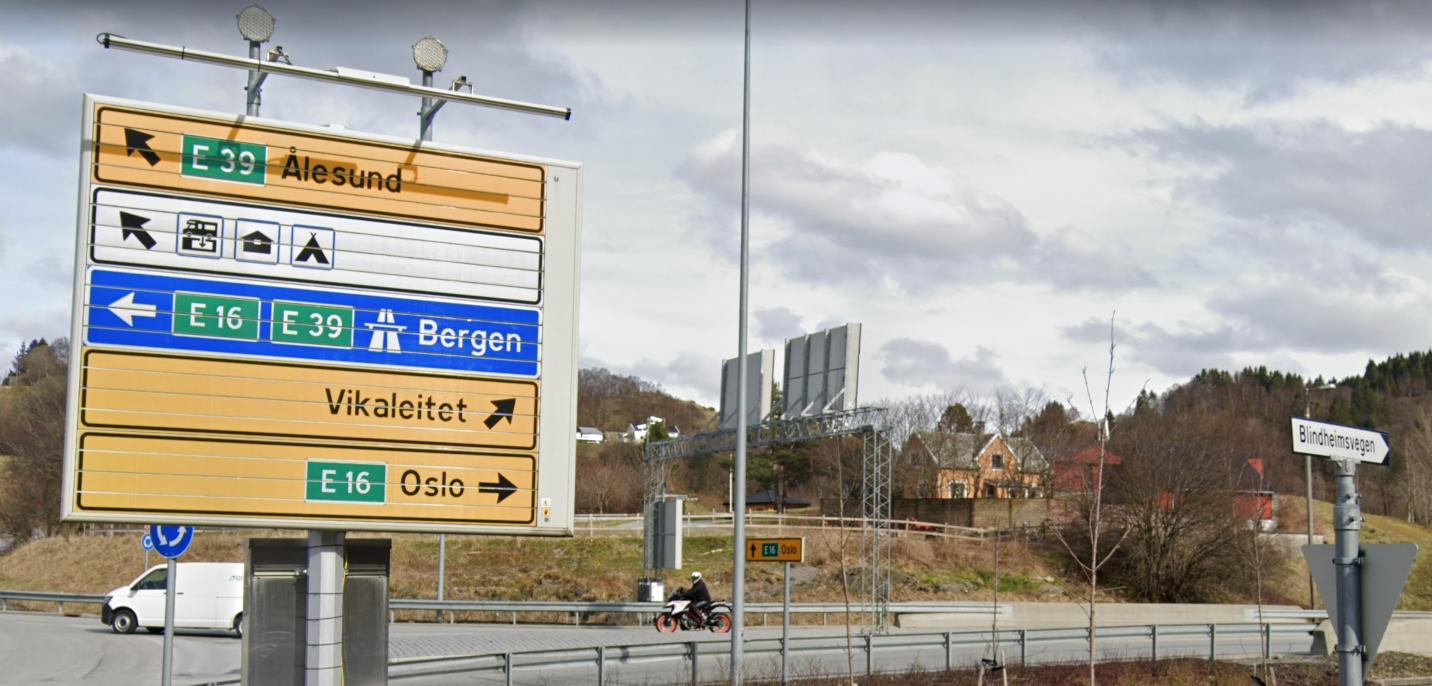
Norway features Yellow, Blue, and Green signs, White being used for street signs.
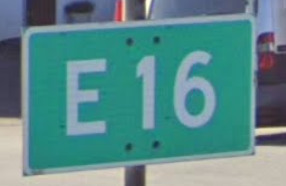
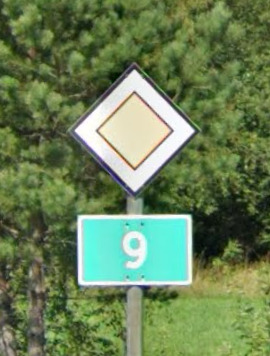
Norwegian roads often feature these signs which tell you which road you are driving on.
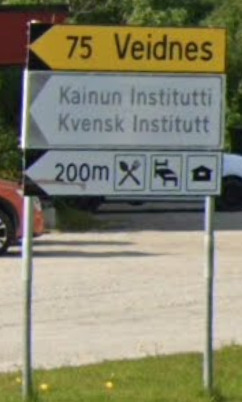
(Kven Bilingual Sign)
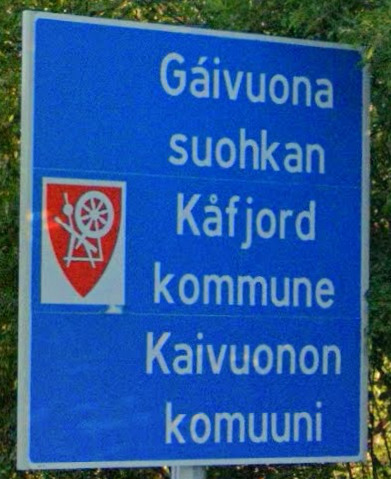
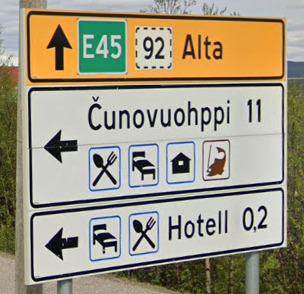
(Bilingual Sami Signs)
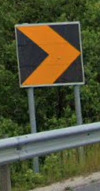
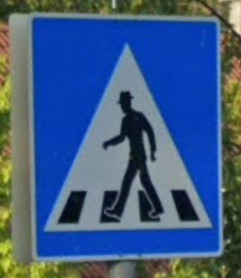
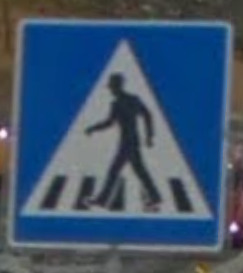



Norway uses a traditional guardrail. There does not seem to be any reflector on the inside of it however.
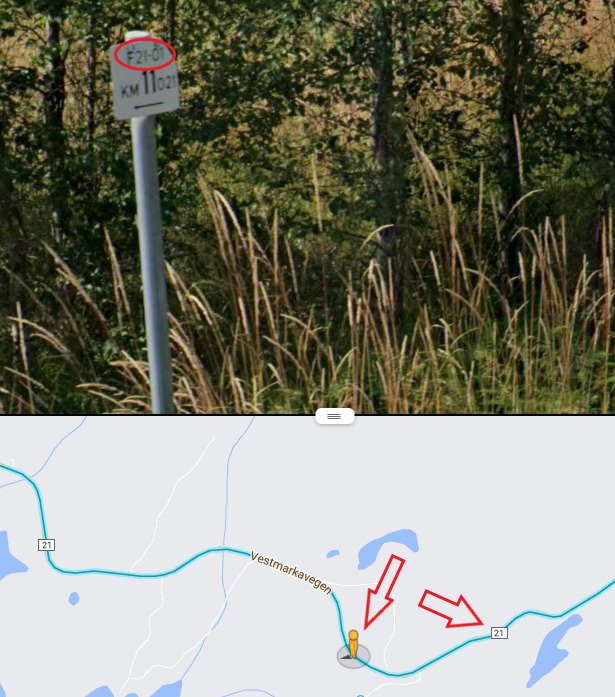
These KM markers on the sides of the road can be extremely useful. They will tell you the road that you are on, as well as the KM along that road. While the first number is the most important, you can also use the Road layout of Norway to your advantage to guess the correct area. The example above, F21 means you are on Road 21. Norwegian roads will be higher numbers north, and lower numbers south. 21 indicates that you will be in the southern region of Norway. (Map coming soon)
Electricity poles:

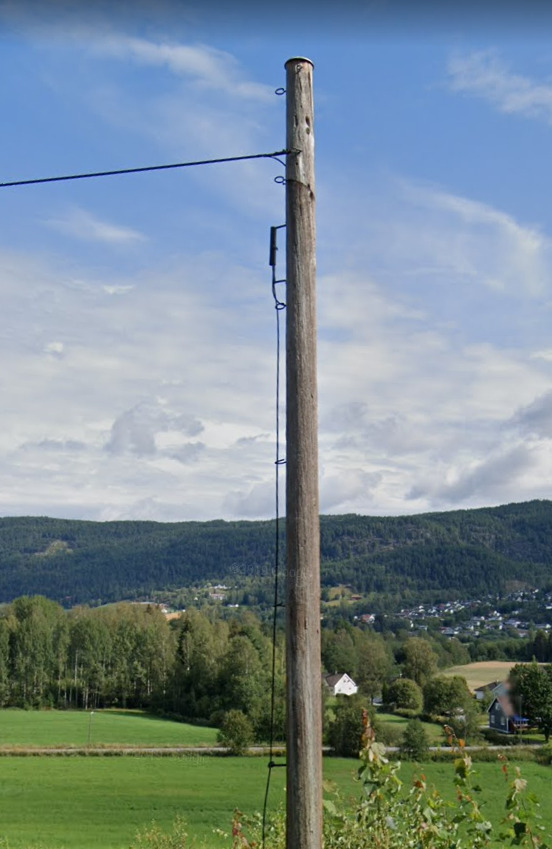
Norway features wooden electricity poles.
License plates:


Norway uses white plates for passenger vehicles and green for commercial.
Phone number:
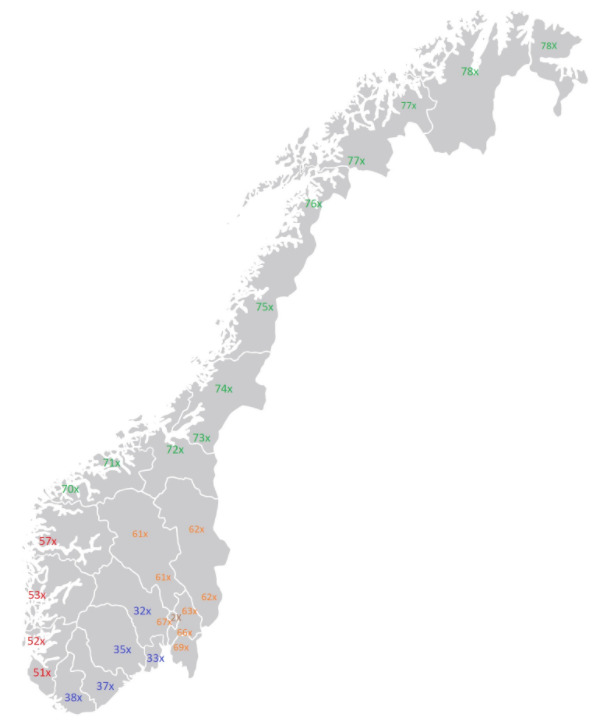

Norway uses regional phone codes as demonstrated above. The phone number shown was taken from a place in Oslo. Their area code is 2x, which is tough to see on the map above.
Vegetation/Landscape:
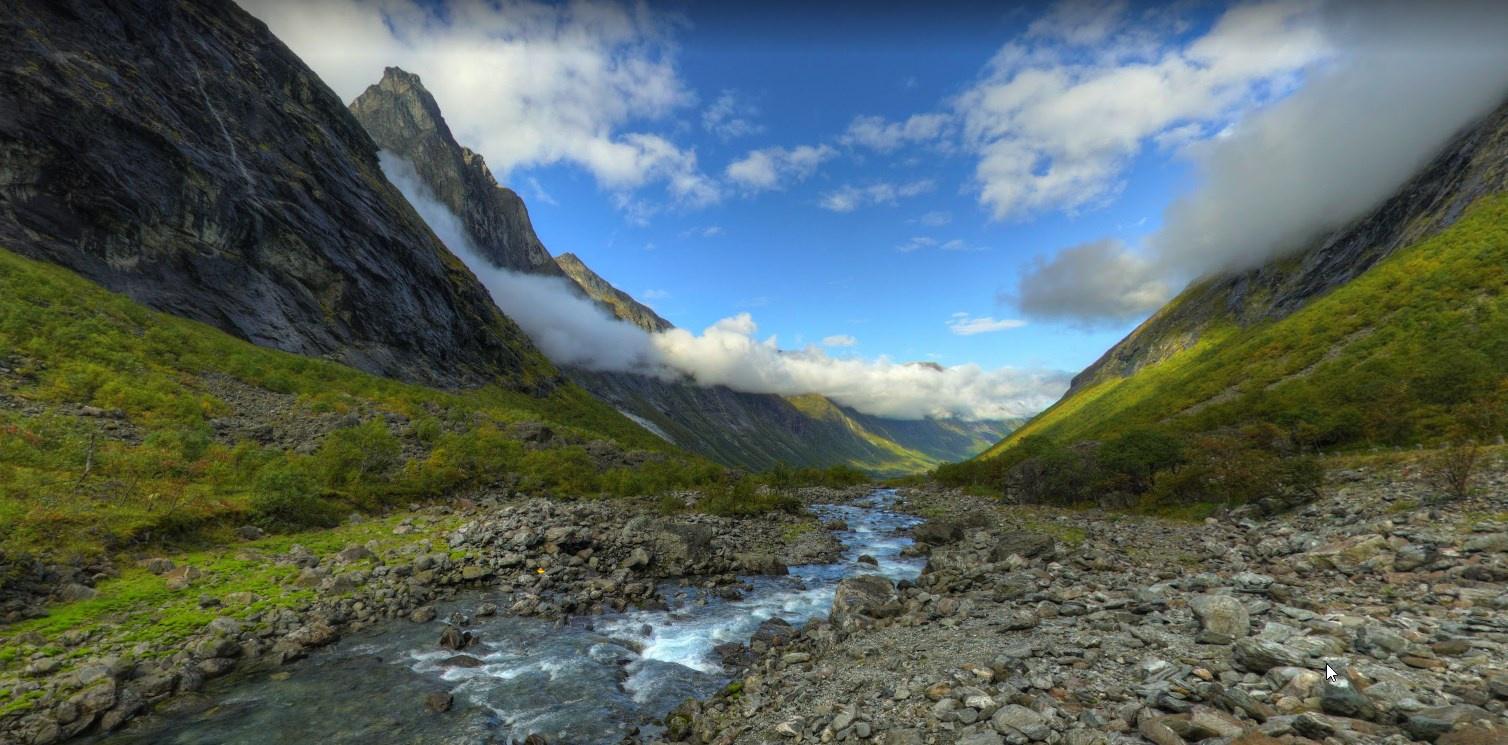


Norway features some truly breath-taking views mostly in the form of their world famous Fjords. It is a very mountainous country and still well forested.
Architecture:
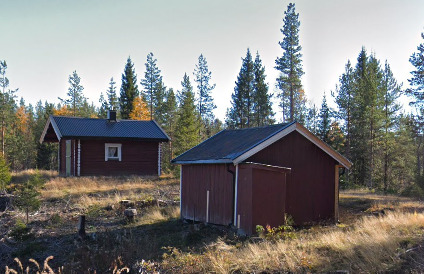

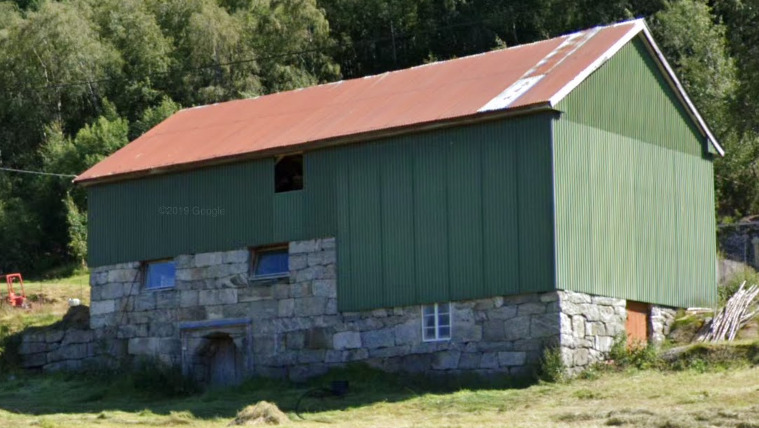
Norway features some fairly recognizable architecture, often red or brightly painted wooden houses can be found.
General look:
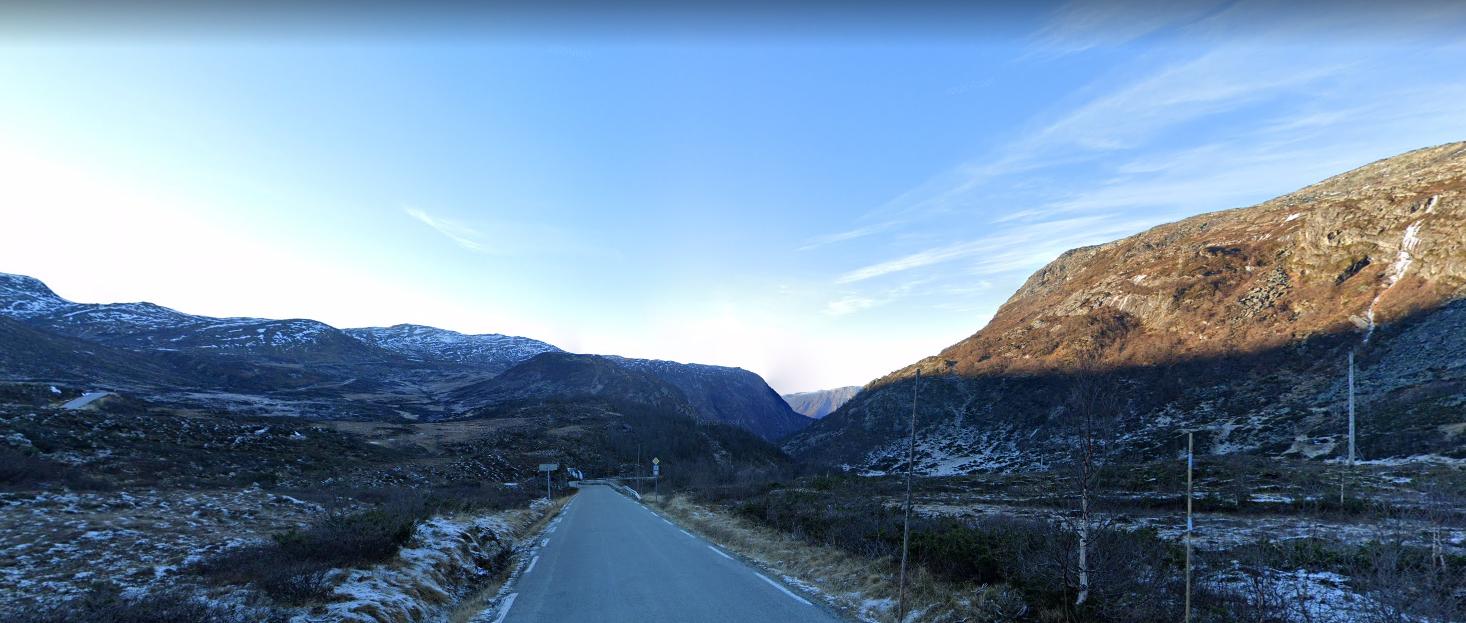
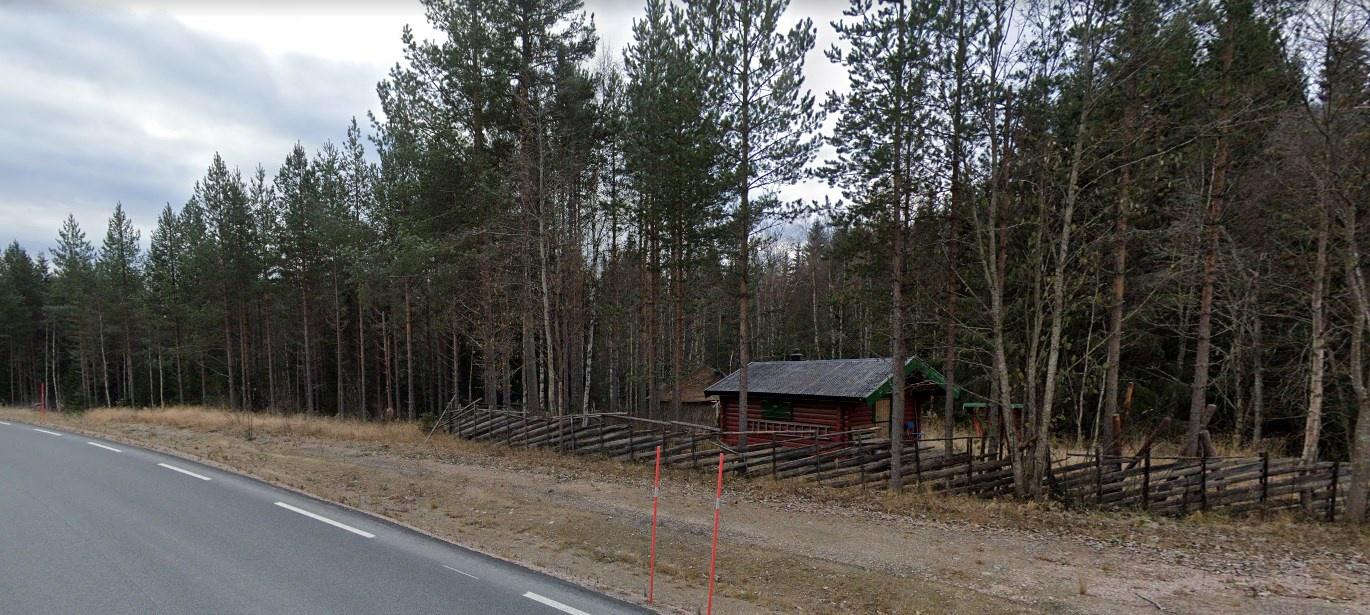

Alphabet/script:

Norway has a few official languages. The main language of Norway is Norwegian, which features an alphabet based in the Latin script containing 29 letters. It shares this alphabet with Denmark.
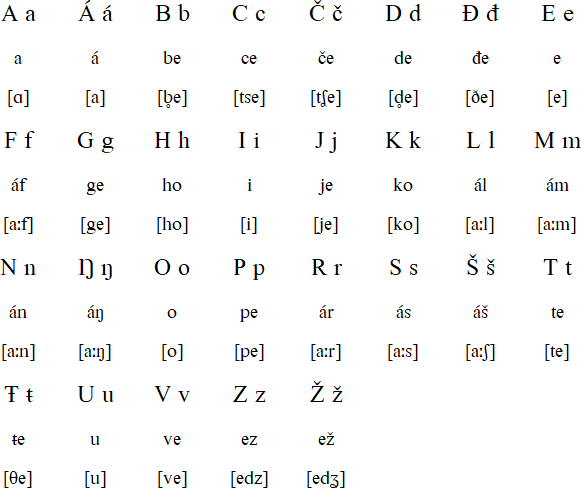
(North Sami)
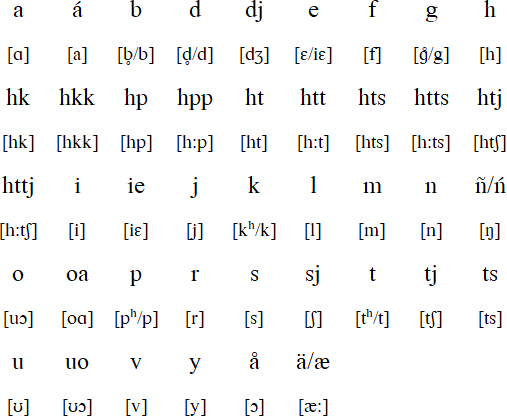
(Lule Sami)
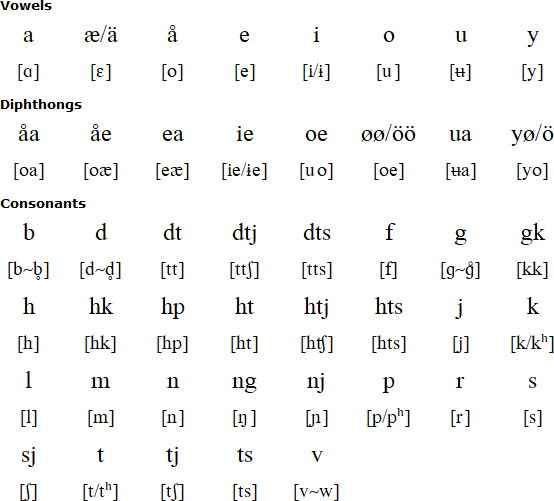
(South Sami)
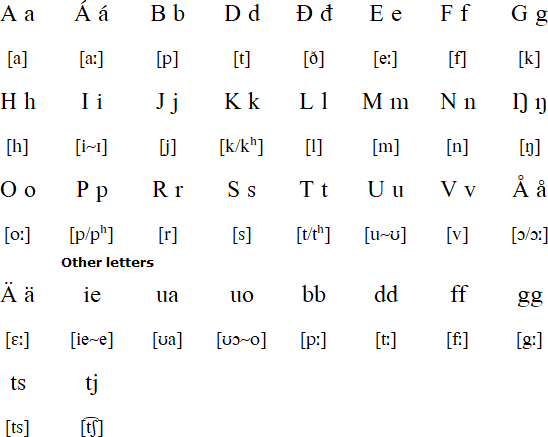
(Pite Sami)
The other official language of Norway is the Sami Language (Much like Sweden and Finland). The most common is the North Sami, followed by Lule Sami, South Sami and Pite Sami. You can find examples of these above. As most of these languages are spoken far north, not many inhabitants will understand the Sami language.
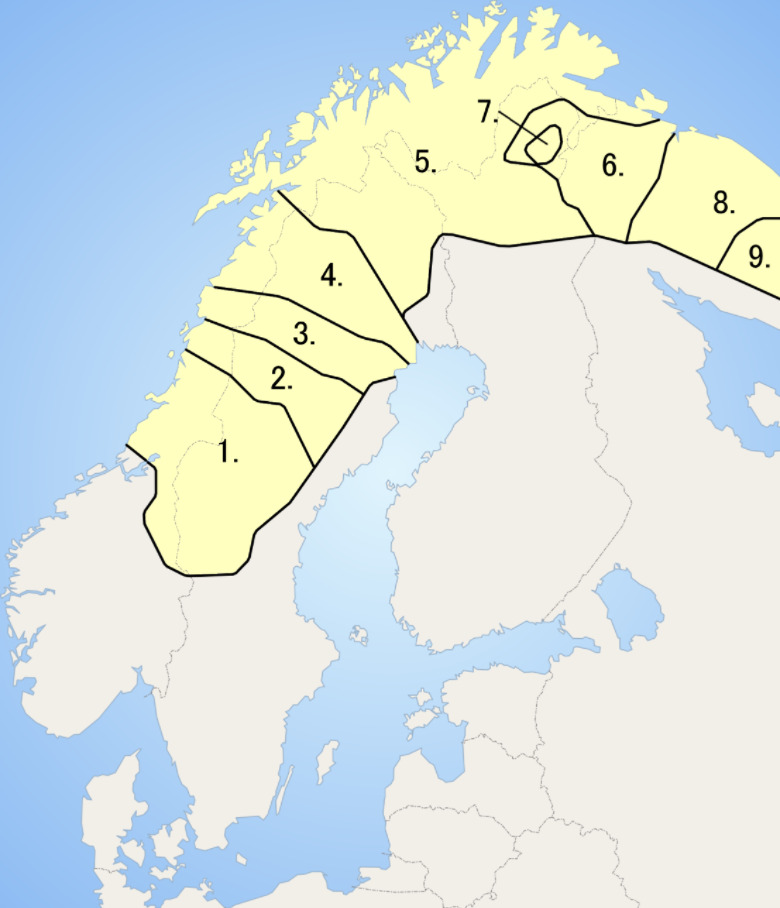
1. Southern Sami
2. Ume Sami
3. Pite Sami
4. Lule Sami
5. Northern Sami
6. Skolt Sami
7. Inari Sami
8. Kildin Sami
9. Ter Dami
This language map shows the 9 different Sami Languages and where they are generally spoken. The numbers here indicate the form of Sami you can find there. Countries do share the type of Sami that is spoken, so it is not very useful for figuring out a specific area based on language.
The further north you are in Norway, the more likely you are to find bilingual signs. Some examples of these signs can be found above in the Road Signs section.
Domain:
.no
Ukraine
- Country Flag
- Capital City
- Most Helpful
- Google Car
- Bollards
- Google Coverage
- Camera Generation
- Road Lines
- Road Signs
- Road Numbering System
- Electricity Poles
- License Plates
- Phone Number
- Vegetation / Landscape
- Architecture
- General Look
- Language
- Subdivisions
- Domain
Country Flag:

Capital City:
Kyiv
Most Helpful:
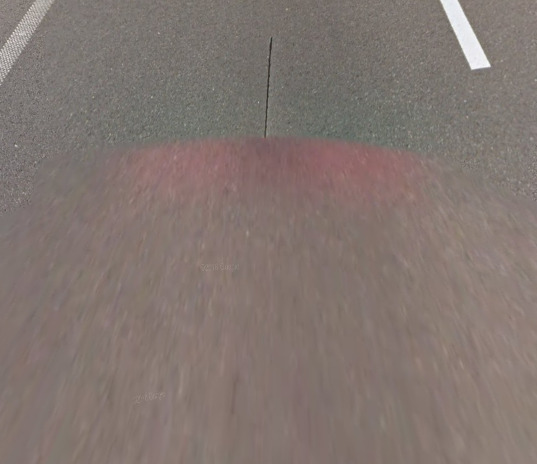
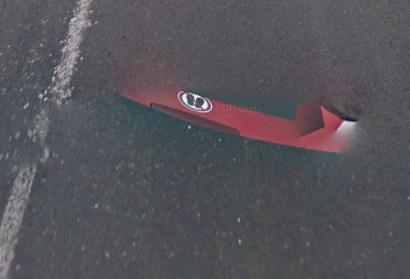
Ukraine has the distinctive red Google car with a long antenna all over the country, except in Donetsk.
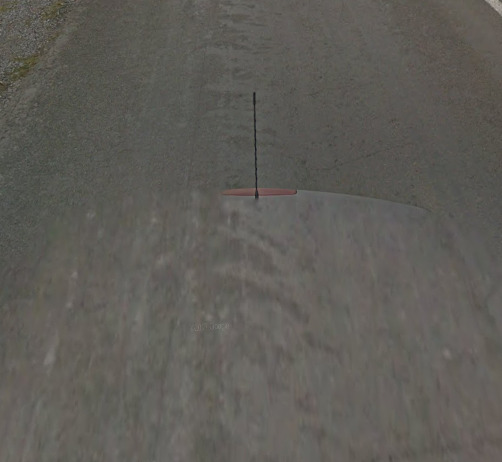
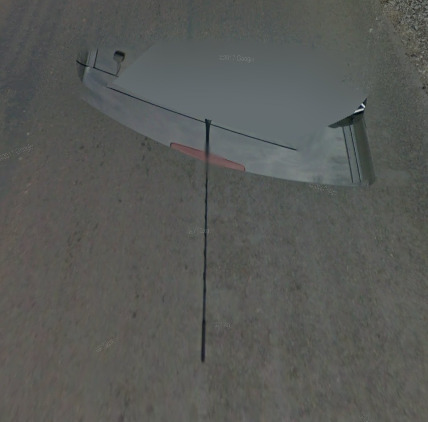
The Donetsk car is a black one with a long antenna, just like in Russia.
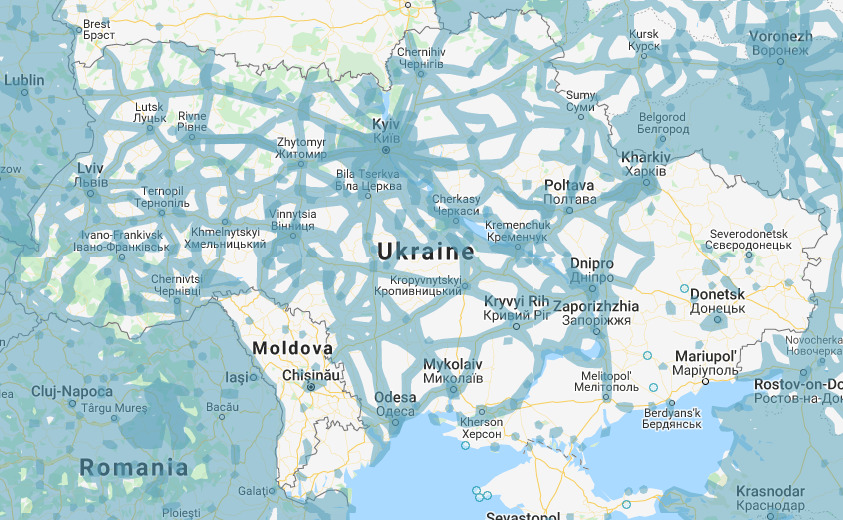
Google car:


Ukraine has the distinctive red Google car with a long antenna all over the country, except in Donetsk.


The Donetsk car is a black one with a long antenna, just like in Russia.
Bollard:
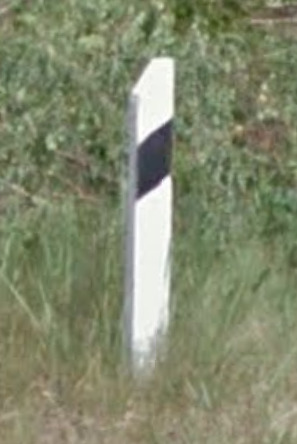

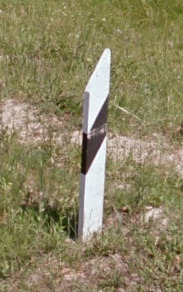
The regular bollards which appear on non-highway roads usually.
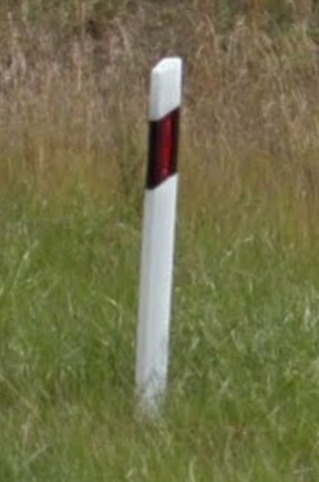
These bollards usually appear on highways.
Google Coverage:

The coverage in the Ukraine is very limited. There are large sections of the country that are missing coverage. Stick to the major cities and the major roads and there shouldn’t be too much of a problem with your guesses.
Camera Generation:
Gen 3
Road Lines:
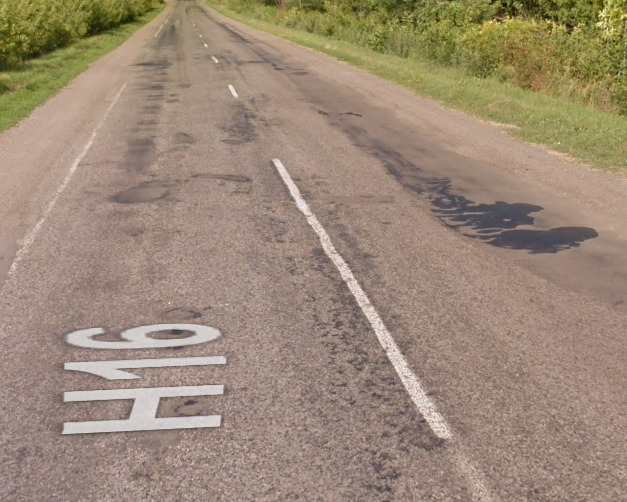
Ukraine uses the white centerline with white or no side line, like most European countries.
Potholes and other road deformations are very common in Ukraine because they are a bit underdeveloped compared to the rest of Europe.
Road Signs:
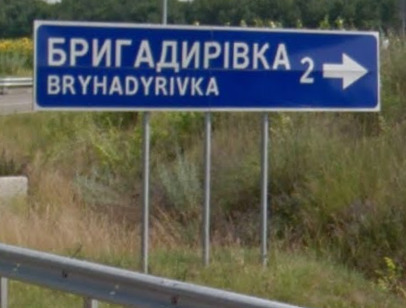


Ukraine has blue road signs with white text on them.


Highway signs (they can be green).
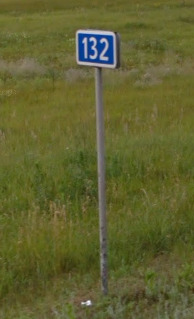
Ukraine has the regular Soviet kilometer markers on their roads, which tell you how many kilometers of that road you have passed.

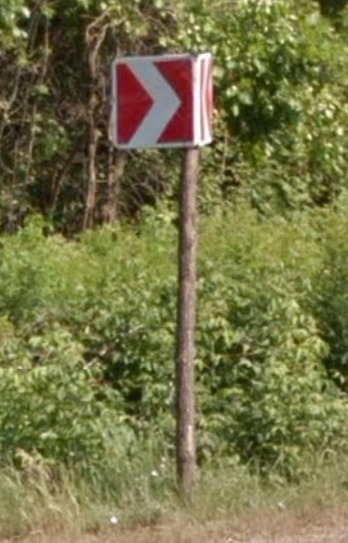
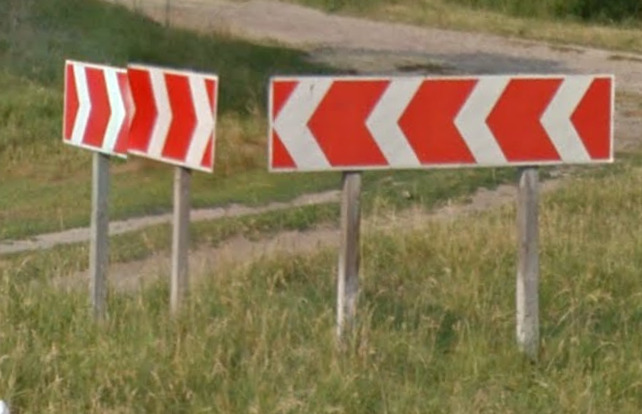
The turn arrows (Chevrons) in Ukraine are white with a red background, but these signs can be found in Russia too.
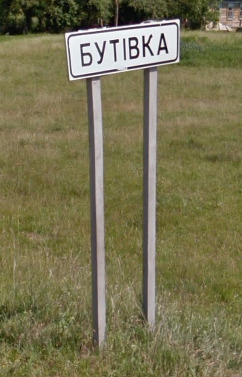
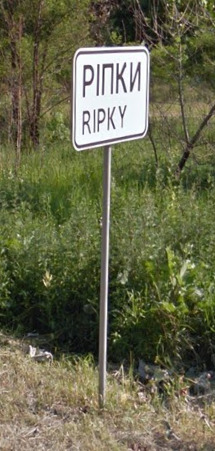
The settlement entrance signs are white with black text in Ukraine.
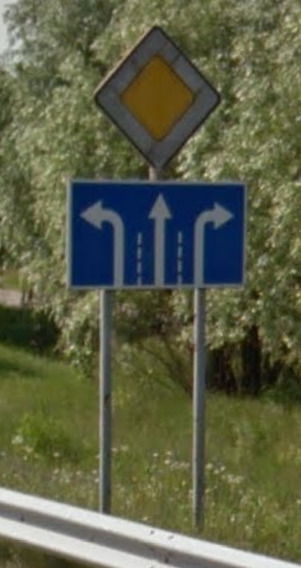
Both of these signs are quite common on Ukrainian roads.

Ukraine, like Russia, has these large region entrance signs stating the name of the region you are entering.

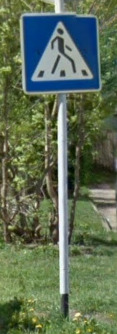
The Ukraine uses a 3 lined crosswalk sign. These can be found in Russia, Belarus, Estonia and the Ukraine. It is one of the more uncommon crosswalk signs.
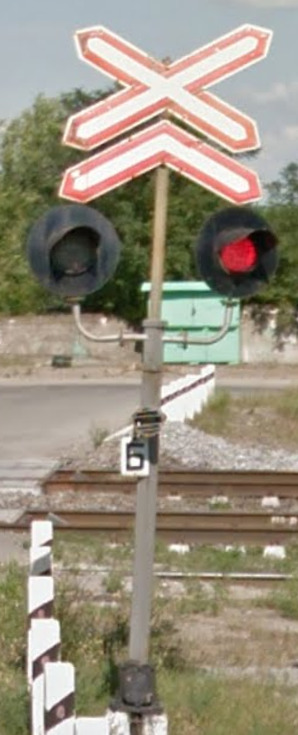
Road numbering system:

Electricity poles:
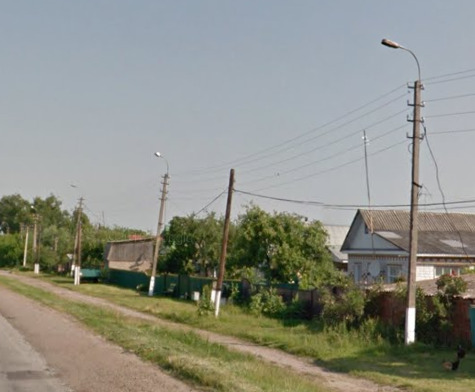

Electricity poles in Ukraine are usually painted white at the bottom
License plates:

(Private plate)

(Public transport plate)
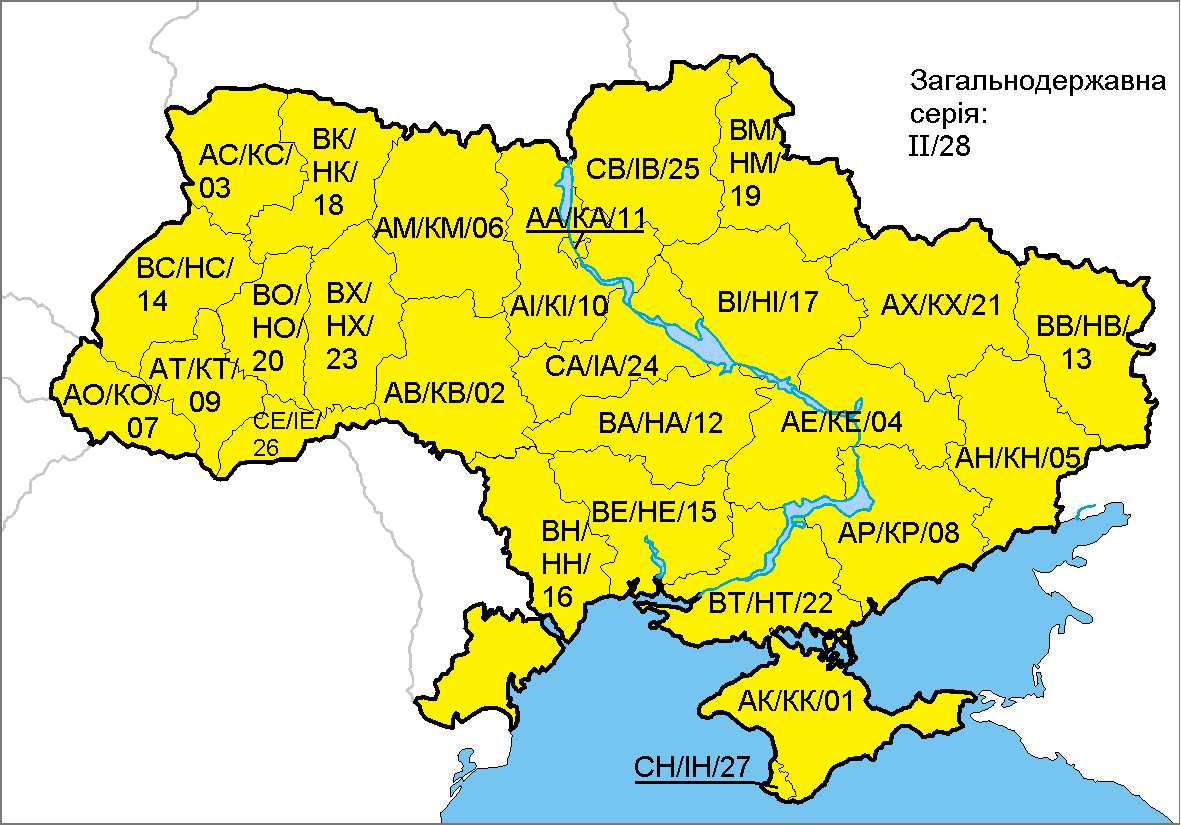
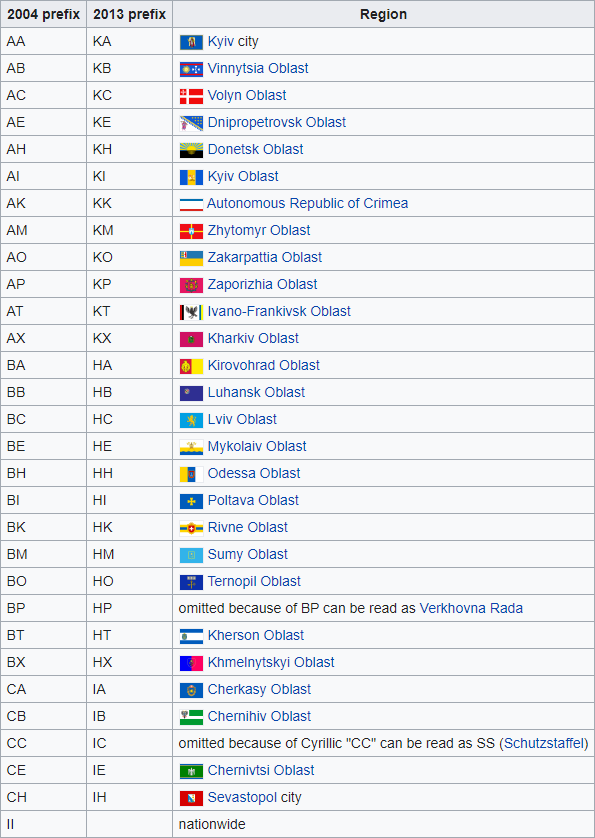
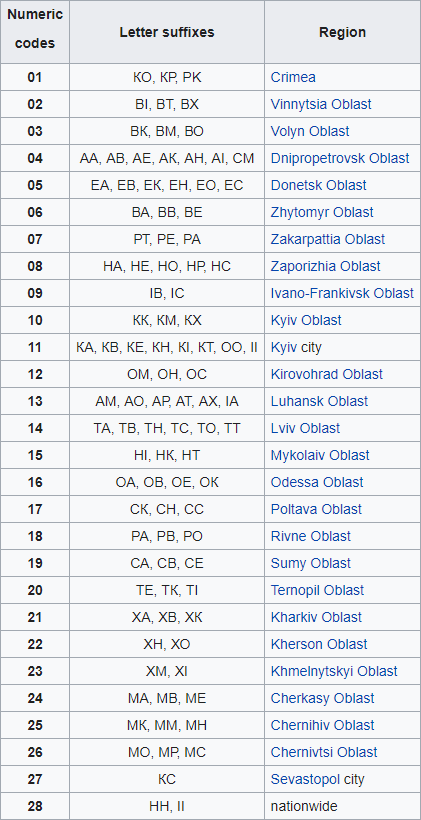
License Plates in the Ukraine can be incredibly helpful. They will have a two letter registration code that is tied to a region, as well as the potential to find regional codes on non-traditional plates (like temporary or government plates) that can tell you the region. The map tells you the code from 2004 (the first set of letters), the code from 2013 (the second set of letters) and the numeric code (the numbers) for that region.
Phone number:


All area codes in the Ukraine will start with a 0 followed by the number as shown above. It was difficult to find an example, as most of the cities didn’t feel the need to show an area code. This telephone numbering plan was implemented in 2009, so it makes sense that it is hard to find.
Vegetation/Landscape:
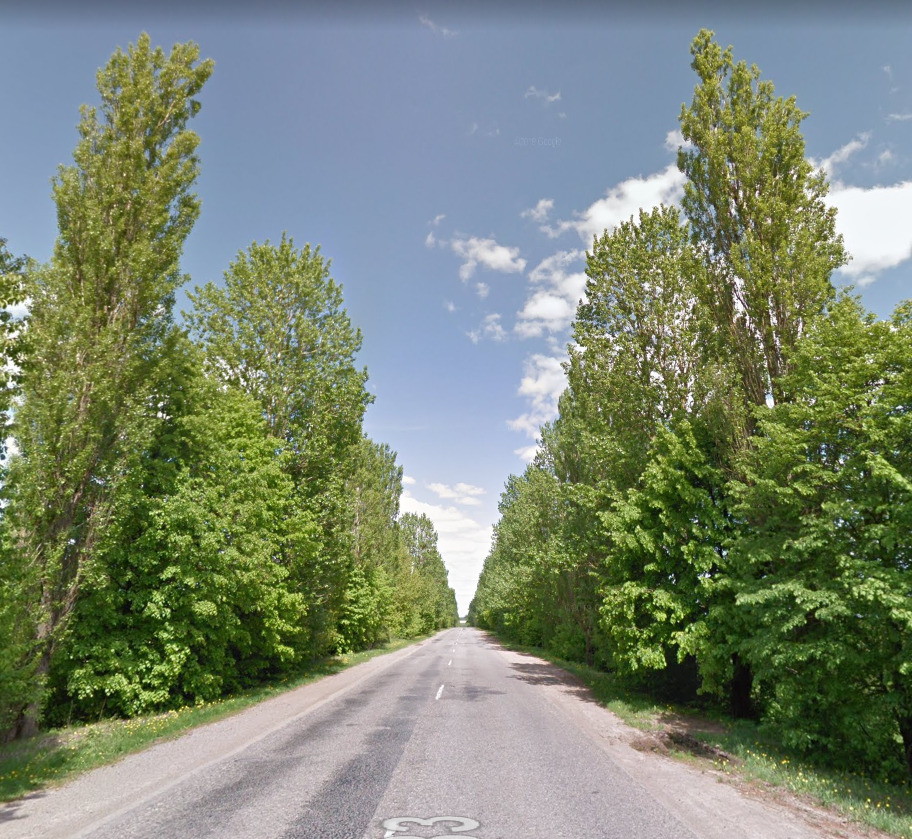
Ukraine has a lot of trees planted in a line like this on the side of the road.
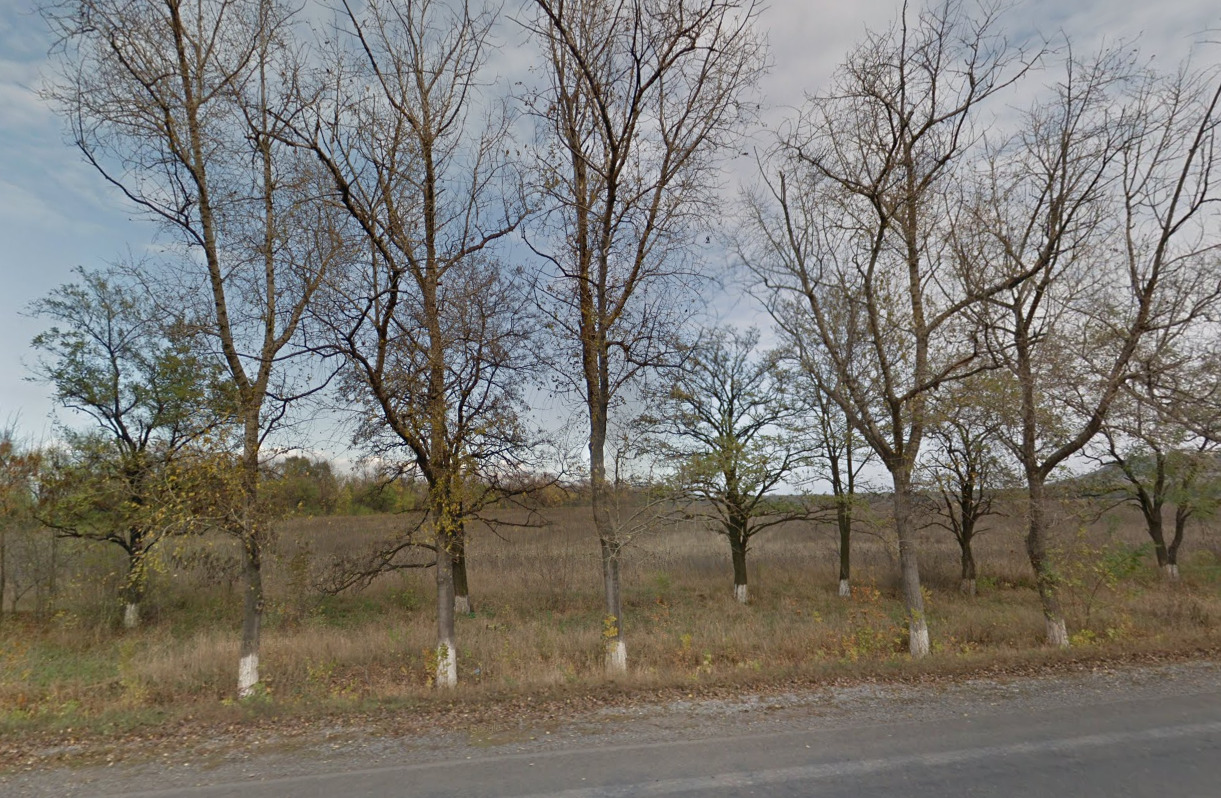
Trees in Ukraine can often be painted white at the bottom as an insect repellent.
Architecture:
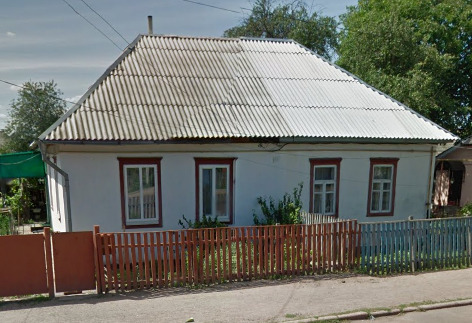
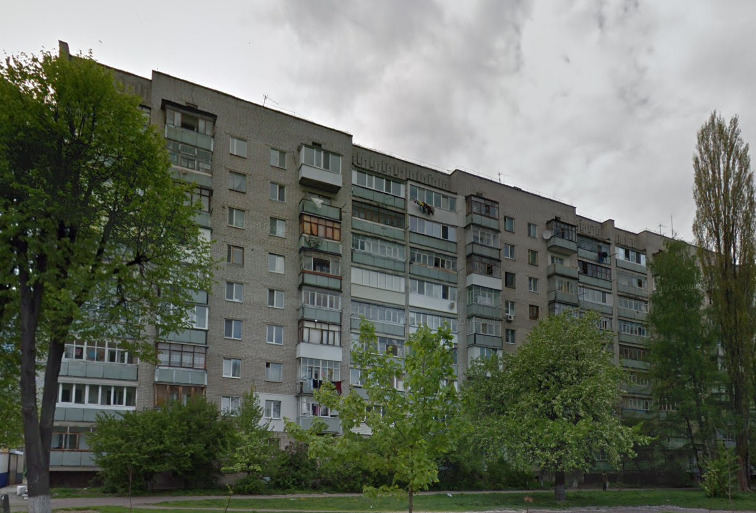

General look:
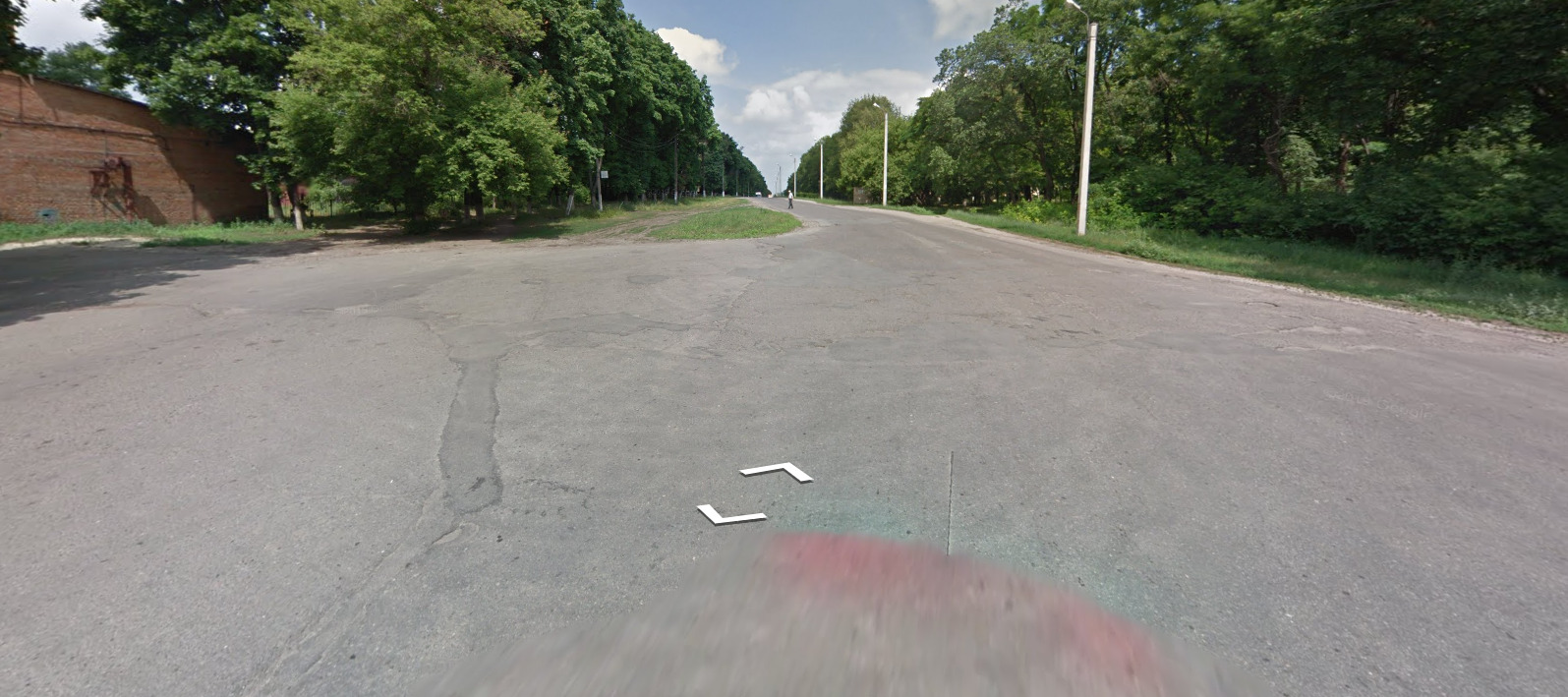


Alphabet/script:

The Ukrainian alphabet is the same as Russian, except for three letters – І, Ї and Ґ, which are very useful for differentiating them.
Subdivisions:
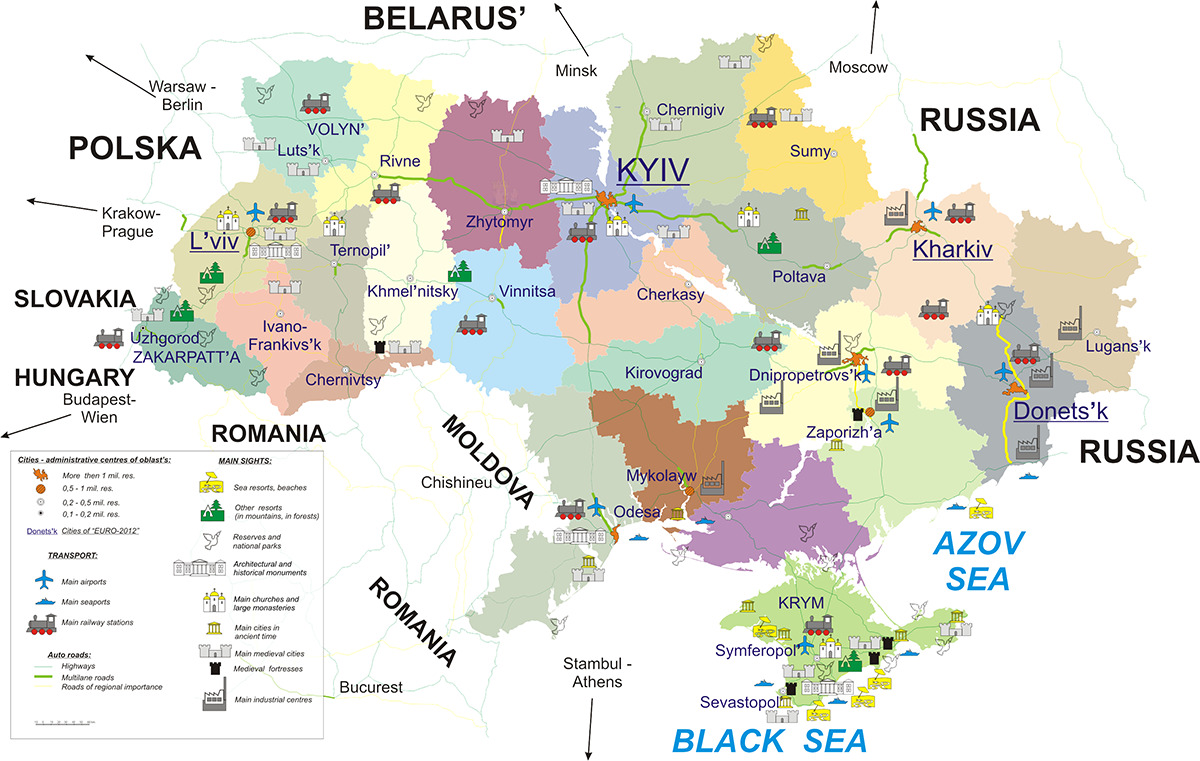
Ukraine is divided into 24 oblasts (regions), 1 autonomous republic (Crimea) and 2 cities with special status (Kiev and Sevastopol), whose names can often be found on signs.
Domain:
.ua
Sweden
- Country Flag
- Capital City
- Most Helpful
- Google Car
- Bollards
- Google Coverage
- Camera Generation
- Road Lines
- Road Signs
- Electricity Poles
- License Plates
- Phone Number
- Vegetation / Landscape
- Architecture
- General Look
- Language
- Domain
Country Flag:

Capital City:
Stockholm
Most Helpful:
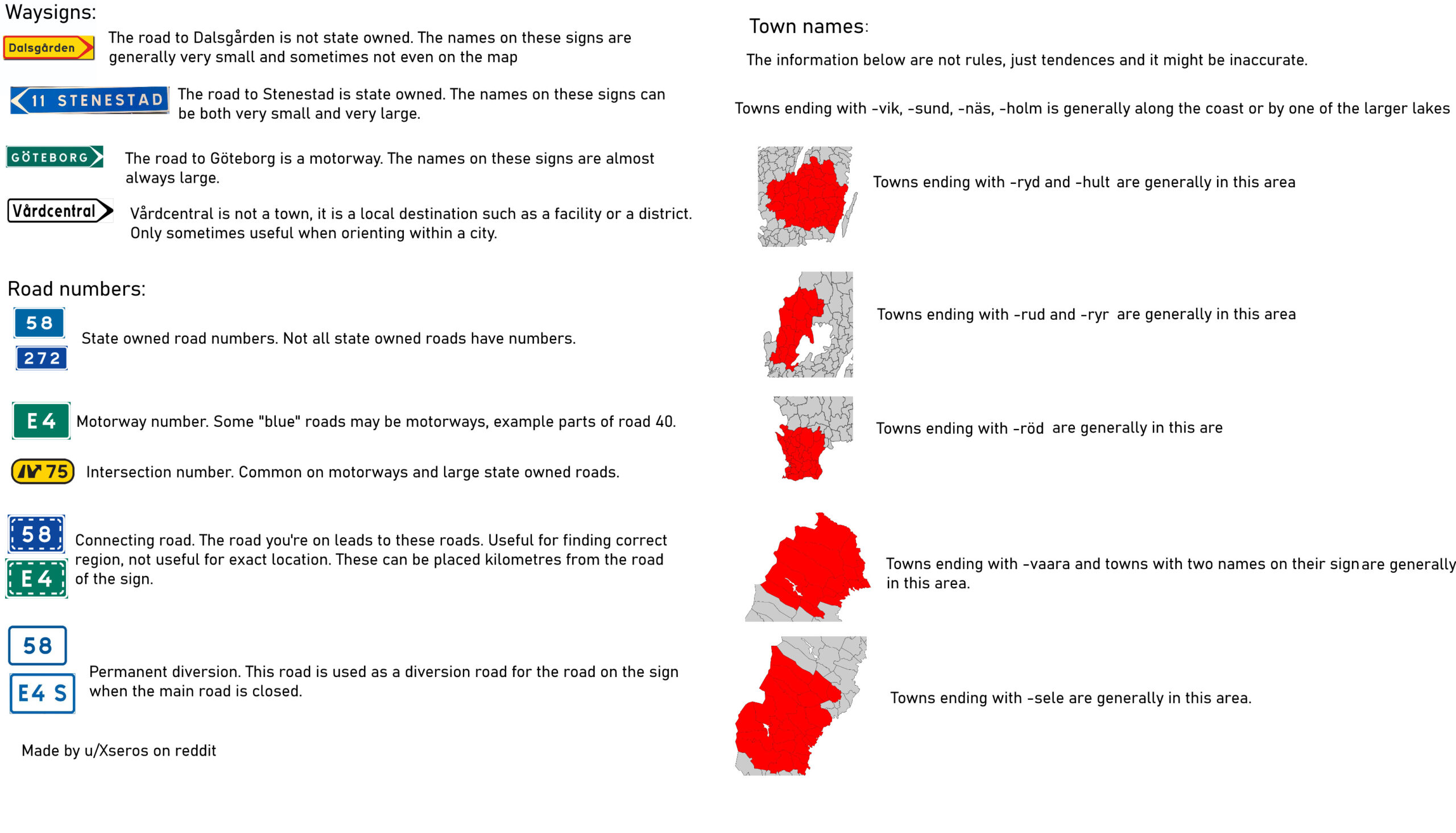
a href=”https://docs.google.com/document/d/14kIrT2EoCdY1y_vL0I8qElVJT9Q6NpZRGZyFPuaXKKg/edit”>Kiribati’s Island Guide
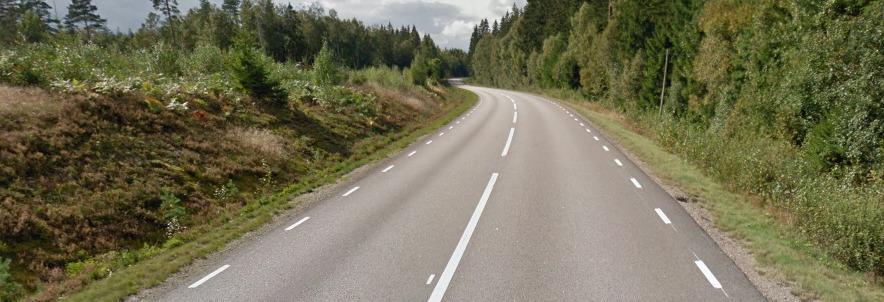
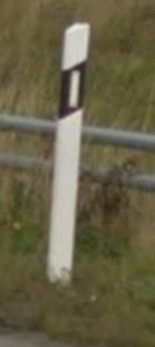

Google Car:


Google cars here can be either a long antenna, or a white back that can be occasionally seen with a blue stripe.
Bollard:


Sweden features a bollard style which are white, with a black rectangle around 1/3 from the top which contains a white rectangle inside of it.
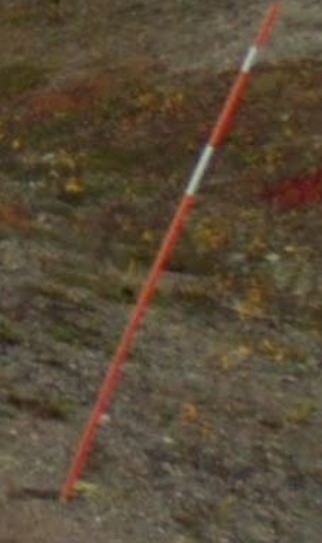
A common sight also are these snow poles.
Google Coverage:

Most of Southern Sweden has coverage. The further north you go, the less likely a town or area has coverage.
Camera Generation:
Gen 2, 3, and 4
Road Lines:

Sweden features short, white, dashed road sides, and white central lines.
Road Signs:

Sweden features, green, blue, and yellow road signs.

Yellow signs are often used for important information such as speed limits etc. These signs will differ from Finland. Swededn will have the red extend to the edge of the sign while Finland will have a yellow border on the edge.
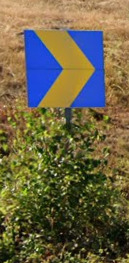

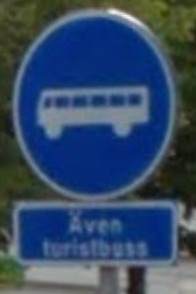

While it may look like a traditional guardrail, its actually smaller than normal. It also seems to be a bit more square, and will have a white reflector inside.

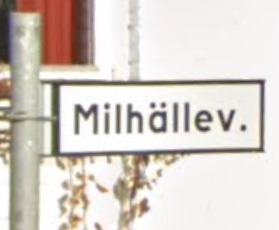

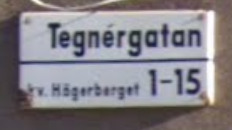
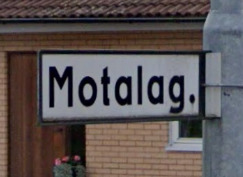
Most streets in Sweden will end in “vägen”, or “gatan”. Due to Sweden’s tendency to have long names, they may be shortened to v. and g. respectively.
Electricity poles:


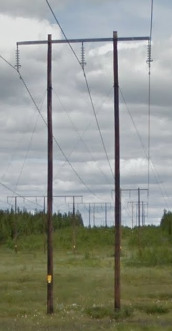
Sweden features wooden electricity poles.
License plates:

Sweden uses the standard European style plate. Taxi’s will feature a yellow plate, and often the vehicle will have a town name on it.
Phone number:
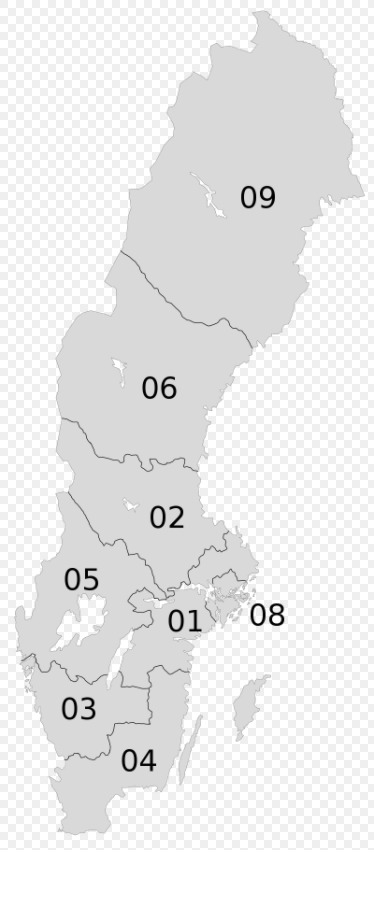

Swedish phone numbers all begin with a 0, Mobiles beginning with 07.
Vegetation/Landscape:



Sweden is fairly flat, with some slight mountains closer to its Norwegian border or north. It is well forested.
Architecture:
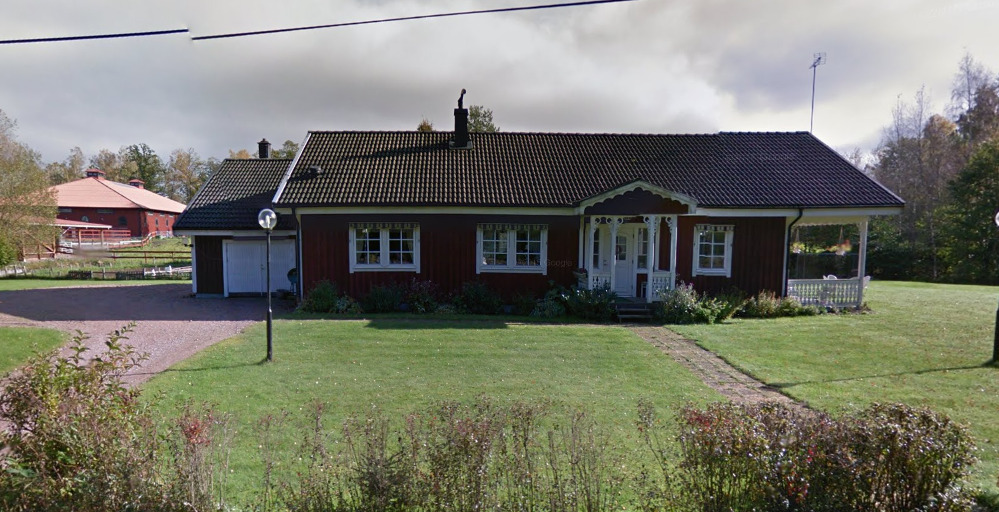
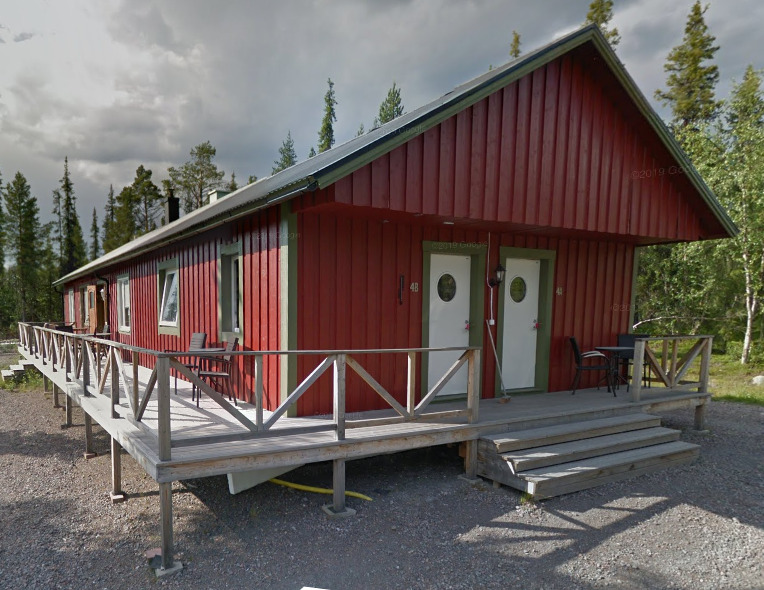
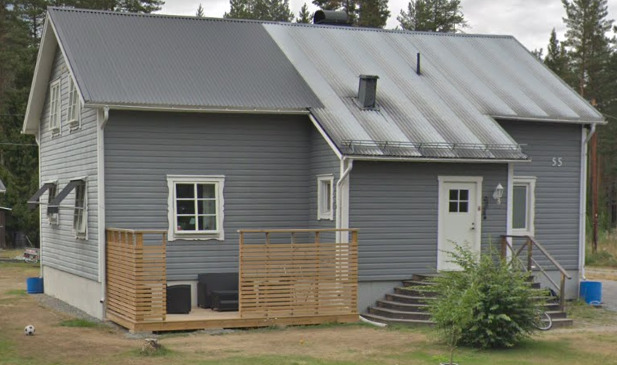
Sweden features some fairly recognizable architecture, often red painted wooden houses can be found.
General look:



Alphabet/script:
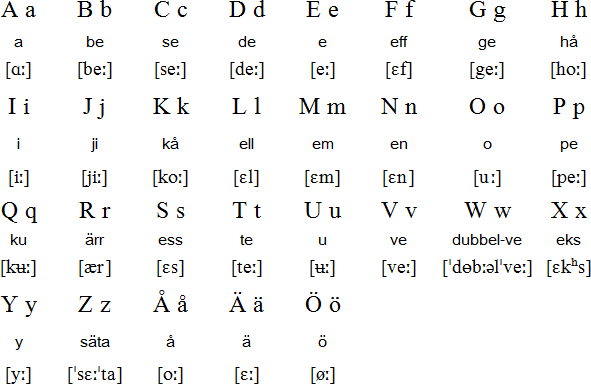
Sweden uses Swedish, an alphabet based in the Latin script.
Domain:
.se
Finland
- Country Flag
- Capital City
- Most Helpful
- Google Car
- Bollards
- Google Coverage
- Third Party Coverage
- Camera Generation
- Road Lines
- Road Signs
- Electricity Poles
- License Plates
- Phone Number
- Vegetation / Landscape
- Architecture
- General Look
- Subdivisions
- Language
- Domain
Country Flag:

Capital City:
Helsinki
Most Helpful:
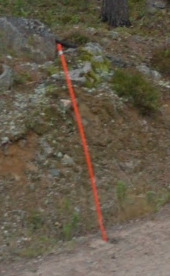

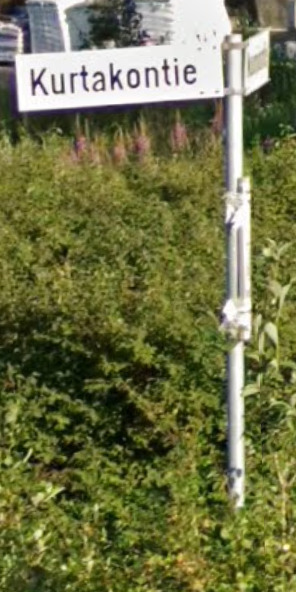
Most Finnish streetsigns with end with the “tie”, which in Finnish means “road”. While not every single road will end with this, it is a good indication you are in Finland.
Google Car:

Finland has an antenna off the back. Its very thin, and can easily be missed if you didn’t know what to look for. There is also a chance to see the back of a white vehicle, but this is more rare than just the antenna.
Bollard:
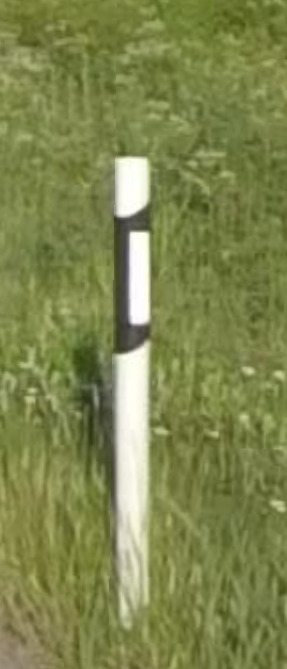
The Finnish bollard is black and white with the black portion containing a white rectangle.

A common sight also are these snow poles.

These can occasionally be found. They indicate that there is a pipe underground and to be cautious if you dig nearby.
Google Coverage:
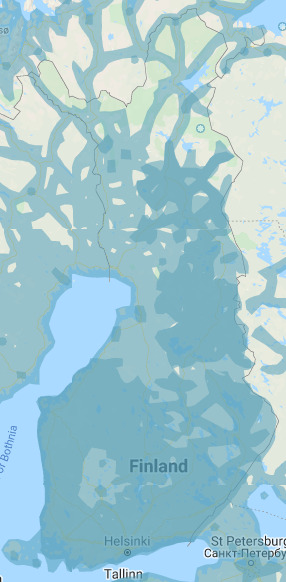
Most of Southern Finland has coverage. The further north you go, the less likely you are to find a town unless its along a numbered road. Stick to the main roads and there shouldn’t be too much of a problem. The darker blues are where there is overlapping coverage done by a third party. This is talked about more below.
There are some instances of snow coverage around, but it is rare.
Third Party Coverage:
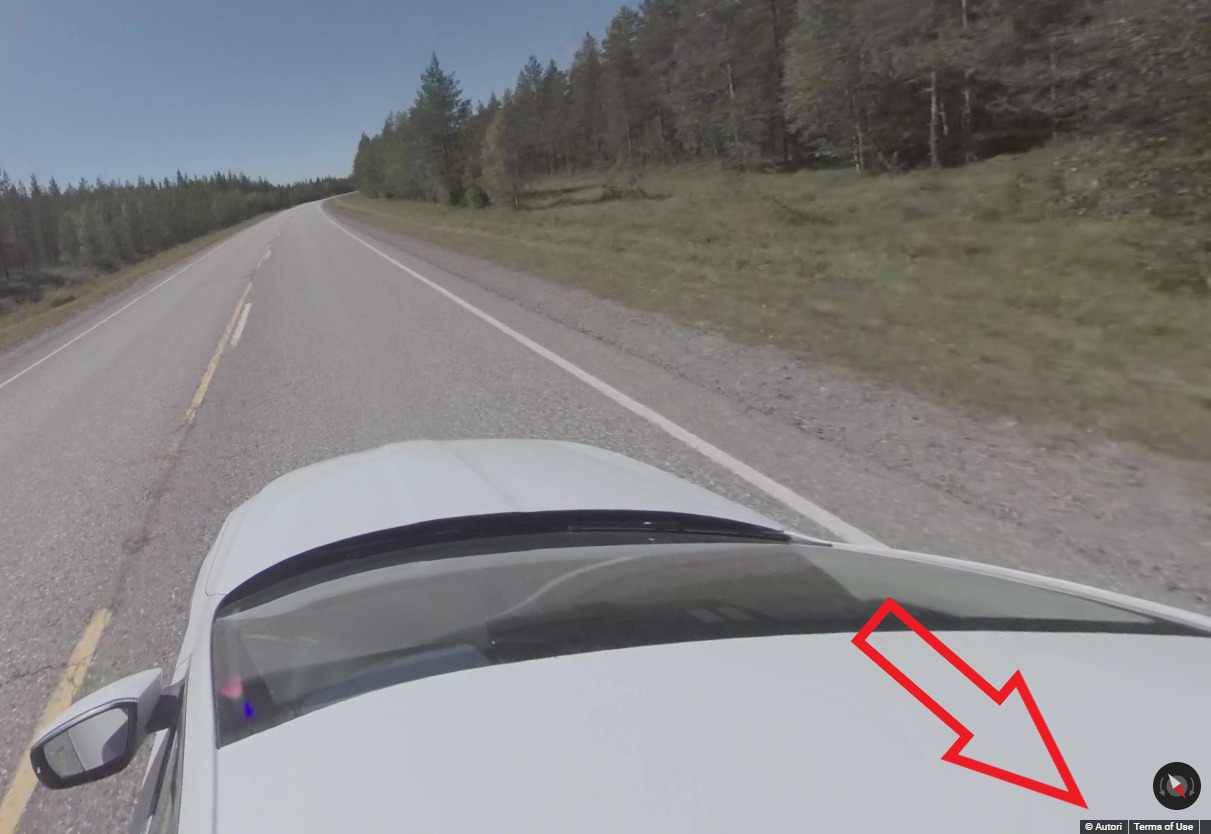
Third party coverage, often called “Ari’s”, are ruining official coverage with their terrible images that they upload over official coverage. Some countries have it worse than others. You can find out whether or not you are in official coverage by looking at the copyright in the bottom right of the image. If it says Google, its official coverage. If it says something else, like in the example above, its third party. Finland has the original Ari, named Ari Immonen. His copyright on the bottom left says Autori. You can also find a third party named Infrap 360. You can often tell you are in third party coverage as the quality is a lot worse than google, as well as movement being incredibly slow. In most cases, third party coverage is not included in maps, but they can sneak their way in, especially when these Aris keep ruining street view.
Camera Generation:
Gen 2, 3 and 4
Road Lines:

Finland usually features all white markings, sometimes dashed shoulder lines, and sometimes yellow center lines. Finland has officially stopped adding a yellow center line. This took place the summer of 2020, so most of the coverage will still feature this yellow divider line. As the coverage gets updated, we will begin to see less yellow on Finland’s roads. The yellow only means “No Overtaking / Passing”. It is being replaced with a white line that means the same thing.

Aland off the coast of Finland has a red tinted road.
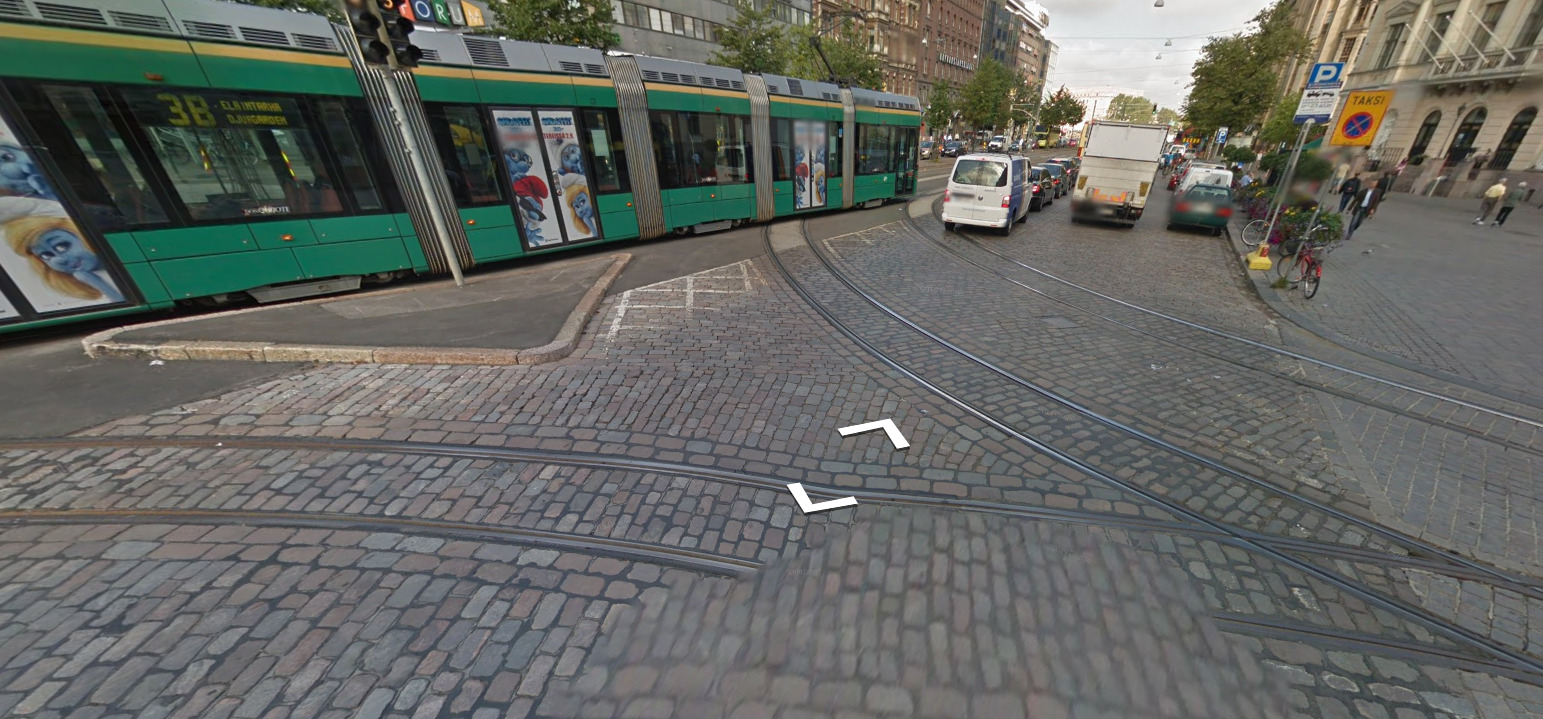
Currently, only the city of Helsinki will have a tram line. While Tampere does have a tram, it is not updated on the current images we have available to us. If you find either the tram itself, or the rails on the road, you have to be in the capital.
Road Signs:

Most Finnish streetsigns with end with the “tie”, which in Finnish means “road”. While not every single road will end with this, it is a good indication you are in Finland.
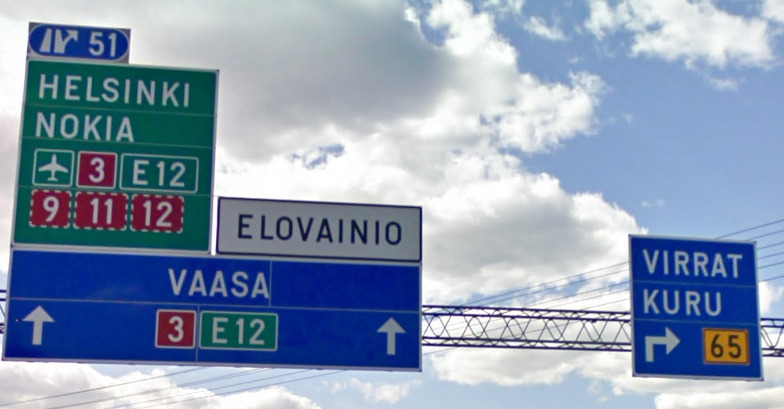
Finland uses blue and green road signs. It uses white signs for its street signs.

Yellow signs are often used for important information such as speed limits etc.

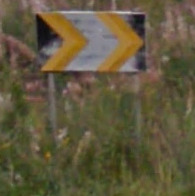
Chevrons in Finland use a black background with a yellow arrow.

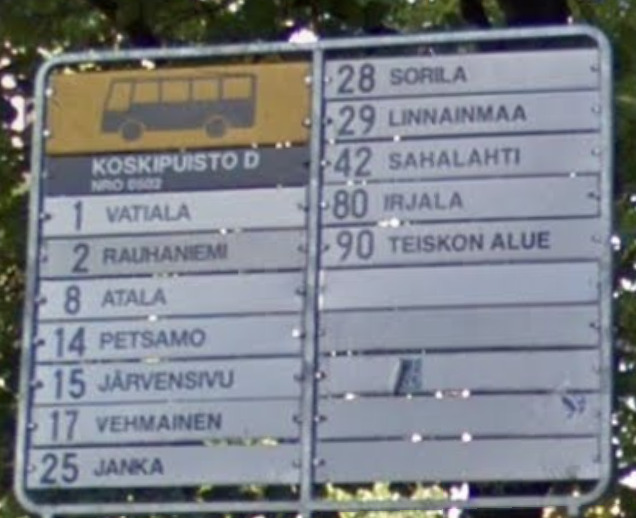


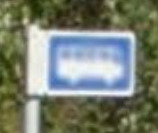
Bus stop signs in Finland can be either a 5 window or a 7 window. They can also be Blue or Yellow, although Finland is replacing all of their blue bus stop signs with yellow ones.

Guardrails in Finland use a traditional guardrail, without any reflectors placed in the middle.

Finland uses a thicker red border, as well as a thin yellow border for most of their signs. This is different from Sweden, and can be very helpful.

Finland has a few areas where you can find Bilingual signs. Not only can you find Swedish, but also a few variations of Sami. For more information on Sami, check out the language section below.

Finland has a gas station called ABC. It is exclusive to Finland, and has been the number one fuel retailer since 2009.
Electricity poles:


Finland uses wooden electricity poles.
License plates:

Finland uses the standard EU plate style.
Phone number:
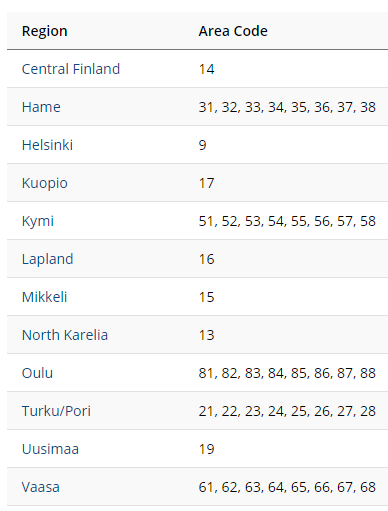
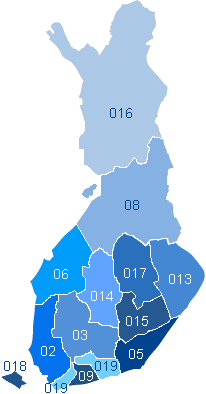
Finnish mobile numbers begin with either, 04, 045 or 050.
Vegetation/Landscape:
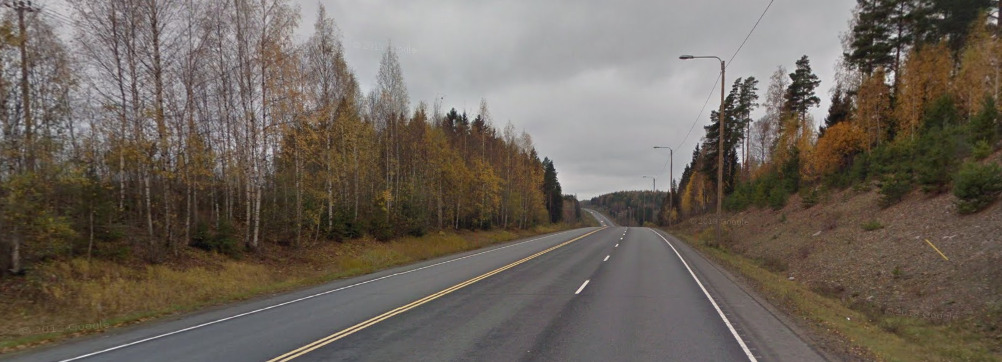


Eastern Finland generally has more hills than the rest of the country. You can also find some mountainous areas far north near the border with Sweden or Norway.
Architecture:
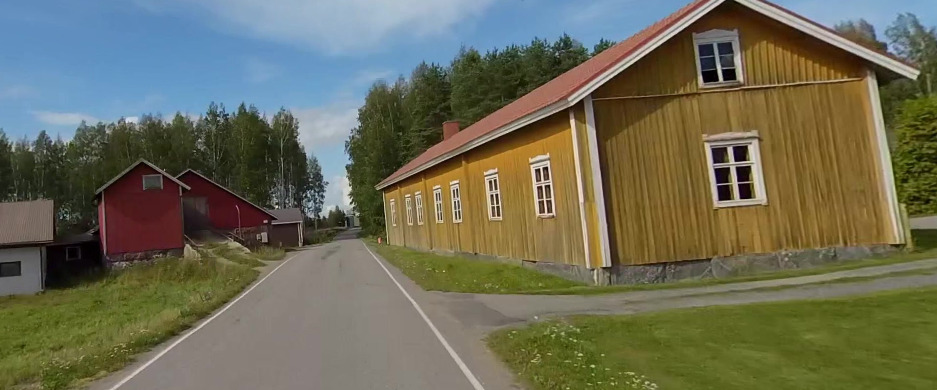
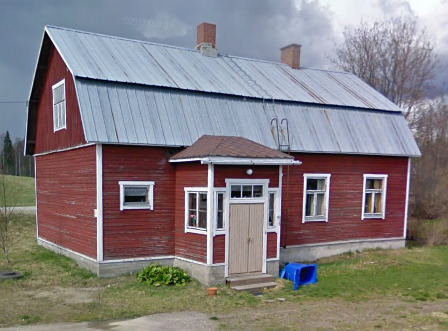
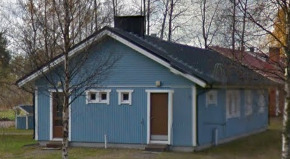
Finland uses a lot of wooden houses often painted red.
General look:
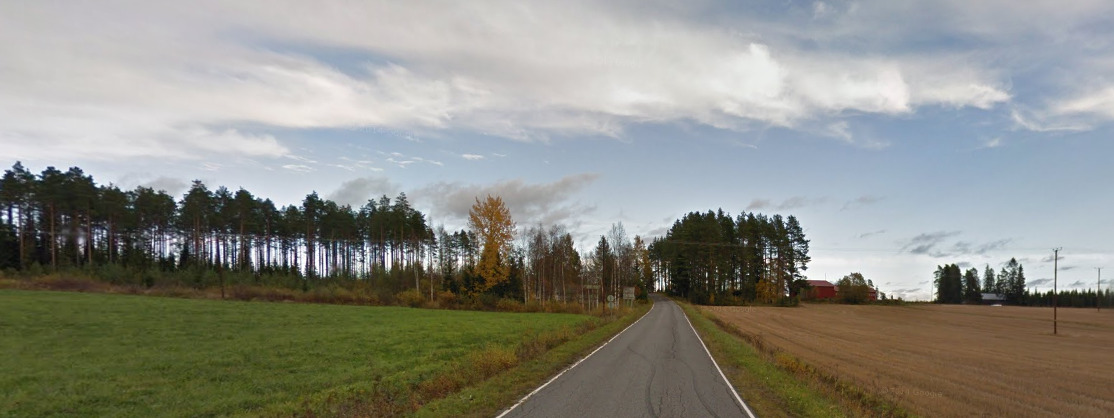


Subdivisions:
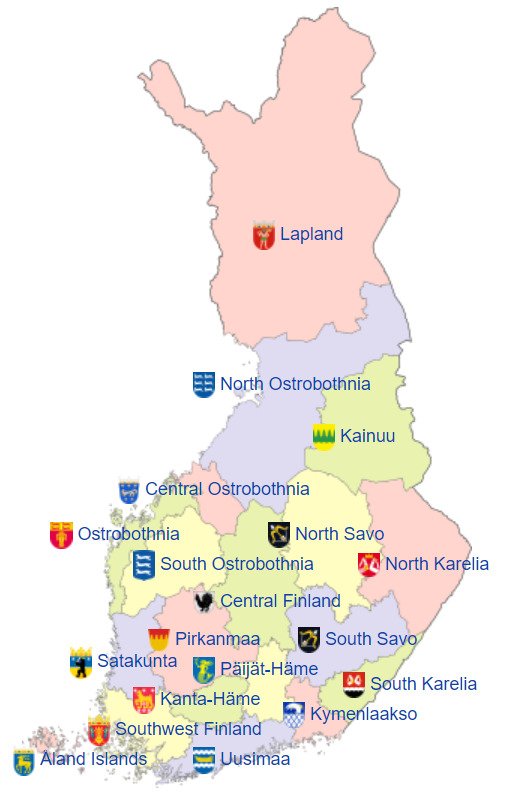

Finland has 19 different regions. They had 20, but one was dissolved in 2011. Each has their own crest which can be found at the entrance to the region. Most also have their own flag, but those are rare to come across.
Alphabet/script:
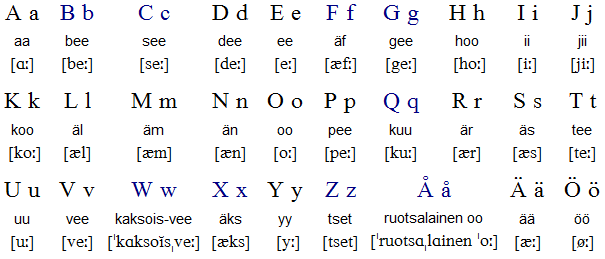
Finland uses Finnish, an alphabet based in the Latin script. The blue letters are apart of the alphabet, but they are not used too often in Finland. You are more likely to see the black letters in signs around the country, with the blue letters sometimes making an appearance in the Swedish areas of Finland.

(Northern Sámi)
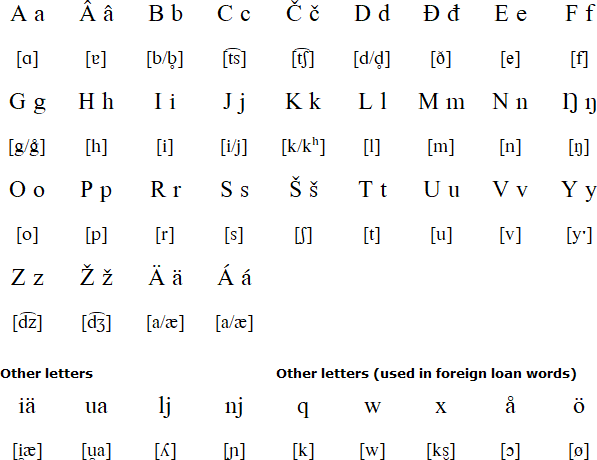
(Inari Saami)
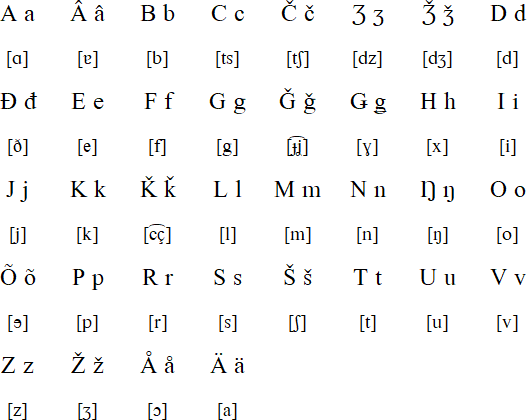
(Skolt Sámi)
They also use Sami, a language that is mostly found in Northern Finland. There are multiple variations of the Sami language, but Finland uses three of them. Those three are Northern Sámi, Inari Saami, and Skolt Sámi.
Domain:
.fi
France
- Country Flag
- Capital City
- Most Helpful
- Google Car
- Bollards
- Google Coverage
- Camera Generation
- Road Lines
- Road Signs
- Street Signs
- Electricity Poles
- License Plates
- Phone Number
- Vegetation / Landscape
- Architecture
- Town Names
- General Look
- Language
- Domain
Country Flag:

Capital City:
Paris
Most Helpful:
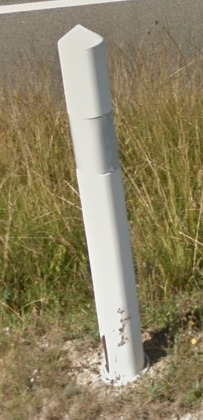


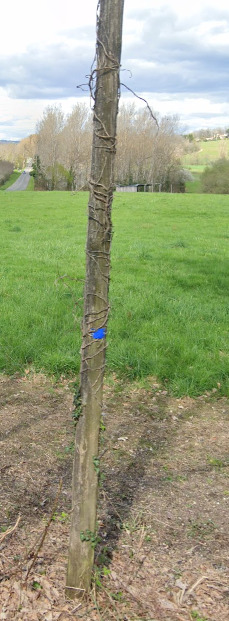
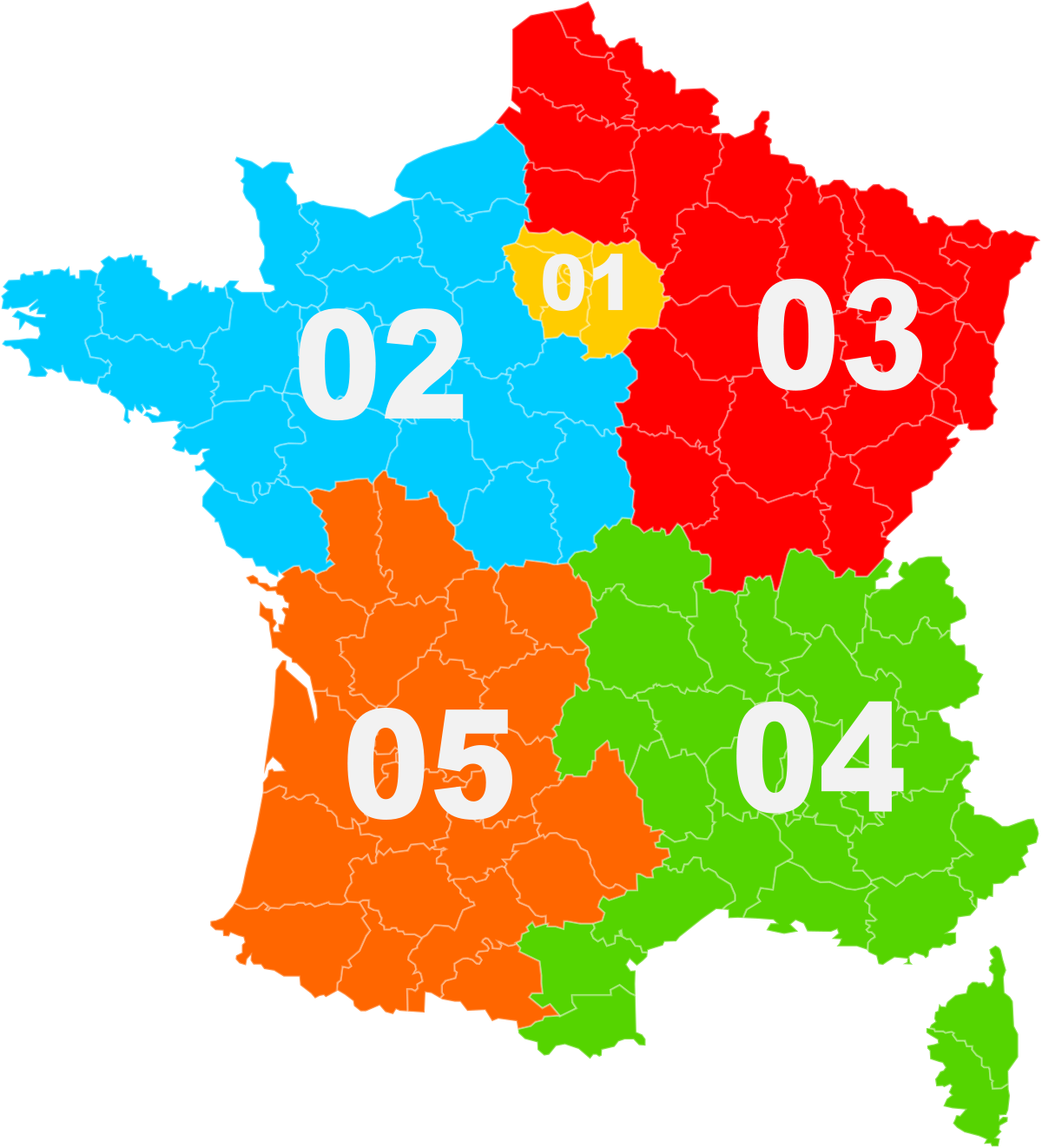
Google car:
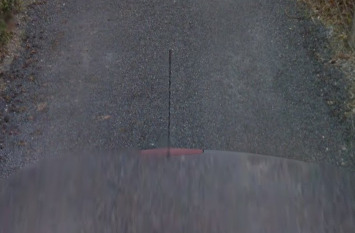
France uses the white car, often with the antenna visible. Gen 4 will be the standard blue car.
Bollard:


French Bollards are super easy to recognize. It very large. Some of them are all white, while others have a red reflector. Both have the same design however.
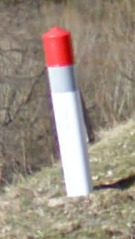
These are a little more rare. Its the same general design but with a weird top red cap. These are found mostly where you would expect there to be snow.
Google Coverage:
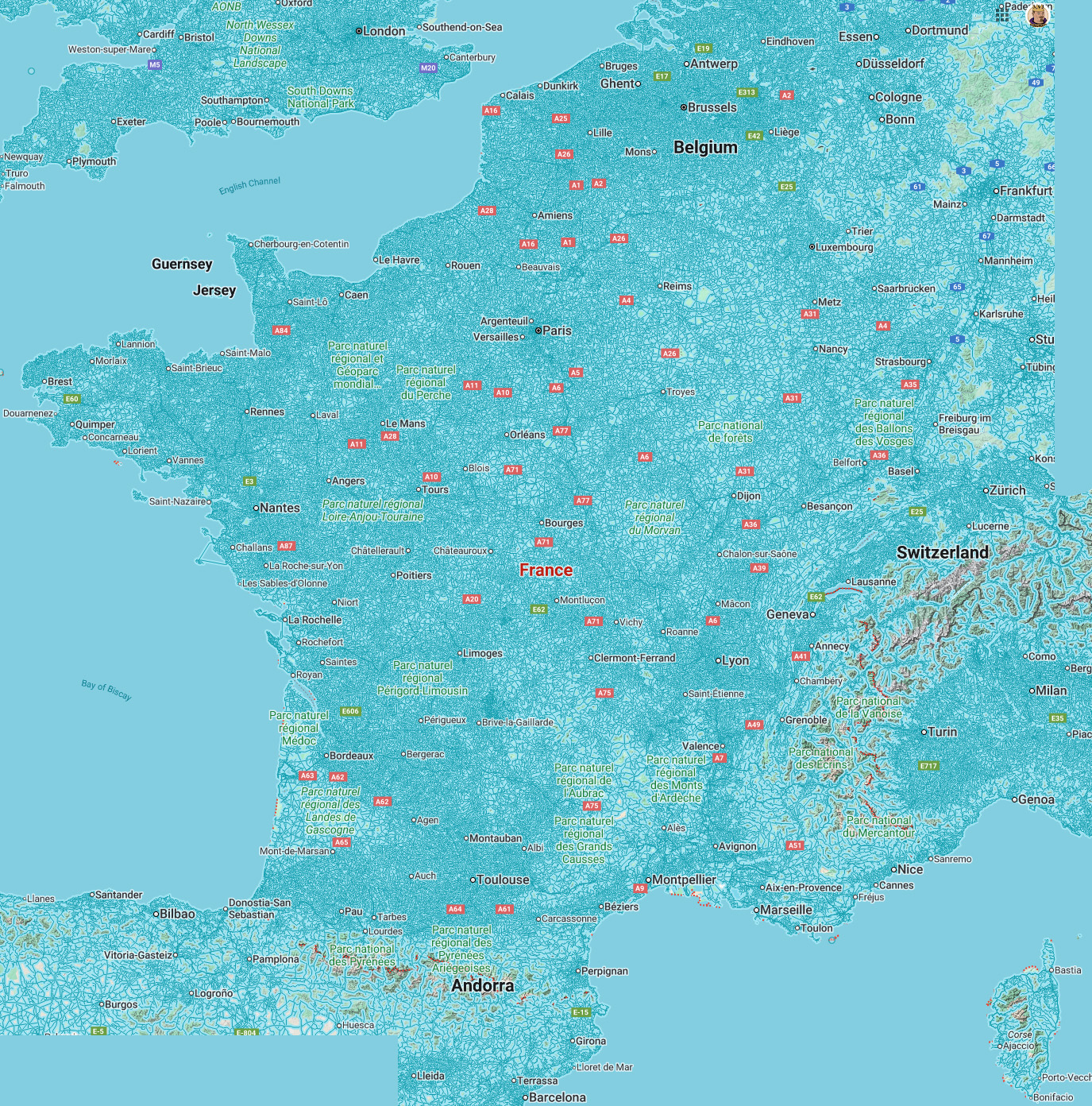
Most of mainland France is covered. There are some scattered spots without coverage, but there are no roads for the vehicle to travel on.
Camera Generation:
Gen 2, 3 & 4
Road Lines:
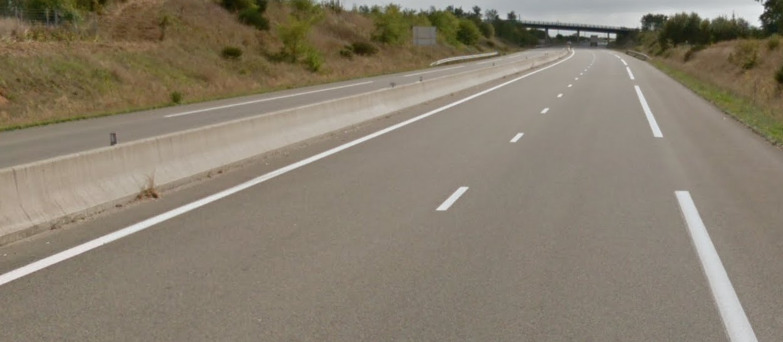
The right shoulder line is dashed, not solid. This is very unique and is a very good indicator. All of the lines will be white.

These diamond dashes are used exclusively in France.
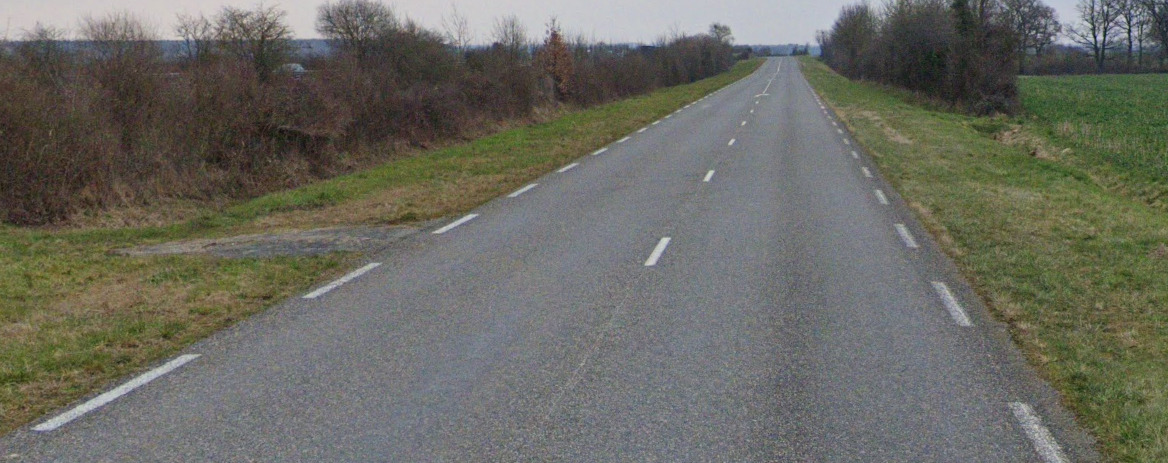
The side dashes in France are longer than other countries in the area, like Spain.
Road Signs:
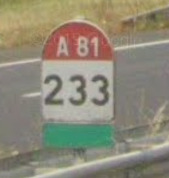
These are scattered across the major roads, telling you not only the road you’re on, but also how far along you are.
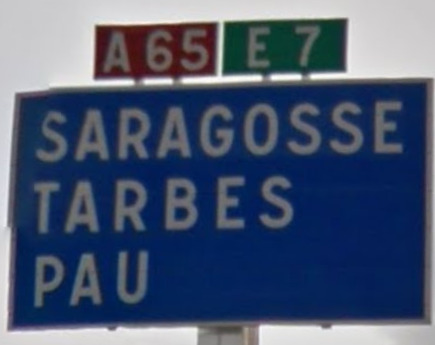
You can also see these road signs, pointing to local towns and cities. The A roads are across all of France while most of the E roads are shared between European Countries, with E3 being located solely in France. The one road lettering system you don’t want to look for would be the C or D roads. C roads are unique for each Town while the D roads are a bit different. These are Department roads, and each of the 96 mainland French departments have their own numbers. THEY CAN REPEAT!

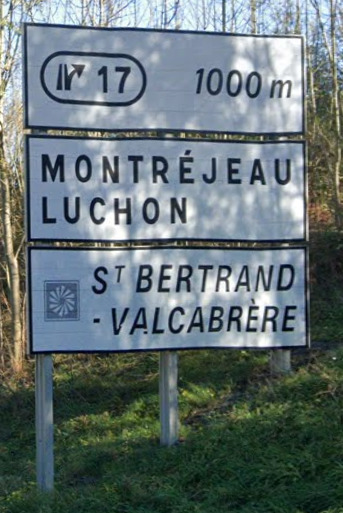
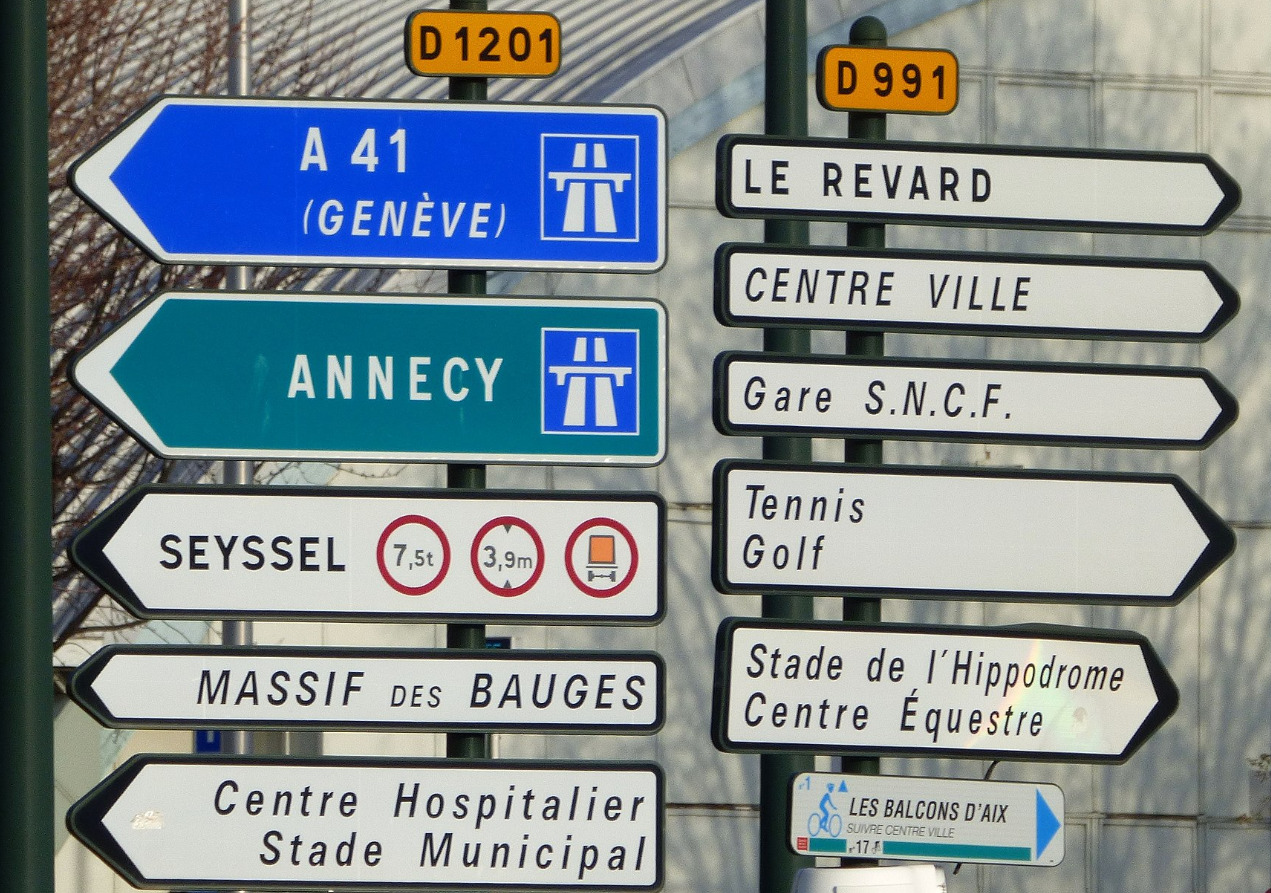
If you follow the blue or green arrow, you will be lead to a major highway. The intent is that these signs bring you to the highway that will bring you to the city listed.

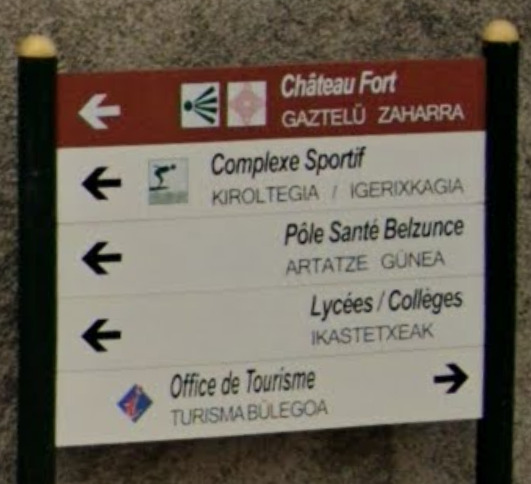
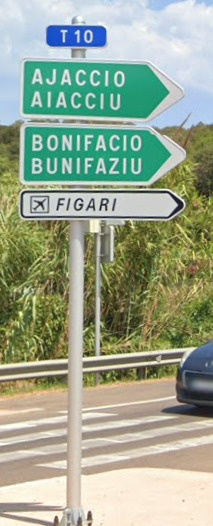
You can often find signs with multiple languages on them. These can be from Bretagne (on the western half of the country) with a language that contains many words ending in “c’h”, Biscay in the south west which contains a lot of the letter X, or Corsica with a language that looks Italian.

Corsica uses RT and T for their routes. Some coverage may still have signs showing the N roads as the main roadway.
Street Signs:
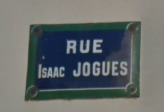
France uses the word “Rue” on most of their signs.
Electricity poles:

Any wooden pole in France SHOULD contain a blue square sticker on it. There are always exceptions.
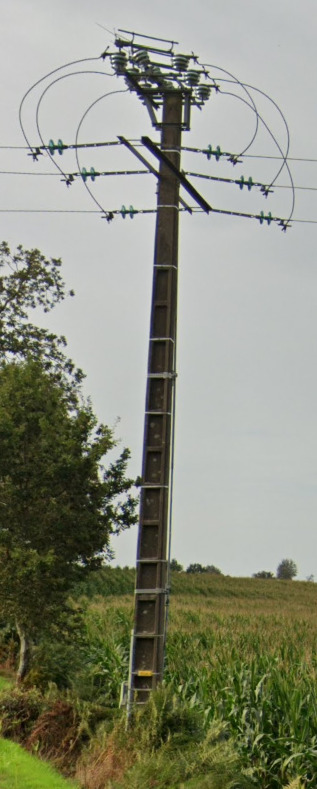


License plates:


Older coverage (Gen 2) will have a chance to show the older license plates. Those would be the Yellow plates. Most of the newer coverage has the white plates. However, due to the blur, its tough to tell the difference from most of the EU countries.
Phone number:
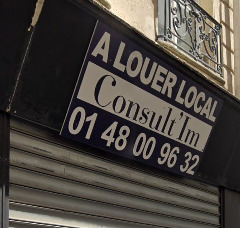

Regions in France have their own area code, and there are only 5. Its very easy to learn these areas, and can help get you into the right area.
Vegetation/Landscape:



Architecture:
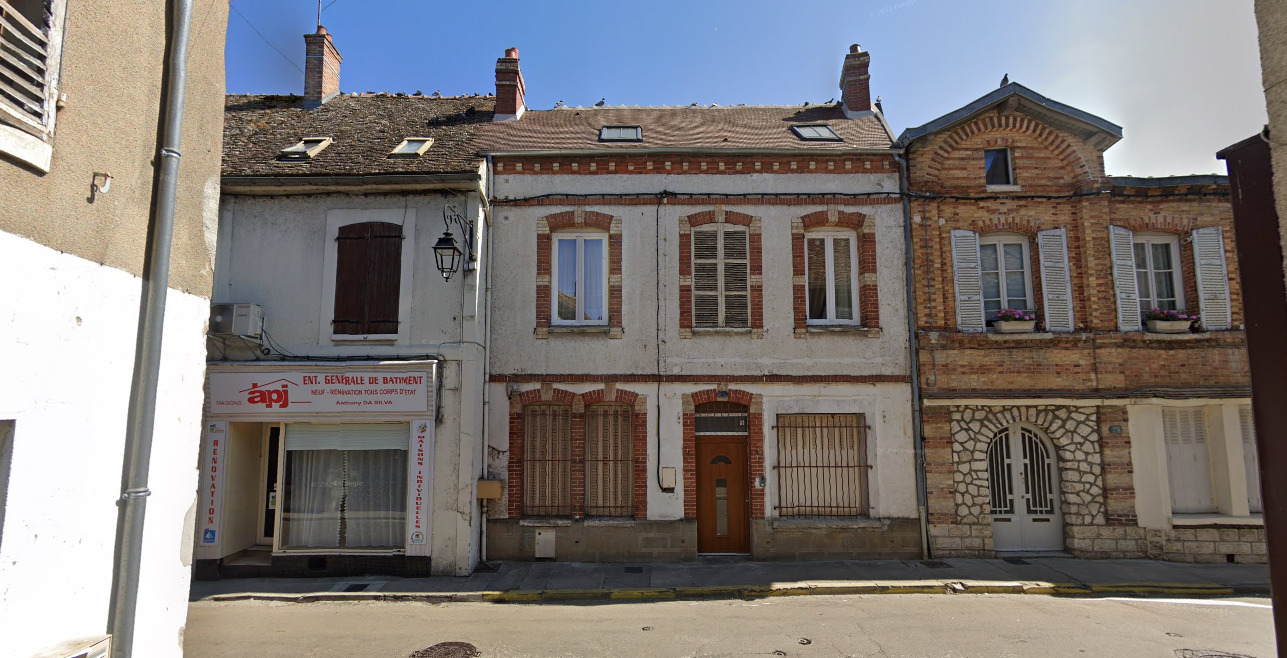
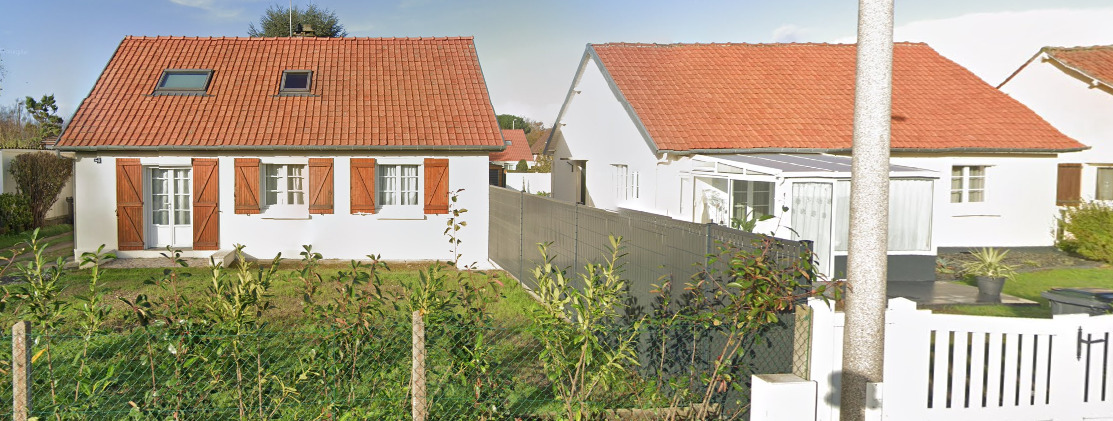
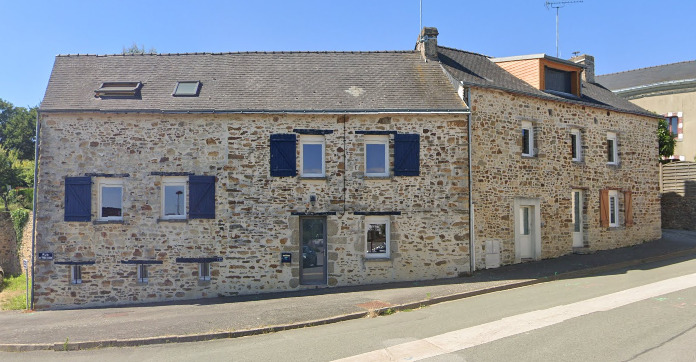
Town Names:
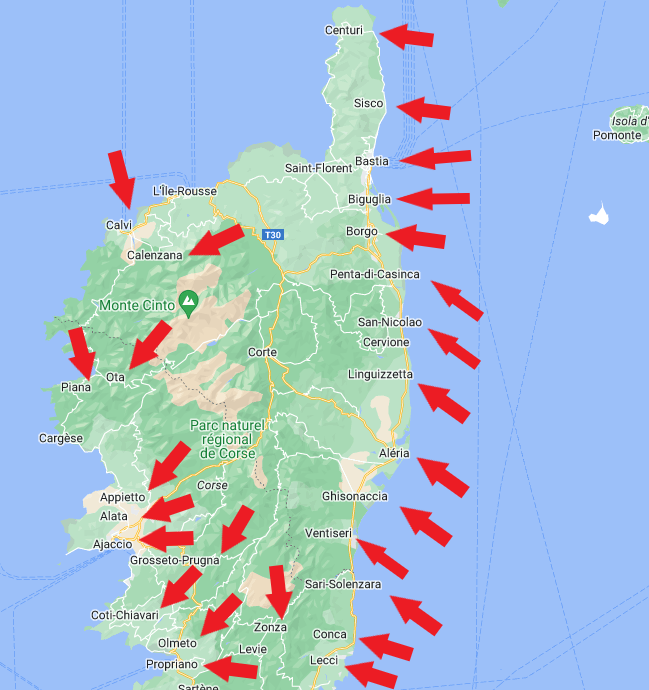
Towns in Corsica sound very Italian. They tend to end in the letter -a, -o and -i.
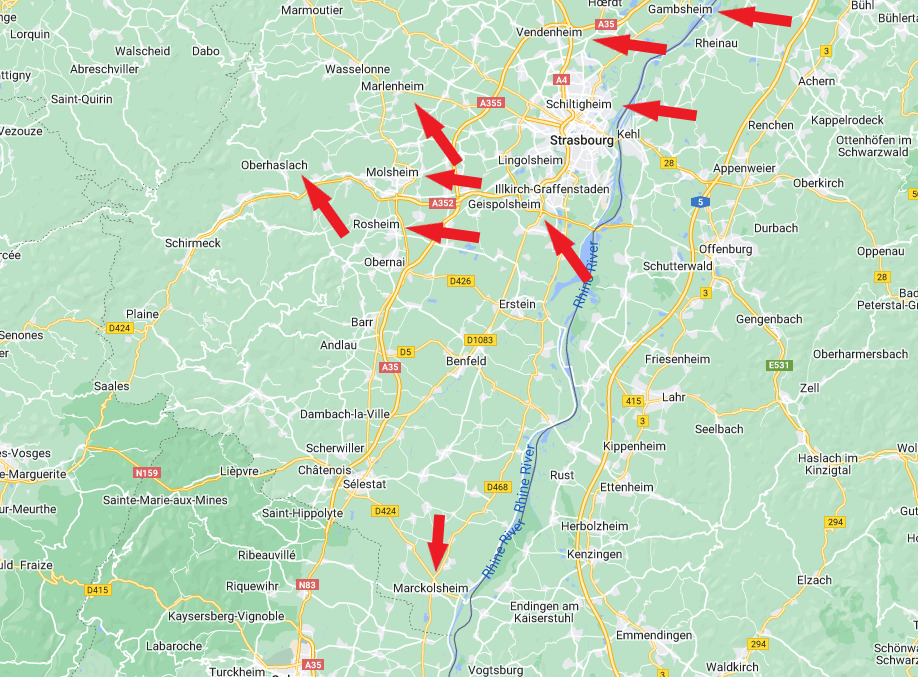
Alsace, the region that borders Germany, will have towns the end with -heim or -ach.
Towns that end in -ac are typically in the south east, while -y, -ay and -oy are in the north. -é tends to be the west while -ey will be the east. These are generic and there will always be exceptions.
General look:



Alphabet/script:

France uses a typical French Alphabet.
Domain:
.Fr
Ireland
Country Flag:

Capital City:
Dublin
Google car:
–
Bollard:
Bollards can be quite rare in Ireland but will often be in this chunky green style.
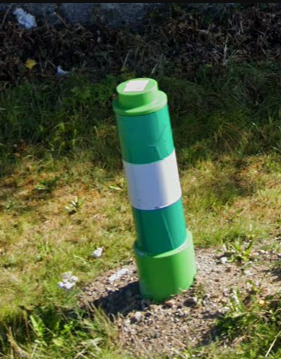
Camera Generation:
Gen 2, 3 & 4.
Road Lines:
Ireland often has similar road marking to the UK.
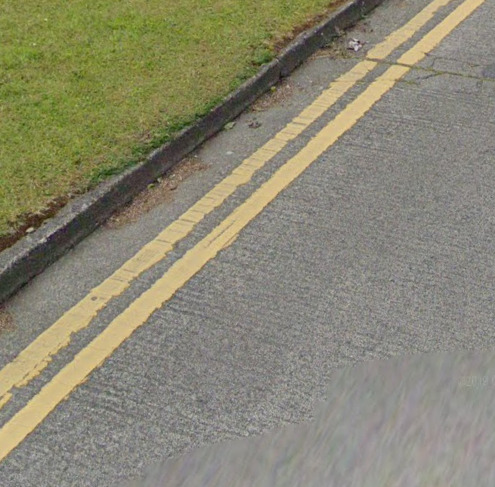
However there is a unique pattern they use with dashed yellow side lines in certain areas.

Road Signs:
Irish signs will often be written in English with Gaelic translations.
Ireland uses green, white, and brown signage.
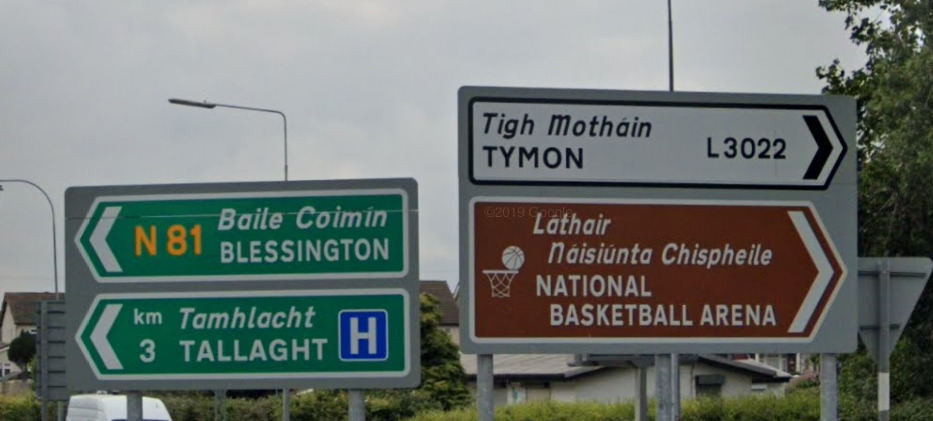
One key difference to tell the UK and Ireland apart is that Ireland uses the metric system.
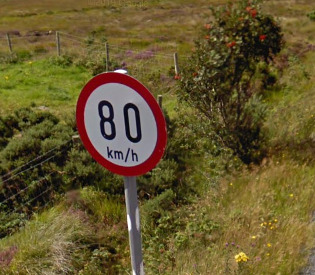
Electricity poles:
Ireland uses wooden electricity poles.

License plates:
Ireland uses the standard EU plate style.

Phone number:
Irish mobile numbers begin with 08 and contain 10 digits, they also have an area code system for landlines.
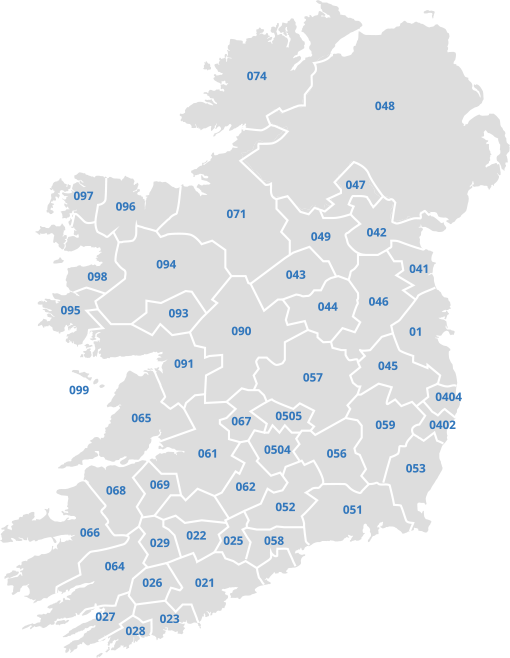
Vegetation/Landscape:
Ireland looks almost identical to the UK and it can often be very difficult to tell the two nations apart in rural areas.

Specific tree:
–
Architecture:
Irish housing, especially in rural areas can be a key way to distinguish it from the UK, Irish houses tend to be more ‘boxy’ and often feature the door in the center.
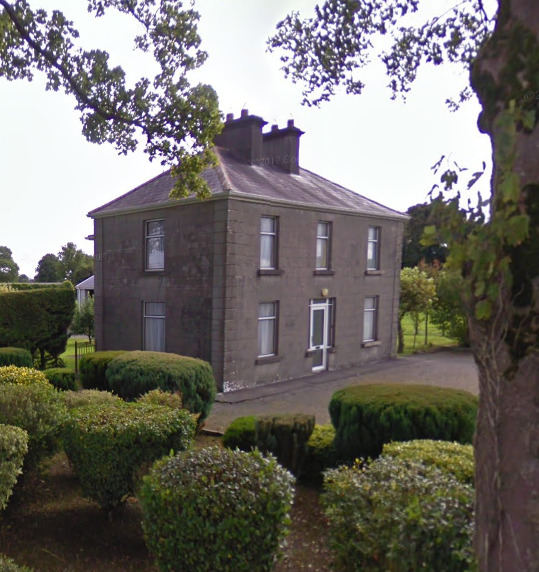
General look:

Alphabet/script:
English and Gaelic alphabets based in Latin script.
Gaelic.

Domain:
.Ie
Germany
- Country Flag
- Capital City
- Most Helpful
- Google Car
- Bollards
- Google Coverage
- Camera Generation
- Road Lines
- Road Signs
- Street Sign Meta
- Electricity Poles
- License Plates
- Phone Number
- Vegetation / Landscape
- Architecture
- General Look
- Language
- Subdivisions
- Domain
Country Flag:

Capital City:
Berlin
Most Helpful:

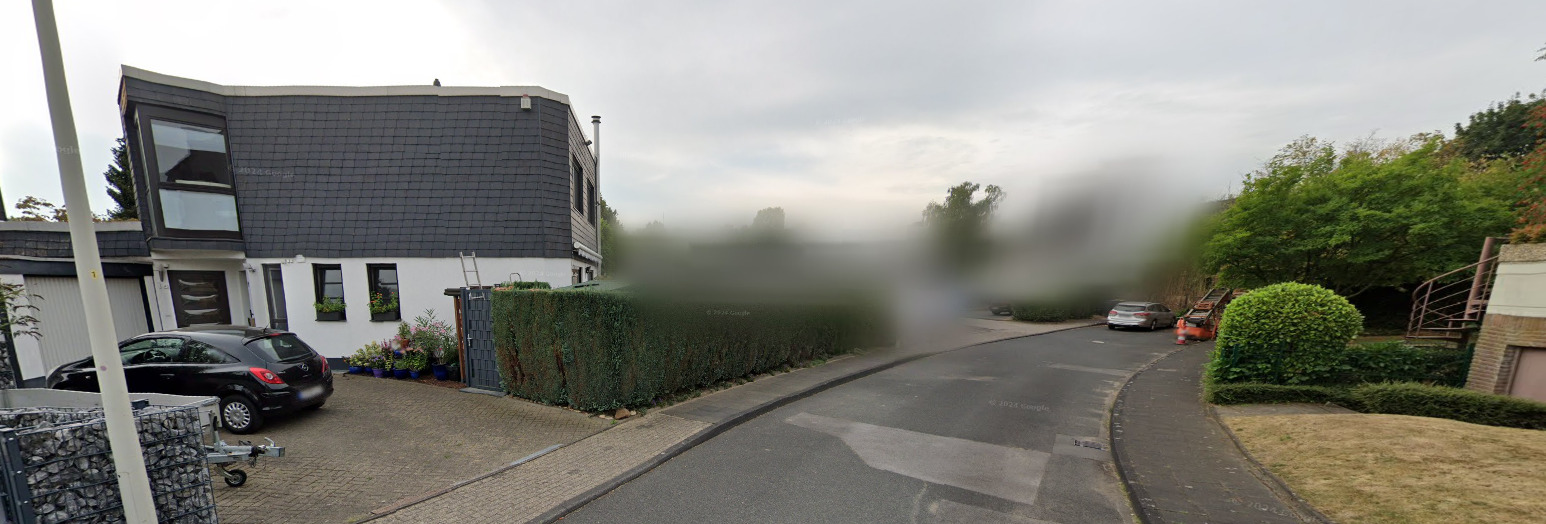
You can still find blurred houses (more than normal compared to other countries), but the vast majority of houses are now on Street view.
Google car:
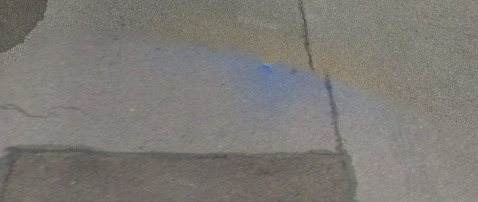
With the new Gen 4 update, you will see a blurred blue car.
Bollard:

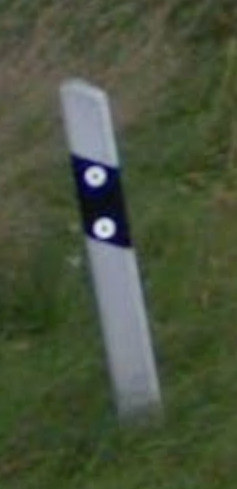
The left image is the front of the bollard, while the right image is the back if it.
Google Coverage:
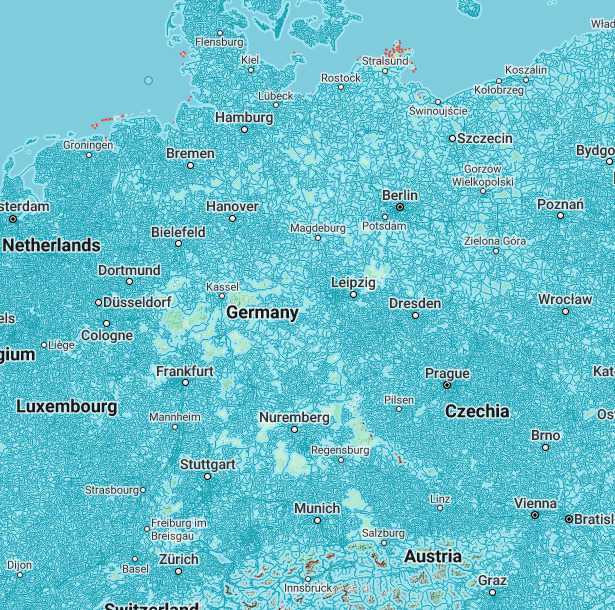
Germany has finally released a Gen 4 update after years of using their privacy laws to stop Google from publishing the data. What used to be 20 cities has turned into an entire country. Some city specific metas are still viable. You cant even see the red border around the country because of the amount of roads now covered!
However, one of the caveats of these images being released are that the older images must be removed. We will follow the law and remove any image posted here if requested to by Google or the government of Germany.
Camera Generation:
Gen 4 (with a chance to find Gen 3 Trekker)
Road Lines:
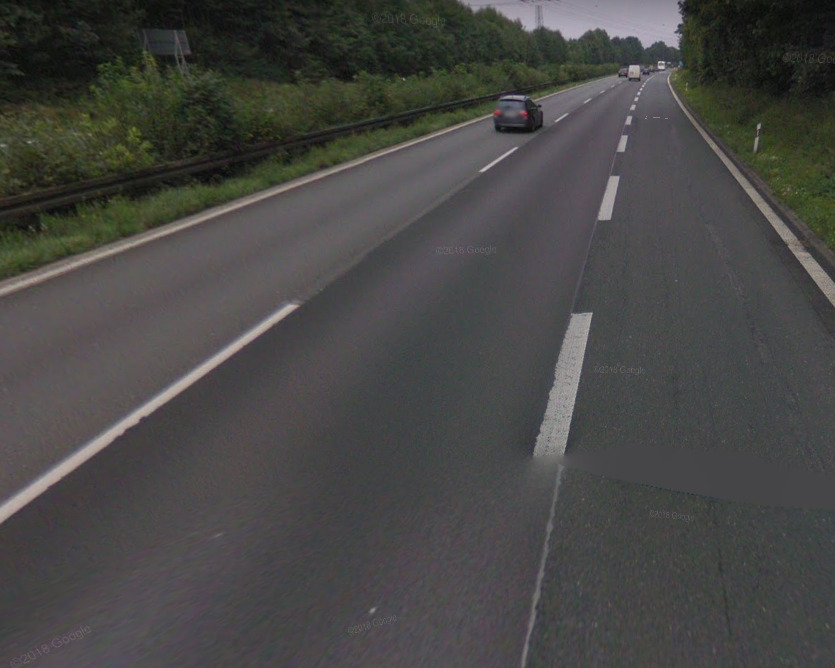
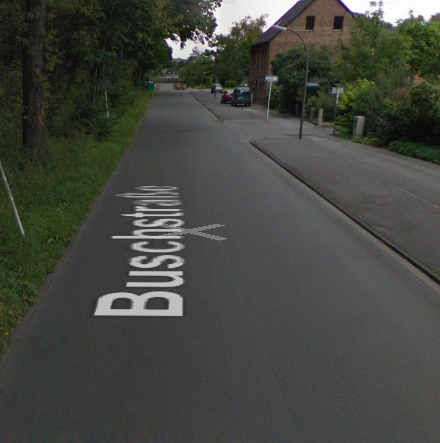
Germany uses all white lines. Shoulders will be solid, while the center line can be dashed. Smaller roads will be unmarked.
Road Signs:

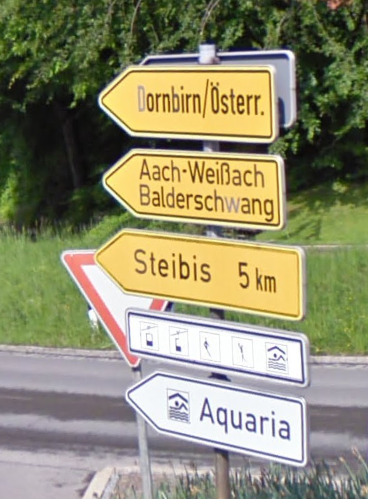
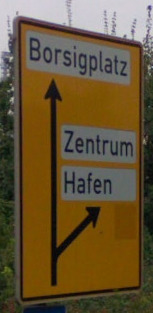
German road signs are written with black characters on yellow background. A black border also surrounds signs.
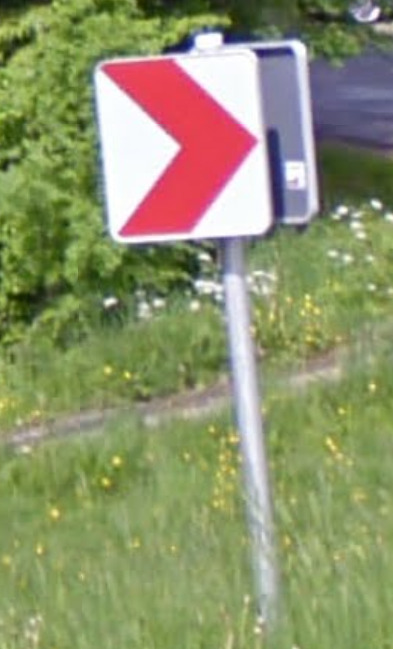
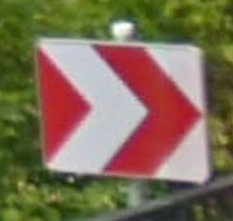
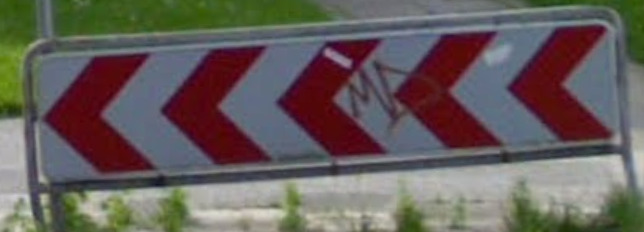
Chevrons are red on a white background.

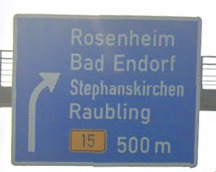

Street Sign Meta:
- Berlin
- Bielefeld
- Bochum
- Bonn
- Bremen
- Dortmund
- Dresden
- Duisburg
- Düsseldorf
- Essen
- Frankfurt am Main
- Hamburg
- Hannover (Hanover)
- Köln (Cologne)
- Leipzig
- Mannheim
- München (Munich)
- Nürnberg (Nuremberg)
- Oberstaufen
- Stuttgart
- Wuppertal
Electricity poles:


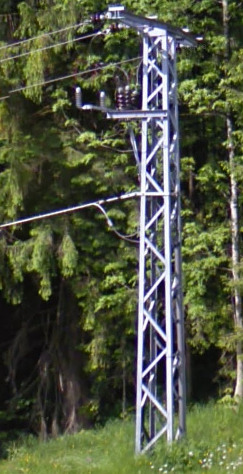
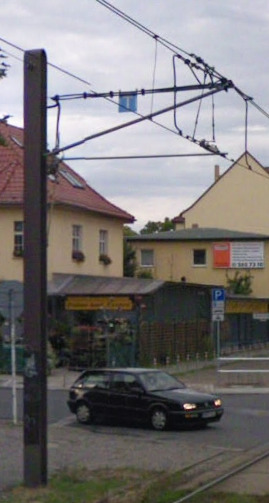
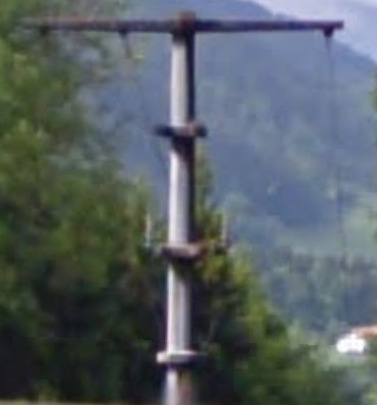
Electricity poles don’t follow any pattern. They can be any shape and size. Wooden, concrete, and metal poles can be found in all cities.
License plates:

License plates in Germany are super important. They use a traditional European-style license plate, where the first few letters tell you where the car was registered. The F on this plate stands for Frankfurt am Main.
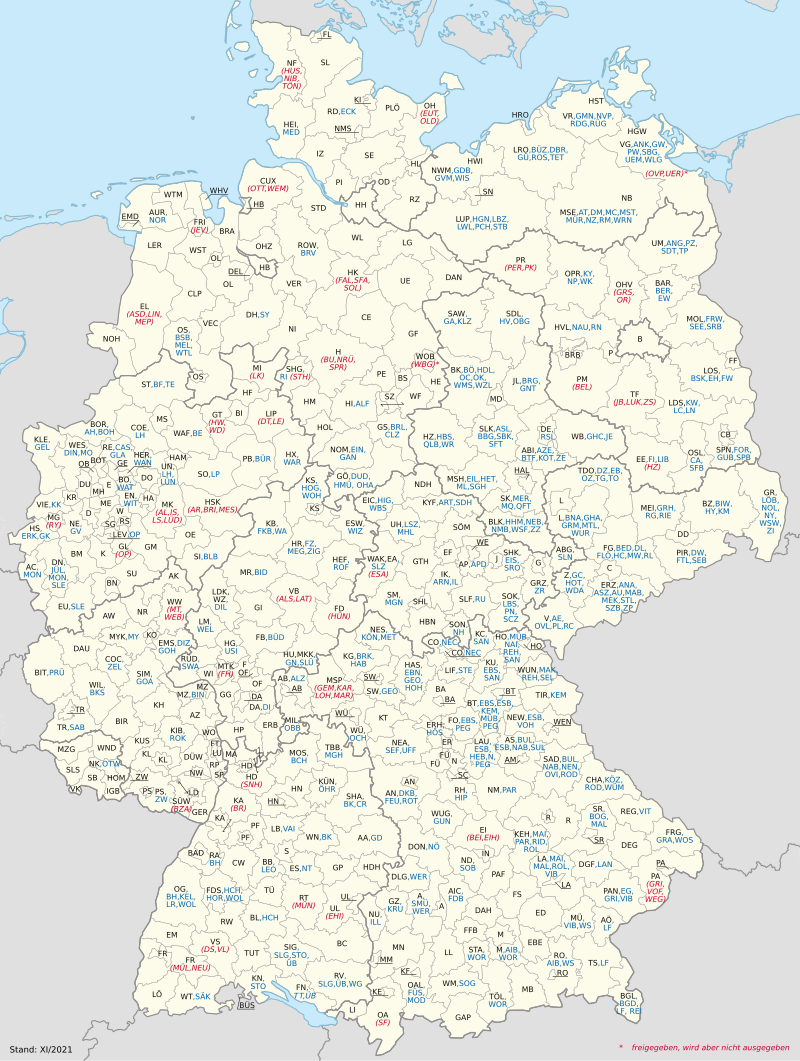
As you can see from the map above there are many different area codes. A full list of area codes and a map in higher resolution can be found here.
Phone number:
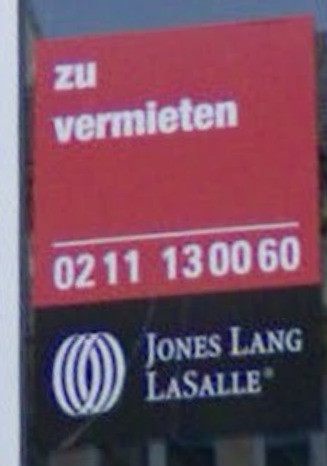
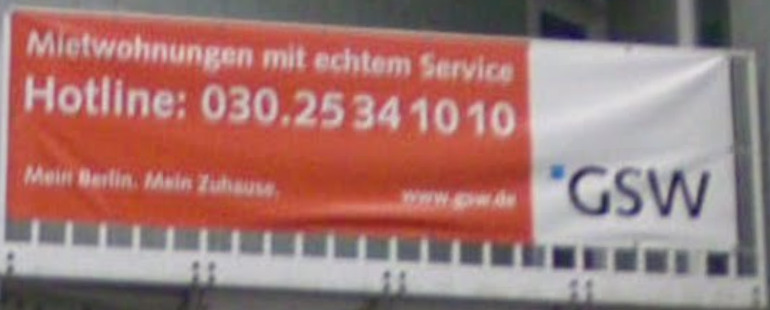

Phone numbers are super complicated in Germany as there is no limit to the number of digits for a number. You can have a two-digit number or a ten-digit. Use the map above to learn specific area codes.
Vegetation/Landscape:



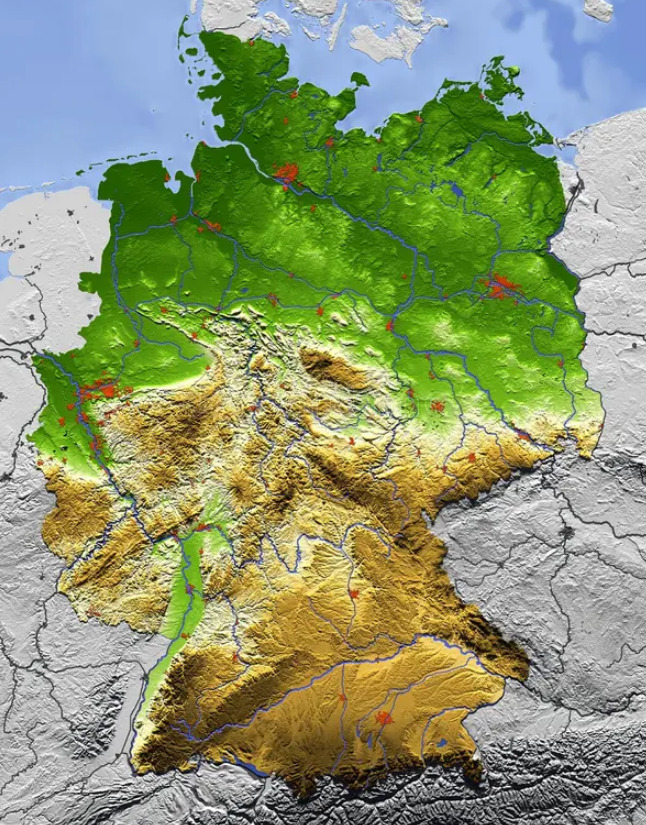
The further south you go in Germany, the more mountains you will find!.
Architecture:
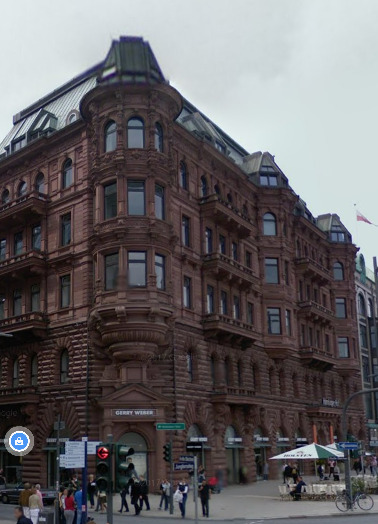
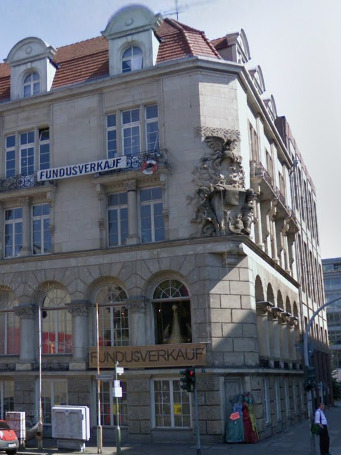
City centers are usually built up with old multistory buildings from various historical eras.

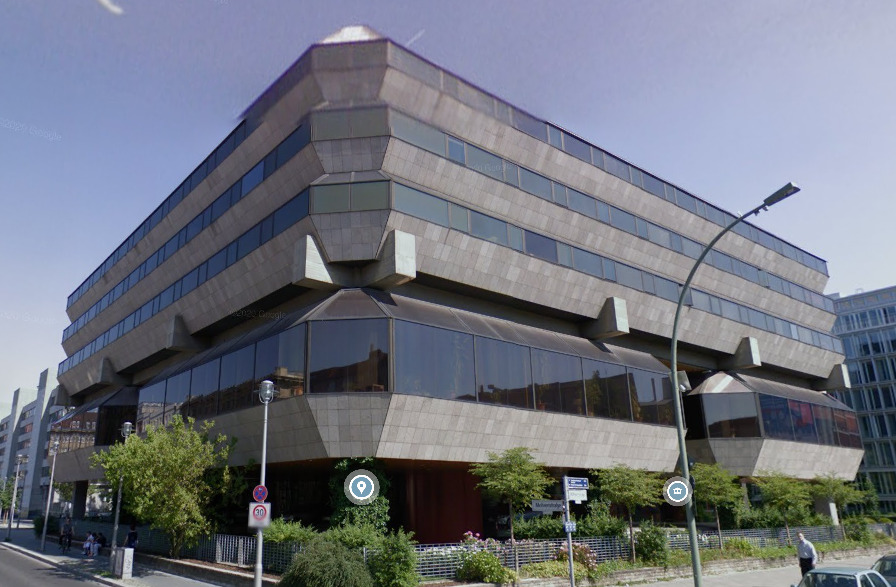
In combination with old historical buildings, you will also find modern architecture. Large windows are a distinct factor for them.
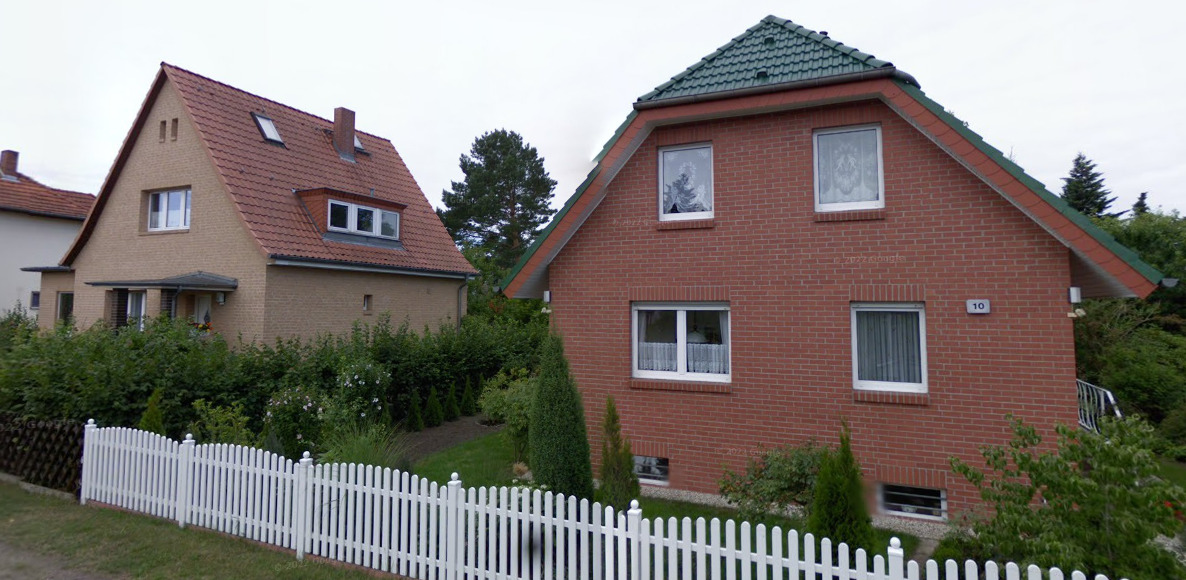

Outskirts are usually reserved for residential buildings.
General look:




You can still find blurred houses (more than normal compared to other countries), but the vast majority of houses are now on Street view.
Alphabet/script:

Germany uses a Latin based script with few unique characters.
Subdivisions:
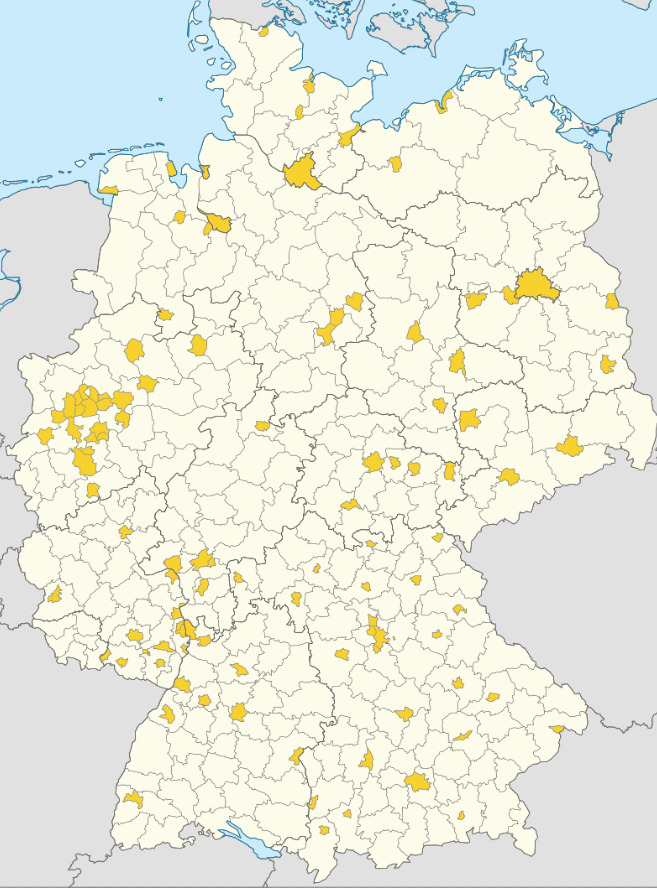
There are 16 partly sovereign federated states in Germany. Those 16 states are further divided into districts.
Domain:
.de
Germany uses .de, which stands for Deutschland.
Street Sign Meta:

Berlin street signs are written with black text on a white background. They are surrounded by a metal frame not directly attached to the post (There is a gap between the post and the sign). Bonn uses a similar design, but they color the frame white.
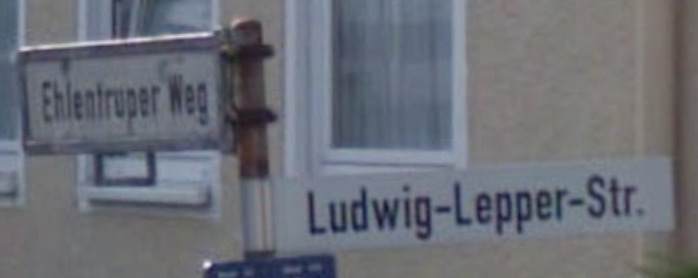
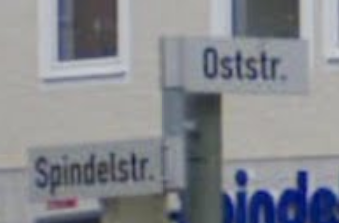

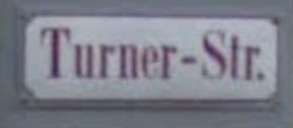
Bielefeld uses generic white signs, without any special features. You can also spot the Berlin-type street sign, but they are rarer. A white street sign on the wall is a better clue as they can not be found in other cities (except in some rare cases in Wuppertal). Text is generally black, but it can also be red in some rare instances.


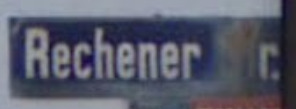
Bochum uses regular blue street signs. They can be either found mounted on the wall or the signpost. The text is white.
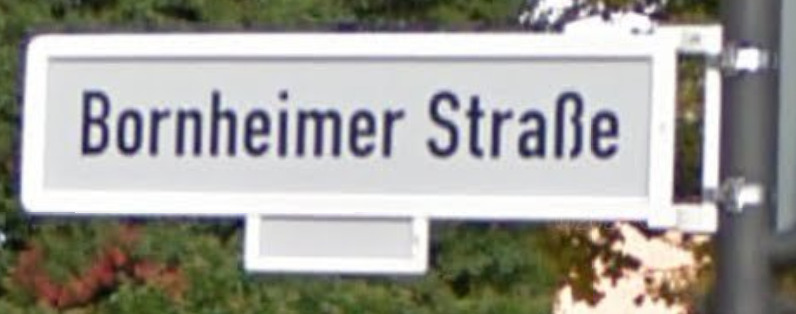

As said in the Berlin section, Bonn’s street signs look very similar. However, Bonn’s frame is colored in white, which makes it stand out from the Berlin one. Street signs on the wall are blue.
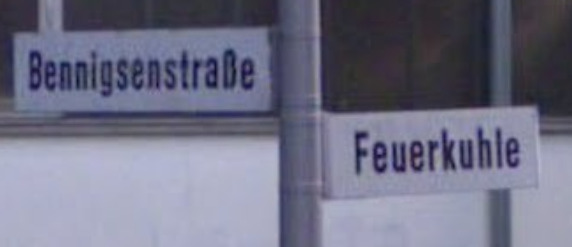
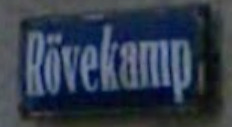
Bremen uses basic white street signs. Those mounted on the wall will be blue without any white borders or other ornaments.
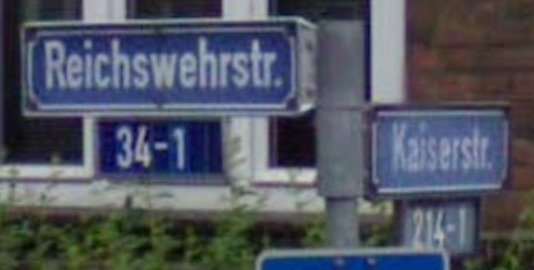
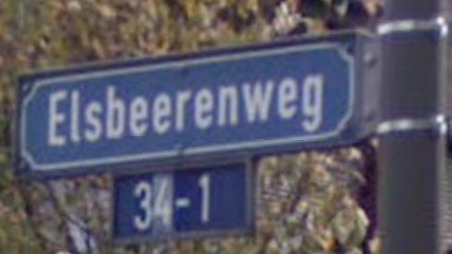
Dortmund uses blue signs that are framed in a very unique metal frame. If you see a frame shaped like the one in the image above you know that you are in Dortmund.

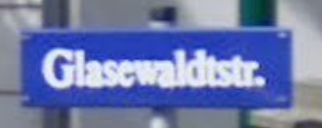
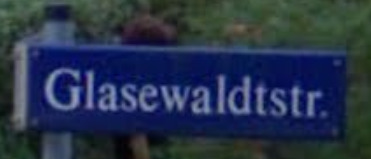
Dresden uses blue street signs with white text on them. They are not special when it comes to the style, but to how are they mounted. At the T intersection, they will be mounted centrally and on a four-way intersection, they will be mounted directly on the post and not to the side of it. Look at the pictures above for a better understanding.
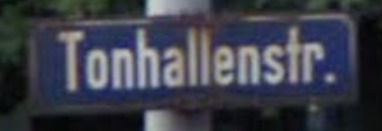

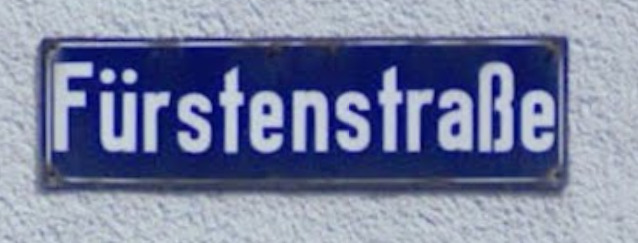
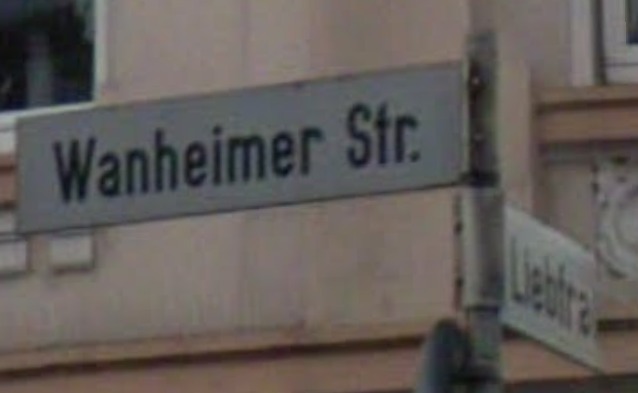
Street signs found in Duisburg are not that useful. Those mounted on poles will be white or blue and those on the wall blue.
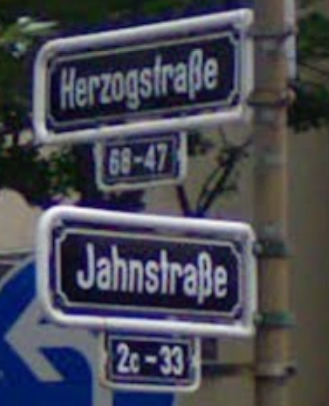

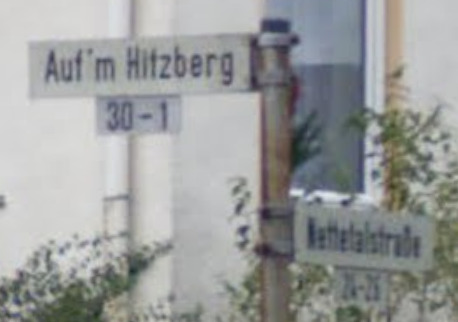
In Düsseldorf, you will find black street signs with white text and a thin white border. The sign will be also framed in a metal frame. There are some instances of regular white signs, but they are rarer. Street signs that are mounted on walls will also feature white characters on black background.

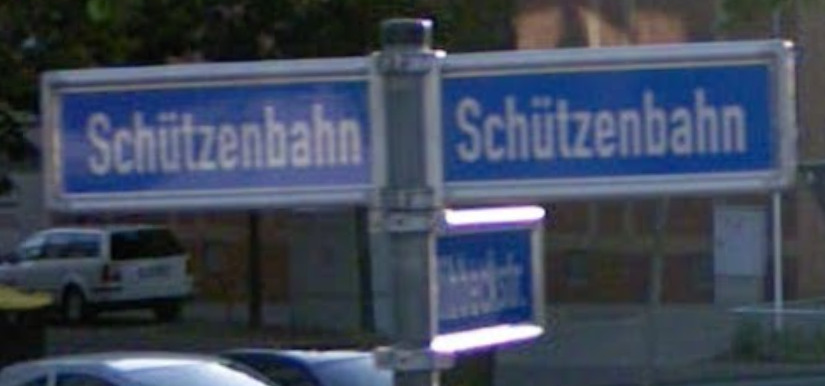
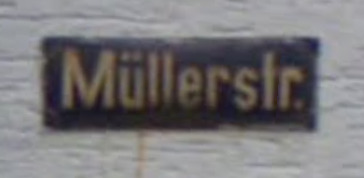
Essen will feature blue signs mounted in a thick metal frame. There will be no gaps between the sign and the frame giving it a unique design.

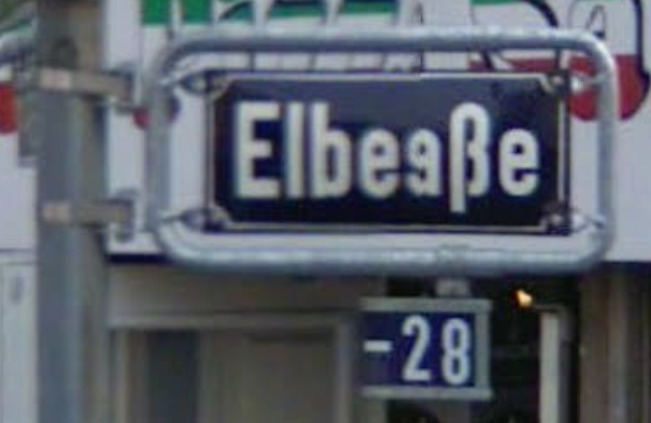
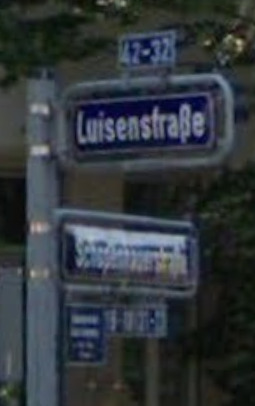
Frankfurt also has a unique frame. There are joints that are connecting the blue sign to the frame. These are specific to Frankfurt am Main.
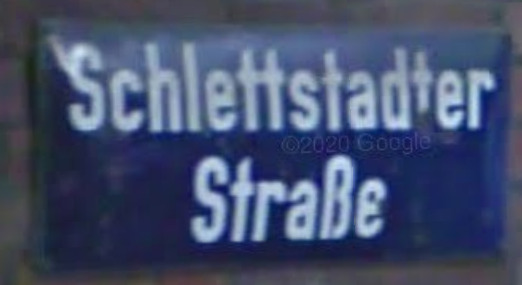
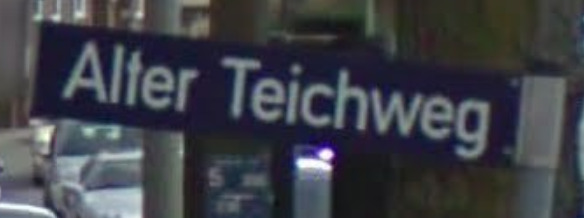
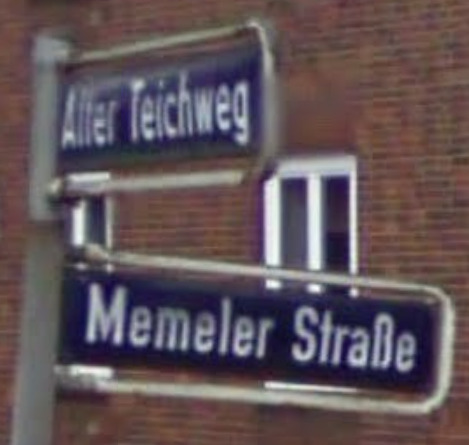
Hamburg uses blue signs that can be also framed. If they are, you will see the frame only on three sides giving it a unique design.
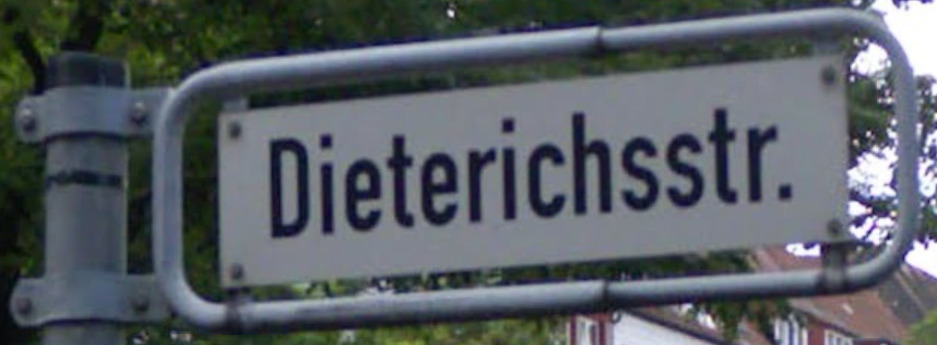
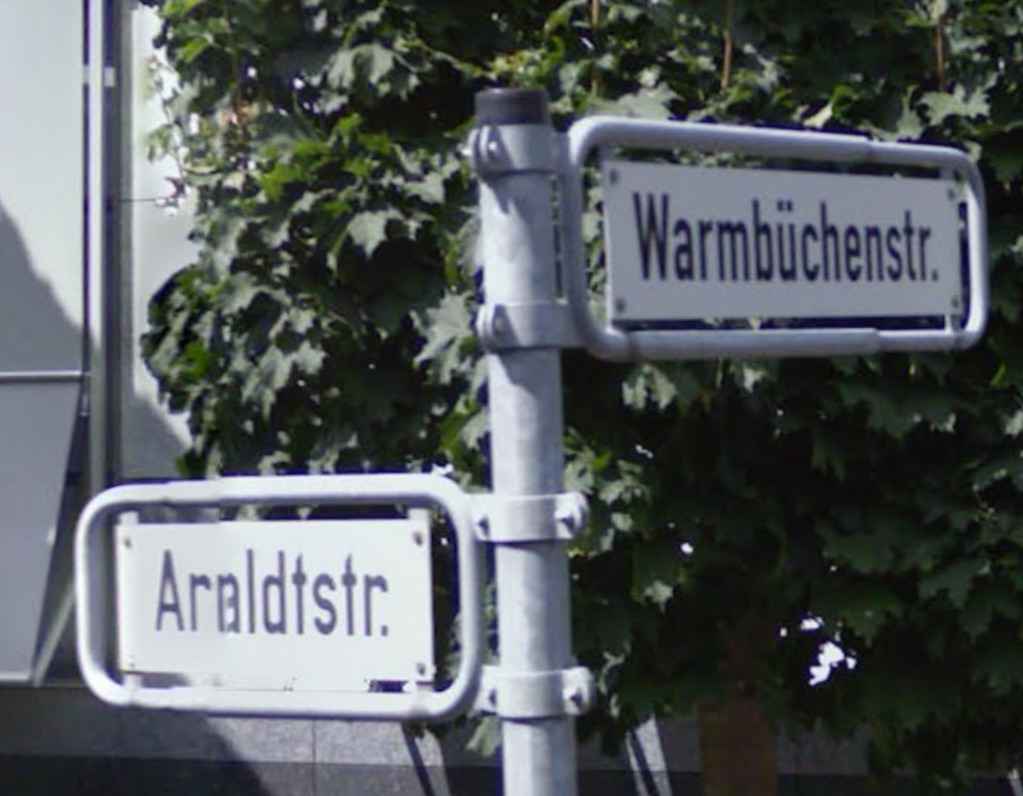
Hannover signs will also feature a specific frame. White signs seem to be mounted further away from the frame as usual. Joints connecting them will be on the vertical side of a sign.

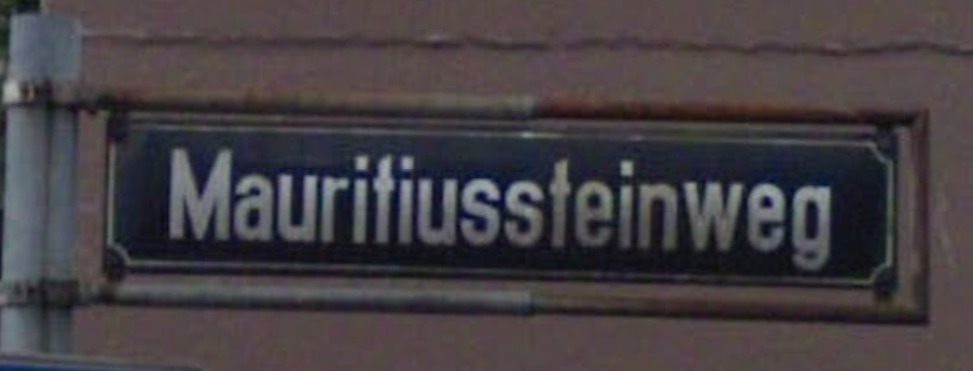
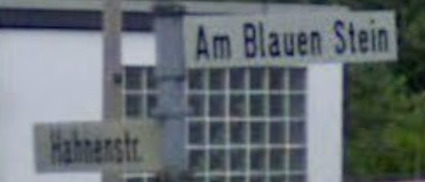
In Köln, you will find generic white signs. Wall-mounted signs will be blue with a thin white border. There is also a rarer design similar to a Hannover one. Here the corners of the frame will be sharper and the sign will be blue.

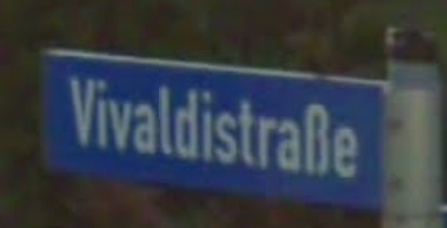
Leipzig will feature blue street signs. Sometimes there will be a white border surrounding it, but not always.
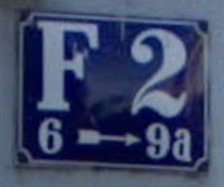


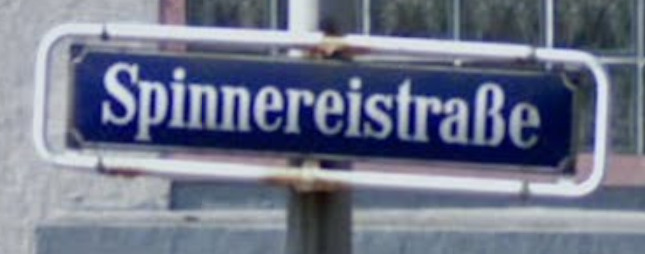
Manheim has a unique street name system in the central district, thus meaning it will also have a specific street sign (1st picture). Outside the central district, there is another design where a frame is surrounding it. All the signs will be blue even those mounted on the walls.

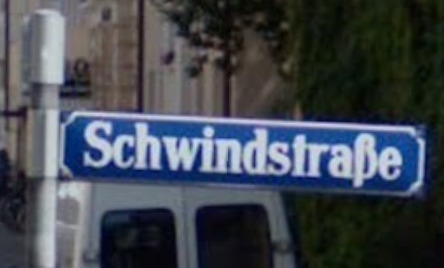
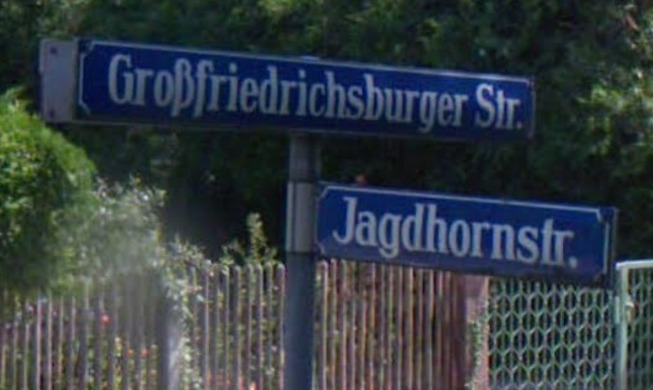


Street signs in München will be blue. In addition to the regular street signs, you will find house numbers that will tell you a street name under them. These are specific to München.
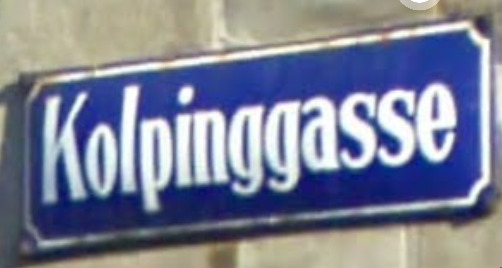
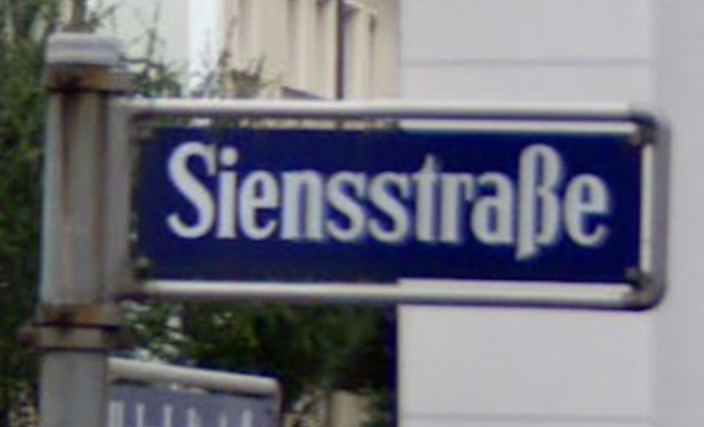
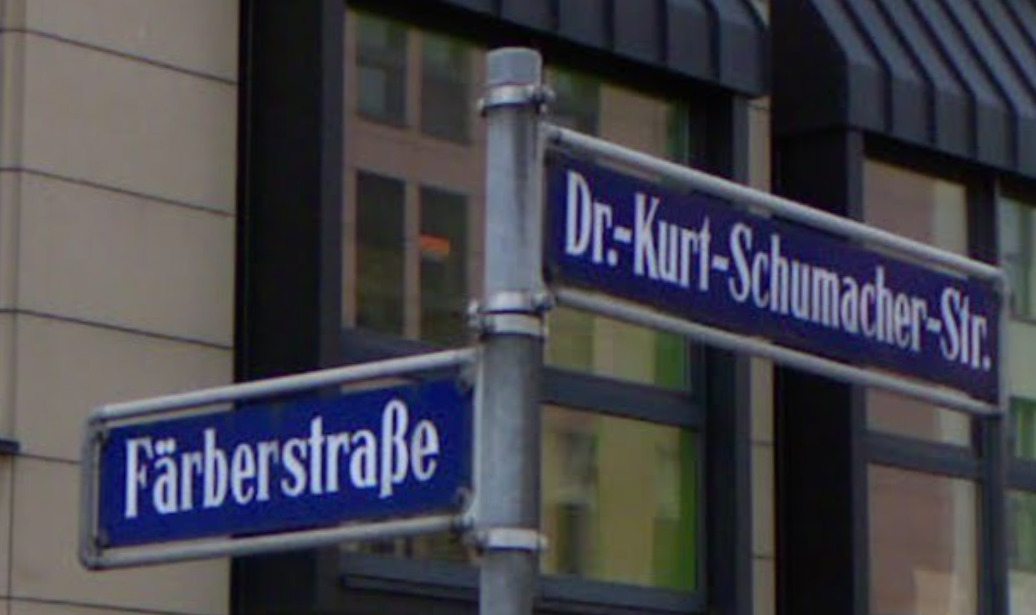
Street signs in Nürnberg will feature a frame surrounding a blue sign without any white border.


Oberstaufen will have either green or regular white street signs.
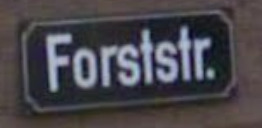
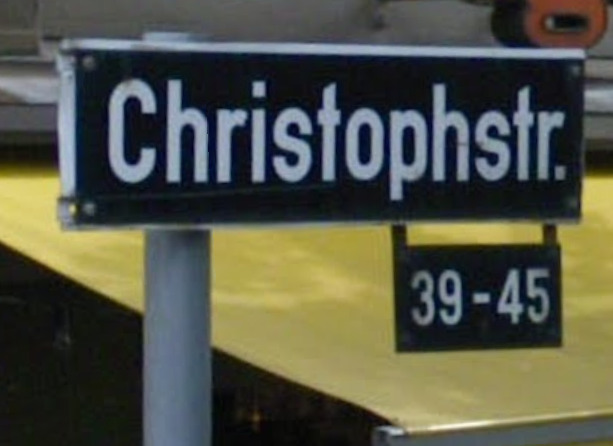

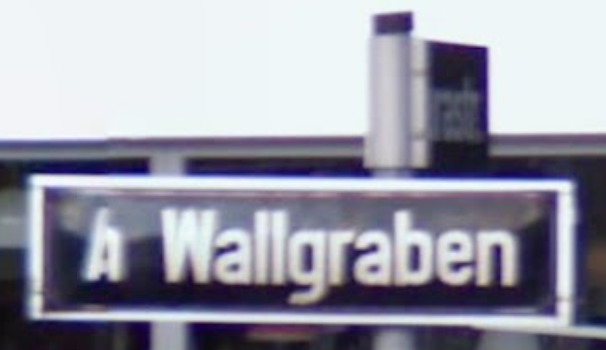
In Stuttgart, you will find unique black signs. They won’t be mounted to the side of a post, but rather onto a post.
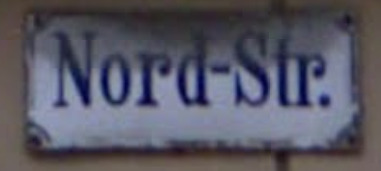
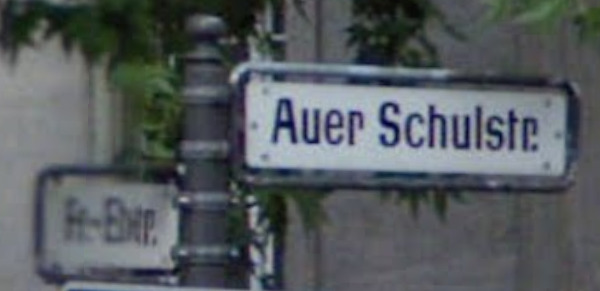
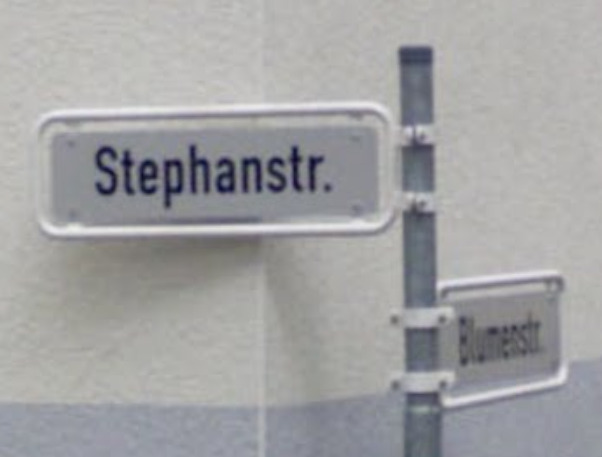
Wuppertal uses generic white signs, that will be framed. The frame can be either metal or white. Wall-mounted signs will also be white.
Luxembourg
Country Flag:

Capital City:
Luxembourg City
Google car:
–
Bollard:
Luxembourg uses a fairly generic black and white bollard with a white rectangle inside of the black one, the backside containing 2 white dots.
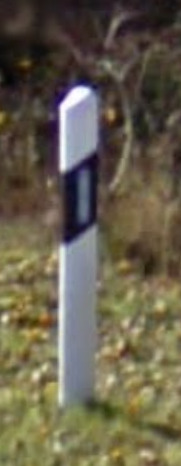

Camera Generation:
2, and 3.
Road Lines:
Luxembourg uses all white lines.

Road Signs:
Luxembourg tends to use yellow and white signage, often with a frame surrounding the sign.
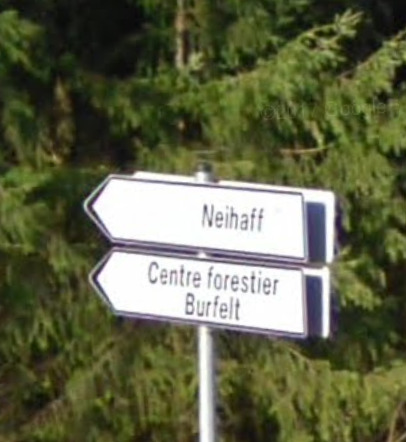
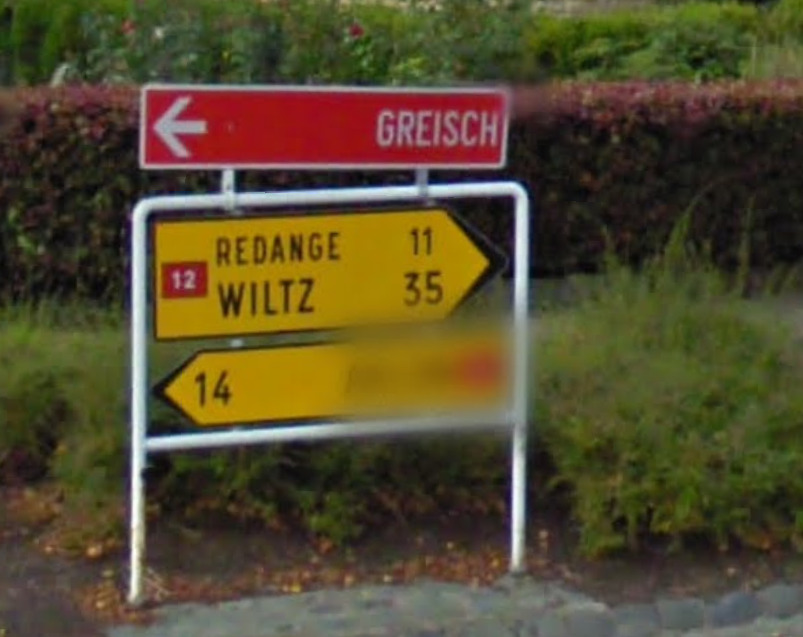
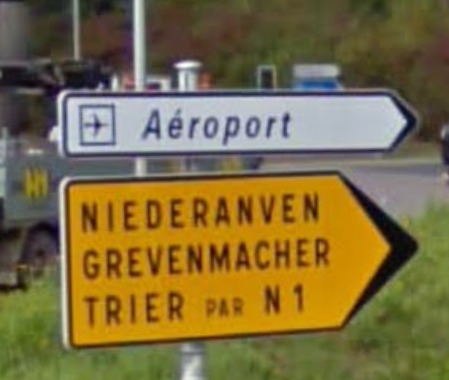
They use white poles for their speed signs etc.
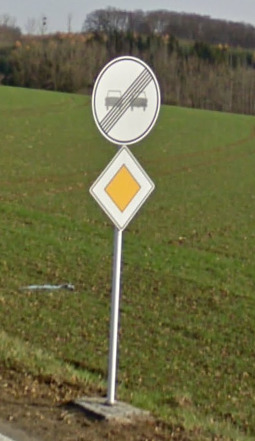
Electricity poles:
Luxembourg uses metal poles with the wires ‘hanging’ from them, they also have wooden ones.
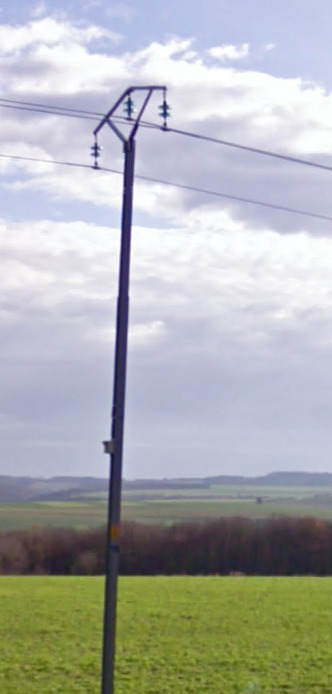

License plates:
Luxembourg uses the standard EU style plate but yellow in colour.

Phone number:
Luxembourg mobile numbers begin with 6.
Vegetation/Landscape:
Luxembourg can be quite hilly, and contains a lot of open grassland.

Specific tree:
–
Architecture:
–
General look:
Often you will find roads lined with trees within Luxembourg.
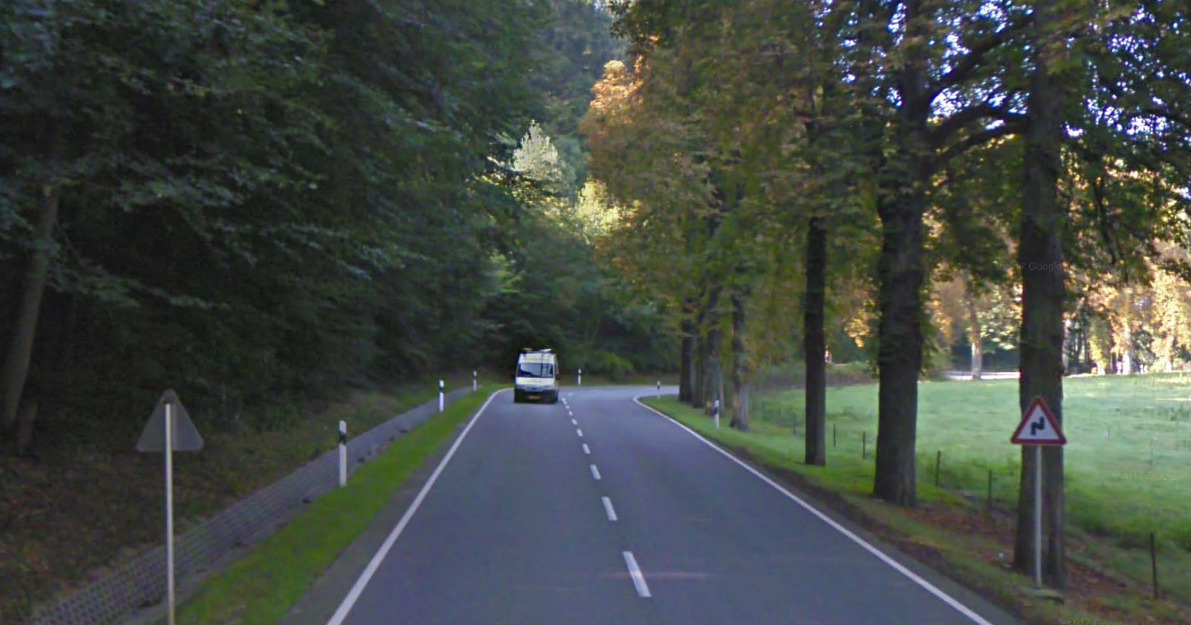
Alphabet/script:
Luxembourg has 3 national languages consisting of:
Luxembourgish.

French.
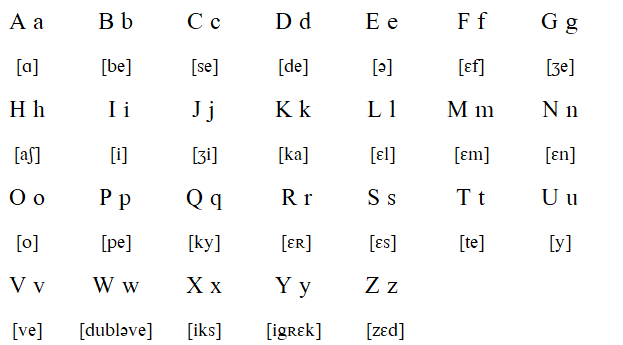
And German.
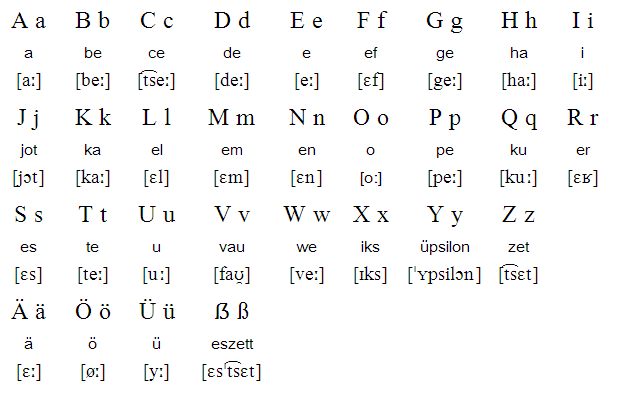
Domain:
.Lu
Poland
Country Flag:

Capital City:
Warsaw
Google car:
White car with a long antenna, which can’t be seen whole always and can look like a small antenna:
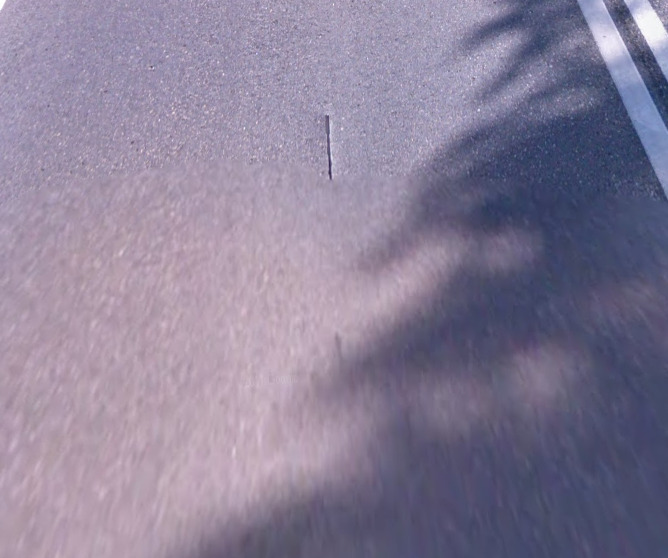
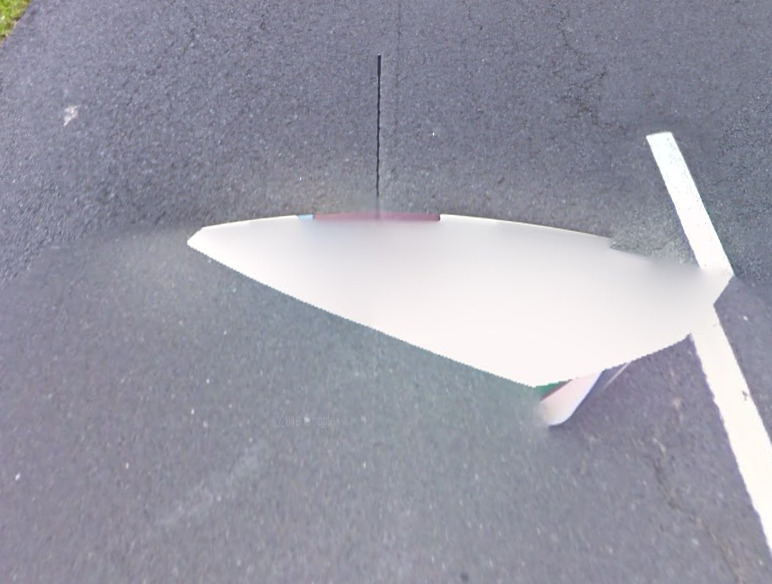
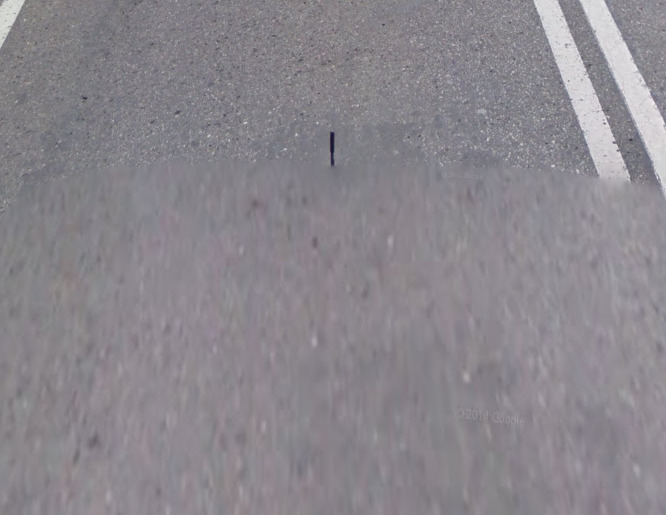
Bollard:
Only one bollard type, the white bollard with a red stripe going all around:

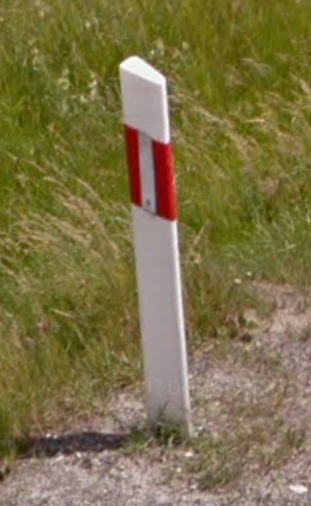
Camera Generation:
Gen 3 and 4 (negligible amount of Gen 2)
Road Lines:
White centreline with white or no sideline:
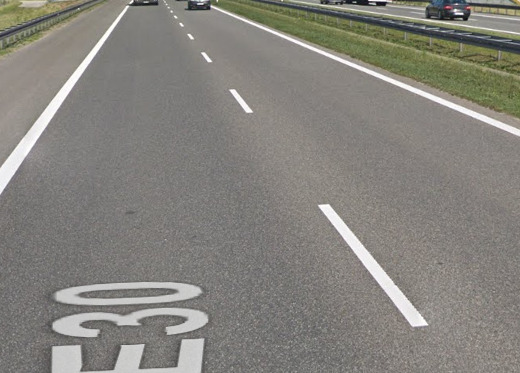
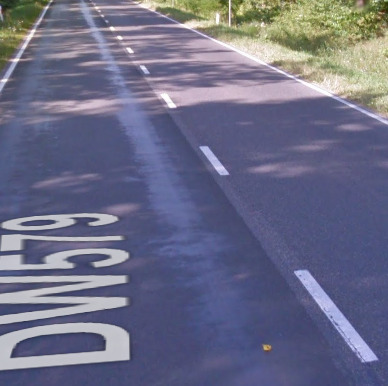
Double centreline appears only near junctions and with different overtaking rules for the lanes:

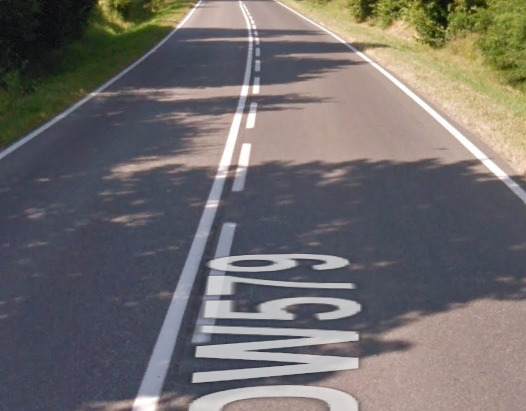
Road Signs:
Green signs with white text, except on highways:
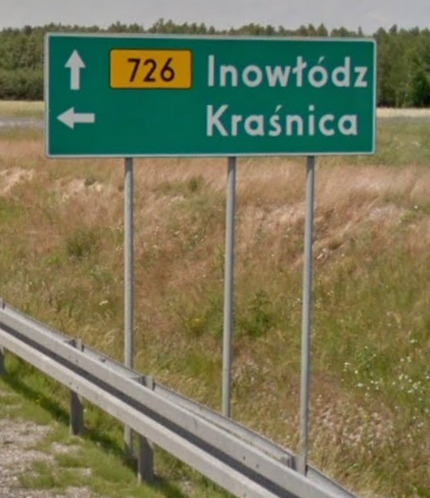
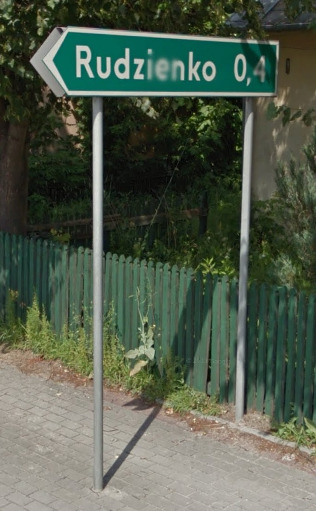
Highway signs are blue with white text, except when pointing towards non-highway roads:
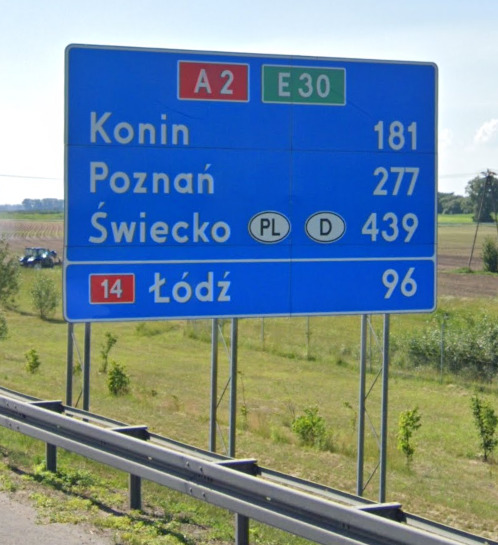
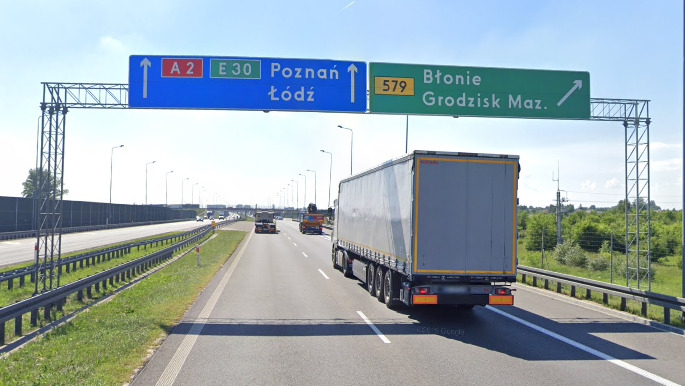
Warning signs in Poland have a yellow background, which is a feature of only a few countries in Europe, and a thin frame line:
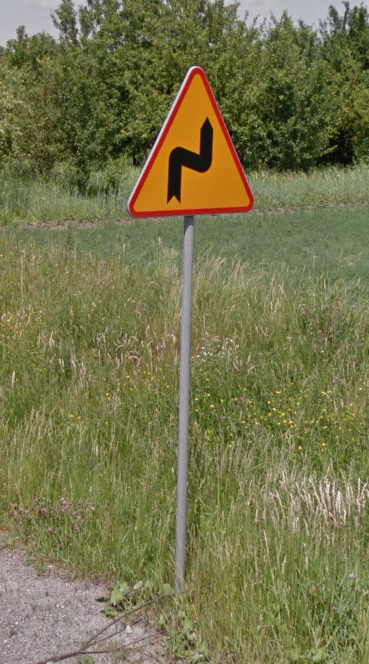
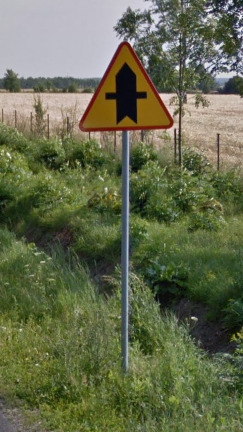
Poland has these distinctive settlement entrance and exit signs with a town outline depicted on them:
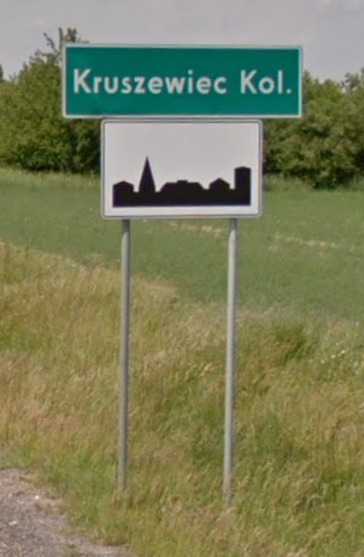
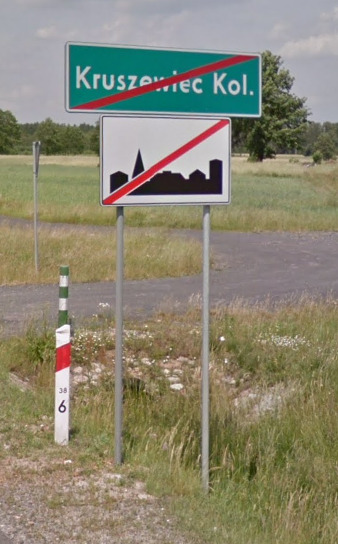
The turn arrows are red with a white background:
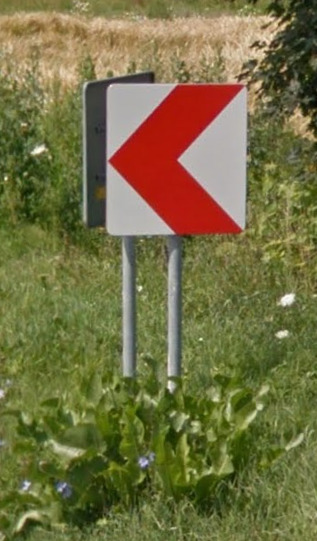
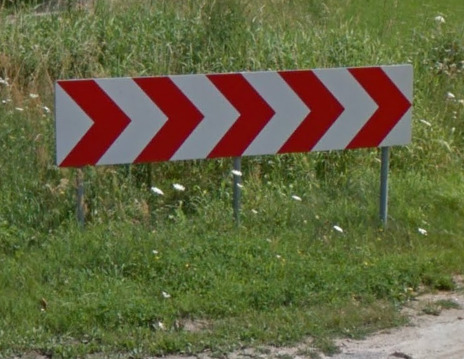
These signs are quite common on Polish roads:
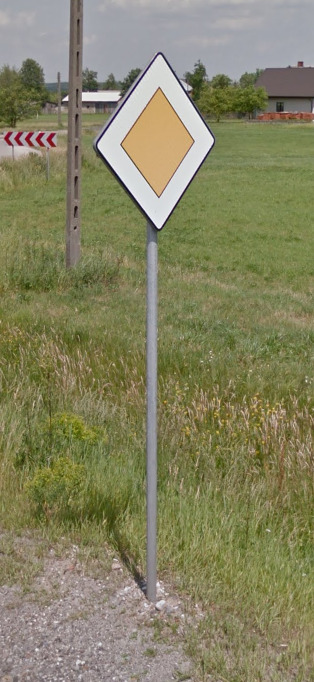

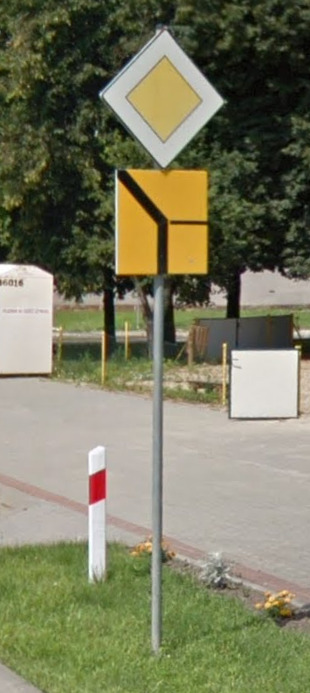
The speed limit signs have a characteristic font to them:
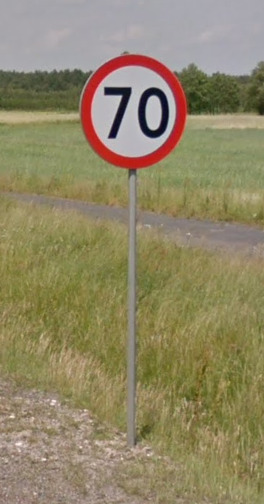
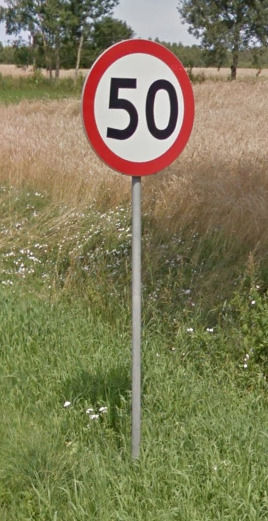
Large crosses like this by the side of the road can be found in Poland, Czechia, Slovakia and Romania and serve as a memorial to a person who lost their life there:
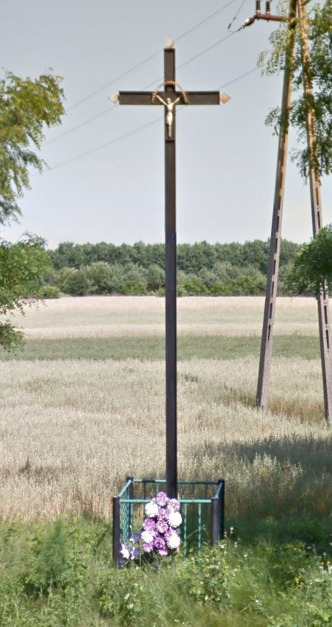
Similar memorials can be found in other countries around too, but usually not with crosses this large.
Road numbering system:
3-digit national roads are grouped together and their first digit zones range from 1 in the northwest to 9 in the southeast. More info on the Polish road numbering system:
Poland Road Numbering System
Electricity poles:
Poland has these characteristic slim holed poles:



License plates:
The usual European Union plates with PL written on them:

Phone number:
–
Vegetation/Landscape:
–
Specific tree:
The European Larch grows around Poland too, in addition to the Alps and Carpathian mountain ranges:
Architecture:
Northern Poland has this specific architectural style – tall slim houses with steep roofs (with or without ornamentation):
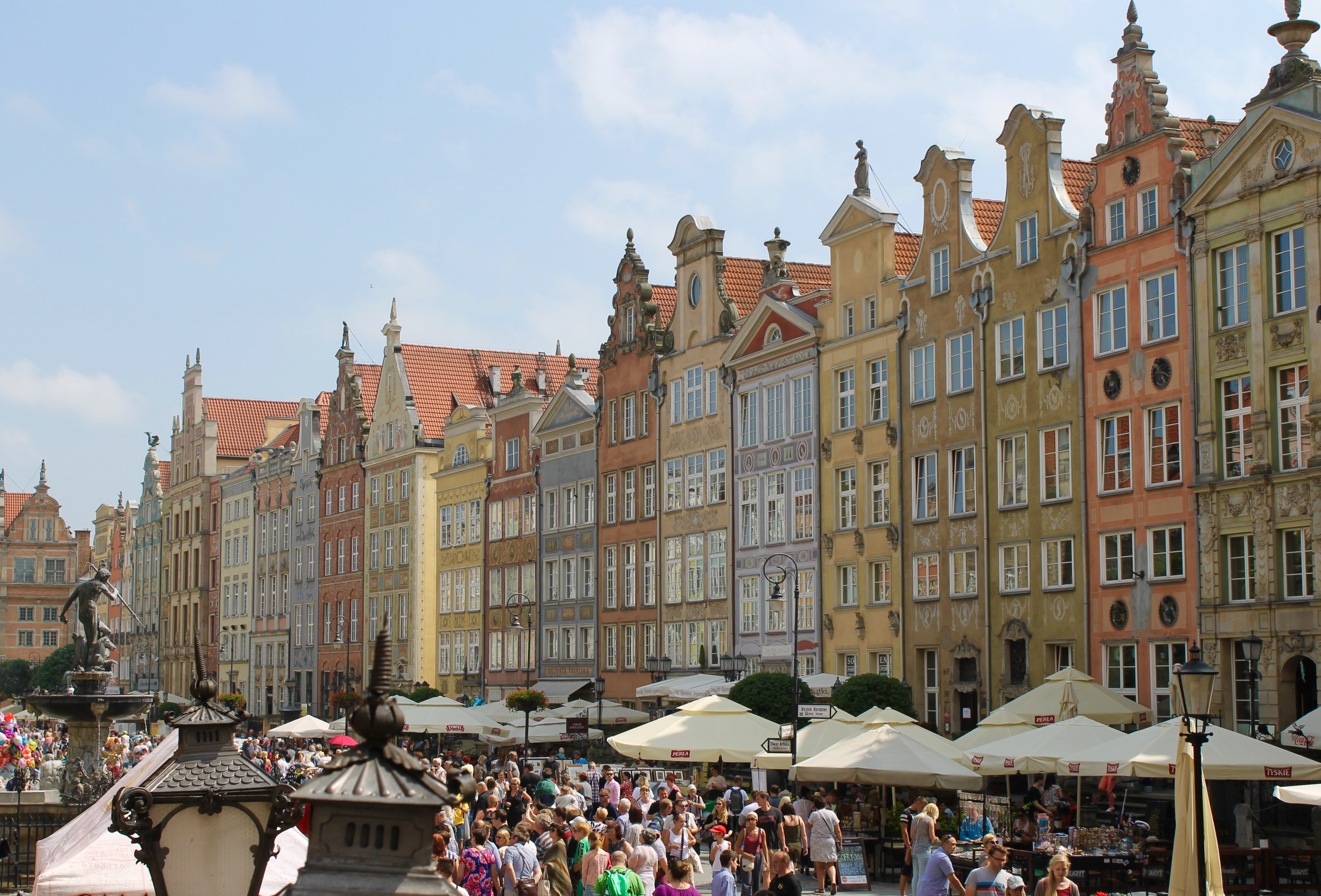
General look:
–
Alphabet/script:
Polish is the only Slavic language which uses the letter W. Other specific letters include Ą, Ć, Ę, Ł, Ń, Ó, Ś, Ź and Ż. Polish also has a lot of digraphs, so you will often find the letter Z after a consonant which changes the consonant’s sound, like in CZ (pronounced ch), SZ (sh), DZ (dz), RZ (zh), etc, which is also common in Hungarian, but in Hungarian the sound differentiation goes the opposite way (S is sh, SZ is s…). Because of this, Polish can often look difficult to pronounce, like in the city name Szczecin.
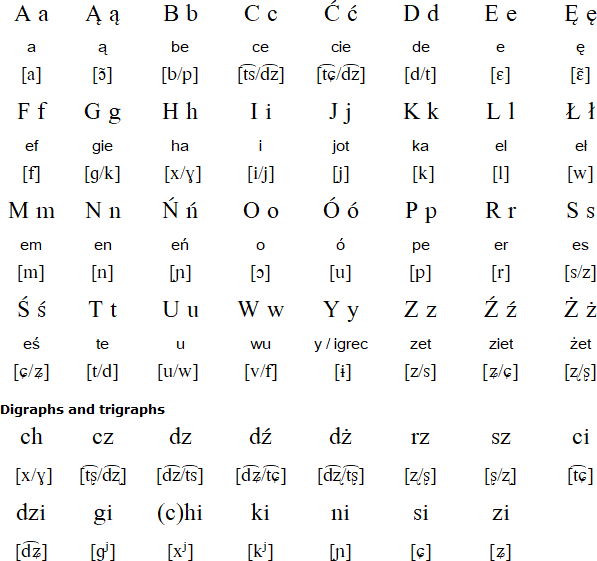
Subdivisions:
Poland is divided into 16 voivodeships, or provinces:

Right click on the image, “View Image” for higher resolution.
Internet domain:
.pl
Portugal
Country Flag:

Capital City:
Lisbon
Google car:
–
Bollard:
Portugal uses fairly generic black and white bollards.
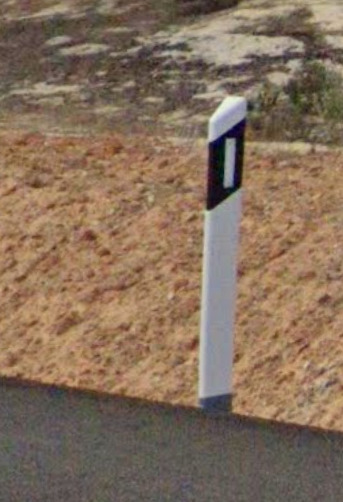
Camera Generation:
2, 3, and 4.
Road Lines:
Portugal uses all white lines.

Road Signs:
Portugal uses a couple different styles of signs, however they are pretty useful to identify the country coming in white, brown, and blue.
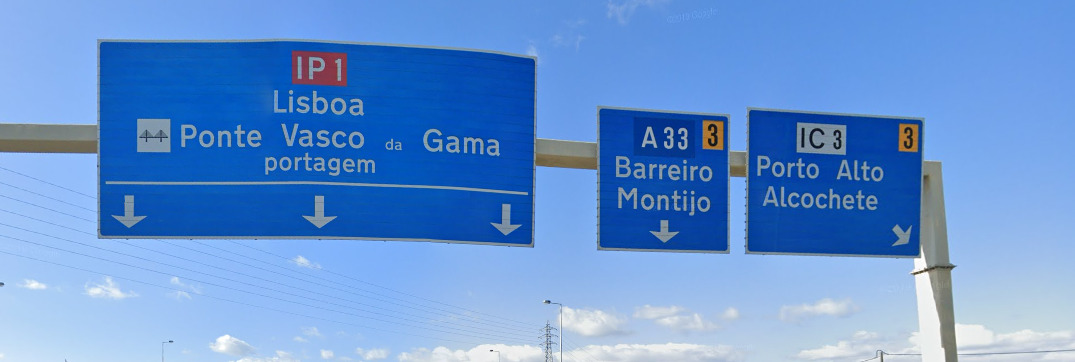
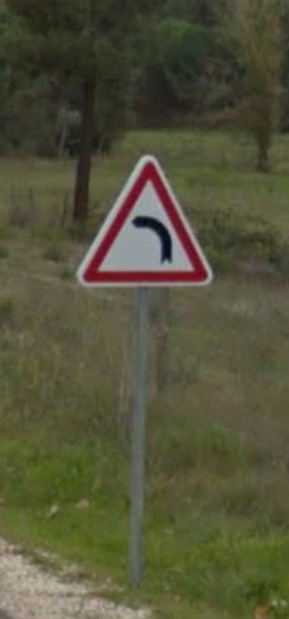


Electricity poles:
Portugal uses concrete ‘ladder’ style poles that taper towards the top. Sometimes you may find wooden poles.


License plates:
Portugal uses the EU style plate but with a yellow bar on the right hand side also.

Phone number:
Portuguese mobile numbers begin with the number 9. Portugal does have a regional phone code system as seen below.
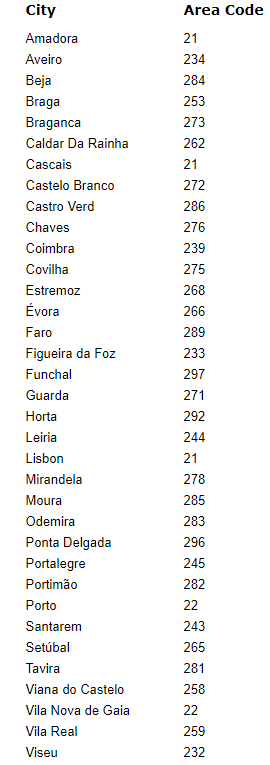
Vegetation/Landscape:
Portugal is a dry looking country but still very green, it has mountains in the north and the south is more flat.

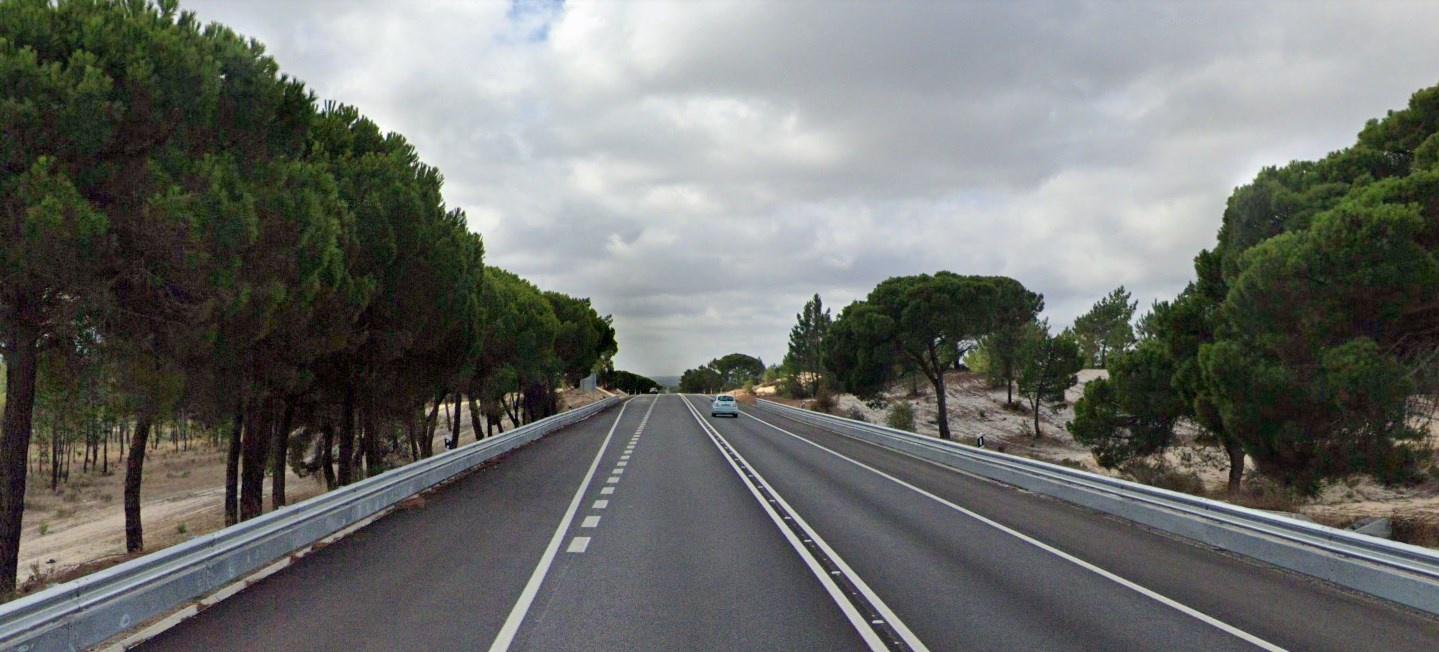
The Azores:
The Azores are a group of Portuguese islands in the Atlantic ocean.
Only 2 of the islands have official coverage and use the Gens 2 camera, those being; Ilha Tereceira, and Ilha de sao Miguel.
Ilha Tereceira is the flattest of the two but does still feature quite a few hills.
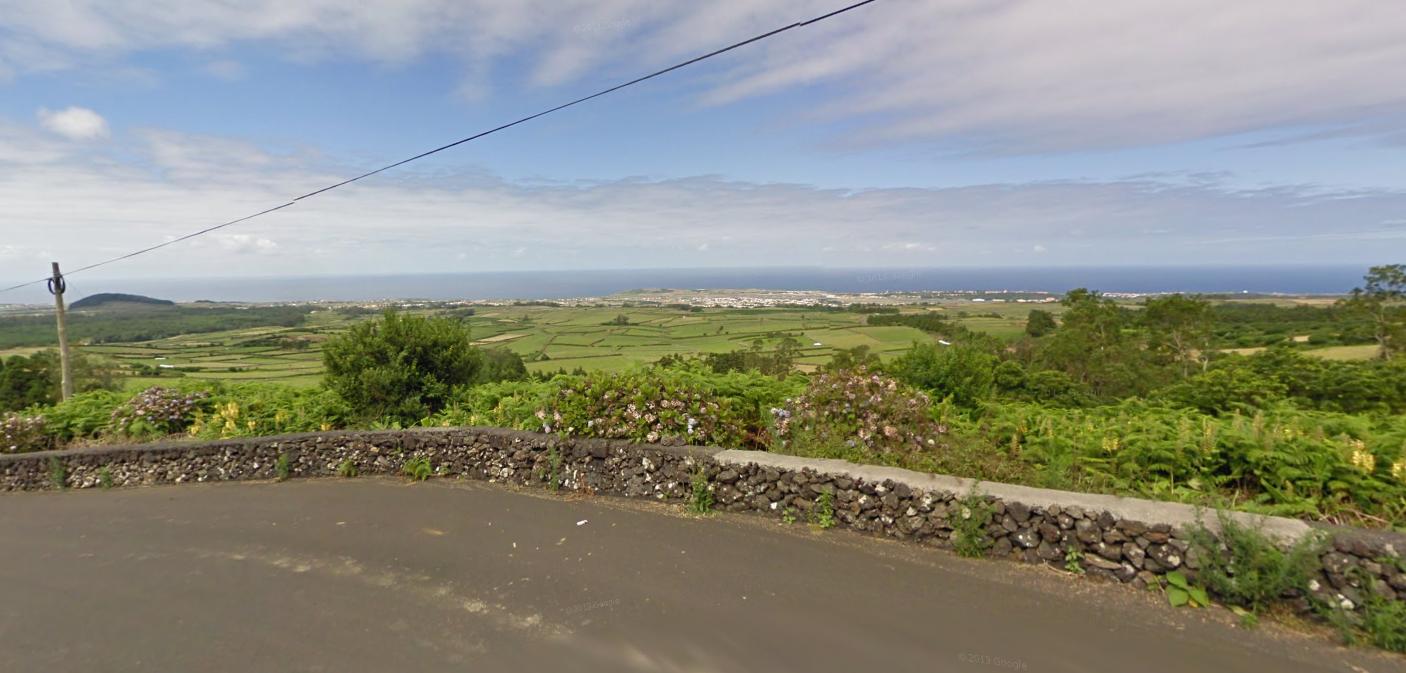
Ilha de sao Miguel is the most mountainous, and has a lot of cattle farms.
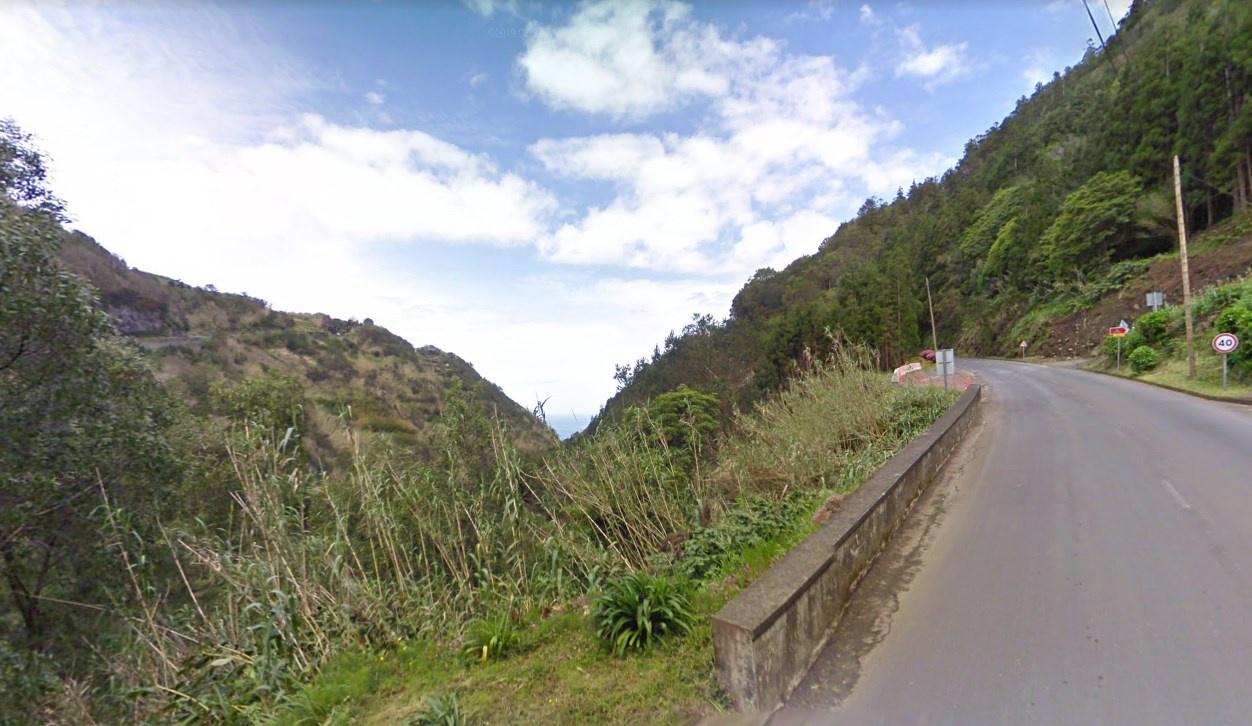
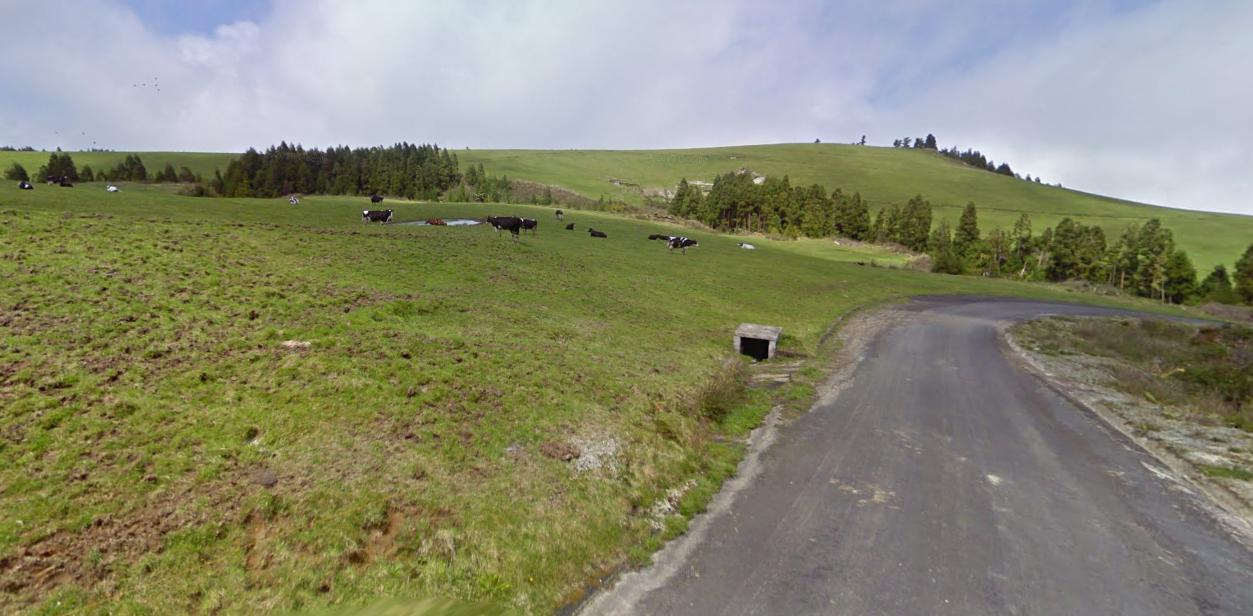
Madeira:
Madeira is a very mountainous volcanic Portuguese island off the Moroccan coast and north of the Spanish canary islands.
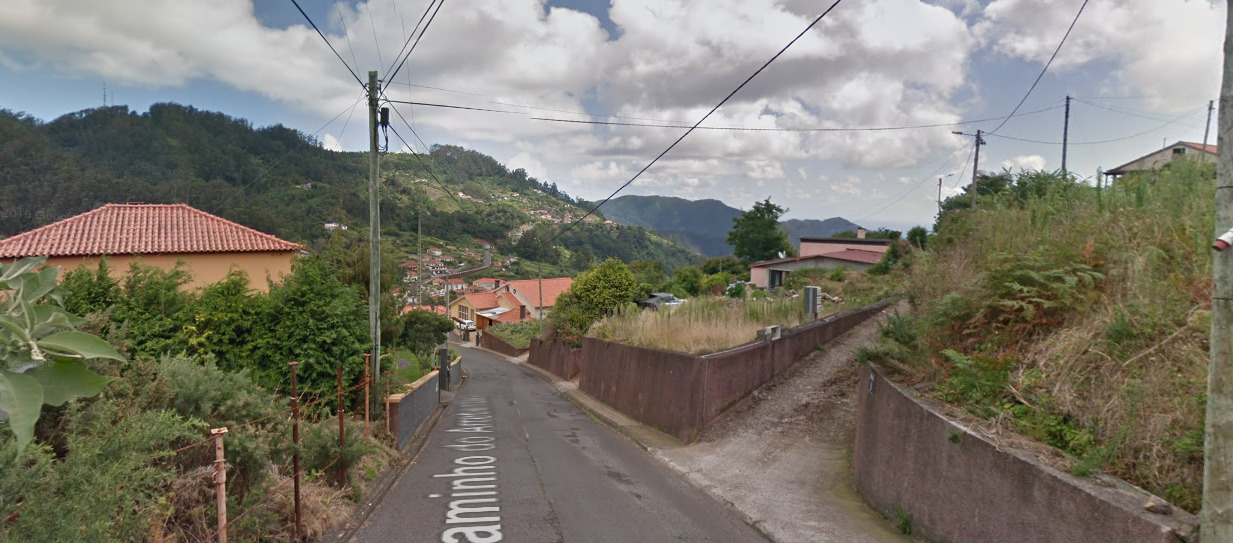
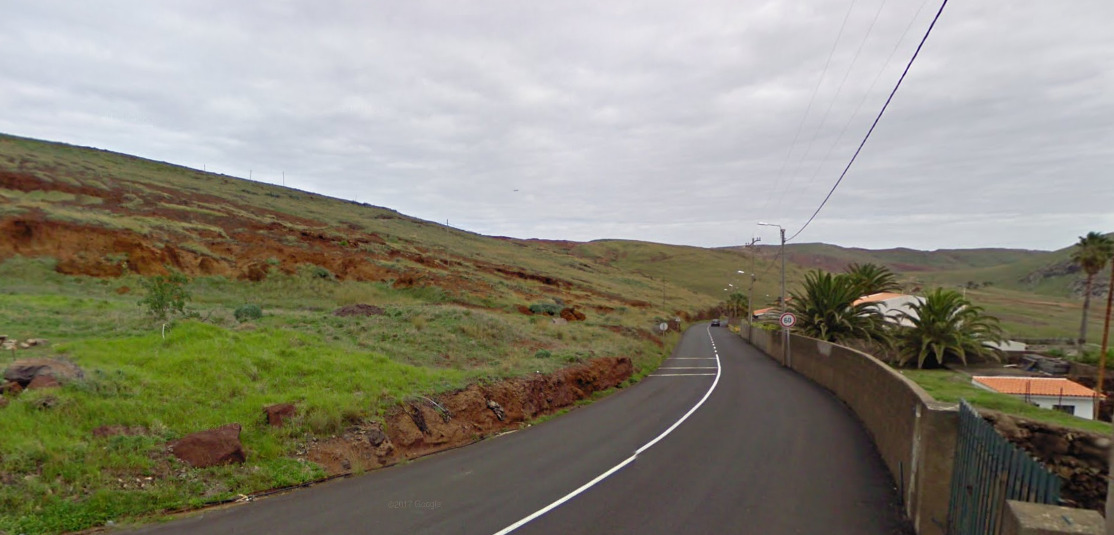
Madeira has some unique bollards.
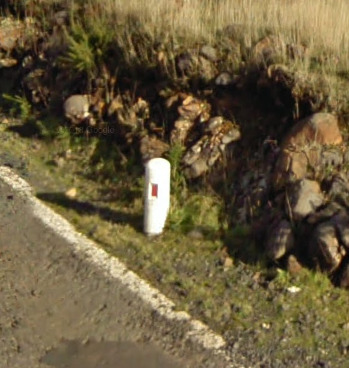
Specific tree:
–
Architecture:
Portugal features a lot of white painted houses often with orange tiled rooves.
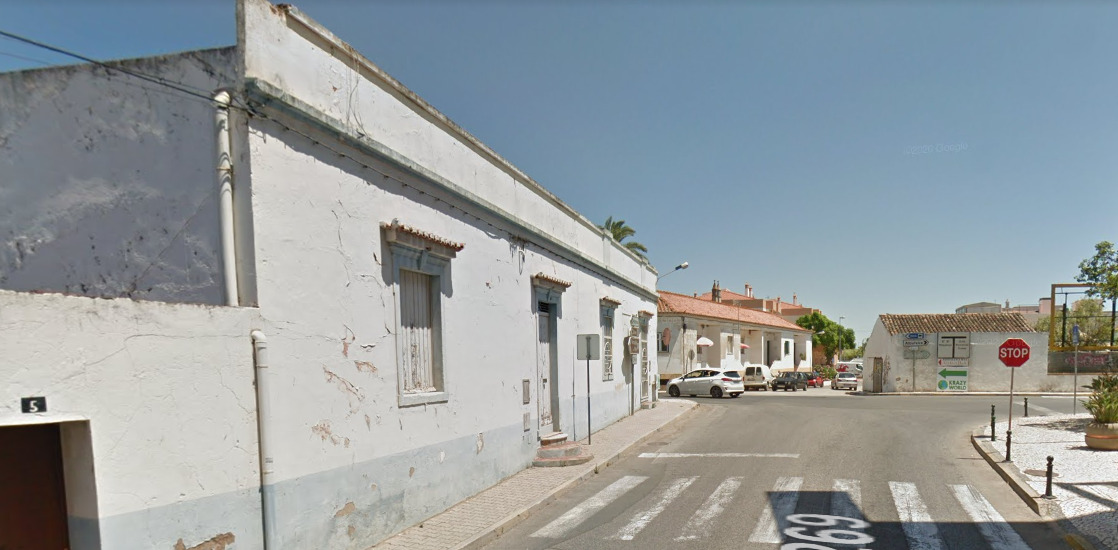
General look:
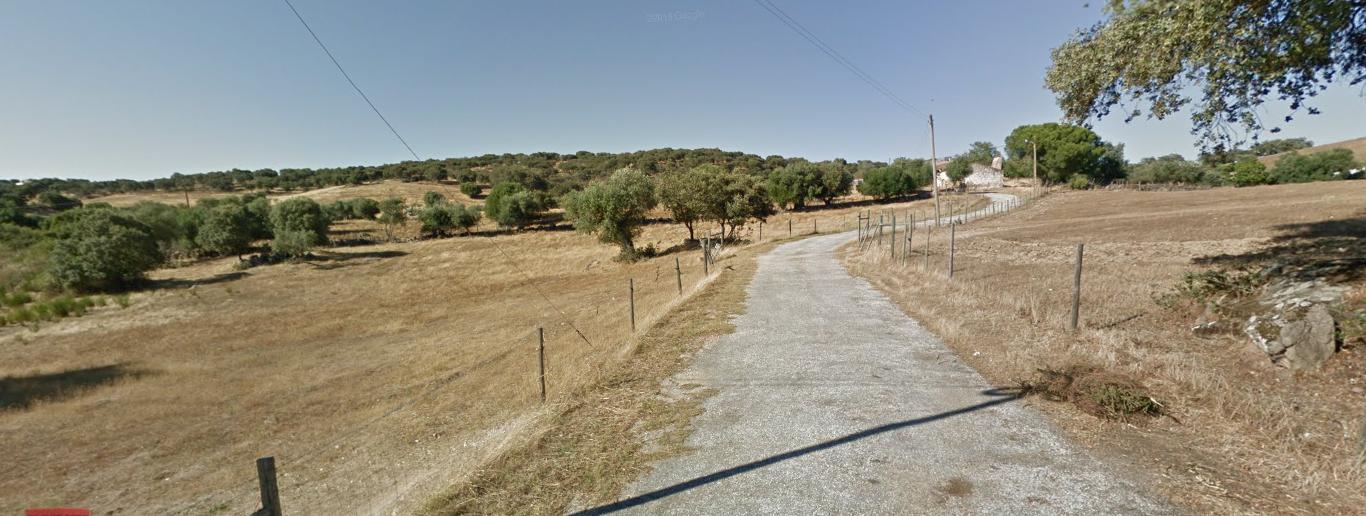
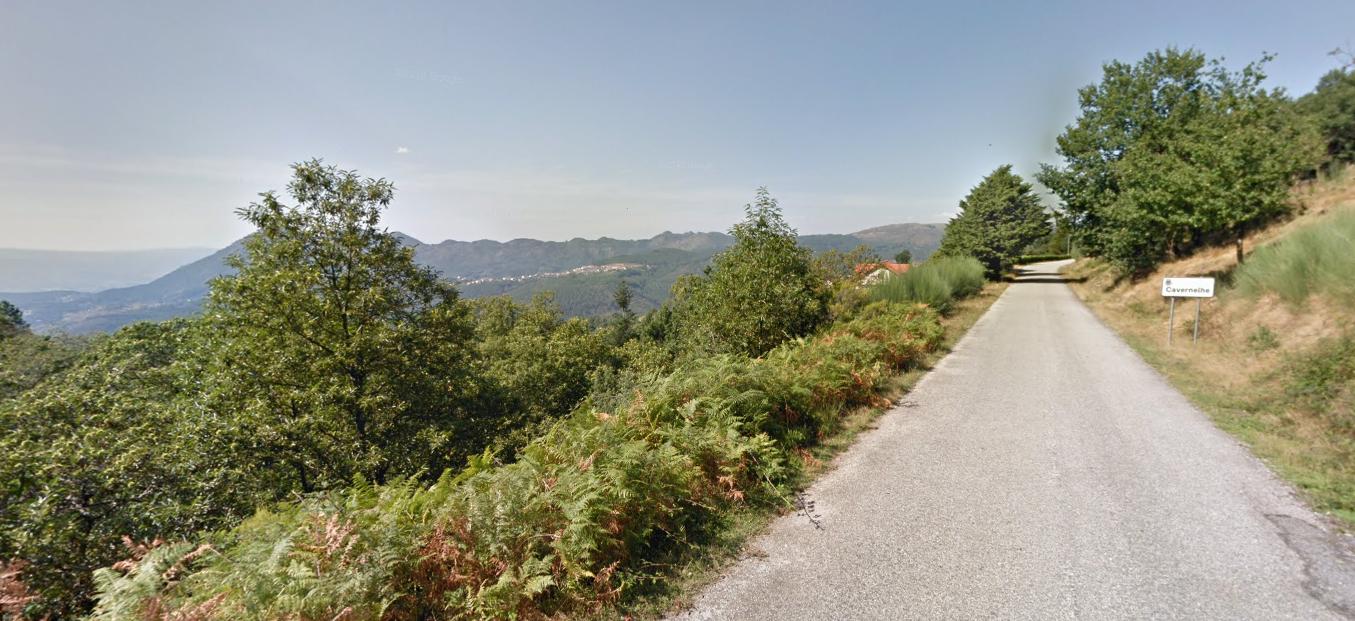
Alphabet/script:
Portugal speaks Portuguese and uses an alphabet based in Latin script.
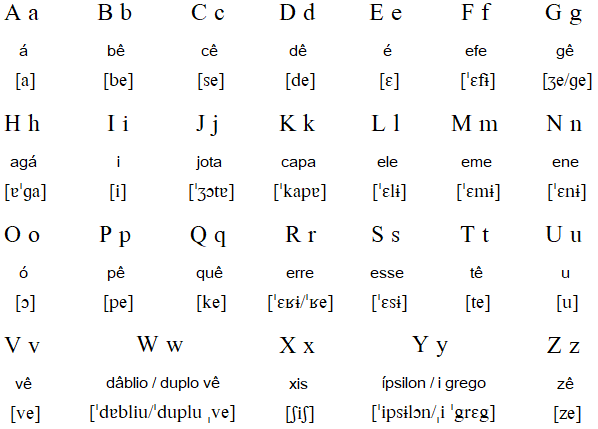
Domain:
.pt
Greece
- Country Flag
- Capital City
- Most Helpful
- Google Car
- Rare Car
- Bollards
- Google Coverage
- Unique Vehicle
- Camera Generation
- Road Lines
- Road Signs
- Electricity Poles
- Mini Churches
- License Plates
- Phone Number
- Vegetation / Landscape
- Architecture
- General Look
- Language
- Domain
Country Flag:

Capital City:
Athens
Most Helpful:
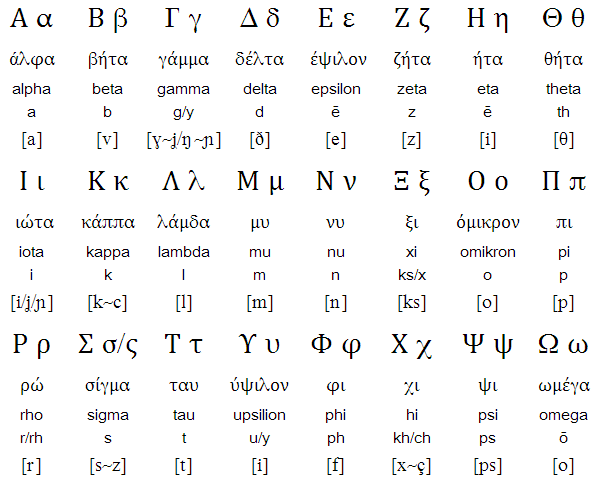
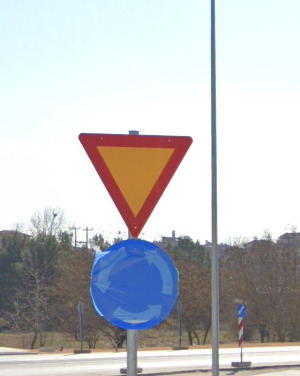
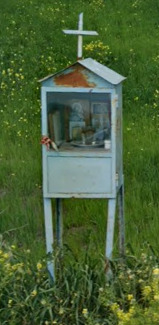
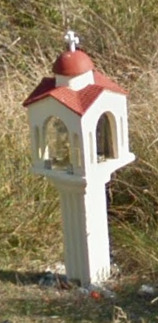
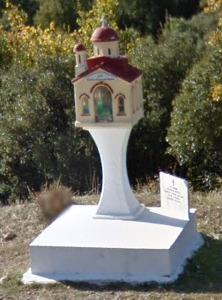


Greece is easy to tell apart from the rest of Europe. Its landscape is easy to spot, as well as these yellow and red warning signs, the mini shrines found along their roads, as well as their language which is unique.
Google Car:
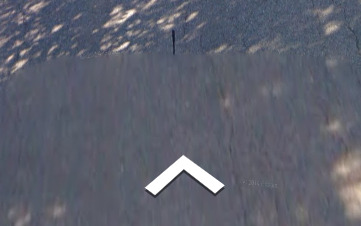
The car in Gen 3 coverage of Greece has an antenna coming off the back. It can either be short like shown in the picture, or long. Gen 2 coverage will contain the blurry halo and Gen 4 coverage will contain the blue car.
Rare Car:
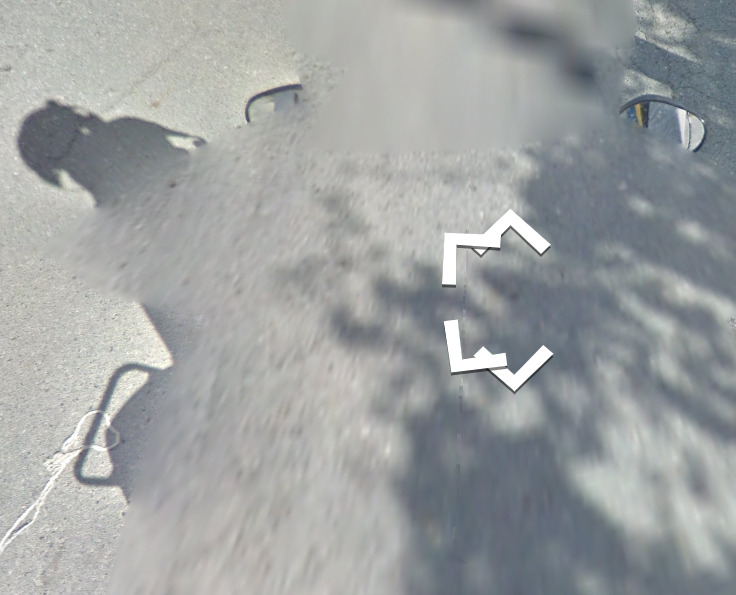
This ATV has been seen on the island of Crete. There are a few roads on the eastern half of the island that seem to have this coverage.
Bollard:
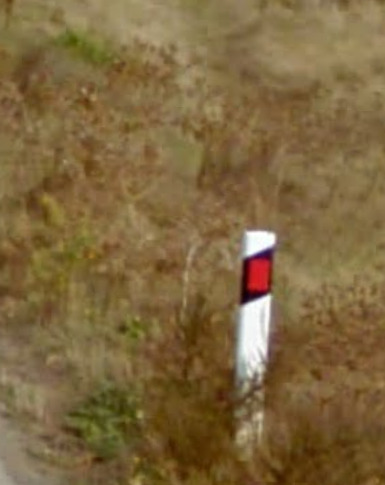
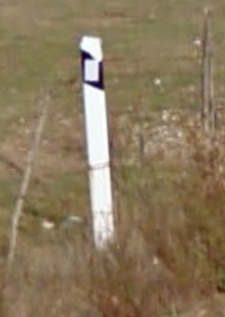
Greece uses black and white bollards with a red square in the black on one side and white on the reverse.
Google Coverage:
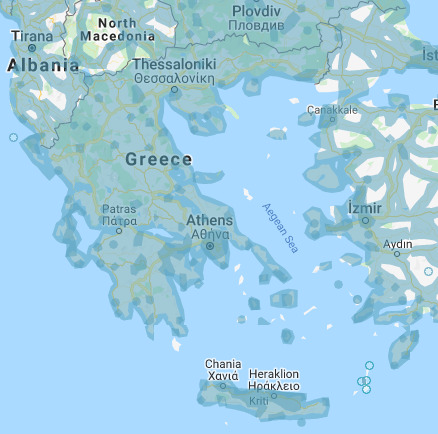
There are countless islands in Greece that don’t have coverage, while other islands do. Make sure you are guessing the islands that do have coverage to maximize your chances at getting a better score.
Most of the roads are covered, so stick to the roads and not to the mountains / parks.
Unique Vehicle:

(Athens)
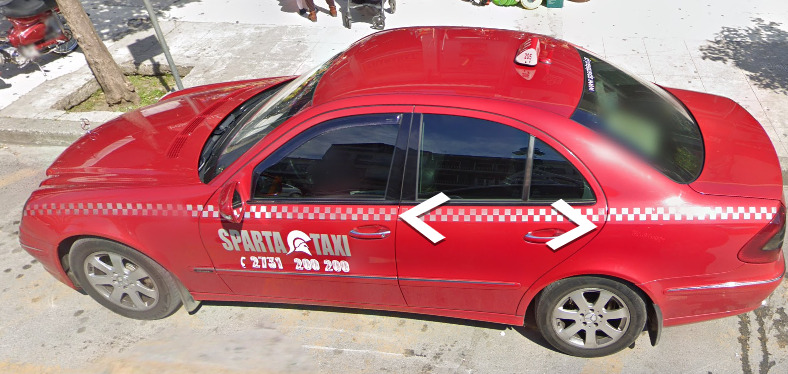
(Sparta)
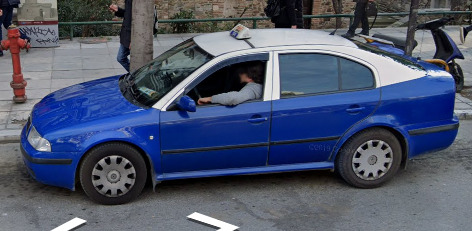
(Thessaloniki)
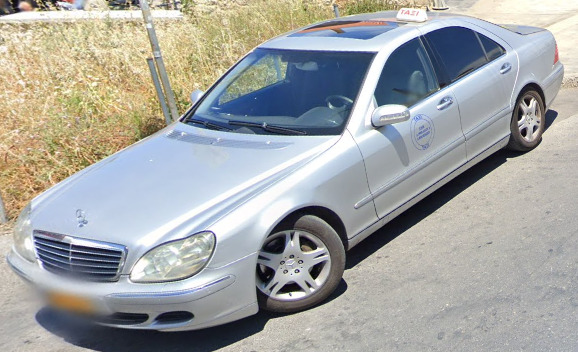
(Heraklion)

(Patras)
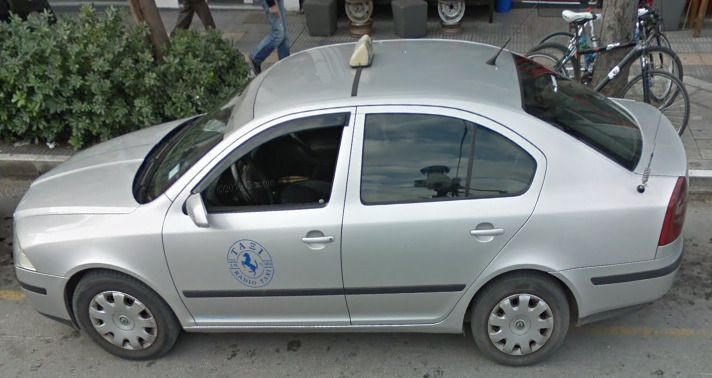
(Larissa)
Each city in Greece has its own color for the taxis. There are cities that seem to share colors, so remembering the color might not be the best plan. The only thing that will remain as a constant is that the license plate of the taxis needs to be yellow with black text. Each taxi will have a sign on top indicating that it is a taxi.
The cities chosen for the example are not necessarily the only ones that can be found. More information on this meta will come soon.
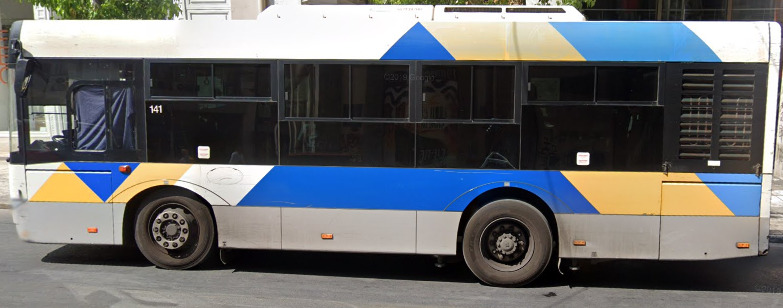
(Athens) It might not always be this pattern, but the color scheme seems to be the consistent part.

(Thessaloniki) The colors are very similar to the Romanian flag.
These busses are also unique in their patterns. While each bus has a different pattern based on the city, these two are the most important. The color scheme is the best indicator.
Camera Generation:
Gen 2, 3, and 4.
Road Lines:


Greece uses white lines but often features a double central line. While the double line is not always present, its a good sign you’re in the general area of Greece / Bulgaria.
Road Signs:

Greek signs often feature the Greek alphabet and a Latin translation, the Greek being in yellow, and Latin in white.

Greek warning signs feature yellow backgrounds.

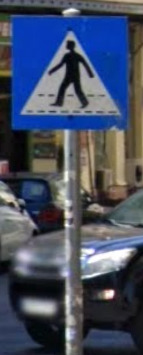
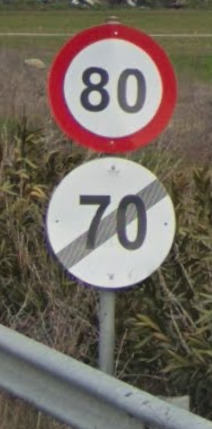
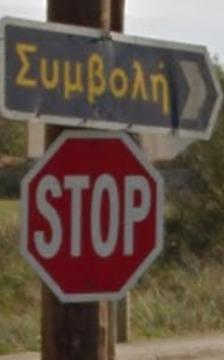
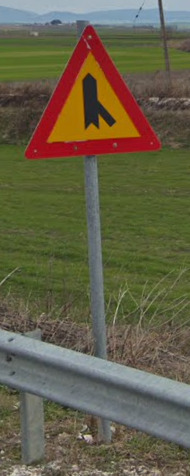
Mini Churches:



These mini churches / shrines are found frequently throughout Greece. They are all different and unique, yet you can tell their purpose. They are often built to remember people who passed away in Car accidents, or by survivors of accidents who wish to thank a Saint. These will not help you decide on a region to guess, but will help you choose Greece.
Electricity poles:
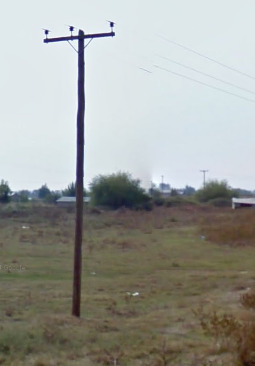


License plates:

Phone number:

*Map coming soon
Greek mobile numbers begin with 69.
Nice
Vegetation/Landscape:



Greece is a very hilly country consisting of a lot of peninsulas and off shore islands.
Architecture:
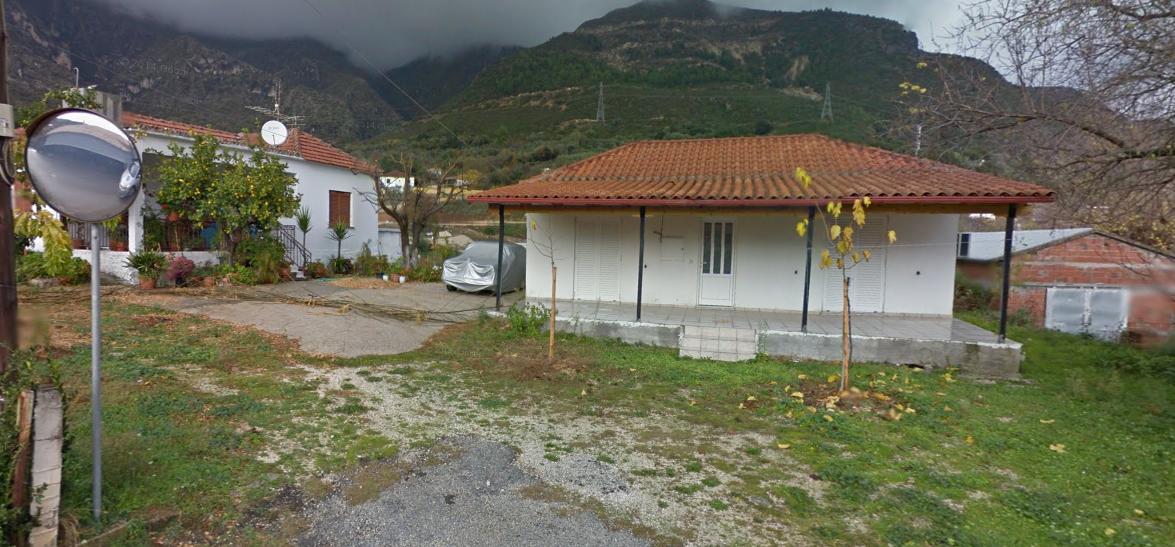
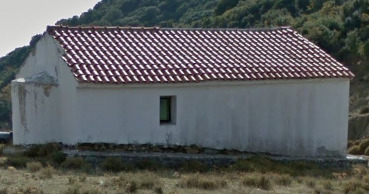
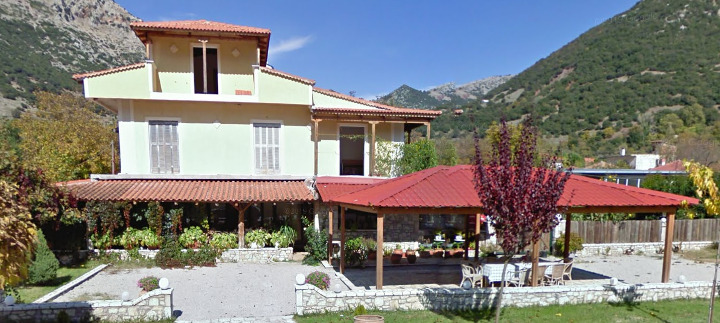
Greek houses are often white with orange/brown slate rooves.
General look:



Alphabet/script:

Greece uses the Greek alphabet. There are often examples of English, especially on signs.
Domain:
.gr
Italy
- Country Flag
- Capital City
- Most Helpful
- Google Car
- Bollards
- Google Coverage
- Camera Generation
- Road Lines
- Road Signs
- Electricity Poles
- License Plates
- Phone Number
- Vegetation / Landscape
- Architecture
- General Look
- Language
- Domain
Country Flag:

Capital City:
Rome
Most Helpful:
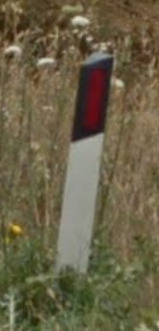
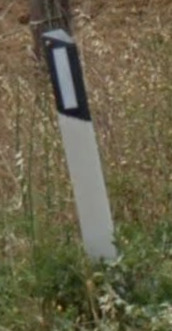
The front of the bollard is to the left, while the back is on the right.

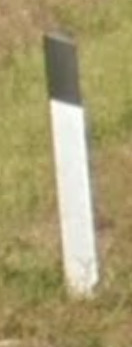
These bollards are exclusive to the island of Sardinia.
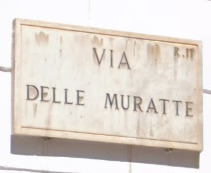

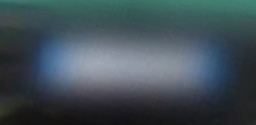
Google car:
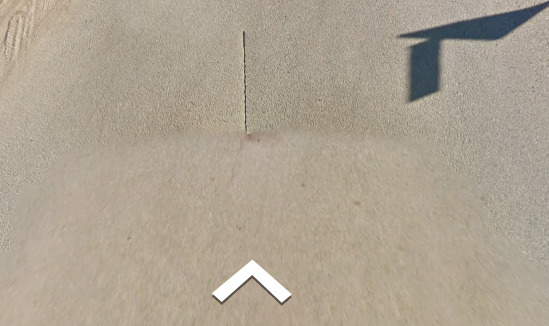
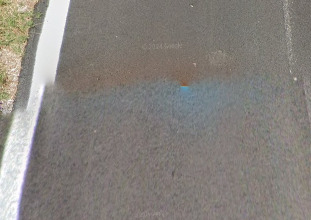
Italy uses a white car. If its Gen 2 coverage, you wont be able to see it. If its Gen 4 coverage, the car will be blue. Gen 3 coverage wont always have a car!.
Bollard:


The front of the bollard is to the left, while the back is on the right.


These bollards are exclusive to the island of Sardinia. They have an Orange square clearly visible. That does not mean you cant find the other bollards here as well however.
Google Coverage:

The majority of Italy is covered. The island of Sardinia is also generally well covered, but has some spots that are less dense than the mainland.
Camera Generation:
Gen 2, 3 & 4
Road Lines:
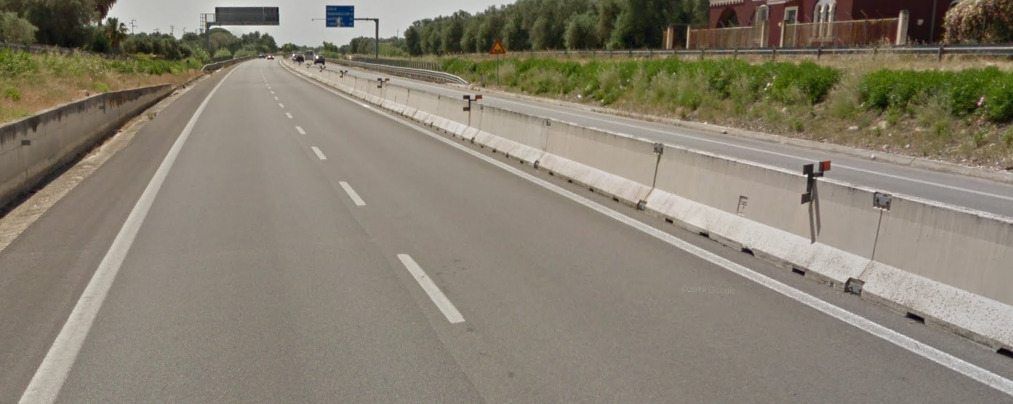
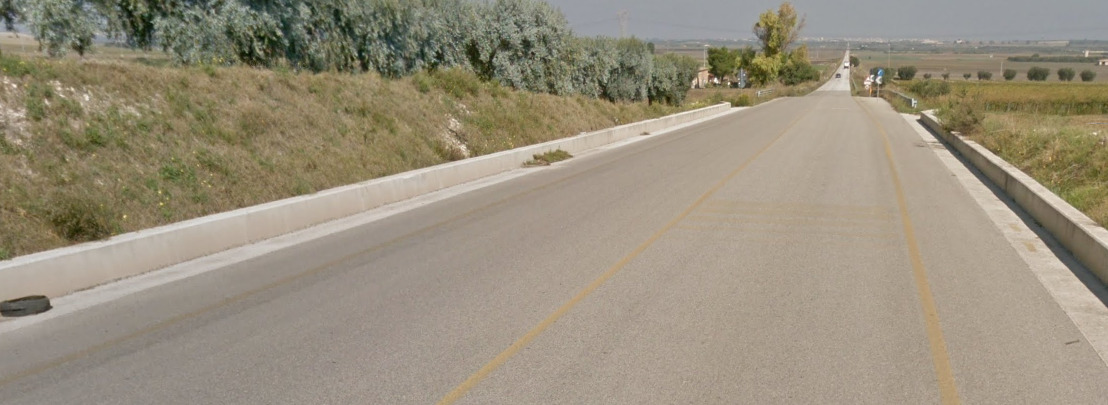
You tend to find the white lines throughout the country, yet the yellow lines are a bit rarer. They seem to be located towards the south of the country, opposite of what you would expect.
Road Signs:

Italy uses the word “Via” on MOST of their street signs. You can clearly see them on nearly every building (at a cross road).
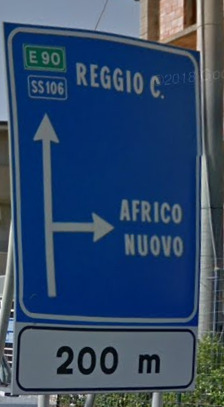
SS roads are unique to Italy, while E roads are European roads and are shared between countries.
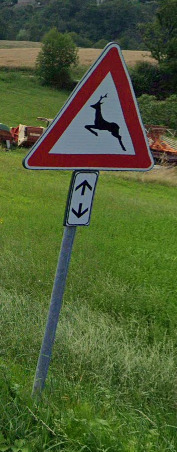

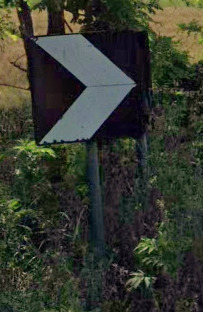
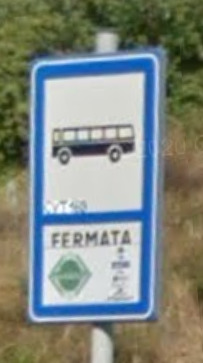
Electricity poles:



License plates:


Italy has two blue bars, one on the left and one on the right of the plate. This is only seen on Italy and Albania. Its very visible, even through the blur.
Phone number:
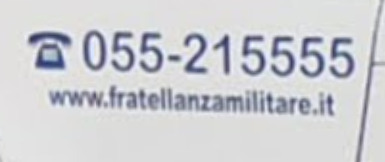
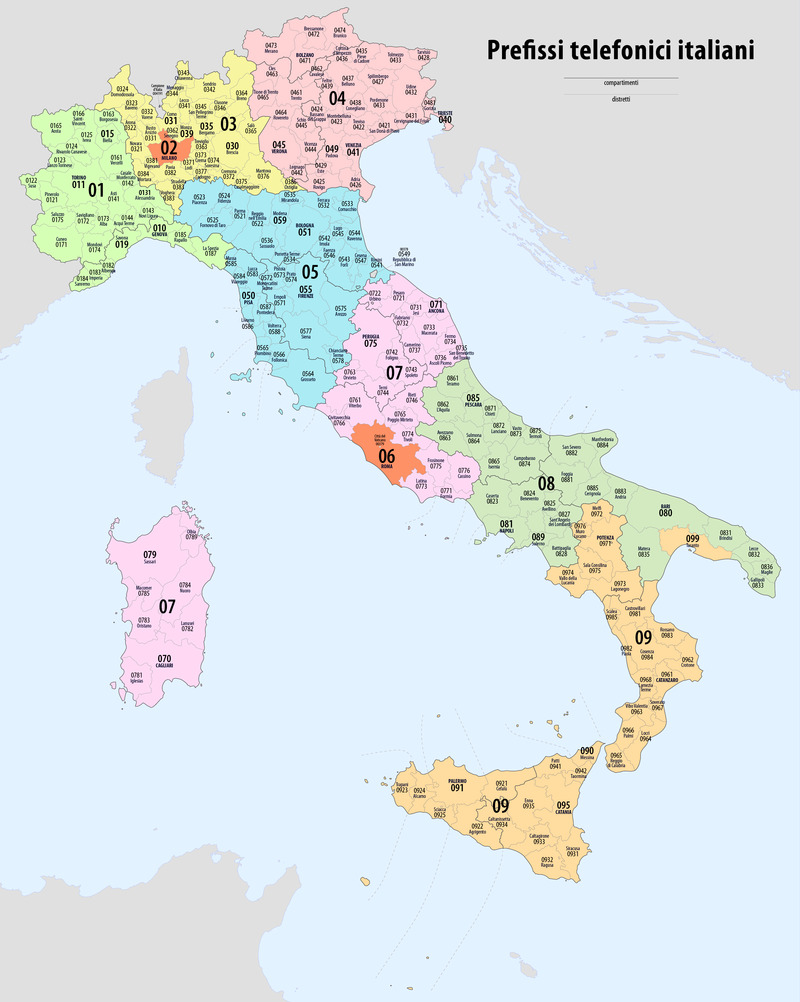
Italy has a pretty structured area code layout. While they do extend to 3 digits, the general area numbers are a better bet to learn.
Most phone numbers in Italy will be presented as 0X-XXXXXX (Up to 11 digits) while mobile numbers will start with the number 3 and be 10 digits.
Vegetation/Landscape:



While this is not all of Italy, you get this very dry feel towards the south. This is the general feel for ALL of the Mediterranean, so it isn’t great for just Italy.
Architecture:
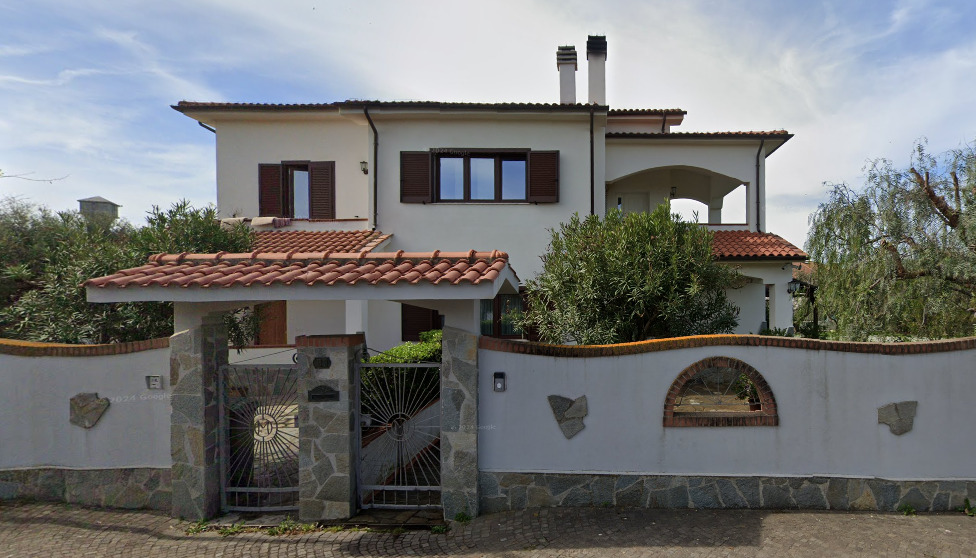
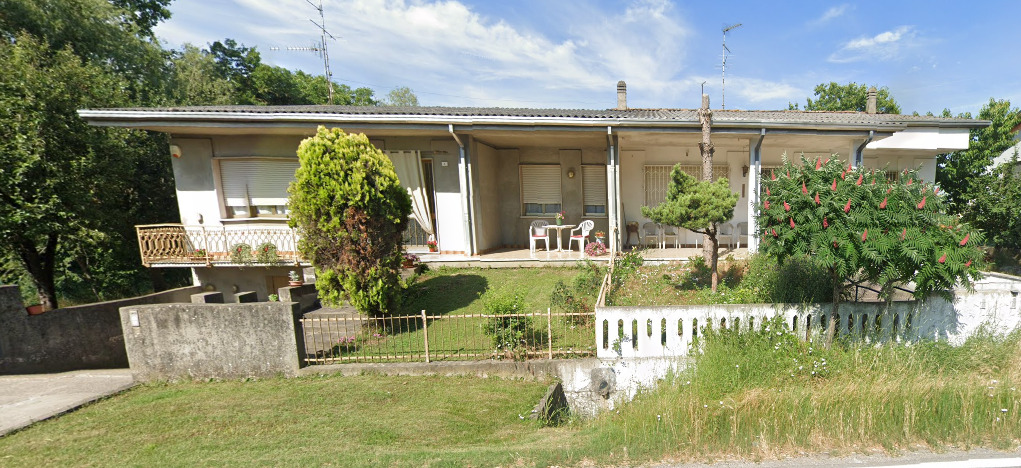

These roofs are very common in most Mediterranean areas. Its a good general location when you see these.
General look:
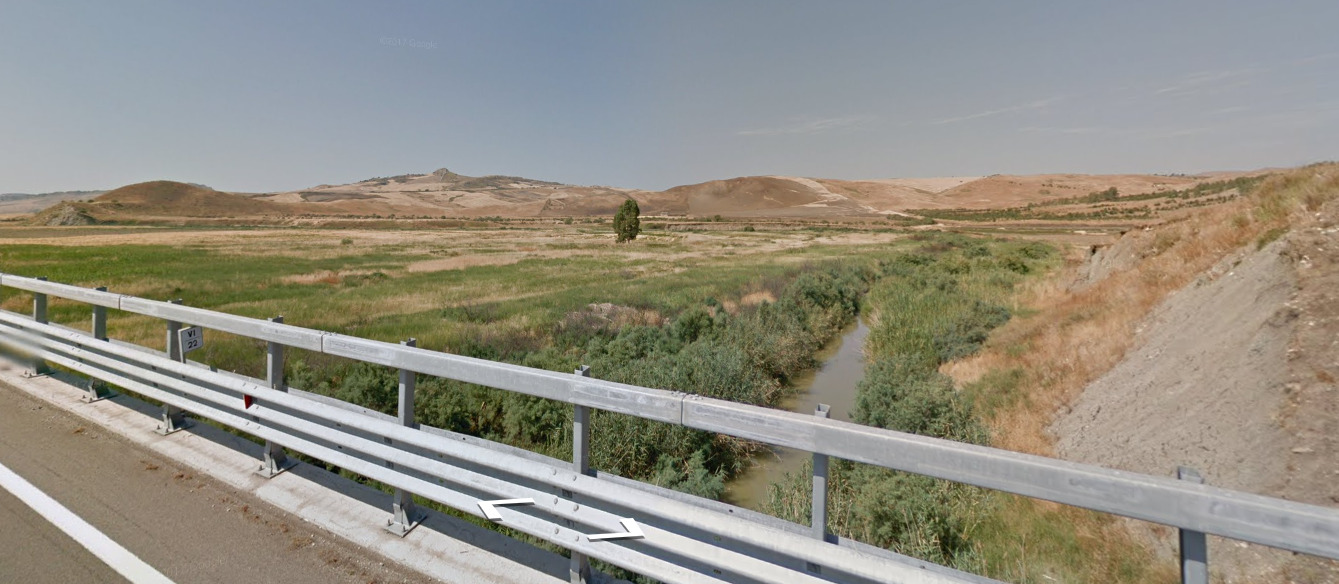
As Italy is near the Mediterranean sea, you will find landscapes that look similar to this. This is taken from Sicily.

This is from the Island of Sardinia.
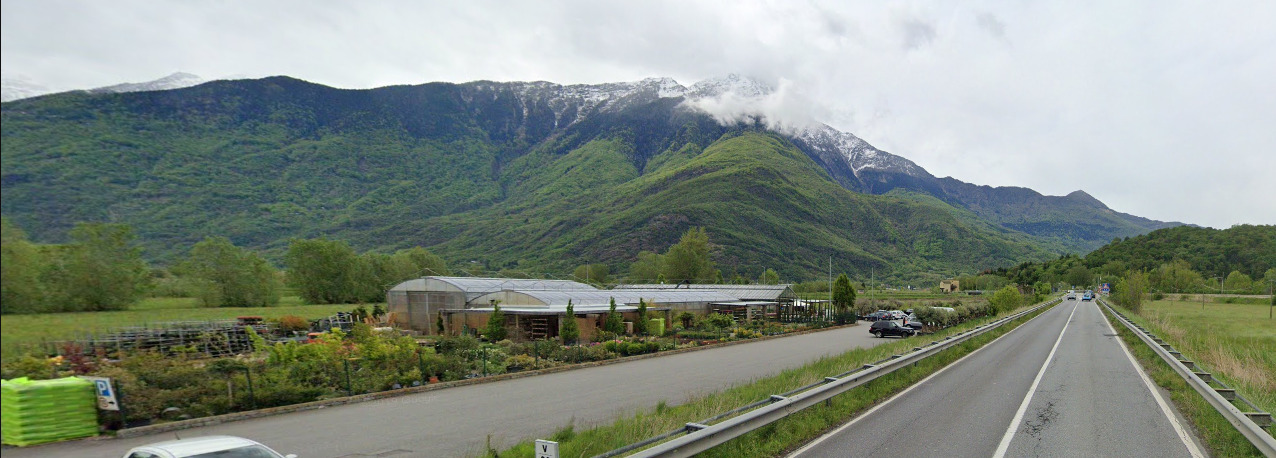
However, this isn’t the only type of shot you will see. The north of the country is very different. The valleys of the mountains create a totally different feel.
Alphabet/script:
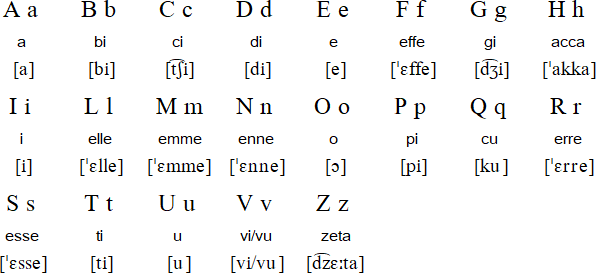
Italy uses Italian, however there are chances to see other languages near the borders like Swiss, Austrian, French, Slovenian and Croatian.
Domain:
.it
Spain
Country Flag:

Capital City:
Madrid
Google car:
Spain will often feature a car with a long antenna, however this is not always the case.
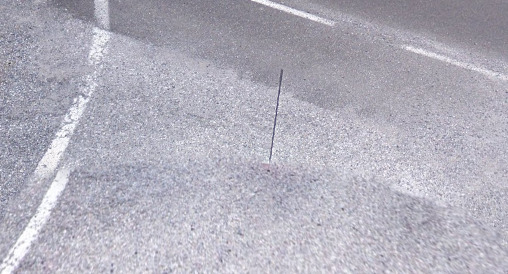
Bollard:
Spanish bollards are black and white with a yellow rectangle within the black section.
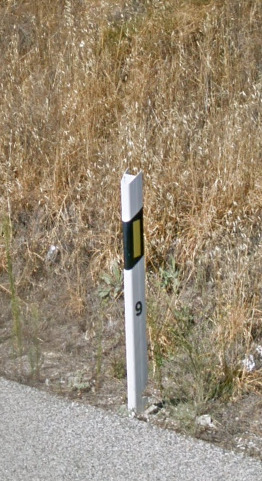
Camera Generation:
2, 3, and 4.
Road Lines:
Spain uses all white lines.

Road Signs:
Spanish road information signs have thick red borders.

Spain uses blue, white, yellow, and brown backed signs.
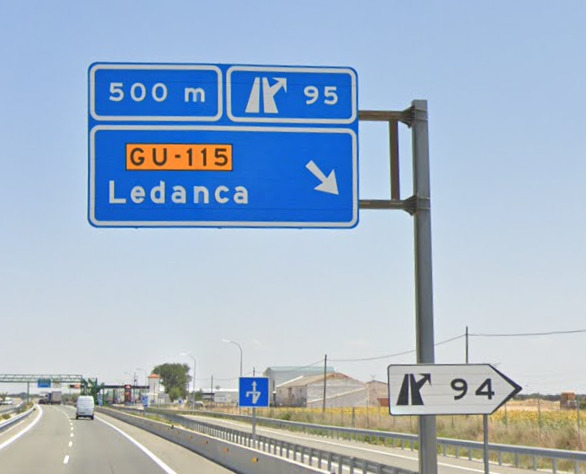
Electricity poles:
Spain uses wooden and concrete poles.


License plates:
Spain uses the standard EU style plate.

Phone number:
Spanish mobile numbers begin with either 6, or 7.
Vegetation/Landscape:
Spain has a variety of landscapes, from alpine mountains on the Andorran border, lush forests in the north, and dryer shrub and desert landscapes to the south.
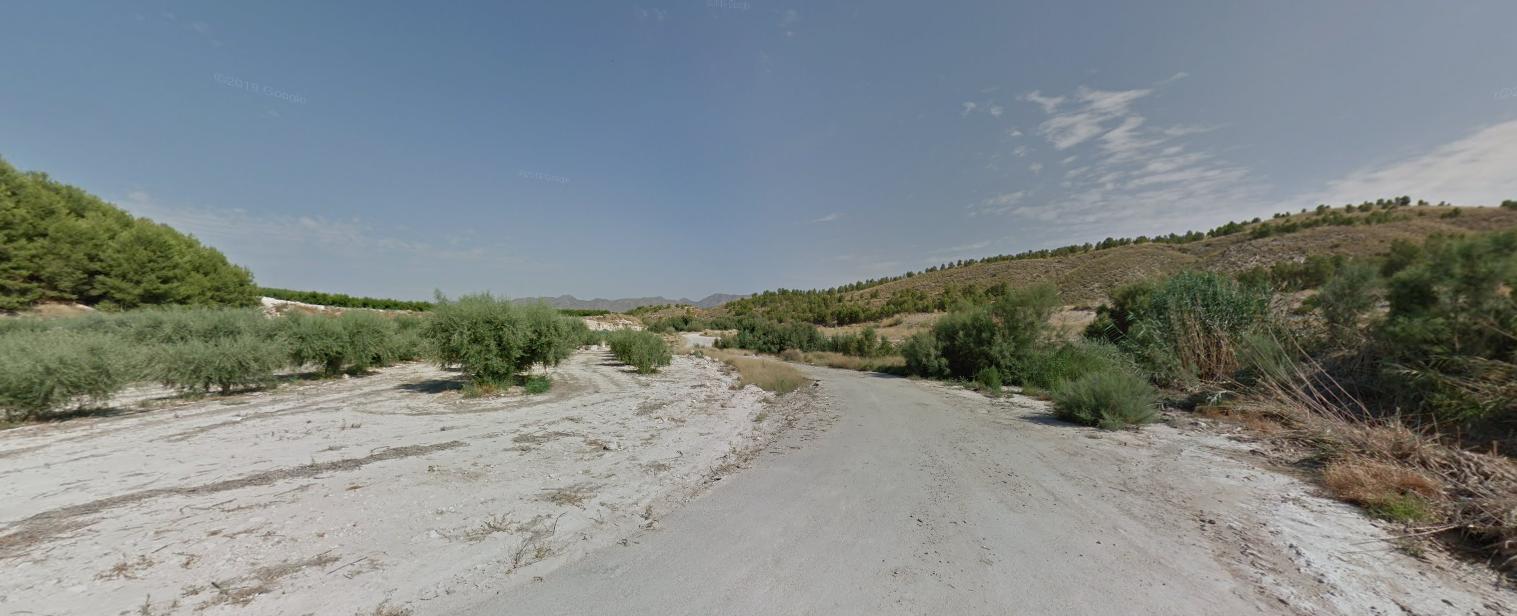
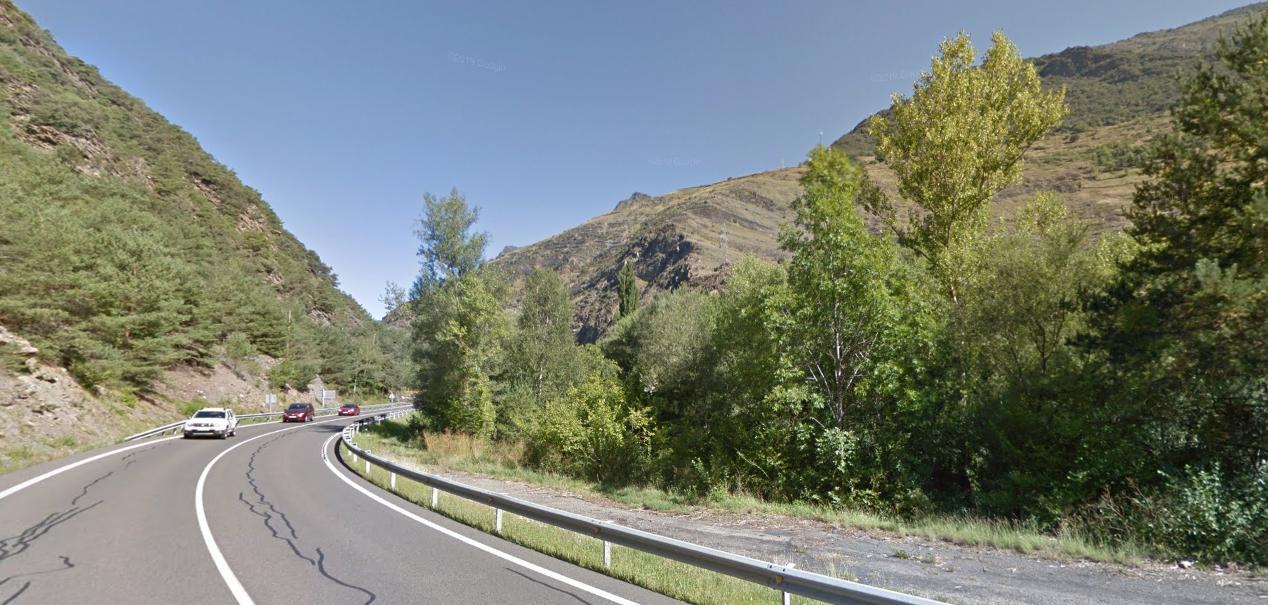


The Canary islands:
The canaries are a group of Spanish islands off the coast of Morocco, they are volcanic islands and as such can differ in appearance to mainland Spain.
They are very mountainous and often feature darker almost black soil/rocks.
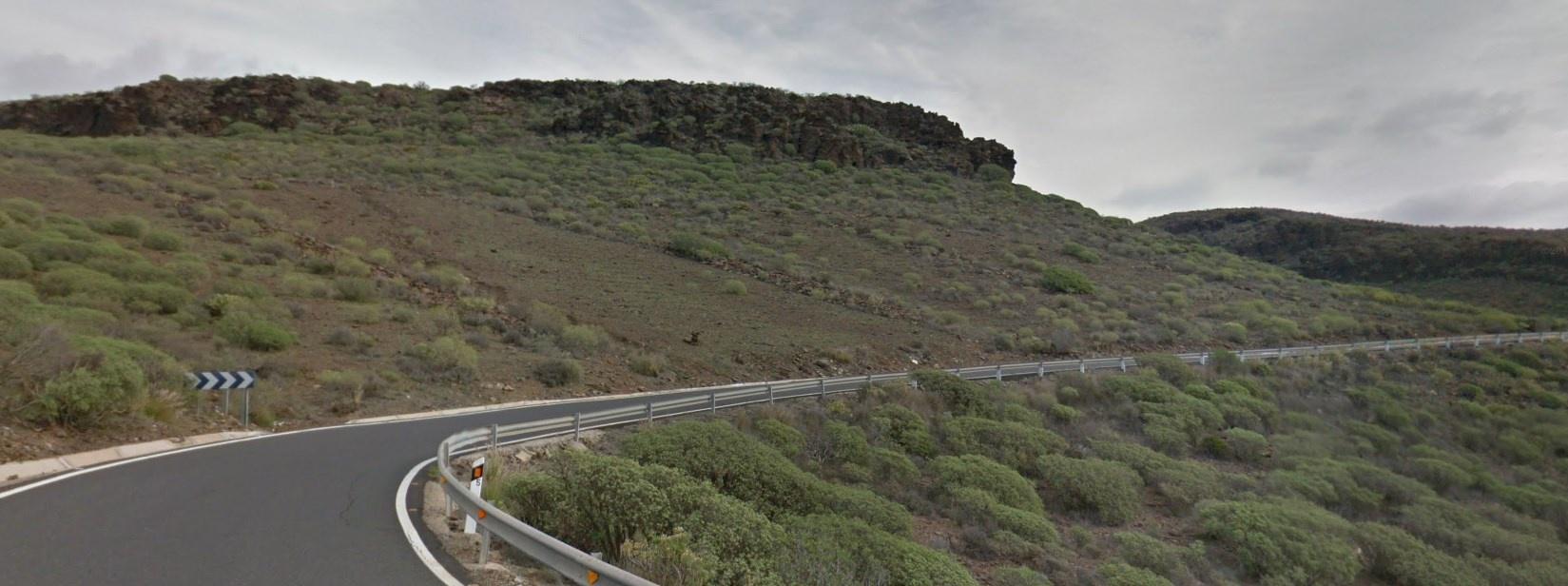
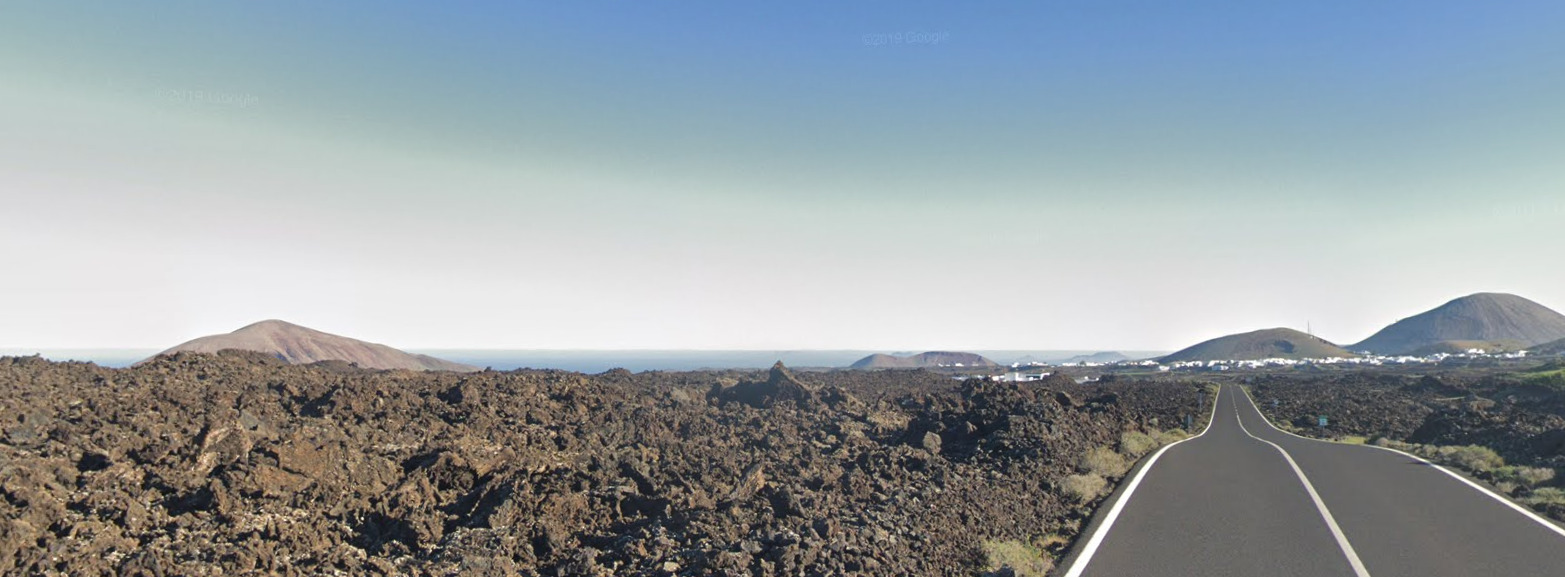
Specific tree:
–
Architecture:
Spain features many smaller single floored buildings, either with flat rooves or red/brown tiles.
Houses will often be painted white or bright colours.
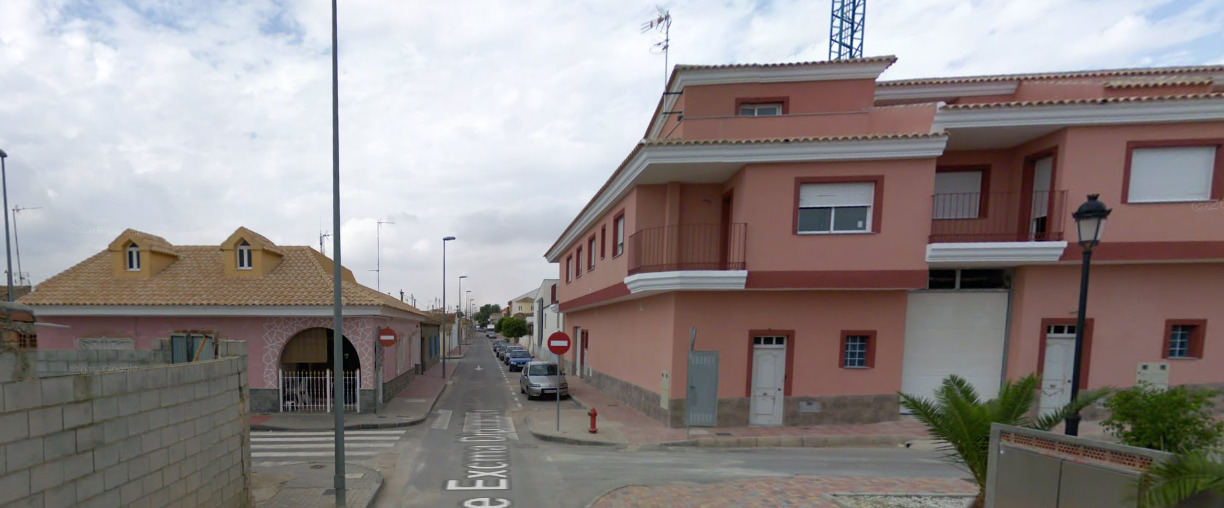
General look:
–
Alphabet/script:
Spanish uses a Latin based alphabet.
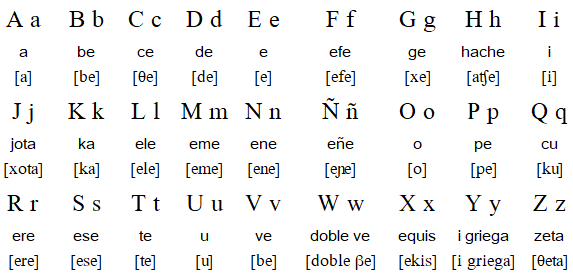
Regions:
Spain has 50 provinces across 17 regions.
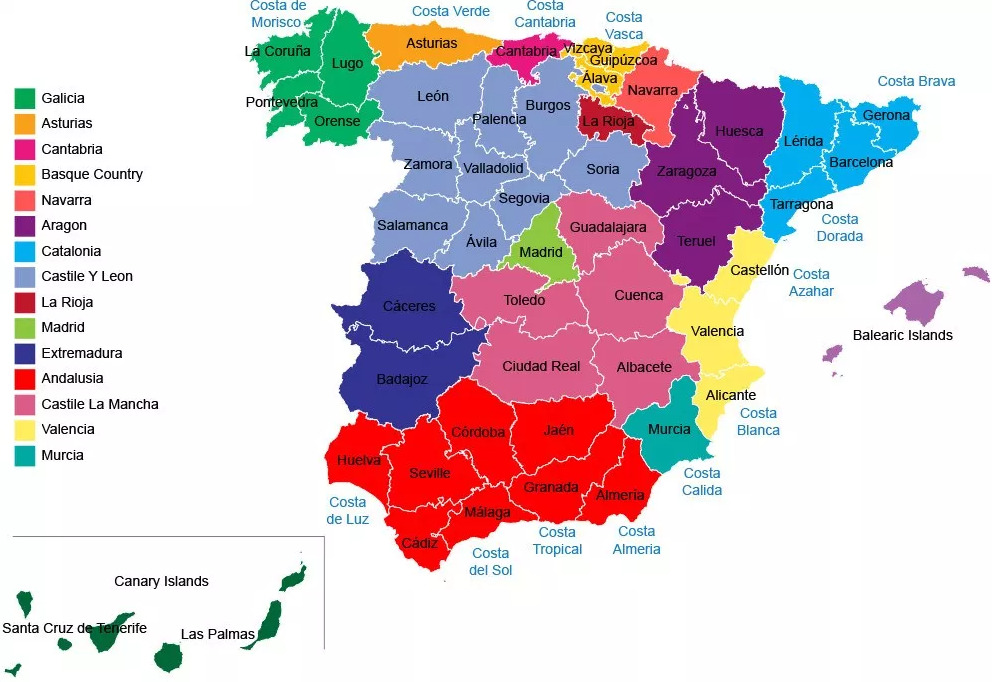

Domain:
.es
Montenegro
- Country Flag
- Capital City
- Most Helpful
- Google Car
- Bollards
- Google Coverage
- Unique Vehicle
- Camera Generation
- Road Lines
- Road Signs
- Electricity Poles
- License Plates
- Phone Number
- Vegetation / Landscape
- Architecture
- General Look
- Language
- Subdivisions
- Domain
Country Flag:

Capital City:
Podgorica
Most Helpful:


Montenegro has rifts, as well as a unique license plate. The crest in the middle of the plate can usually be seen through the blur. Mixed in with the rifts, and you know you are in Montenegro.
Google Car:
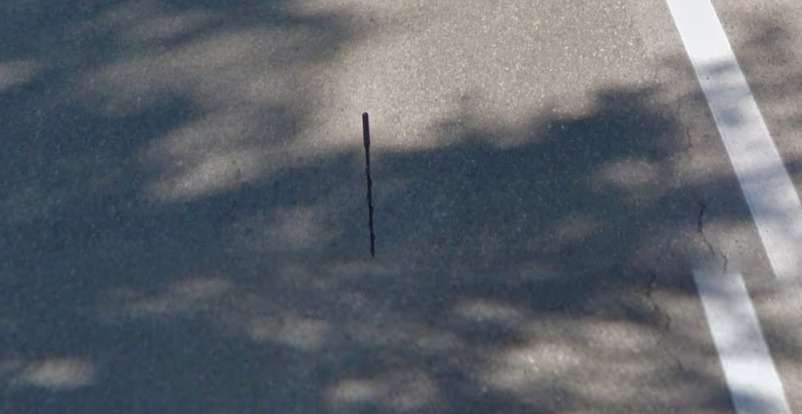
The google car in Montenegro features a mid-length antenna in the north.

And a short one in the south.
Bollard:
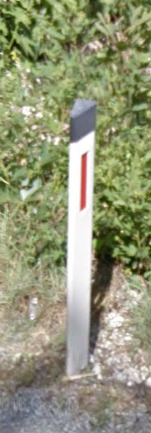
Montenegro uses white bollards with black caps, and red rectangles sections.
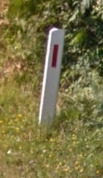

These stone blocks appear on curves in the mountains. They are similar to the ones in Albania and Bhutan.

Guardrails in Montenegro can have this yellow paint job that seems to be rusted. These guardrails are not always going to be this color, but they do appear often in the rural areas.
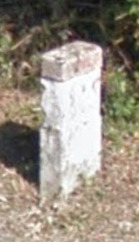
These stone slabs seem to exist, although rarely. They sometimes have numbers on the sides, which indicate the KM you are along the road.
Google Coverage:

Much like its Neighbor, Albania, Montenegro doesn’t have much coverage outside of the major roads and towns.
Unique Vehicle:

Taxi’s in Montenegro don’t really follow any patterns. The colors seem to be company or driver specific. The only determining factor of a taxi is the overhead sign that indicates a car is a taxi.
Most people seem to use their personal vehicle, although some similarities between vehicles have been observed.
Camera Generation:
Gen 3
Road Lines:

Montenegro uses all white lines.
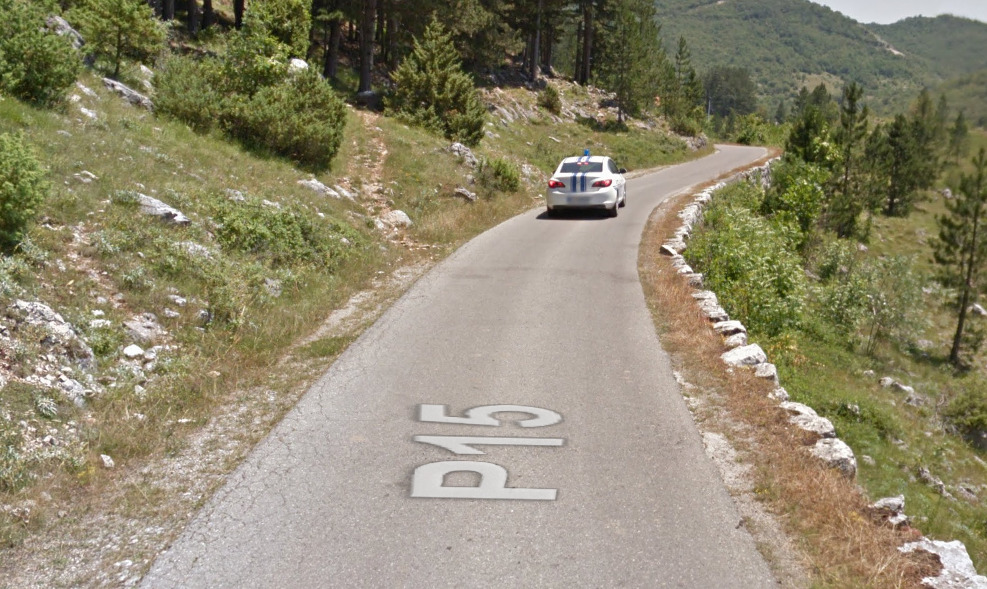
Montenegro also uses these thin roads. They can sometimes be found in Croatia.
Road Signs:
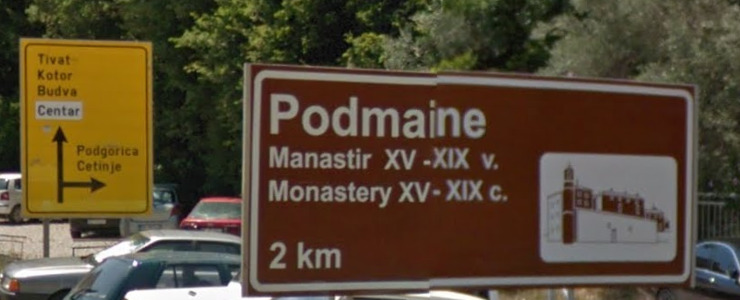
Montenegro uses yellow, brown and blue backed signs.

Montenegro’s road information signs have a white edge.
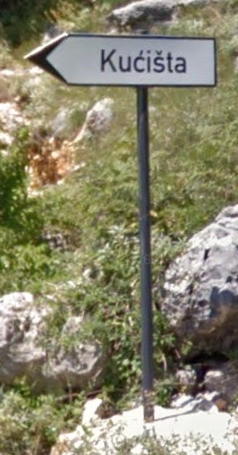


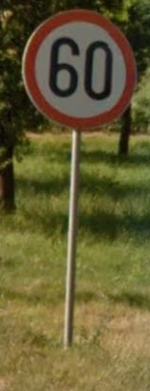
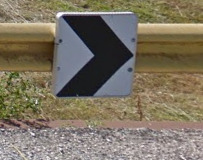
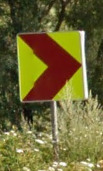

Electricity poles:
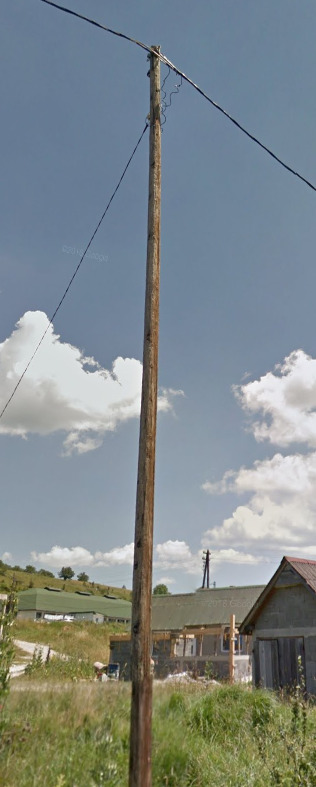

Montenegro uses wooden and concrete poles.

Montenegro also seems to sometimes use their light poles to carry wires. This is not very common throughout most of the world.
License plates:

Montenegro uses the standard EU style plate but with the countries crest in the center.
The first two letters of the license plate indicate the city the car is from. PG stands for the capital, Podgorica.
The map below indicates the code for the license plates, if you are to find one that is unblurred.
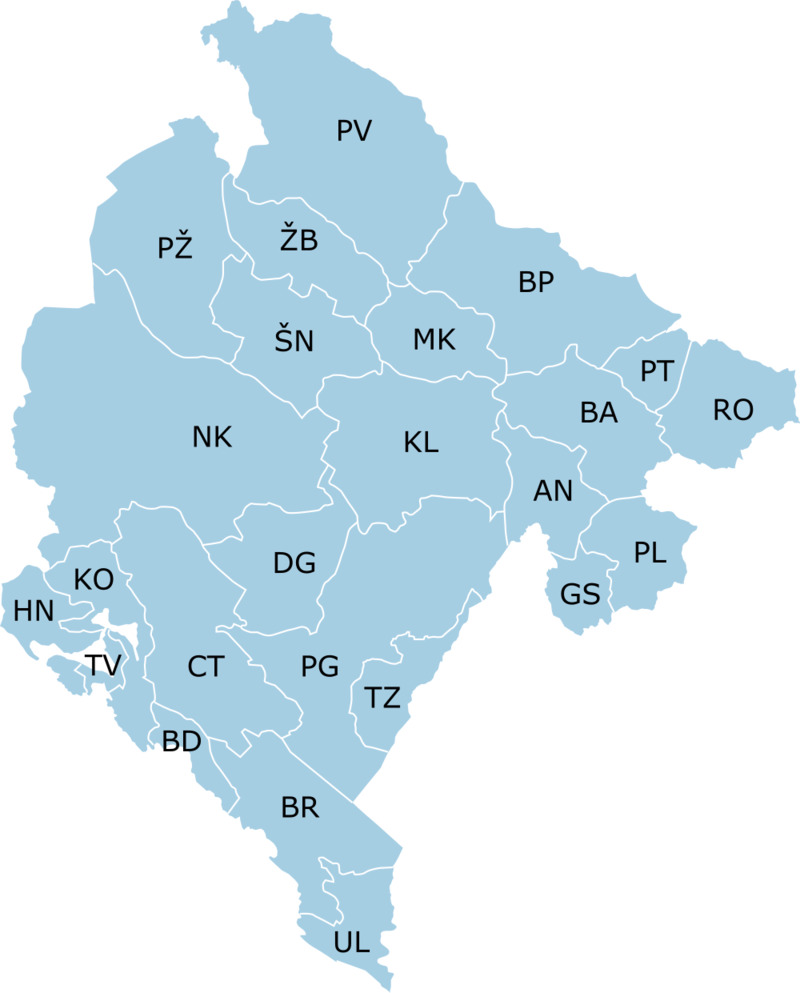
Phone number:

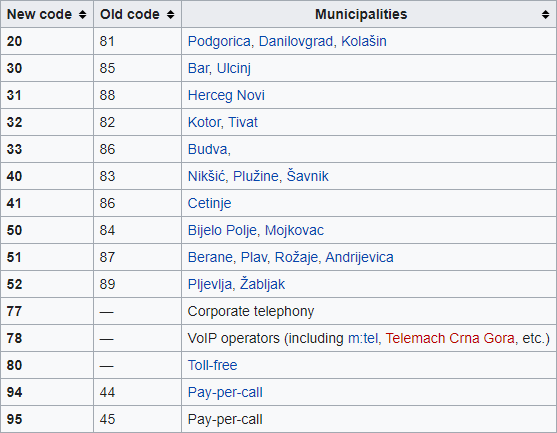
Montenegro switched from the old codes to the new codes in October of 2008. It may still be possible to see the old codes, however the examples above are the new code numbers. Any number that begins with a 06x is a mobile number, as shown by the 069 area code.
The 20 area code as shown above is in 3 regions. In the case of the example above, it is located in the outskirts of the city of Podgorica.
Vegetation/Landscape:



This shot is from the Durmitor Mountains. It seems to be a unique section of the country.
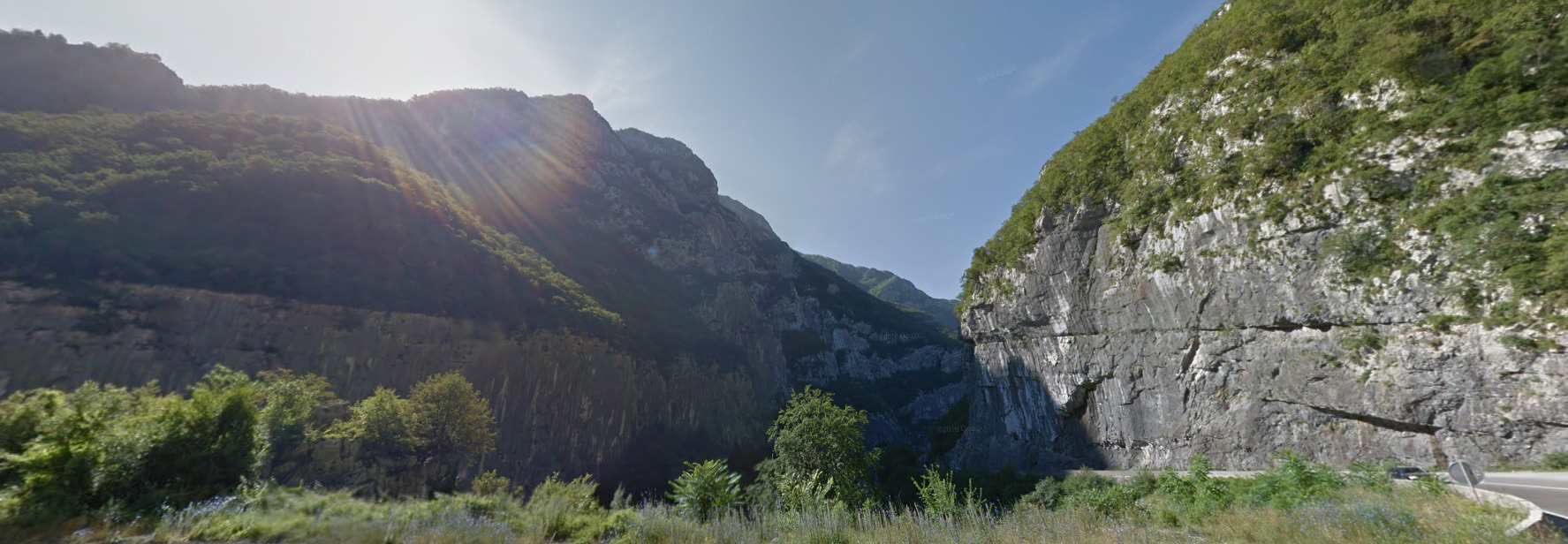
Montenegro features a very mountainous landscape.

These piles of dried hay or grass can be found in rural mountainous locations, mostly in Montenegro and Romania.
Architecture:

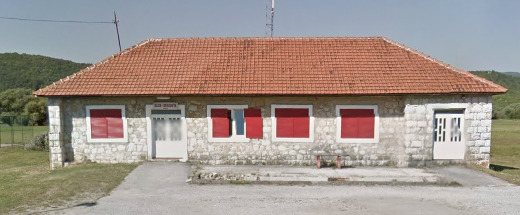
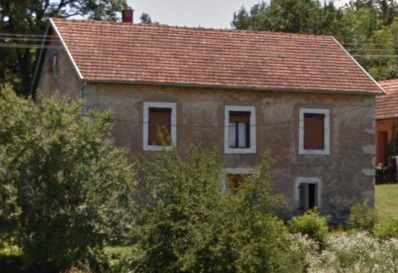
Montenegrin houses often have red tiled rooves.
General look:


If you look at the sky in Montenegro these ‘rifts’ are a very common sight if you have the mid-length antenna car, they appear due to a stitching error of googles maps.

The Bay of Kotor has a very unique feel to it. You have these very steep and sharp looking mountains, surrounding a bay.
Alphabet/script:
Montenegro uses a mix of Latin and Cyrillic alphabets.
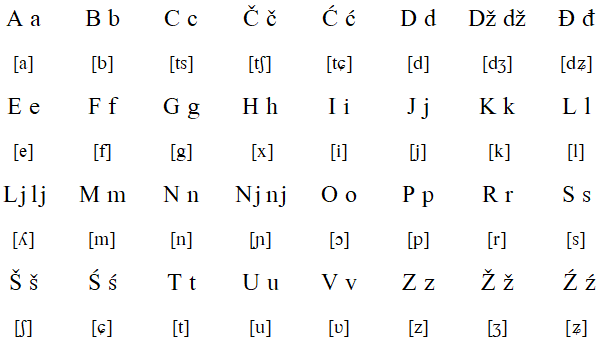
Latin.
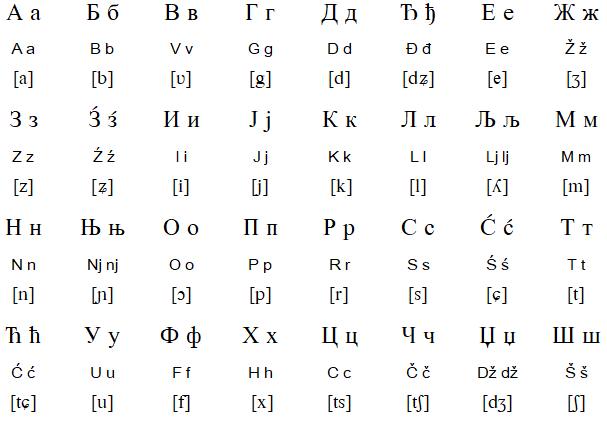
Cyrillic.
Subdivisions:
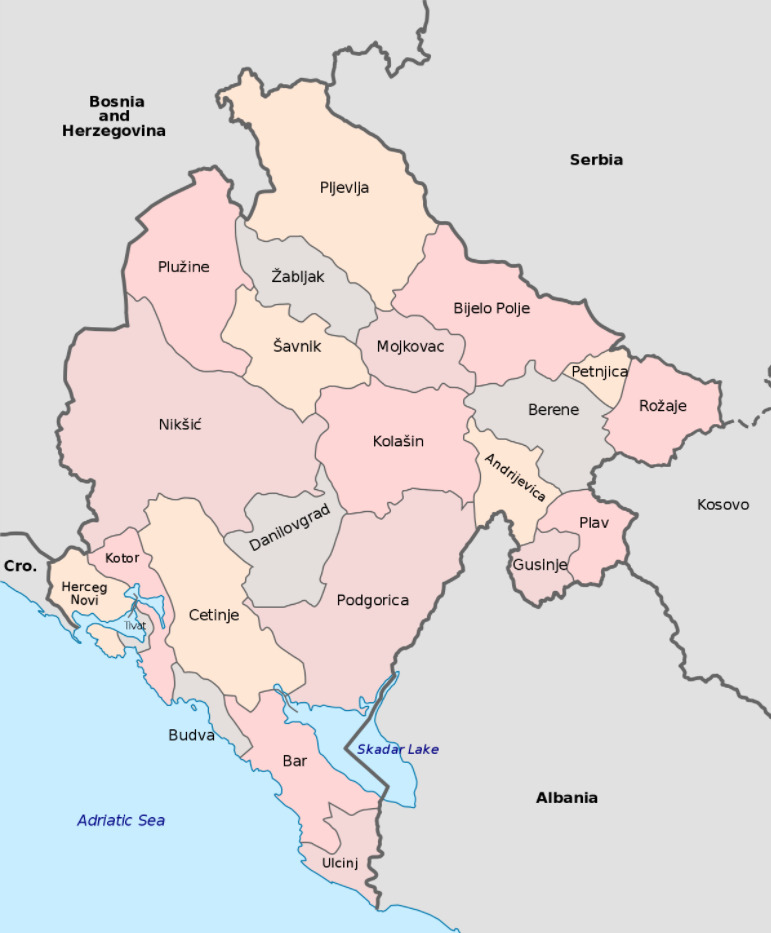
Montenegro is divided into municipalities of which there are 21.
Domain:
.me
Switzerland
Country Flag:

Capital City:
Bern
Google car:
Switzerland uses a ‘low camera’ often told by relative height to nearby objects, but it will also look like it has a larger than usual blur.

Bollard:
Swiss bollards come in a few different shapes but they all follow the same black and white pattern.


Camera Generation:
3, and 4.
Road Lines:
Switzerland uses all white lines.

Road Signs:
Swiss signs feature green, blue, or white backgrounds.
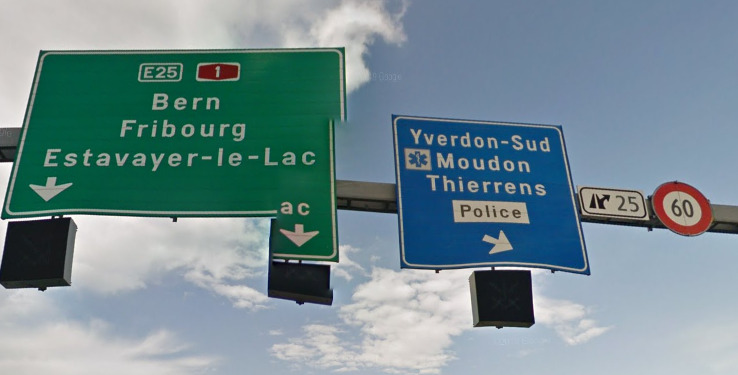
Many swiss signs feature a metal border.

Electricity poles:
Switzerland uses wooden poles.

You may sometimes come across electricity hubs such as these.
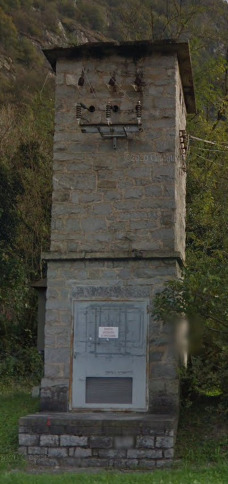
License plates:
Swiss plates have a white background with the countries crest on the left hand side.

Phone number:
–
Vegetation/Landscape:
Switzerland is incredibly mountainous due to being located in the middle of the alps.

Specific tree:
–
Architecture:
Switzerland has lots of unique looking chalets, and the window shutters are quite common across swiss houses.
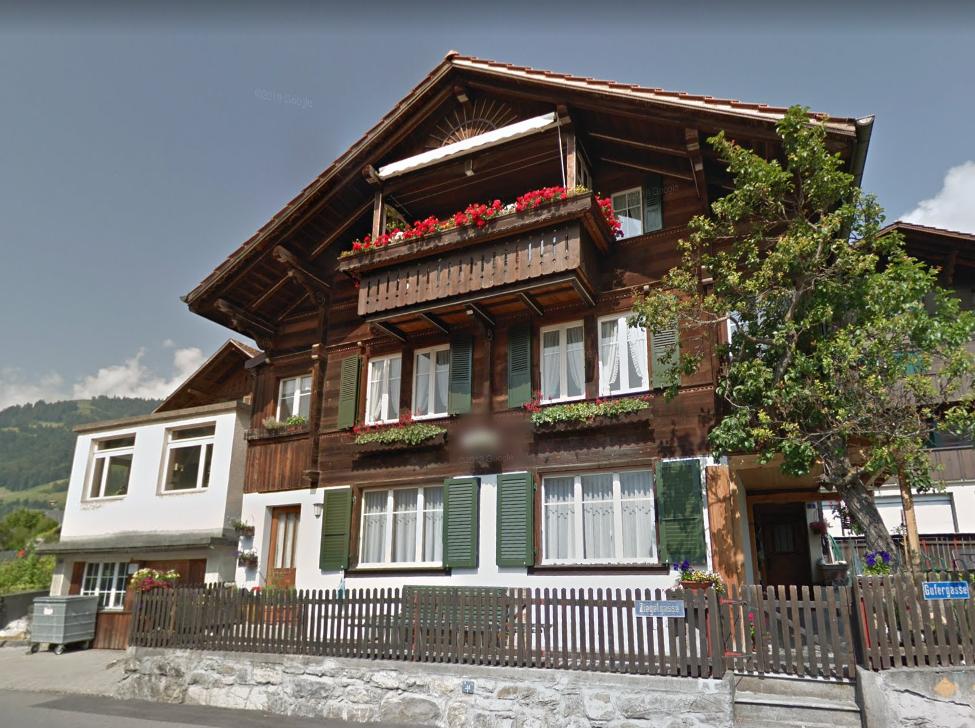
General look:
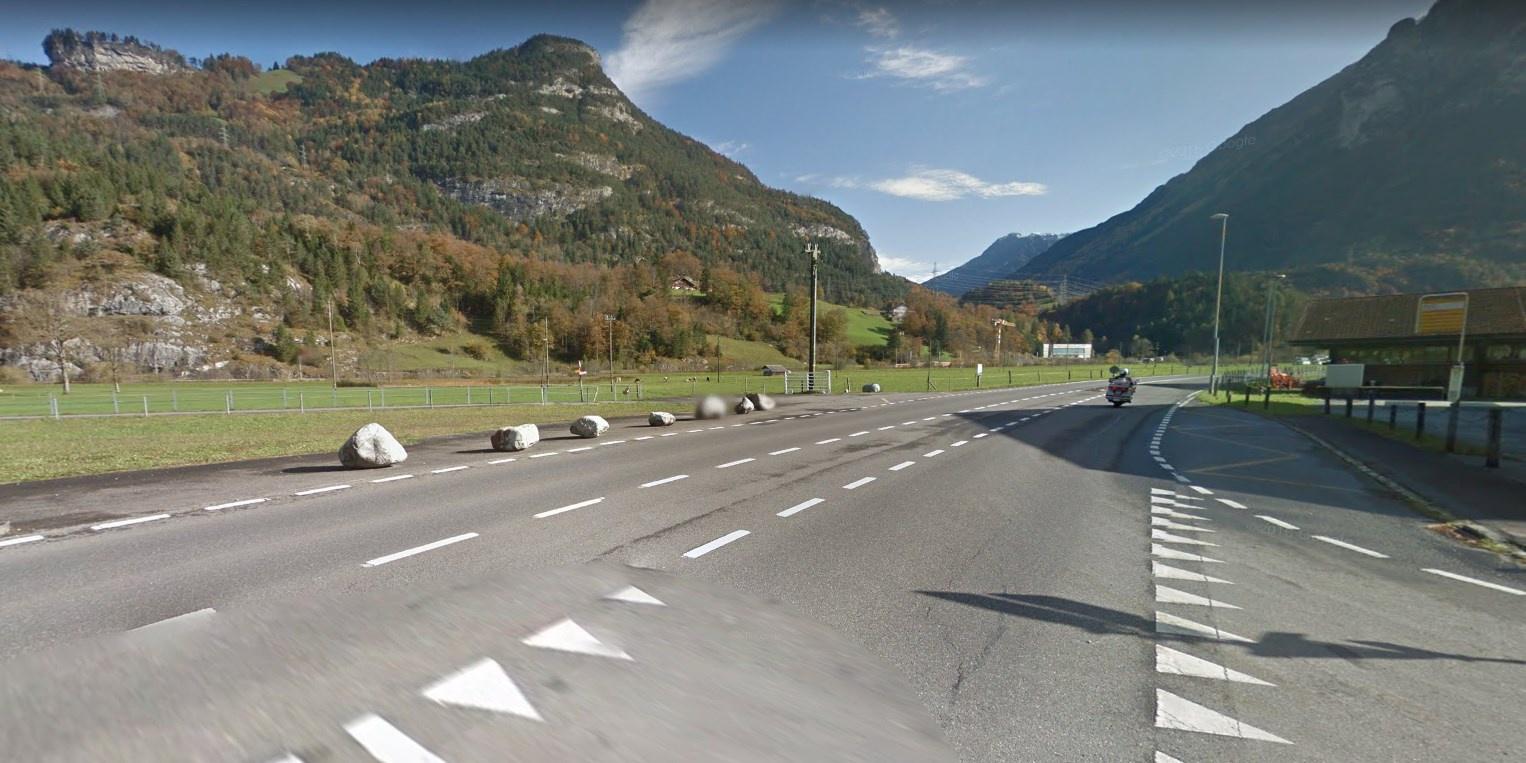
Alphabet/script:
Due to its unique location within Europe Switzerland has 4 official languages, all based in a Latin alphabet.
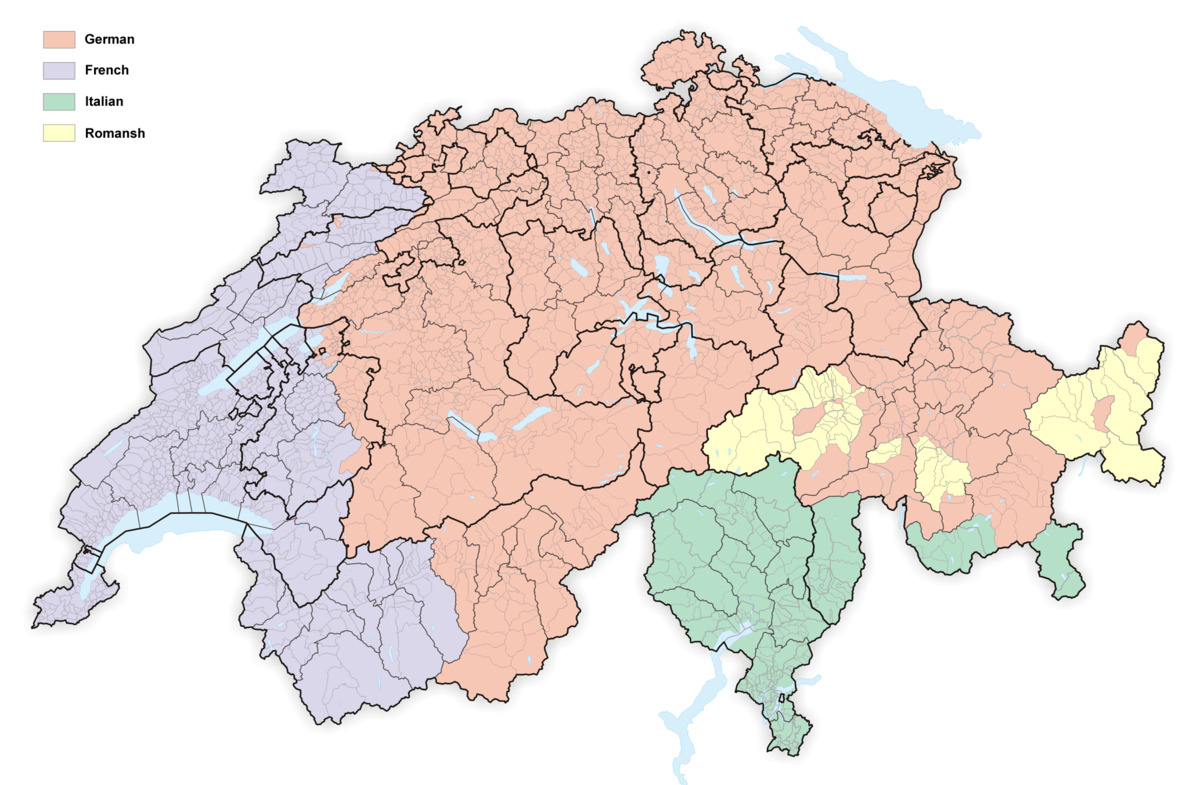
German is the most common through out the country, found mostly north and central.
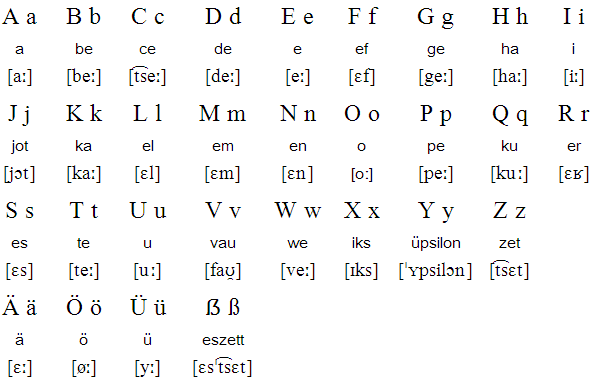
French is most common in the west near the French border.
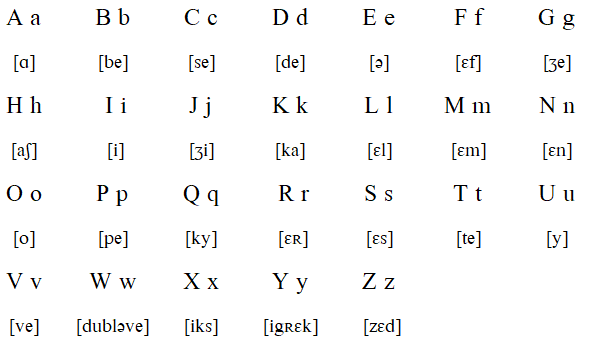
Italian is most common in the south by the Italian border.
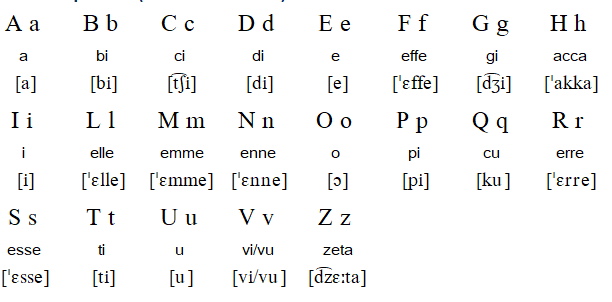
Romansh is the only language unique to Switzerland and isn’t too common but is found in the east.

Regions:
Swiss regions are called ‘cantons’ of which there are 26.
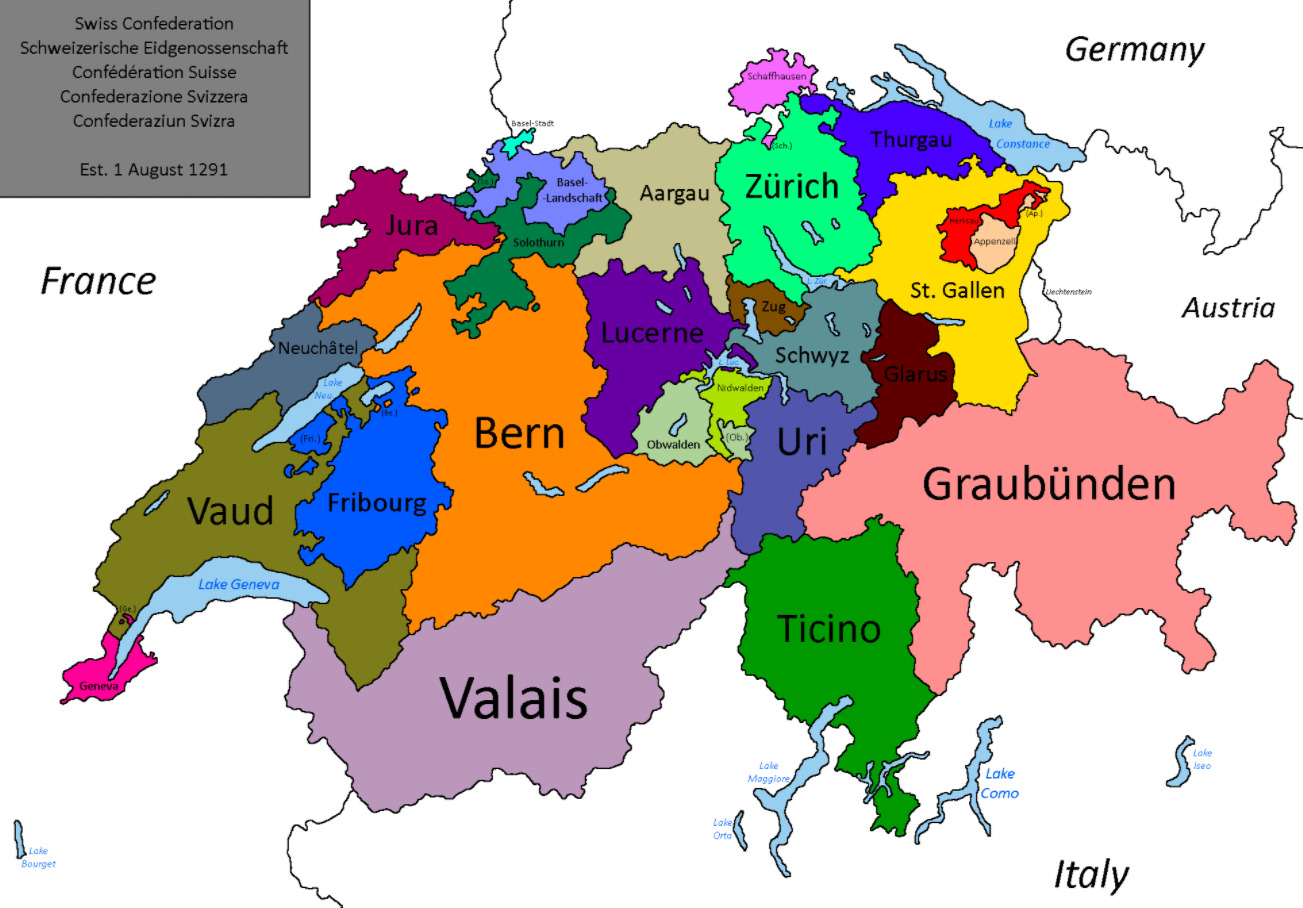
Domain:
.ch
Lithuania
- Country Flag
- Capital City
- Most Helpful
- Google Car
- Bollards
- Google Coverage
- Unique Vehicle
- Camera Generation
- Road Lines
- Road Signs
- Electricity Poles
- License Plates
- Phone Number
- Vegetation / Landscape
- Architecture
- General Look
- Subdivisions
- Language
- Domain
Country Flag:

Capital City:
Vilnius
Most Helpful:

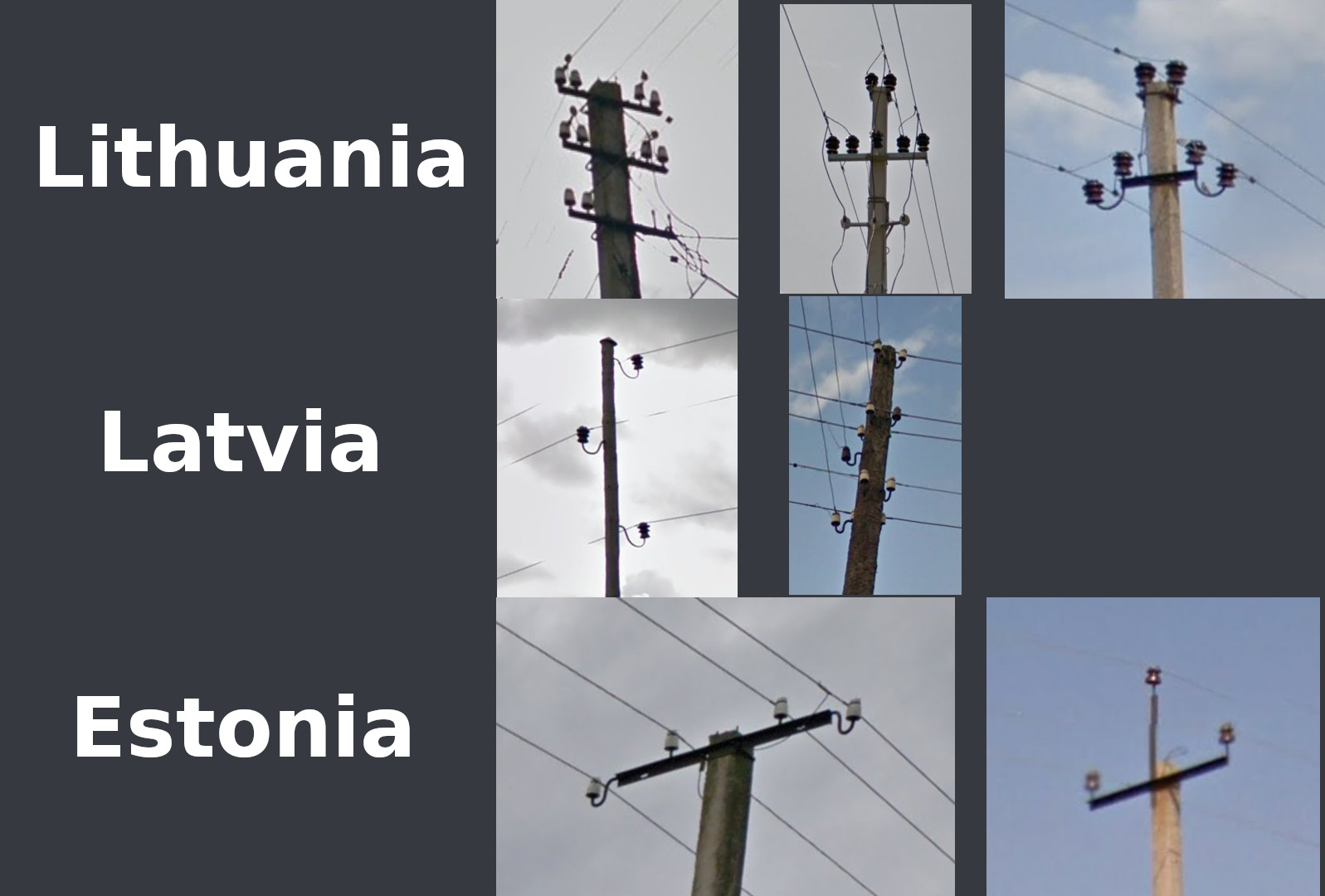
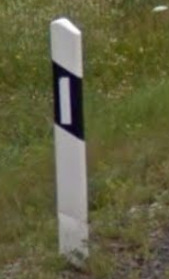
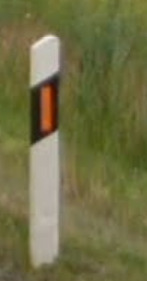
Google Car:
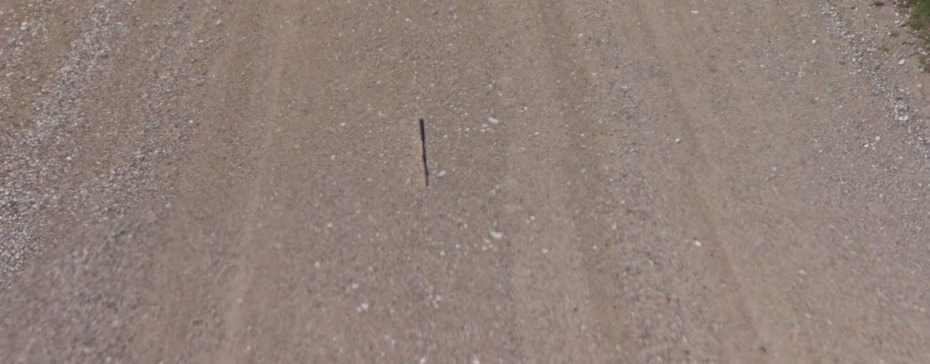
Lithuania’s google car has a short/stubby antenna.
Bollard:



Lithuania uses a pretty generic bollard style, but with orange on one side, and white on the reverse. On some of the more major roads, there is a chance that the backs of the bollards will not have a reflector. If you see the white reflector, it means that traffic on the other side is coming towards you.
Google Coverage:

Most of the numbered roads are covered. Stick to those roads and the larger towns and you should be fine.
Unique Vehicle:
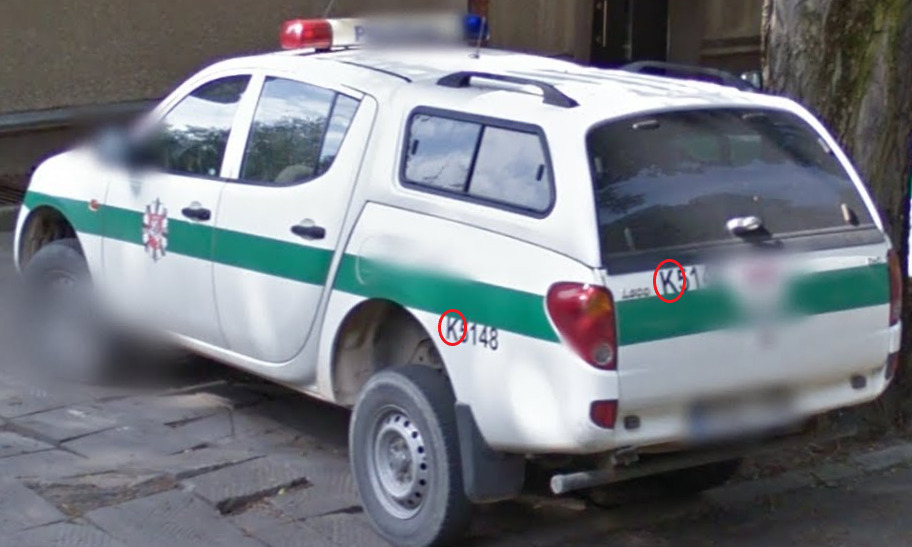
Cop cars in Lithuania can be really useful. The first letter (circled red) on the cop car will tell you what region the car is from.
K stands for Kaunas
V stands for Vilnus
L stands for Klaipeda
T stands for Taurage
UK stands for Ukmerge
U stands for Utena
P stands for Panevėžys
S stands for Šiauliai
E stands for Mažeikiai
R stands for Marijampolė
Camera Generation:
Gen 3
Road Lines:
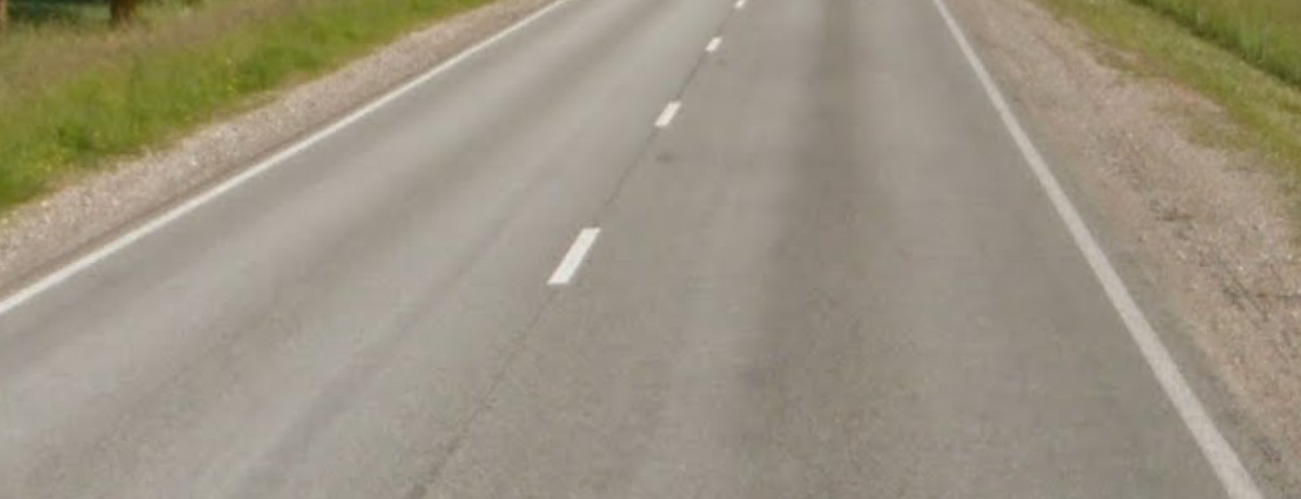
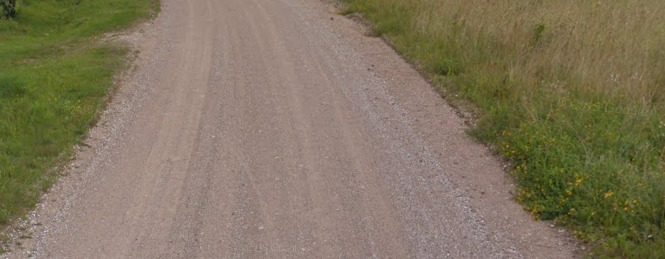
Lithuania uses all white lines, though it uses many gravel roads with no markings.

Sometimes the shoulder lines will be dashed.
Road Signs:

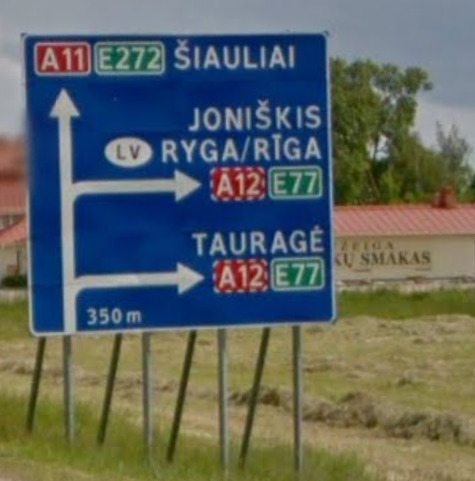
Lithuania use blue backed road signs, and white settlement signs.
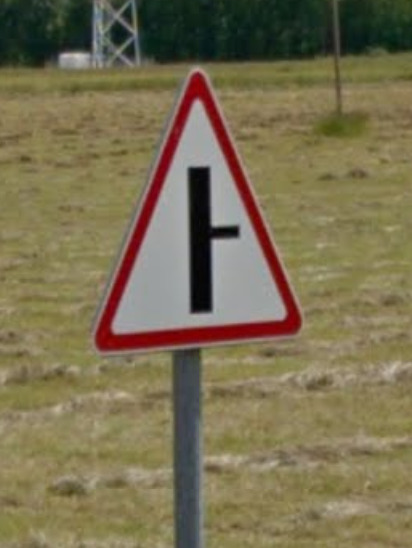

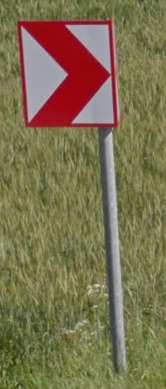
Chevrons in Lithuania have a nice red border around them. Crosswalks are 3 dashed.



You can find an orange reflector on the right hand side of the road, while the left hand side will be a white reflector, much like their bollards. You can also find these wire guardrails, however these tend to be more rare.
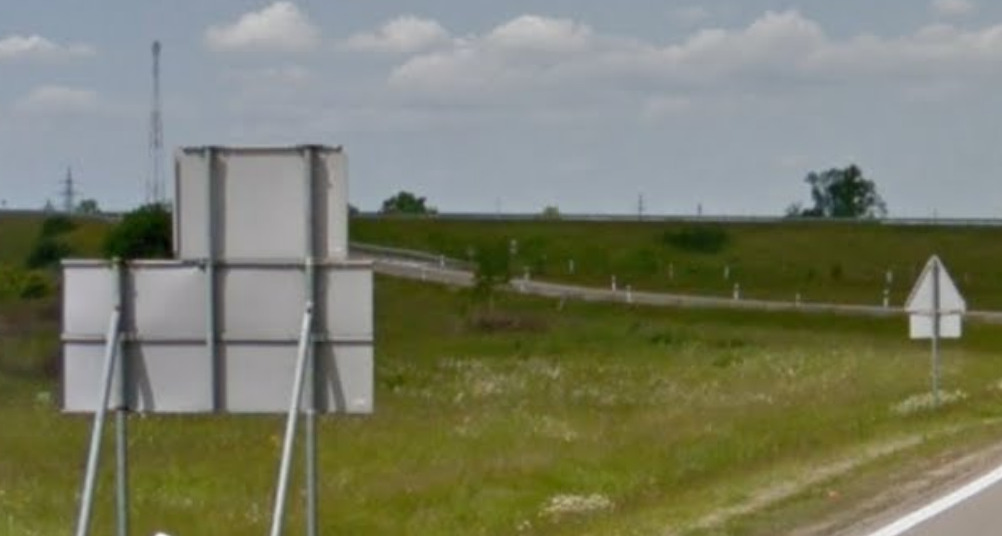
The backs of Lithuanian signs have folded edges.

Electricity poles:

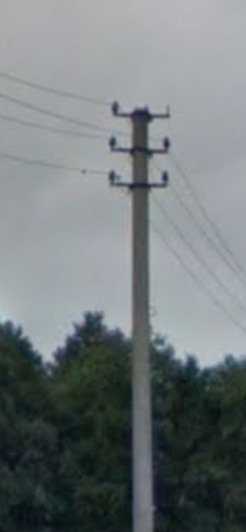
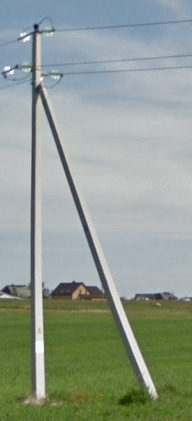
Lithuania uses concrete poles with ‘bulbs’ in a 1×1 2×2 or 3×3 format, sometimes they will have an odd number of bulbs.

License plates:

Lithuania uses the standard EU style plate.
Phone number:

All Lithuanian mobile phone numbers will start with 86.
Vegetation/Landscape:
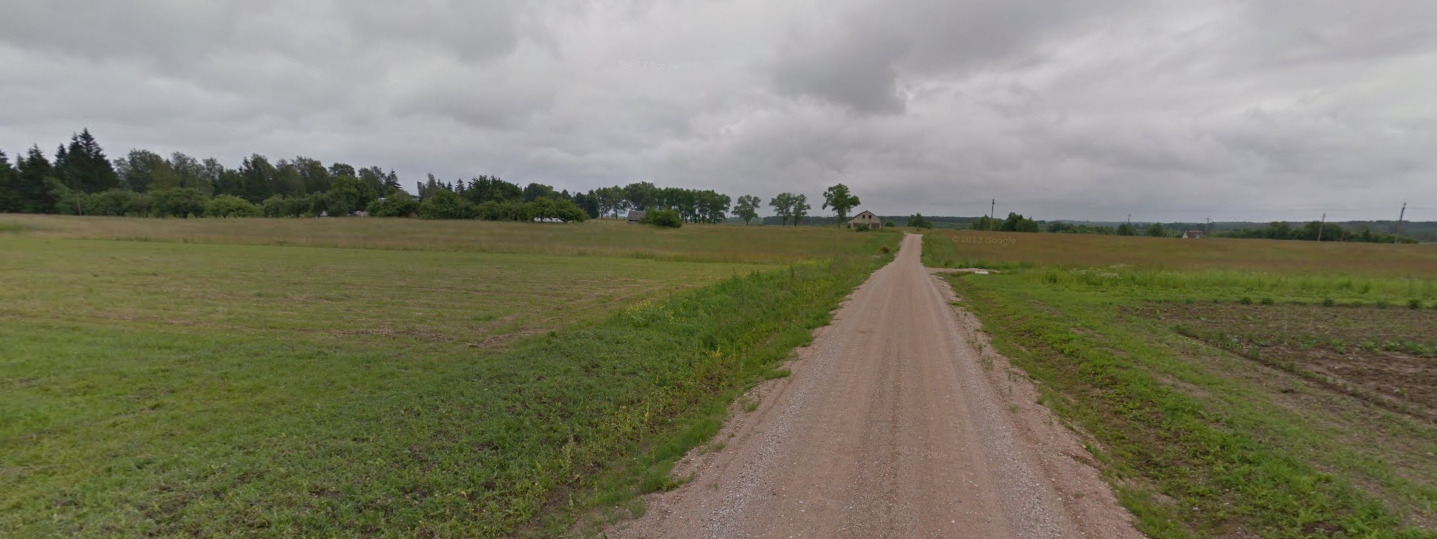


Lithuania is a very flat country.
Architecture:
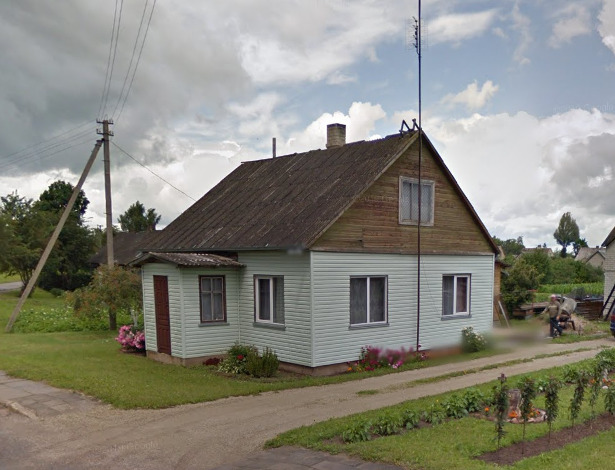
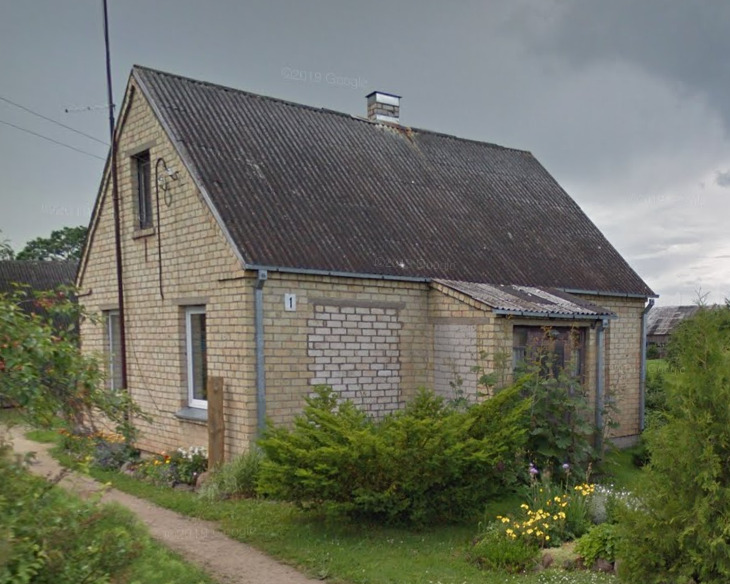
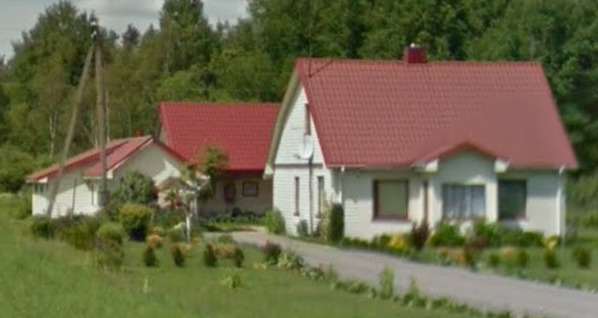
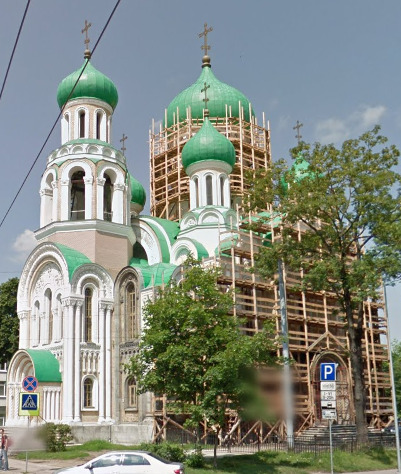
Lithuania has a lot of wooden/brick houses with corrugated metal roofs.
General look:
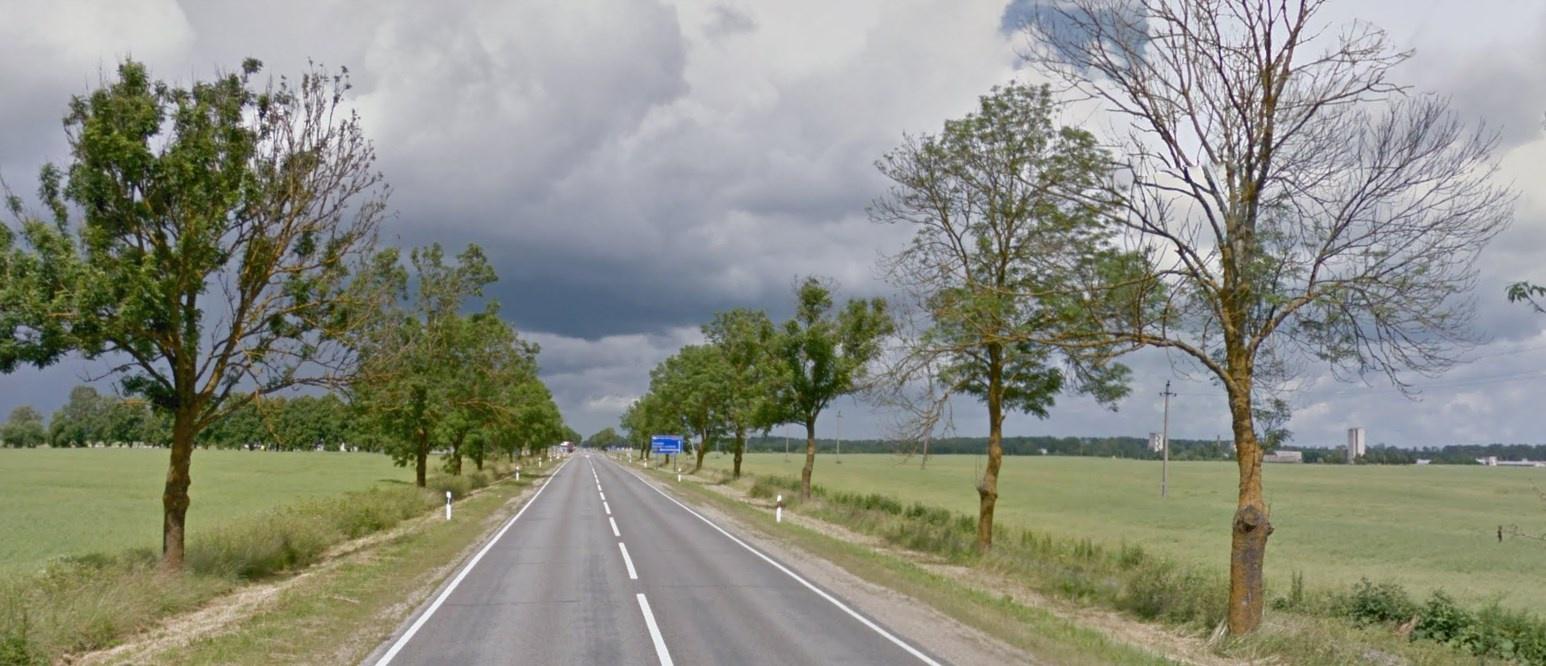


Main roads in Lithuania will often have trees lining them.
Regions:

Lithuania is divided up into 10 counties and 10 municipalities.
Alphabet/script:
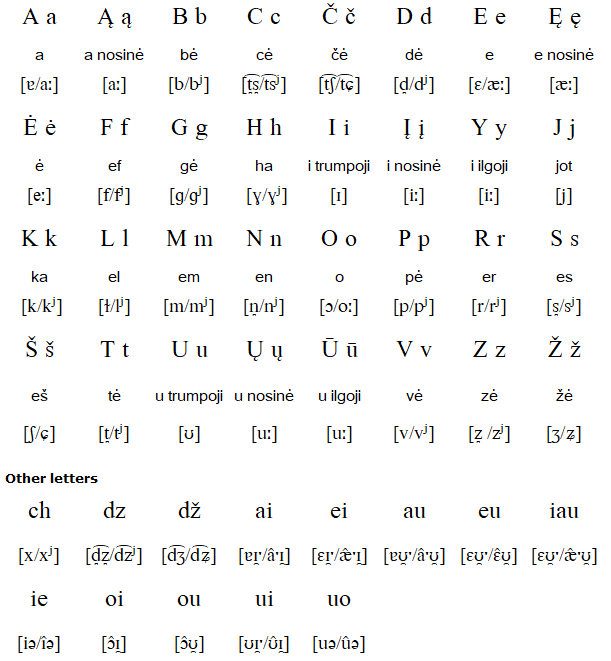
Lithuania’s official language is Lithuanian, and it is a Latin based script.
Domain:
.lt
The Netherlands
- Country Flag
- Capital City
- Most Helpful
- Google Car
- Bollards
- Google Coverage
- Unique Vehicle
- Camera Generation
- Road Lines
- Road Signs
- Electricity Poles
- License Plates
- Phone Number
- Vegetation / Landscape
- Specific Tree
- Architecture
- General Look
- Subdivisions
- Language
- Domain
Country Flag:

The country flag of the Netherlands is very similar to the one of Luxembourg.
The exception is that the blue part of the flag is darker for the Netherlands and lighter for Luxembourg.
The Netherlands has 12 provinces, that each have their own flag.
You may come across one of these flags, which then may help you narrow down your options. Finding these will be very rare though.
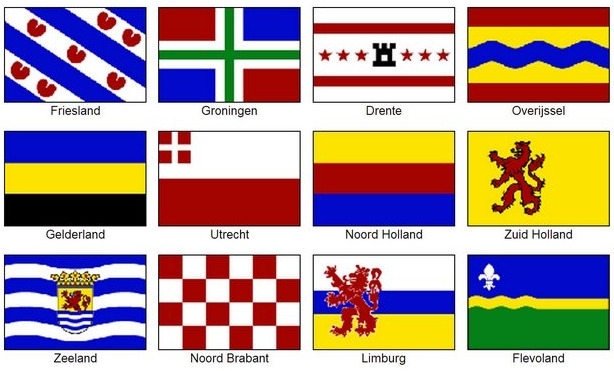
Capital City:
Amsterdam
Most Helpful:


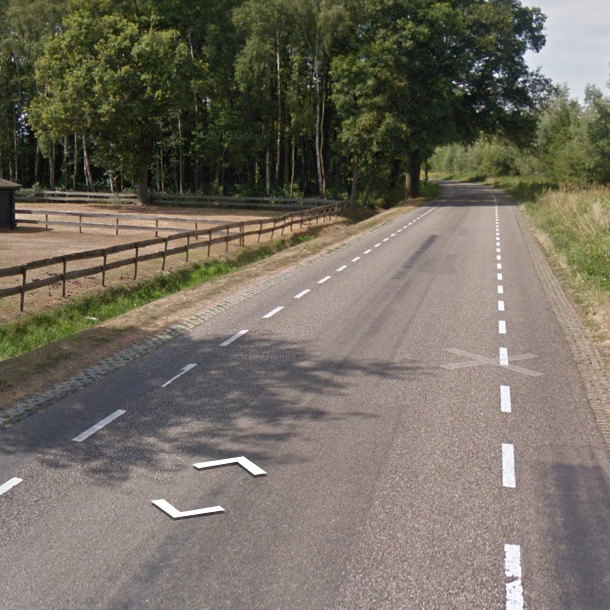
The Netherlands use all yellow license plates. They also have the white dashed shoulder lines which make figuring out you’re in the Netherlands easy. The Netherlands is also incredibly flat.
Google Car:
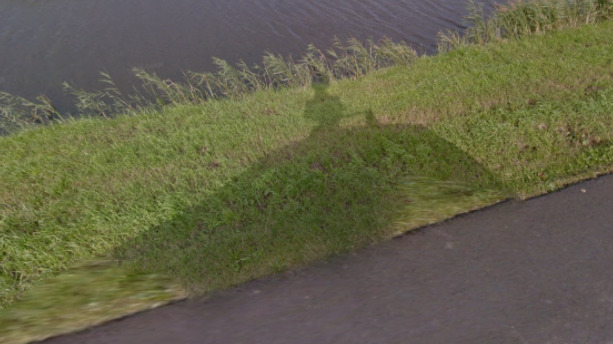
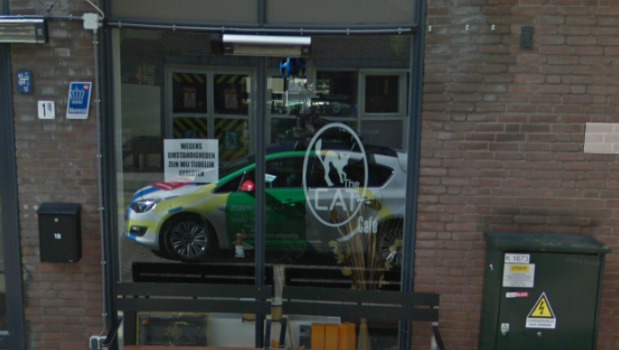
The Google Car is generally hidden in the Netherlands. However, the shadow can often be seen. Also, reflections in windows can often be spotted.
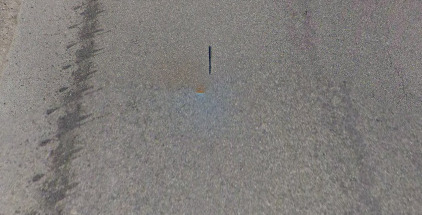
There is also a chance that you can find an antenna on the back of the car. Its not in every region or area, but it does exist enough to be mentioned.
Bollard:
This is the most common bollard in the Netherlands, a white bollard with a red reflector.
These bollards can be mostly found on the right side of the roads and highways.
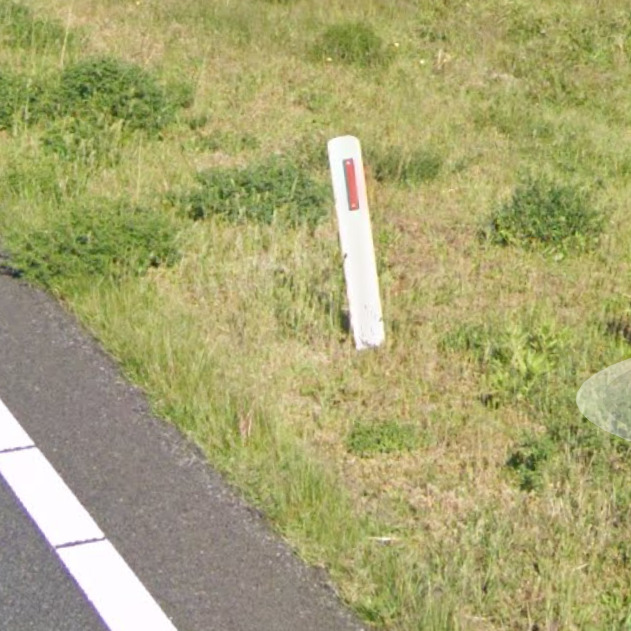
Less common, also on the right side of the road black bollards with red reflectors can be seen.
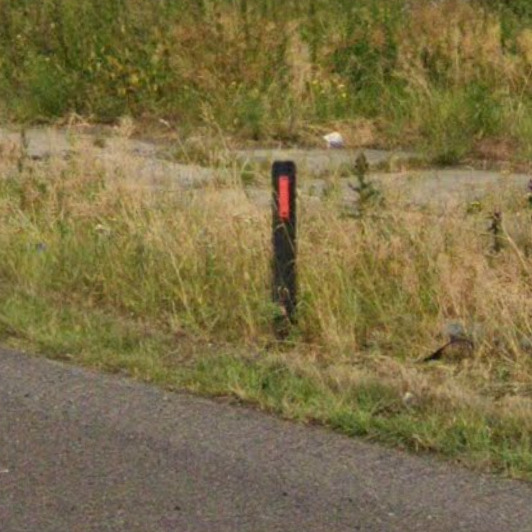
Bollards on the left side of the road are less common, but often they are white with a white reflector.
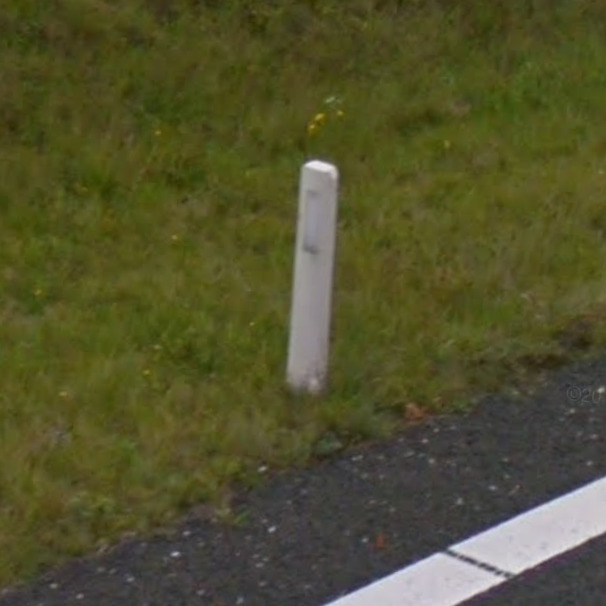
You can also find bollards with distances on them, counting from the start of the road until the end.
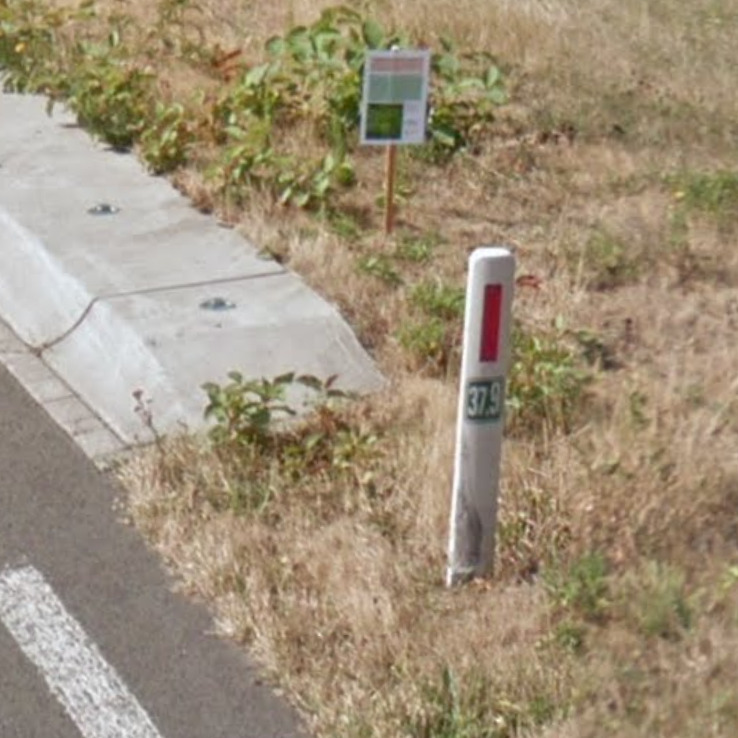
Bollards with multiple reflectors exist as well.
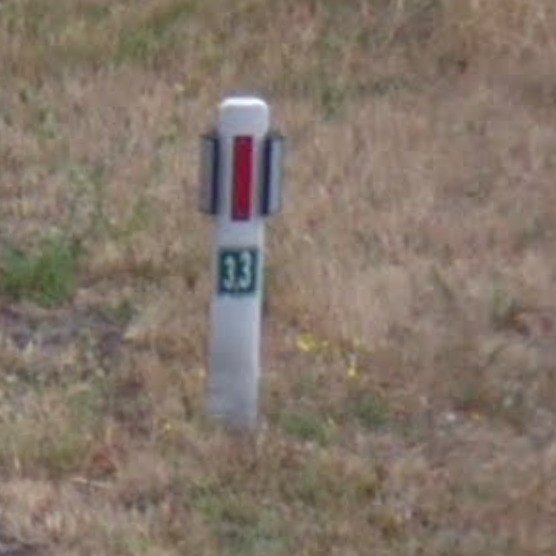
The following bollards, can also be seen alongside smaller roads in between cities/towns/villages.
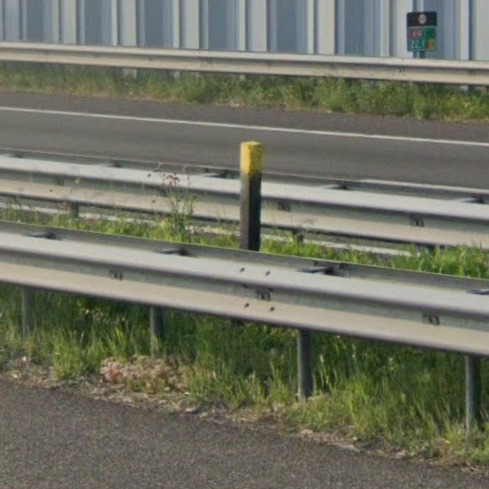
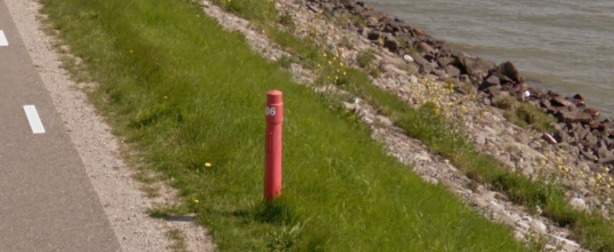
Google Coverage:
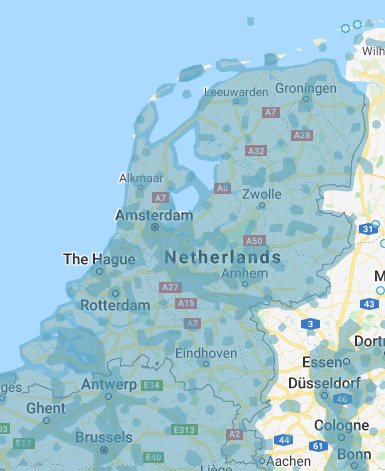
Most, if not all roads in the Netherlands are covered. There are some spots on the West Frisian islands to the north that do not have full coverage. If you see a field of green, its likely that there is not coverage there. Stick to the roads and you should be fine.
Unique Vehicle:
When you spot some hair like on the picture below, you know you are in the Hoge Veluwe Region, just north of Arnhem.
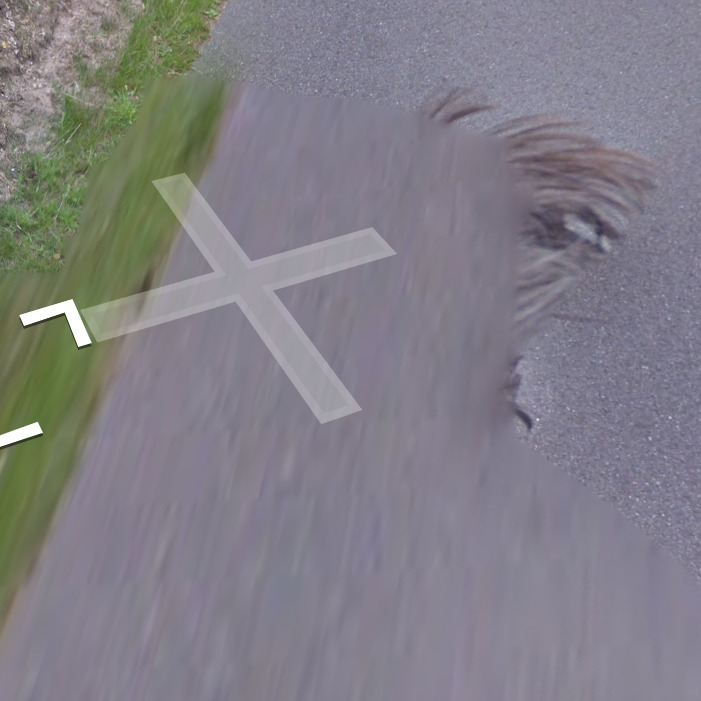
Camera Generation:
Gen 2, 3 and 4.
Road Lines:
Double white stripes in the middle of the road, with a green line in between, means cars are allowed 100 km/h.
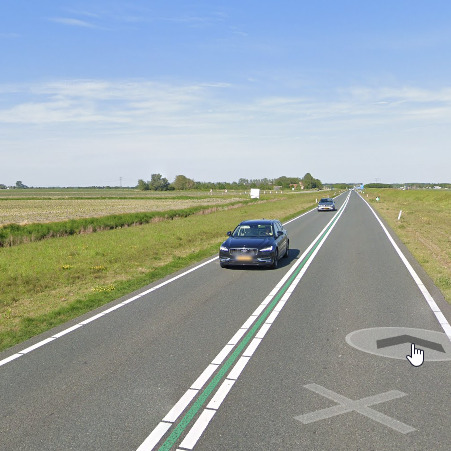
Double white stripes in the middle without a green line, means cars are allowed 80 km/h.
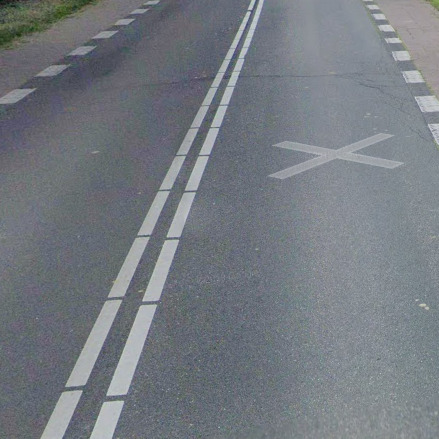
No lines in the middle, means cars are allowed to go 80 km/h, unless a 60 km/h sign is shown.

The Netherlands has a lot of red cycling lanes, either alongside the road or completely separate on the side.

Road Signs:
National hectometer signs are green with white letters.
They will have either Li or Re written on them, to indicate that you are on the left (Li) of the right (Re) driveway.
The number on the signs indicates the distance in kilometers from the start of the road.
Quite often the road number is clearly visible, giving you a great hint to figure out where you are.
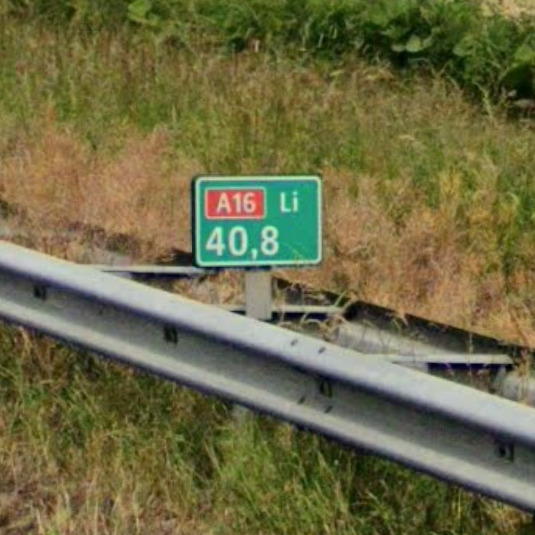
What a lot of people don’t know is that hectometer pole are arguably the best ways to locate yourself on the map.
Besides the national hectometer signs, a lot of provinces have local ones too, and if you know them by heart, your guess will automatically be better.
Drenthe
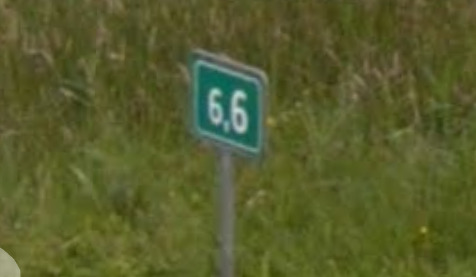
Flevoland
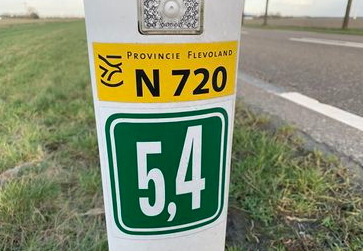
Friesland
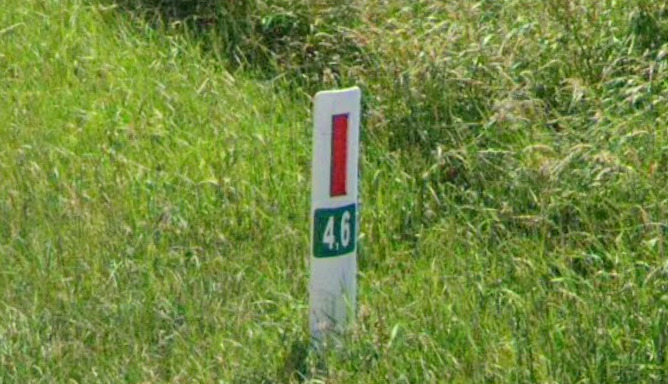
Gelderland
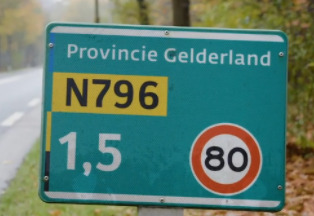
Groningen
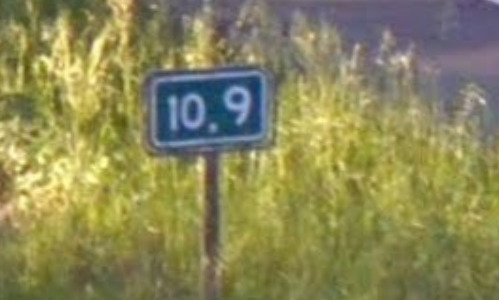
Limburg
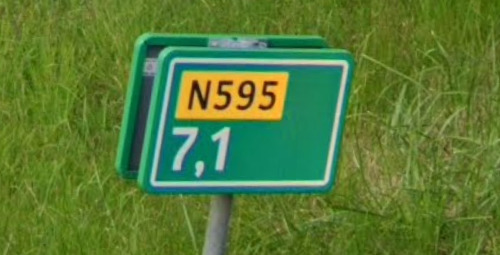
Noord-Brabant

Noord-Holland

Overijssel

Utrecht
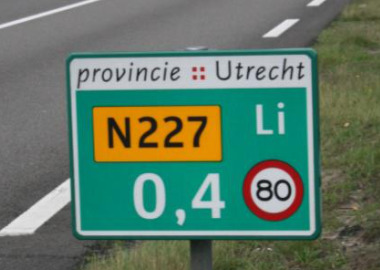
Zeeland
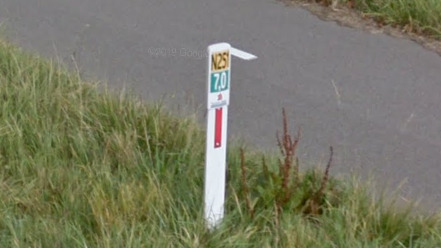
Zuid-Holland
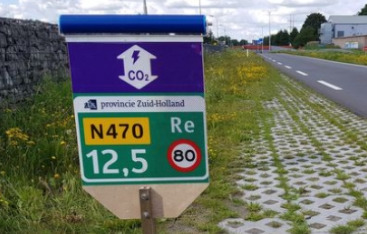
Directions to cities are generally blue signs with white letters.
Road numbers are often visible.
Red for A-roads, Green for E-roads, Yellow for N-roads
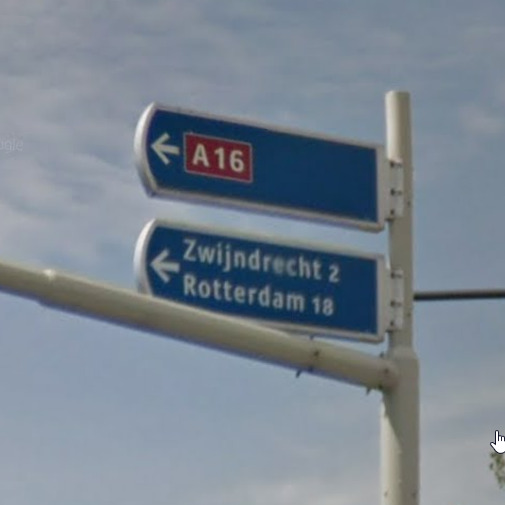
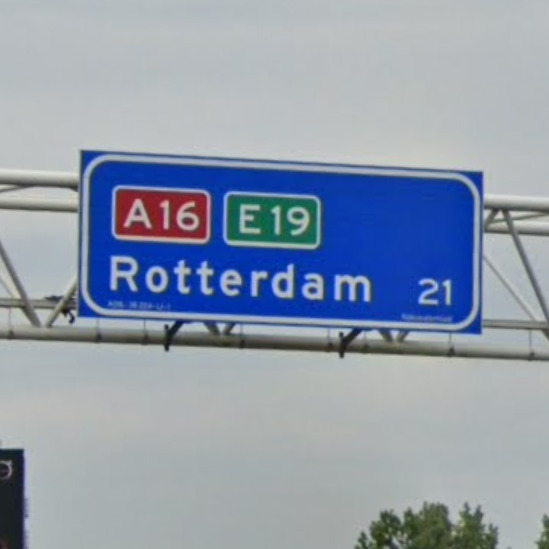
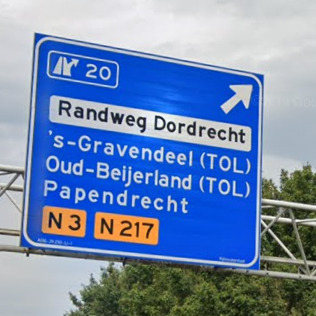
The example above with the yellow road marks is one of the few examples of Toll Roads in the Netherlands.
Yellow signs with black letters are warning signs with instructions.
Think about detours, road constructions, or when two lines merge into one.
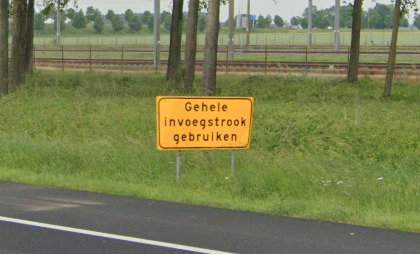
Overhead digital road signs can be found above highways.
Most of the time they are not used, but you can see X-es on them, or numbers with speed limits too.

When exiting a highway, you will often see this sign.
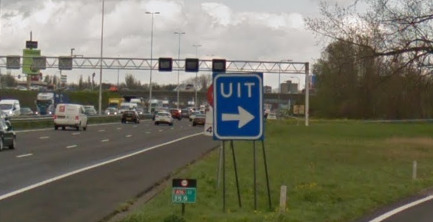
When entering a tunnel, you will see this.
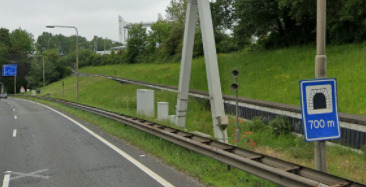
Local areas within cities have a white border around them on the signs.
Examples are ring roads, neighborhoods or directions to harbors.
These can be seen on highways and within cities.
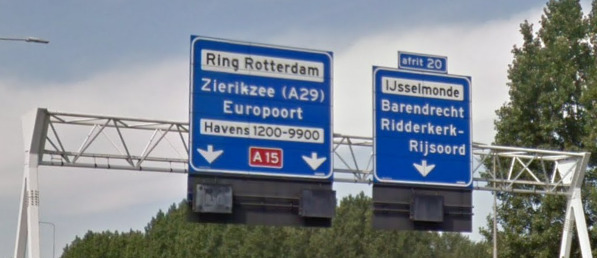
Brown signs normally show touristic information.
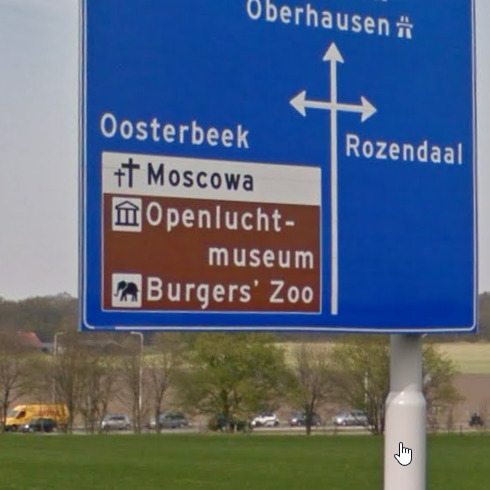

Red and white signs like these are directions for cyclists.
These are very clear indications that you are in the Netherlands.
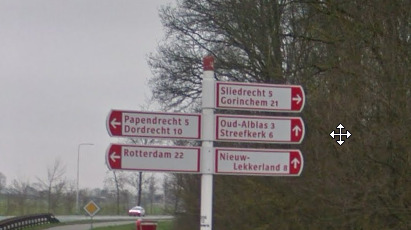
Street signs in the Netherlands look like this.
Most common they end with -straat, -weg, -pad or -plein (street/road/path/square)
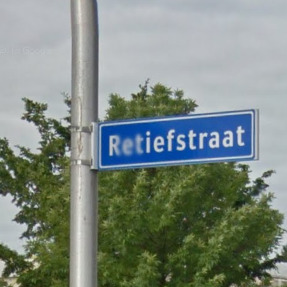
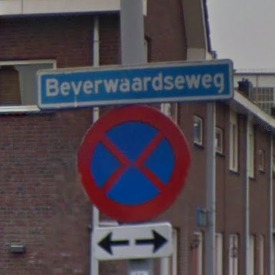
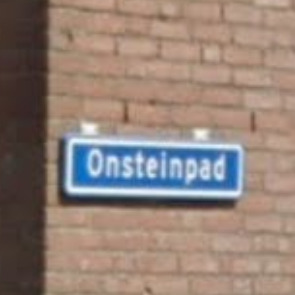
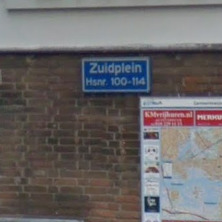
Fietspad means bicycle lane, not a street name.
Don’t look for a street named Fietspad on the map.

Electricity poles:
Electricity poles in the Netherlands look like this.
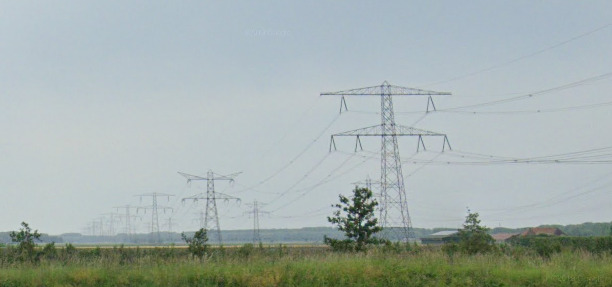
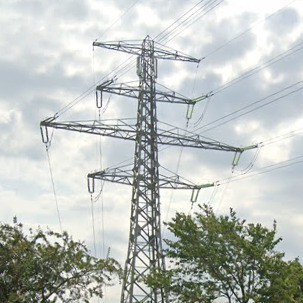
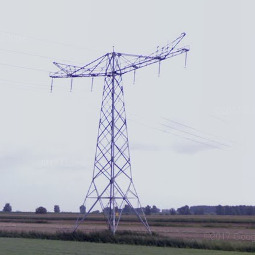
The reclaimed land of Flevoland, as well as the northern Wadden Islands don’t have any such typical electricity poles.
There, as well as in other parts of the country you will find electric windmills.
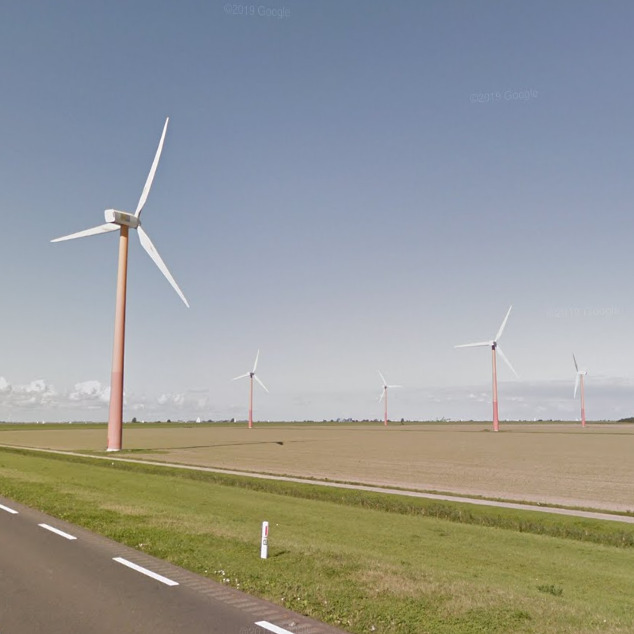
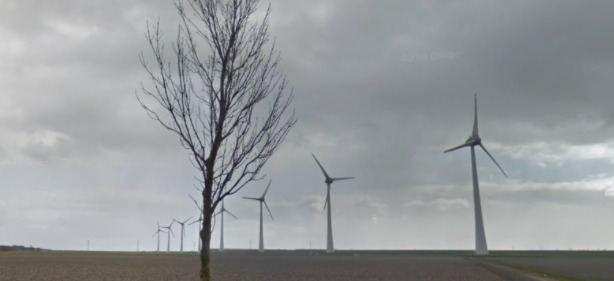
License plates:
Current license plates in the Netherlands are yellow with black letters.
The most recent registrations consists of one number, three letters and two numbers, or two numbers, three letters and one number.
There are in total 11 combinations available in different colors for specific reasons, but these are far less common.
The license plates are the same from the front and the back.


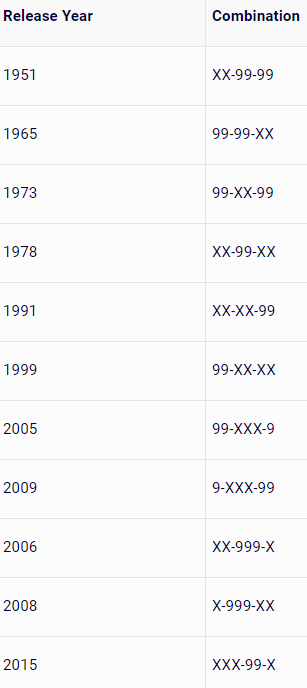
Phone number:
Phone numbers within the Netherlands are systematically arranged.
Numbers starting with 01 can be found in the South Western part of the country.
Numbers starting with 02 can be found in the North Western part of the country.
Numbers starting with 03 can be found in the Central part of the country.
Numbers starting with 04 can be found in the South Eastern part of the country.
Numbers starting with 05 can be found in the North Eastern part of the country.
Numbers starting with 06 are mobile phone numbers which can be found in the whole country.
Numbers starting with 07 are the odd ones and spread out over several parts of the country.
Numbers starting with 08 are toll free numbers and can be found in the whole country.
Numbers starting with 09 are chargeable numbers and can be found in the whole country.

010 – Rotterdam and surroundings
011 – Zierikzee, Goes, Terneuzen, Middelburg and surroundings
013 – Tilburg and surroundings
015 – Delft and surroundings
016 – Bergen op Zoom, Roosendaal, Tholen and surroundings
017 – Alphen aan den Rijn, Naaldwijk and surroundings
018 – Ridderkerk, Spijkenisse, Gouda, Gorinchem and surroundings
020 – Amsterdam and surroundings
022 – Den Burg, Den Helder, Enkhuizen, Hoorn and surroundings
023 – Haarlem and surroundings
024 – Nijmegen and surroundings
025 – Beverwijk, IJmuiden and surroundings
026 – Arnhem and surroundings
029 – Uithoorn, Purmerend and surroundings
030 – Utrecht and surroundings
031 – Doetinchem, Wageningen, Ede and surroundings
032 – Lelystad, Dronten and surroundings
033 – Amersfoort and surroundings
034 – Harderwijk, Barneveld, Culemborg, Woerden and surroundings
035 – Hilversum and surroundings
036 – Almere and surroundings
038 – Zwolle and surroundings
040 – Eindhoven and surroundings
041 – Oss, Waalwijk and surroundings
043 – Maastricht and surroundings
045 – Heerlen and surroundings
046 – Sittard and surroundings
047 – Roermond, Venray and surroundings
048 – Cuijk and surroundings
049 – Helmond, Weert, Best and surroundings
050 – Groningen and surroundings
051 – Drachten, Heerenveen, Sneek, Franeker, Dokkum and surroundings
052 – Steenwijk, Meppel, Coevorden, Emmeloord, Hoogeveen and surroundings
053 – Enschede and surroundings
054 – Oldenzaal, Winterswijk, Almelo and surroundings
055 – Apeldoorn and surroundings
056 – Wolvega, Terschelling and surroundings
057 – Deventer, Zutphen and surroundings
058 – Leeuwarden and surroundings
059 – Emmen, Assen, Appingedam, Stadskanaal and surroundings
070 – Den Haag and surroundings
071 – Leiden and surroundings
072 – Alkmaar and surroundings
073 – Den Bosch and surroundings
074 – Hengelo and surroundings
075 – Zaanstad and surroundings
076 – Breda and surroundings
077 – Venlo and surroundings
078 – Dordrecht and surroundings
079 – Zoetermeer and surroundings
Vegetation/Landscape:
Many will be surprised, but the vegetation within the Netherlands is very diverse.
The dune areas and overgrown beach plains are unique in Europe.

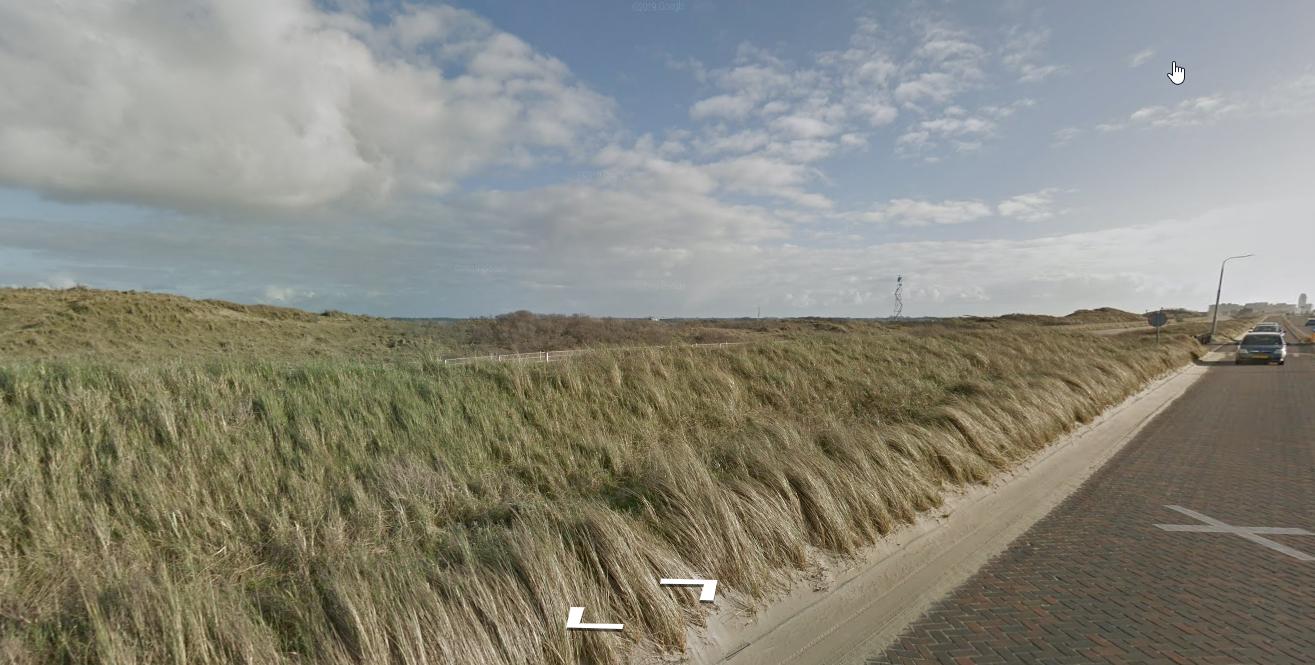
The large low peat bogs (Nieuwkoop, Vechtstreek, Northwest Overijssel, Friesland) find no equivalent anywhere in Western and Southern Europe.
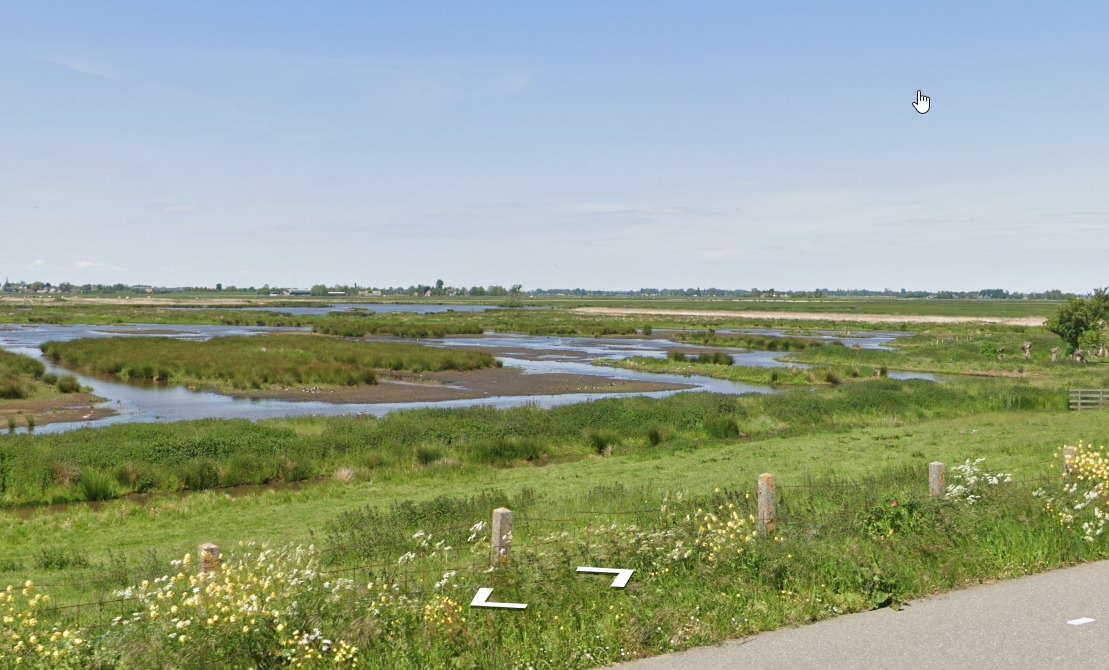

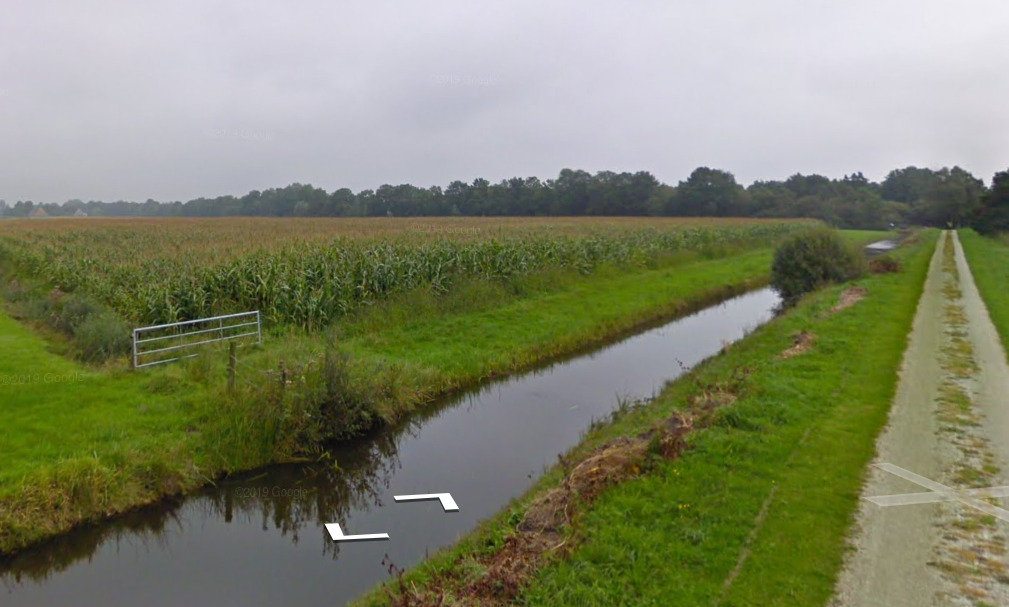
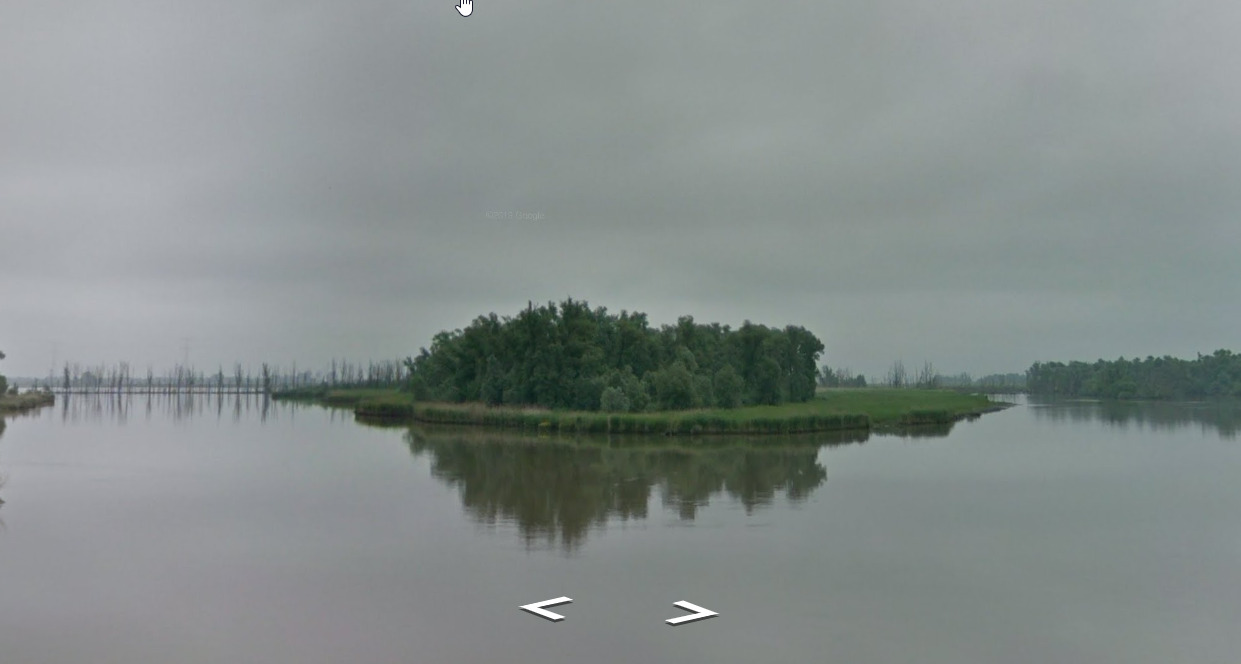
The same applies to the Oostvaardersplassen in Flevoland created by land reclamation.
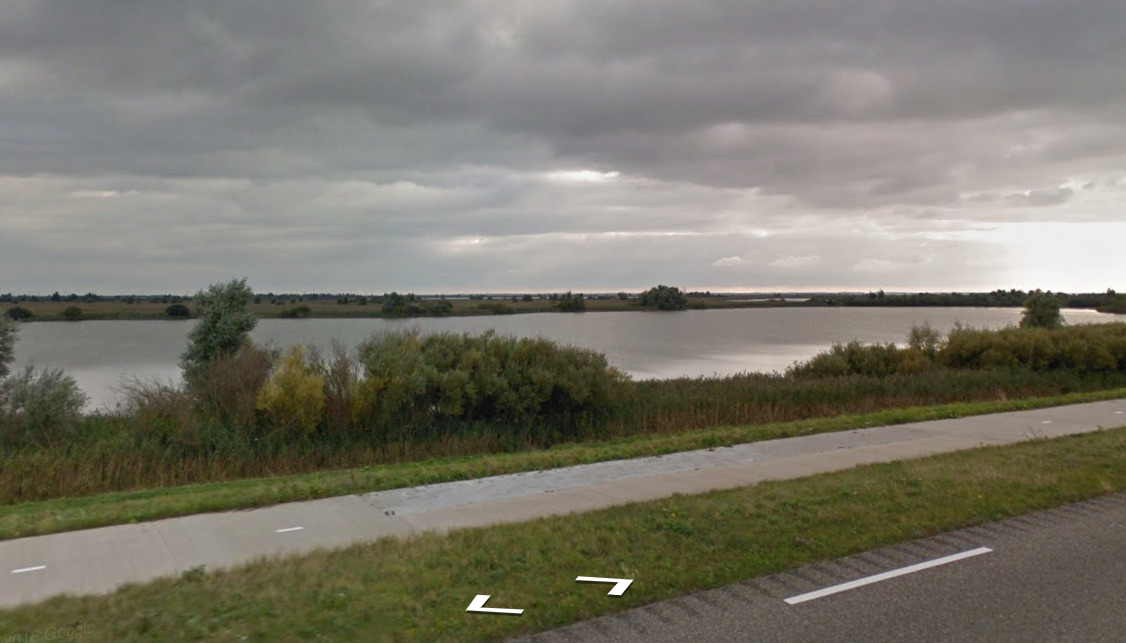
The moraines, moors, high moors, fens and deciduous forests, river valleys, brooks and springs located in the east and south each have their characteristic vegetation.
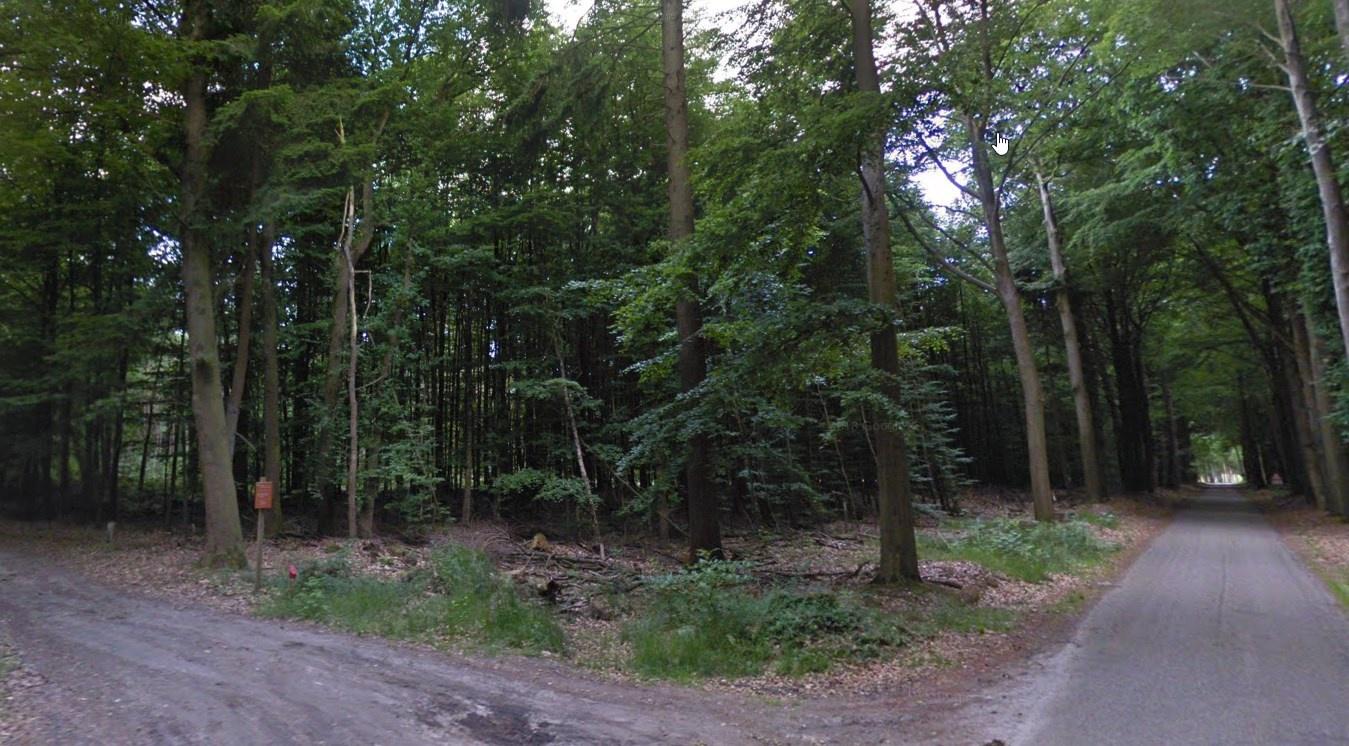
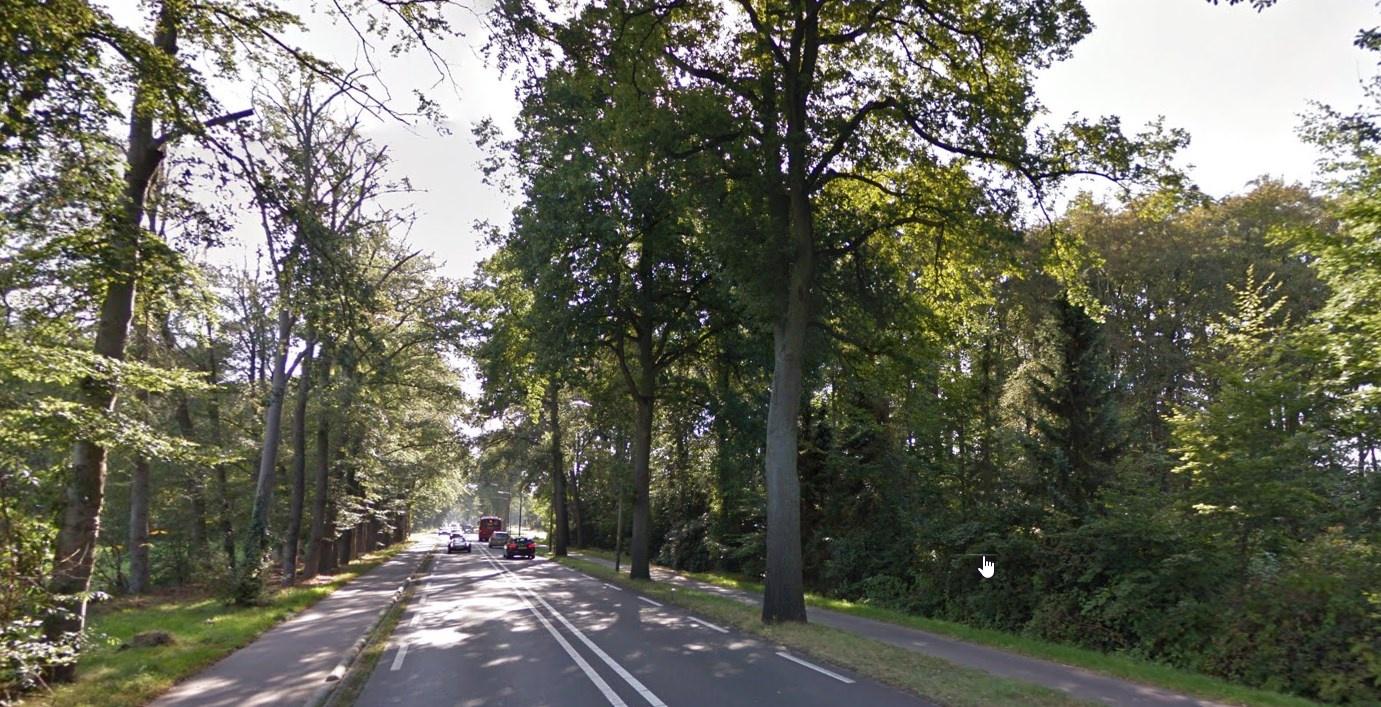
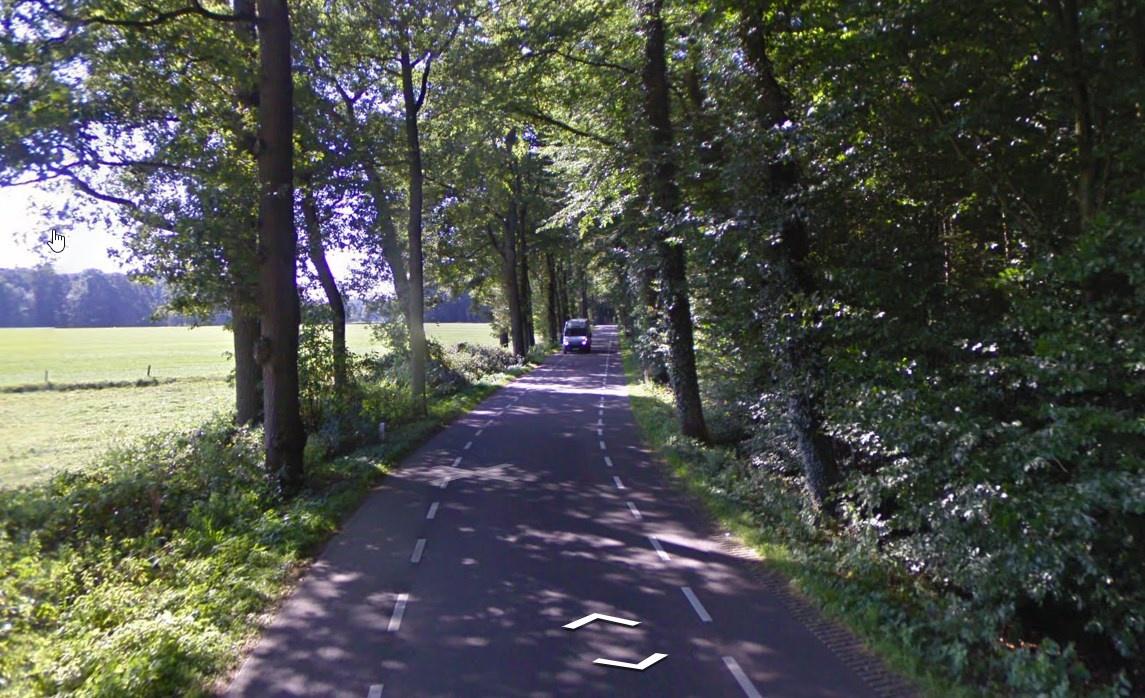
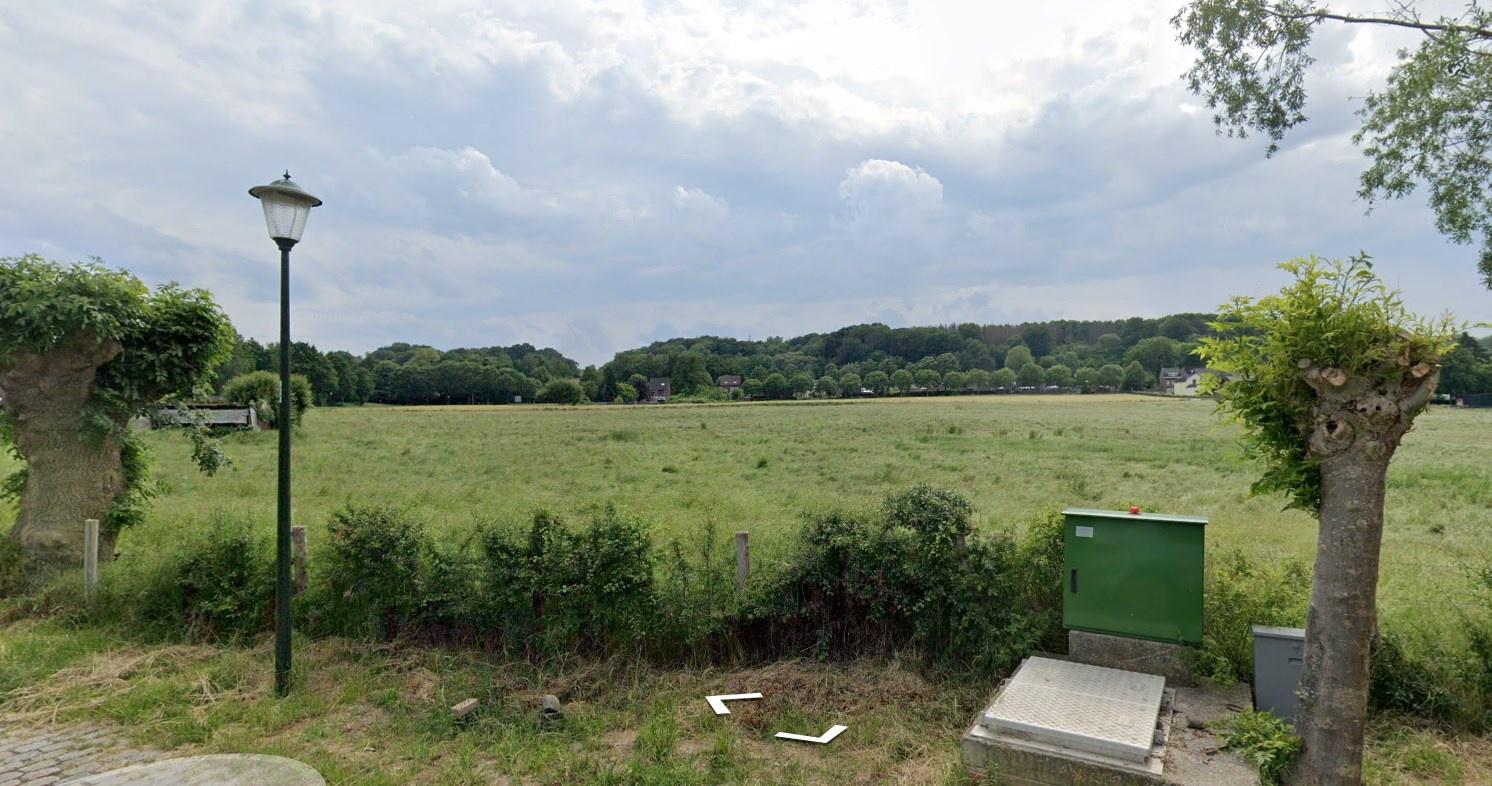
In the extreme south one finds a plateau landscape with in the valleys a rich flora, partly bound by limestone, which differs greatly from that of the rest of the country.
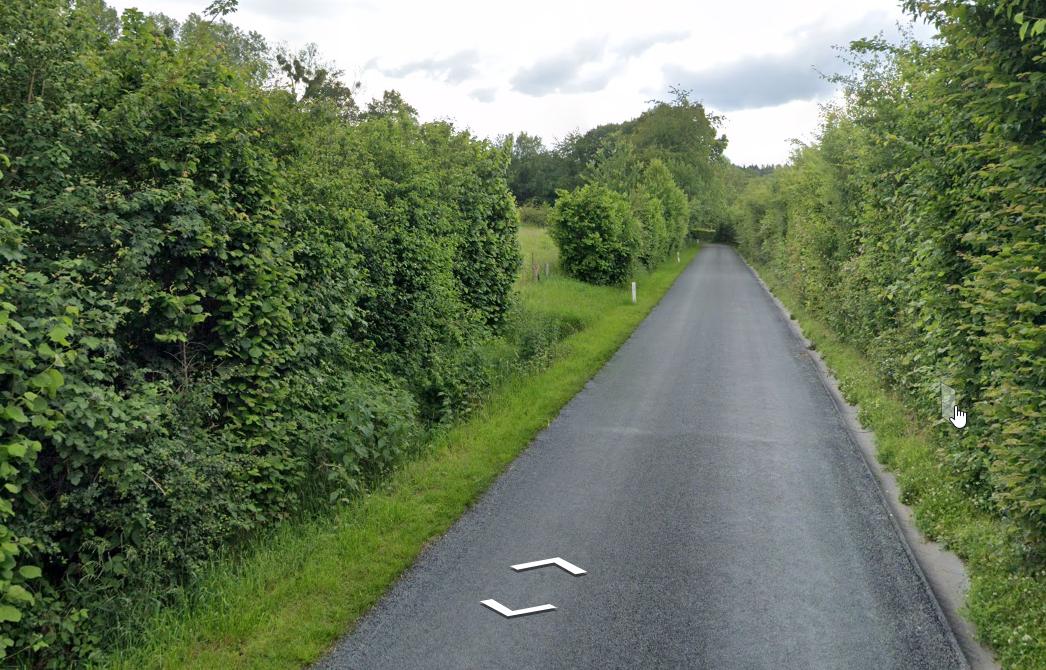


In addition, mankind has influenced landscape and plant growth for thousands of years, mainly through small-scale and varied agriculture.
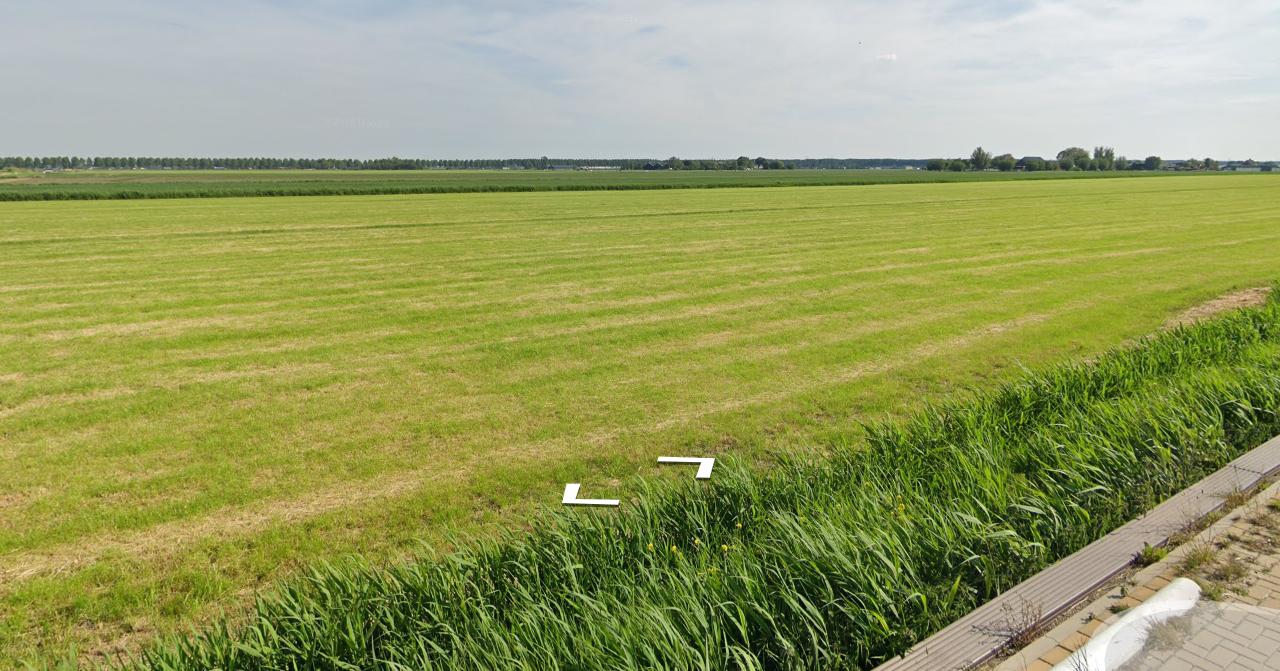
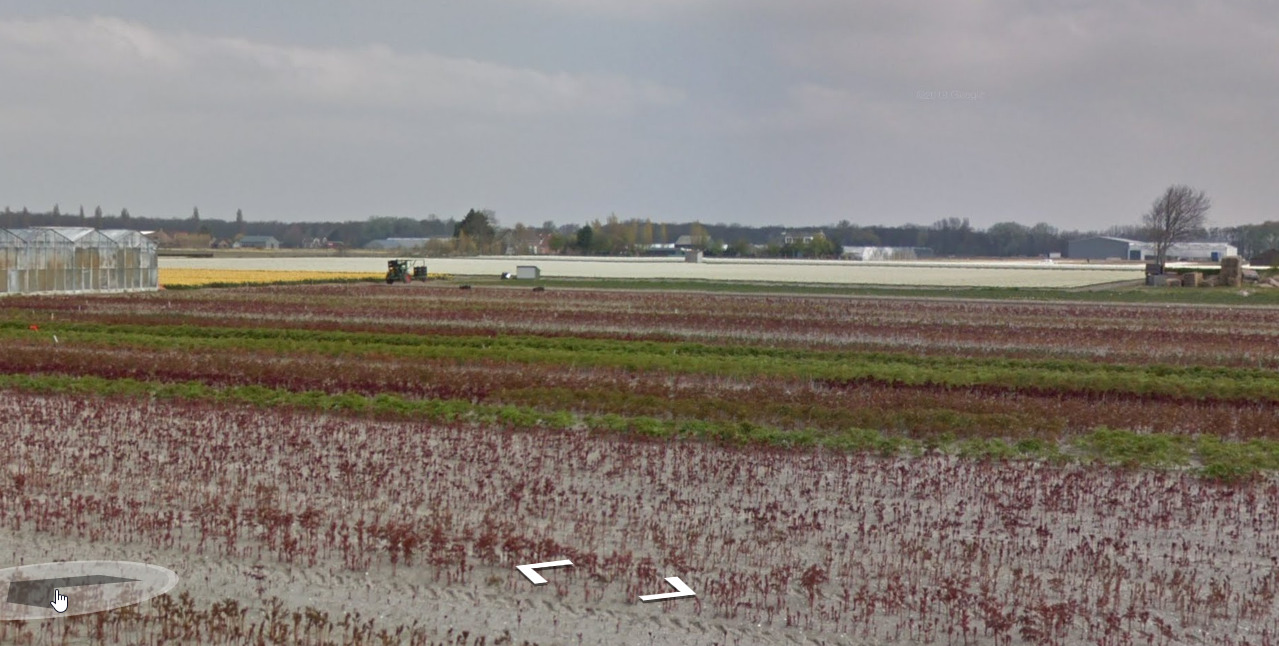

Specific tree:
There’s a lot of different trees in the Netherlands, but if we talk about specific ones, then 9 turn out to be very common. Most of these trees can be found in other countries, so seeing one of these trees is not a giveaway for being in The Netherlands.
Beech
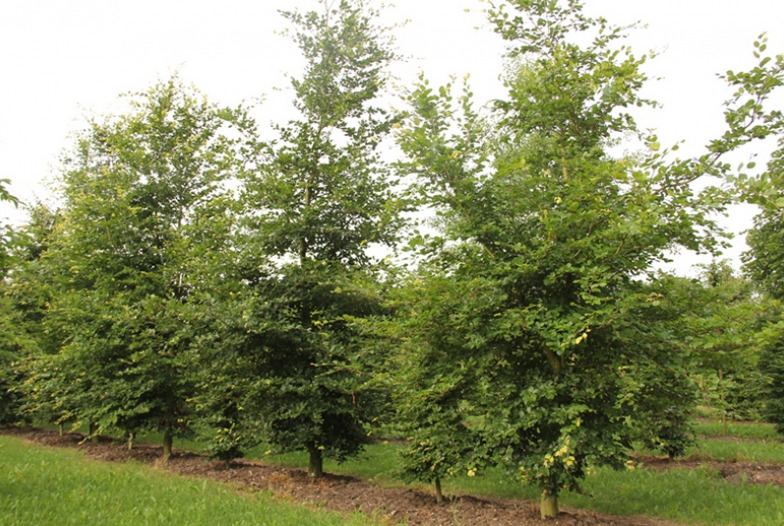
Birch
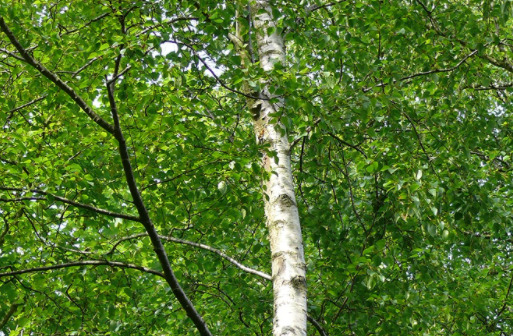
Oak
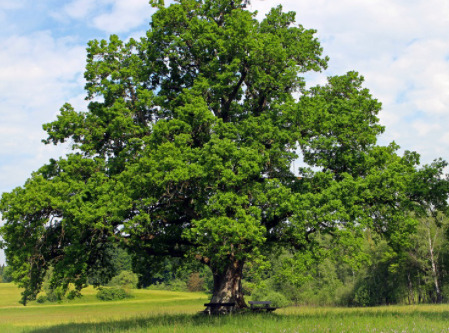
Scots Pine
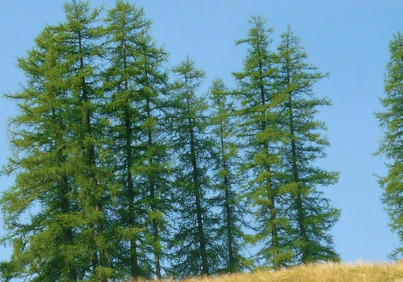
Els
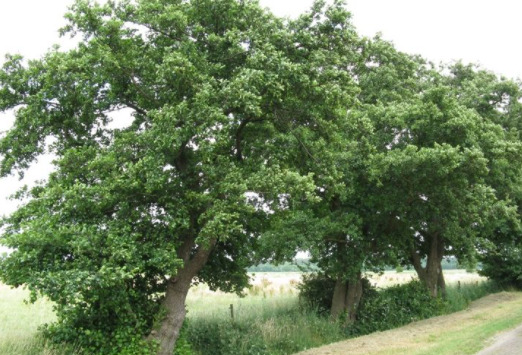
Ash

Maple
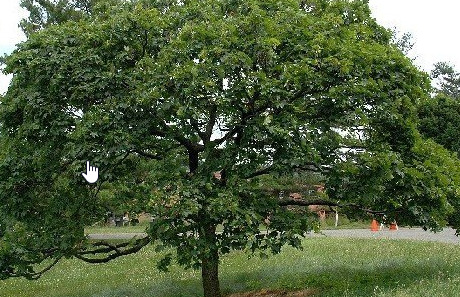
Elm
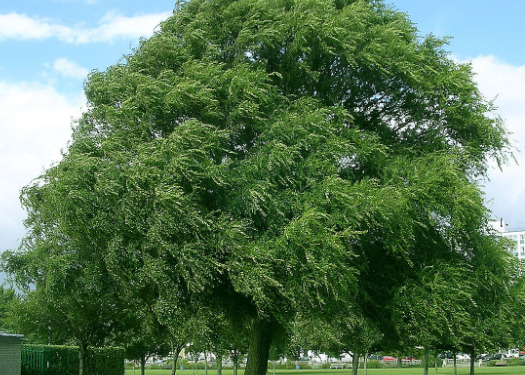
Poplar
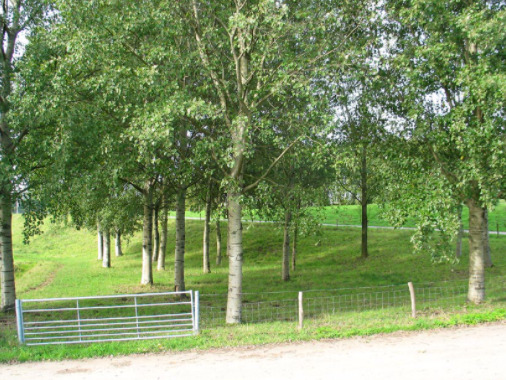
Architecture:
The Dutch Golden Age roughly spanned the 17th century.
Due to the thriving economy, cities expanded greatly.
New town halls and storehouses were built, and many new canals were dug out for defense and transport purposes.
Houses in cities were generally very narrow.
In the countryside, larger houses were built, though not as many.

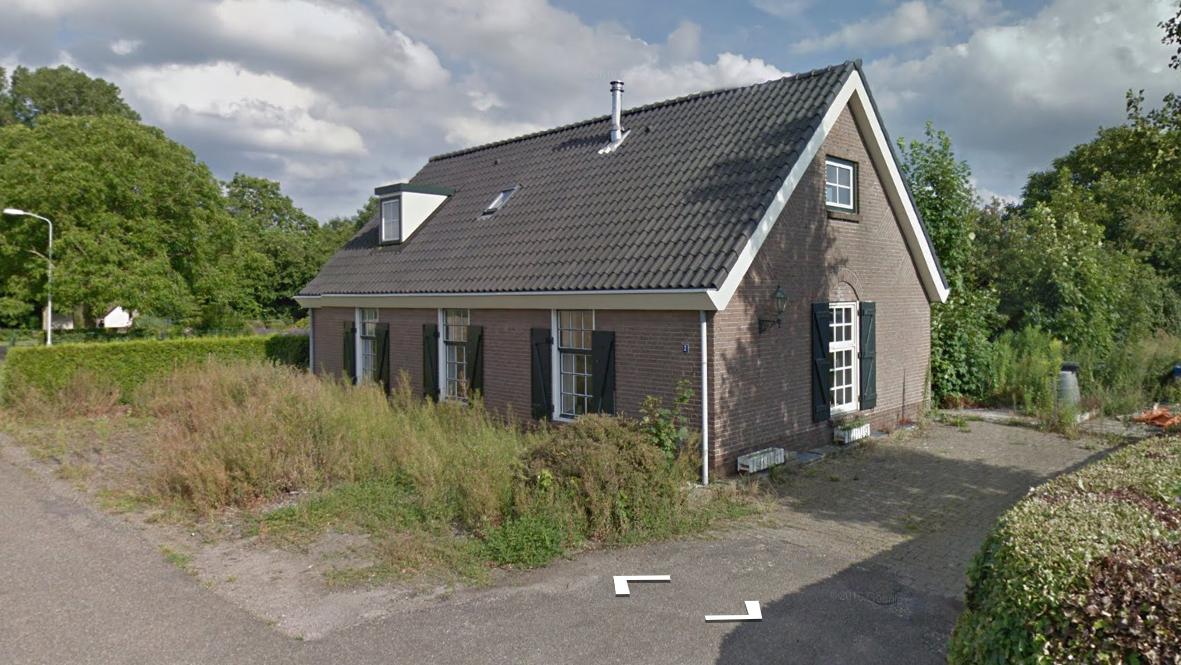
Some towns are still very traditional like Zaanse Schans for instance.
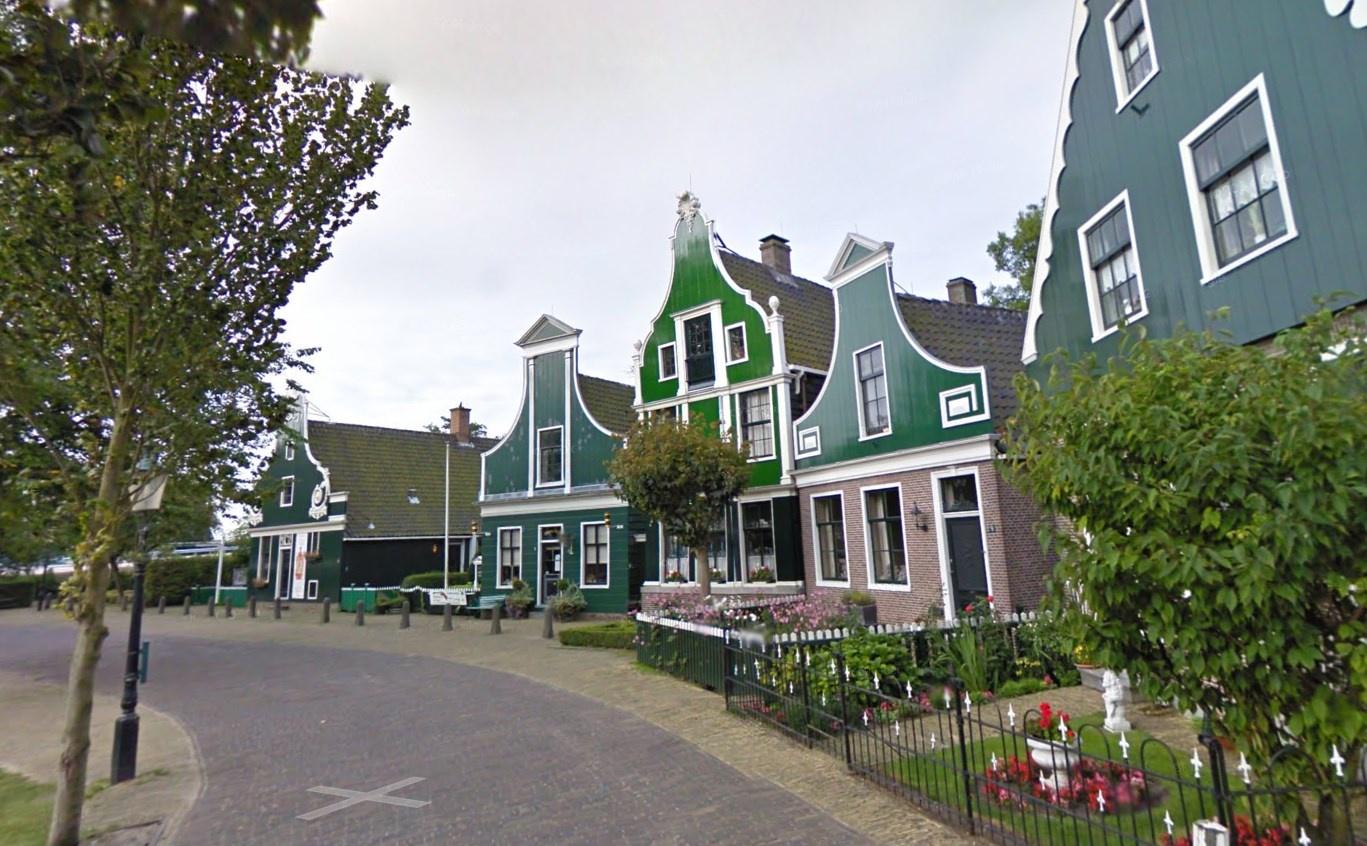
Other places are much more modern, both in the cities and in the countryside.
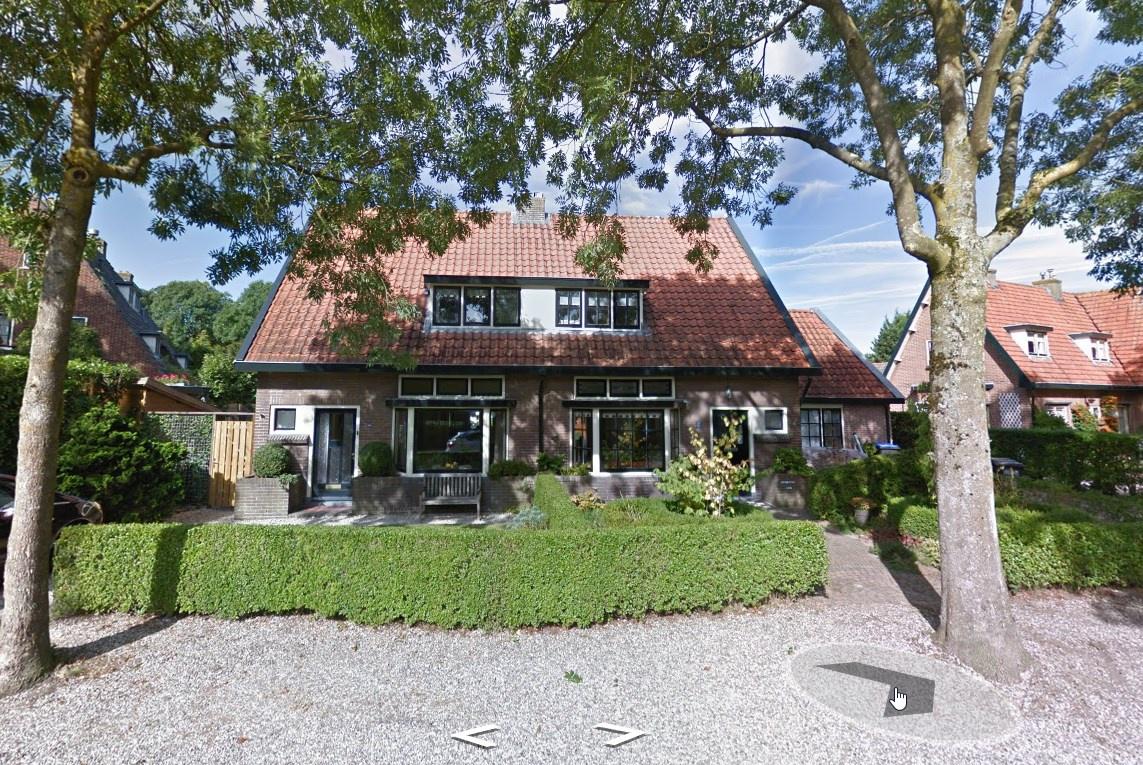

Rotterdam is a very modern city when it comes to architecture.
The outskirts were partially unharmed during World War II, but the city center was totally destroyed.
Instead of rebuilding like it was before, as they did in many other cities, Rotterdam chose to build a new city.
Lots of skyscrapers and unique architecture can be found in the Manhattan of Europe, very different from the rest of the country.
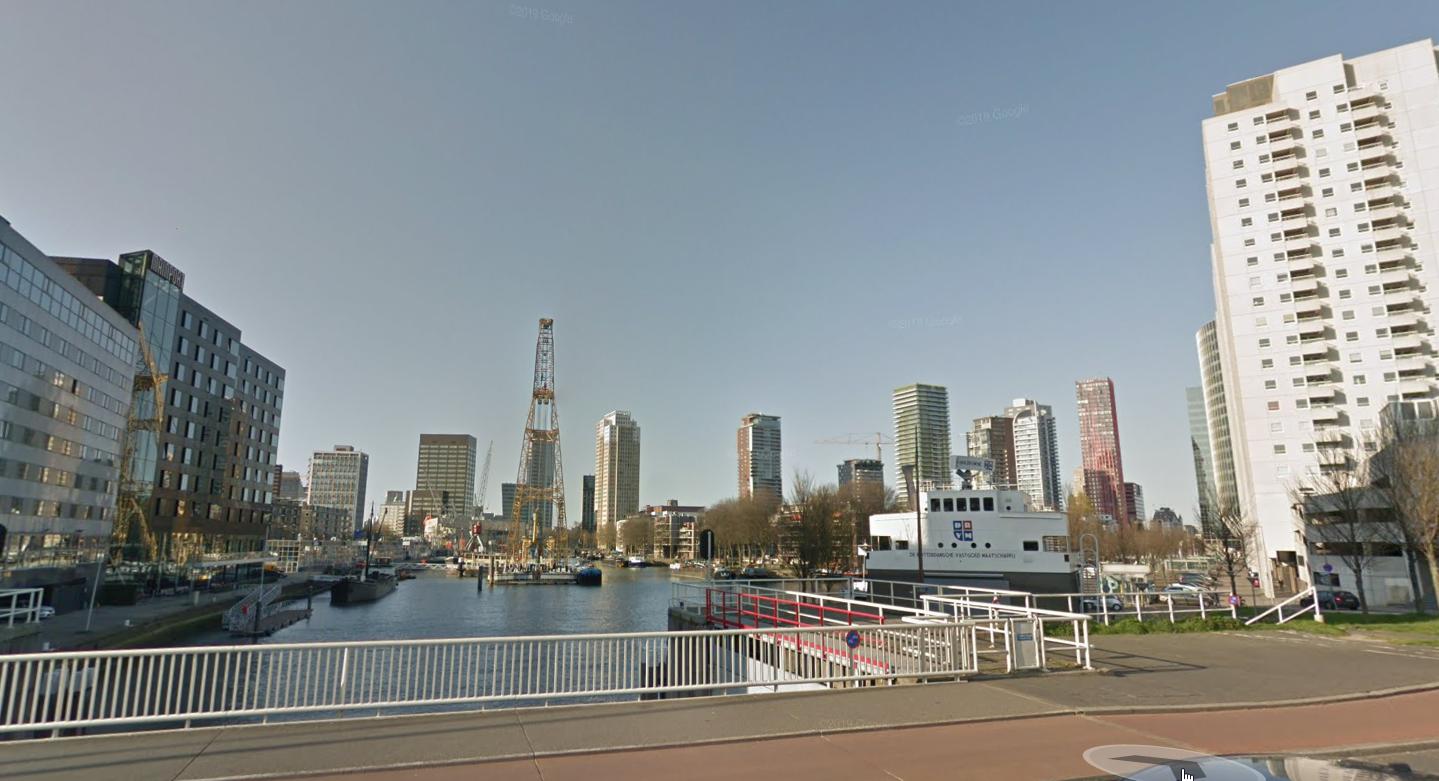
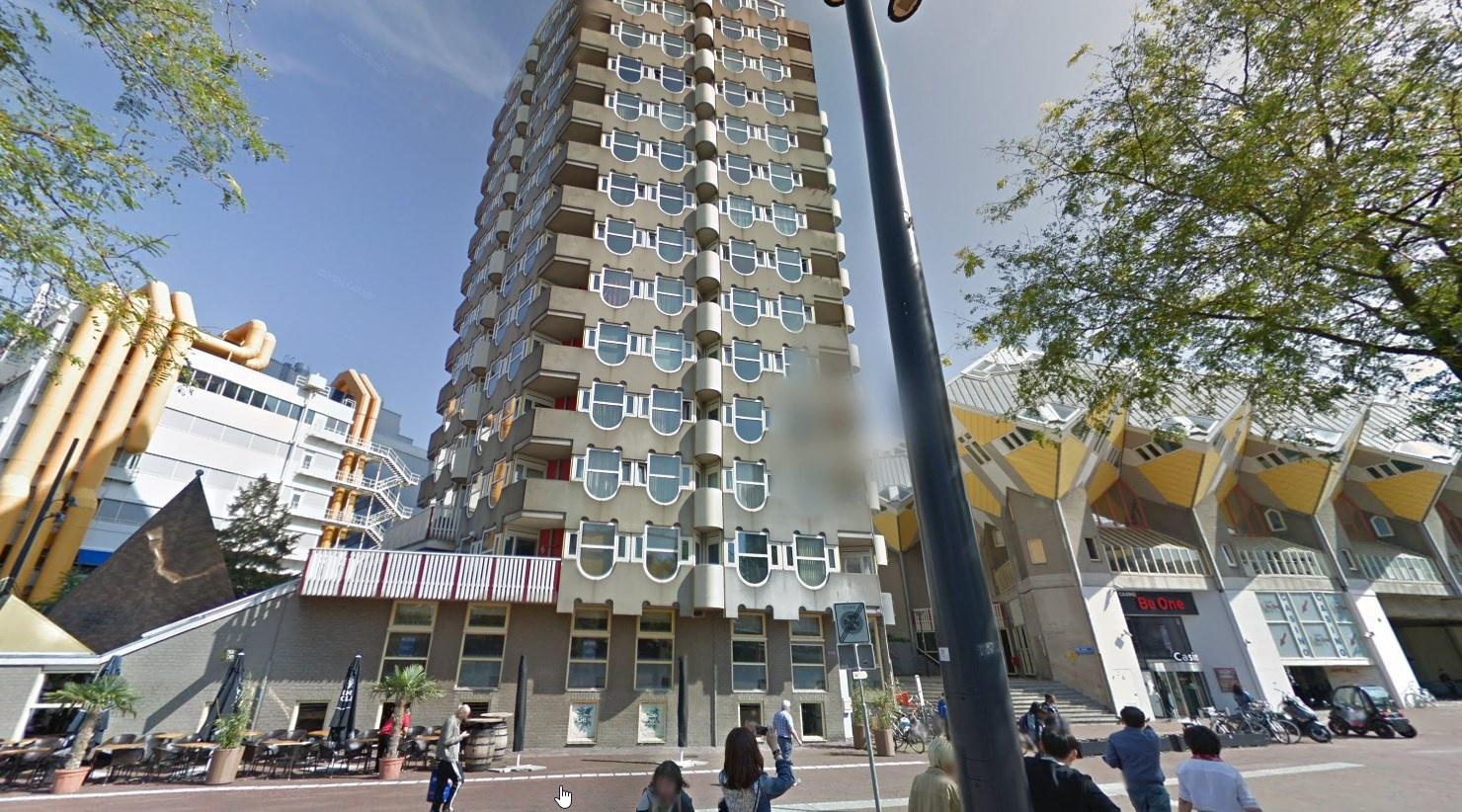
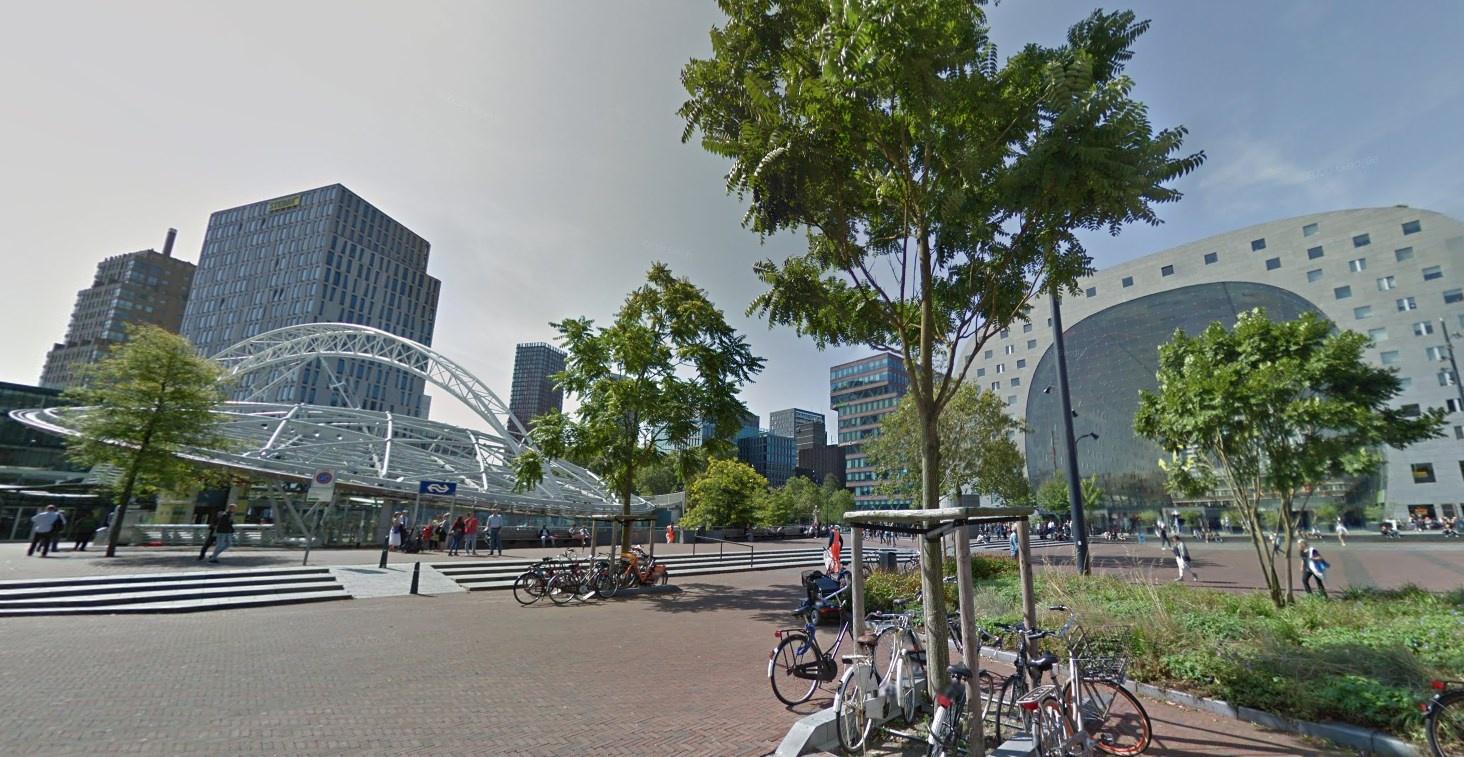
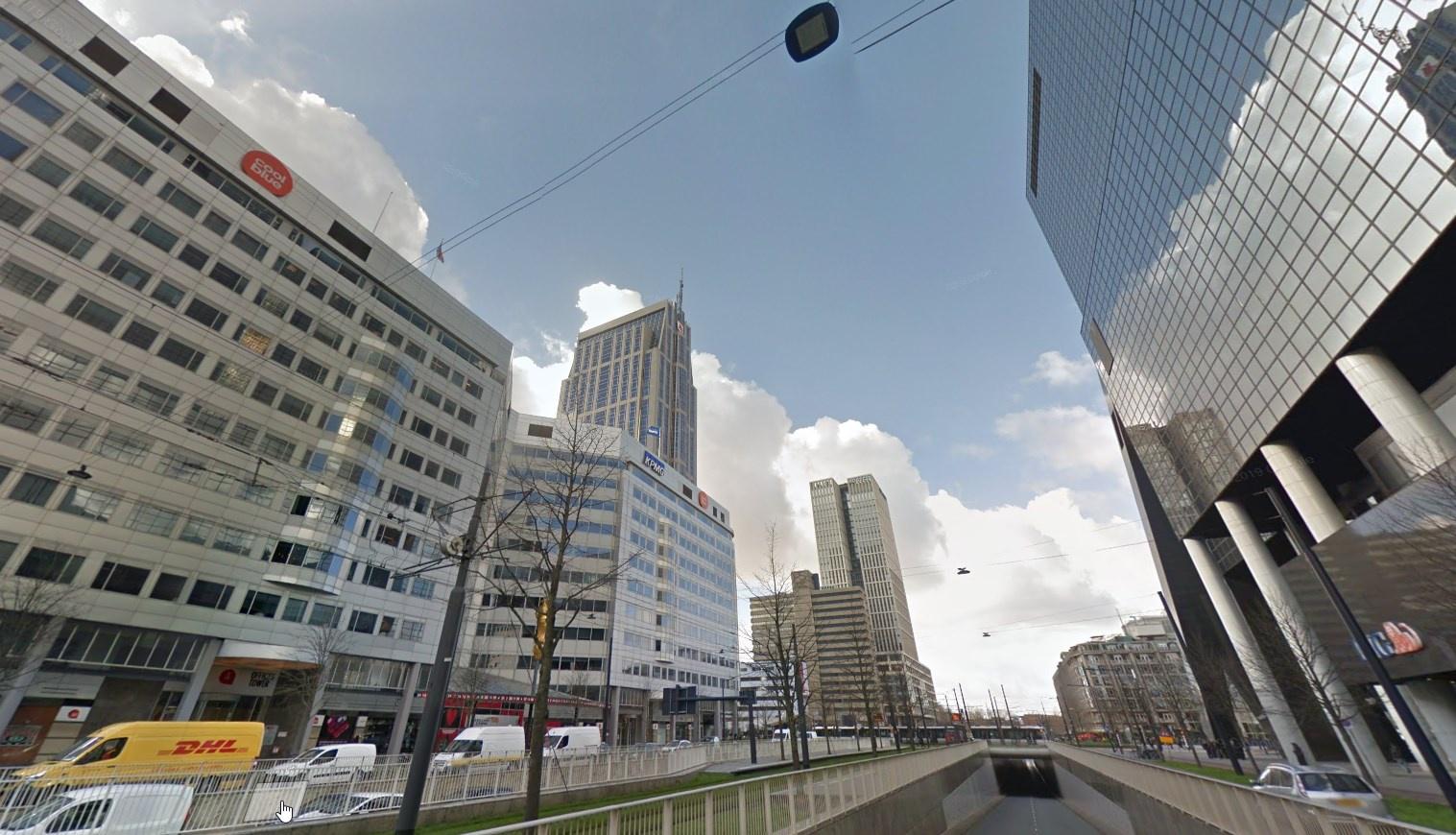
General look:
The Netherlands is the country of cute little villages with canals and small little bridges.
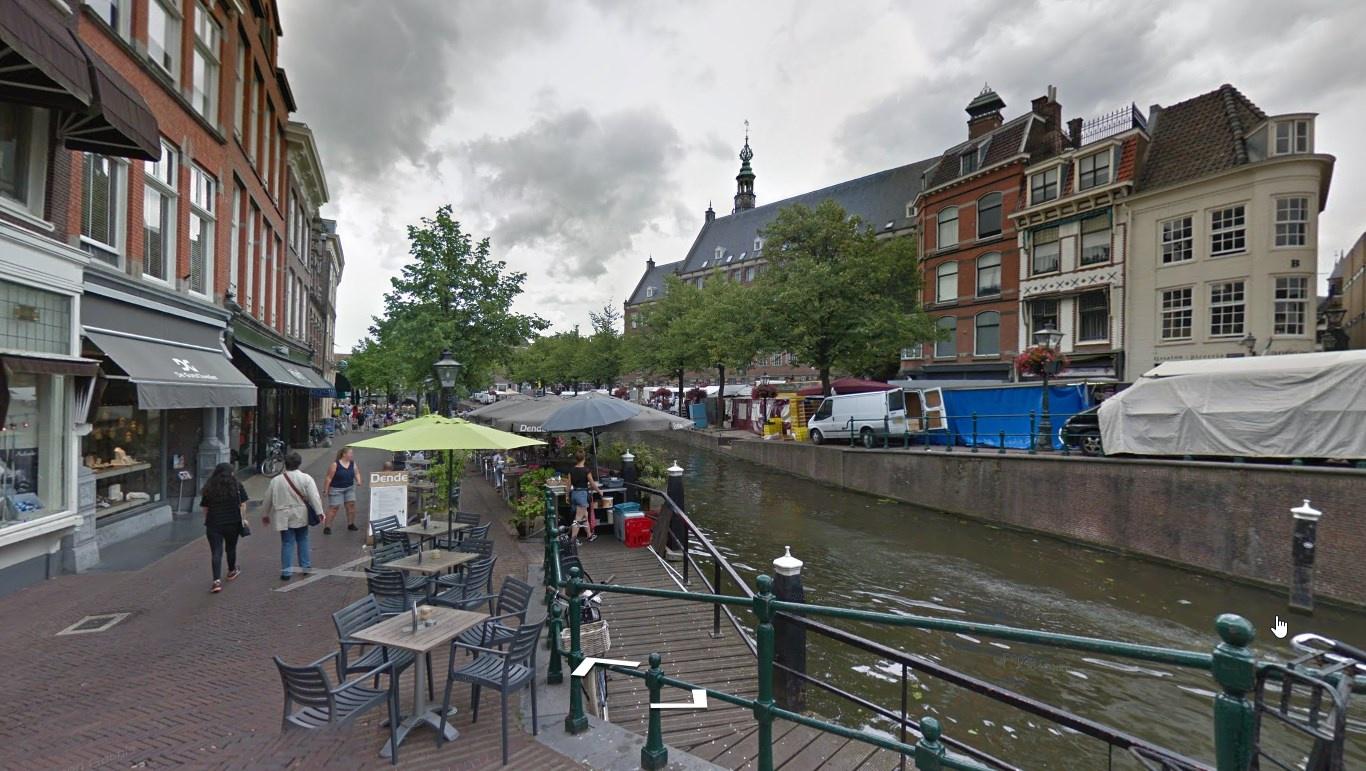
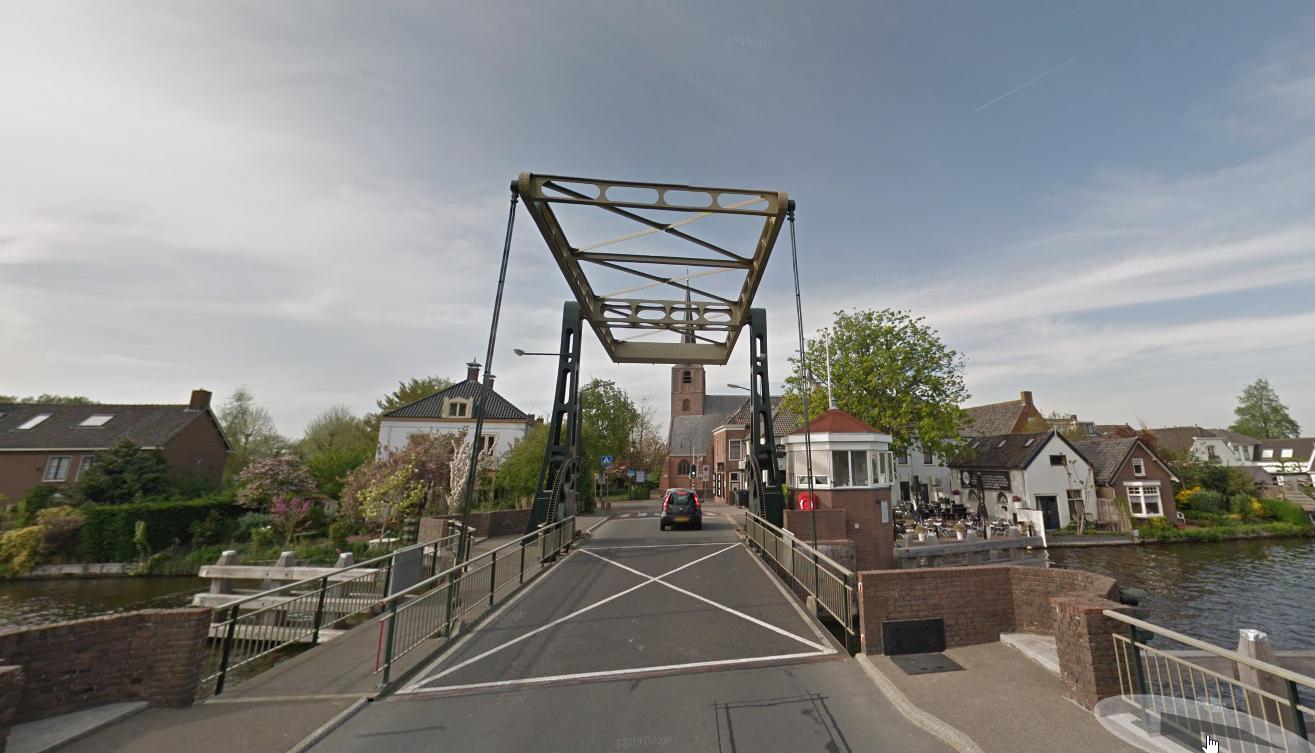
It is also the country of dikes protecting the people from the water, which are often full with cows or sheep.

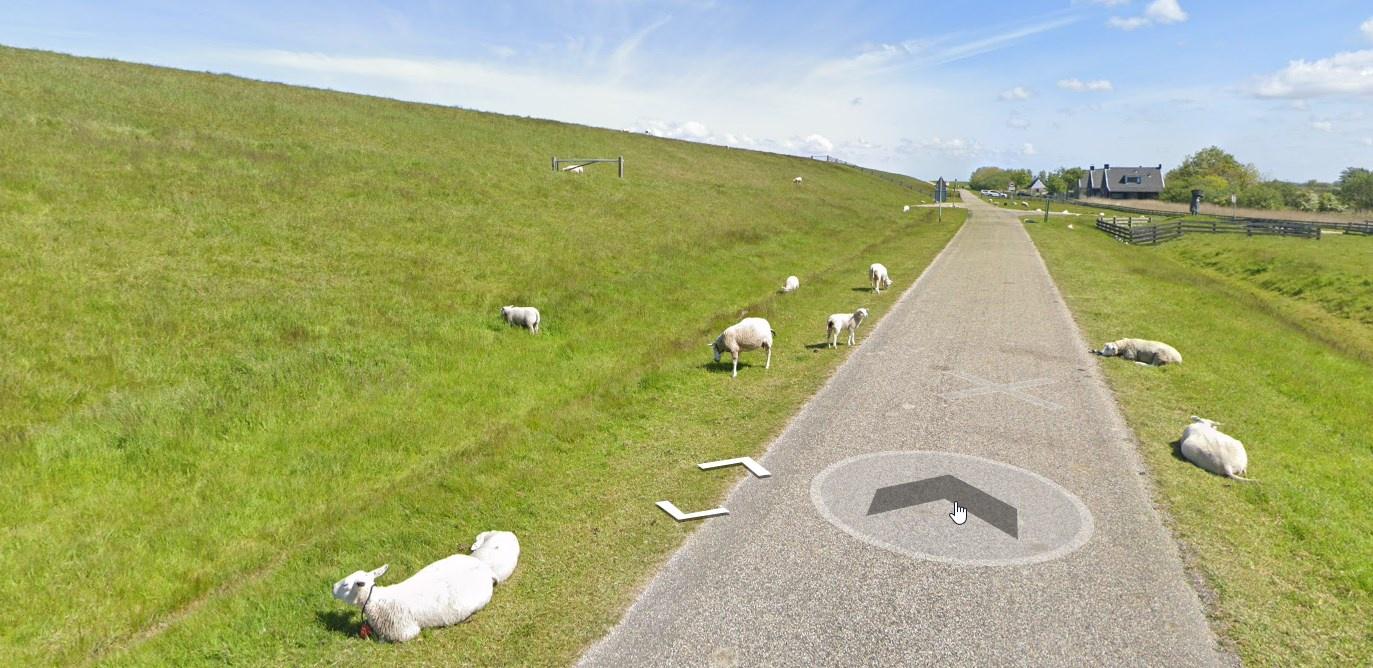
The Dutch love fields of flowers, windmills, more windmills and of course bicycles.
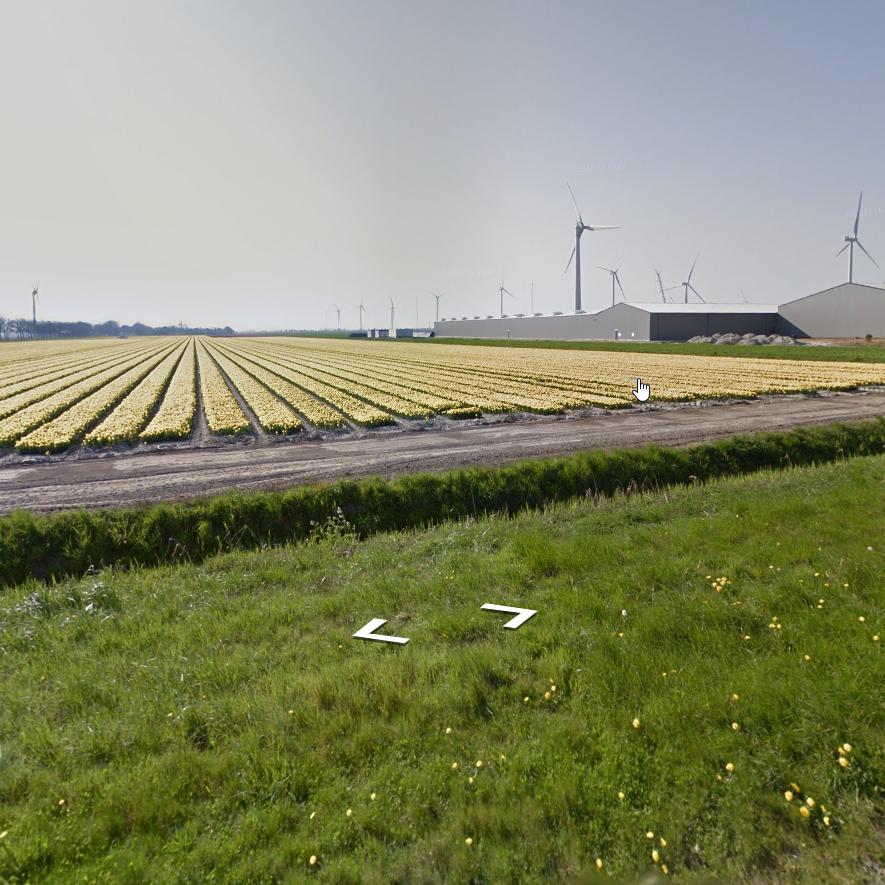
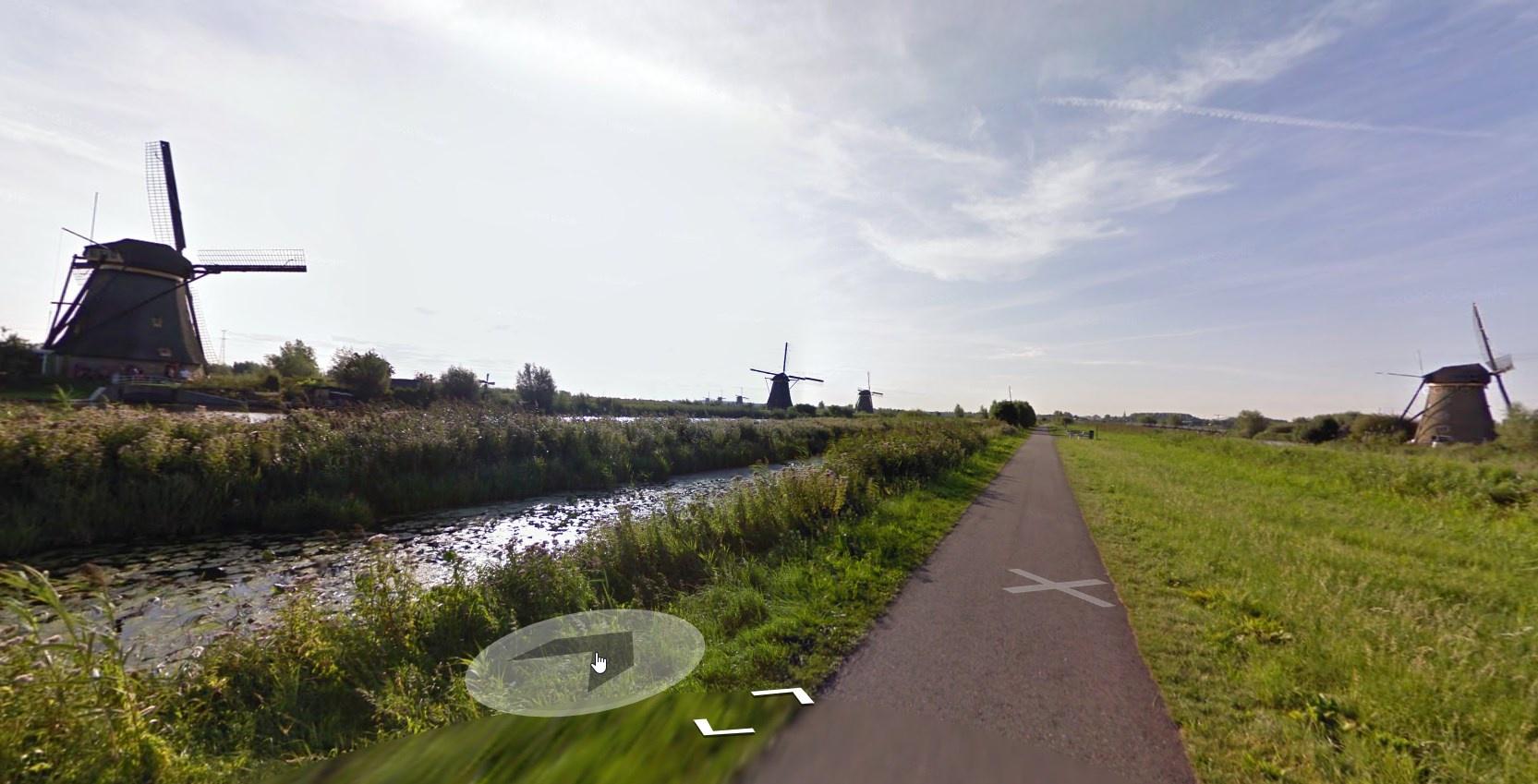

Oh, and it is the country where you can find all garbage bins of the neighborhood piled up, ready to be emptied.

Subdivisions:

Alphabet/script:

People in the Netherlands speak Dutch and English.
It is very common that you will see English on the streets during your Geoguessr missions, often in the form of business names.
There is however, another official language within the Netherlands, Frysian.
This language is only spoken in the province of Friesland, in the north where Leeuwarden and Heerenveen are located.
City names appear in both languages in those areas, the bottom one being Frysian.
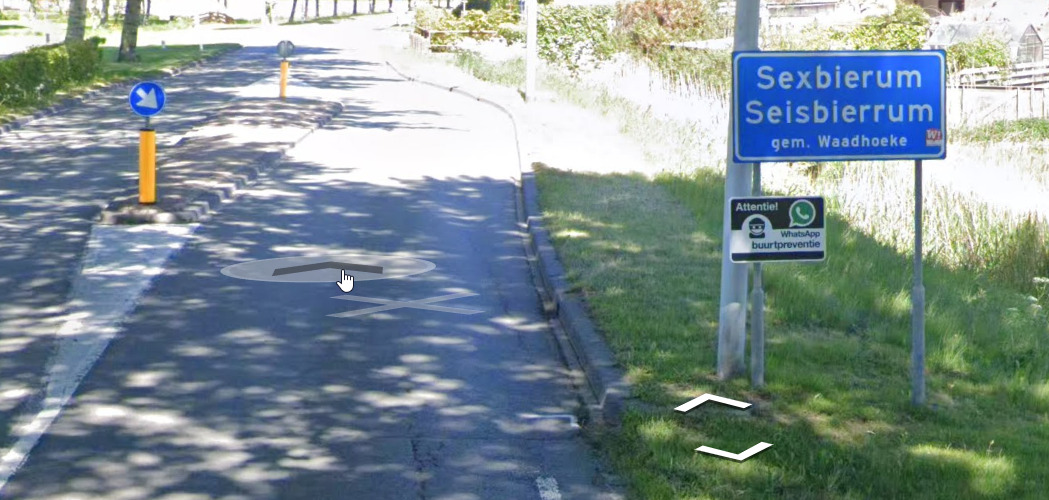
Street names look different there.
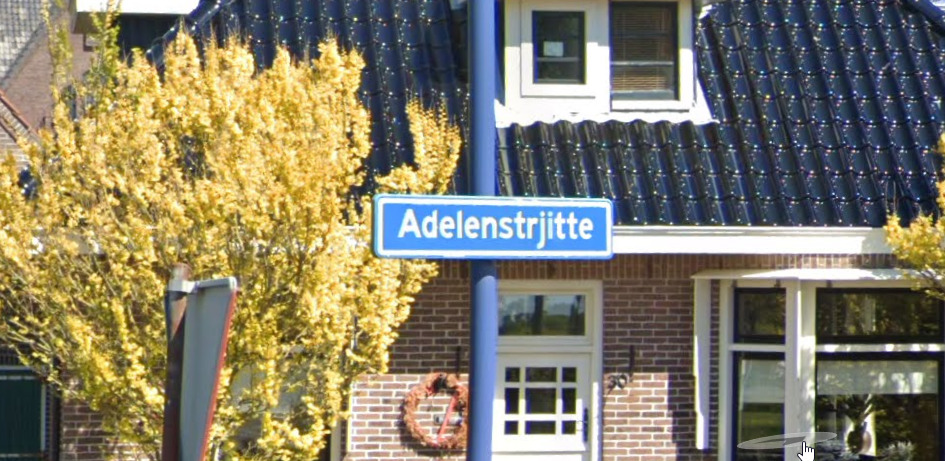
You can see â, ê, and û appear, as well as more j’s and y’s than in Dutch.
Frysian is actually closer to English than it is to Dutch.
It’s often a sort of phonetically spoken/written English.

Domain:
.nl
Latvia
- Country Flag
- Capital City
- Most Helpful
- Google Car
- Bollards
- Google Coverage
- Camera Generation
- Road Lines
- Road Signs
- Latvian Crests
- Electricity Poles
- License Plates
- Phone Number
- Vegetation / Landscape
- Architecture
- General Look
- Subdivisions
- Language
- Domain
Country Flag:

Capital City:
Riga
Most Helpful:


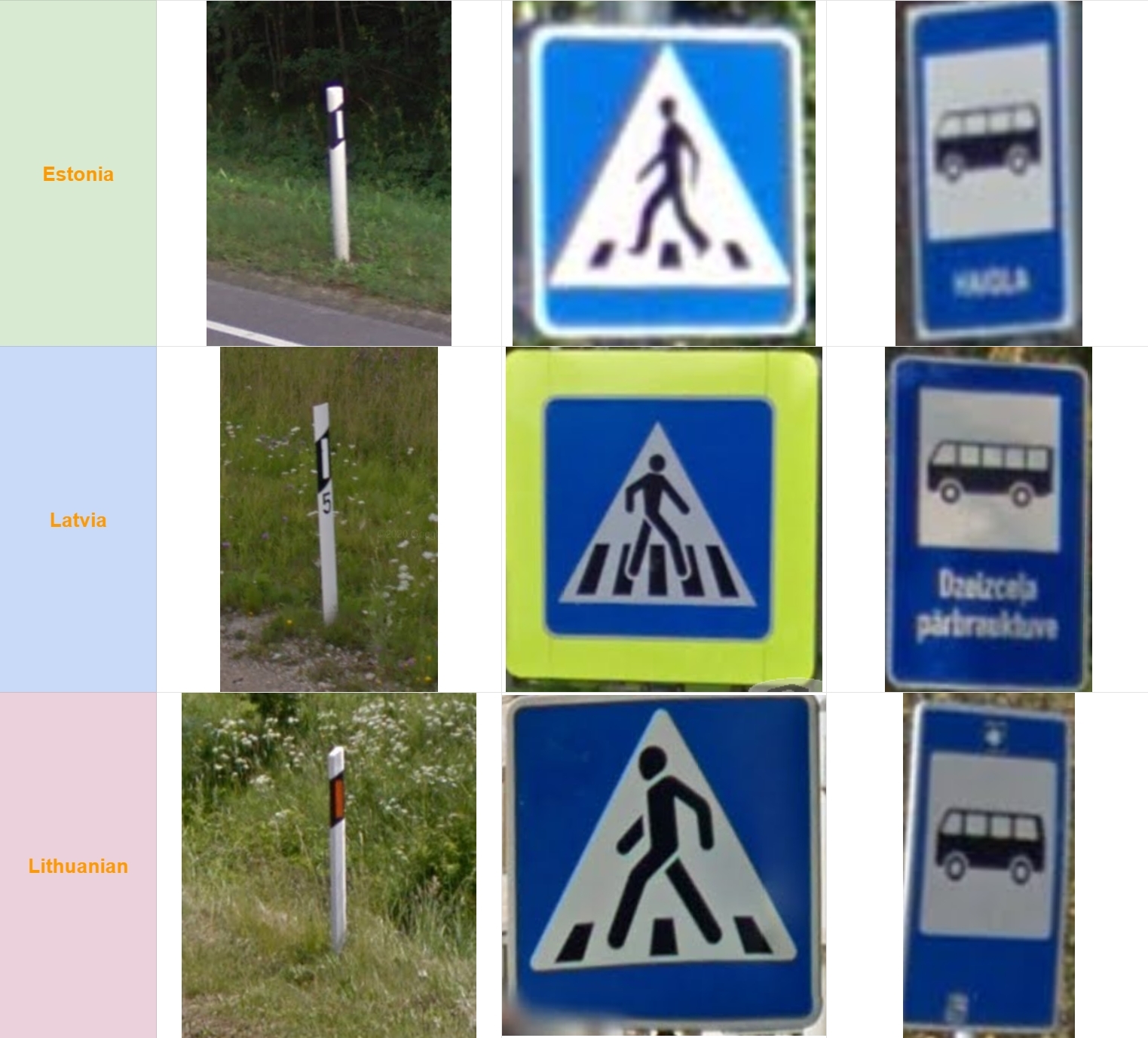
Google car:
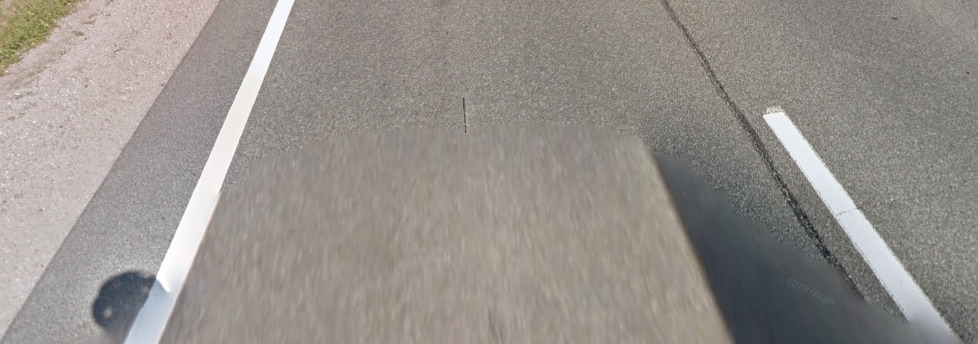
Latvias google car has a short/stubby antenna.
Bollard:

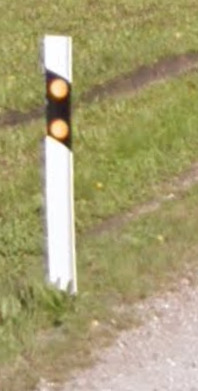

Latvian bollards are black and white with a yellow or white rectangle on the front and 2 dots on the back. The yellow version of this bollard will only be found at intersections, bridges and important crossings, like Railways. The white is the most common, and will often feature a number on it. That number is a KM marker, and represents how many hundreds of meters you have traveled to the next KM marker. Choose the shorter way to 0 by checking two bollards.
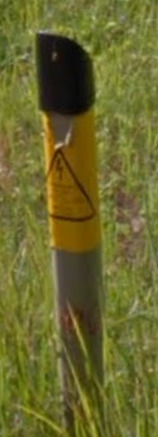
These represent underground powerlines. They need to be marked in case anyone wants to do some groundwork that requires digging.
Google Coverage:
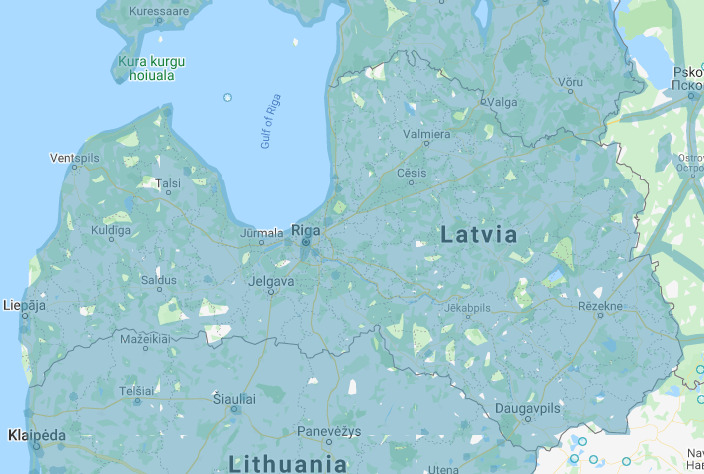
Most of the major roads have coverage. If you see green, stick to the roads and the local towns.
Camera Generation:
Gen 3
Road Lines:
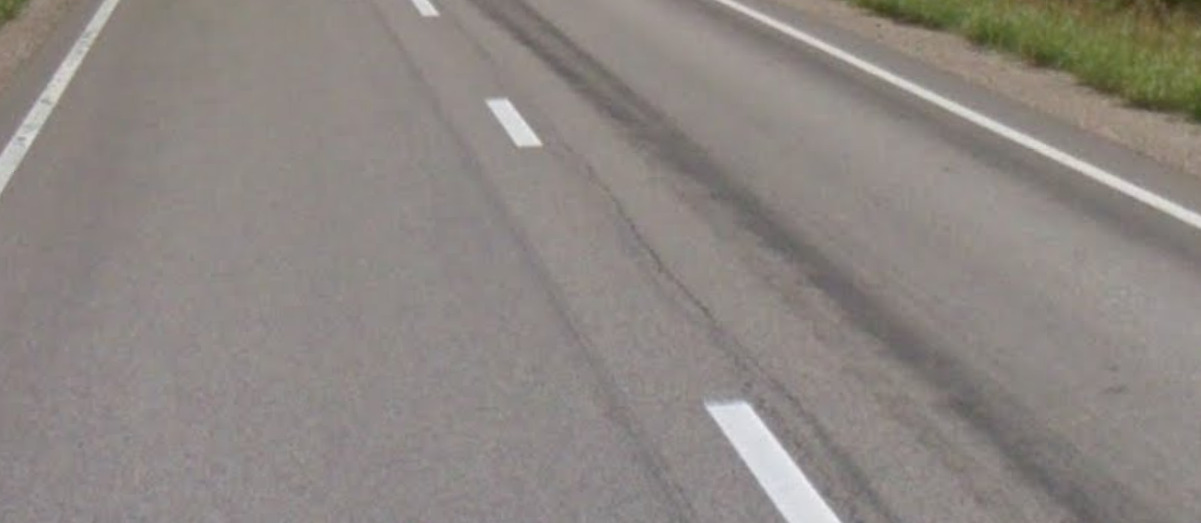

Latvia uses all white lines, and still has many dirt/gravel roads.
Road Signs:
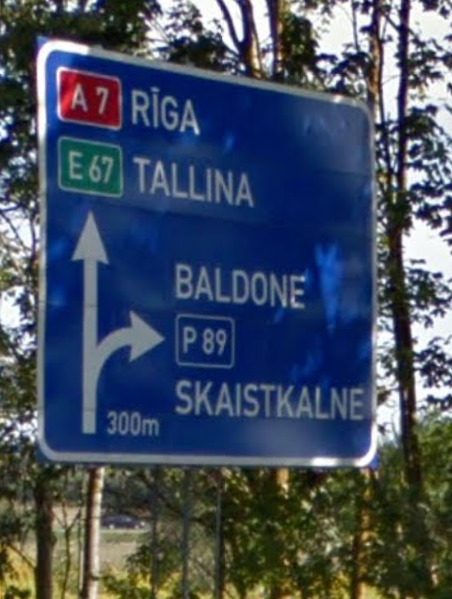
Latvia uses blue backed road signs.
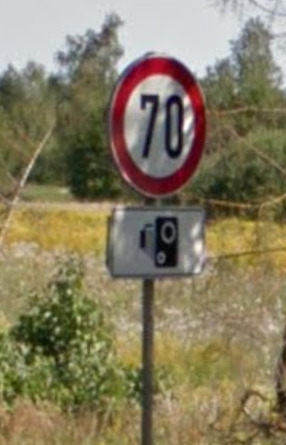
It’s road information signs have quite a thick red line.
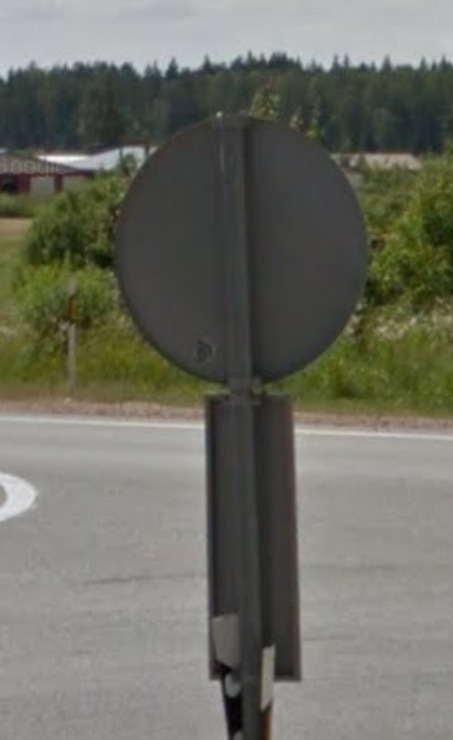
The rear of their signs have folded edges.

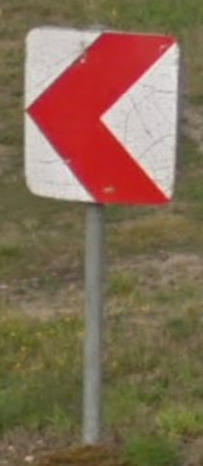
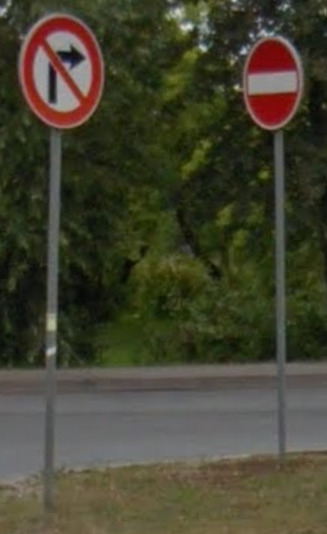

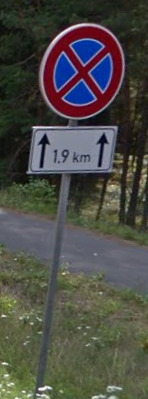


The guardrail in Latvia uses a red reflector when driving on the right hand side, and a white reflector is on the reverse, with you only seeing it when its on the left hand side of the road.
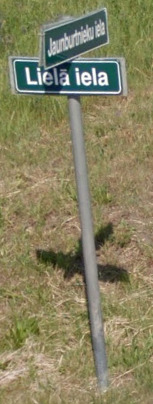
The Latvian word for “street” is “iela”. It can be found on most street signs and is a good clue that you are in Latvia.

Bus stop signs in Latvia use 5 windows, unlike Lithuania and Estonia who use 4. They also have visible hubcaps on the wheels, unlike Finland.
Latvian Crests:
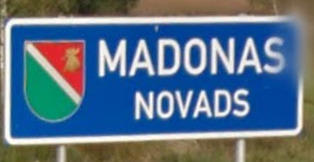

Latvia has 110 Municipalities, which means 110 different crests that can be found. While this is a lot of crests to learn, you will be able to find them quite often.
Electricity poles:
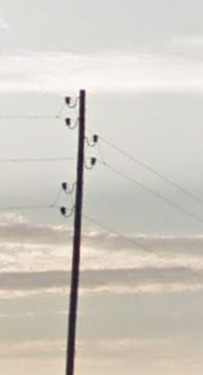
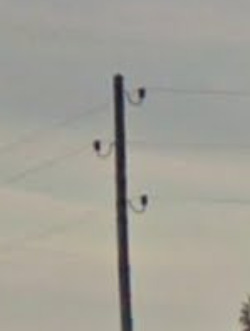
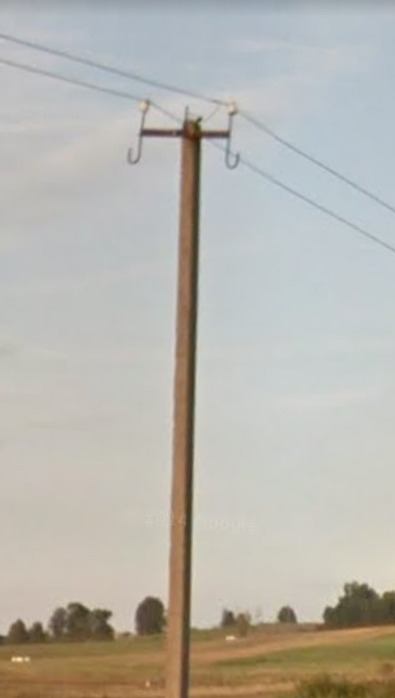
Latvia uses wooden (mostly) and concrete poles with ‘bulbs’ on the ends of ‘hooks’ usually alternating sides unless there is only 2.
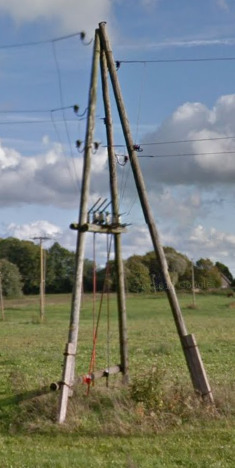

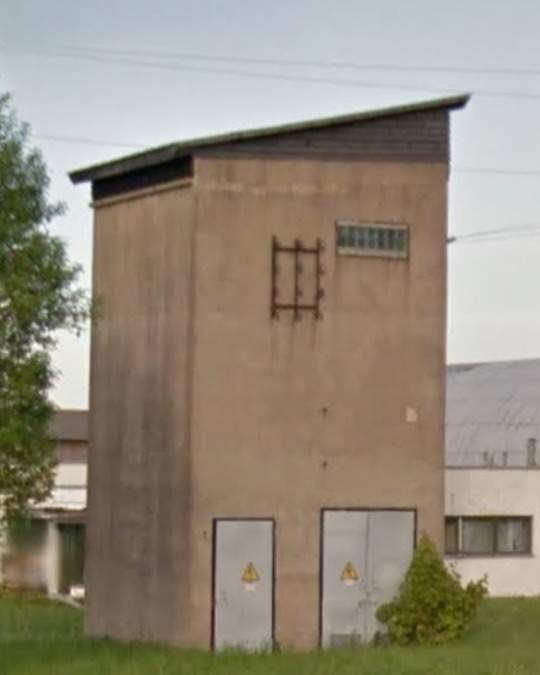
You may sometimes find these hubs.
License plates:

Latvia uses the standard EU style plate. Taxis in Latvia will have a yellow license plate.
Phone number:
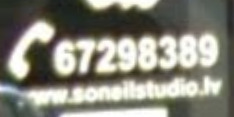
Latvian mobile numbers begin with 2, and landlines with 6. The country code, which can often be found on Buses and Taxi’s is +371
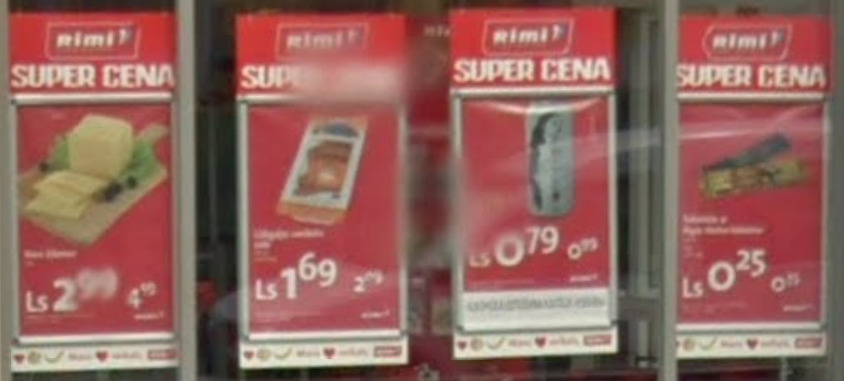
The currency when the photos were taken were called Lats. They are now using the Euro, and some signs with Euro can also be seen at the time the pictures were taken.
Vegetation/Landscape:



Latvia is a very flat country.
Architecture:

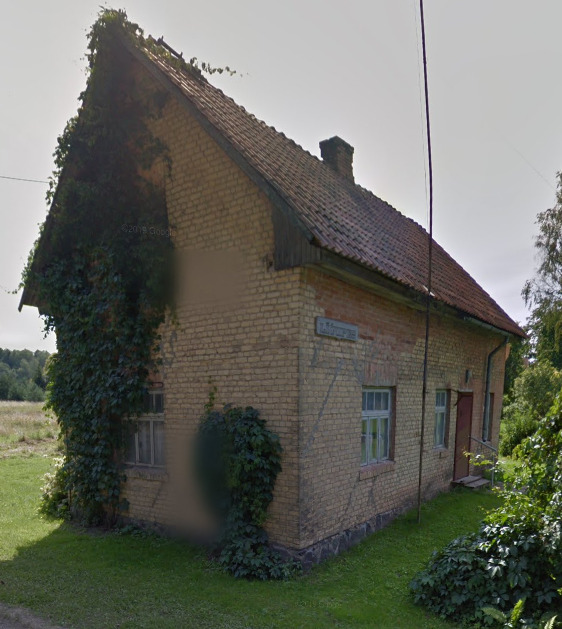
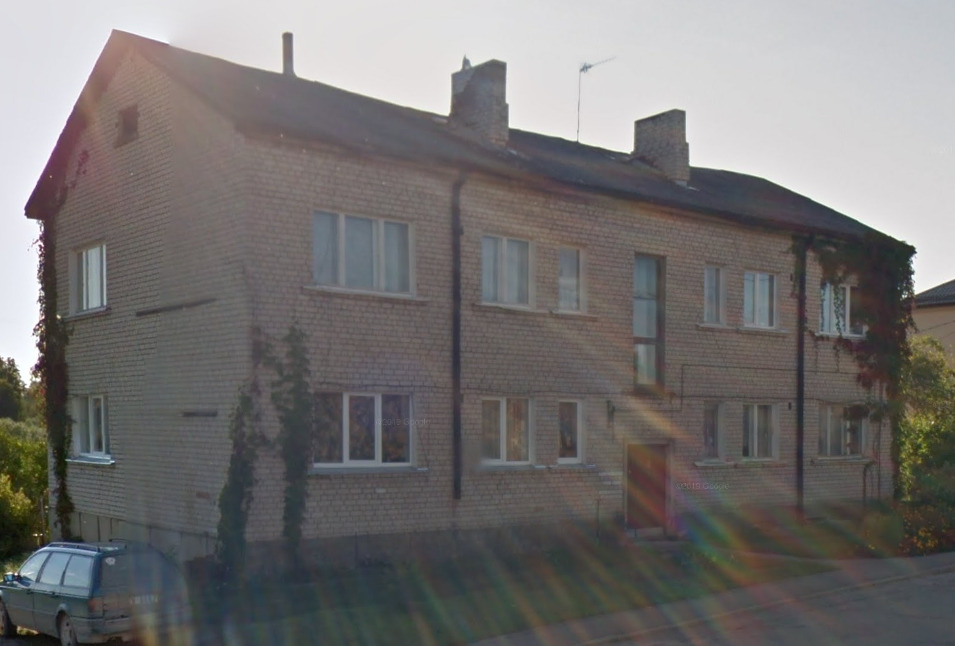
Latvia has many wooden/brick houses with corrugated metal rooves.
General look:
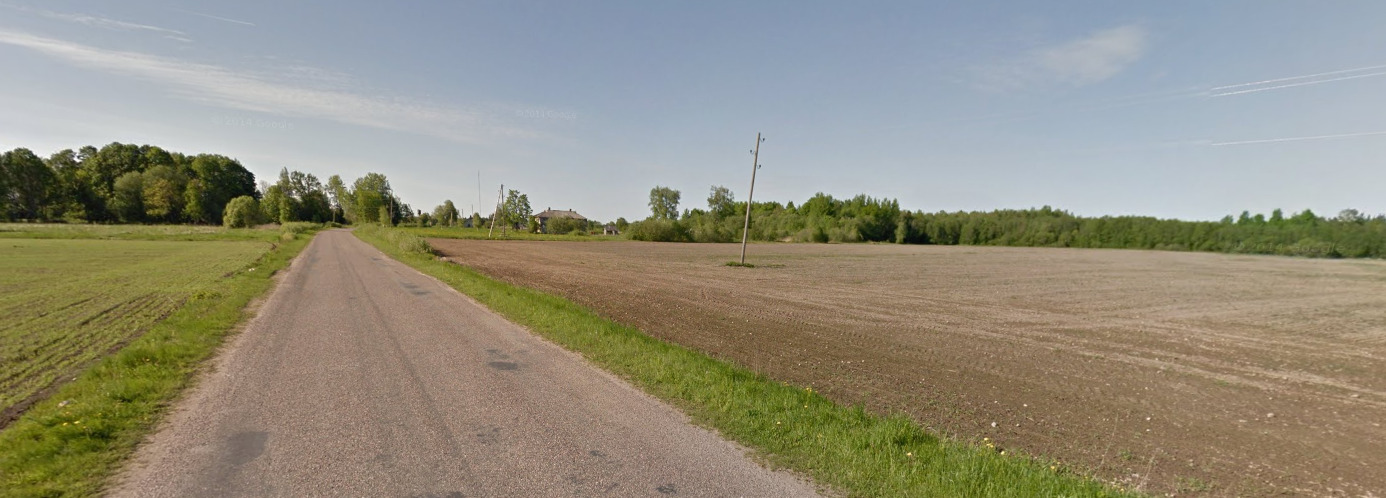


Subdivisions:

Latvia contains 5 regions.
Alphabet/script:
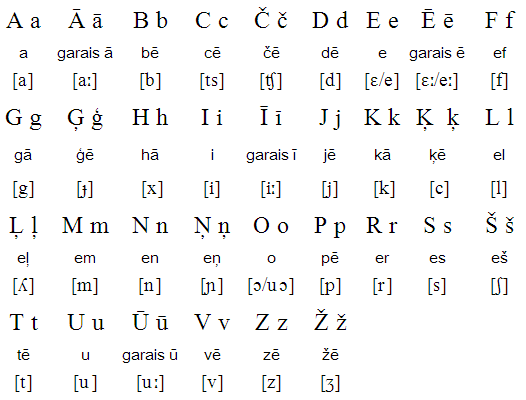
Latvia uses Latvian, a Latin based script.
Domain:
.lv
Estonia
- Country Flag
- Capital City
- Most Helpful
- Google Car
- Bollards
- Google Coverage
- Camera Generation
- Road Lines
- Road Signs
- Electricity Poles
- License Plates
- Phone Number
- Vegetation / Landscape
- Architecture
- General Look
- Subdivisions
- Language
- Domain
Country Flag:
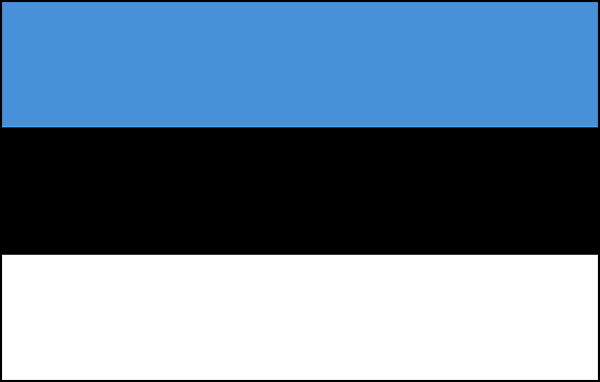
Capital City:
Tallinn
Most Helpful:



Google Car:
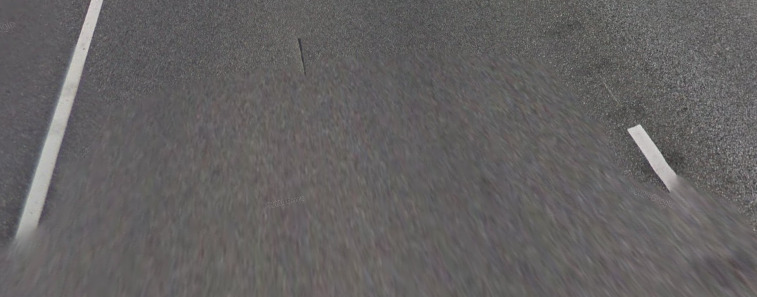
Estonia’s google car has a small/stubby antenna.
Bollard:

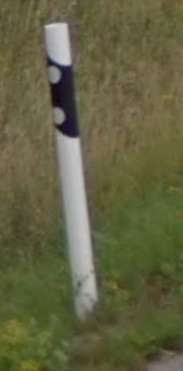

Estonia uses a generic black and white bollard, sometimes with yellow replacing the white rectangle. The yellow is usually found at intersections and other major crossings. They feel a bit more “3D” and do not have a number on them like the Latvian bollards.

You can also find these sticks that are painted Yellow and Black. They indicate that there are underground powerlines under the stick.
Google Coverage:
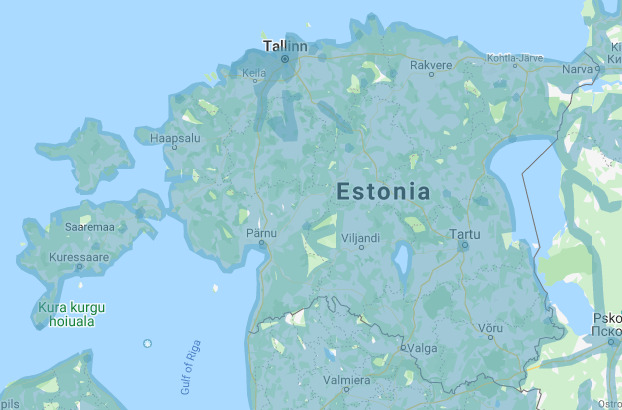
Stick to the numbered roads and the towns along them and you should be fine. Don’t try guessing in the open areas, as there is no coverage there.
Camera Generation:
Gen 3
Road Lines:
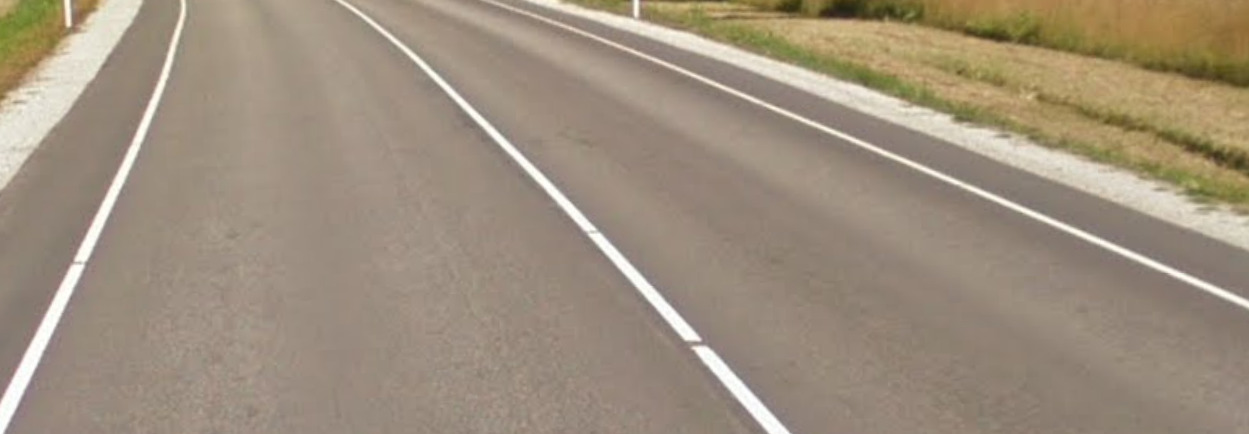
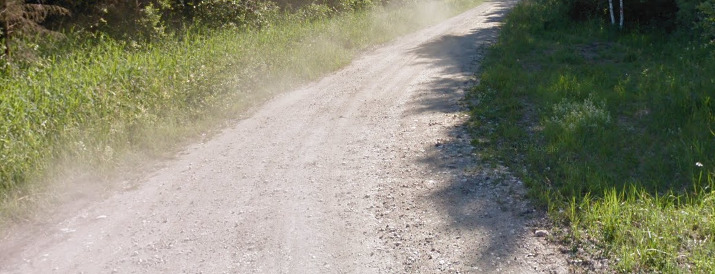
Estonia uses all white lines, and still has many dirt/gravel roads.
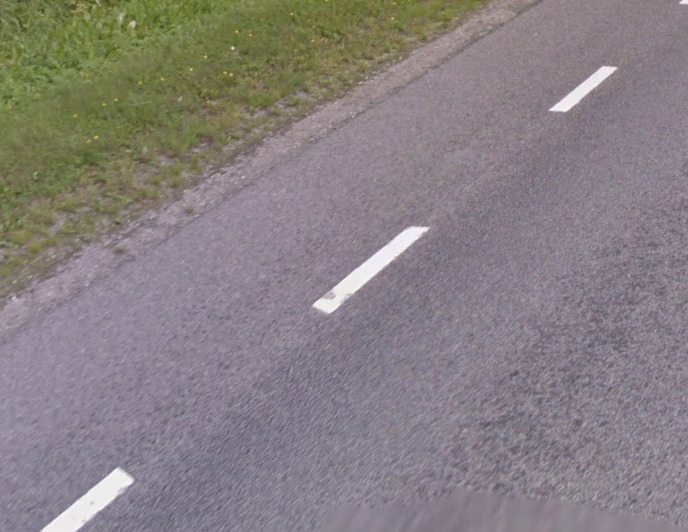
Sometimes the shoulders are dashed.
Road Signs:
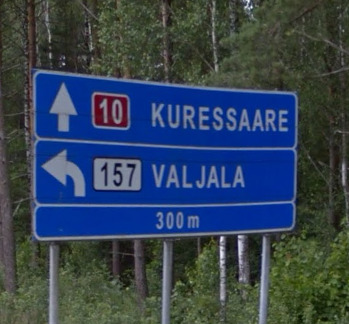
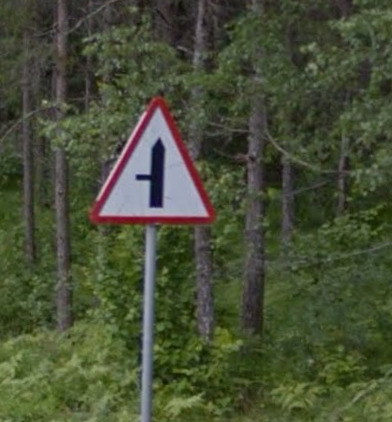
Estonia uses blue backed signs.

The back of Estonian signs have folded edges.
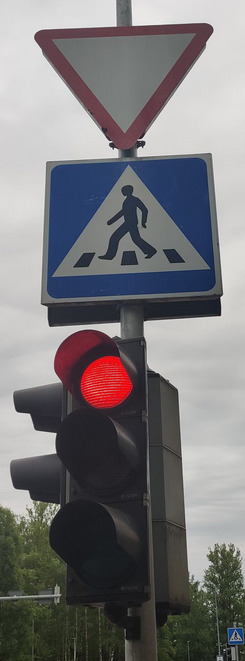
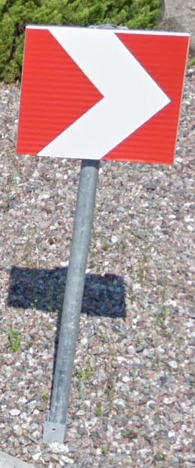
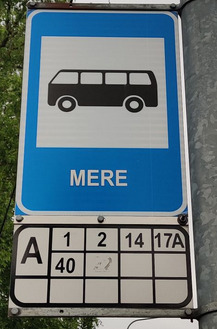
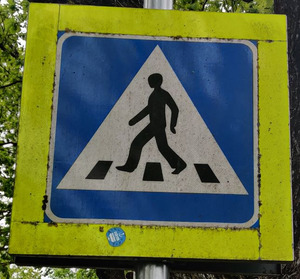


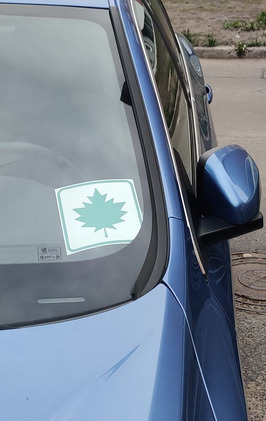
You can find these Green Maple leaf’s in either the front or back of the car. It indicates that the driver of the vehicle is new to driving. It is a common sight across all of Estonia.

Guardrails in Estonia are a bit different. They are traditional guardrails, but they do not have reflectors on the inside.
Electricity poles:
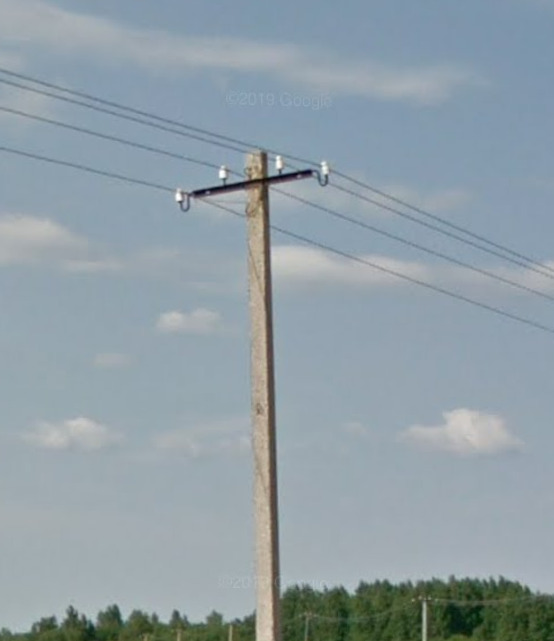
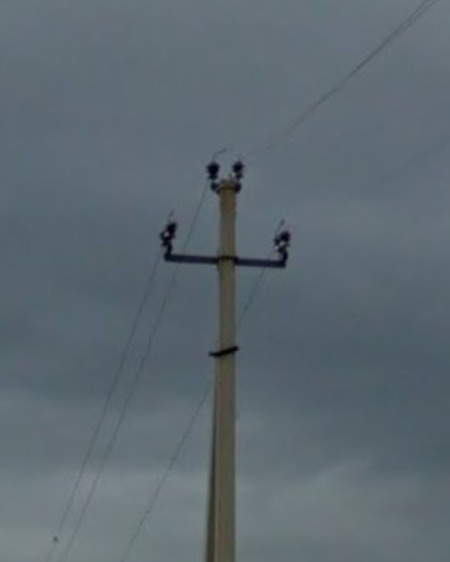

Estonia uses concrete, and wooden poles.

License plates:

Estonia uses the standard EU format.
Phone number:

All mobile numbers will start with a 5 or an 8, and can be 7 or 8 digits long. The Country code for Estonia is +372.
Vegetation/Landscape:
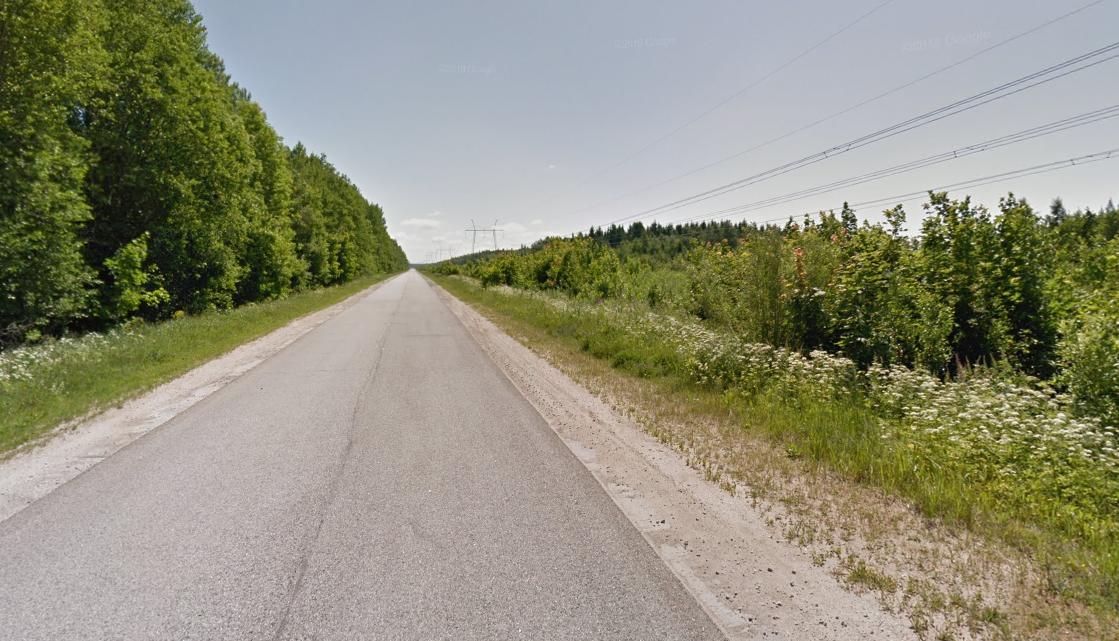


Estonia is flat country, and well forested.
Architecture:
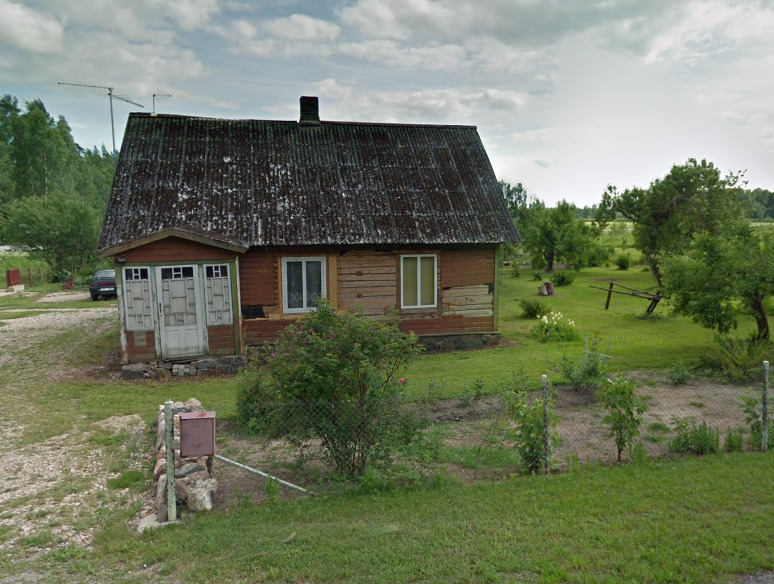
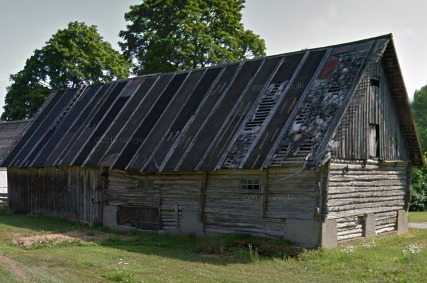
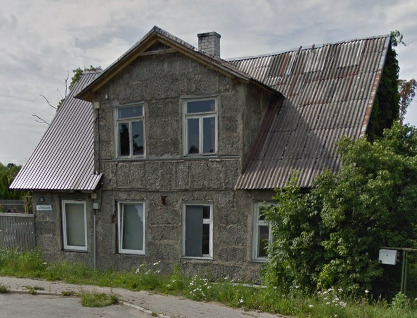
Estonia has many houses made of wood/brick with corrugated metal rooves.
General look:
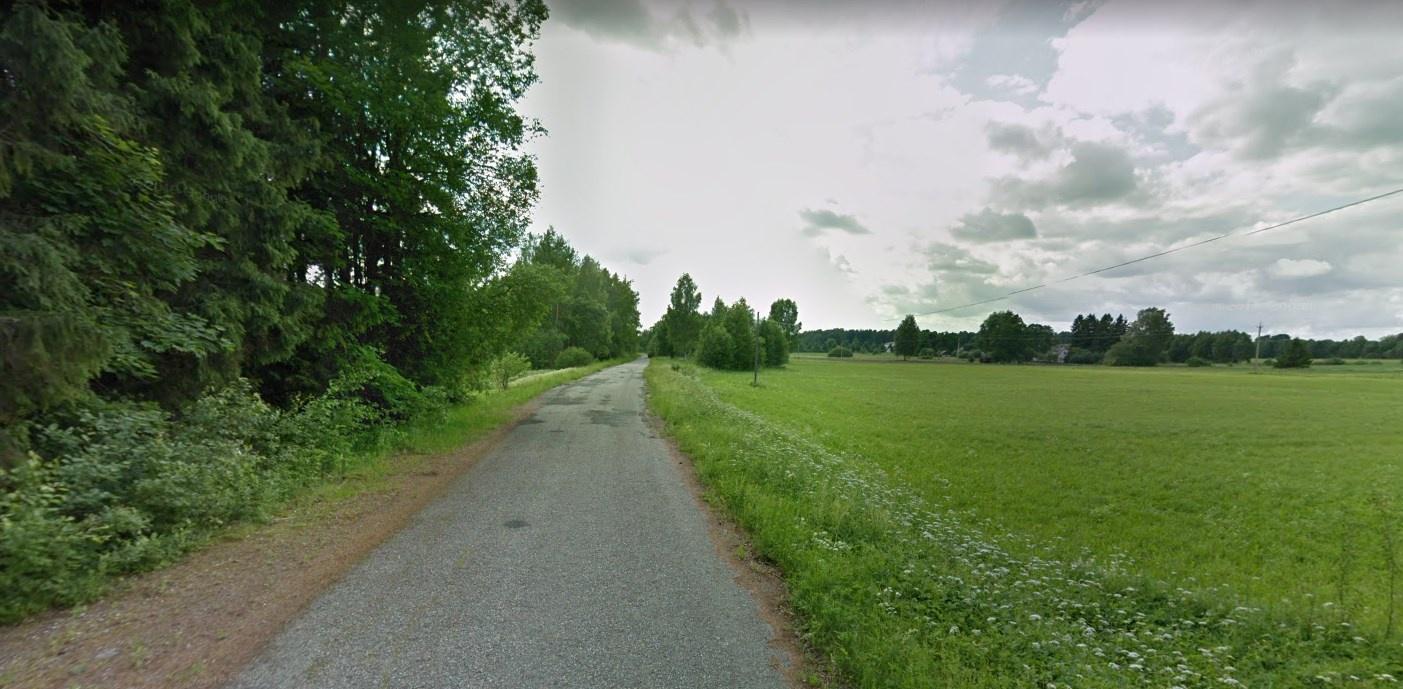


Subdivisions:
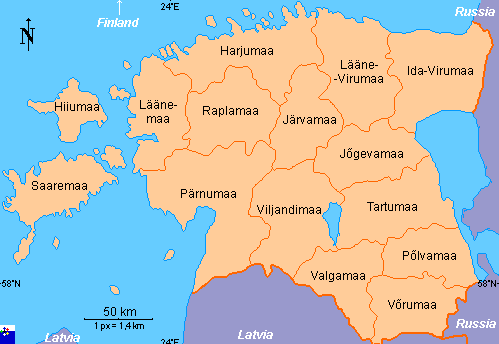
Estonia has 15 counties.
Alphabet/script:
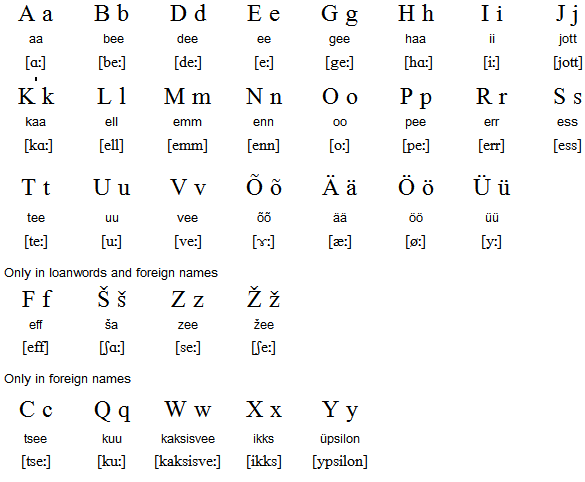
Estonia’s official language is Estonian, which uses a Latin script.
Domain:
.ee
Andorra
- Country Flag
- Capital City
- Largest Cities by Population
- Most Helpful
- Unique Google Car
- Bollards
- Google Coverage
- Camera Generation
- Road Lines
- Road Signs
- Electricity Poles
- License Plates
- Phone Number
- Vegetation / Landscape
- Topography
- Architecture
- General Look
- Language
- Regions
- Domain
Country Flag:

Capital City:
Andorra la Vella
Largest Cities by Population:
1. Andorra la Vella – 19,383 (South central)
2. Escaldes-Engordany – 14,599 (South central, just north of Andorra la Vella)
3. Sant Julià de Lòria – 7,636 (South)
4. Encamp – 7,575 (Central)
5. La Massana – 5,353 (West central)
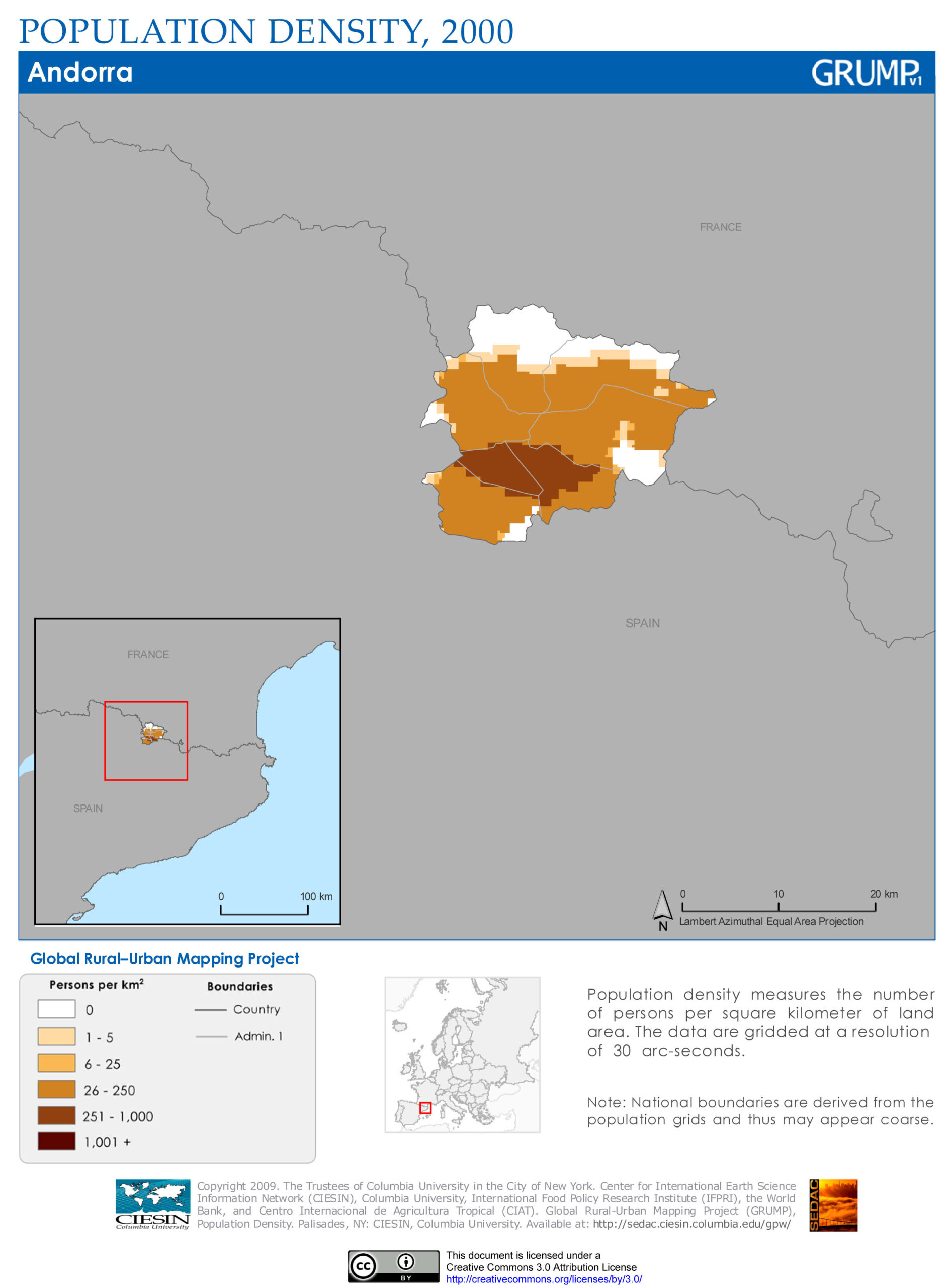
The population of Andorra seems to be located primarily located towards the south of the Country.
Most Helpful:
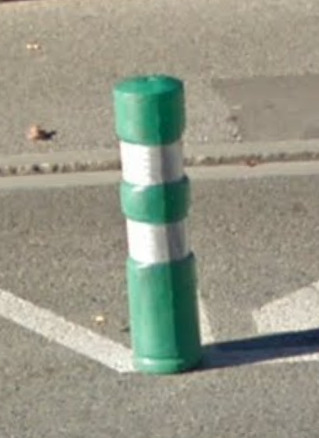
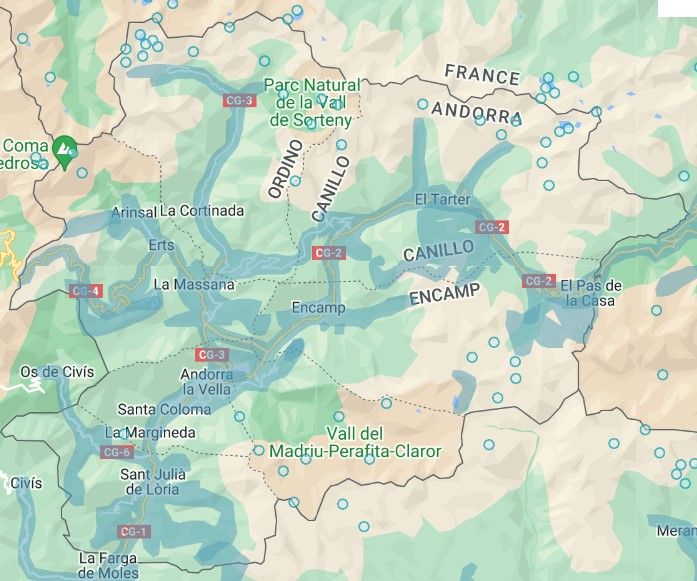
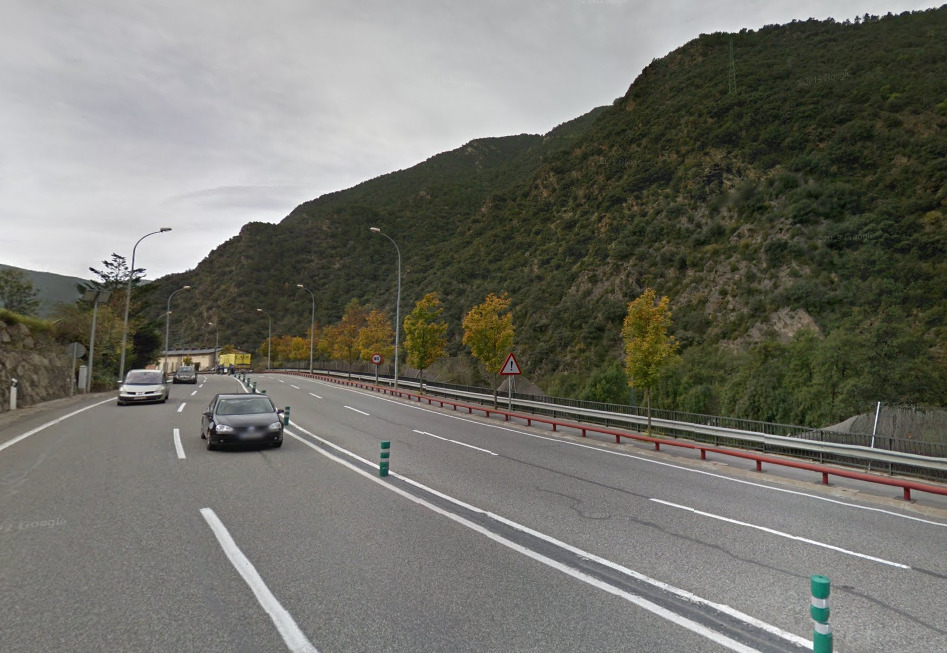
Google car:
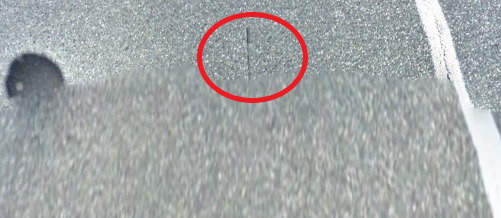
There seems to be an antenna on most of the coverage of Andorra. You can also see the shadow of the camera depending on how sunny the location is.
Unique Google car:
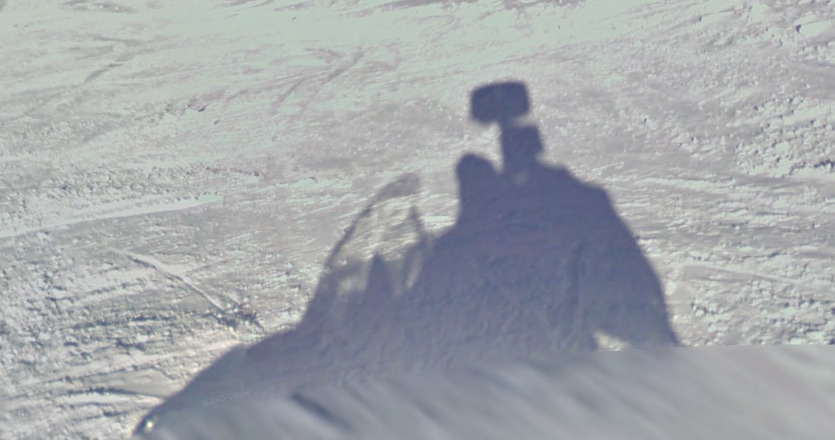
Andorra features some skidoo coverage in its ski resorts.
Bollard:
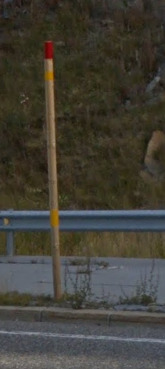

Andorra uses a couple different colored snow poles.

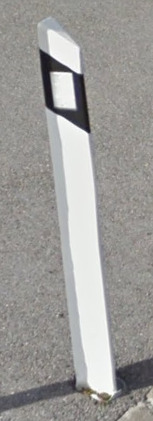

And uses green and white ringed bollards in most places.
Google Coverage:

Most of the main roads in Andorra are covered, but there are large areas without roads and towns due to the mountains that make up the area.
Camera Generation:
Gen 2, and 3
Road Lines:



Andorra uses all white lines, with some yellow/orange or blue lines found in its cities.
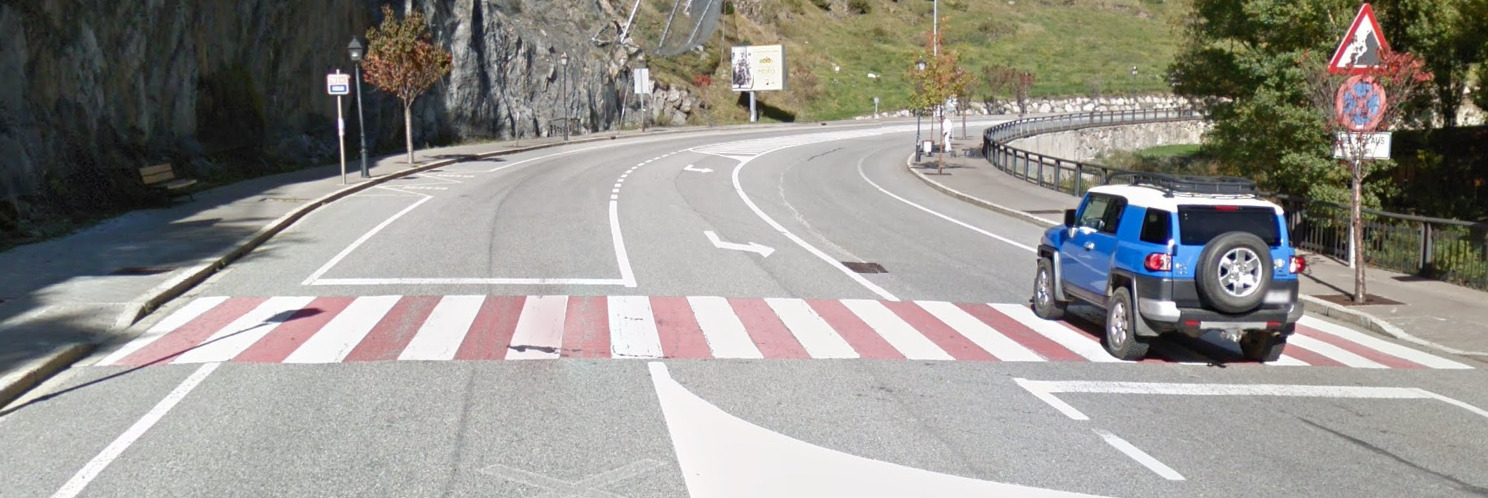

They also have either red and white crosswalks (zebra’s) or plain white ones.
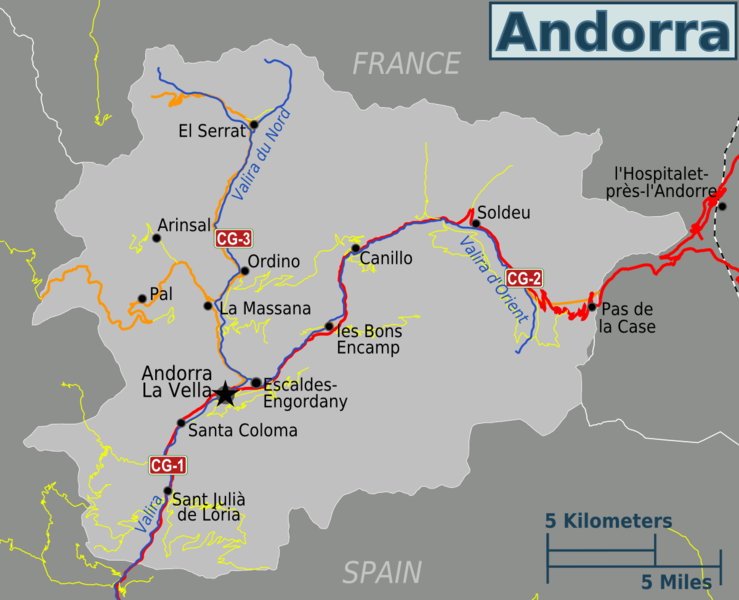
Andorra has a limited Highway system as well.
Road Signs:
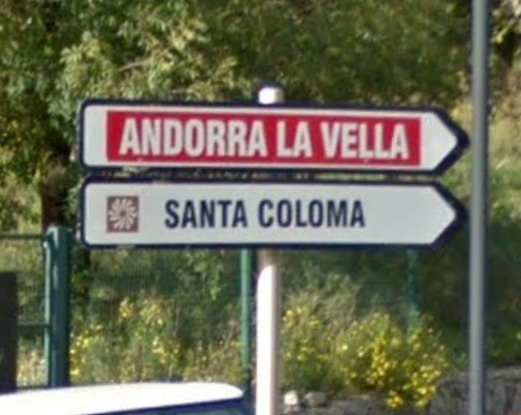
Road signs aren’t very common in Andorra due to most settlements being located along one road.
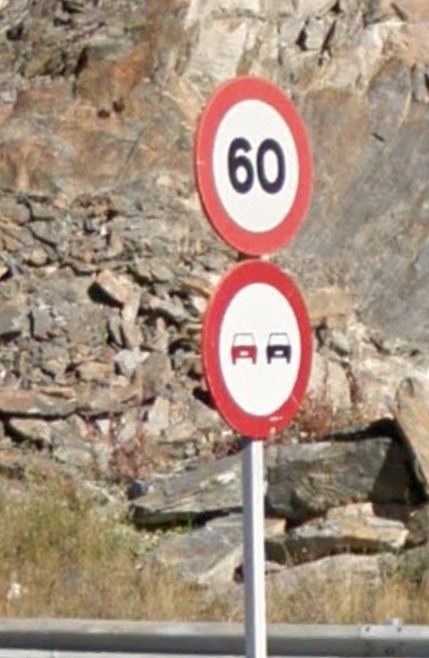
Andorra’s road information signs have a chunky red outline.
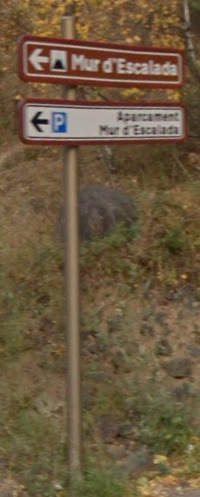



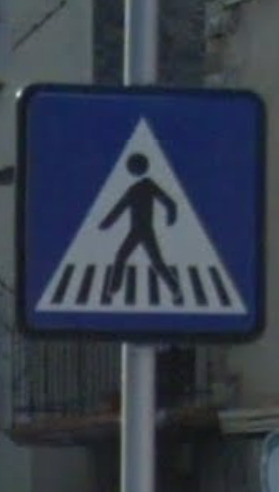
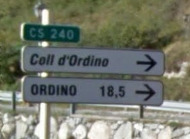
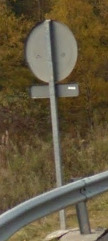
The backs of the signs appear to have a folded edge. The sign isn’t flat, and its clear that it has a lip.


Andorra has two main types of guard rails. The red one and then a classic guard rail with yellow/orangeish reflectors.
Electricity poles:


The poles are very square, with what appear to be five or so “holes” near the top.

They also have these larger poles on the outskirts of major towns / cities.
License plates:
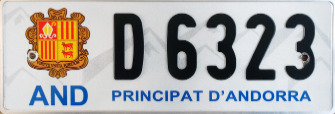
Andorra uses quite a small plate with the countries coat of arms on the left side.
Phone number:
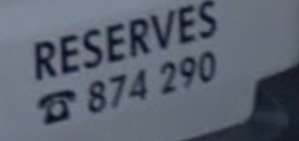
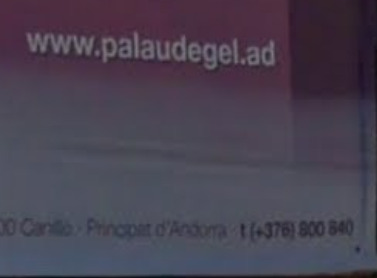
Andorran numbers are only 6 digits long with landlines beginning with either 7, or 8, and mobiles with 3, 4, or 6.
Vegetation/Landscape:
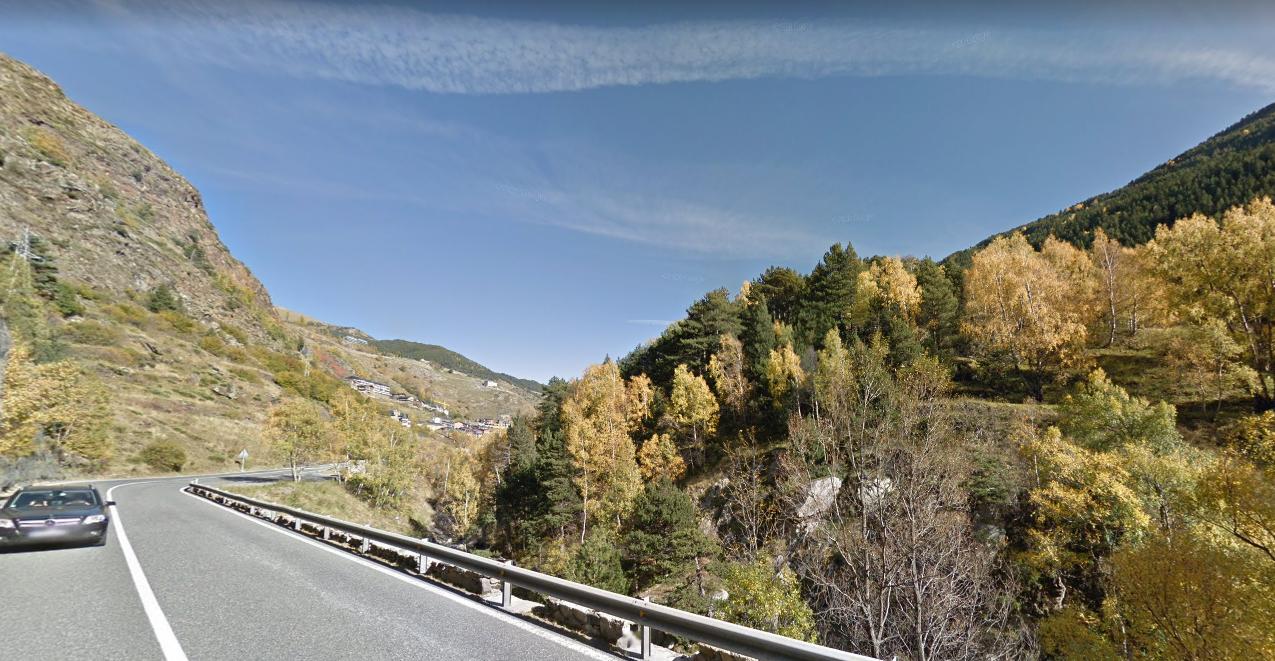
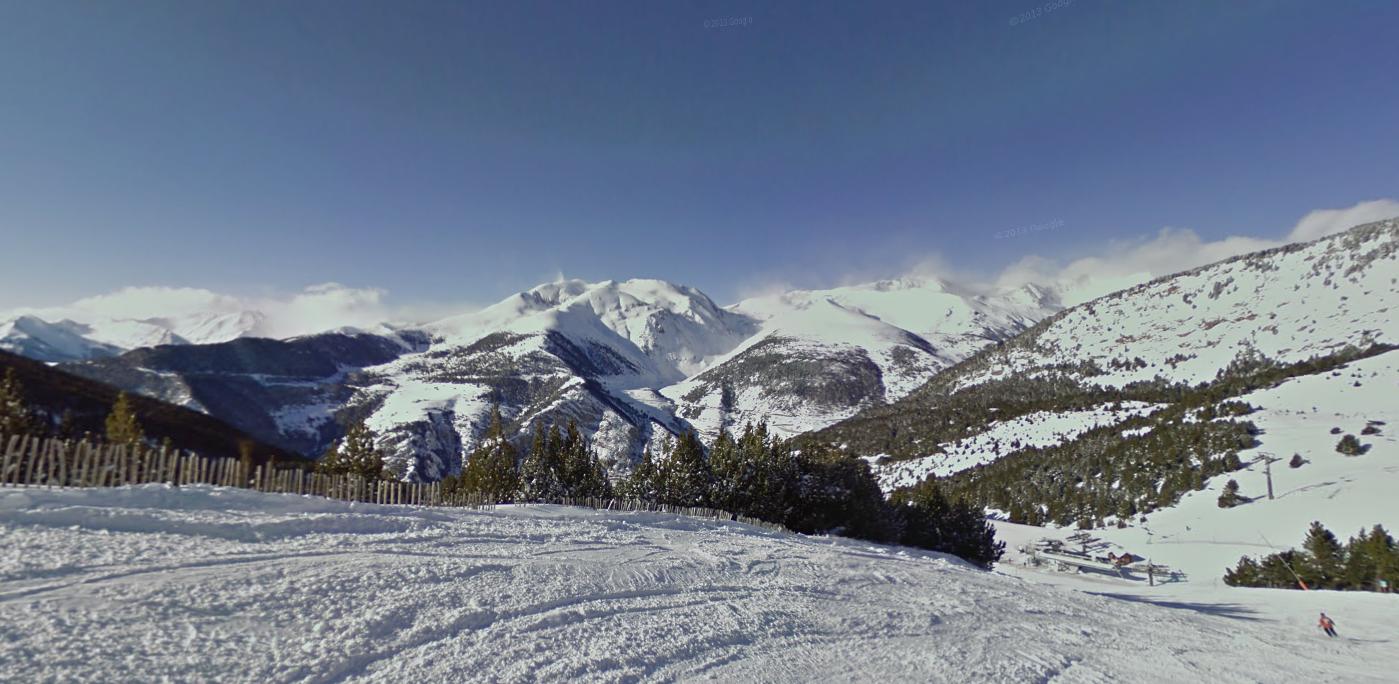
Andorra is incredibly mountainous due to its location in the Pyrenees.
Andorra has a marine west coast climate (Cfb) like that of Auckland, NZ and Vienna, AT. You can expect it to look somewhat similar to those locations in terms of vegetation and temperature, but keep in mind that Andorra’s altitude can make it appear colder and more desolate toward the top of the mountains, especially outside of the canyons.
Topography:
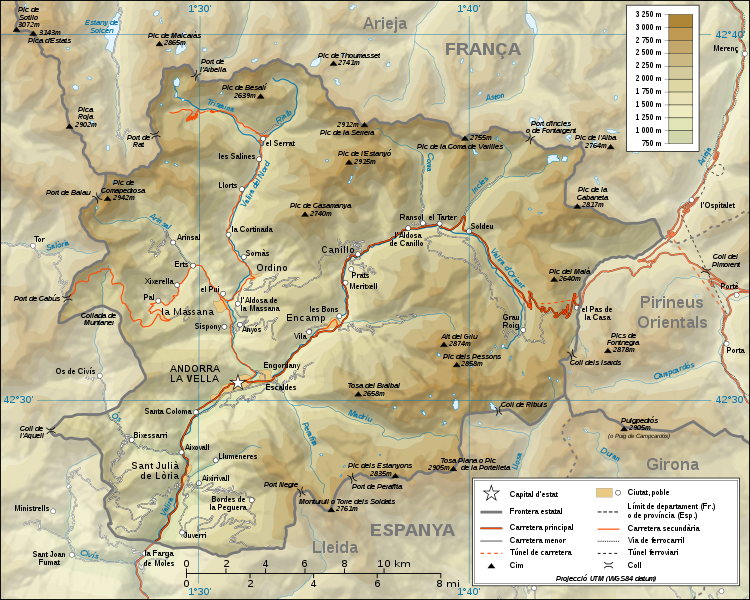
Architecture:
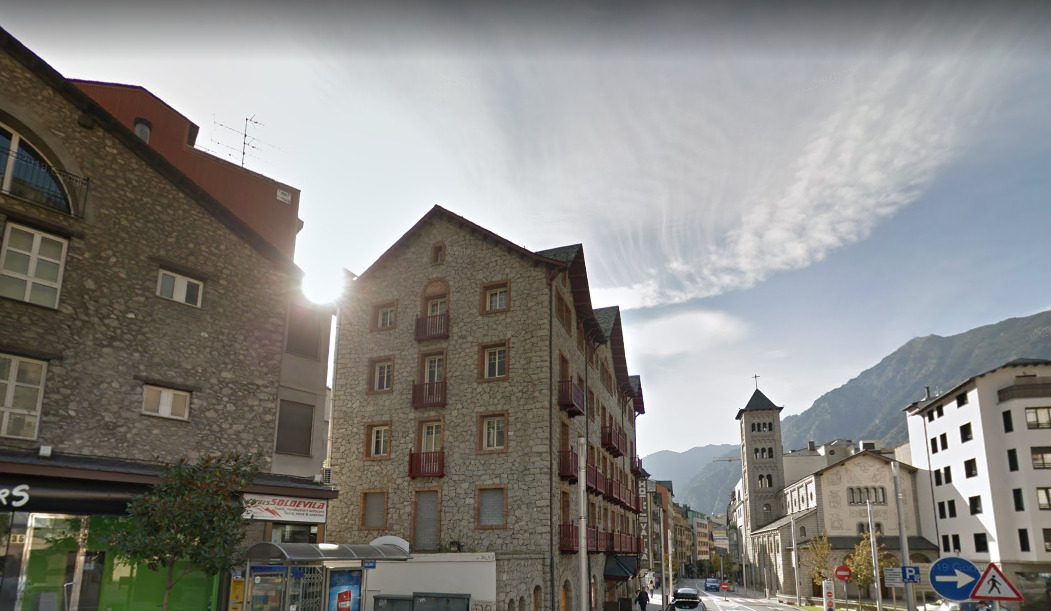
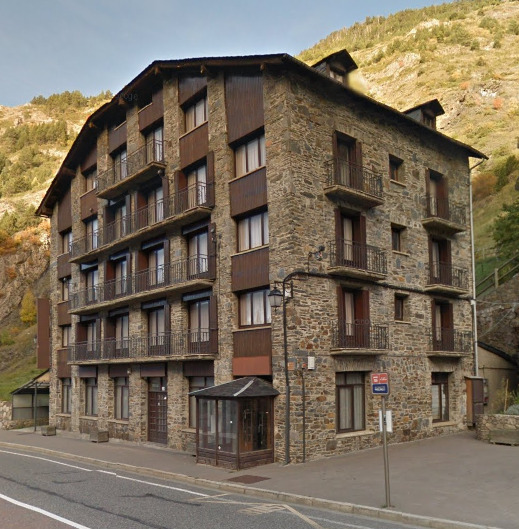
Andorran architecture is very unique with a strange blend of modern and older looking buildings, usually made of stone/brick and often several stories high.
General look:
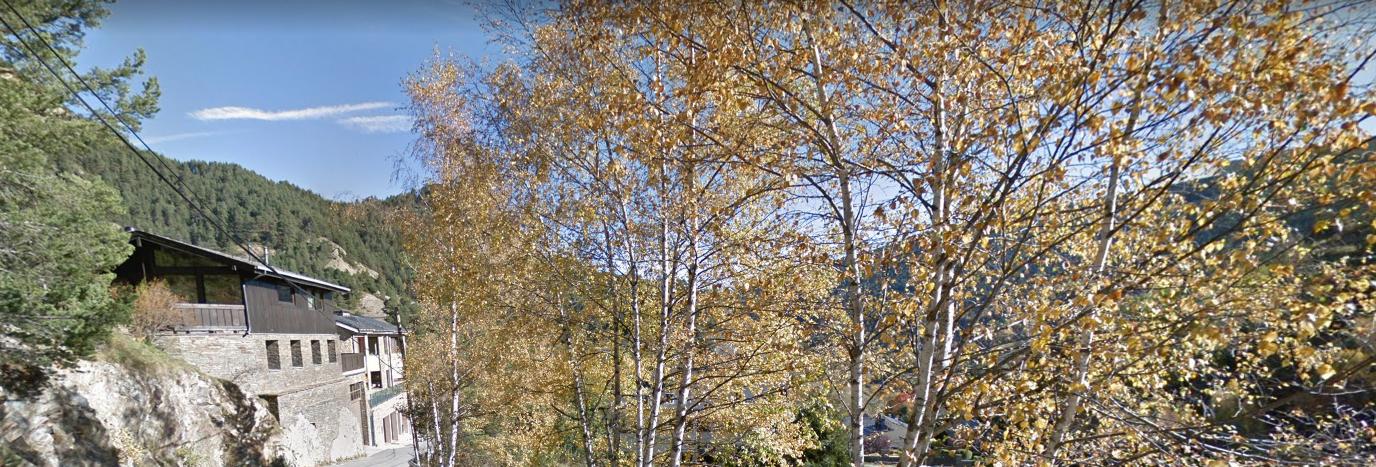
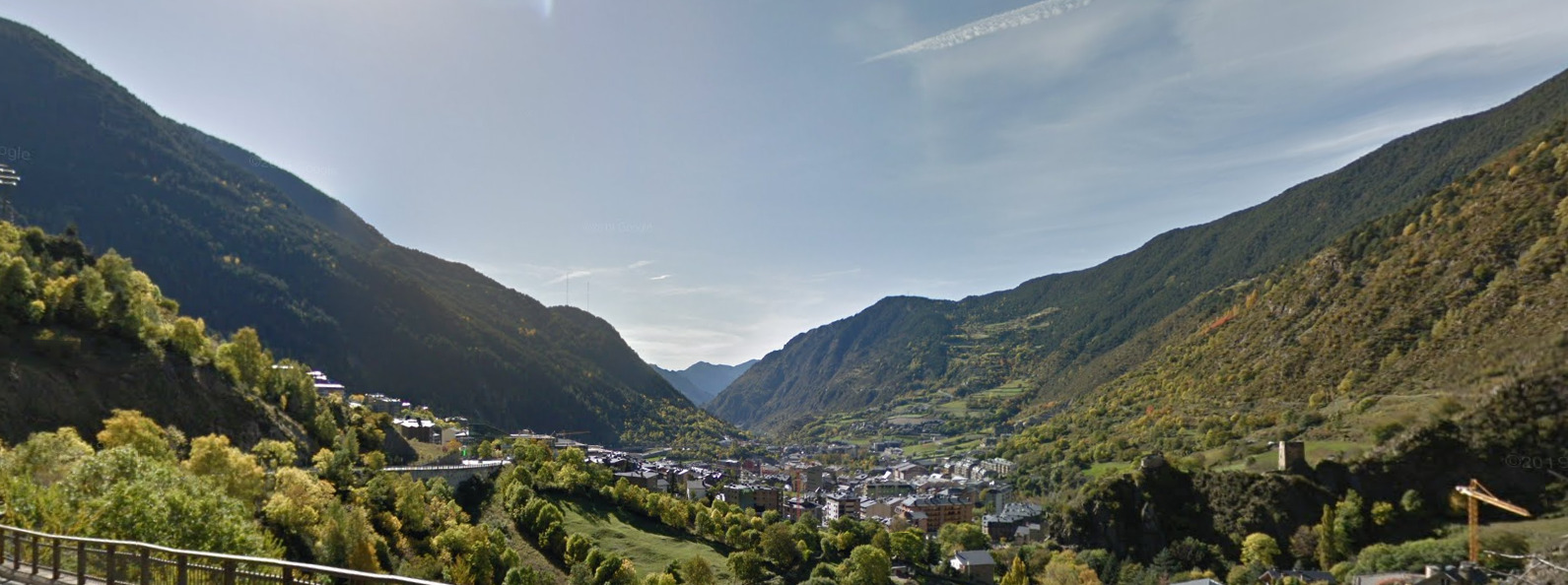

Alphabet/script:
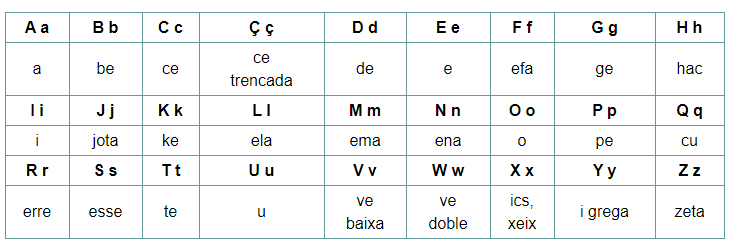
Andorra speaks Catalan, based in a Latin script.
Regions:
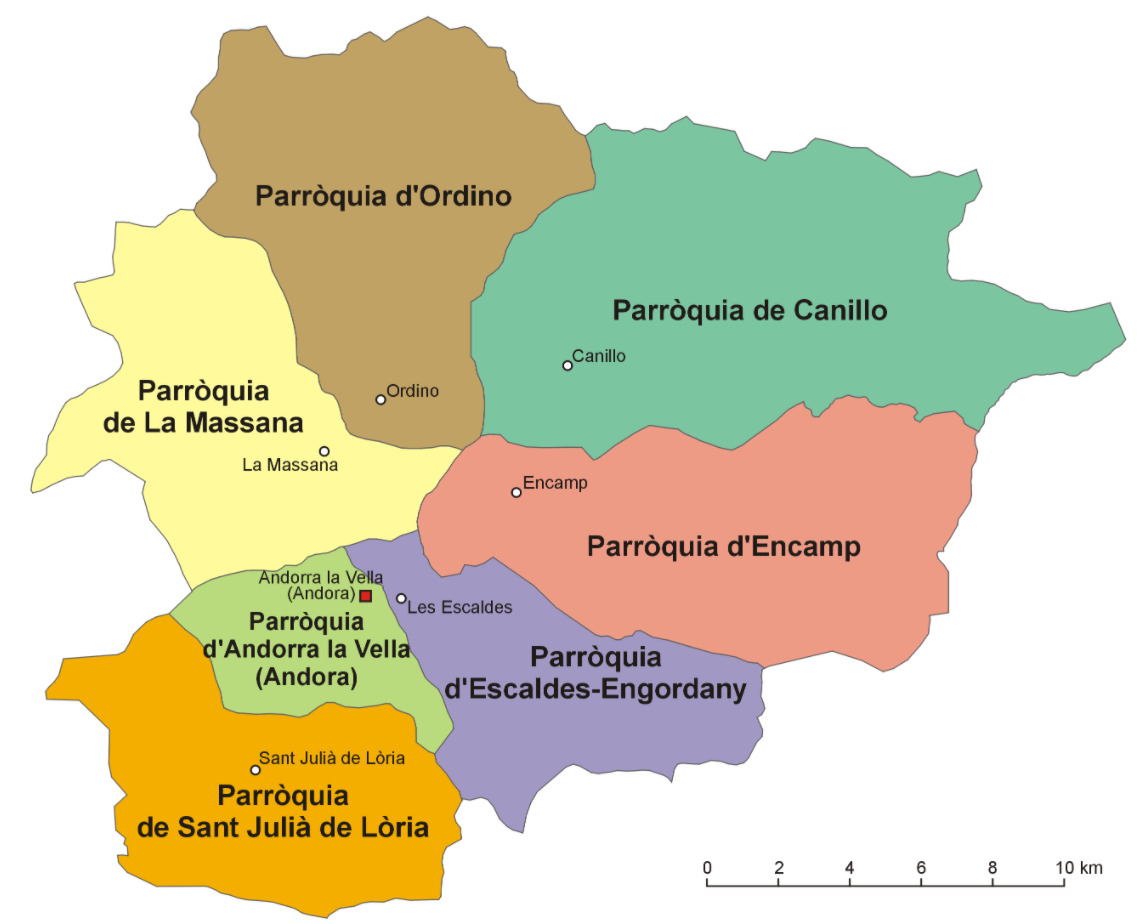
Andorra is divided into 7 parishes.
Domain:
.ad
Turkey
- Country Flag
- Capital City
- Most Helpful
- Google Car
- Bollards
- Google Coverage
- Unique Vehicle
- Camera Generation
- Road Lines
- Road Signs
- Electricity Poles
- License Plates
- Phone Number
- Vegetation / Landscape
- Architecture
- General Look
- Subdivisions
- Language
- Domain
Country Flag:

Capital City:
Ankara
Most Helpful:
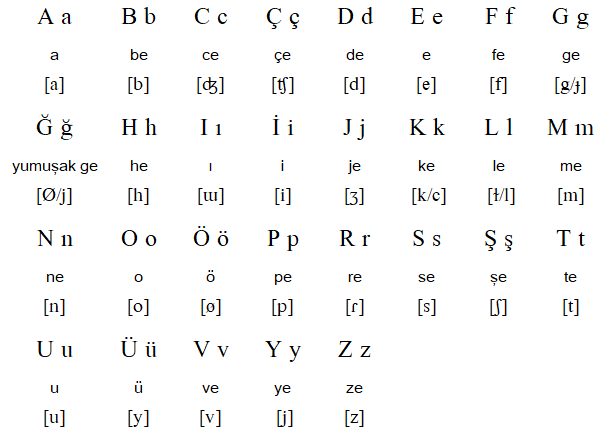
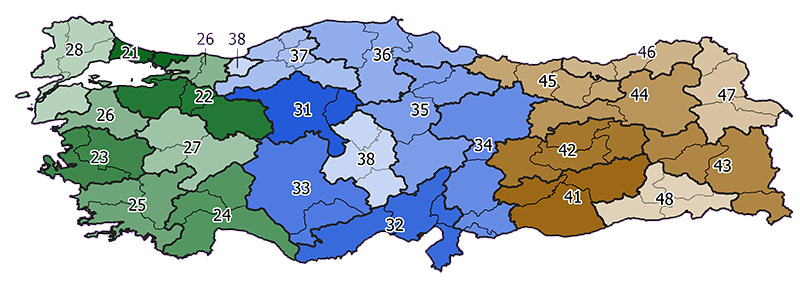
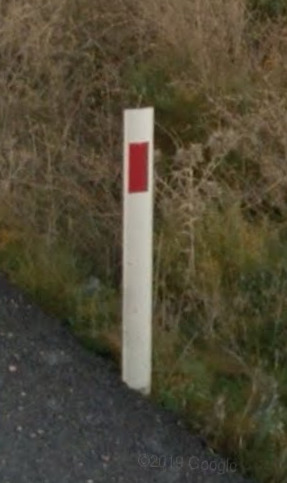
The language of Turkey and the phone numbers can help you recognize Turkey easily. The bollards are also useful if you are not in an urban area.
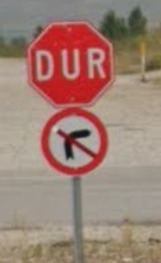
Google Car:
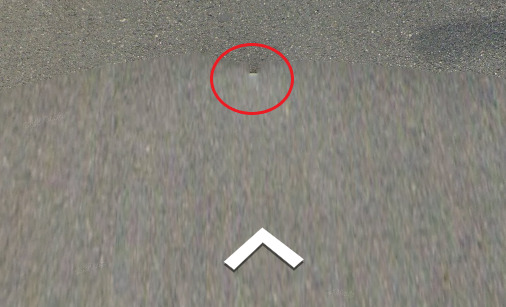
(Gen 3)
The Gen 3 vehicle is white, and there is a small spot showing the vehicle. This is not common, but it does exist. There is no antenna in Gen 3 coverage.

(Gen 4)
Instead of seeing a blue hood, you will be able to see an antenna and what looks like a white vehicle. This would make Turkey the only country to use a white Gen 4 car.
Bollard:


Turkish bollards are white with a red rectangle. They do not have anything on the back. It ends up looking like a white painted stick.
Google Coverage:
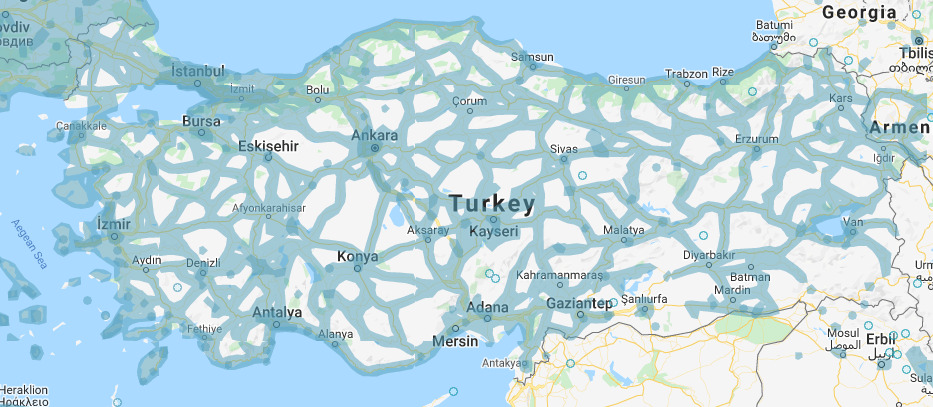
There seem to be a lot of space in Turkey that does not have coverage. Stick to the main roads and you should be fine.
Unique Vehicle:
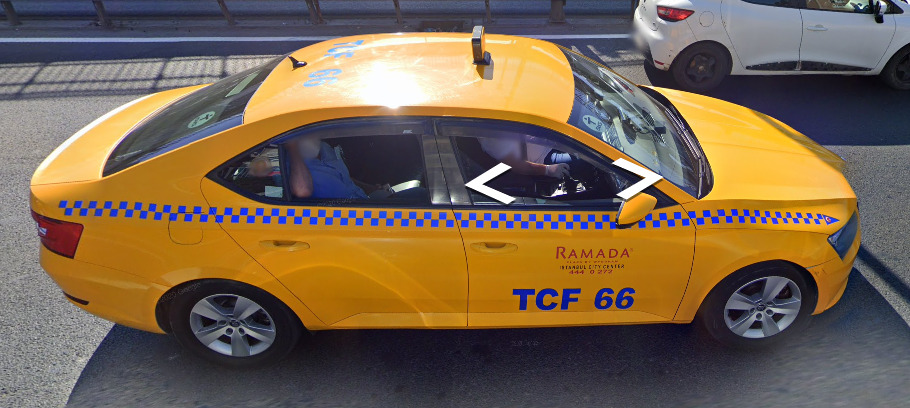
All taxis in Turkey will be yellow. The pattern, or lack of a pattern, seems to be based on the company the taxi is employed by. You can often find phone numbers on the sides of these taxis, but they seem to lack an area code.
Camera Generation:
Gen 3 & 4
Road Lines:
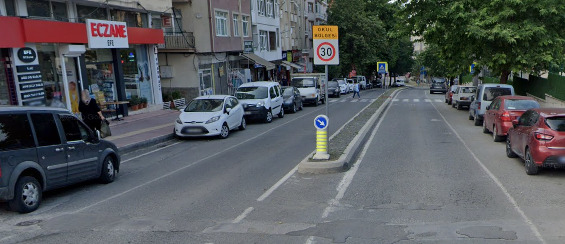
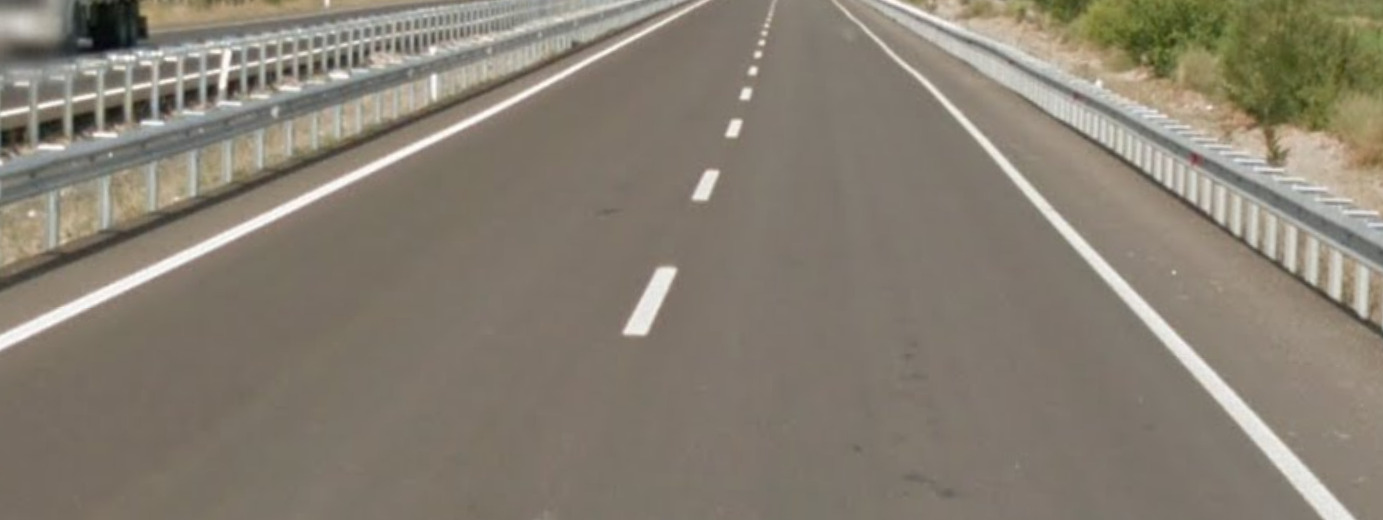

Turkey uses all white lines. In high danger areas, like areas that expect plenty of snow, you can see yellow shoulders to help with visibility.
Road Signs:
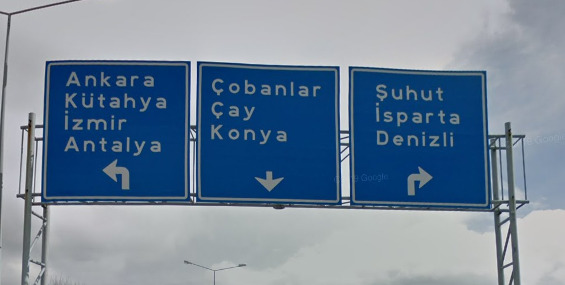
Turkey uses blue and white backed road signs.
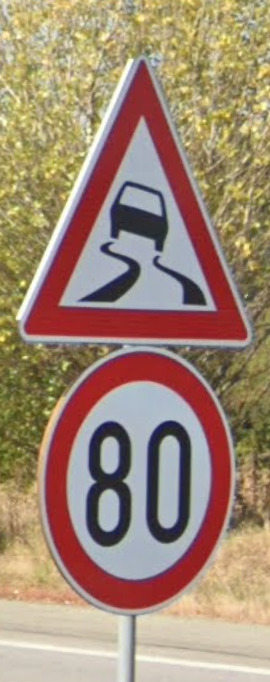
Turkish road information signs have white borders.
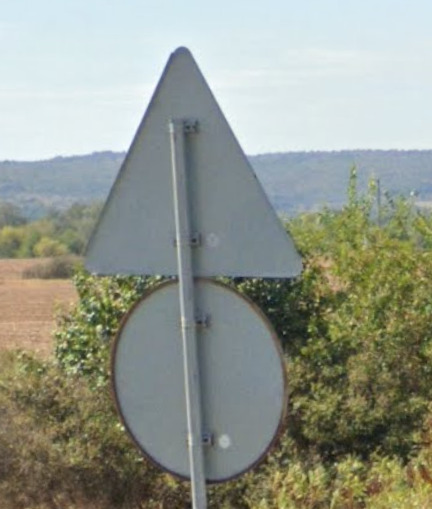
The backs of Turkish signs have folded edges.

Turkish stop signs say dur.


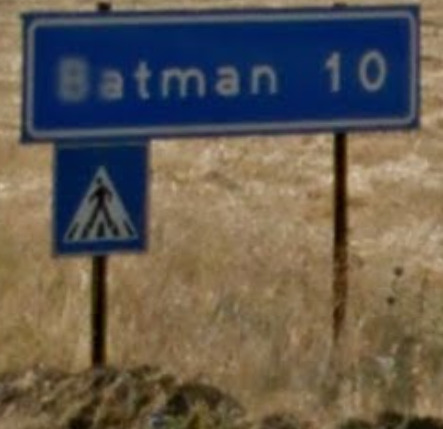
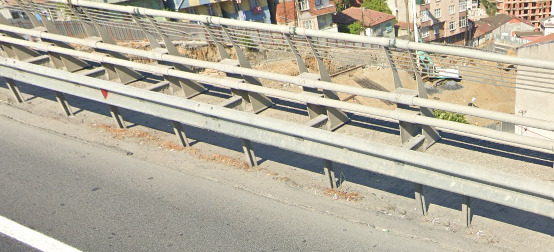

Turkey uses a standard guard rail with a red reflector as well as the flat faced guardrail.
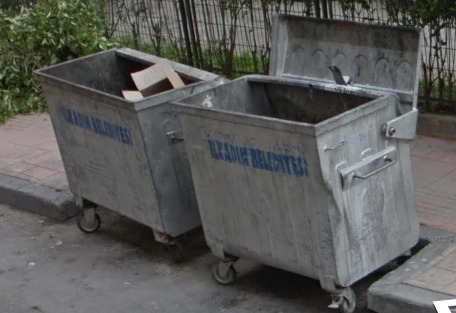
While not necessarily a road sign, Turkish trash bins are metal and squared. They often have writing on the front, allowing you to see the language.
Electricity poles:
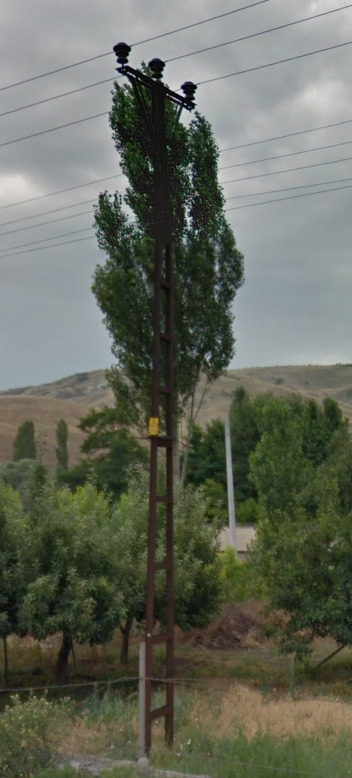
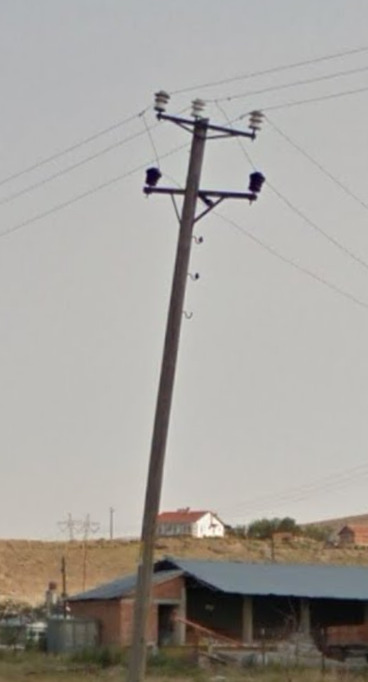

Turkey uses metal, wooden, and concrete poles.
License plates:

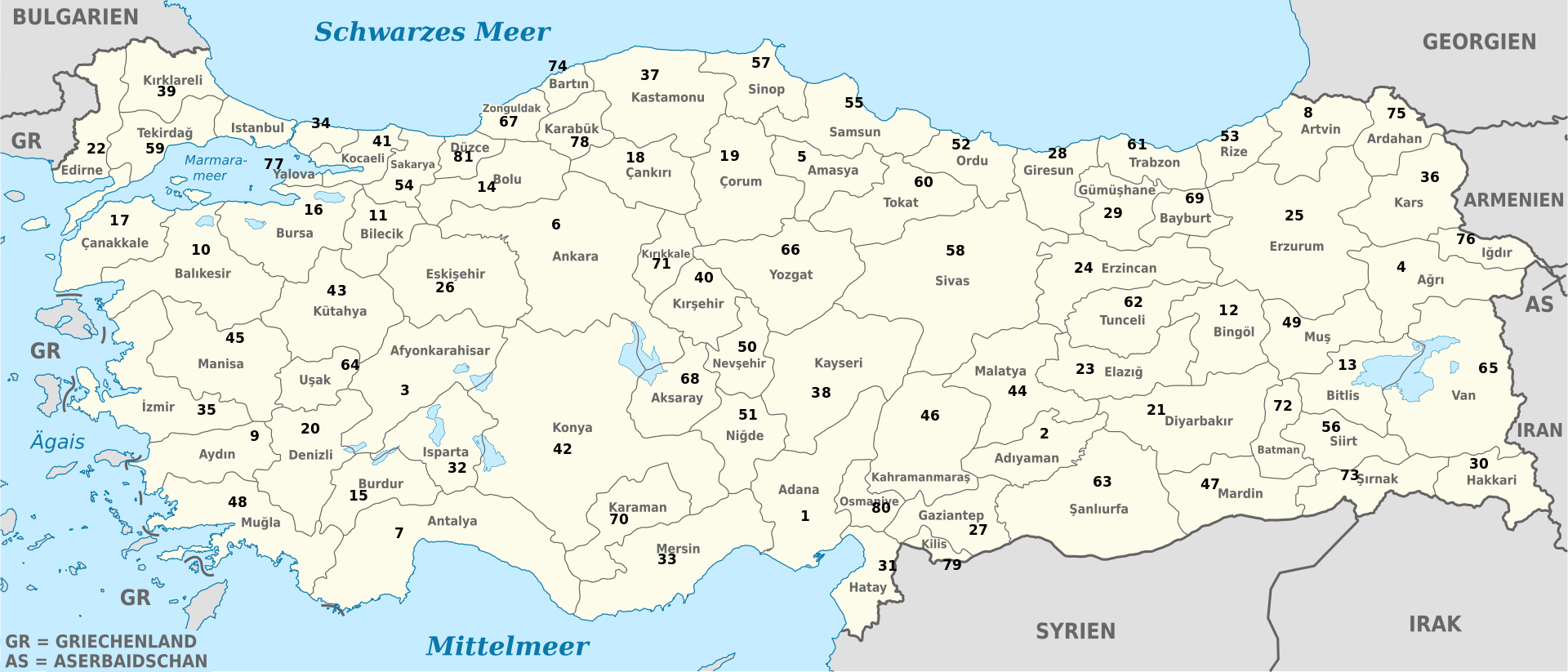
Turkey uses white plates with a blue strip on the left side. They look like your typical EU plate. The first two numbers indicate which region the car is from. However, there are 81 different codes and is difficult to remember them. Most of the numbers were assigned in Alphabetical order. This changed after 67. Each number from 68 to 81 was assigned as the region became a province.
There are three exceptions to this, with Mersin, Kahramanmaraş and Şanlıurfa being out of order. Their names were changed from İçel, Maraş and Urfa, respectively.
Phone number:
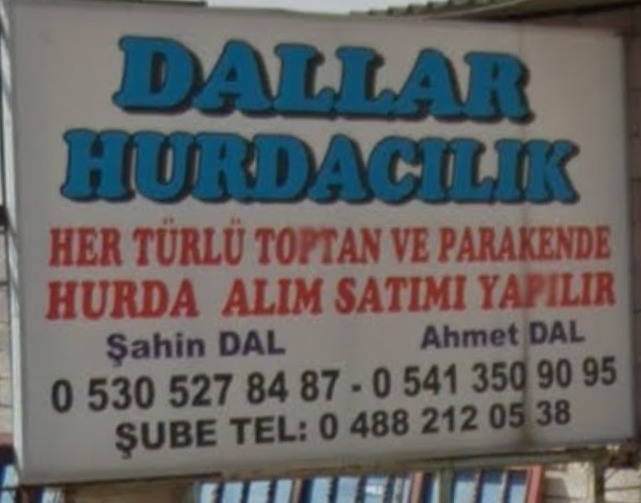

Phone numbers in Turkey are worth learning. You will have the twos on the west coast, threes in the middle and fours on the east coast. All mobile numbers will start with a 5, and they will be the ones you see most often. Its worth spending the time to look for phone numbers on the banners.
Vegetation/Landscape:
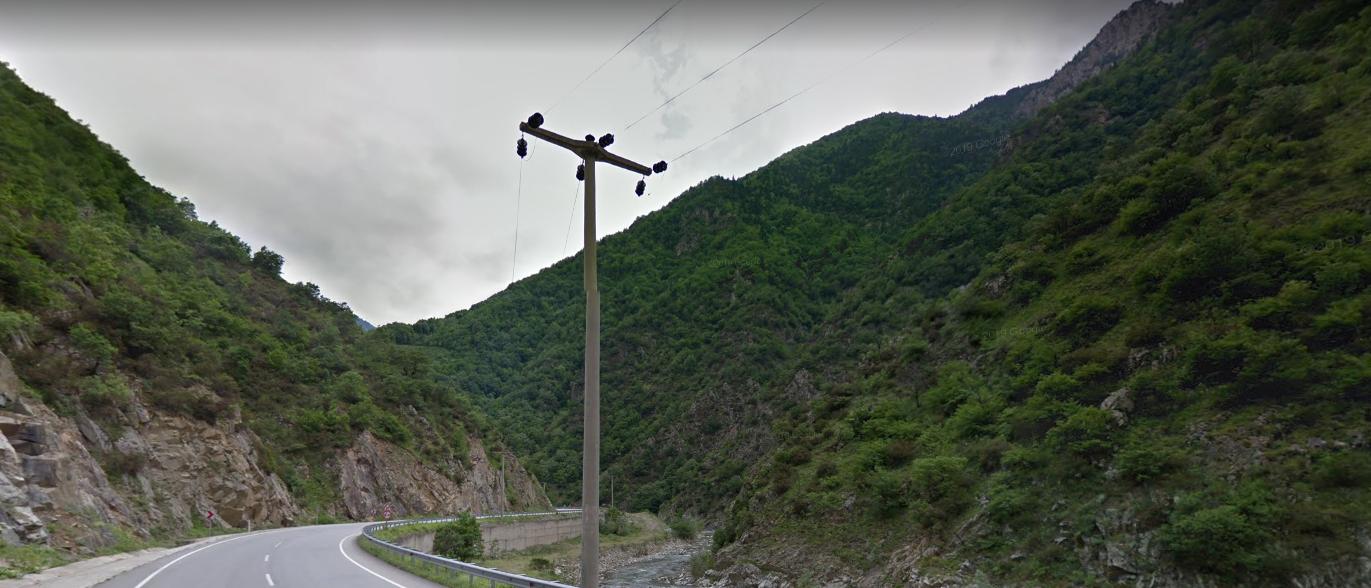
Turkey has a rather dry landscape featuring a fair few mountainous regions.


Architecture:
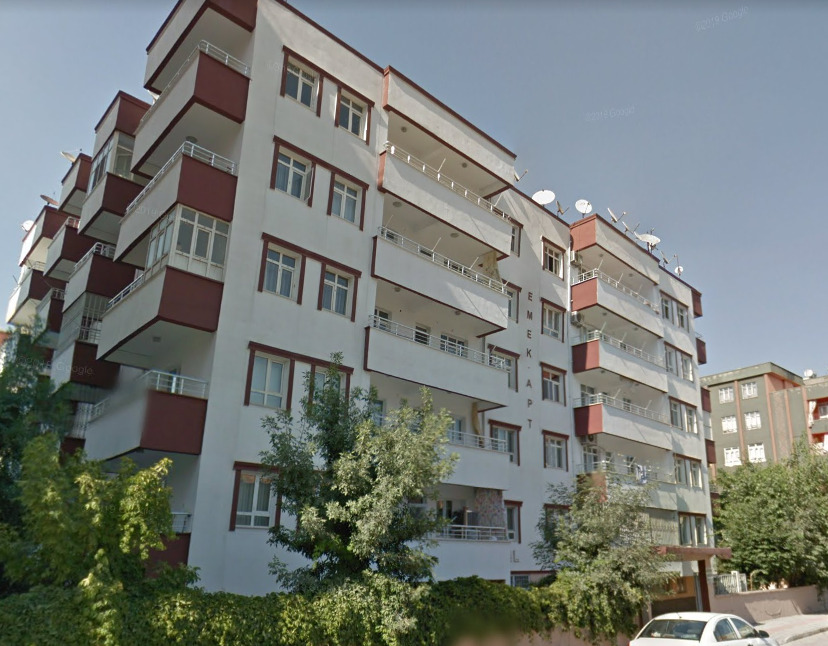
Turkey has many apartment blocks.
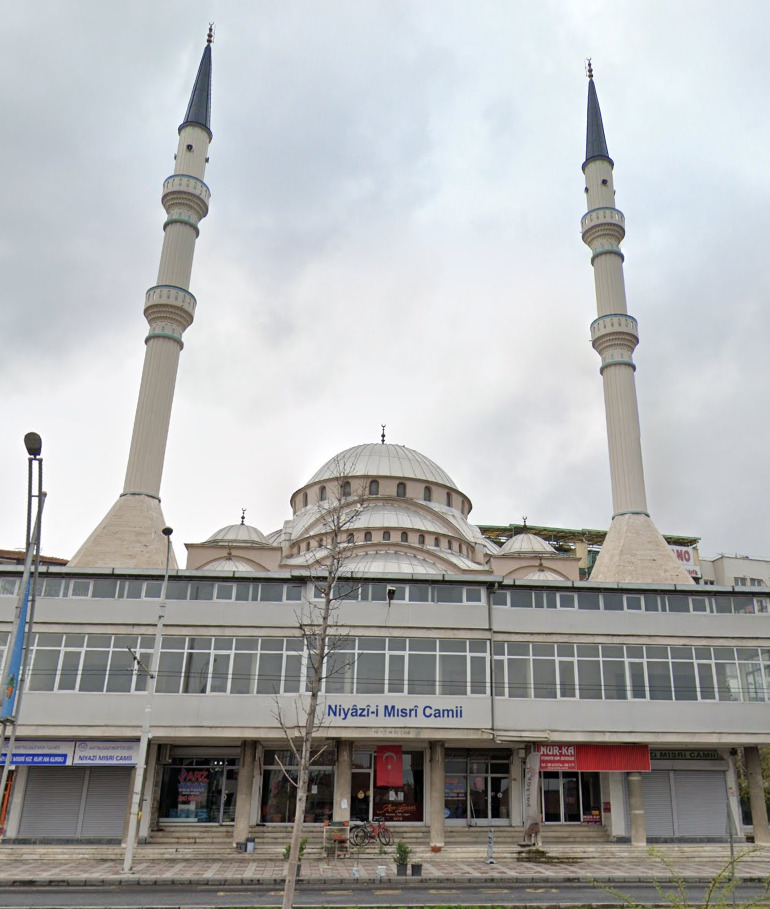
While Turkey is not the only country to feature these tall spires, they are very common in Turkey.

Turkey has plenty of houses that are colorful. Their roofs seem to be a darkened style of the red roofs you see in the Mediterranean area. The buildings themselves are just plaster with a color that makes them stand out.
General look:
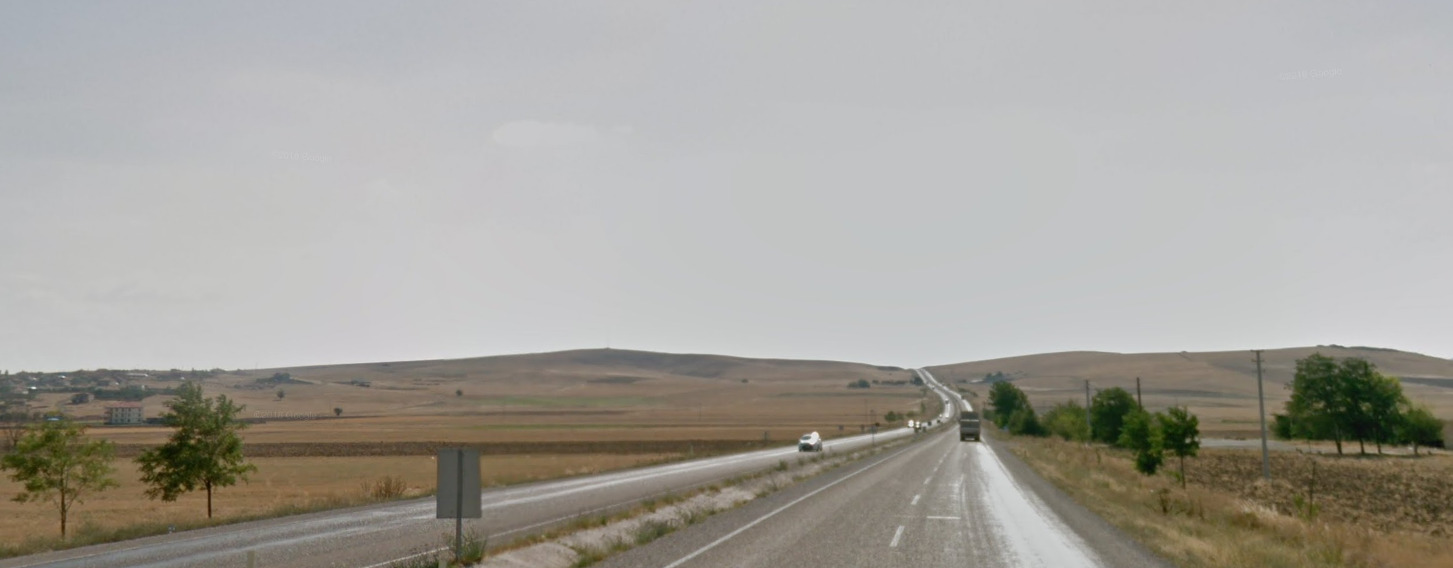



Turkey likes to build their settlements on top of hills for some reason. If you see some buildings on top of a hill, there’s a good chance you are in Turkey.
Subdivisions:
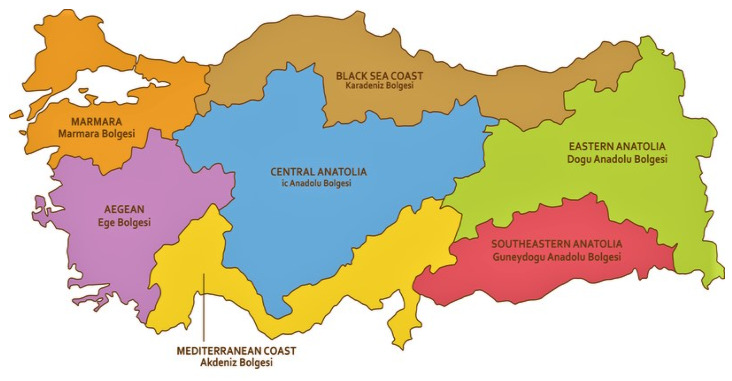
Turkey is split into 7 regions.
Alphabet/script:

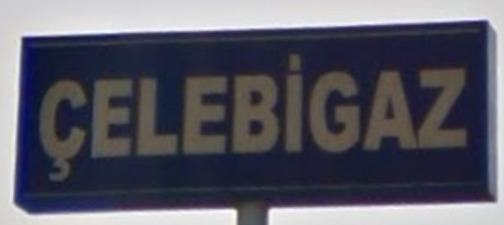
Turkish uses a Latin based script. The Letter I is the most defining letter in the Turkish Language. Its essentially a capital I with a dot over it.
Domain:
.tr
Bulgaria
- Country Flag
- Capital City
- Most Helpful
- Google Car
- Bollards
- Google Coverage
- Unique Vehicle
- Camera Generation
- Road Lines
- Road Signs
- Electricity Poles
- License Plates
- Phone Number
- Vegetation / Landscape
- Architecture
- General Look
- Subdivisions
- Language
- Domain
Country Flag:

Capital City:
Sofia
Most Helpful:
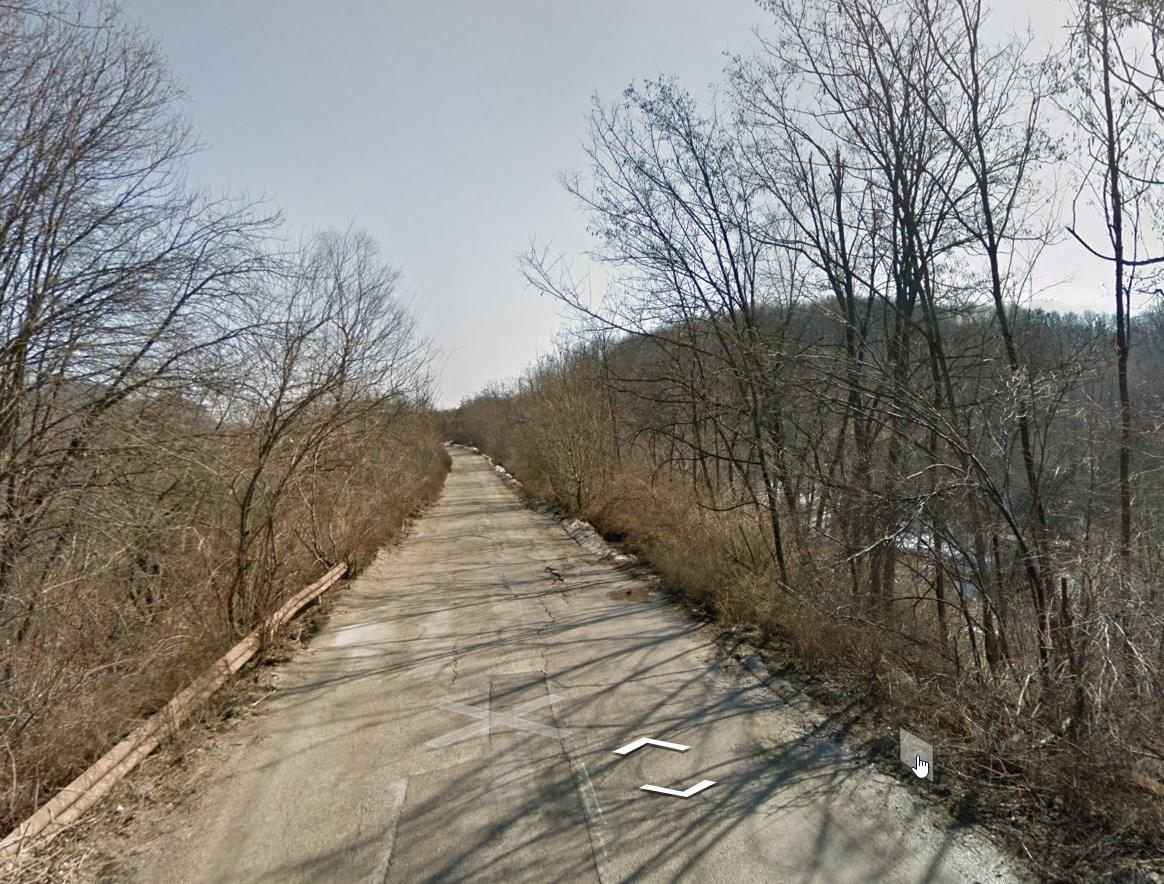
Bulgaria has a lot of winter/early spring coverage in Gen 3, where all the vegetation looks dead. It can also have gen 3 summer coverage, but less common. In Gen 4, it has spring, summer, and fall coverage.
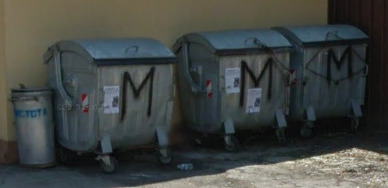
These metal dumpsters seem to be everywhere. They are similar to the Turkish ones, but these have a rounded top.
Google Car:


Like most of the rest of Eastern Europe, Bulgarian gen 4 has a blue car. An antenna can also be visible sometimes, the distribution is random.

In most of Bulgarian Gen 3 coverage, a small antenna can be seen like in the picture above.

In some parts however, you can find the tape/flag antenna. Tapes/Flags can also be found in Czechia, Slovakia, Hungary, and Romania. In Bulgaria, this flag coverage has a specific distribution.

The grey dots show gen 3 winter coverage with tape/flag visible.

While most tape/flag coverage has the short antenna, some areas have long antenna (which can be seen above).

This is the distribution for long antenna flag coverage (in red).

Another notable gen 3 antenna meta is this small tape on the tip of the antenna. It may be difficult to see. This meta is known to exist in other places, particularly commonly on the island of Crete, in Greece (and thus is usually called “Crete Antenna”).

This is the distribution for “Crete Antenna” in Bulgaria. Notably, the eastern portion near Varna is winter/early spring, while the western portion in the mountains is summer.
Bollard:
In comparison to other countries, it’s not very likely that you will see a bollard in Bulgaria.
If you do, they will most likely look like this.
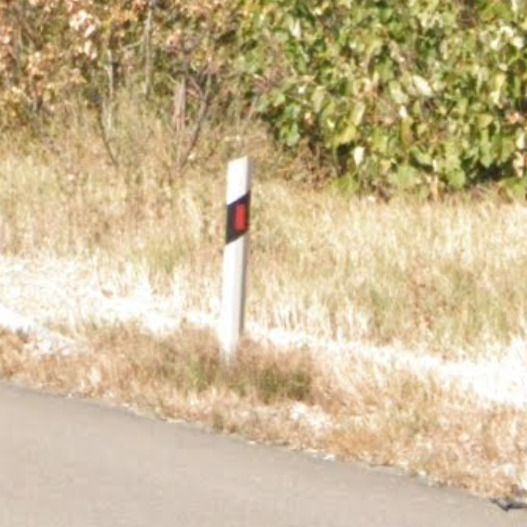
In some parts bollards are replaced with these things that look like Manhole covers.

Whereas in other parts you will only see reflectors on guardrails like this.
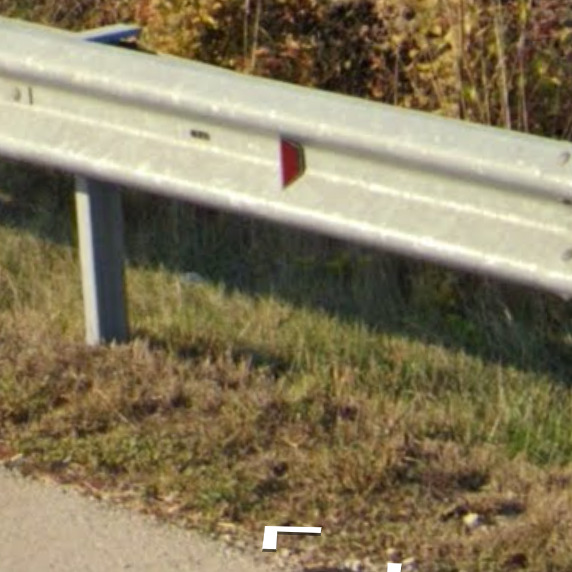
reflectors
On smaller roads however, you can find bollards like this.
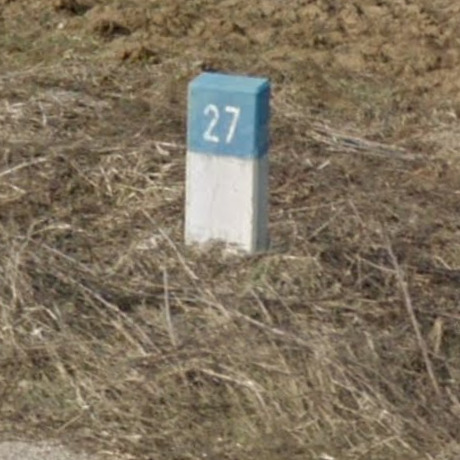
Google Coverage:
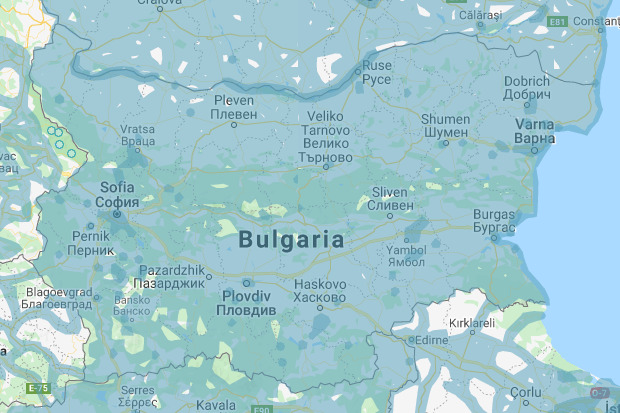
Bulgaria is pretty well covered. Gen 3 and Gen 4 exist in all provinces.
Unique Vehicle:
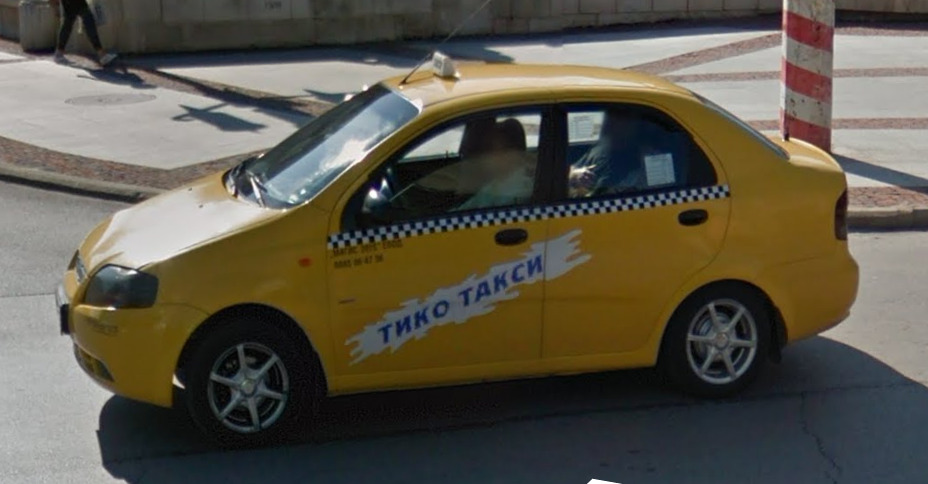
The taxis in Bulgaria all seem to be painted yellow. They also have a black and white checkered board pattern on the sides. Occasionally, there will be a company logo on the doors and hood.
Camera Generation:
Gen 3 and 4
Road Lines:
Most Bulgarian roads have just white stripes in the middle of the road.
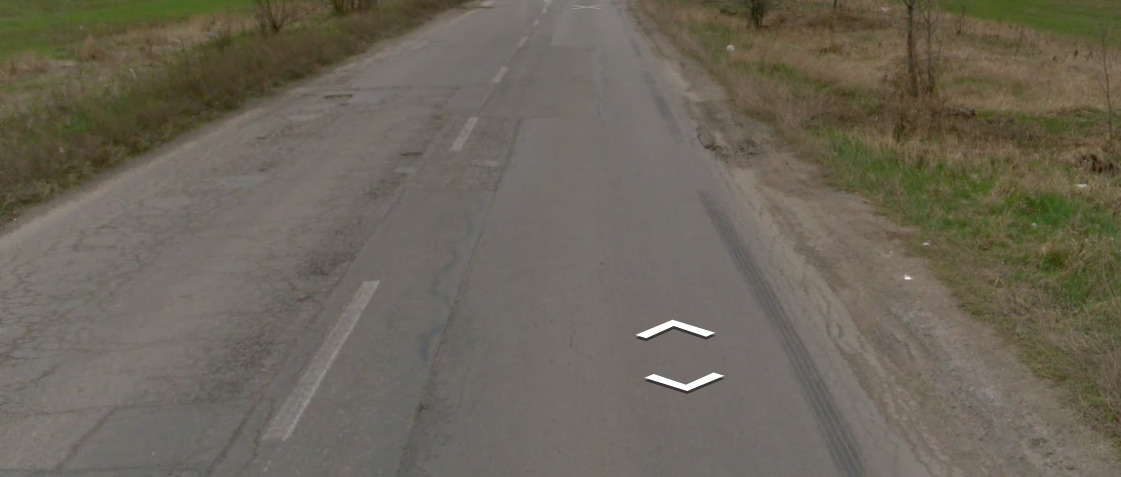
Bulgaria can have dashes on the outside of the road. Note, they are thinner than Romanian dashes.
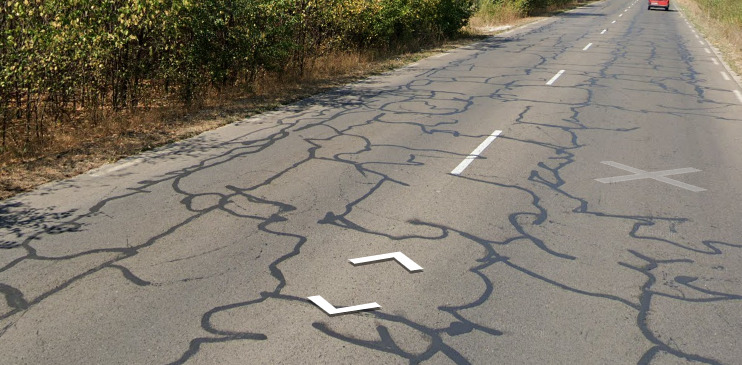
Due to the cold winters and the lack of maintenance a lot of roads have cracks and are in a poor condition.
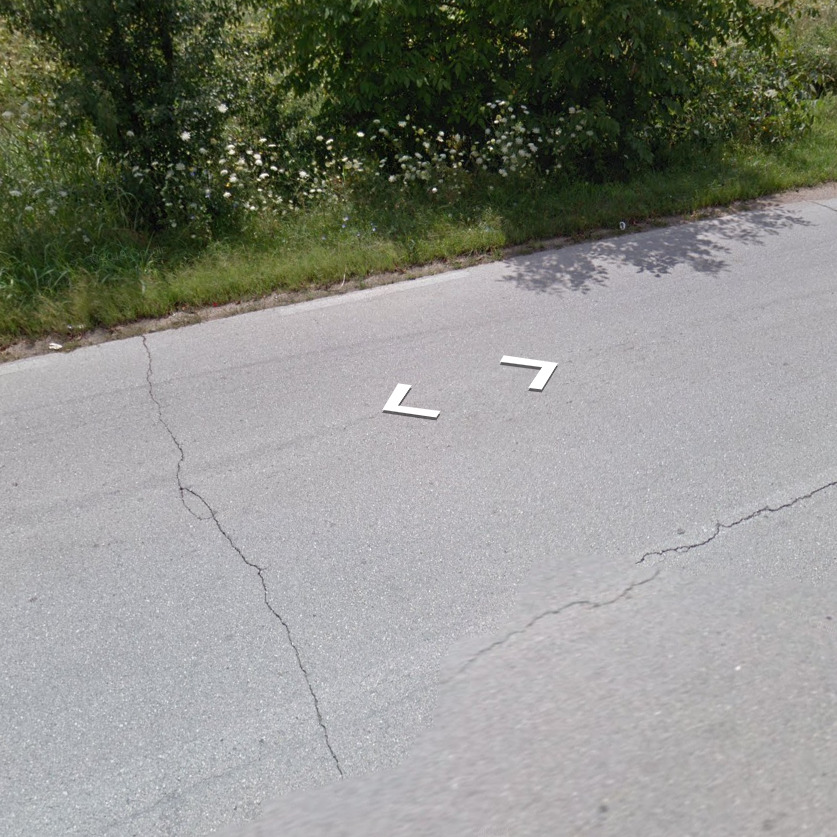
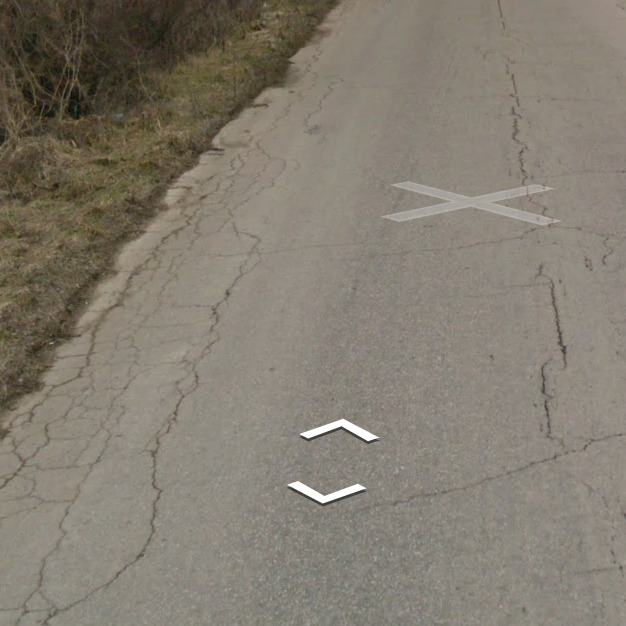
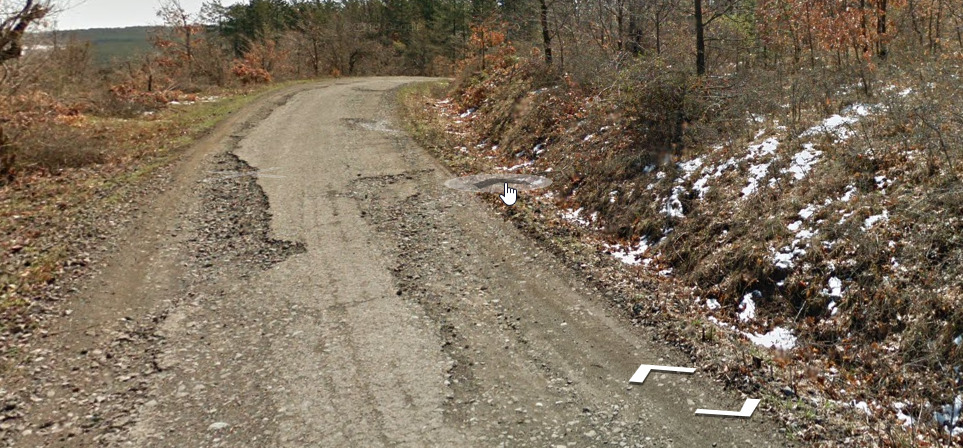
In other situations there are no road lines available at all.
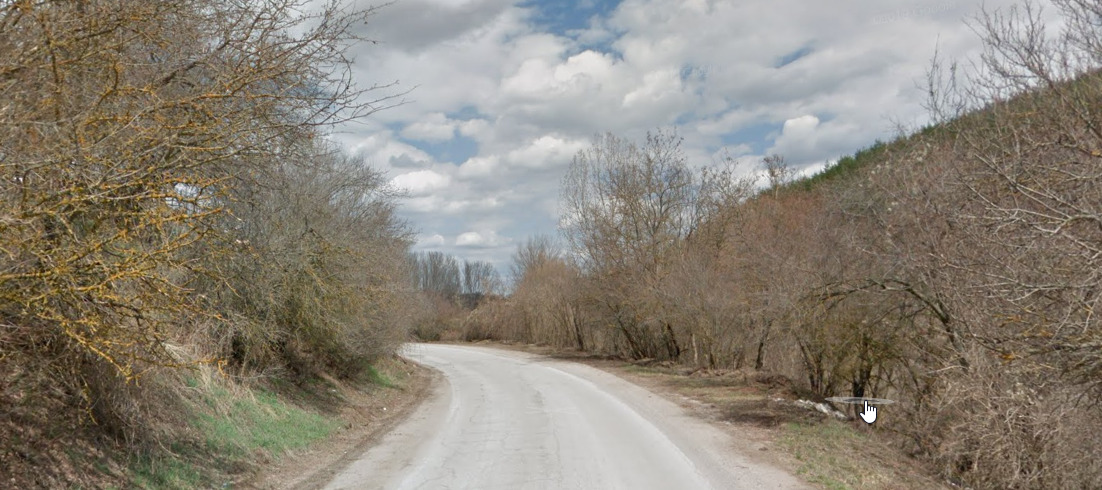
Alot of coverage in Bulgaria has been recorded during the winter.
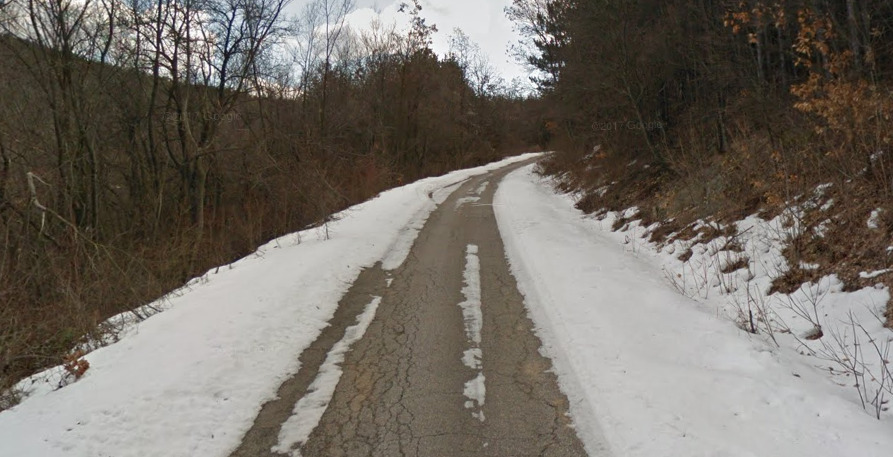
Road Signs:
In Bulgaria they write in Cyrillic, however most road signs have the cities or street names mentioned in Latin as well.
Note that on highways the signs are in green, whereas along smaller roads they are in blue.
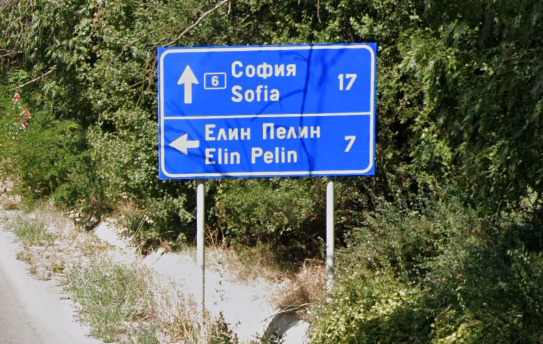
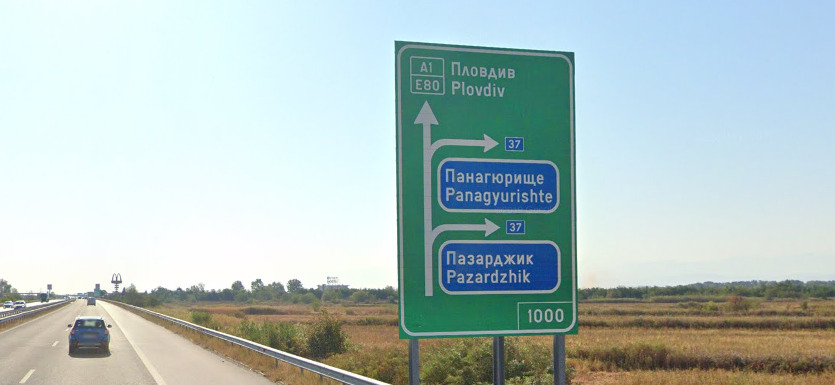
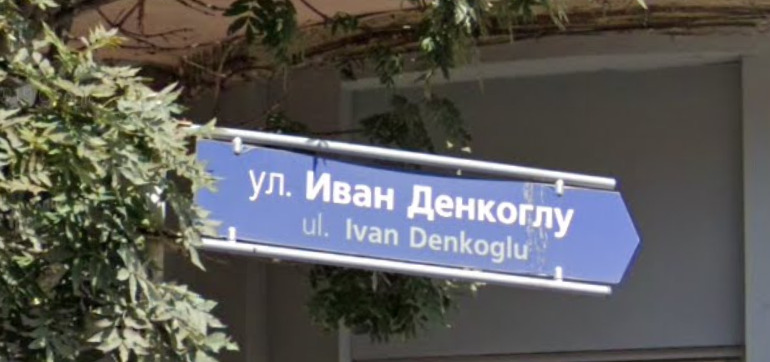
This is however not the case alongside smaller roads.
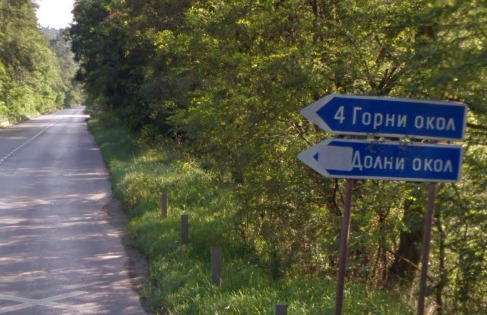

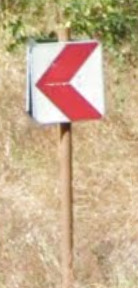

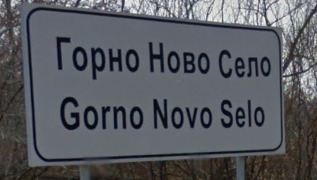
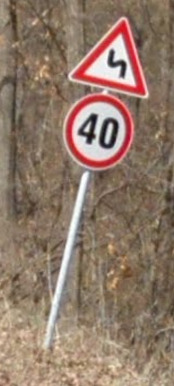
Electricity poles:
Within Bulgaria you can find a wide range of electricity poles. The most common have hook shaped insulators, similar to Latvian poles.
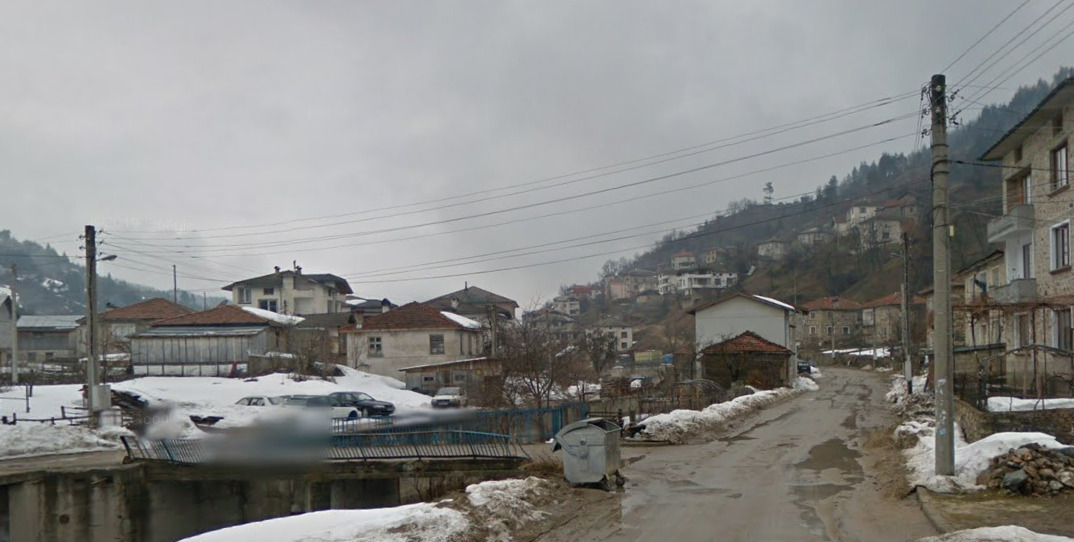
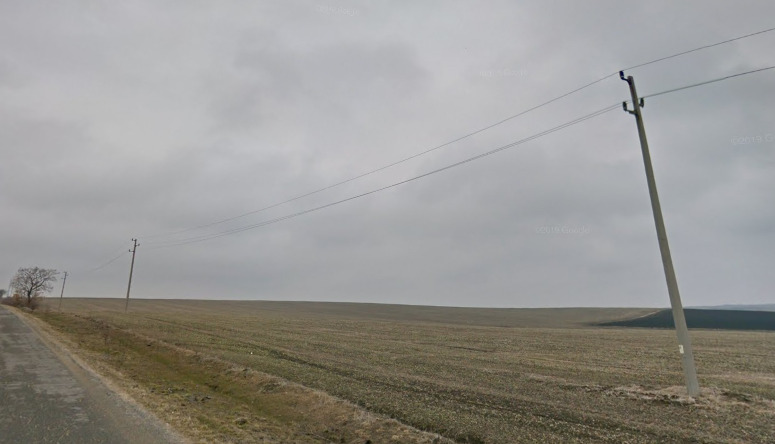
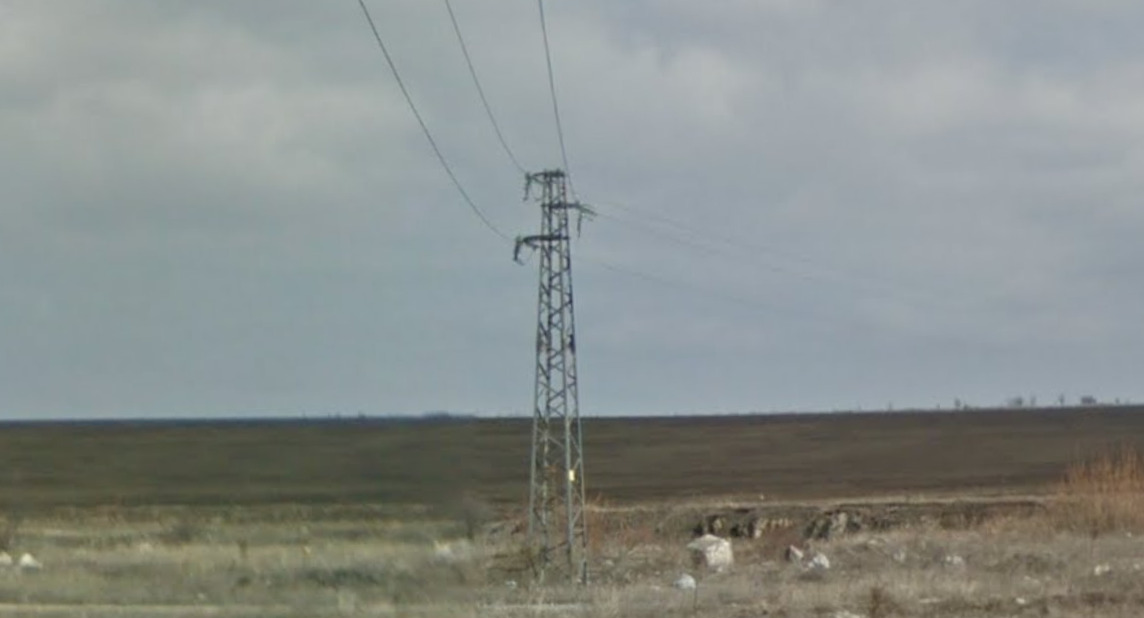
License plates:

If you are lucky enough to find an unblurred plate, the first few letters will tell you which region the vehicle is from.
Cars do travel, so finding a code may not be 100% accurate.

Phone number:
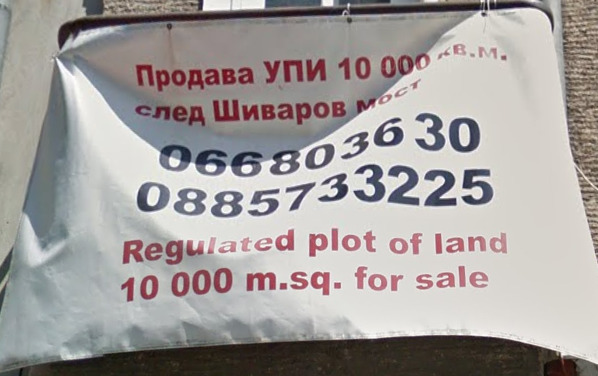
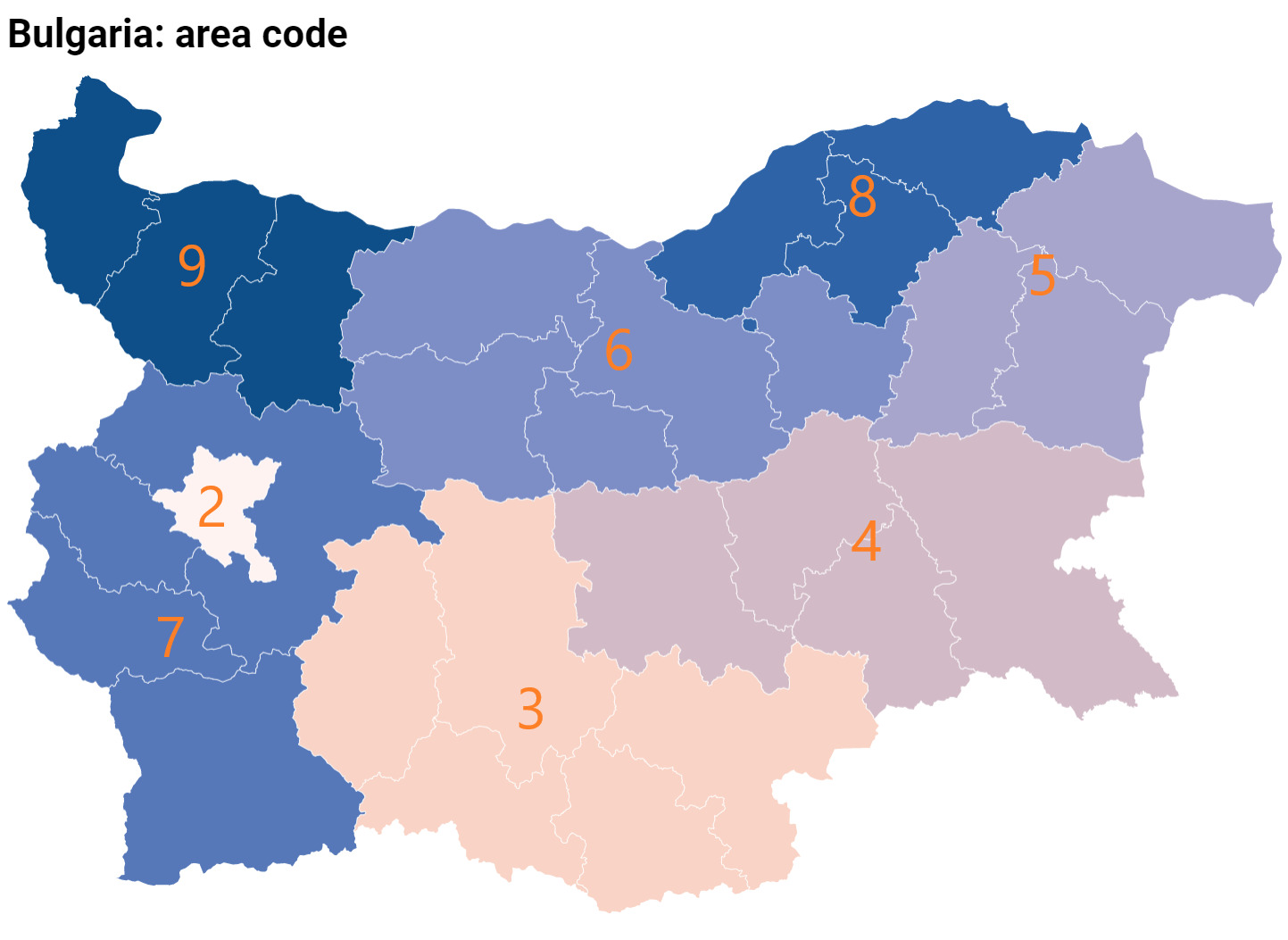
This map may not be 100% accurate, but will give you a general guide and general regions that these numbers are found in.
Phone numbers in Bulgaria all start with a local area code, which all start with a 0. 087, 088 and 089 are mobile numbers.
This way, when you come across a phone number, you can narrow down your search area drastically.
Vegetation/Landscape:
Considering its relatively small size, Bulgaria has a great variety of topographical features.
Bulgaria features notable diversity with the landscape ranging as follows.
Snow-capped peaks in Rila, Pirin and the Balkan Mountains
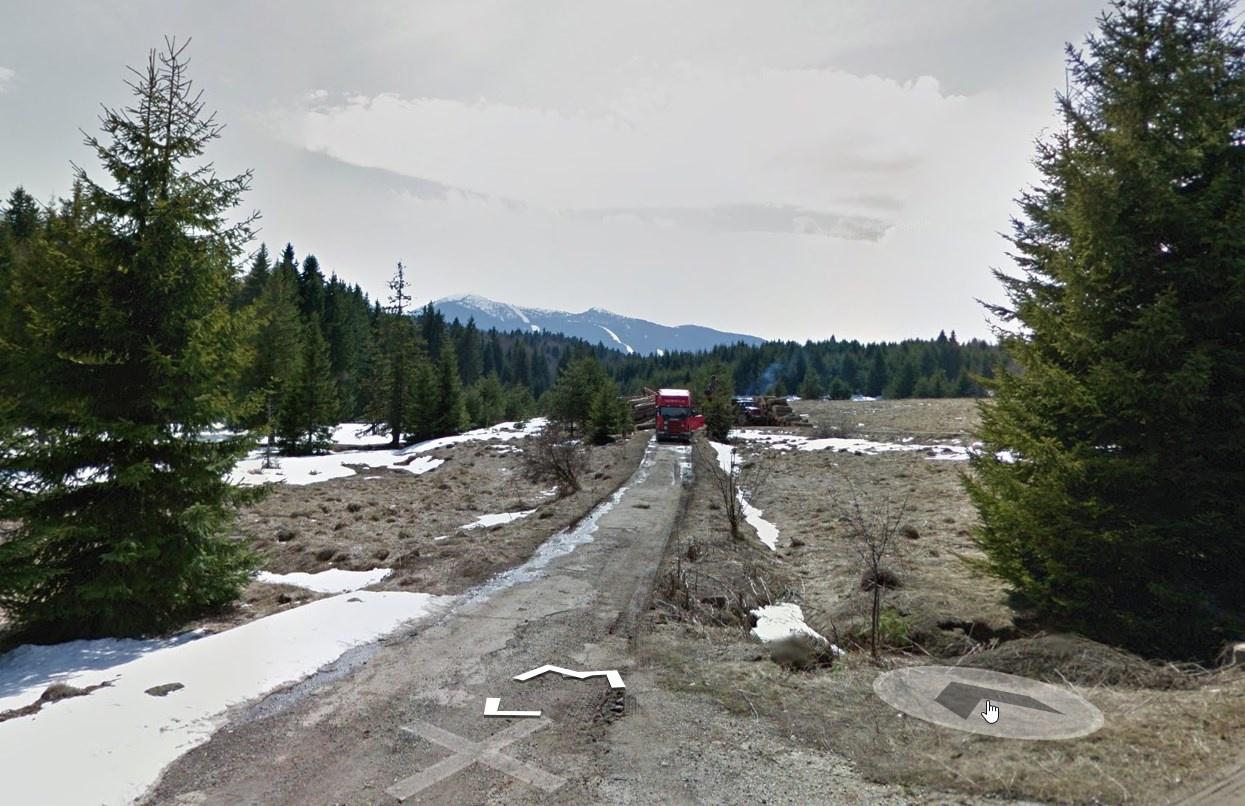
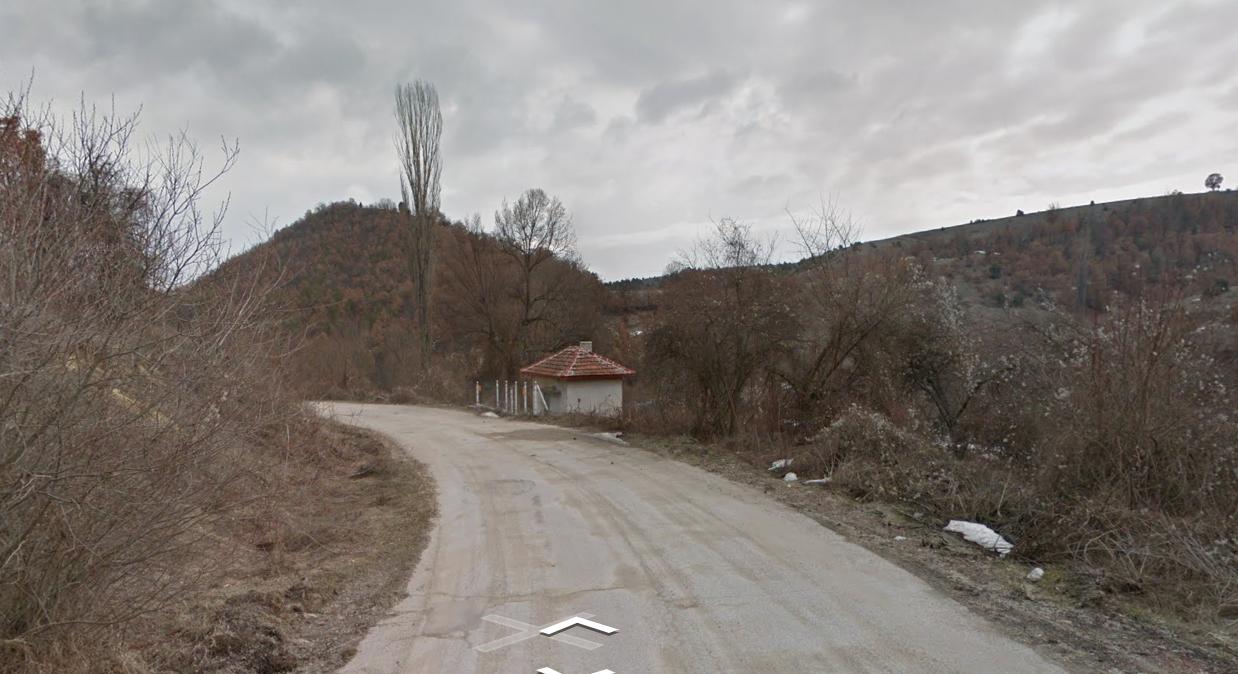
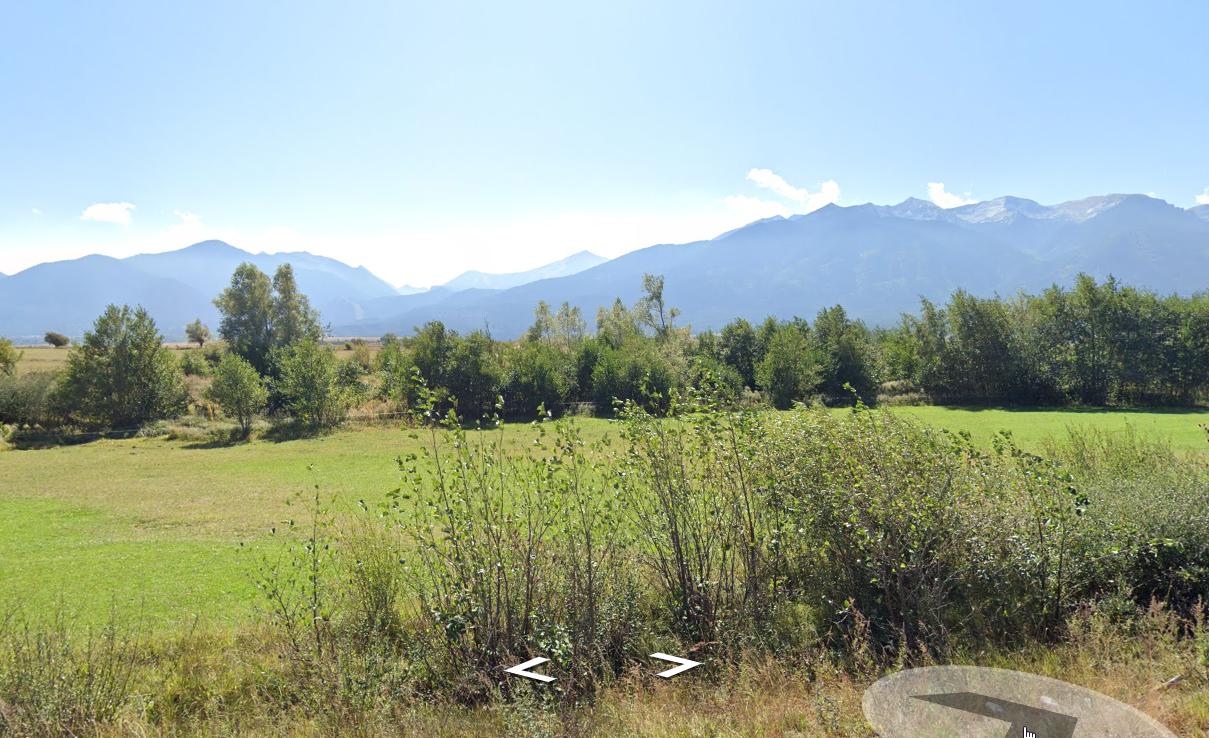
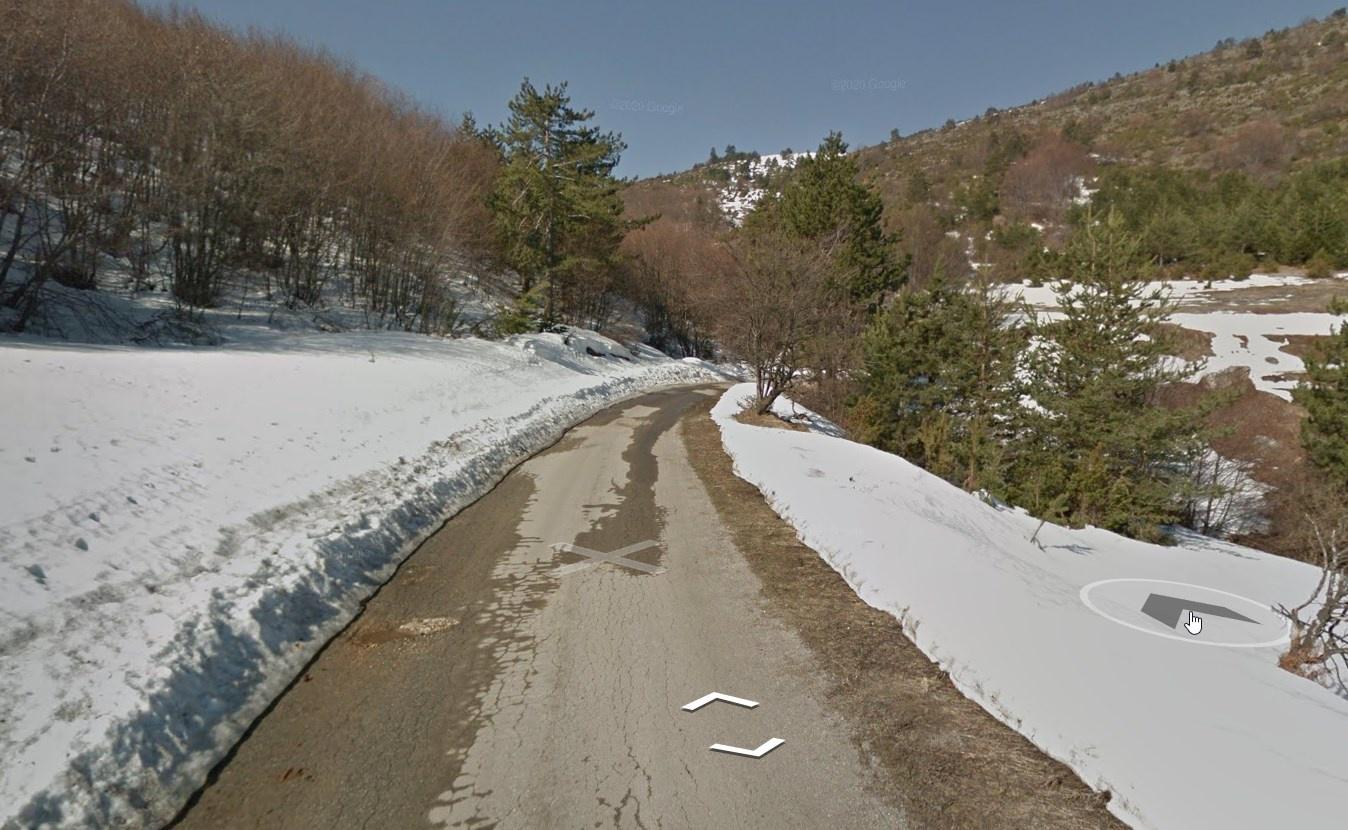
The mild and sunny Black Sea coast
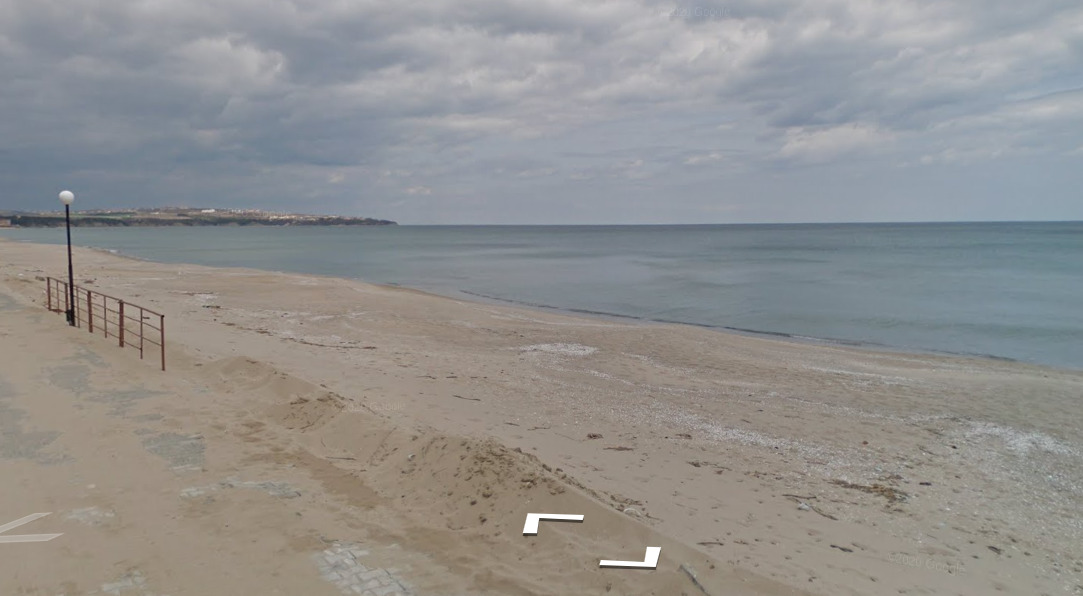
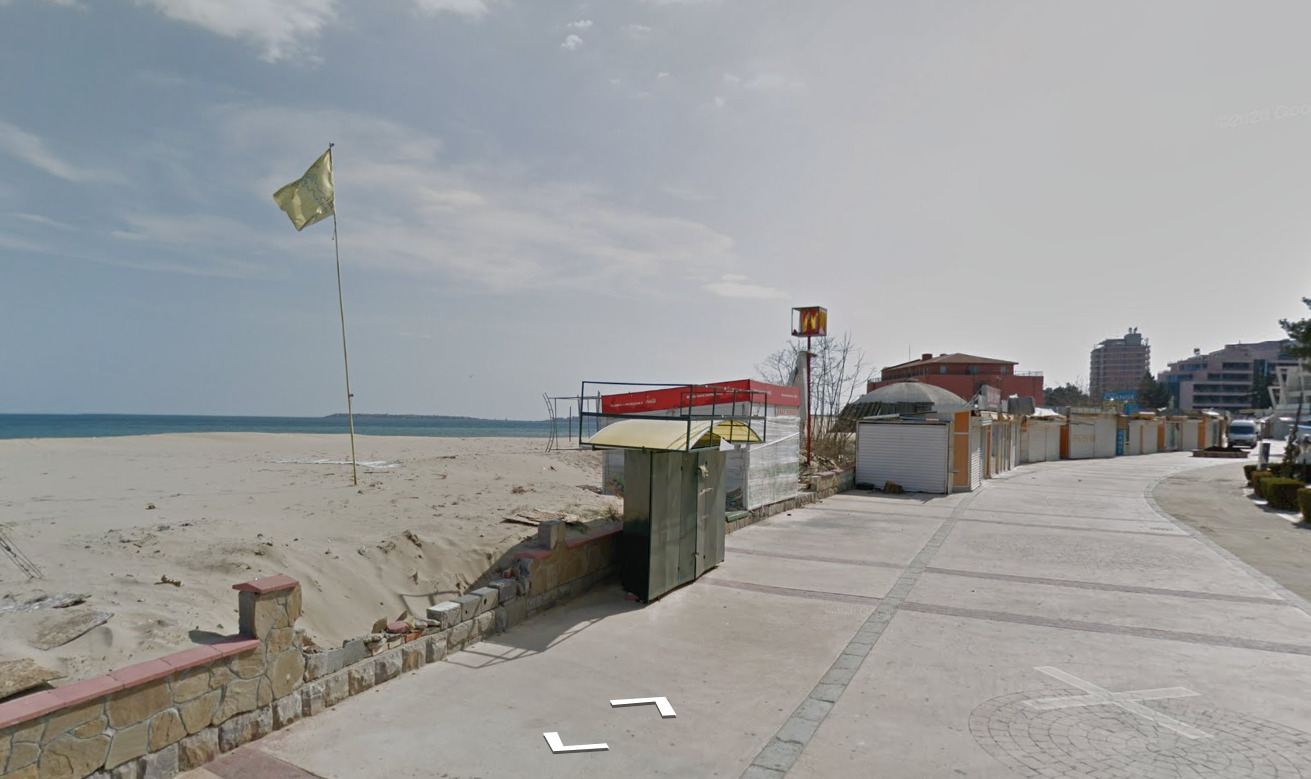
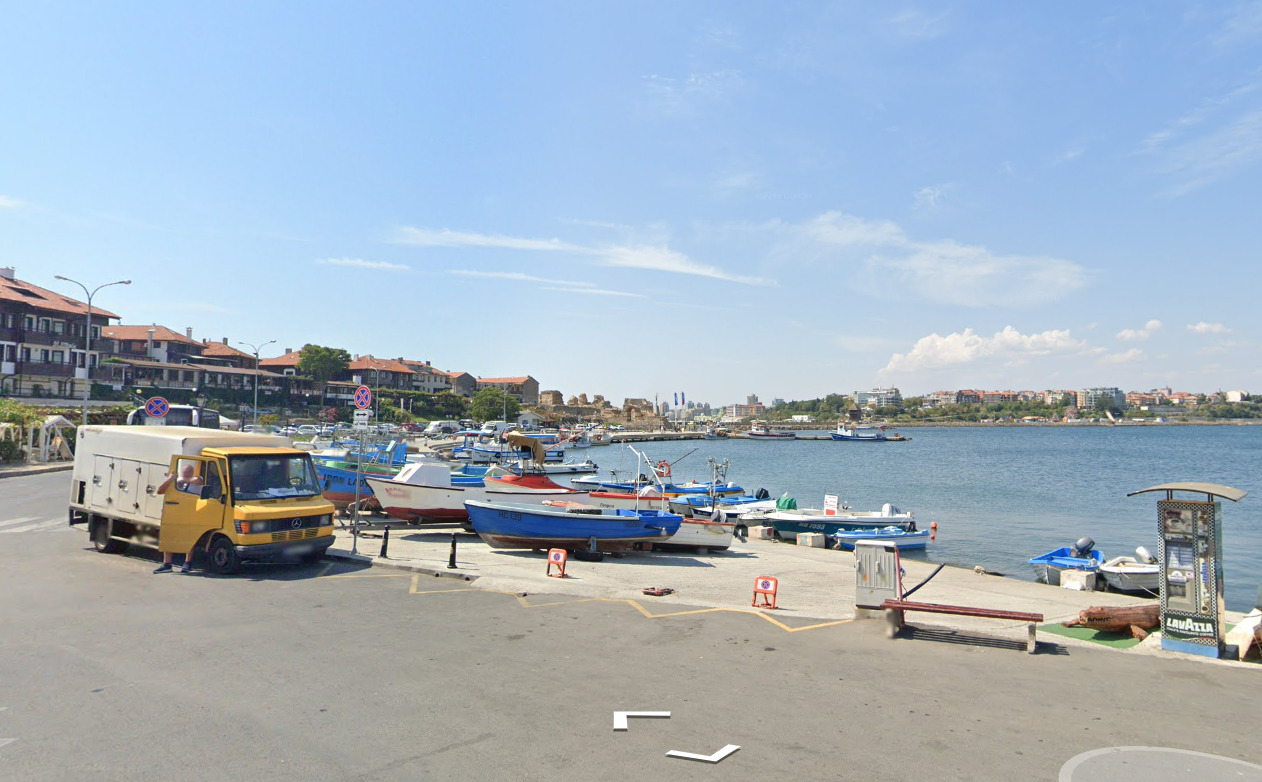
The continental Danubian Plain in the north

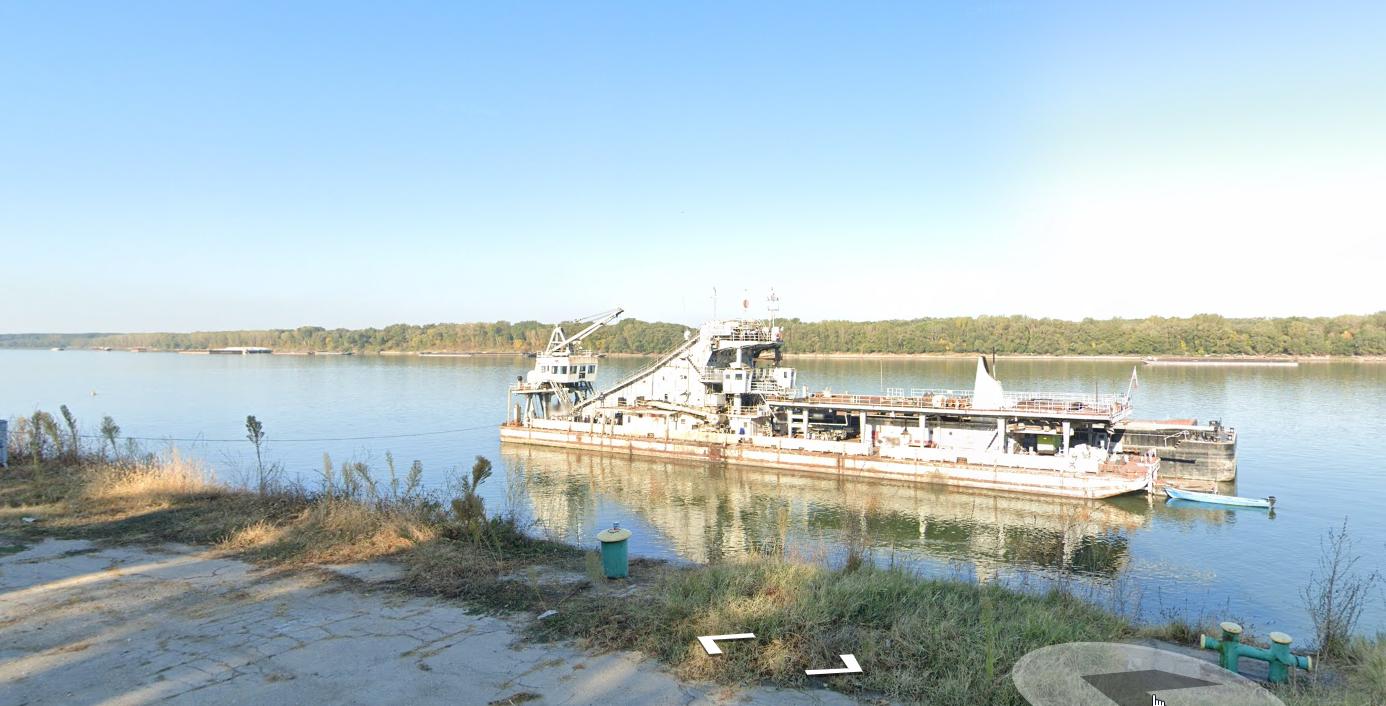
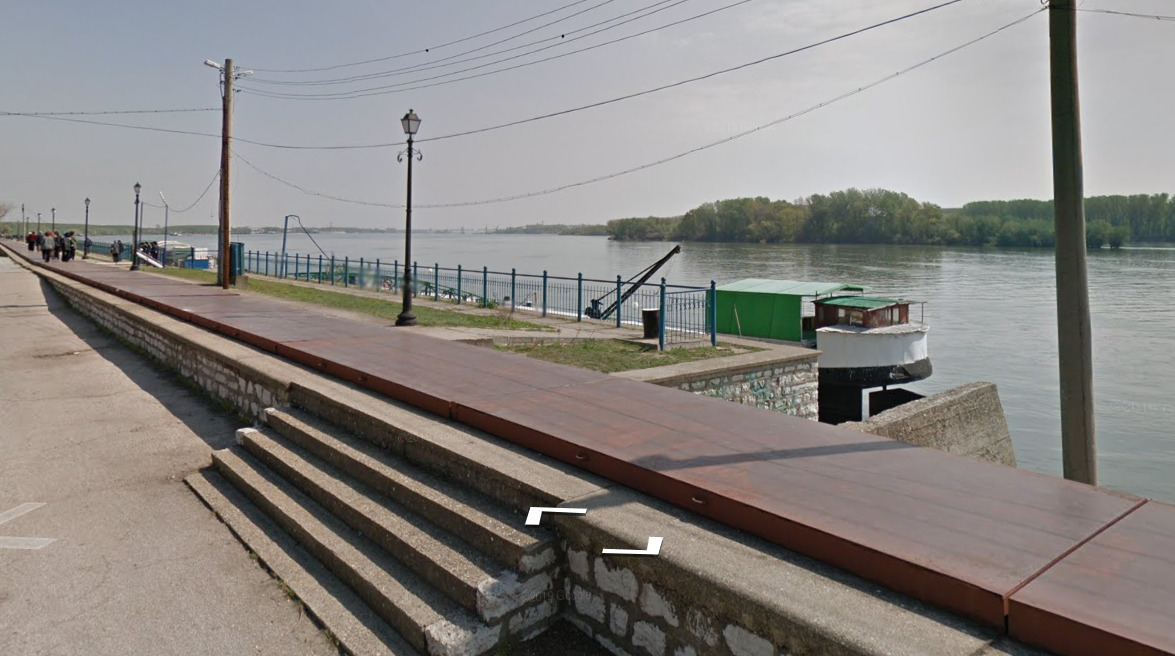
The strong Mediterranean climatic influence in the Macedonian Valleys
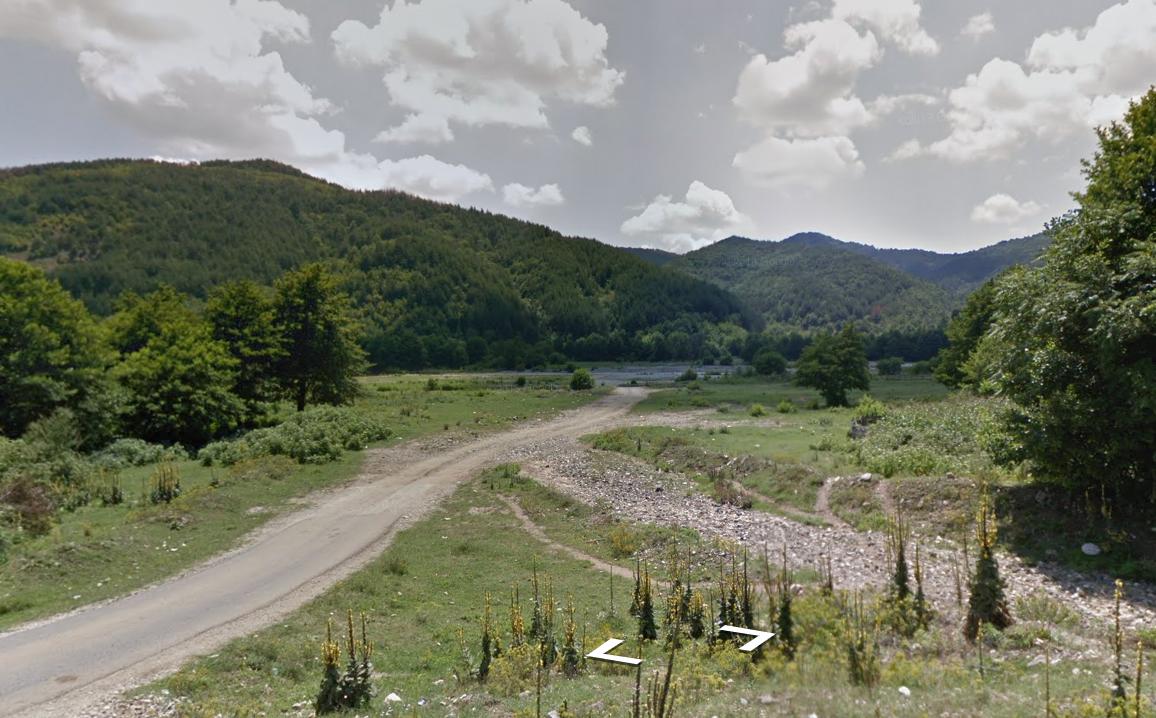
The lowlands in the southernmost of Thrace
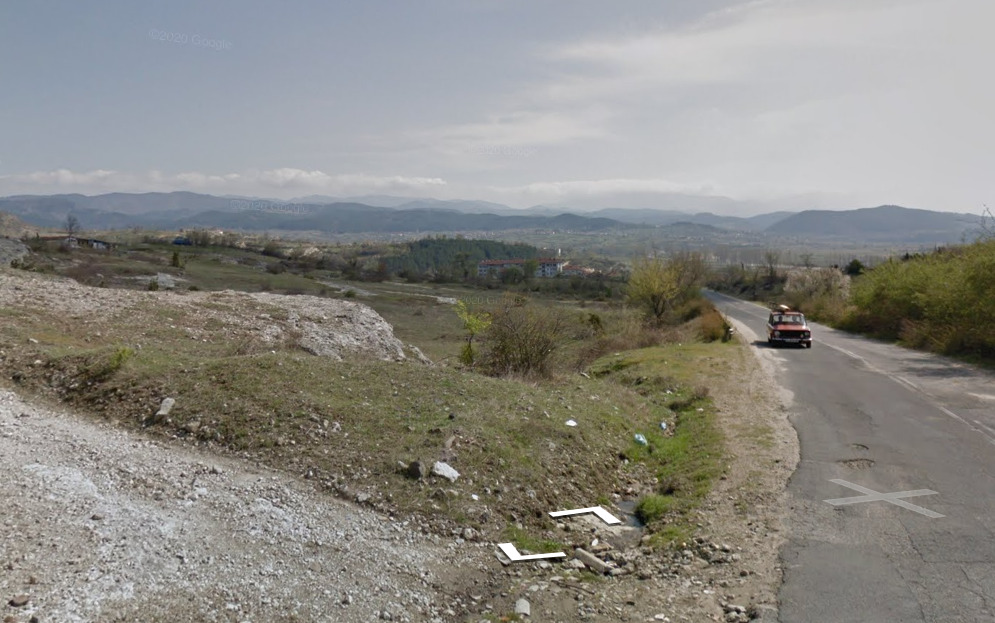
The lowest parts of the Upper Thracian Plain, along the Maritsa River
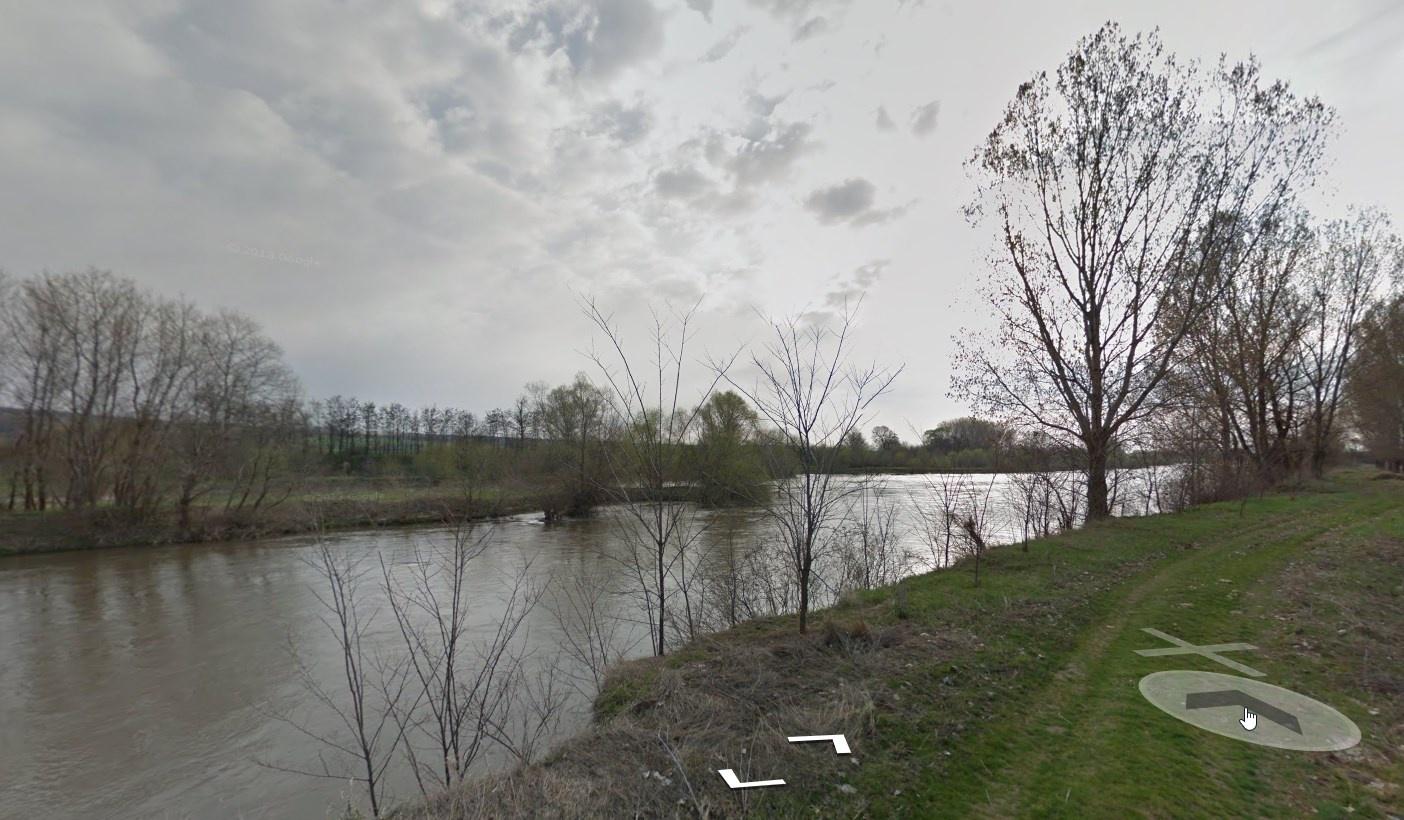
The Southern Bulgarian Black Sea Coast.
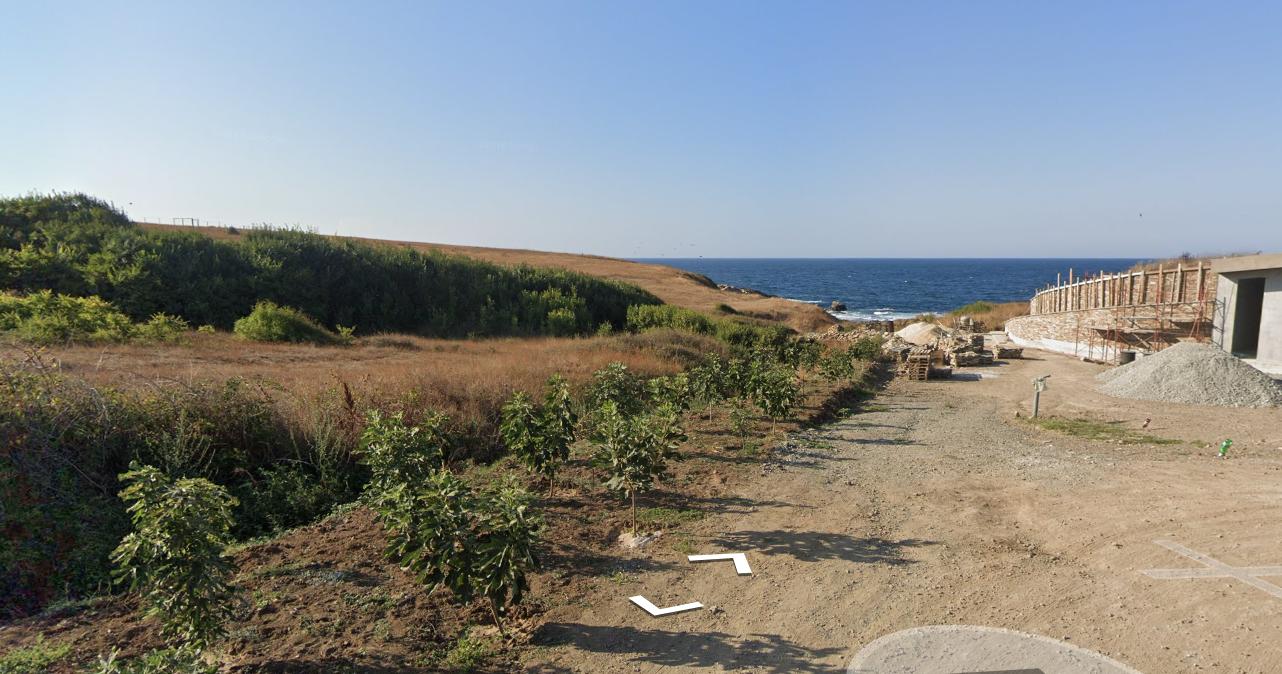
Bulgaria has substantial land in agriculture and forest

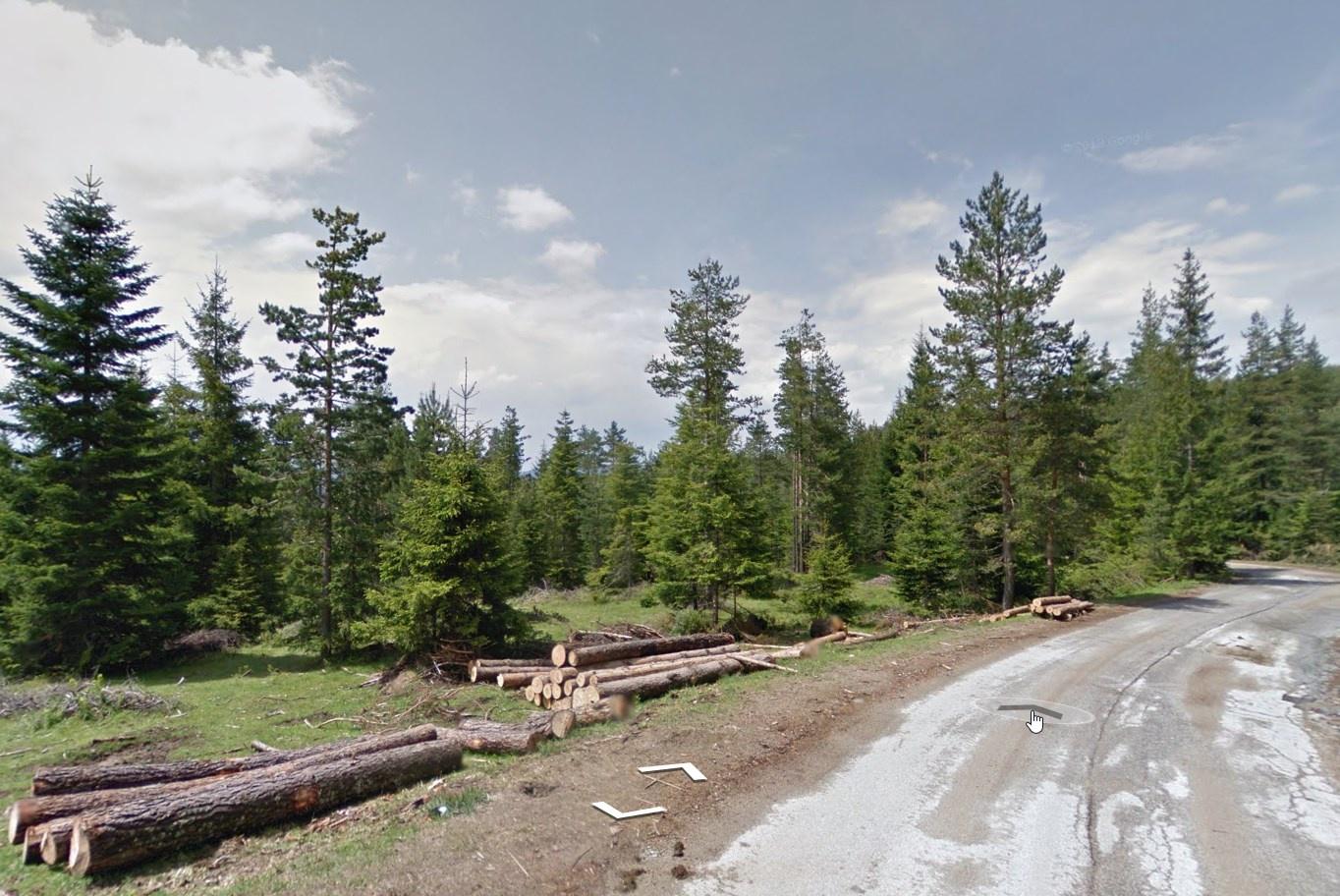
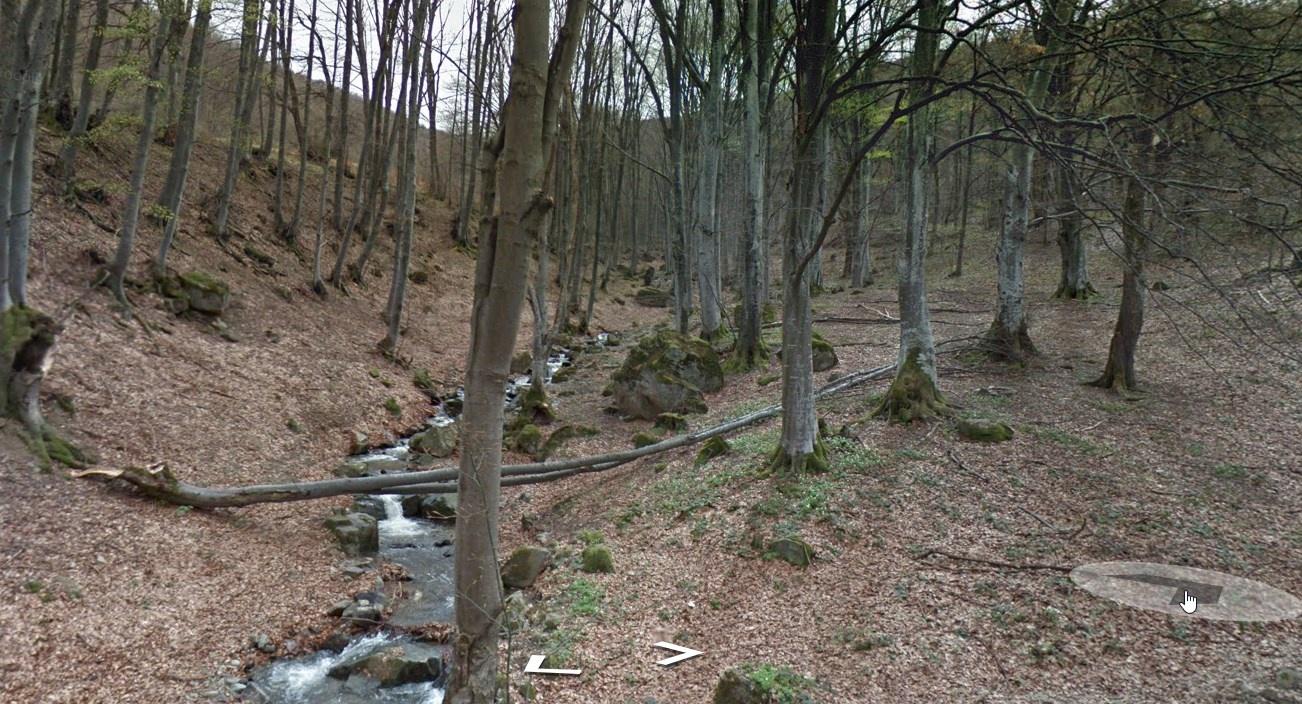
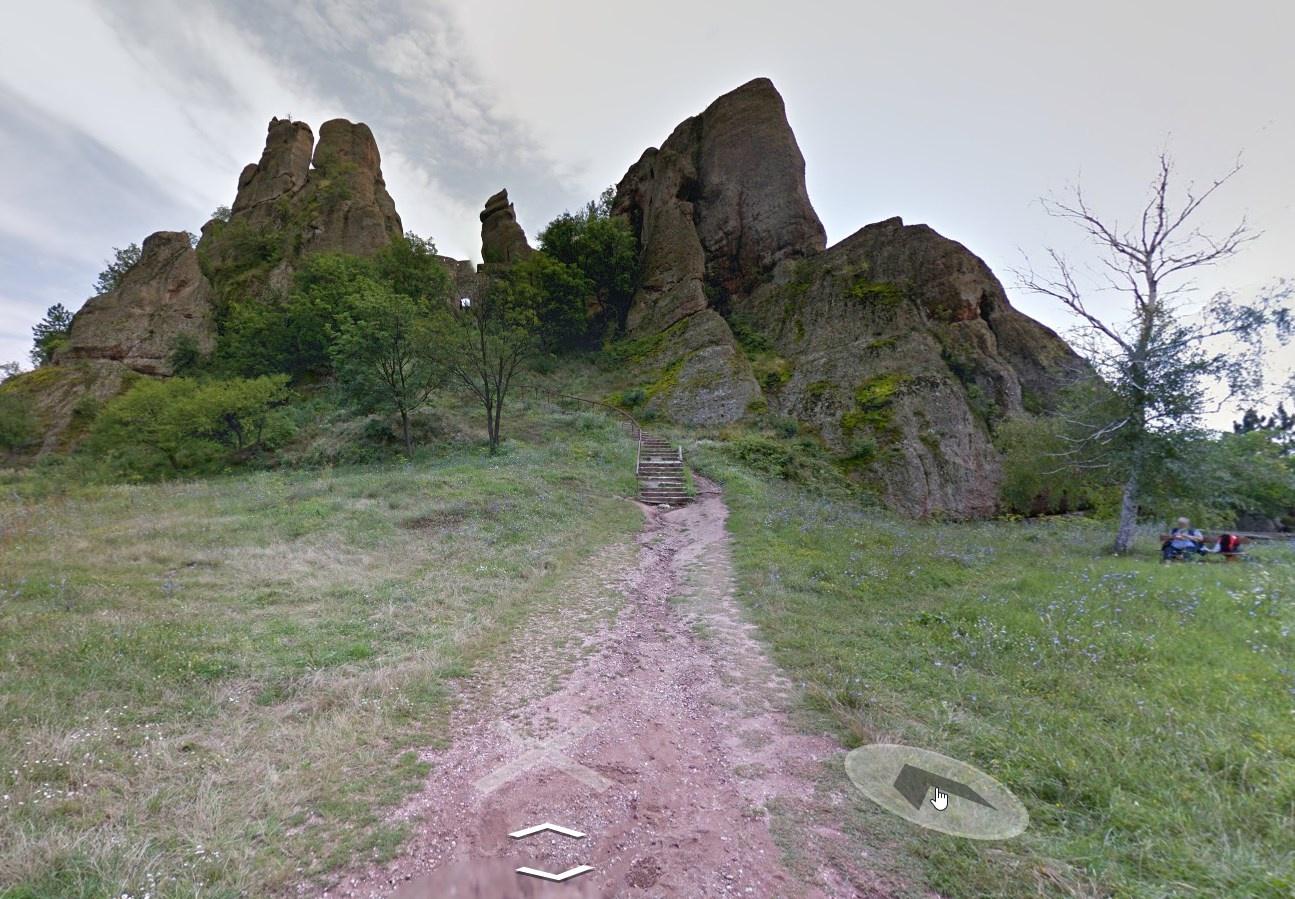
Architecture:
Bulgaria is full with old Soviet/Communism style buildings.
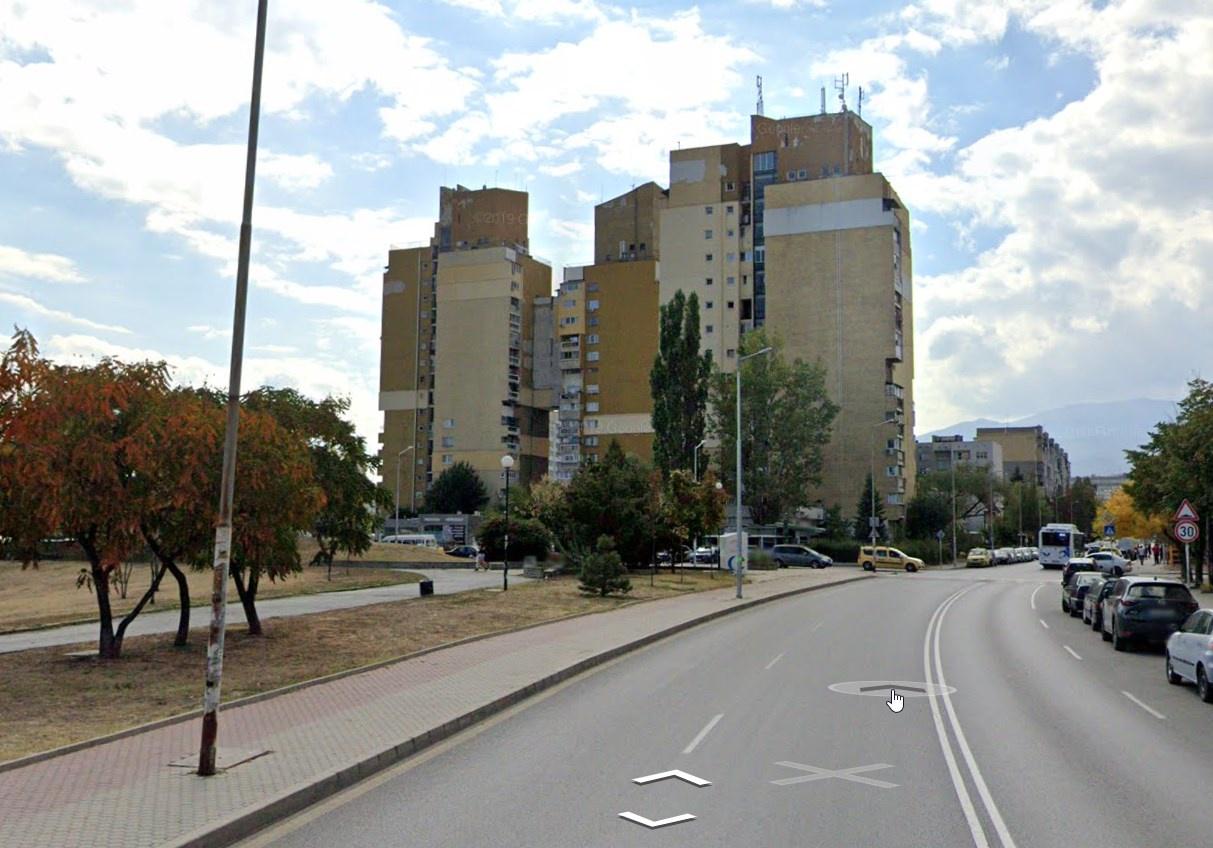

Also, within Sofia you can find some modern, or refurbished flats.
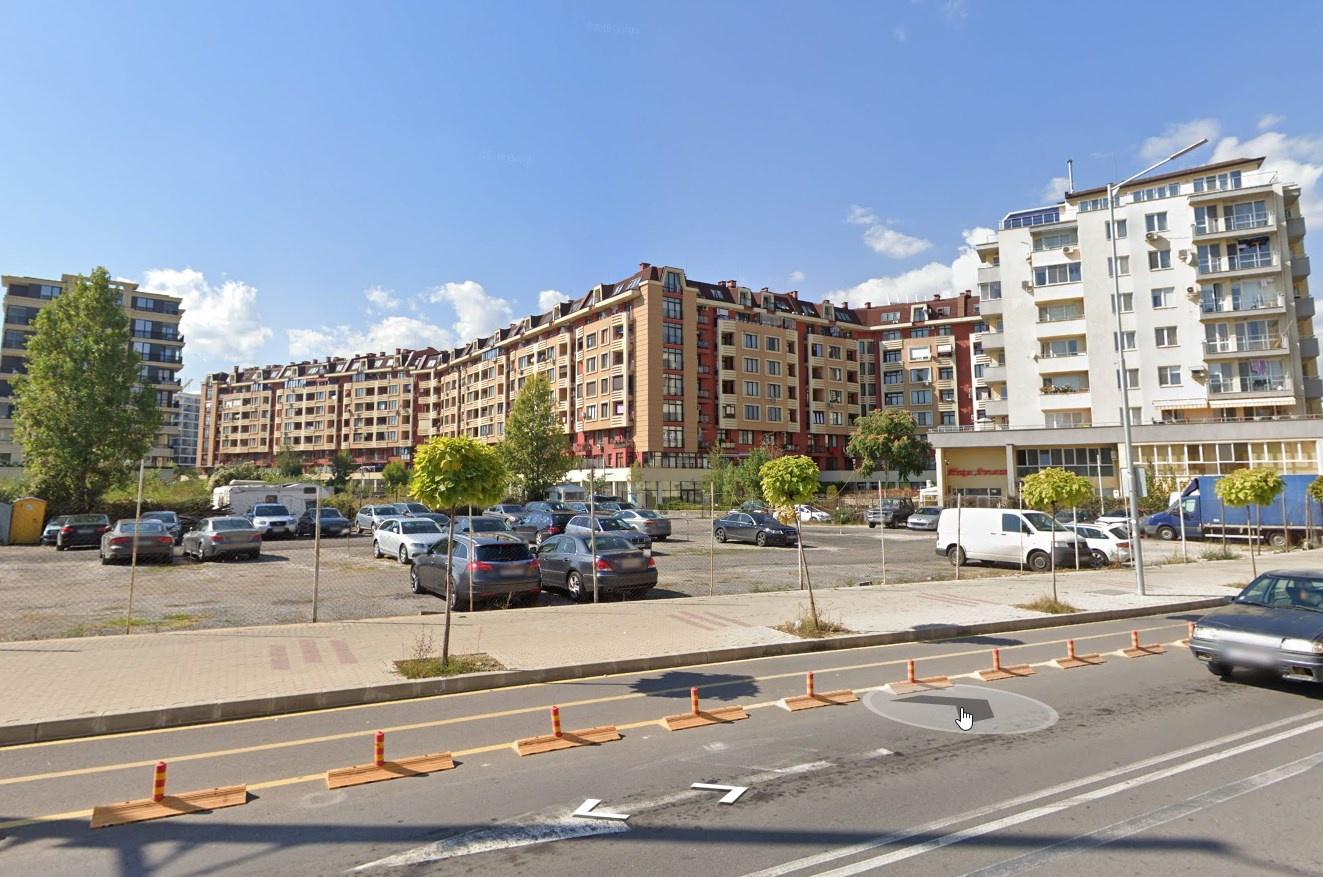
Before:
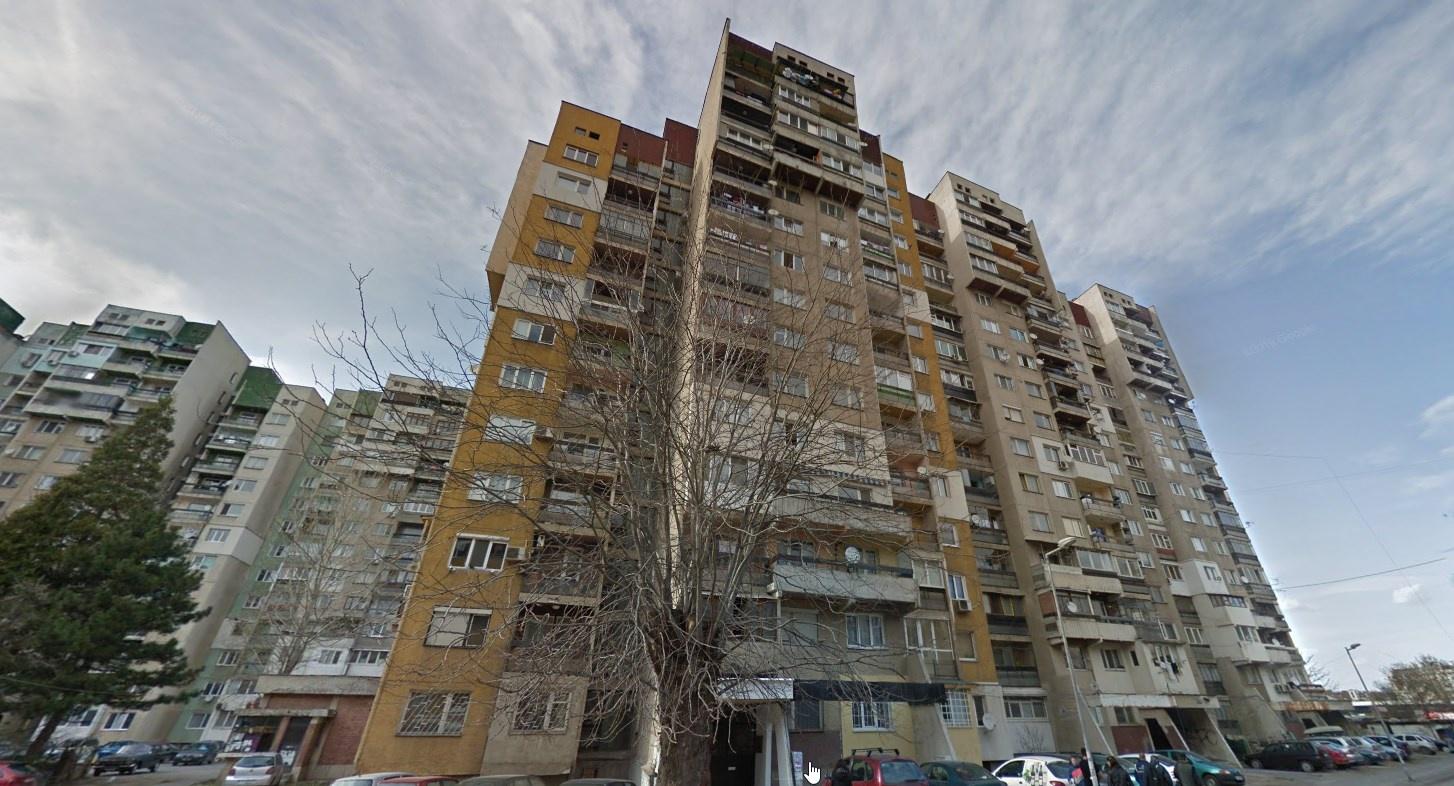
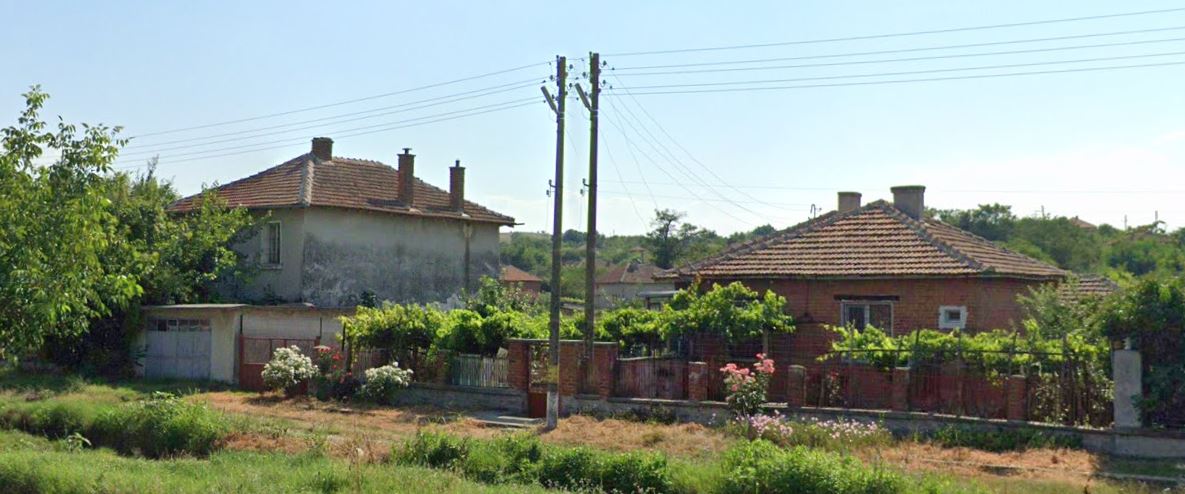
In rural areas, almost every house has a red tiled roof. Walls are made either of plain red brick or a grey/brown colored stone.
General look:
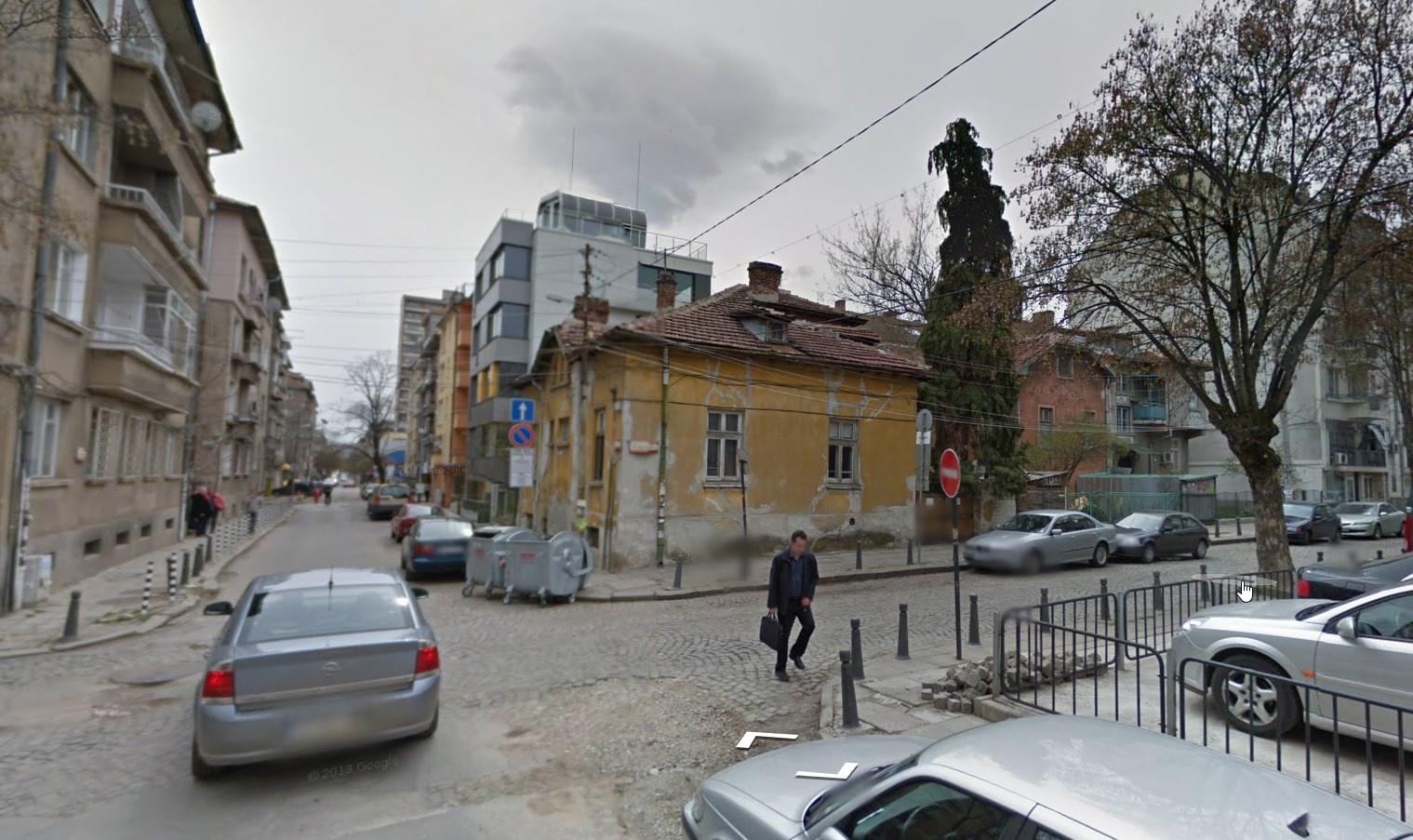
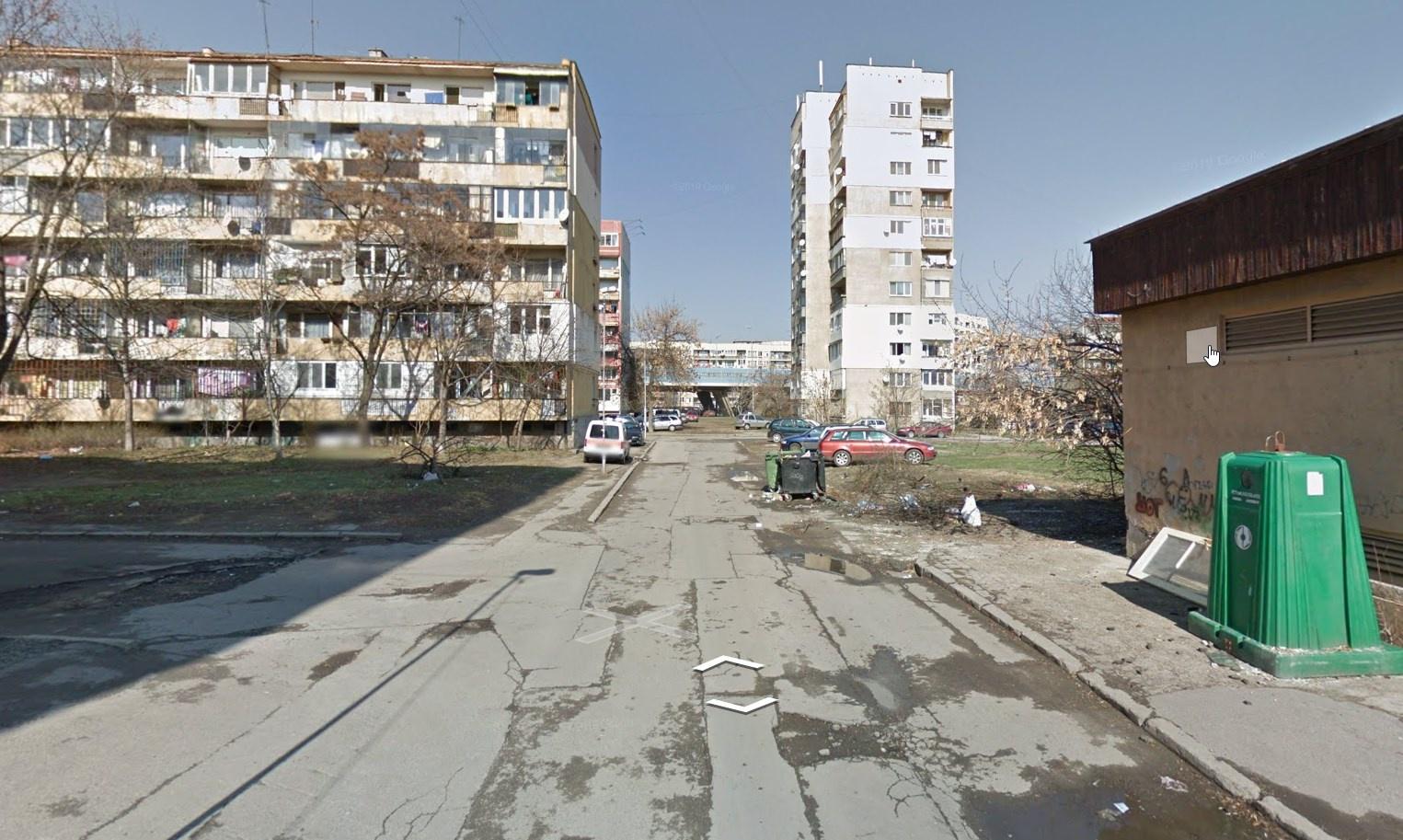
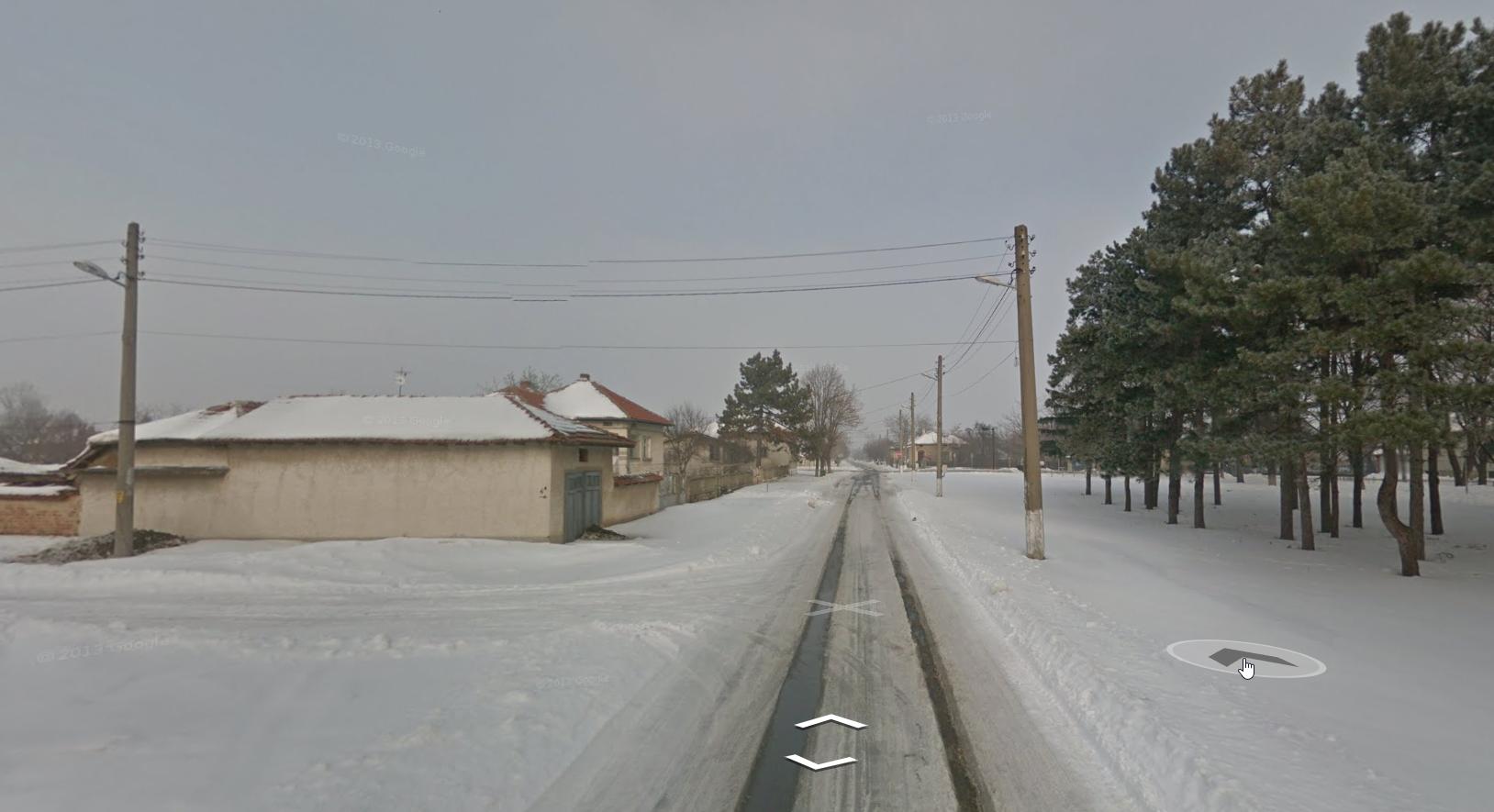
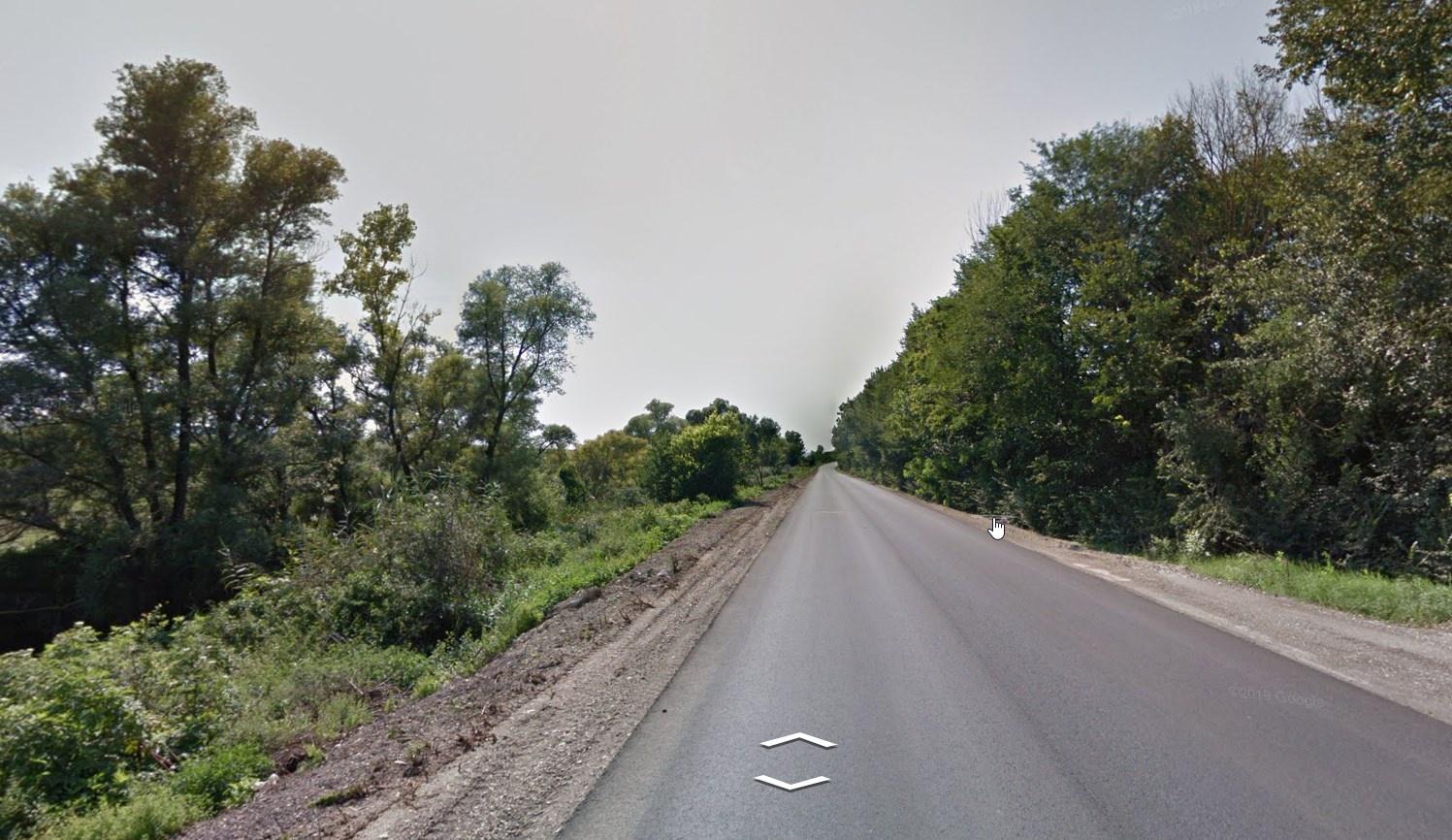


Subdivisions:
Bulgaria currently has 28 provinces (oblasts).
Here is a map that shows parts of the flags of each of the oblasts.
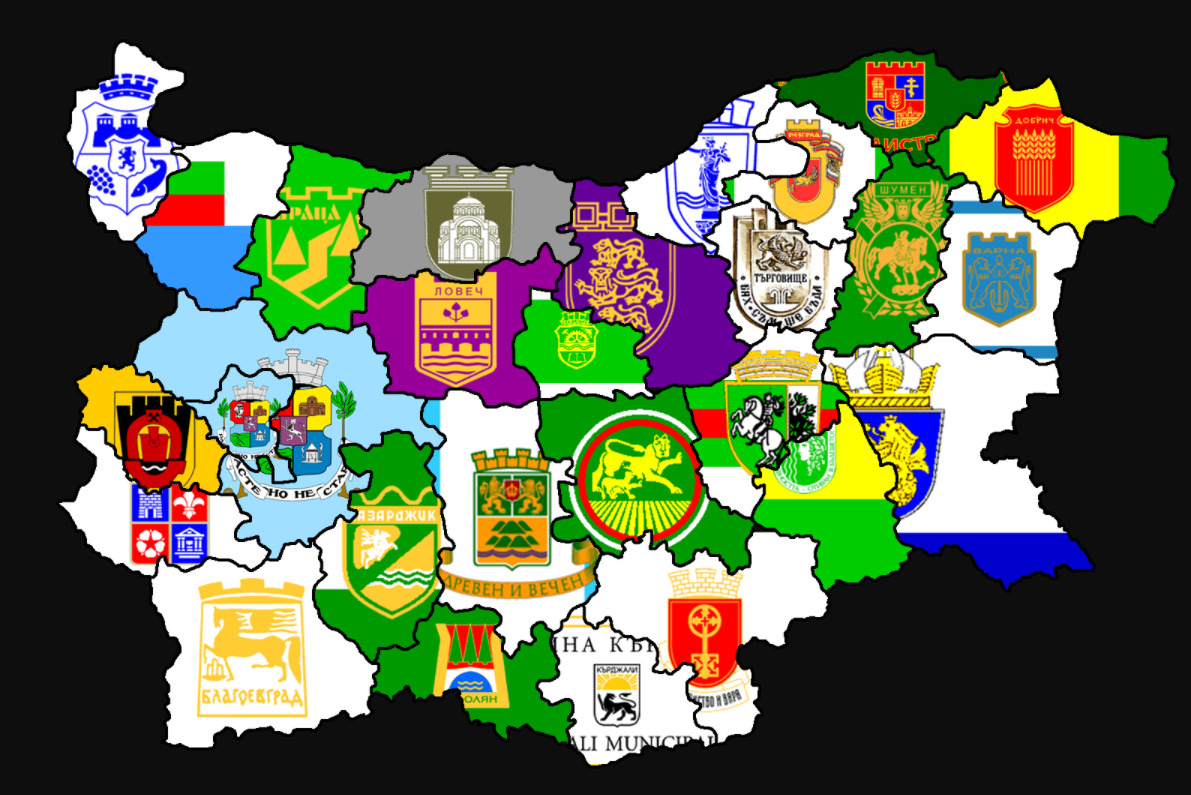
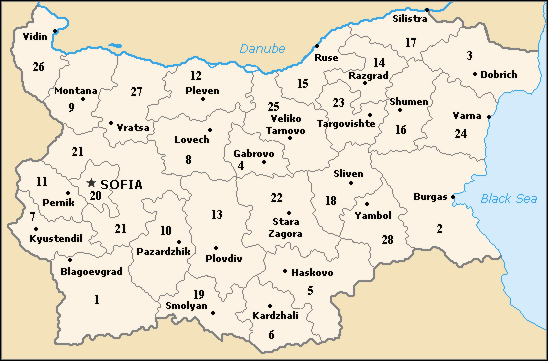
Alphabet/script:
The Bulgarian alphabet, a version of Cyrillic, is used to write the Bulgarian language.
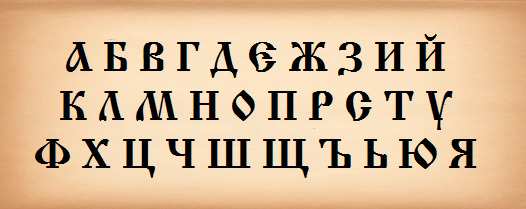
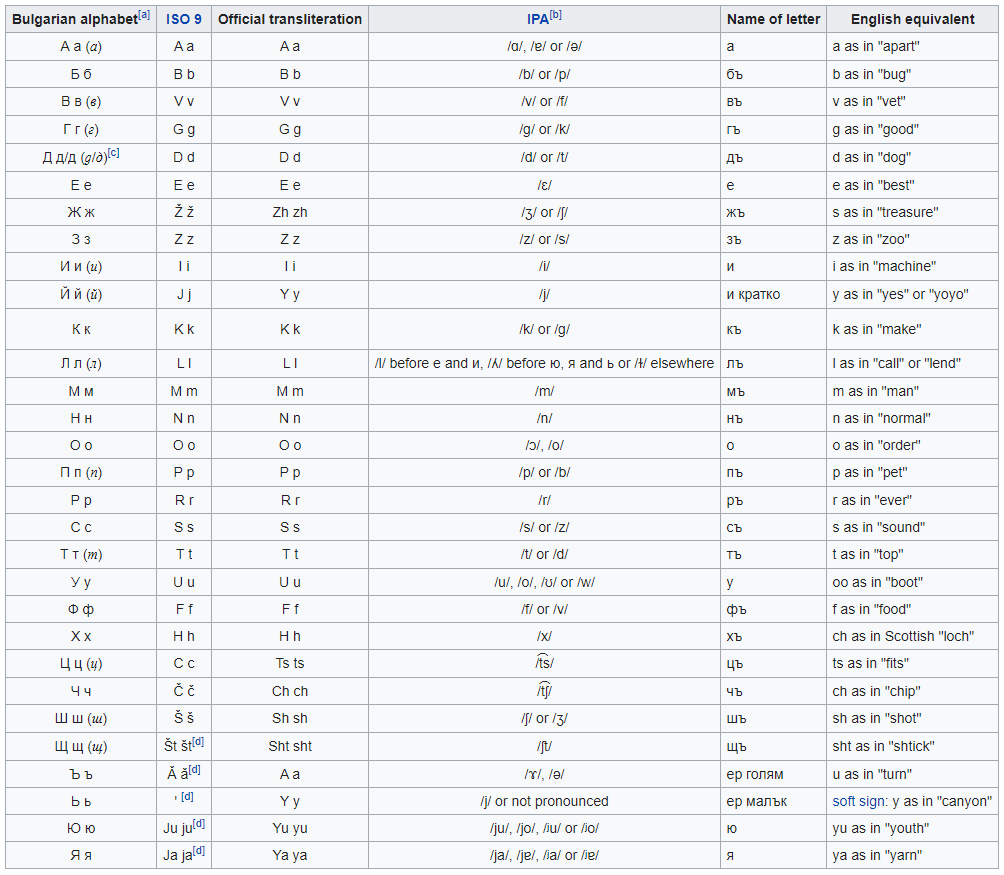
Domain:
.bg
Belgium
- Country Flag
- Capital City
- Most Helpful
- Google Car
- Bollards
- Camera Generation
- Road Lines
- Road Signs
- Electricity Poles
- License Plates
- Phone Number
- Architecture
- General Look
- Language
- Odd Situation
- Domain
Country Flag:

Capital City:
Brussels
Most Helpful:

You can usually see the red lettering, even through the blur.
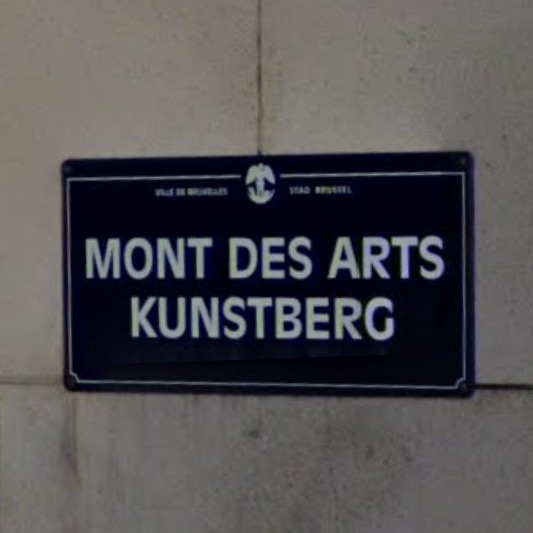
Most Street signs will have the town/city listed on it somewhere. Find a large enough one and you can pinpoint easily.
Google car:
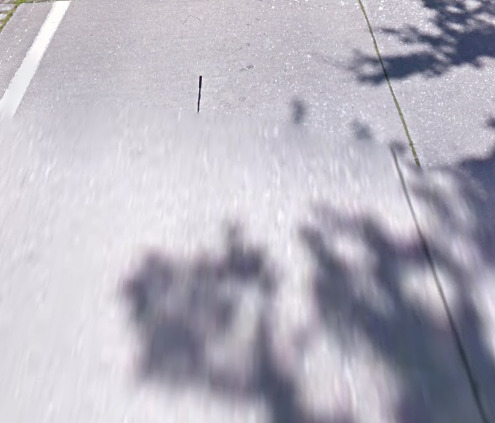
Most of the Belgian coverage shows a car with a small antenna.
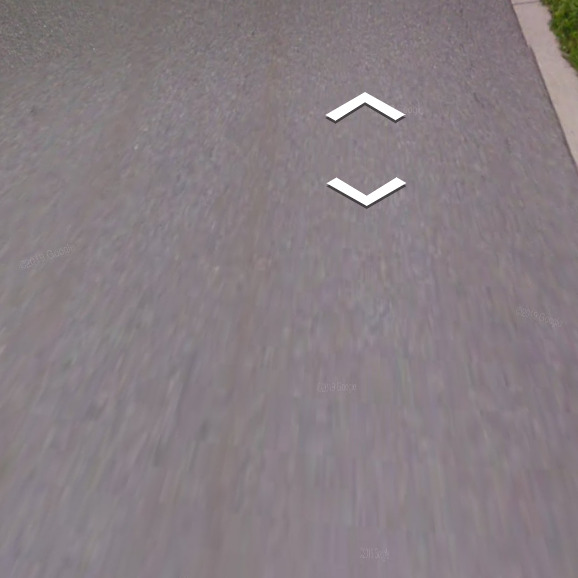
However in some parts the antenna is not visible, meaning nothing is seen.
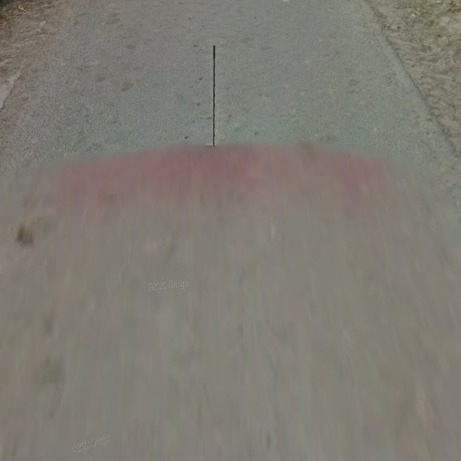
In the southern parts the car with the red front has been spotted.

The one with the blue front has been spotted in the western part.
Please bear in mind that the different colors may appear somewhere else as well.
Bollard:
Belgium has a variety of bollards to pay attention to.
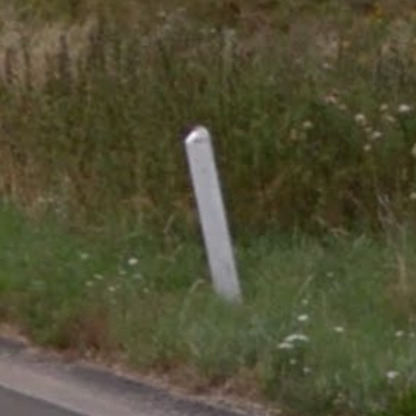
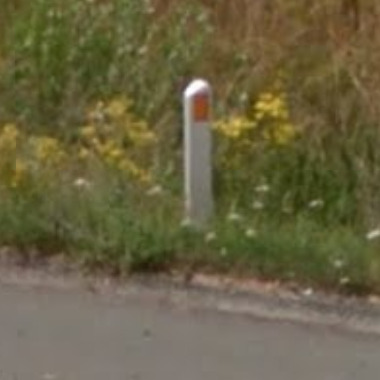
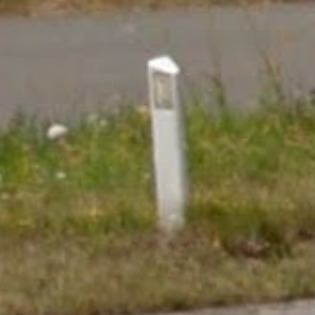
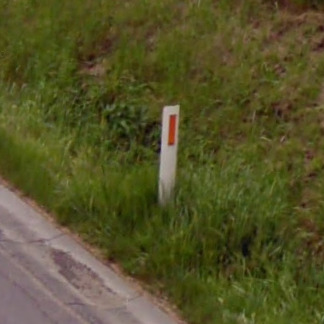
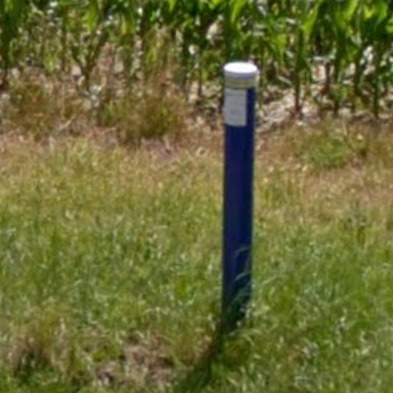
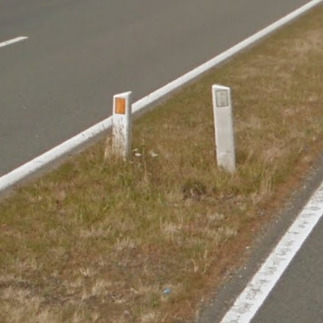
There’s completely white bollards, white bollards with yellow, white and red reflectors, as well as blue and white bollards.
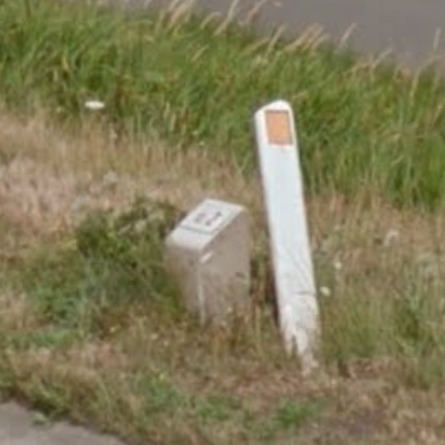
Sometimes you can see a bollard made of rock next to one of the white ones with yellow reflectors.
Other times you may see the white bollards with yellow and white reflectors standing next to each other.
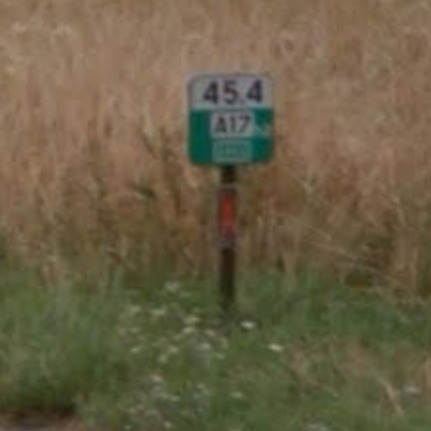
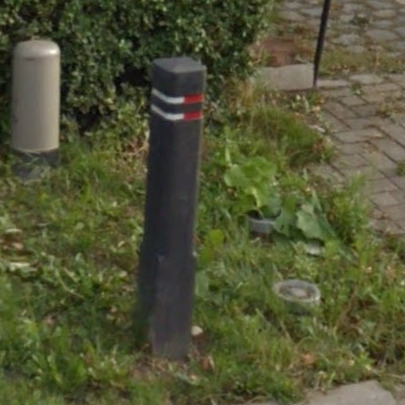
There’s also hectometer signs and wooden city bollards that you might want to pay attention to.
Camera Generation:
Gen 2, 3 and 4
Road Lines:
Most roads in Belgium either have a single white striped line, or no road lines at all.
Sometimes they go together with cycling paths.
You can also come across so called multi-dot lines.


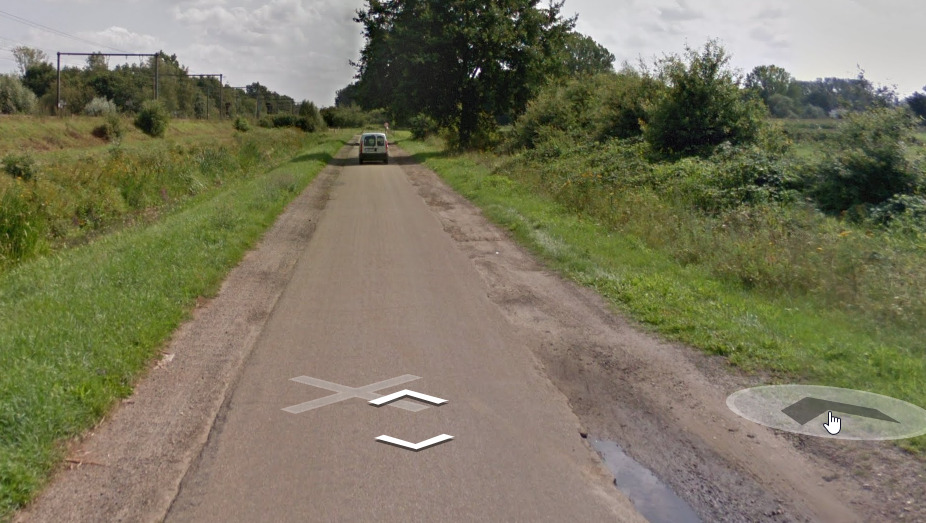

The Multidot Line is not only designed as a marking, but also has the function of draining rainwater in a quick way.
This form of road marking consists of small but regular dots of thermoplastic with paint-free zones between them.
Road Signs:
Directions to other cities in Belgium are on blue signs.
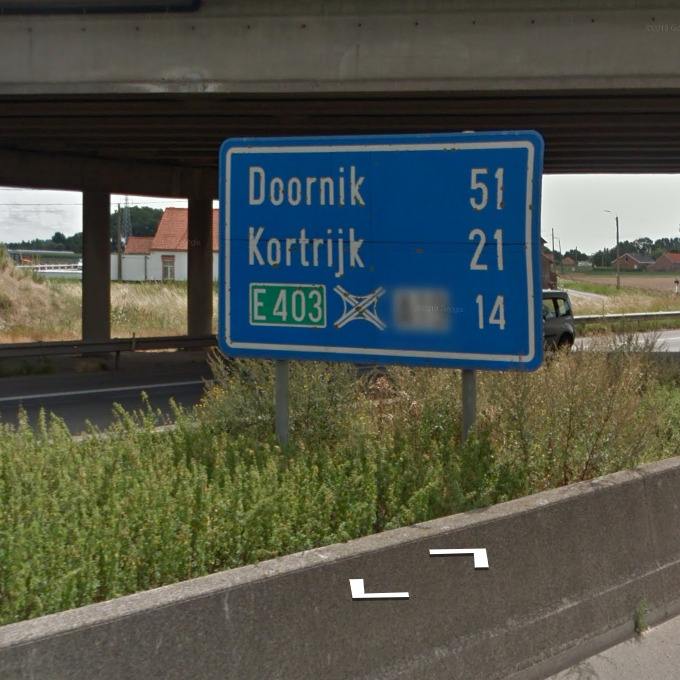
Once you enter a certain district while driving on the highway, you might see such signs.
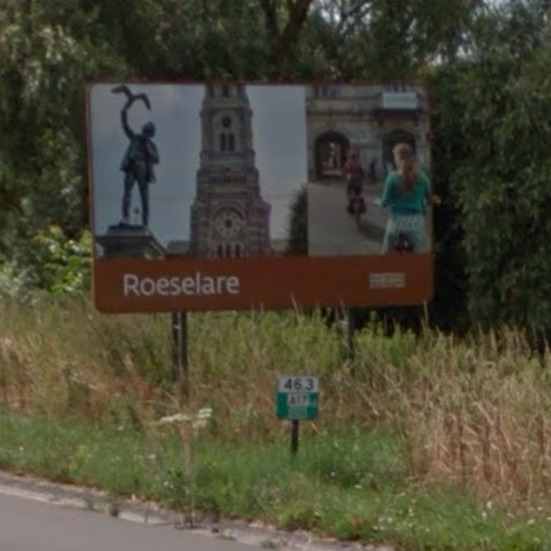
Local directions from the highway are visible on white signs like this.
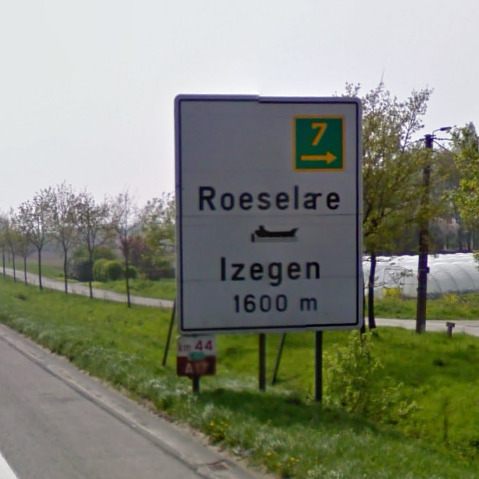
Street signs are different in every city, even within the same city.
Quite often in Belgium these come with the city name printed on them, which is useful for Geoguessr players.



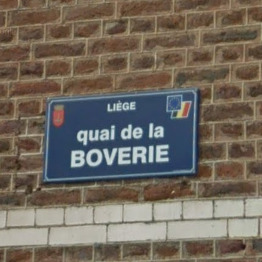
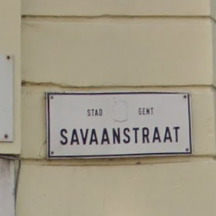
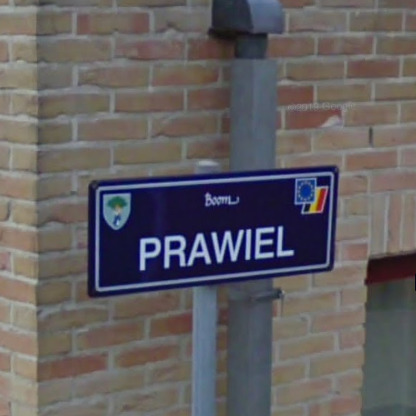
From the big cities Bruges (Brugge) seems to be the exception to this fact. Even smaller cities like Boom, or even villages, quite often have their name mentioned on the street signs.
Electricity poles:
Electricity Poles in Belgium may look like this.
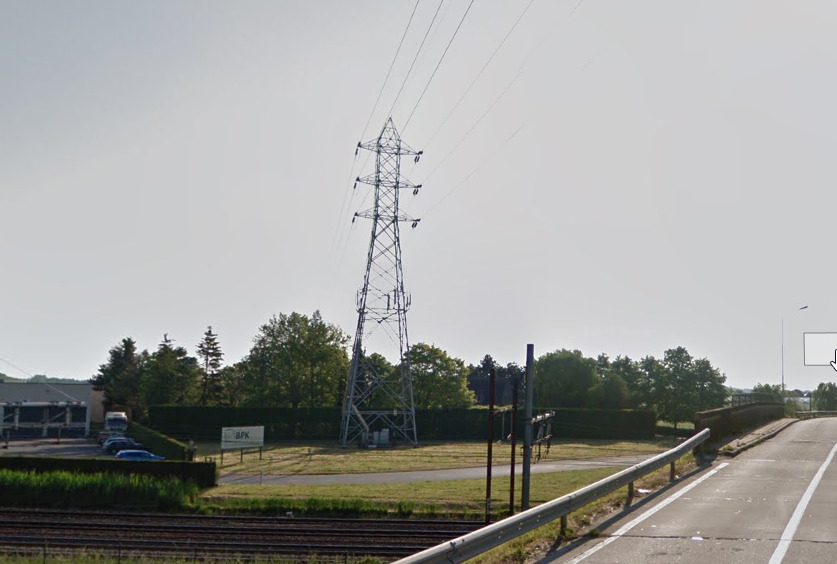

This one with the three lines, can also be found with just two or one line.

Wind turbines can be found in Belgium as well.
License plates:
License plates in Belgium are white and come with red letters and digits. Most of them have the one number-three letters-three numbers format.
However, since 2014 Belgians can request their personalized license plates, which makes any combination possible.



Phone number:
Belgian phone numbers all start with a 0, followed by one or two digits, which explains the area code the phone number is registered in.
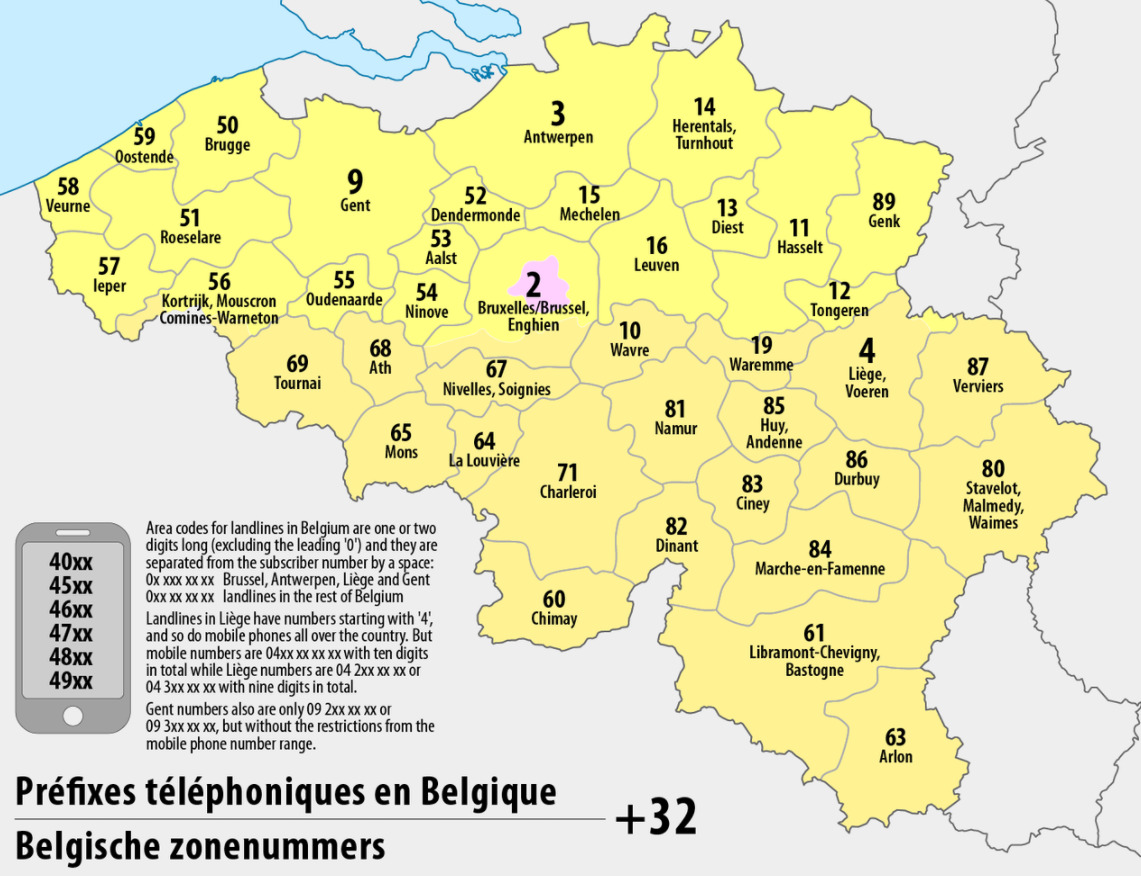
Vegetation/Landscape:
Belgium has three main geographical regions: the coastal plain in the north-west, the central plateau, and the Ardennes uplands in the south-east.
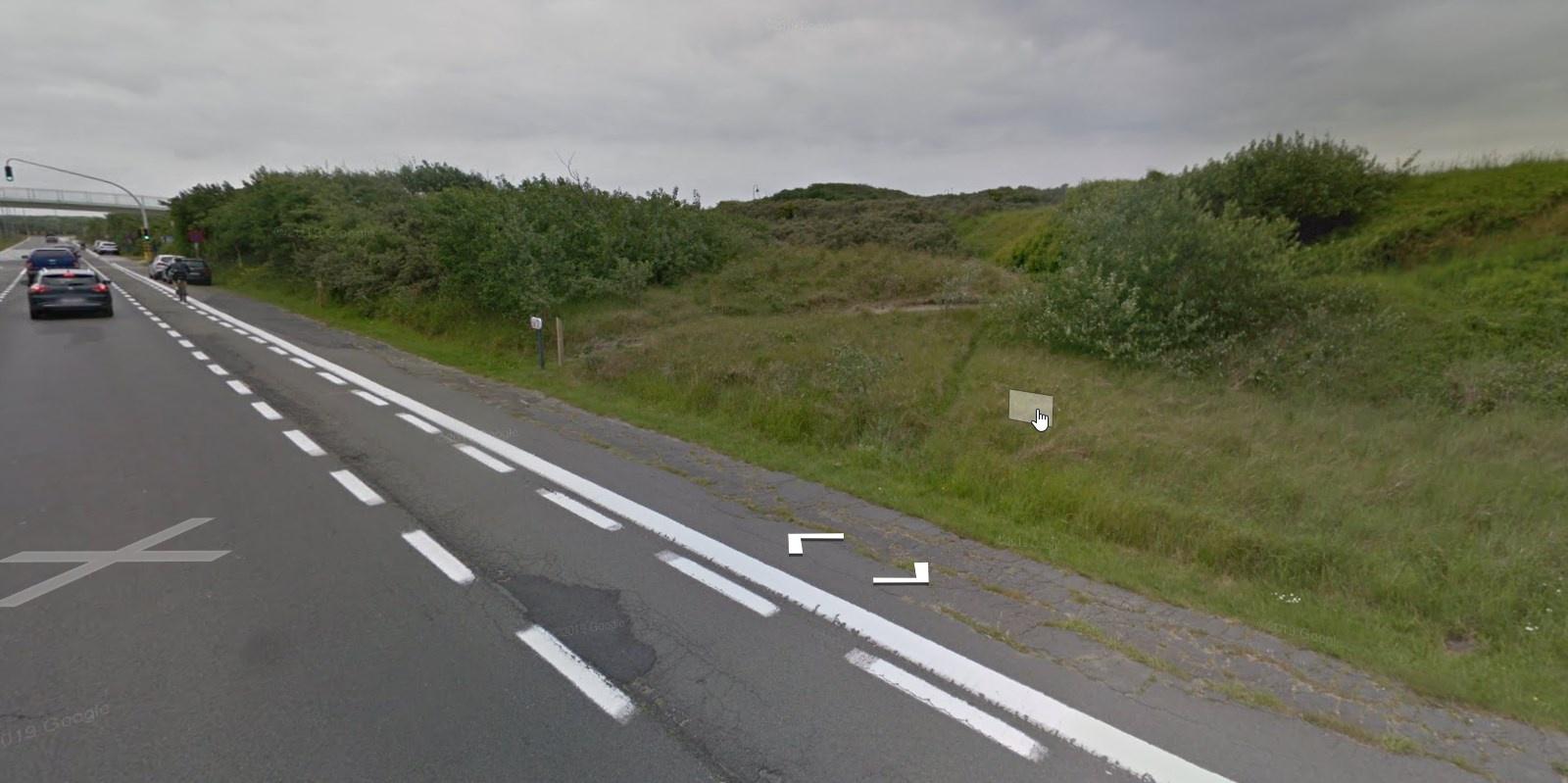

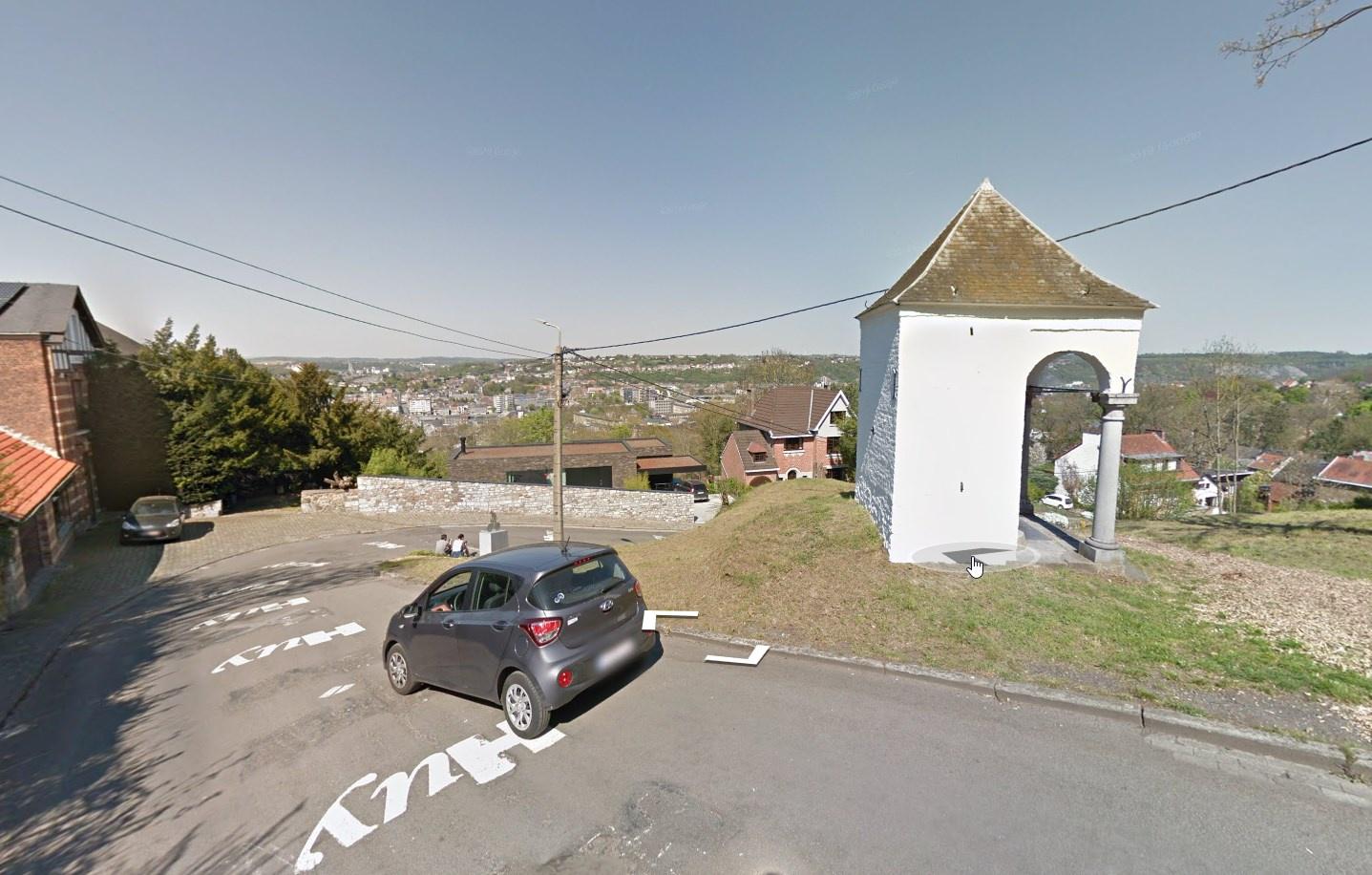
Architecture:
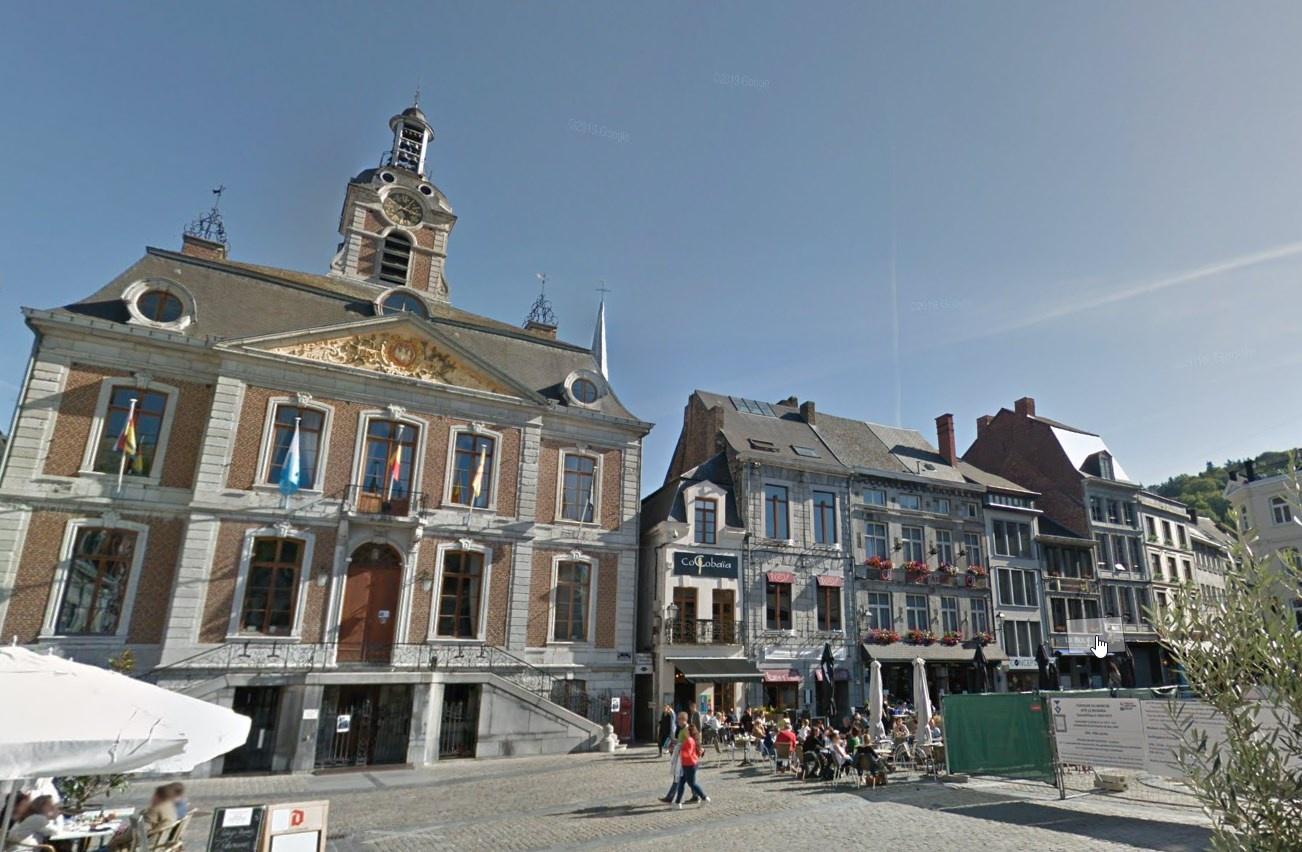

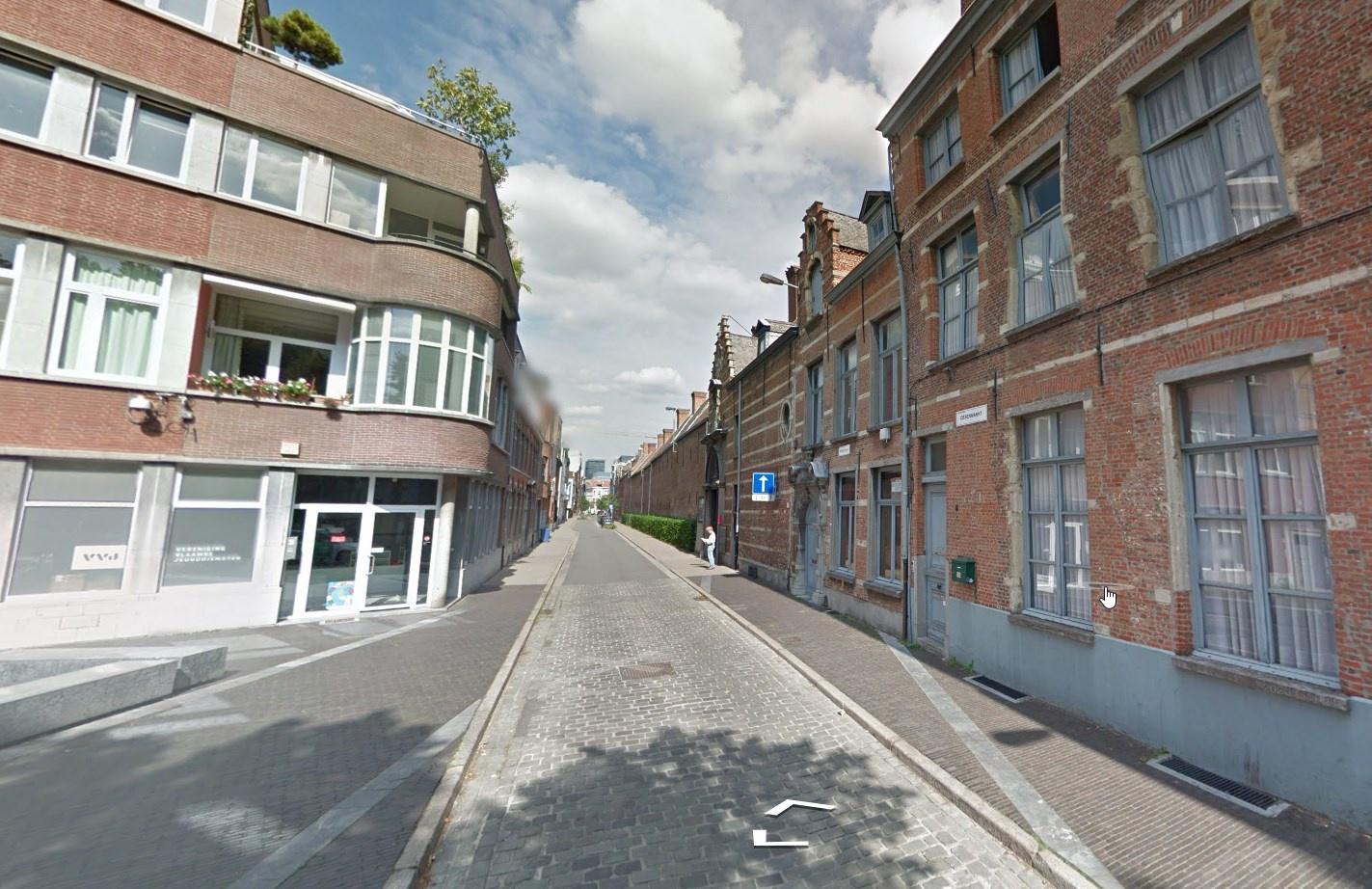
General look:
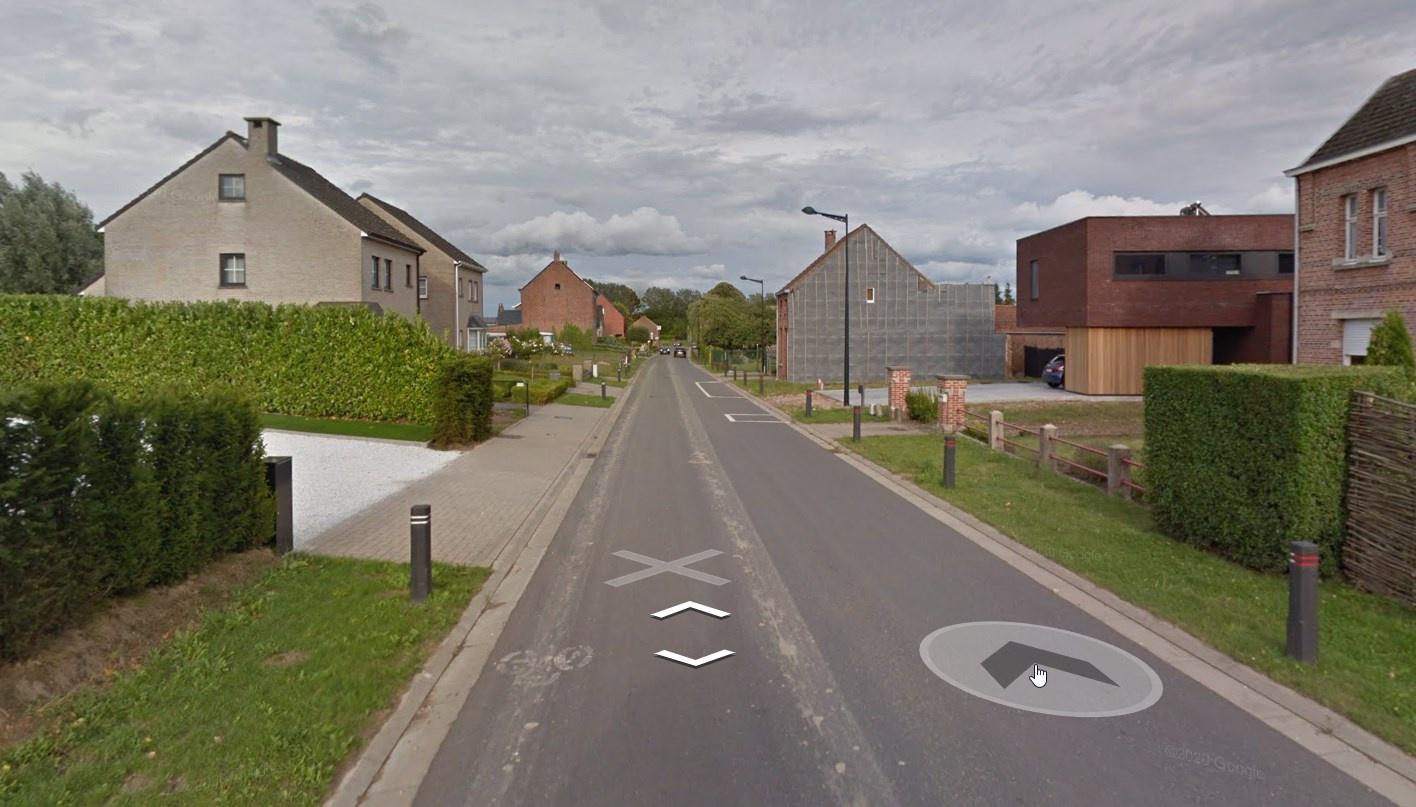
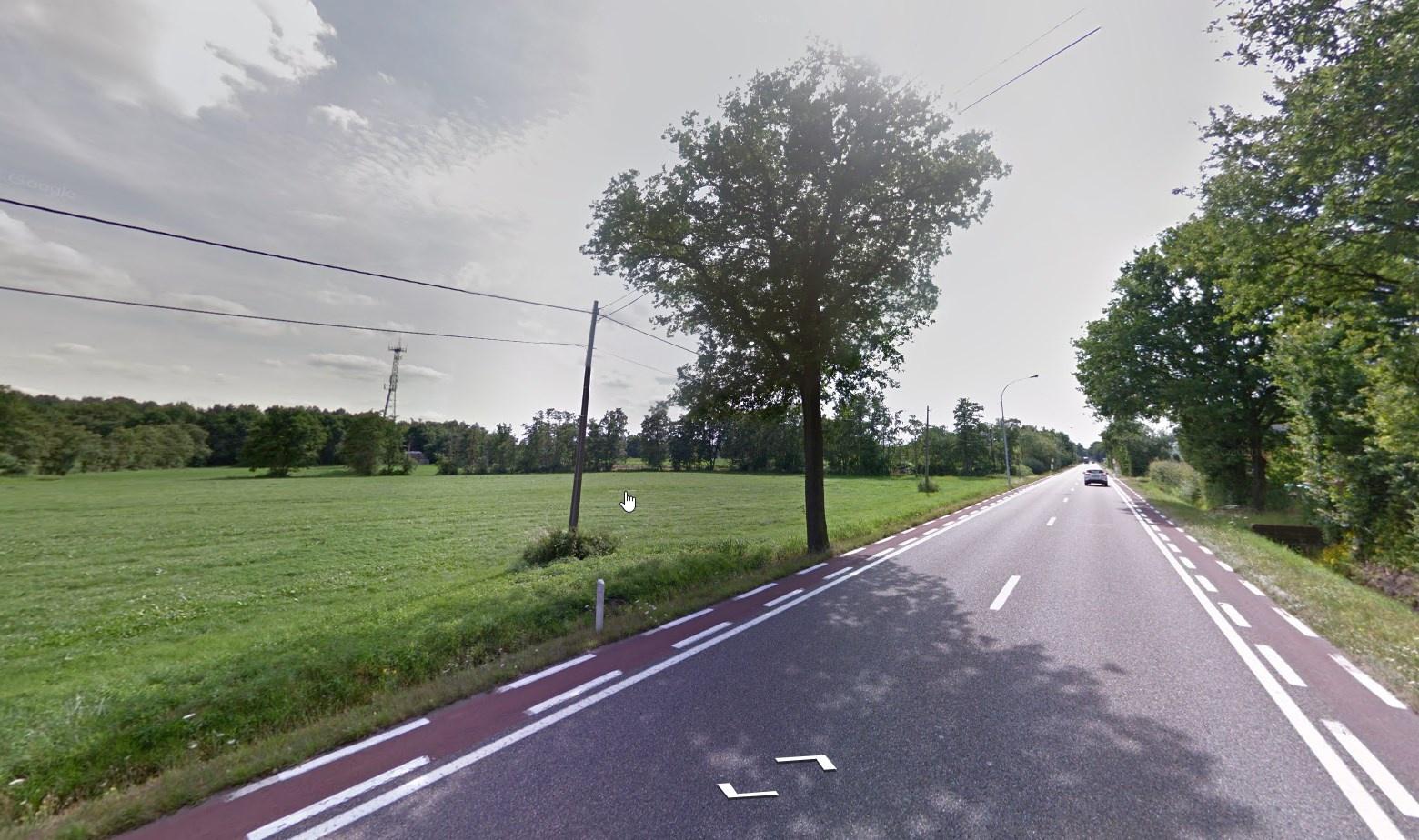
Alphabet/script:
Belgium uses the Latin alphabet, but have three official languages: Dutch, French and German.
Knowing which language you see, can help you narrow down your options.
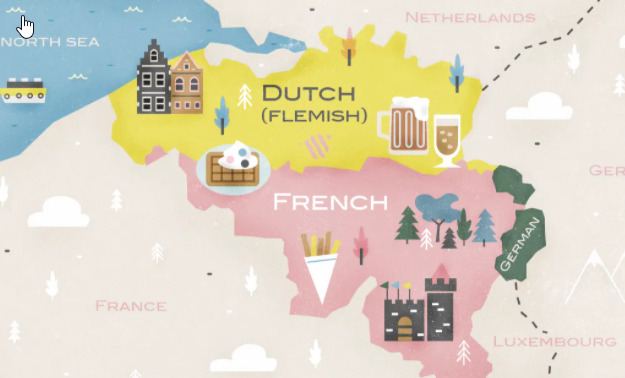
Odd Situation
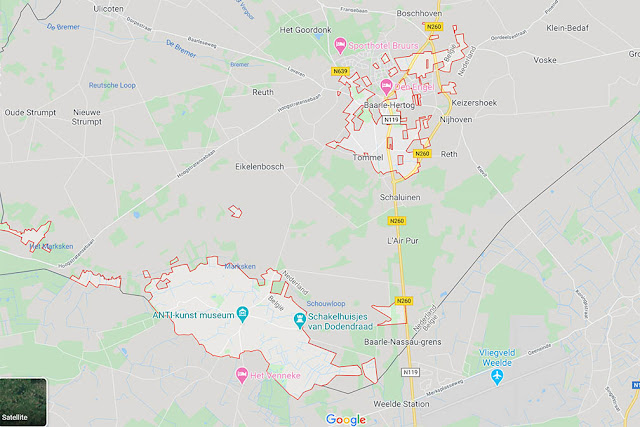
Baarle-Hertog is a Belgian enclave located within the Netherlands.
This may be confusing you, as you can easily be in Belgium, but you may see three Dutch cars parked alongside the road.
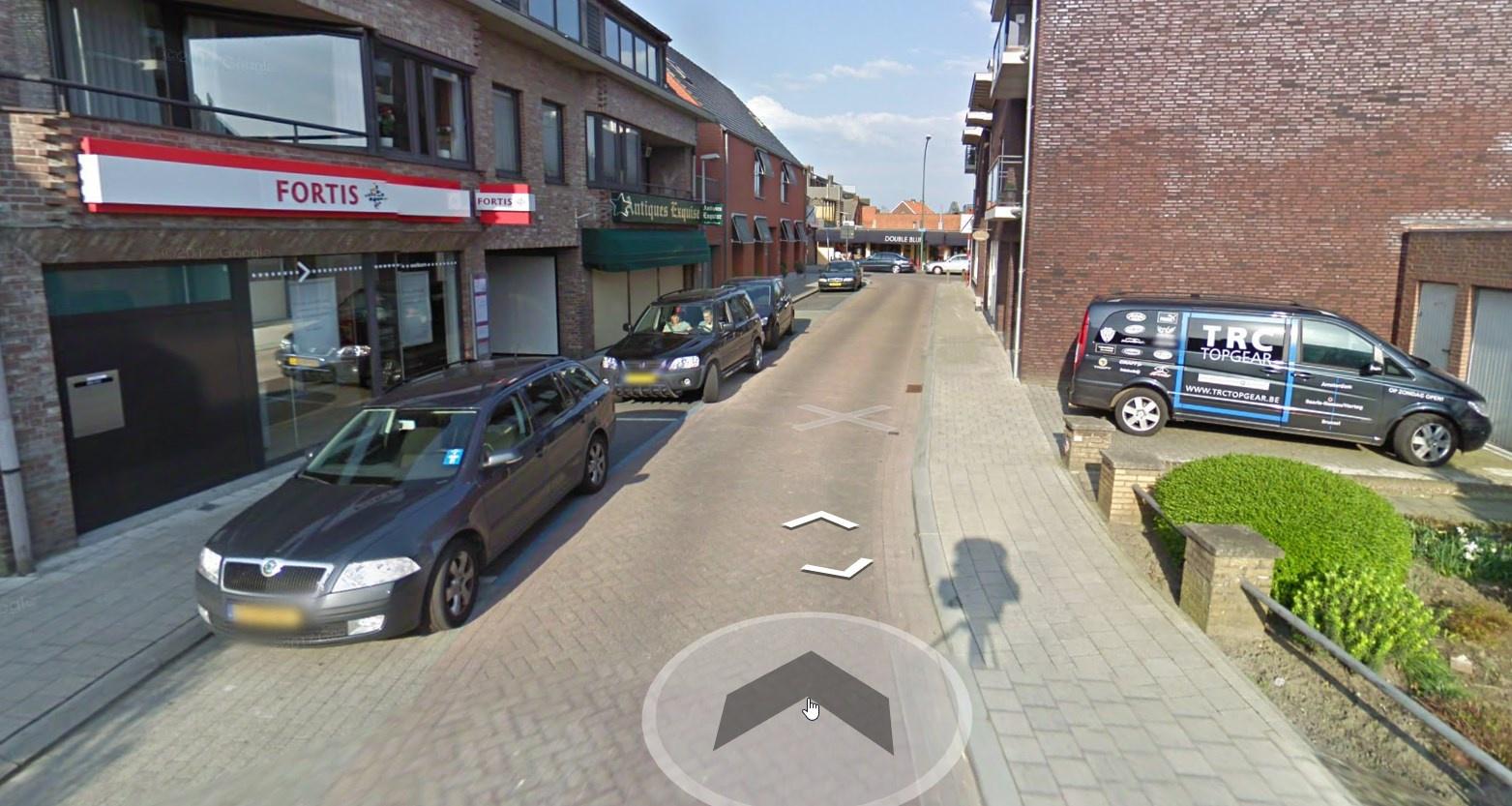
Domain:
.be
Belarus
- Country Flag
- Capital City
- Most Helpful
- Bollards
- Google Coverage
- Camera Generation
- Road Lines
- Road Signs
- Electricity Poles
- License Plates
- Phone Number
- Architecture
- General Look
- Language
- Domain
Country Flag:
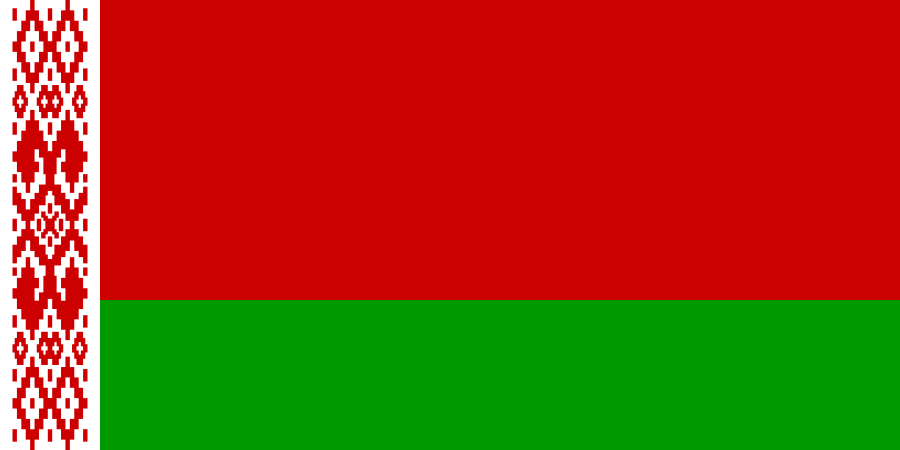
Capital City:
Minsk
Most Helpful:
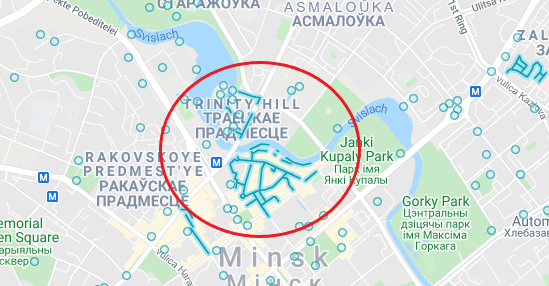
Belarus uses a Trekker for all of their coverage They have extremely limited coverage as show above.





Bollard:

While this isn’t really a bollard, its in most places that you have trekker coverage and can help you figure out its Belarus.
Google Coverage:

Belarus uses a Trekker for all of their coverage They have extremely limited coverage as show above.
Camera Generation:
Gen 3 Trekker
Road Lines:

The small coverage that crosses roads show a white divider lines and yellow towards the curb.
Road Signs:
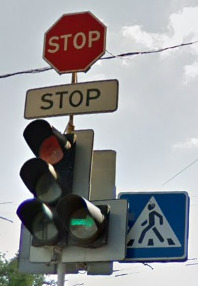

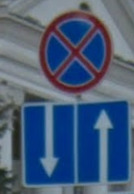
The crosswalk sign is incredibly important here. The places that use 3 lines include Russian, Estonia, the Ukraine and Belarus.
Electricity poles:

License plates:

These are the license plates for Minsk (The only city that has coverage in Belarus). The Red one is from before 2004, but can still be seen on street view.
Phone number:
Belarus has a international country code of +375, which replaced +7 from when they were apart of the Soviet Union. Minsk has an area code of 17. As of now, it doesn’t feel like there is a phone number (that isn’t blurry) on street view here.
Architecture:
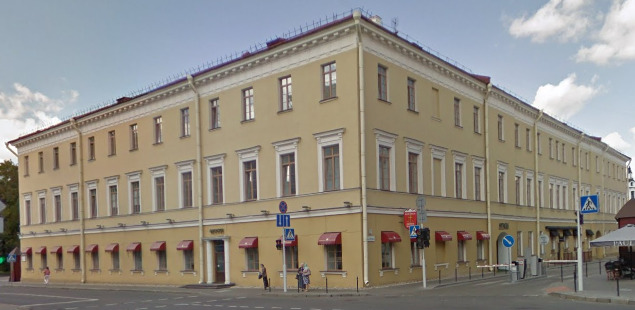
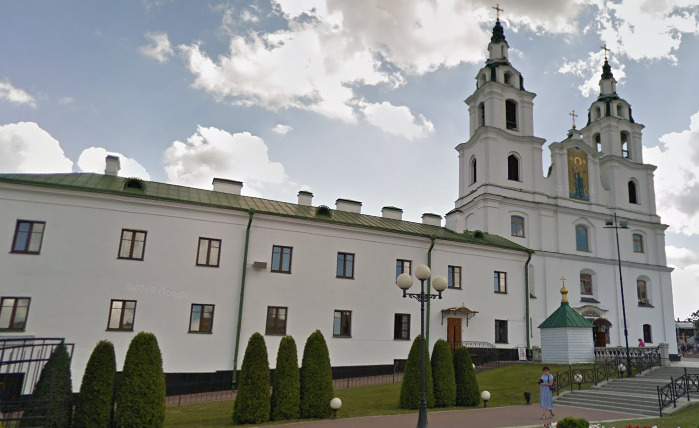

General look:





There are only a few places that have coverage, but they all kind of feel like this.
Alphabet/script:
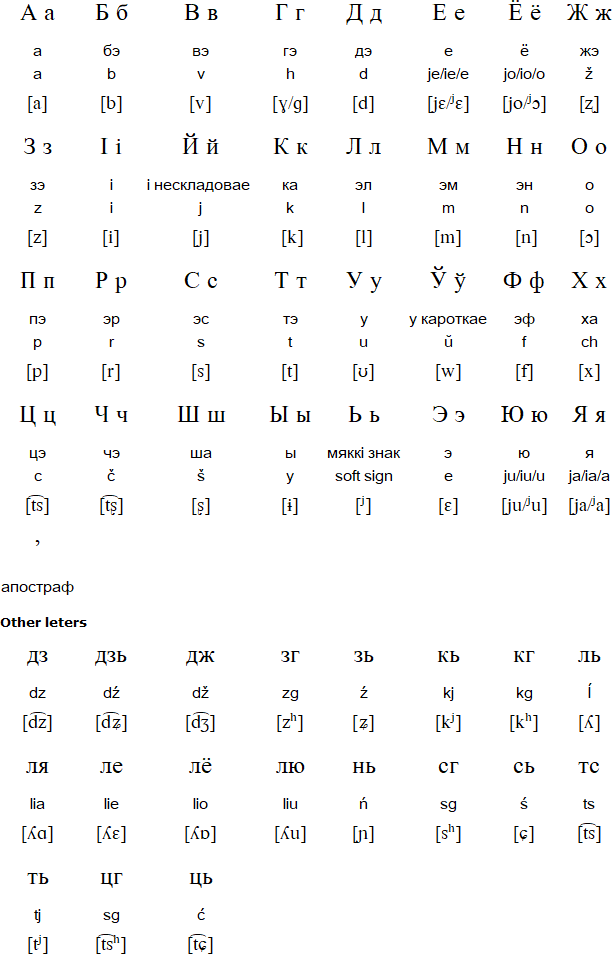
(Belarusian)
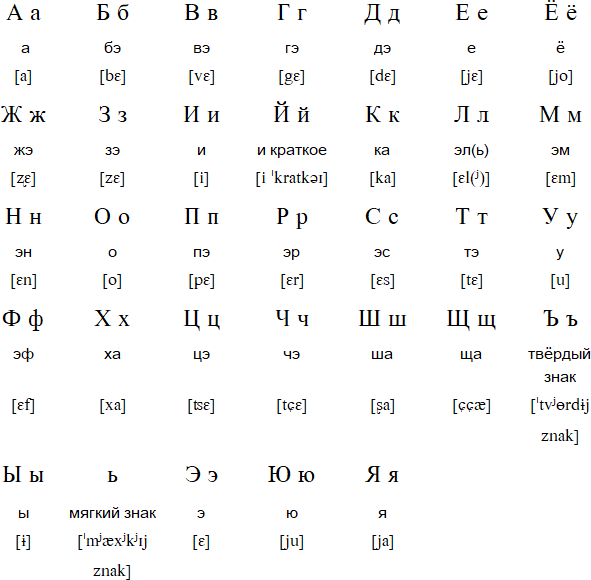
(Russian)
Belarus uses the both Belarusian and Russian.
Domain:
.by
Malta
- Country Flag
- Capital City
- Most Helpful
- Google Car
- Bollards
- Google Coverage
- Camera Generation
- Road Lines
- Road Signs
- Electricity Poles
- License Plates
- Phone Number
- Vegetation / Landscape
- Architecture
- General Look
- Language
- Domain
Country Flag:

Capital City:
Valletta
Most Helpful:
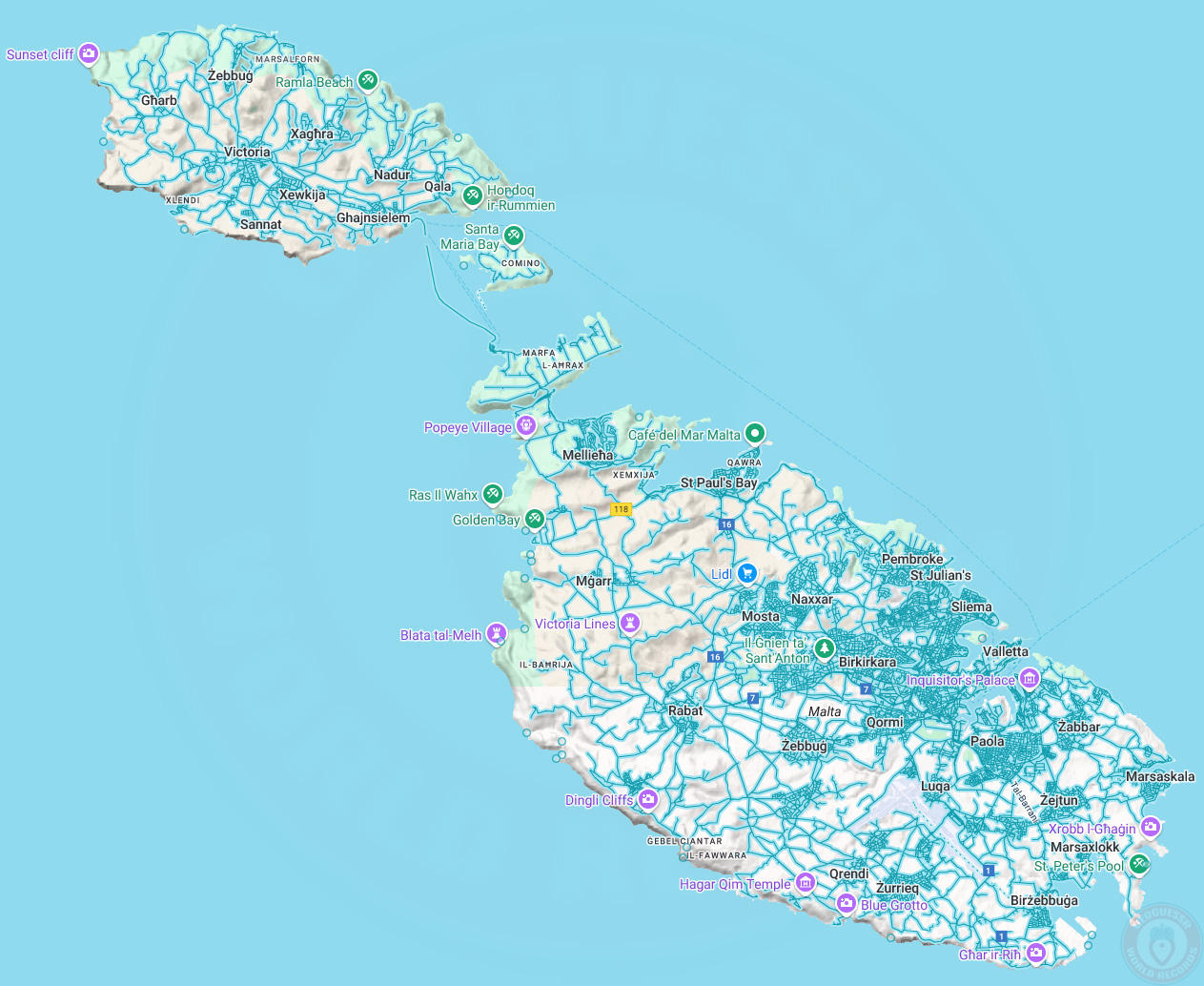

“Triq” translates to “road” or “street” in Maltese.
Alphabet/script:
Please note, Malta drives on the LEFT HAND side of the road.
Google car:

The Google car in Malta is white when it is Gen 3 coverage, but you will not get any glimpse of it. The Gen 4 car is your typical blue car coverage.
Bollard:

Bollards in Malta are so incredibly rare that it really isn’t worth learning them as the chances of you finding them are very slim. Its possible that these bollards shown above are private bollards, which mean they wouldn’t be consistent.
Google Coverage:

Malta has plenty of coverage over both islands. Try and stick to the roads and don’t hedge your guesses in the middle.
Camera Generation:
Gen 3 and 4
Road Lines:

Malta uses all white lines, including a double white line to separate the lanes. The only use of yellow appears to be for Bus stops and handicap parking in major towns / cities.
Road Signs:

Their stop signs appear to have a larger “Stop” than most countries.

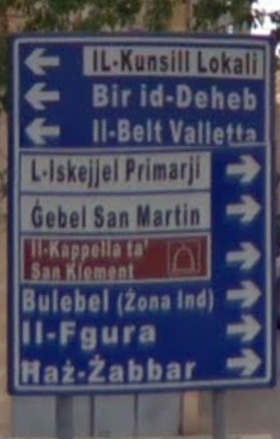
Most of their warning signs have a white rim on the edge. This is also common in Italy.
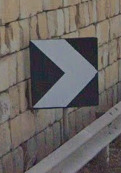
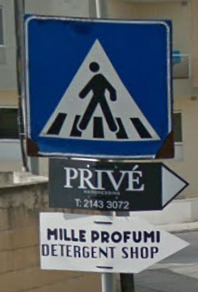
The Chevron and Crosswalk signs in Malta are the same ones used in Italy.
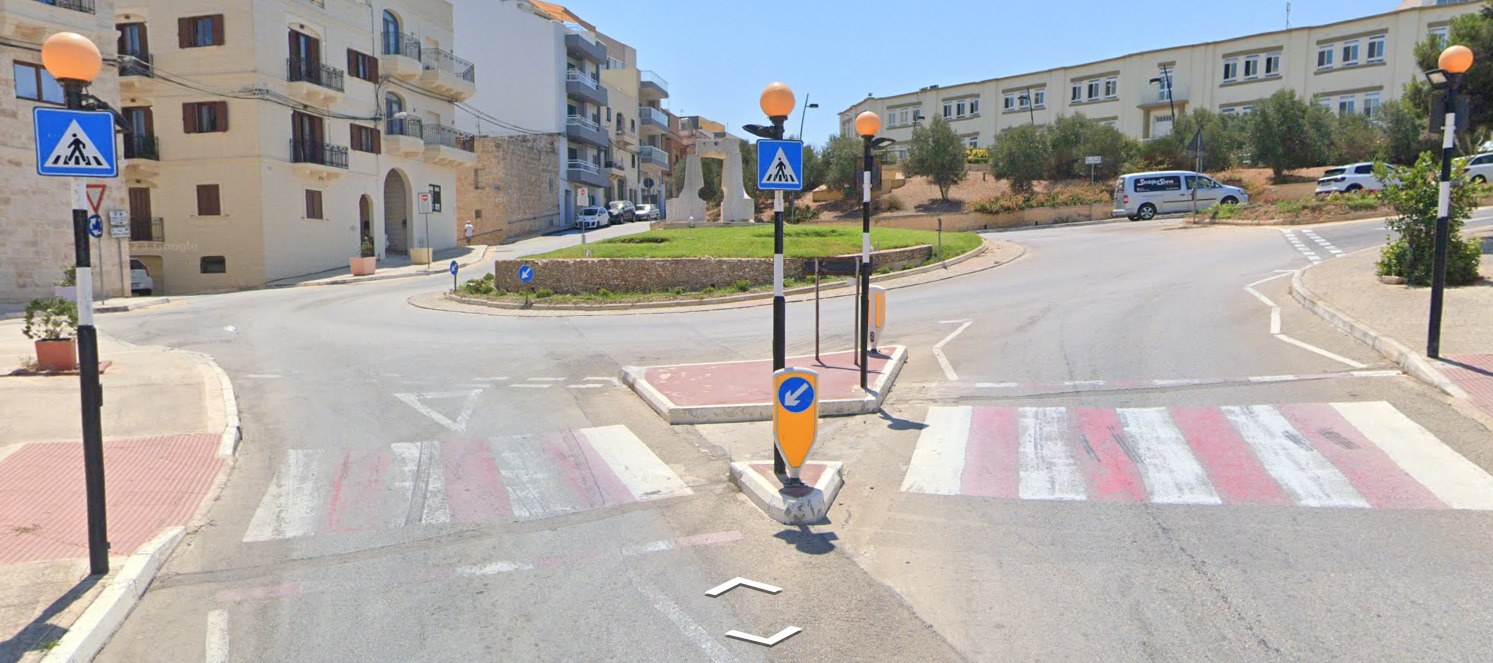
Malta has very British inspired “Zebra” or cross walk crossings. The light pole is very similar to those found in the UK.

“Triq” translates to “road” or “street” in Maltese. It is one of the more common words you will find on street signs.

The island of Gozo (The Northern Island) has bus routes that begin with the number 3. If the route starts with a 3, it can only be Gozo.
Electricity poles:
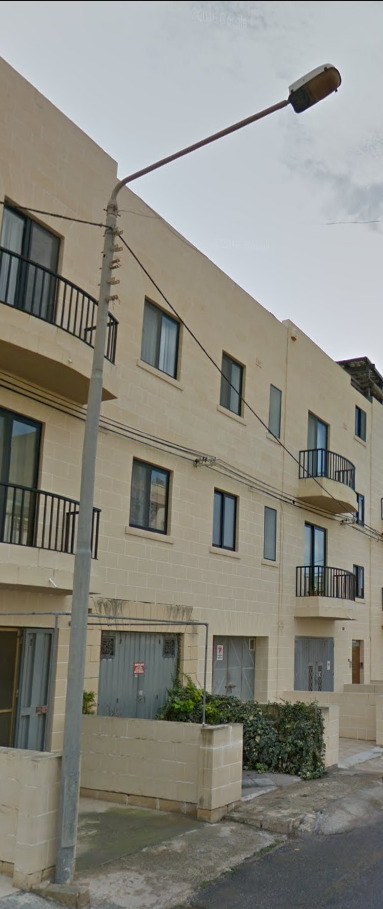
There is also a double light pole variant of this one (shown below)
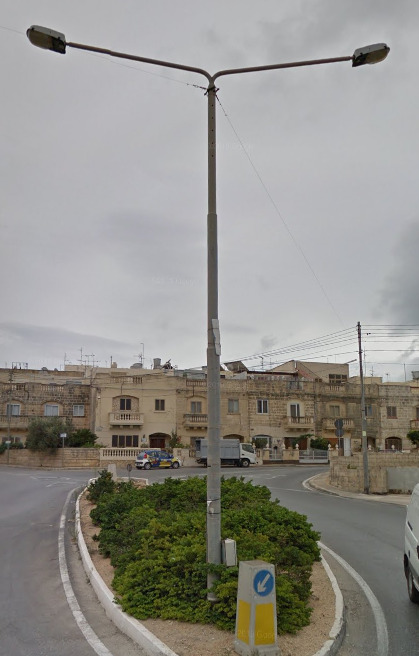


There are a few variants here, but most of them are painted this weird tan color. They almost blend in with the tan walls / buildings that are everywhere, which is what I would think would be the reasoning behind this color choice.
License plates:

This picture makes the blue strip look pretty light, but it is the same blue as the rest of Europe.
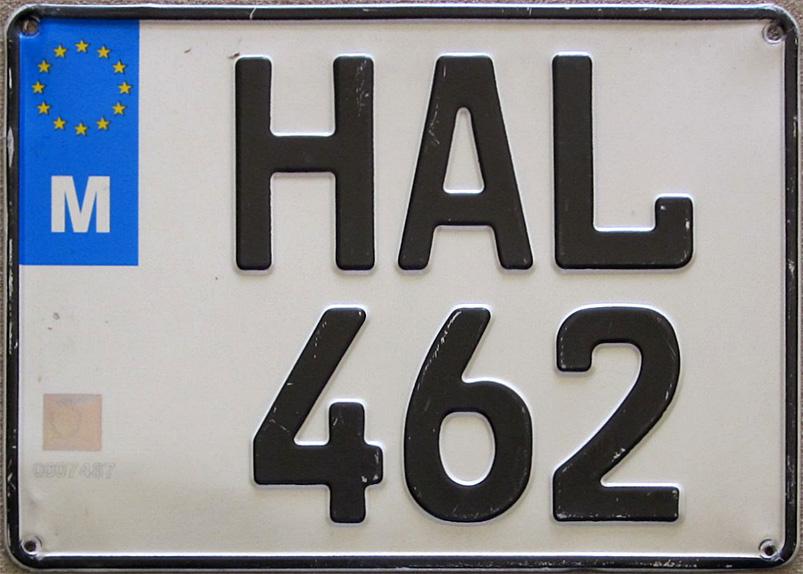
Malta can also have these short thick license plates, but they are not the only place in the EU that can, so it may not be the best clue.
Phone number:

Malta has a country code of +356, and you will see it in some places. All of their numbers since 2002 have 8 digits, with the first two digits representing a locality. All numbers will look like xxxx-xxxx or xxxxxxxx, mobile or not.

Any number that begins with 77, 79 or 99 are mobile numbers, and will not give any good information.
Vegetation/Landscape:


The landscape feels much like Greece and Italy, often with rock poking through the grass that exists. It feels dry, and you can often find groupings of Cacti along the sides of the road.

Architecture:
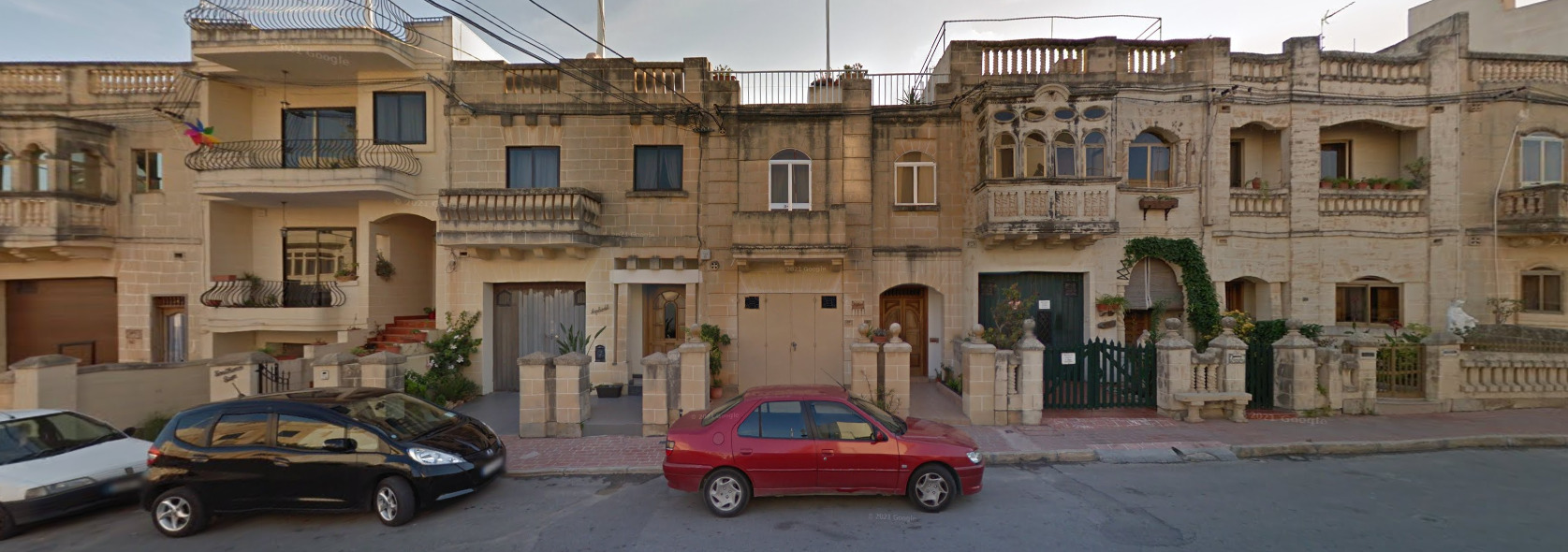
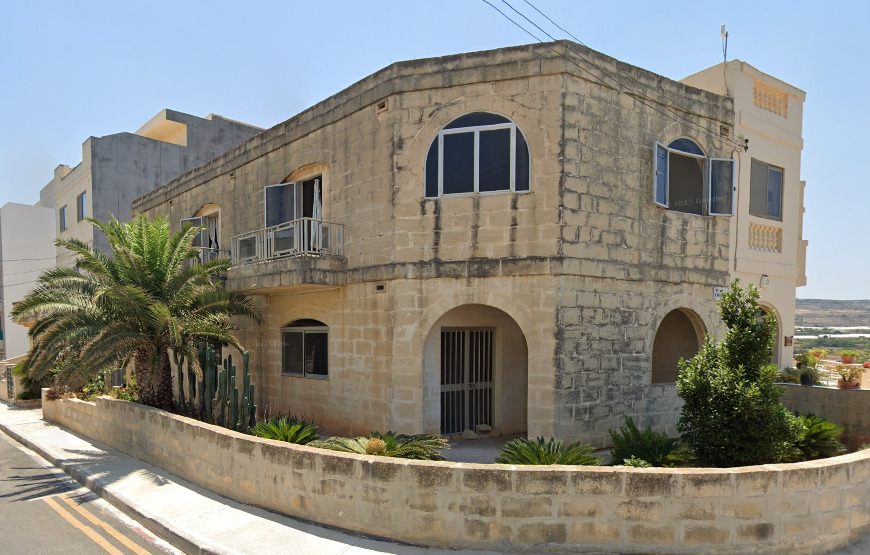

While these are not everywhere, most of the rural roads have these stone walls. They might not all be this tall, but the layout is generally similar. Its a very good indication that you may be in Malta.
General look:

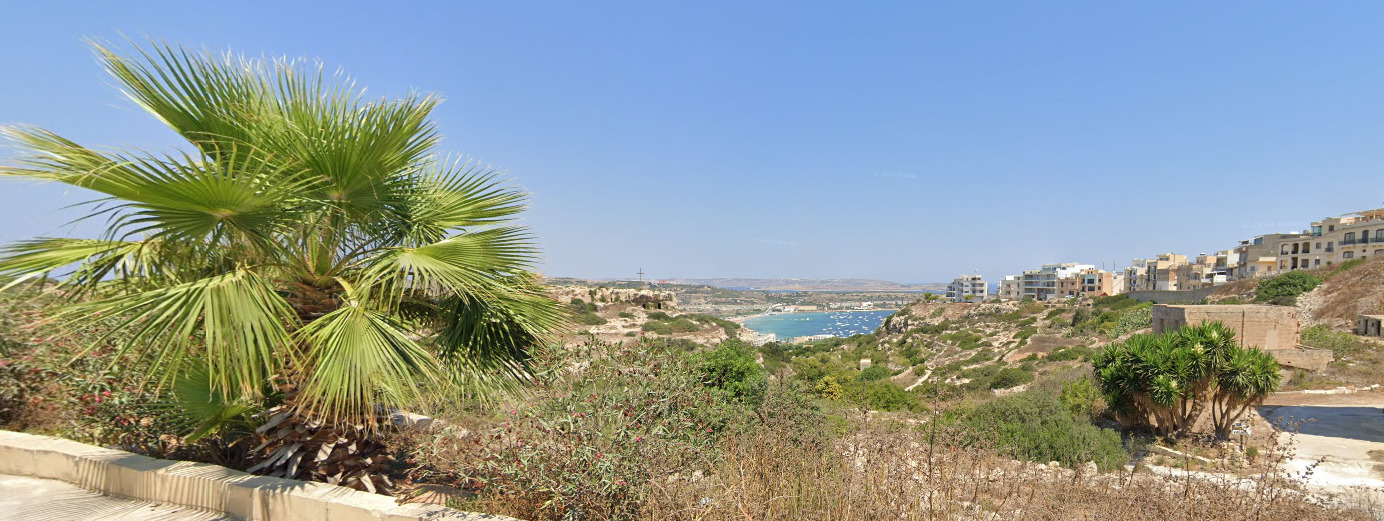

Malta is South of Sicily, so it feels Mediterranean, and that may cause some people to be confused.
Alphabet/script:

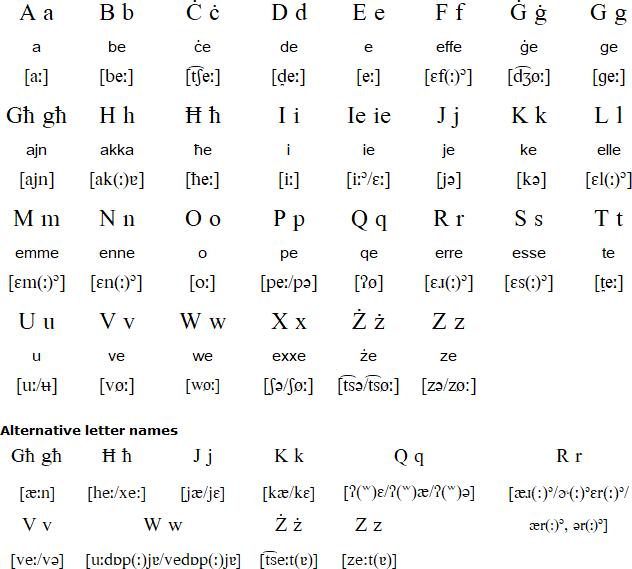
Malta uses the English Language and Maltese. You can generally find both rather easily, but the English is what really gives it away.
Domain:
.mt
North Macedonia
- Country Flag
- Capital City
- Most Helpful
- Google Car
- Bollards
- Google Coverage
- Unique Vehicle
- Camera Generation
- Road Lines
- Road Signs
- Electricity Poles
- License Plates
- Phone Number
- Vegetation / Landscape
- Architecture
- General Look
- Subdivisions
- Language
- Domain
Country Flag:

Capital City:
Skopje
Most Helpful:
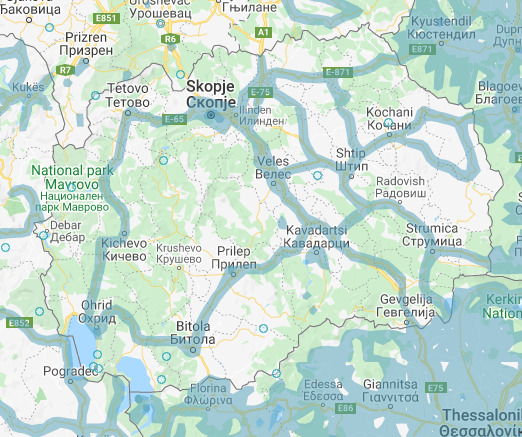
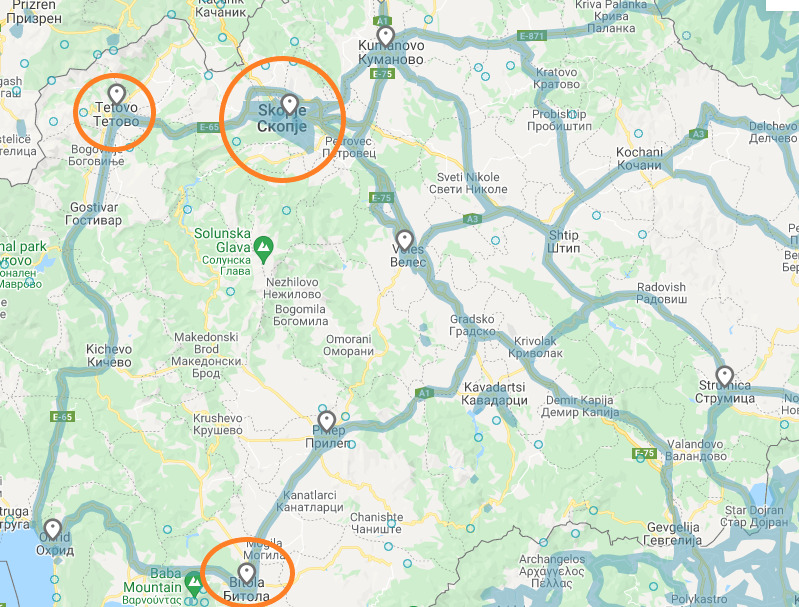
There are only eight Towns / Cities covered. Three of them were covered in the fall / Autumn, between October and November. The other five were done in June. You can tell by looking at the foliage that it is Autumn / Fall. The orange circles on the image above indicate that the coverage was taken in Autumn / Fall.
Skopje – Fall / Autumn
Tetovo – Fall / Autumn
Ohrid – June
Bitola – Fall / Autumn
Prilep – June
Veles – June
Strumica – June
Kumanovo – June
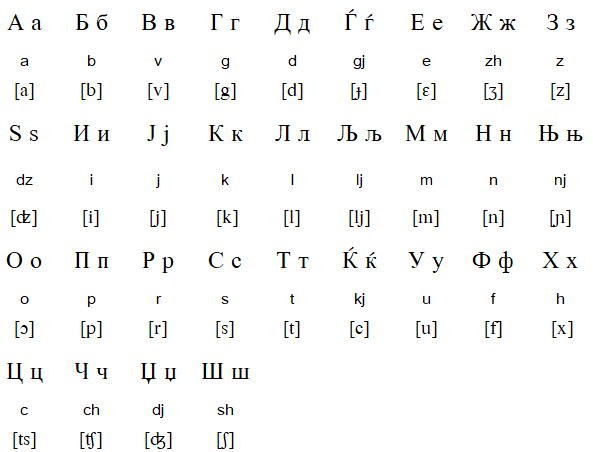
North Macedonia has a chance for the letter J to show up. This is different as J does not appear in Russian or Ukrainian.
Google Car:
The google car in North Macedonia will always be hidden. There is a chance for the glitch car to appear, but that happens in quite a few countries.
Bollard:
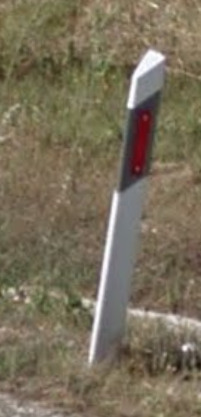
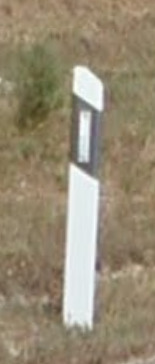

North Macedonia has black and white bollards with a red rectangle on one side, and white on the other.


Google Coverage:

Most of North Macedonia does not have coverage. There are countless roads and towns that are not on google. Stick to the main roads shown here, as well as the main cities and you should be fine.

There are only eight Towns / Cities covered. Three of them were covered in the fall / Autumn, between October and November. The other five were done in June. You can tell by looking at the foliage that it is Autumn / Fall. The orange circles on the image above indicate that the coverage was taken in Autumn / Fall.
Skopje – Fall / Autumn
Tetovo – Fall / Autumn
Ohrid – June
Bitola – Fall / Autumn
Prilep – June
Veles – June
Strumica – June
Kumanovo – June
Unique Vehicle:
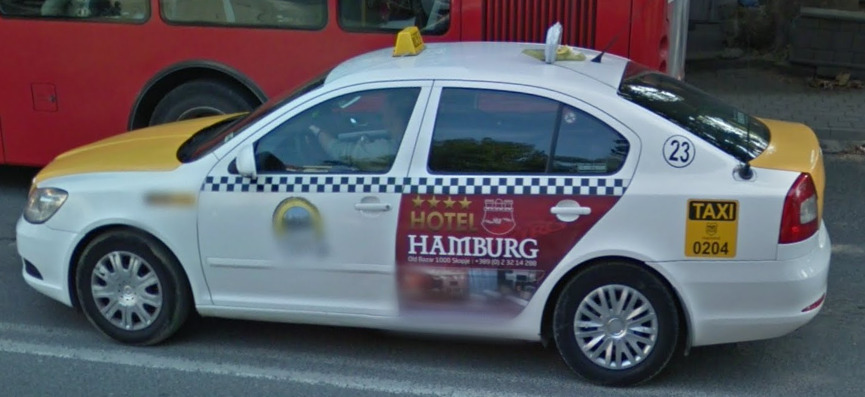
Taxis in Skopje seem to have a yellow hood and trunk on a white car. They also have this black and white checkered pattern on the sides.

Taxis in the rest of the country don’t really seem to follow a pattern. It appears that they are vehicles used by the driver for their everyday needs. The only defining feature seems to be a yellow taxi sign on the top of the vehicle.
Camera Generation:
Gen 3

The area near Kochani and east of it has these black dots on the front of the camera
Road Lines:
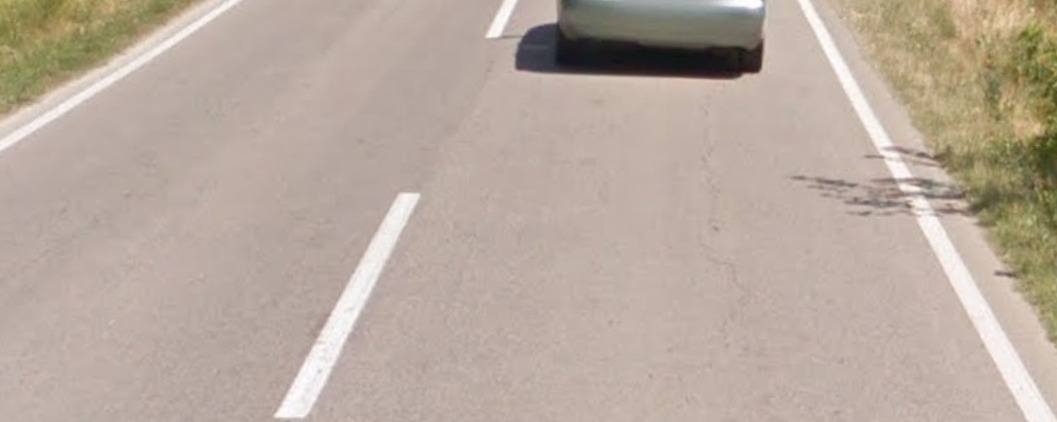

North Macedonia uses all white lines.
Road Signs:
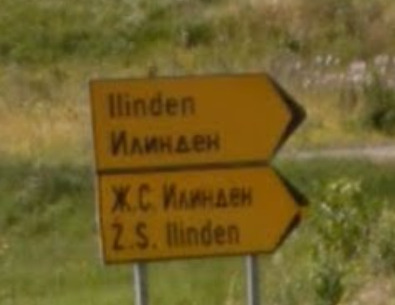
North Macedonian signs use Latin and Cyrillic.

North Macedonia has brown tourism signs.
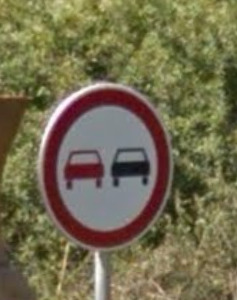
North Macedonian road info signs have white outlines.
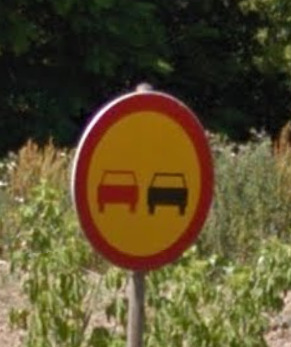
However these signs can also appear in yellow where they have no such outline.
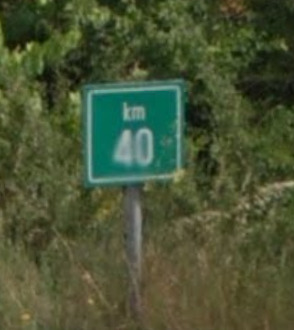
North Macedonia uses km markers on its motorways.

The backs of North Macedonian signs have folded edges.

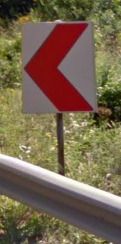

North Macedonia uses a traditional Guardrail, unlike some of their neighboring countries like Serbia and Croatia.
Electricity poles:





North Macedonia uses wooden, and concrete poles.
License plates:


North Macedonian plates are white with a blue rectangle on the left side, and a red square a few digits in. The first two letters will tell you what region the car is from.
Phone number:
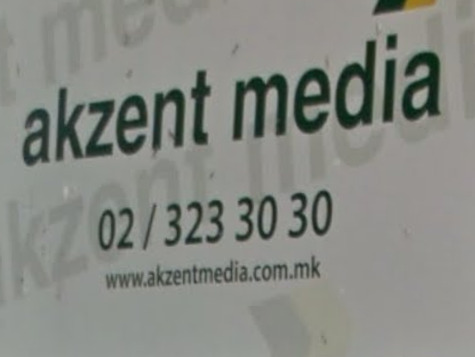
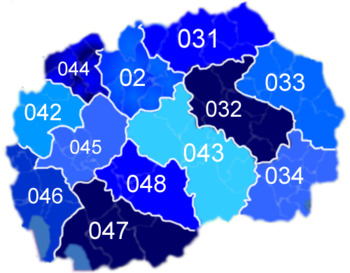
North Macedonia uses a phone code system as shown below.
Vegetation/Landscape:



North Macedonia is hilly country.
Architecture:
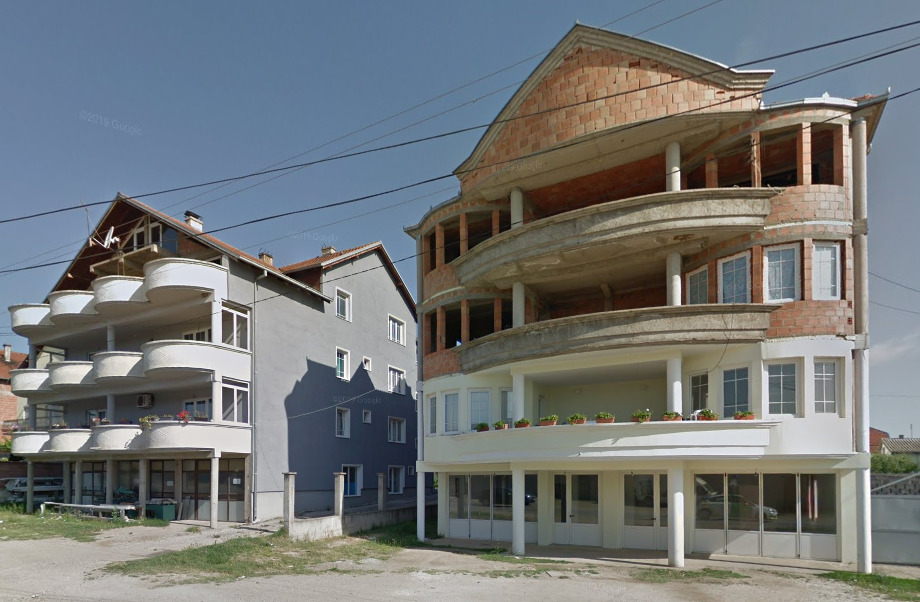
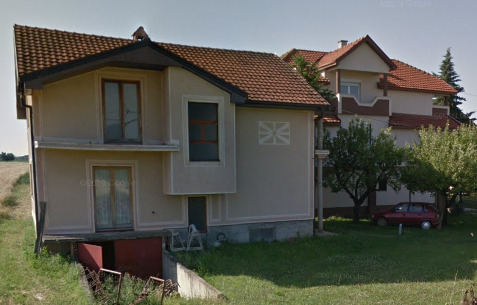
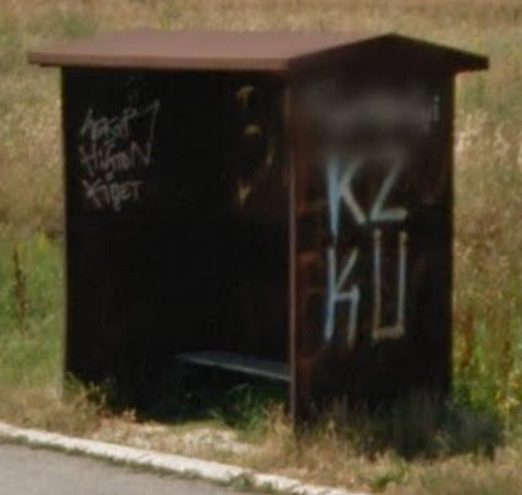
This bus stop has some variants, although it seems to be the most common. They are often old and rusty, but still standing.
VMRO / BMPO is a political party, and can often be seen spray painted on the sides of buildings, guard rails, and other sizable areas that can fit it.
General look:
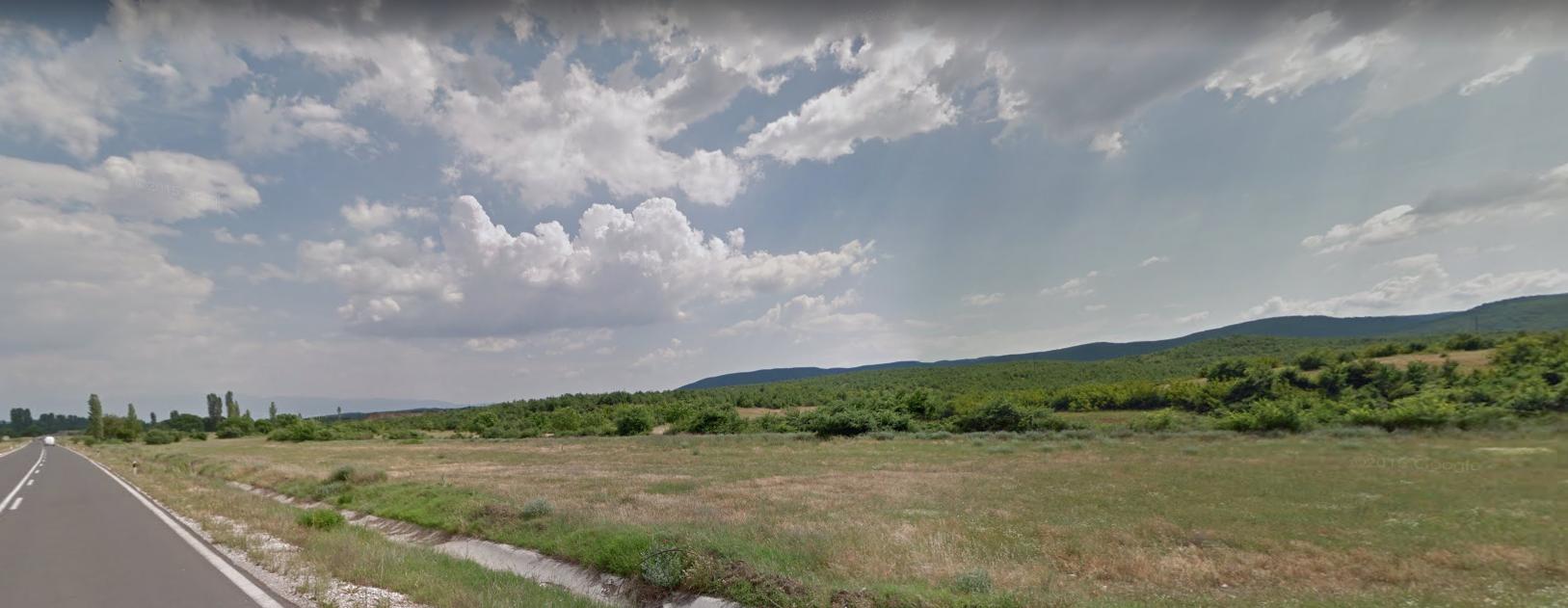


Subdivisions:

North Macedonia is divided into 8 regions.
Alphabet/script:
North Macedonia has 2 official languages, Macedonian, and Albanian.
Macedonian comes in both Cyrillic, and Latin alphabets.

Cyrillic.
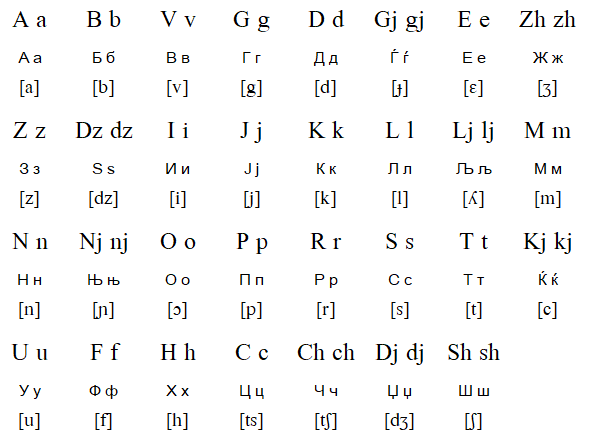
Latin.
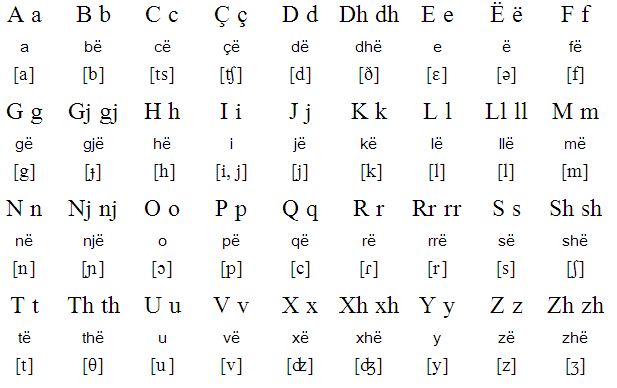
Albanian is Latin based.
Domain:
.mk
San Marino
Country Flag:
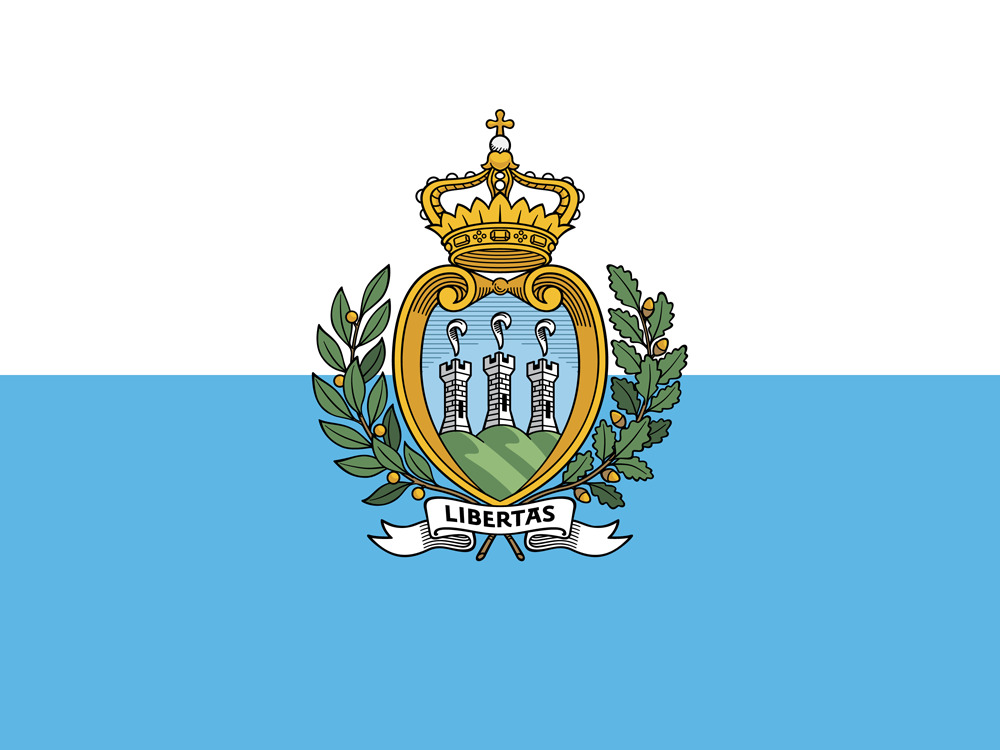
Capital City:
San Marino
Google car:
–
Bollard:
San Marino bollards are white with black caps containing either a white or red square.
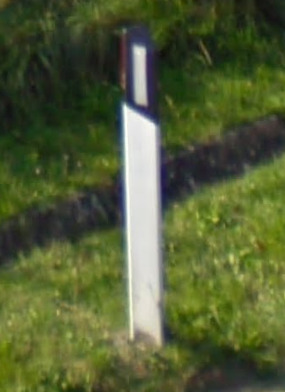
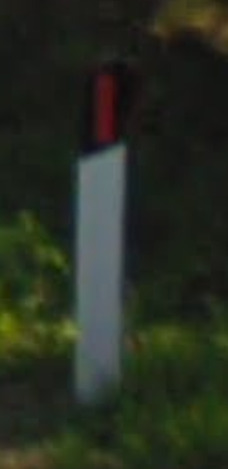
Camera Generation:
2, 3.
Gen 3 camera is only found on roads which border italy and cross between the two nations.
Road Lines:
San Marinos road lines are all white.

Road Signs:
San Marinan signs feature a white outline, with black backing.
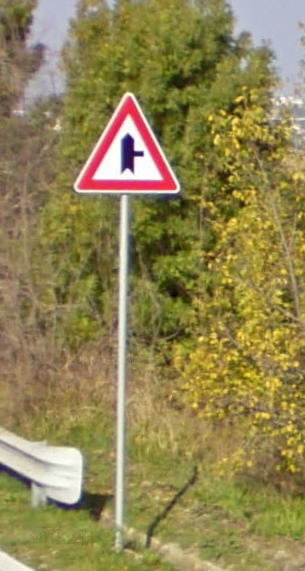

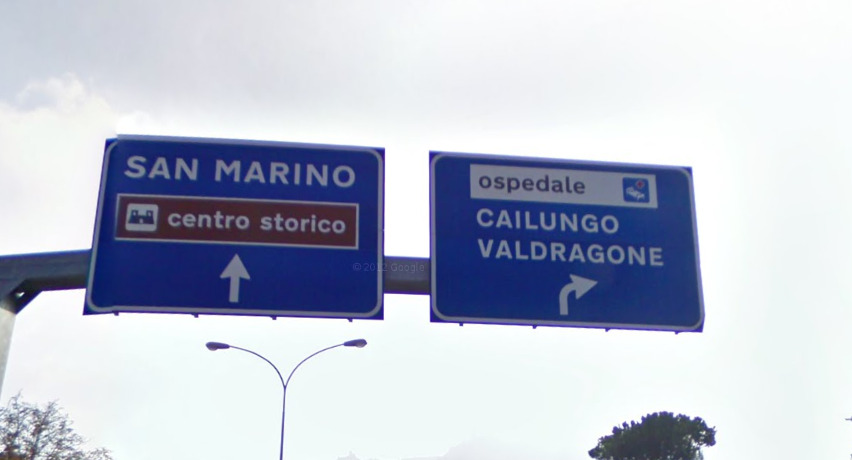
Hazard signs can be found in yellow.

Similarly their turn arrows are in yellow/red.
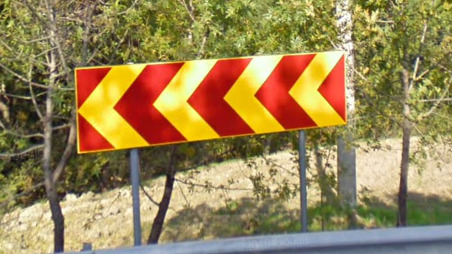
San Marino street names are surrounded by a box.
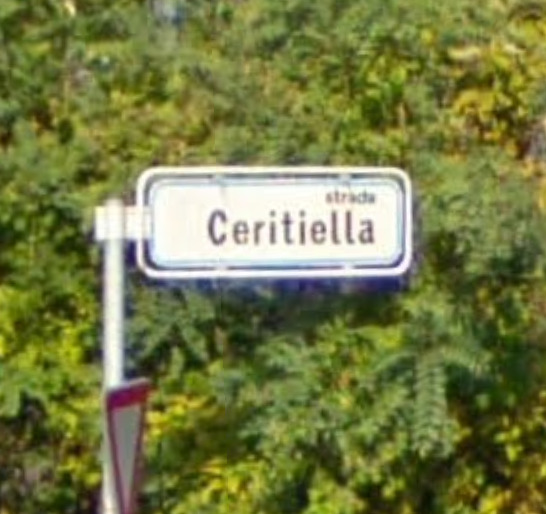
Electricity poles:
San Marino has a mix of concrete, metal, and wooden poles.
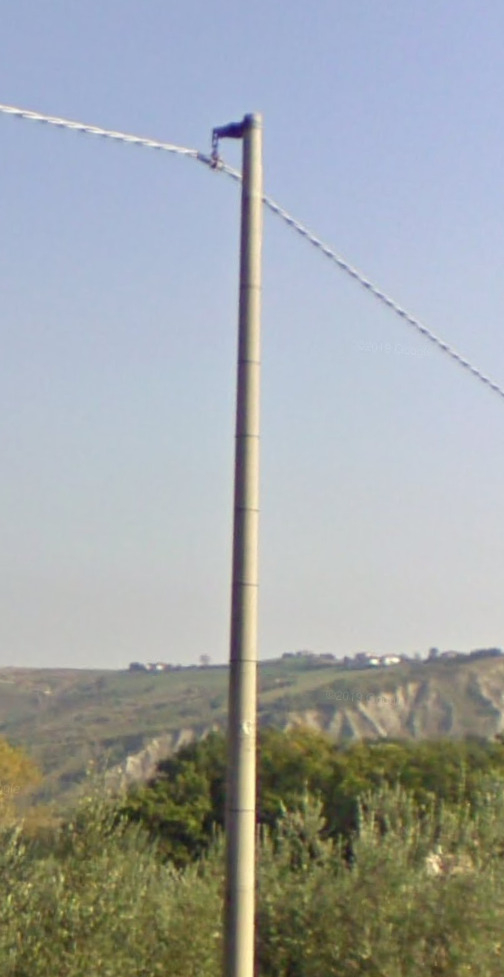
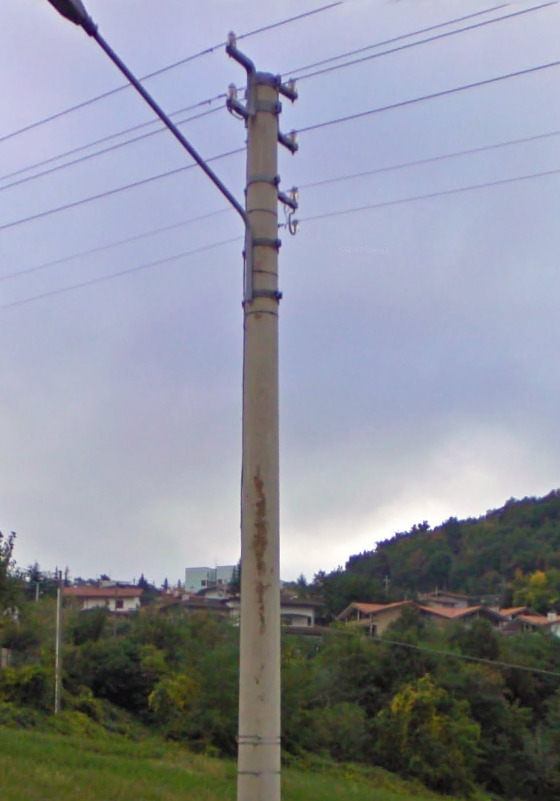

It also features these large sub-stations.

License plates:
San Marino plates are white backed with light blue text, and the countries crest on the left hand side.

Phone number:
–
Vegetation/Landscape:
San Marino is a mountainous nation within the borders of italy.
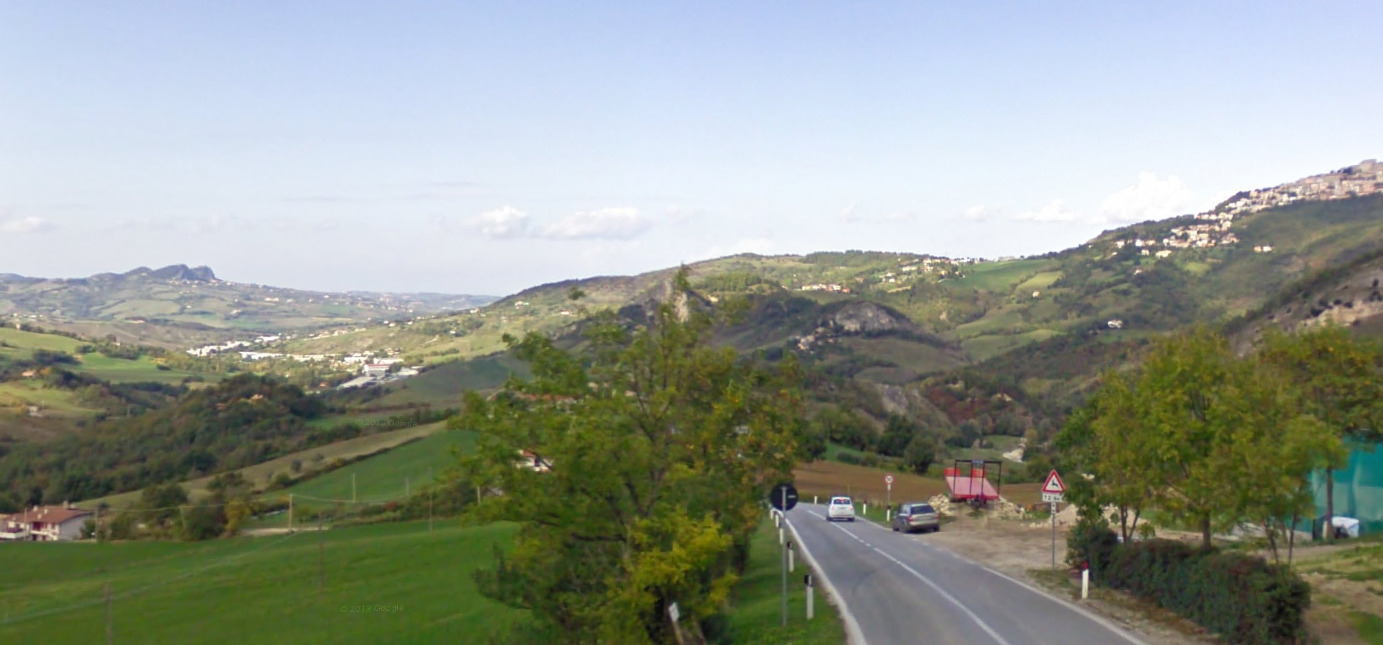
Specific tree:
–
Architecture:
–
General look:
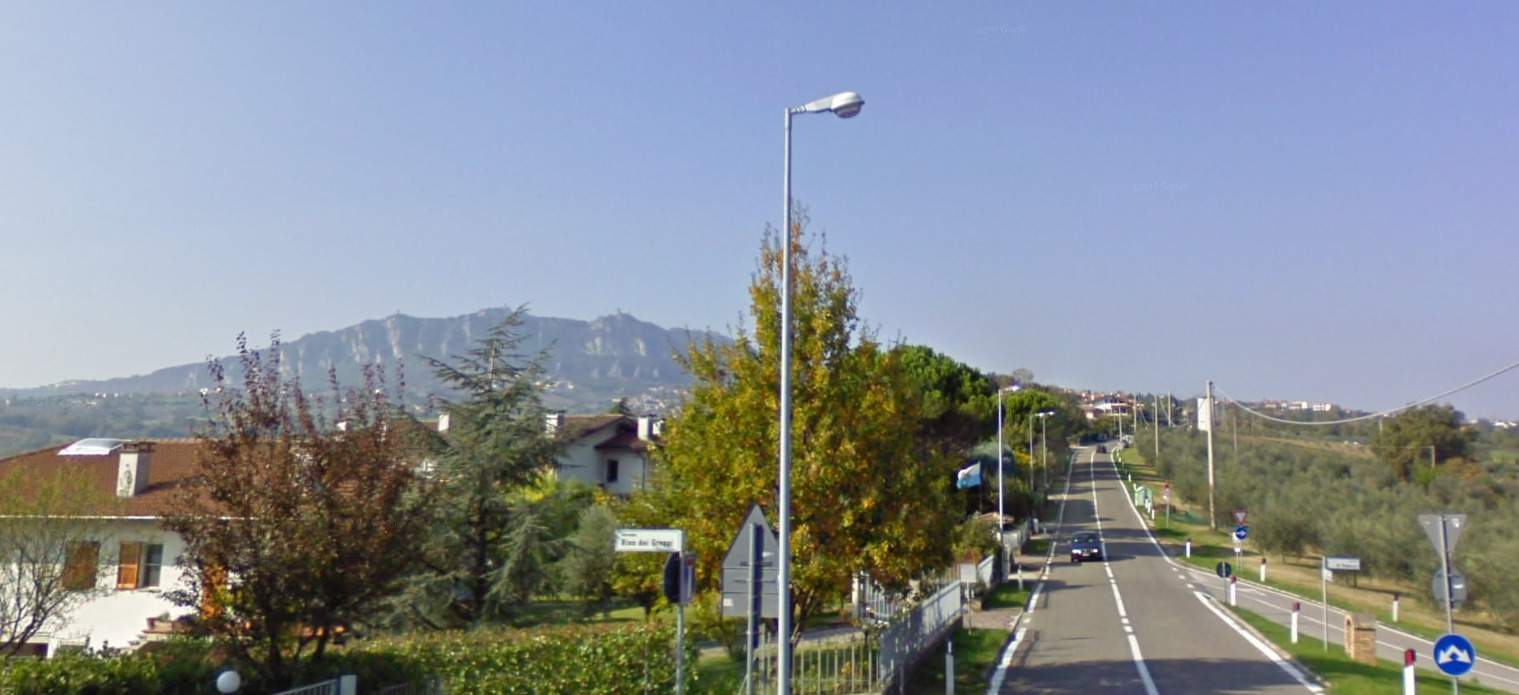
Alphabet/script:
The official language in San Marino is Italian.

Domain:
.sm
Slovenia
- Country Flag
- Capital City
- Most Helpful
- Google Car
- Bollards
- Google Coverage
- Camera Generation
- Road Lines
- Road Signs
- Electricity Poles
- License Plates
- Phone Number
- Vegetation / Landscape
- Architecture
- General Look
- Language
- Subdivisions
- Domain
Country Flag:
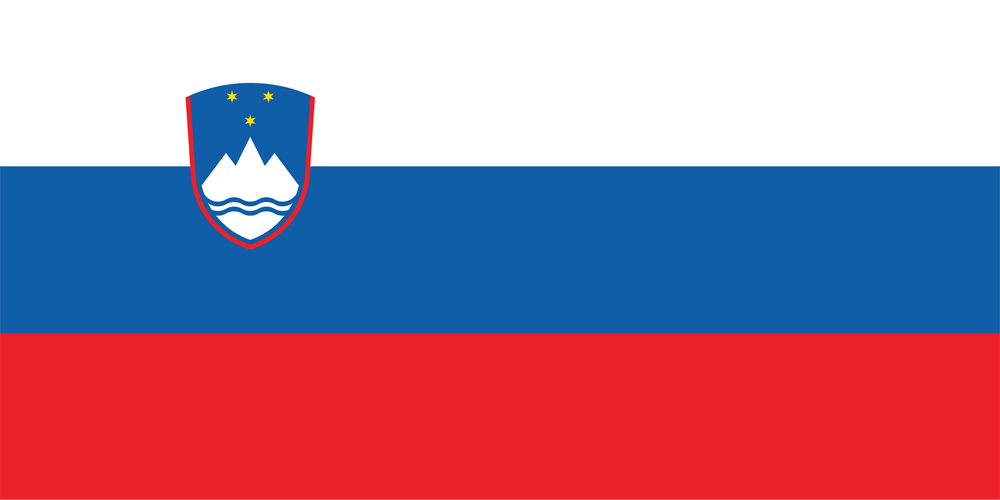
Capital City:
Ljubljana
Most Helpful:
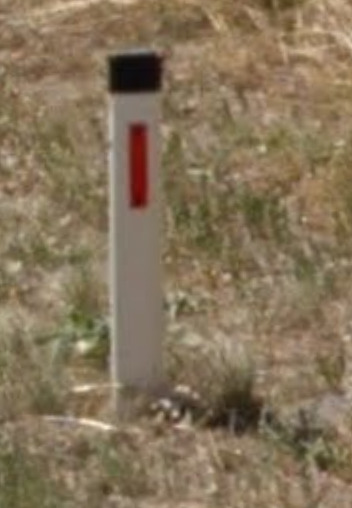
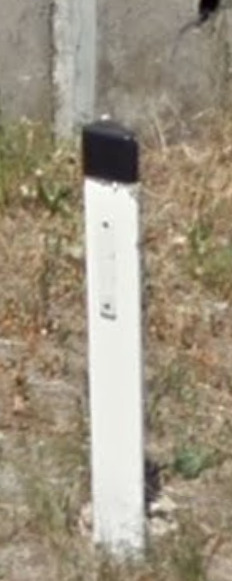



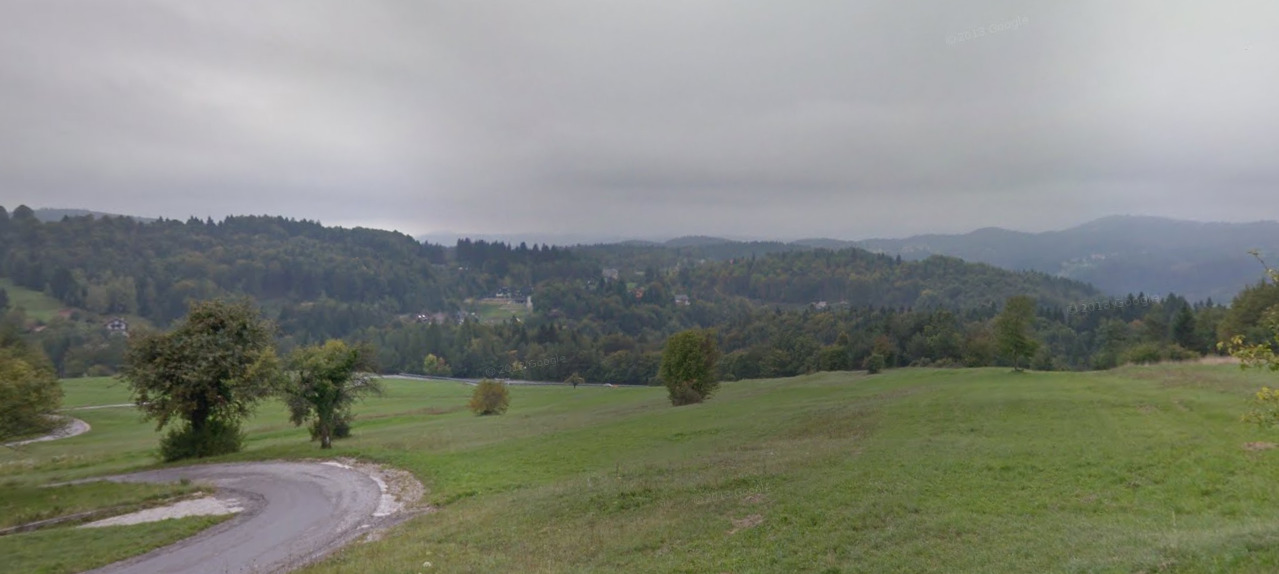
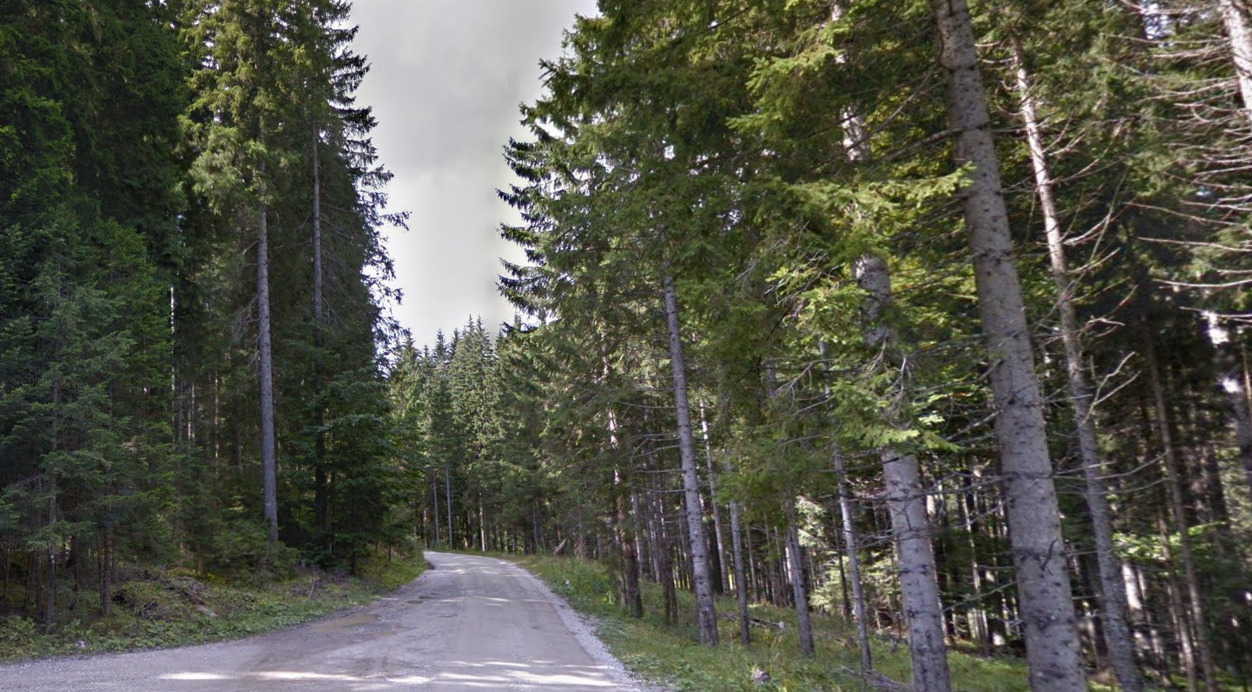

Google Car:
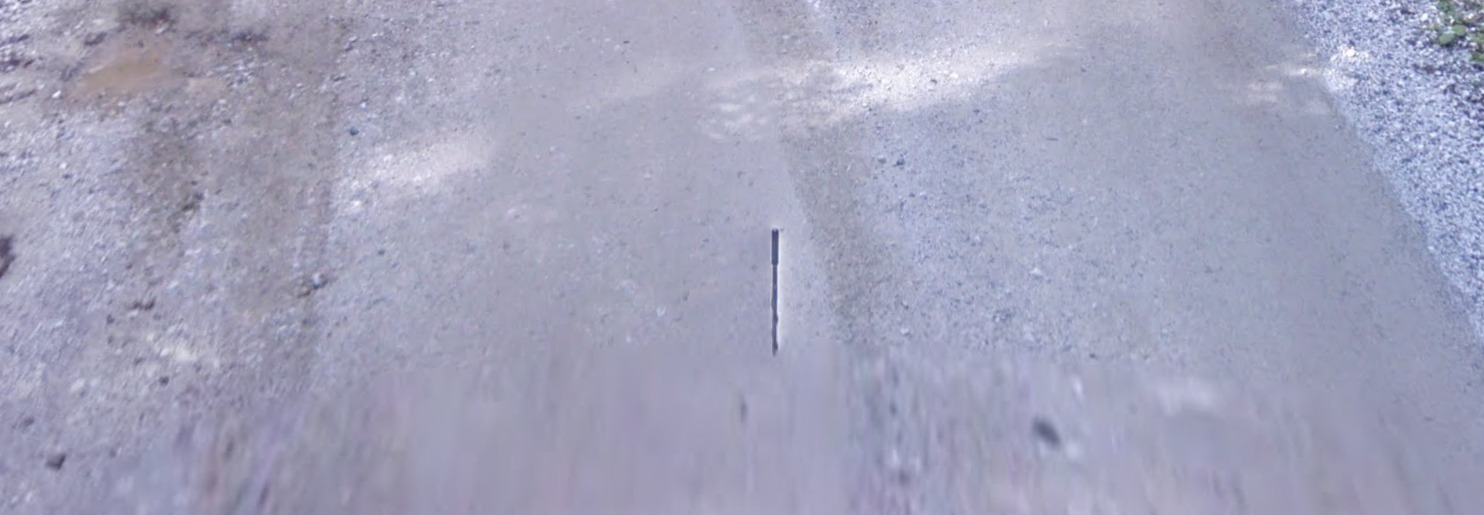
Slovenia most commonly features a google car with a short antenna.
Bollard:


Slovenian bollards feature black caps atop white poles, with red reflectors on the front and white on the reverse.
Google Coverage:
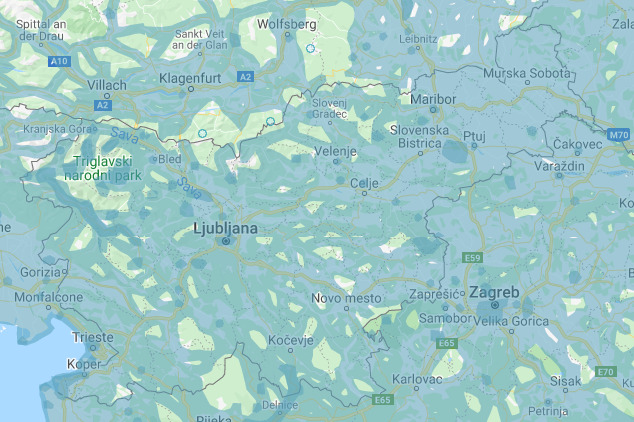
Most roads and towns are covered in Slovenia. Keep to those and you should be fine. There is also an “Ari” in Slovenia who goes by the name of Lesly Janssen. His coverage ruined parts of the North West region of Slovenia.
Camera Generation:
Gen 3
Road Lines:

Slovenia uses all white road lines.
Road Signs:
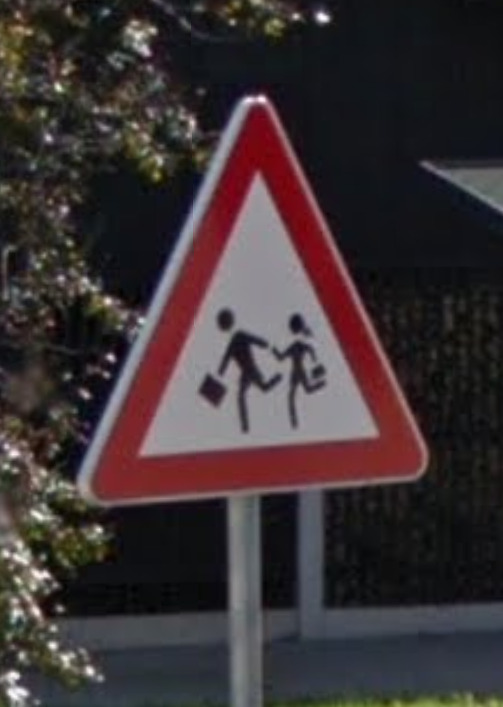
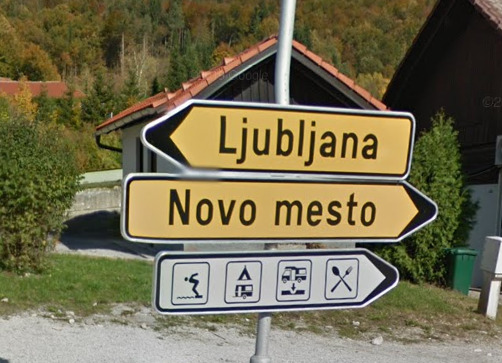


Slovenian signs have a white outline, with folded edges on the back.
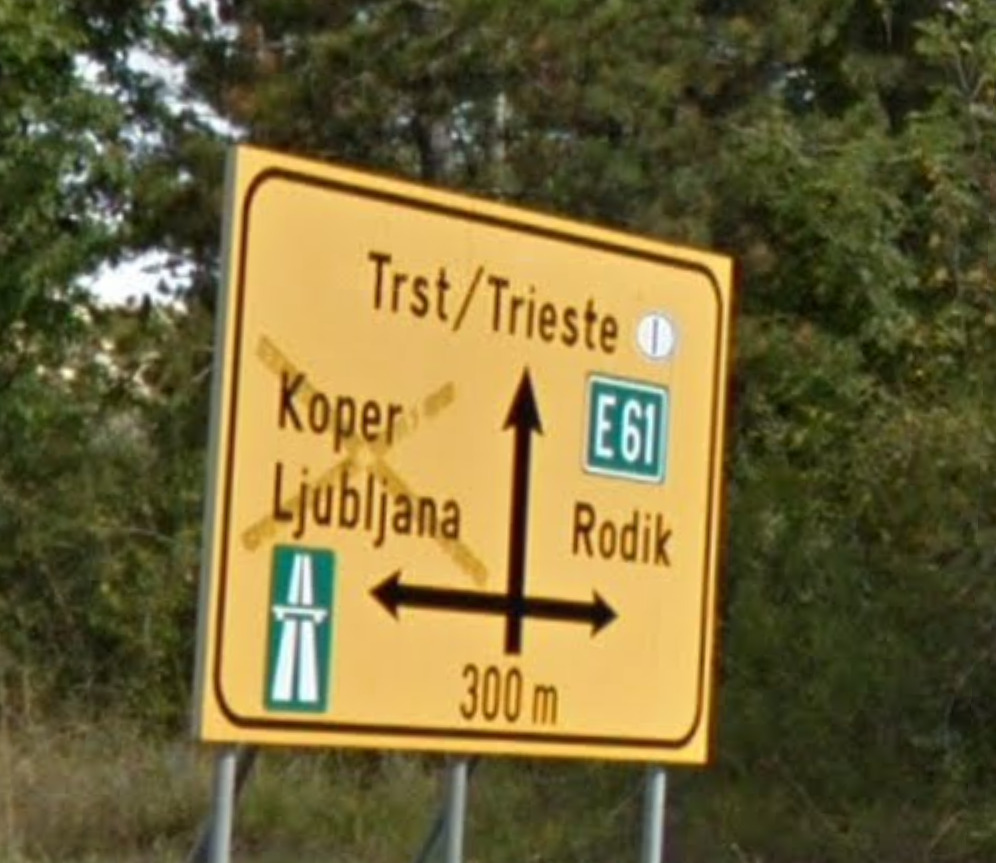
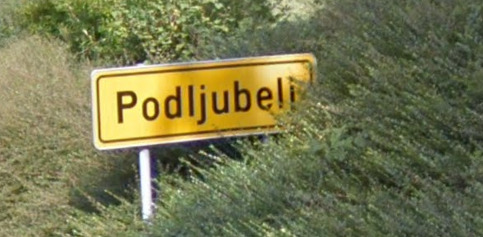
Settlement signs feature a yellow background.
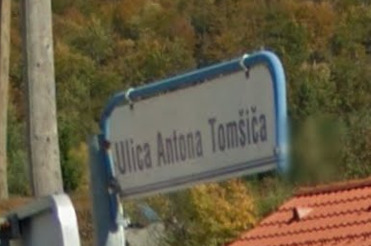
Street signs are suspended.
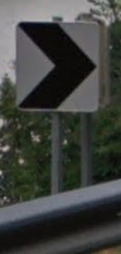

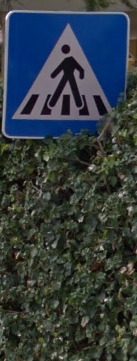
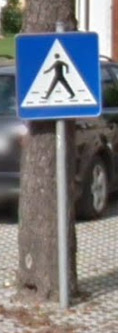
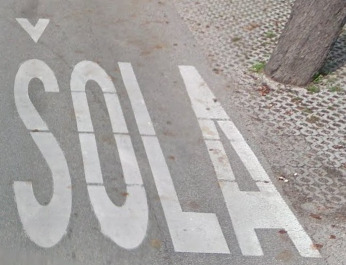
Slovenia uses šola, which means School. This is unique, and can be useful. Try not to get confused with Škola, the Croatian word for School.

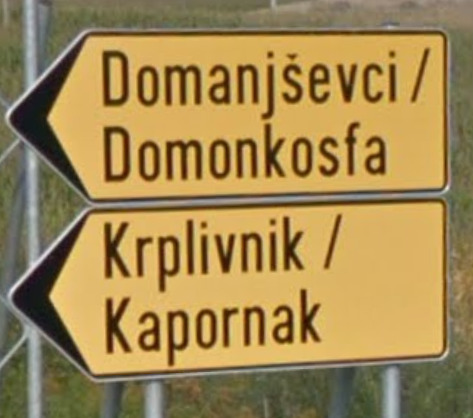
You can find signs that have both Italian and Hungarian along side the Slovenian. These will be in regions near those borders.

Slovenia uses a traditional guardrail. It has a red reflector on the inside.
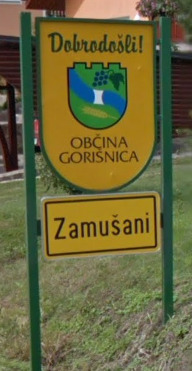
You can find the municipalities Crest on most of the town signs.
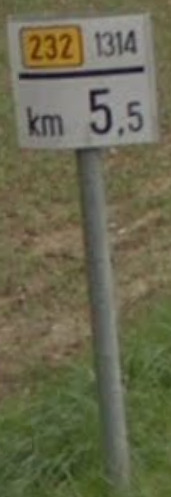
These signs are often found on the sides of roads. They will tell you what road you are on, as well as the KM along it that you are.
Electricity poles:
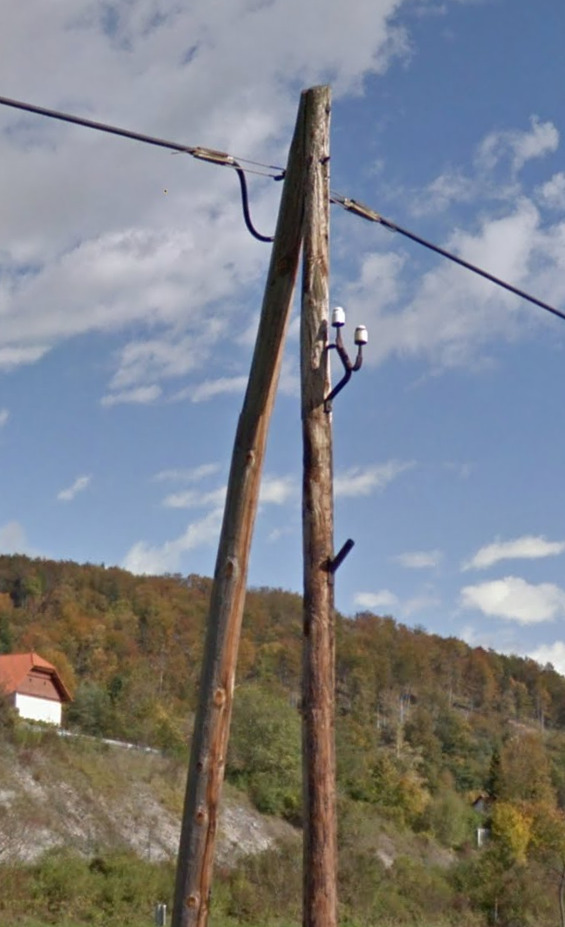


Slovenia uses so many different varieties of poles, it could be seen as crazy to learn them all. They have wooden, metal and concrete poles, and they all look slightly different.
License plates:

This license plate is from the region of Krško in South Eastern Slovenia. You can tell because of the first two digits, as well as the coat of arms in the middle.

Slovenia uses EU styled plates with a coat of arms 2 digits in. The first two digits can tell you where the car was registered. Cars do Travel, so be careful when using this.
Slovenia has 212 different variations of the license plate above. Each Coat of Arms
in the middle will be tied to one of the 212 municipalities in Slovenia. There are two pages in the link, make sure you remember to check the next page. This meta, while incredible, is also very difficult. Not only do you need to memorize 212 different coat of arms, but then you need to find an unblurred license plate with an insane amount of detail.
Phone number:
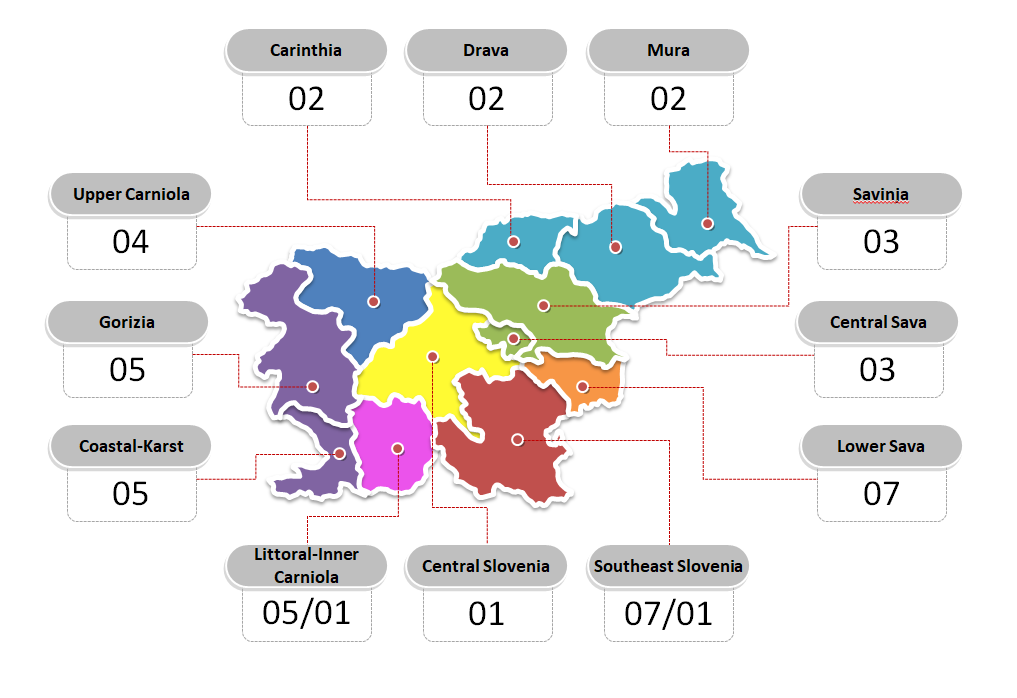
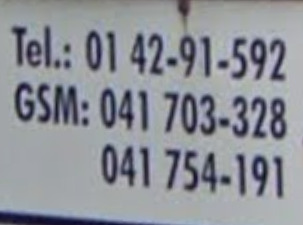
Phone numbers in Slovenia can be useful. All landlines will be two digits, while all mobile area codes will be 3 digits.
Vegetation/Landscape:



Slovenia is a mountainous and incredibly well forested country with almost 60% of its land mass covered in forests.
Architecture:


General look:



Alphabet/script:
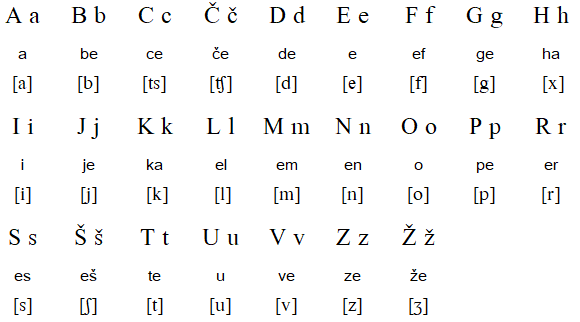
Slovenian uses a Latin based alphabet. There are regions, especially close to borders where you can find bilingual signs. These include Slovenia and Italian, and Slovenia and Hungarian. There are a few examples of these signs above.
Subdivisions:
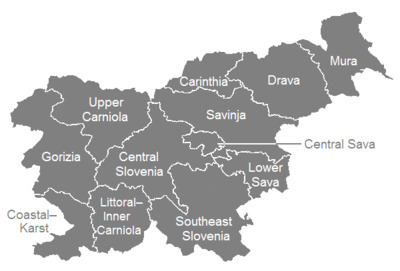
There are 12 regions in Slovenia, with 212 municipalities.
Domain:
.si
Austria
Country Flag:
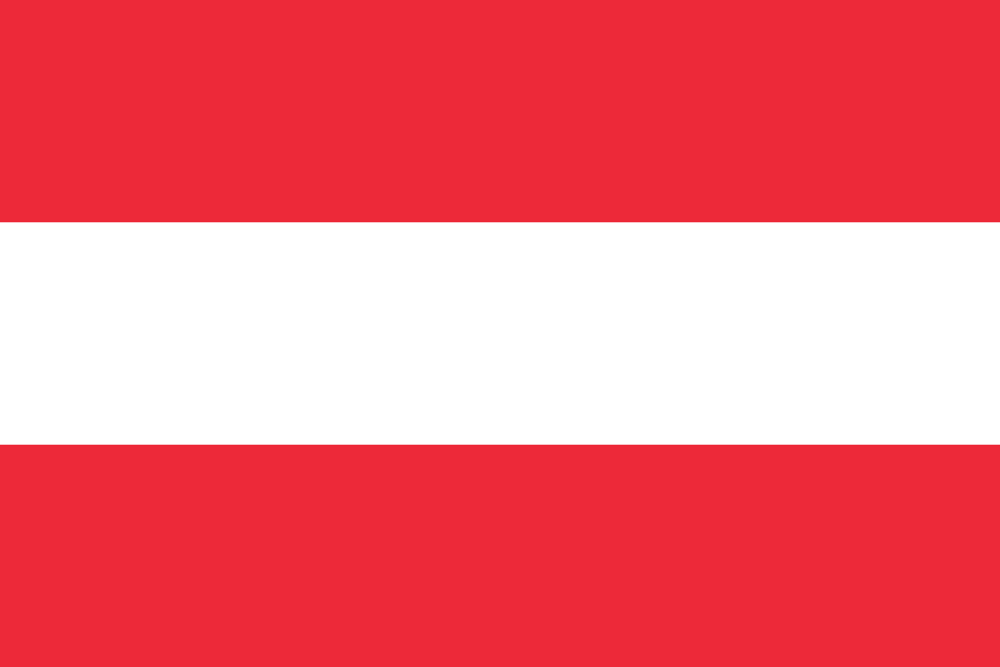
Capital City:
Vienna
Google car:
Austrias google car features a short antenna.

Bollard:
Austrian bollards feature black caps with red reflectors on the front, and grey on the rear.
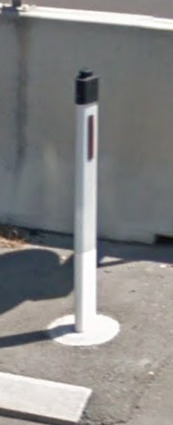
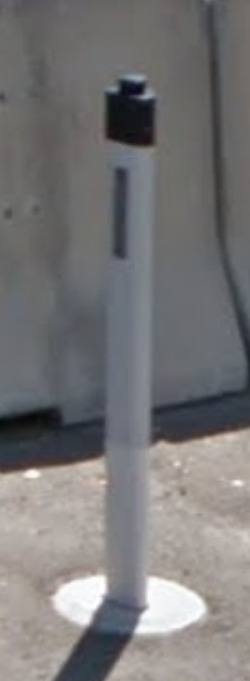
Camera Generation:
3, 4.
Road Lines:
Austria uses all white lines.

Road Signs:
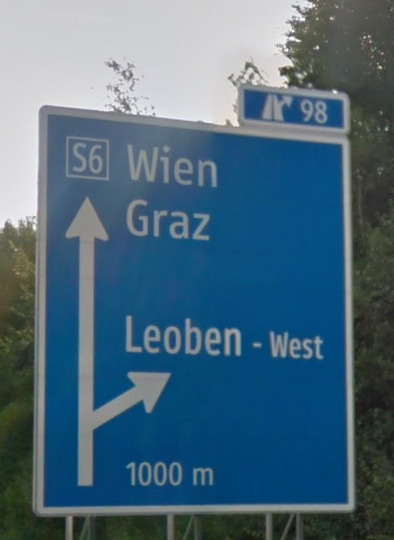
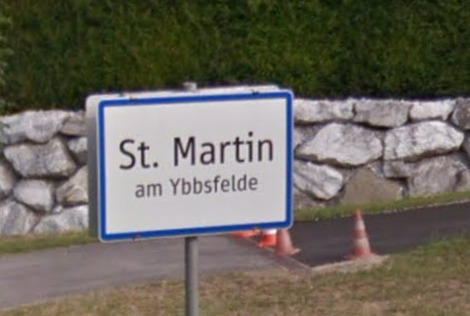
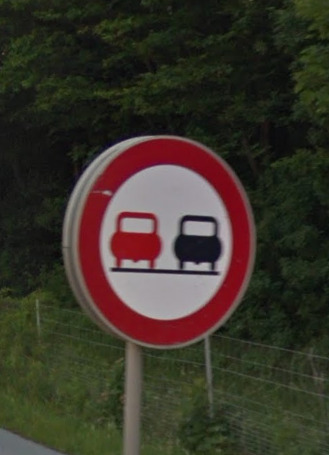

Austrian street signs are most commonly coloured blue.
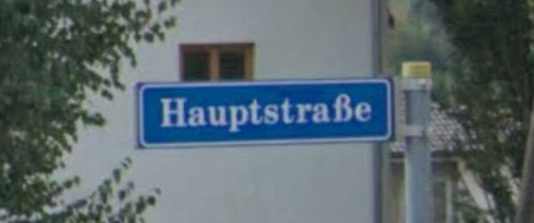
Austrian bus stops use these yellow/green signs containing a H.
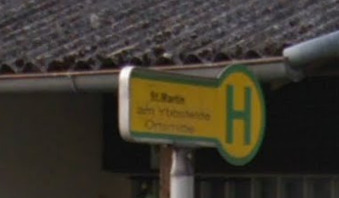
Electricity poles:
–
License plates:
Austria uses the standard EU styled plate.

Phone number:
–
Vegetation/Landscape:
Austria is a very mountainous nation.
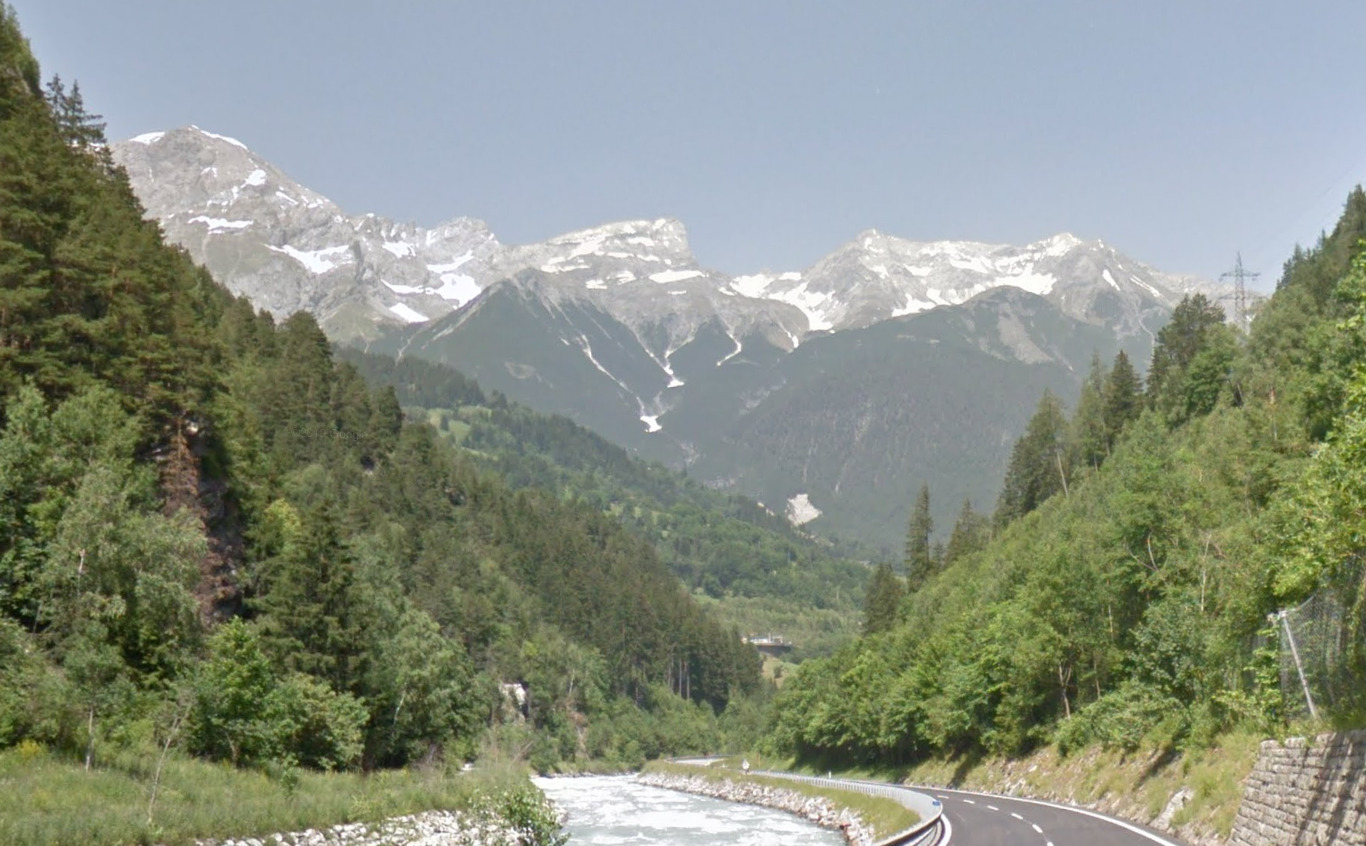
Specific tree:
–
Architecture:
A common site can be these ‘chalet’ styled houses.

General look:
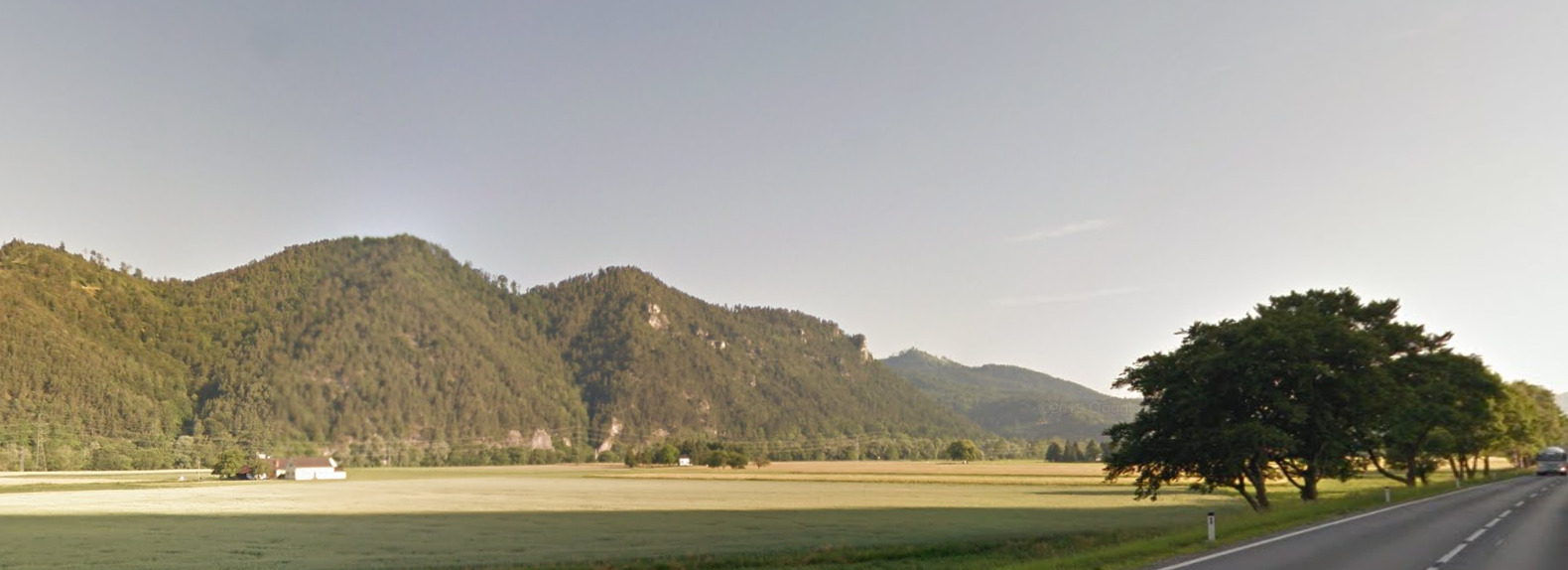
Alphabet/script:
The official language of Austria is German.
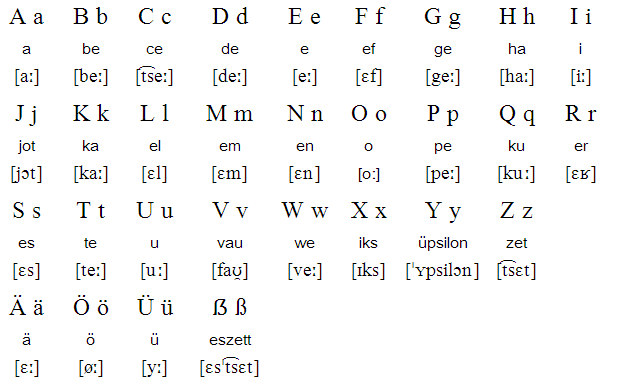
Domain:
.at
Slovakia
Country Flag:
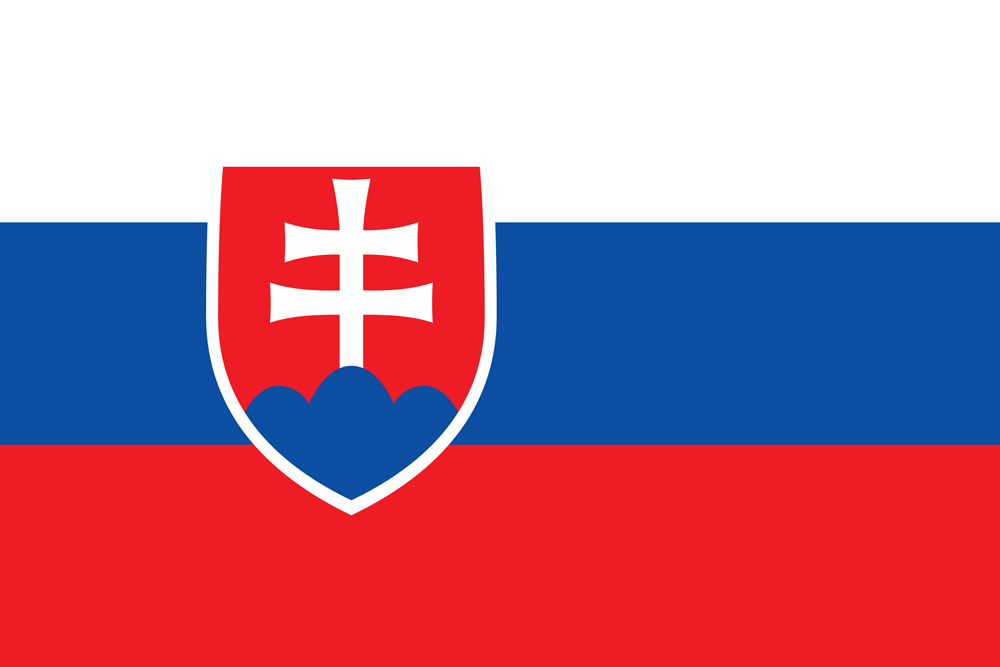
Capital City:
Bratislava
Google car:
–
Bollard:
Slovakian bollards are white with a black segment containing a white or orange reflector.

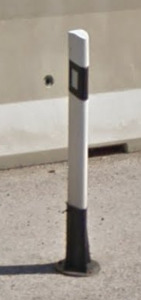
There are on occassion colour variations featuring entirely blue poles or a handful of other colours.

Camera Generation:
3
Road Lines:
Slovakia uses all white lines.

Road Signs:
Slovakian signs feature a white outline.
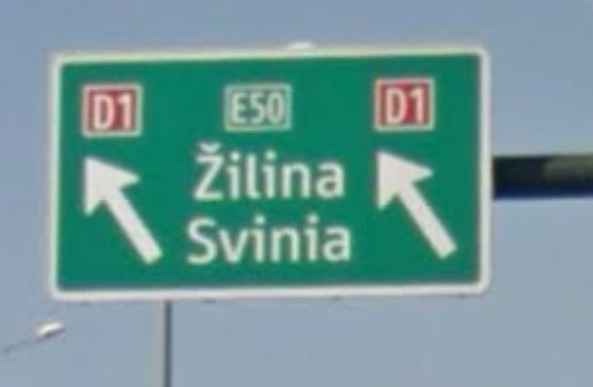

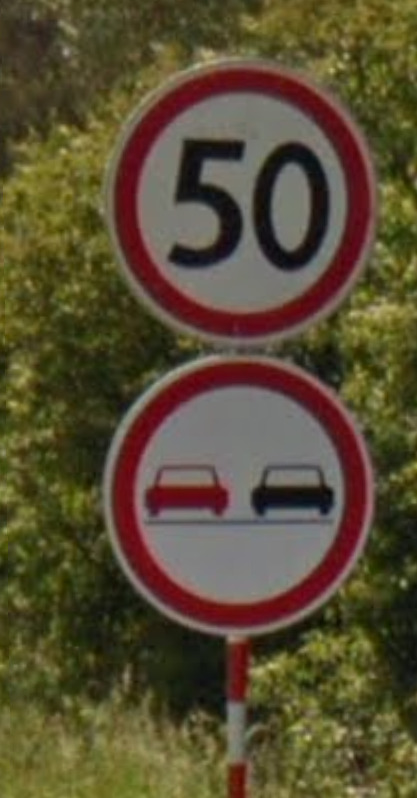
Slovakian settlement signs are in white.
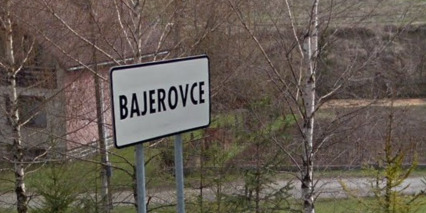
Electricity poles:
Slovakia uses wooden poles.
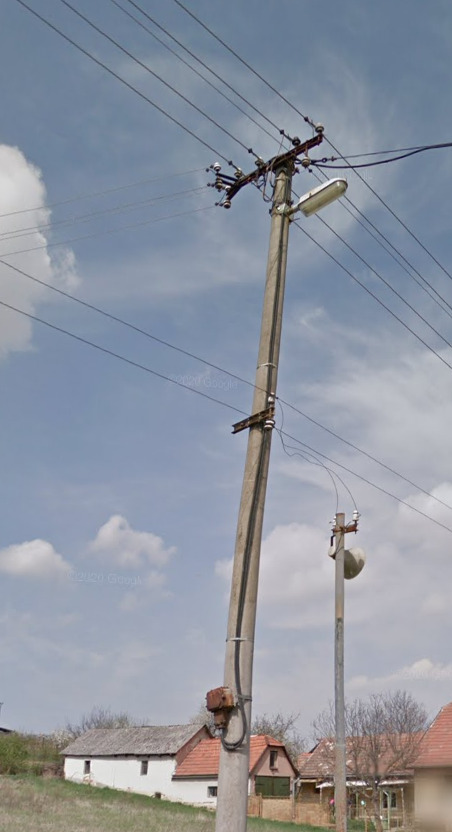
License plates:
Slovakia uses the standard EU plate style.

Phone number:
–
Vegetation/Landscape:
Slovakia has a mix of flat and hilly terrain with mountains towards the north.

Specific tree:
–
Architecture:
–
General look:

Alphabet/script:
The official language in Slovakia is Slovak.
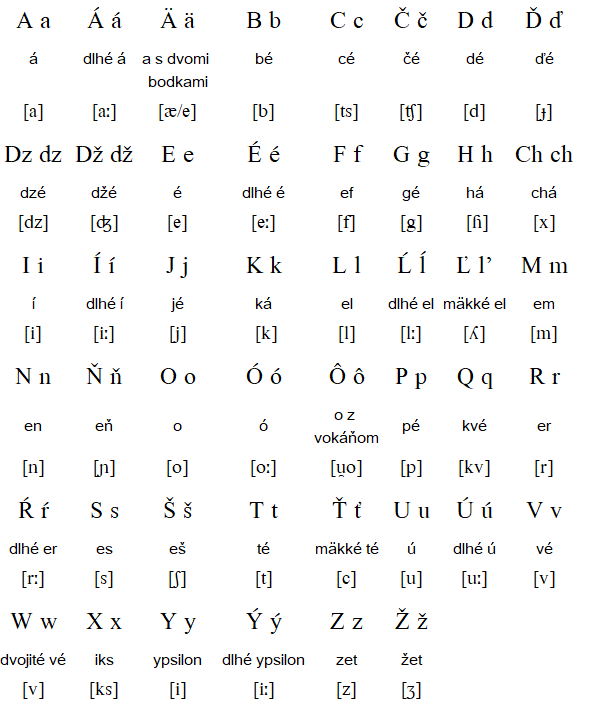
Domain:
.sk
Monaco
- Country Flag
- Capital City
- Most Helpful
- Google Car
- Bollards
- Google Coverage
- Camera Generation
- Road Lines
- Road Signs
- Electricity Poles
- License Plates
- Phone Number
- Vegetation / Landscape
- Architecture
- General Look
- Language
- Domain
Country Flag:
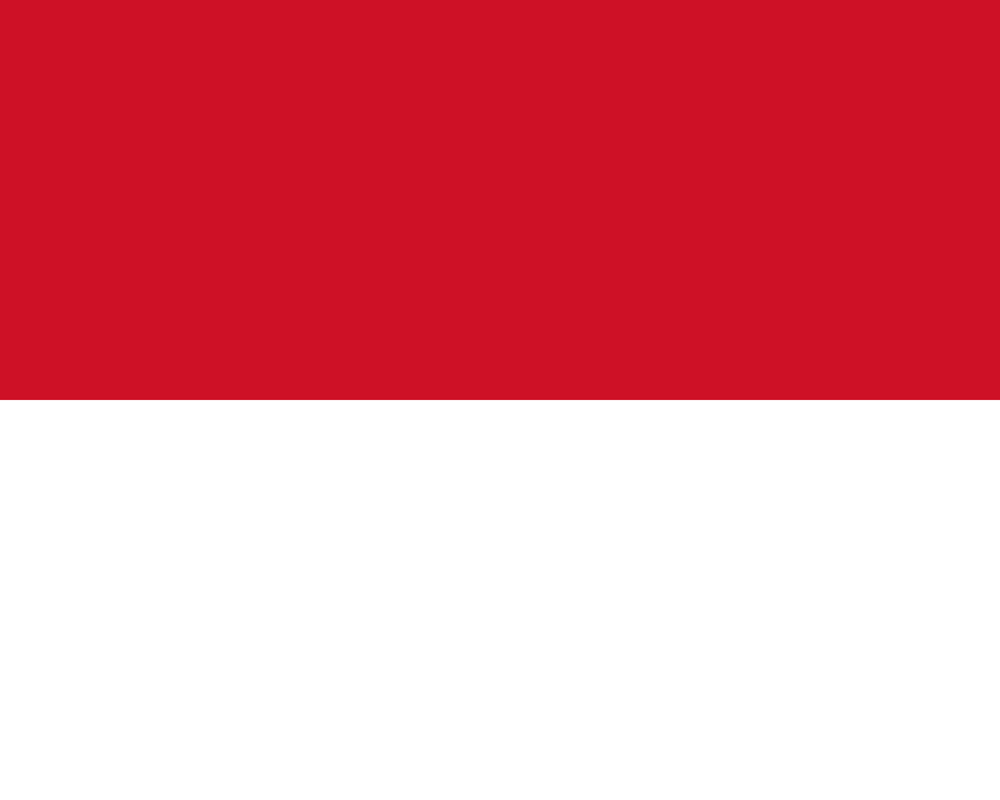
Capital City:
No Distinct Capital
As Monaco is a city-state, it contains no distinct capital. However, most of the government buildings are in Monte Carlo.
Most Helpful:
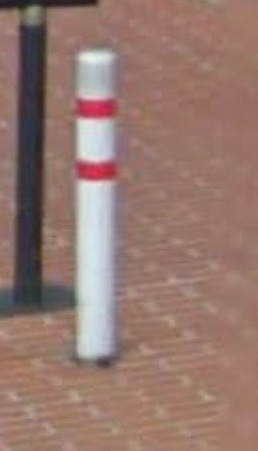
Monacan bollards are white with 2 red rings in mostly Gen 2 coverage.

There are also plenty of bollards with two white reflector strips on a white base.
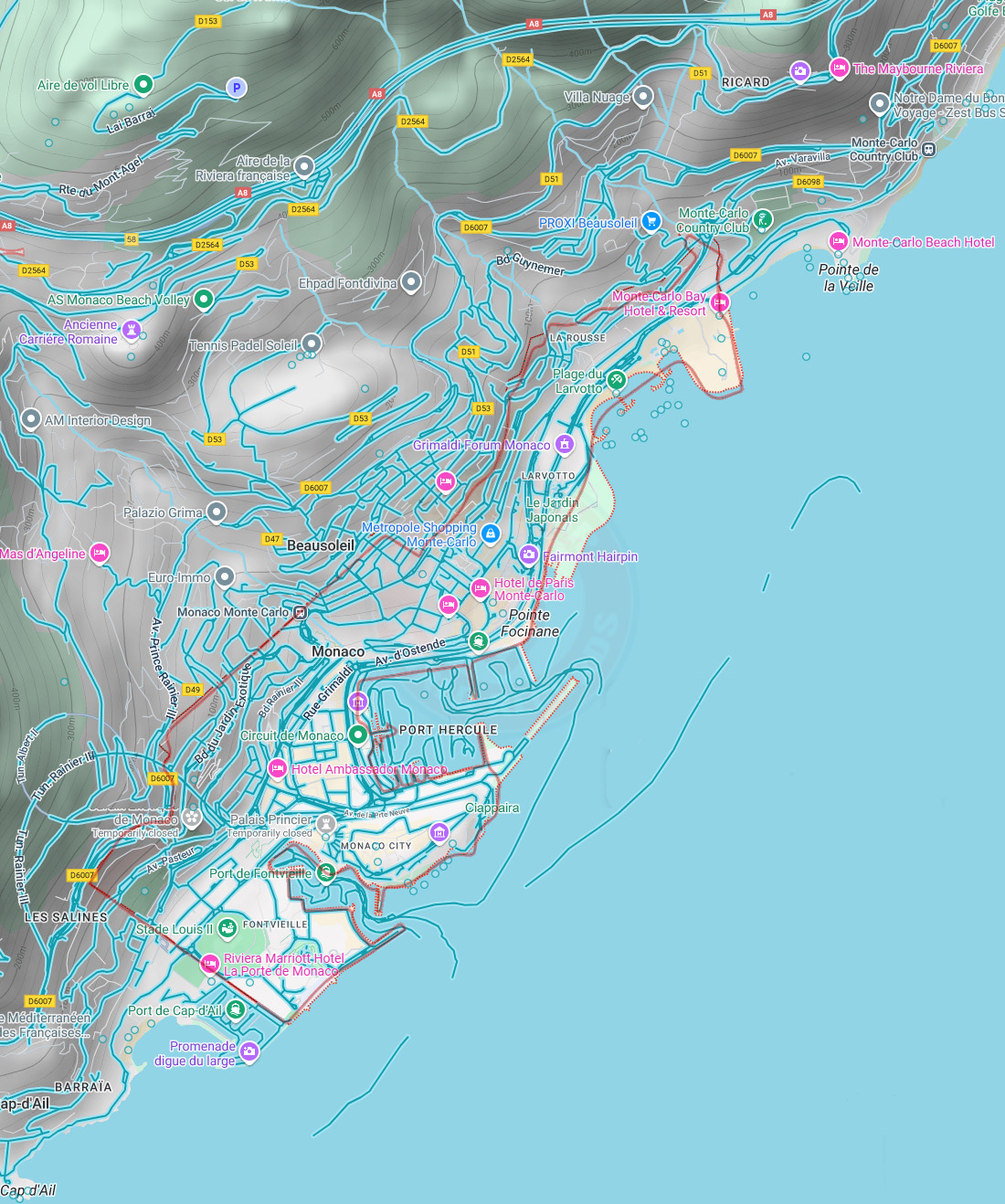
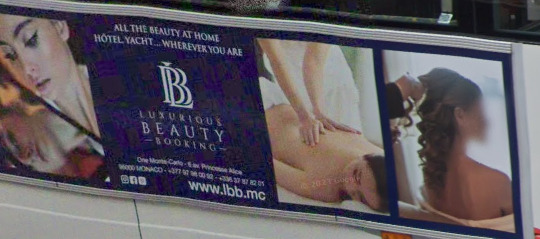
Monaco’s Country code is +377. Numbers will show up like XX XX XX XX or XX XX XXXX.
Google car:
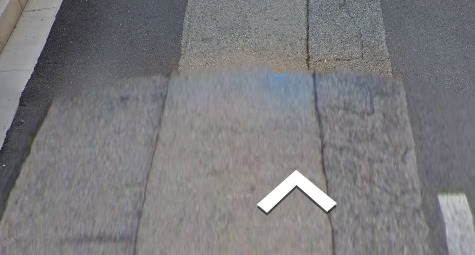
You will not see the car with Gen 2 coverage, however the Gen 4 car is the typical blue car used in the majority of places.
Bollard:

Monacan bollards are white with 2 red rings in mostly Gen 2 coverage.

There are also plenty of bollards with two white reflector strips on a white base.
Google Coverage:

Most of the roads in Monaco have coverage. Being the second smallest territory in the world, knowing you’re in Monaco makes all the difference.
Camera Generation:
Gen 2 and 4
Road Lines:

Monaco uses white lines.
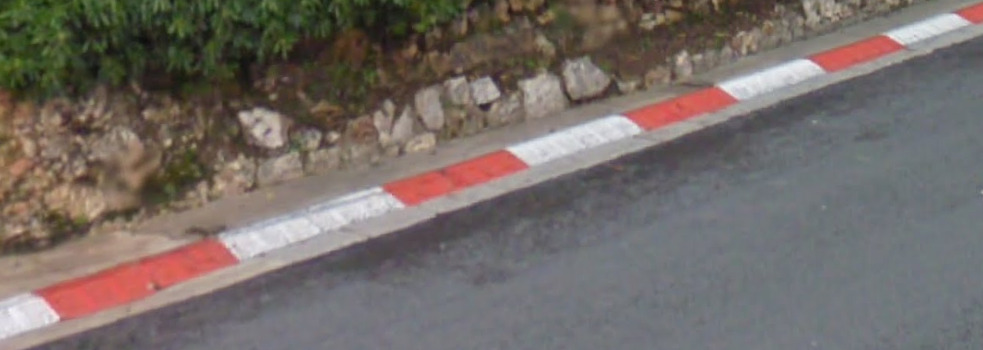
Also due to it having an F1 track around the city, you can find these red/white curbs.
Road Signs:
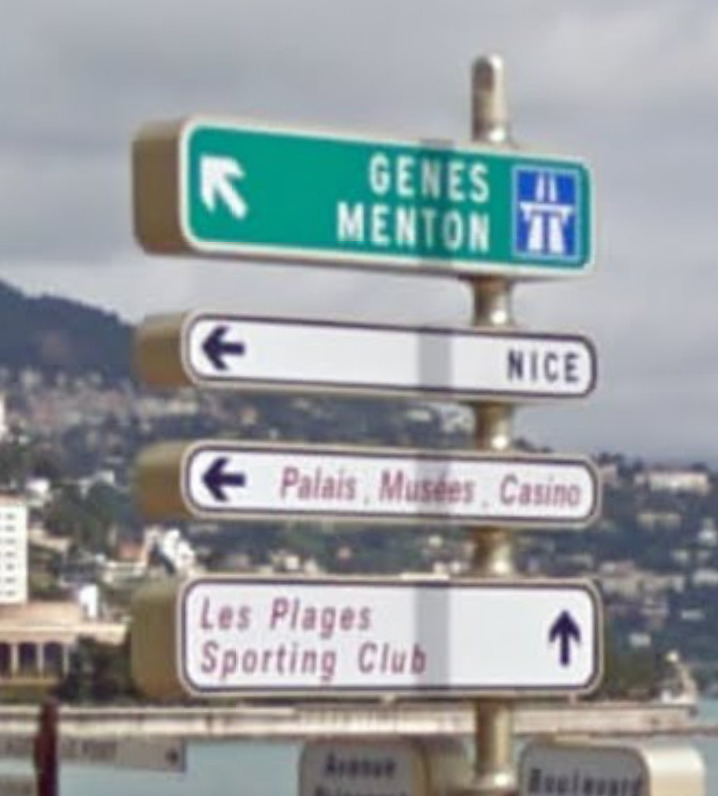
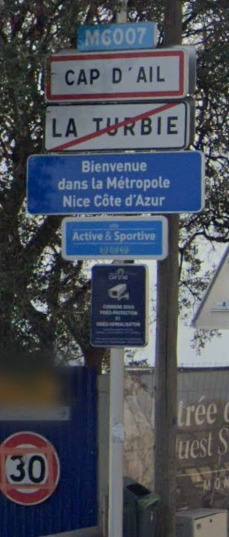
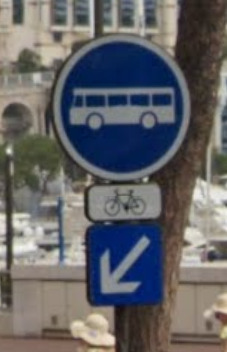
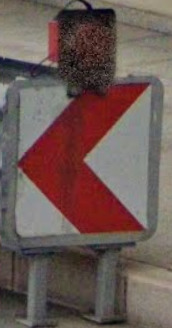
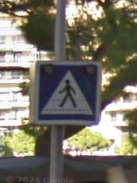
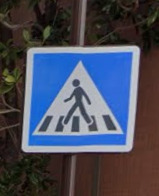
It appears that Monaco has changed the design for their crosswalk signs in-between the coverages. Gen 2 coverage will have the dashed lines outside of the pedestrian while gen 4 will have the pedestrian standing on line 2 and line 4 of the 5 line crosswalk.
Electricity poles:


You can often find these wooden or tapered metal poles throughout Monaco.
License plates:

Monaco has short white plates with blue text, however due to its location you can see a lot of Italian, French plates.
Phone number:

Monaco’s Country code is +377. Numbers will show up like XX XX XX XX or XX XX XXXX.
Vegetation/Landscape:

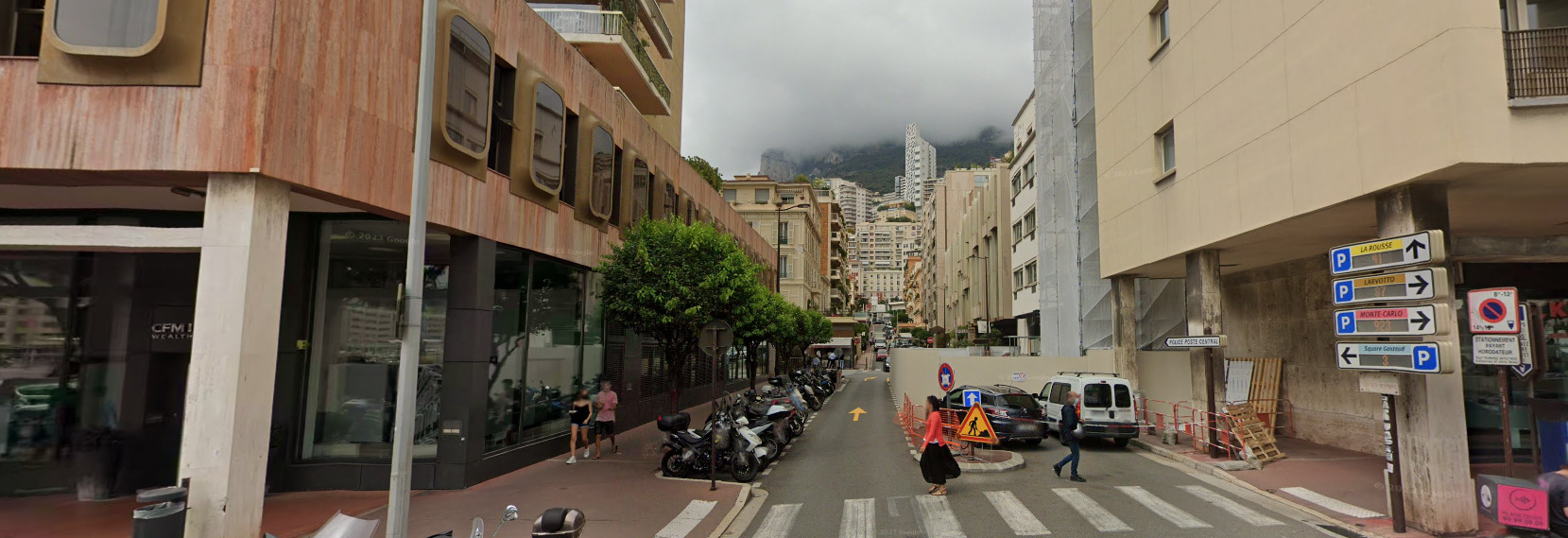
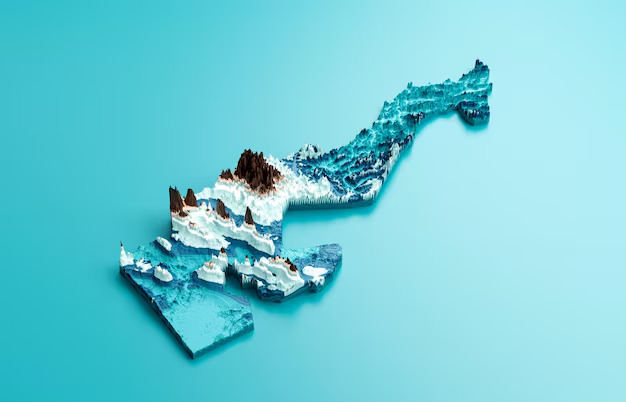
Architecture:
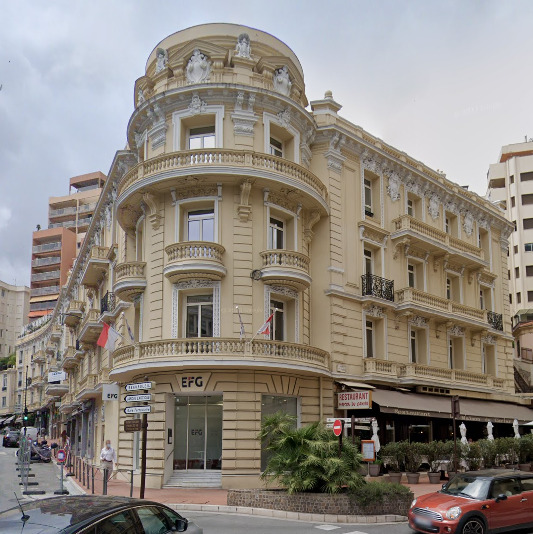
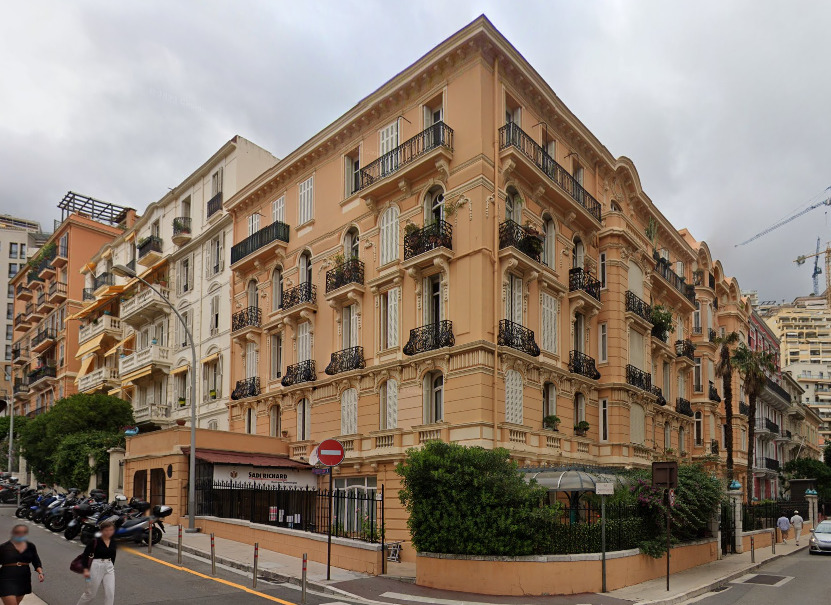
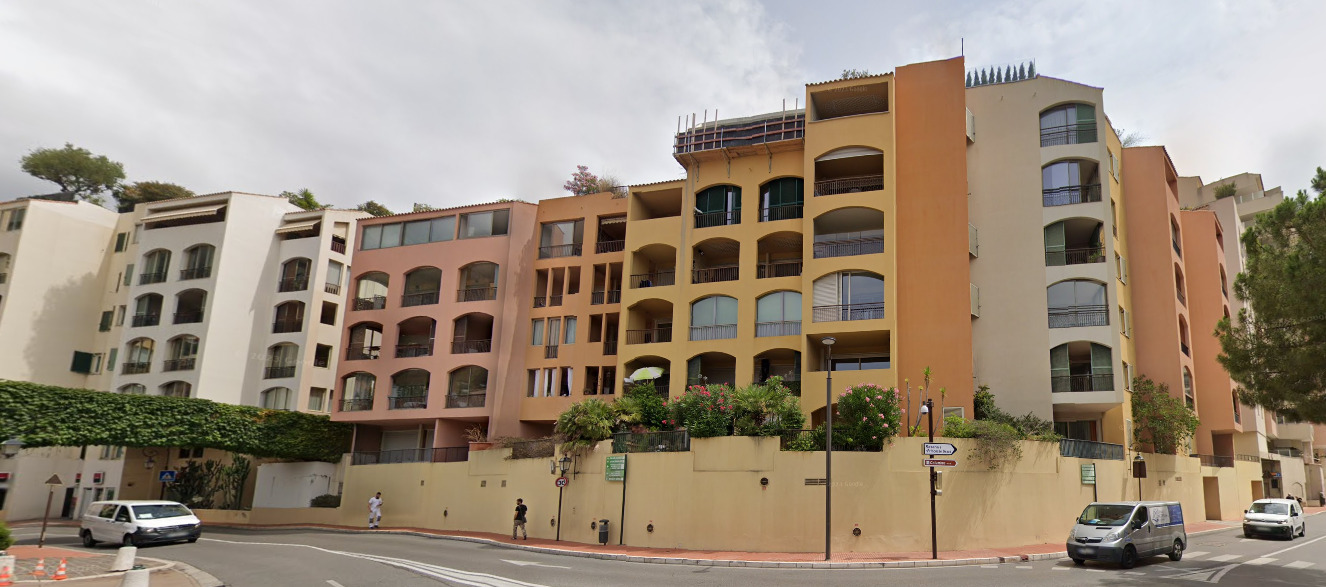
General look:
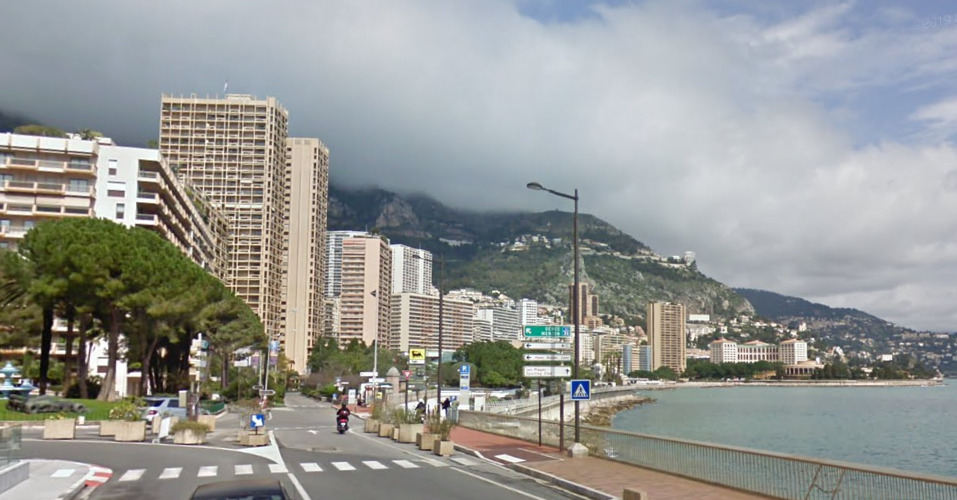


Due to being a city-state Monaco is entirely built up.
Alphabet/script:
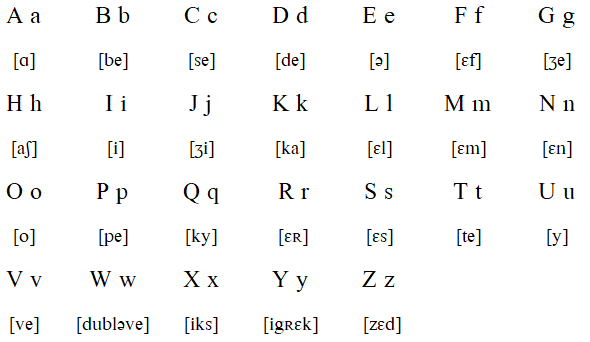
Monaco uses French as its official language.
Domain:
.mc
Åland Islands
- Country Flag
- Capital City
- Largest Cities by Population
- Most Helpful
- Google Car
- Bollards
- Google Coverage
- Camera Generation
- Road Lines
- Road Signs
- Electricity Poles
- License Plates
- Phone Number
- Vegetation / Landscape
- Topography
- Architecture
- General Look
- Language
- Domain
Country Flag:
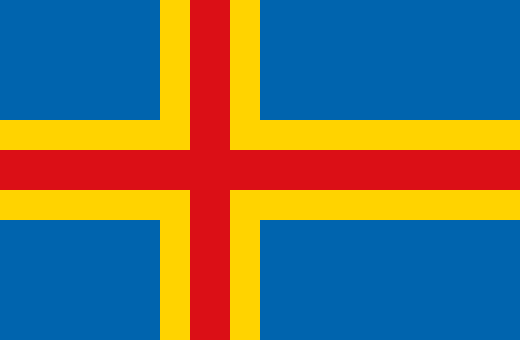
The Åland islands are owned by Finland, therefore you can find the Finland flag as well. However, Åland has their own flag as seen above.
Capital City:
Mariehamn
Largest Cities by Population:
1. Mariehamn – 11,736 (South)
2. Jomala – 5,509 (just North of Mariehamn)
3. Finström – 2,642 (Center)
4. Lemland – 2,133 (South)
5. Saltvik – 1,810 (North)
*Population data is from the Census 2021 and may not be accurate to the time the photos were taken by the google car.
Most Helpful:
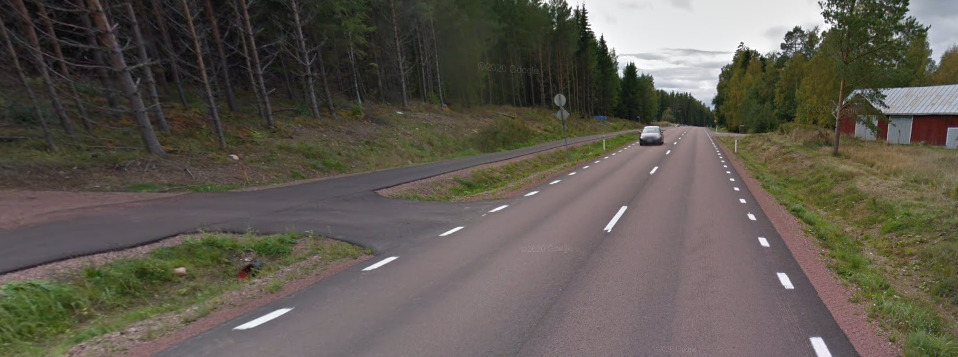
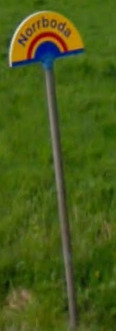

Google Car:
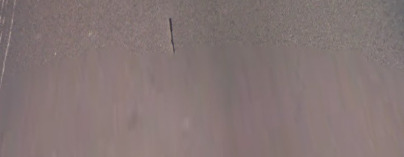
When in Gen 3 coverage, you can see a bit of the antenna off the back of the car.
Bollard:

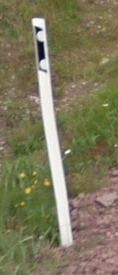
Åland Uses this as a bollard.


These yellow bollards are found near intersections.


These colored bollards indicate that there is a pipe underground. While we are unsure what the colors represent, Yellow usually stands for Electricity and Blue for water. It is safe to assume the red is either sewage or natural gas.
Google Coverage:
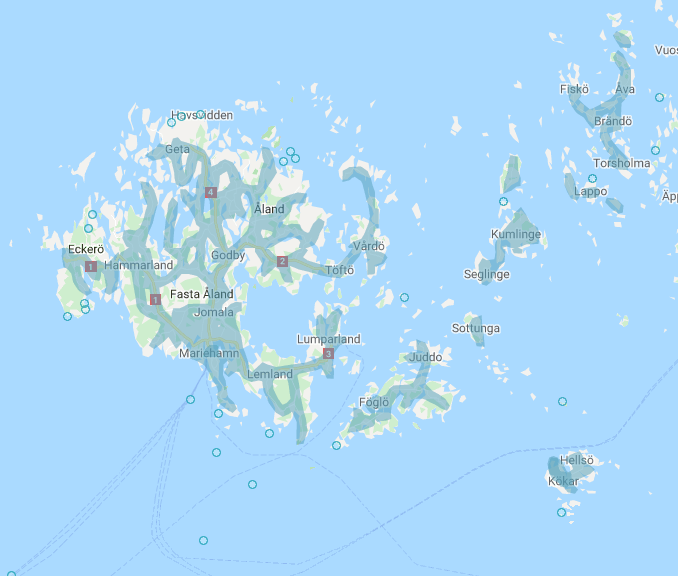
Åland is located between Sweden and Finland. Most of their coverage contains main roads. There are countless areas not covered.
Camera Generation:
Gen 2 and 3
Road Lines:

Åland uses a white divider with dashed white shoulders. Their roads are also tinted red, which is a good clue that you are in Åland.
Road Signs:

There are chances you can find the road number on the side of the road.
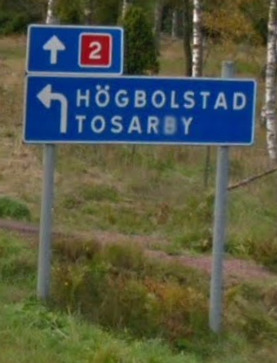
You can find these blue signs on most major highways. They will point you towards towns, cities and villages. They also state the road number you are on.

They use Yellow and Red warning signs, which are also seen in Sweden.
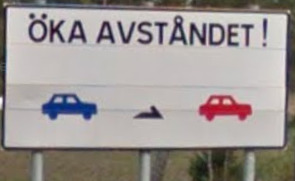
These signs essentially mean no tailgating. The language here is Swedish.
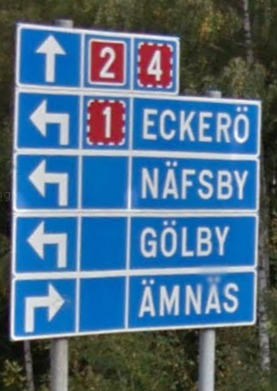
The dashed line around the road numbers means that you are not on that road. If it is solid, like the number 2, that means you’re on that road.

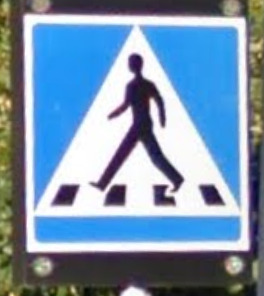

There seem to be two different variations of the crosswalk sign. The 5 stripe sign is definitely more common than the 4 stripe.
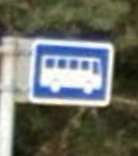
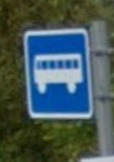

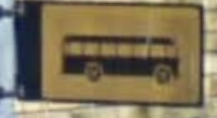
Bus stop signs in Åland are similar to Finland. They can be either 5 or 7 windows, blue or yellow, and their tires can be filled or left open. Yellow signs means local traffic, while Blue signs are busses that handle distance travelers.
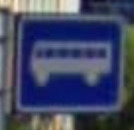
In VERY rare instances, you can find a 6 window bus stop sign. 6 window signs are usually Sweden, but they have made their appearance in Åland.

Åland use a traditional guard rail, although it feels smaller, much like Finland’s. It doesn’t appear to have an reflectors inside of it.

Åland uses these rainbow looking signs for their town entrances. They have only been spotted in Åland, so they are a good indicators that you are in Åland.
Electricity poles:

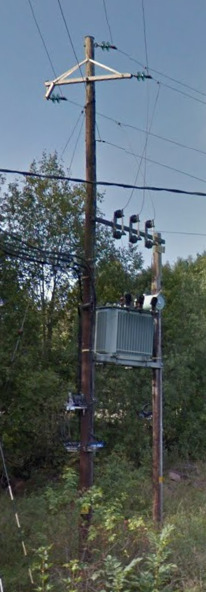
Åland uses wooden poles with what appears to be a metal cap up top. You can also find these low voltage transformers on some poles.
License plates:

Åland uses different plates from Finland. They don’t have the blue bar on the side showing that it is a part of the EU.
Phone number:
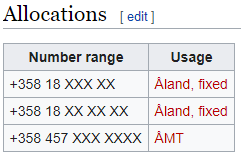
Phone numbers in Åland with an area code are extremely rare. However, you can find numbers that do not have an area code attached to them. These will be between 5 and 6 digits long. You are also very likely to find numbers from Finland.
Vegetation/Landscape:



The Climate of Åland is similar to the Helsinki area on mainland Finland. It is considered a humid continental climate with a warm summer.
Topography:
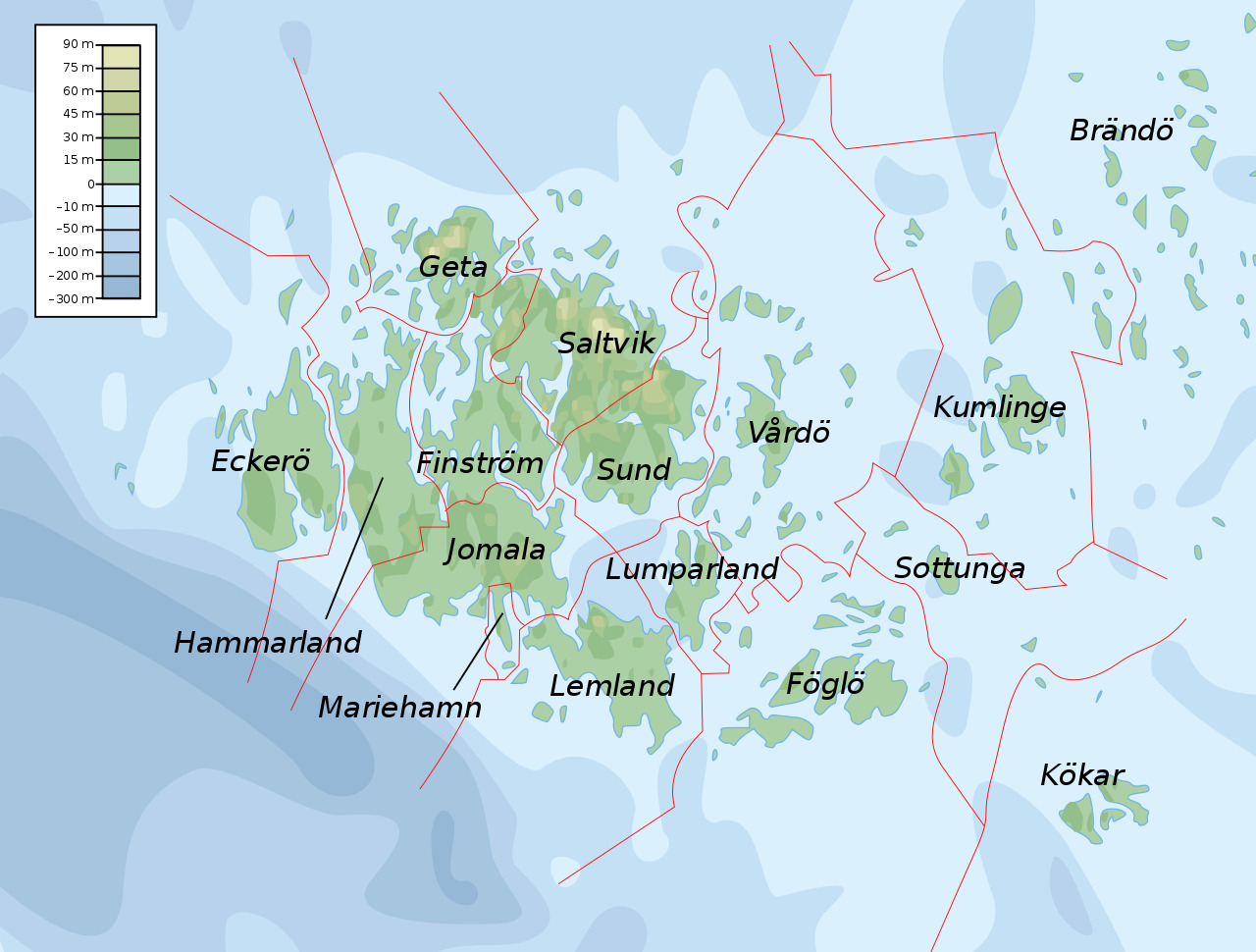
The Åland Islands are relatively flat, with a few hills noticeable outside of the higher points of Geta and Saltvik. Even though there are some changes, it may be hard to notice.
Architecture:
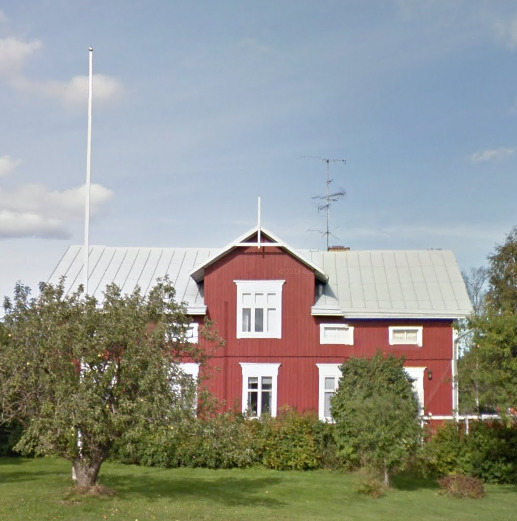
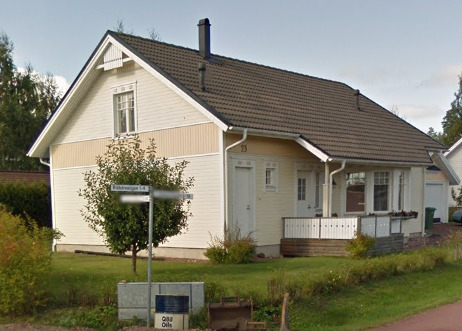
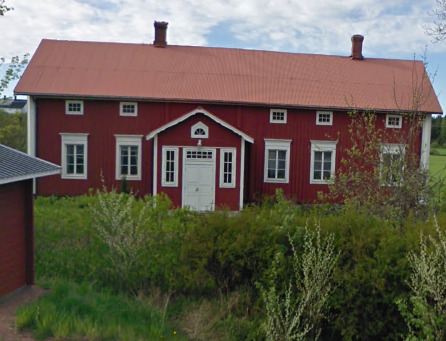
Åland has very similar architecture to Sweden and Finland. The houses are generally red with white trim.
General look:

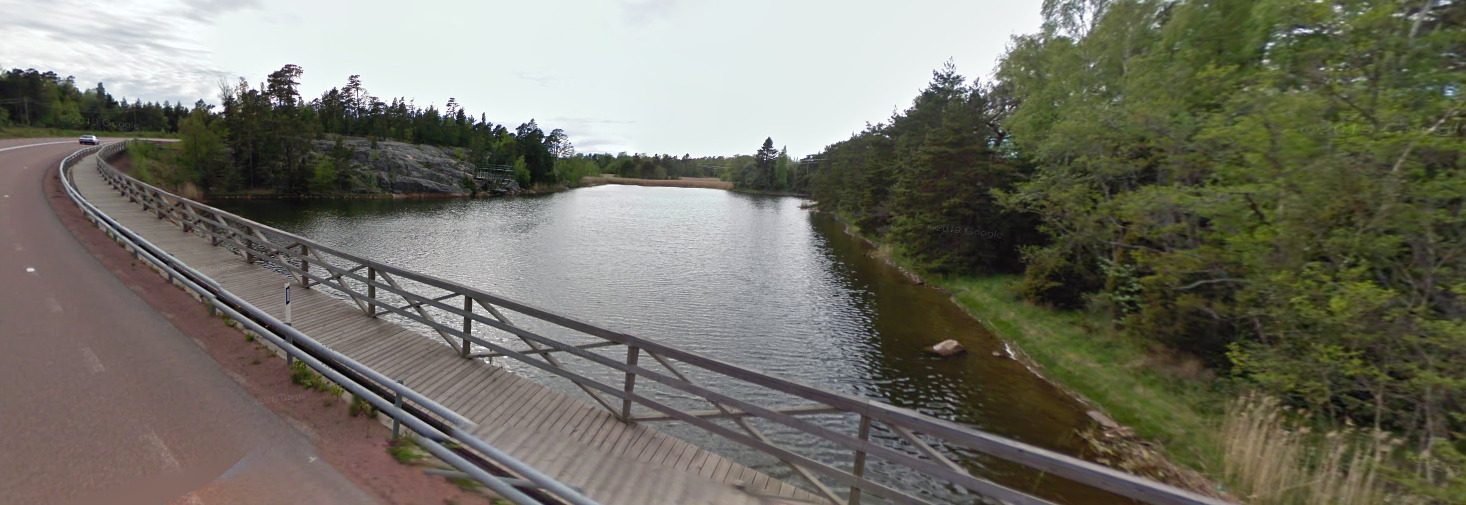

The most important thing to notice here is the red tinted road. This is a huge clue. The mix of bollards and the warning signs also are pretty indicative of the area.
Alphabet/script:

Åland uses a typical Swedish alphabet even though they are territory of Finland.
Domain:
.ax
Croatia
- Country Flag
- Capital City
- Most Helpful
- Google Car
- Rare Google Car
- Bollards
- Google Coverage
- Unique Vehicle
- Camera Generation
- Road Lines
- Road Signs
- Major Roads
- Electricity Poles
- License Plates
- Phone Number
- Vegetation / Landscape
- Architecture
- General Look
- Subdivisions
- Language
- Domain
Country Flag:
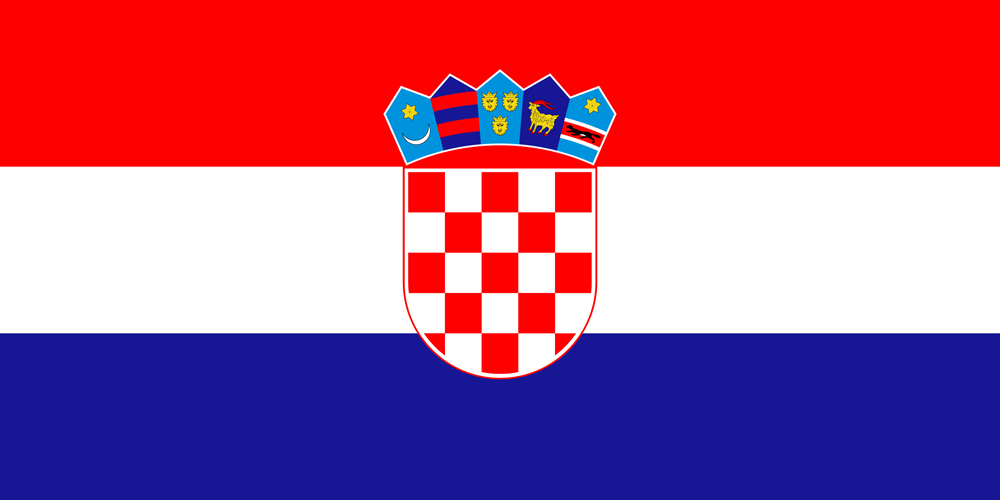
Capital City:
Zagreb
Most Helpful:
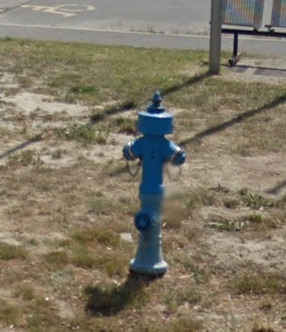
You will find a lot of stickers that have the letters HR. This is Croatia’s internet domain, and it is worth knowing.

While the white license plates are a good sign for now, they will eventually be replaced by a plate with the classic EU blue stripe.
Google Car:
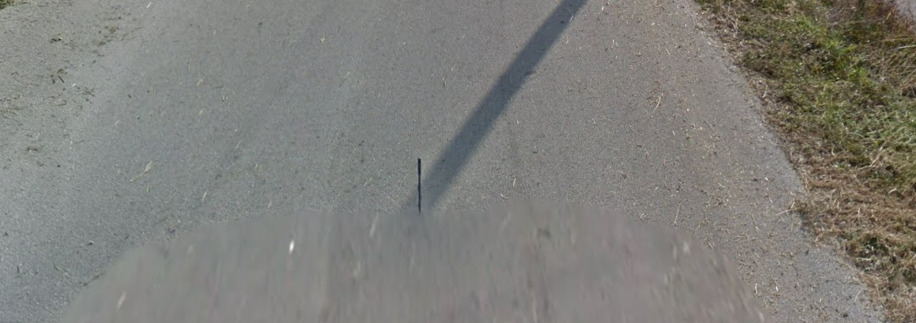
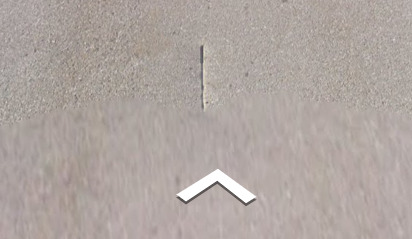
Croatia will most commonly have a short antenna. There are examples of the car with a long antenna however.
Rare Google Car:
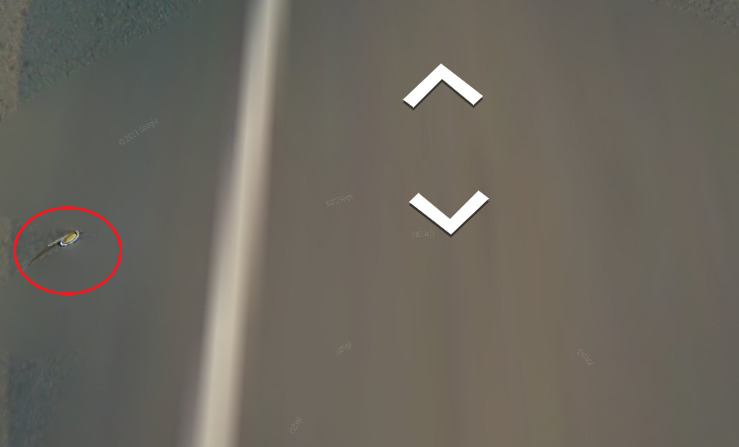
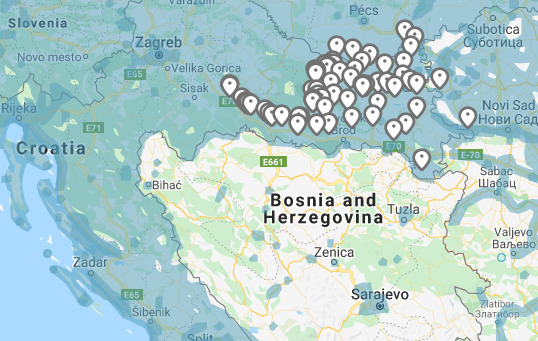
The defining feature of this rare car will be a smiley face sticker on the driver side mirror. It will not always appear as it depends on the google coverage and how much of the car remains unblurred. Its in a limited area of Croatia, so finding the sticker will be really helpful. Keep to the North East and you should be fine. The problem is that it is often hard to see the sticker.
Bollard:
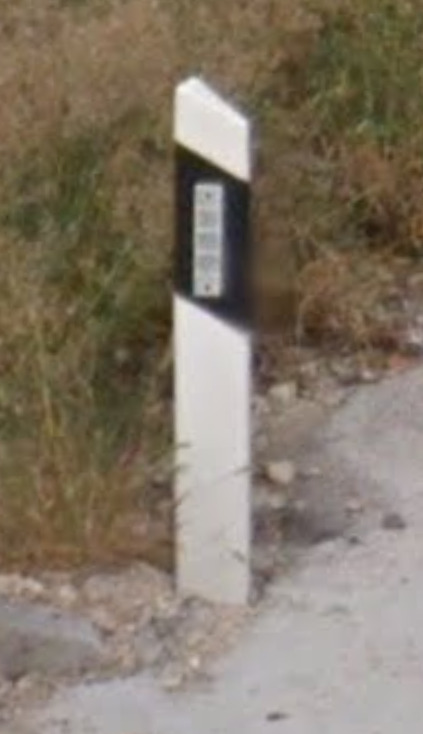
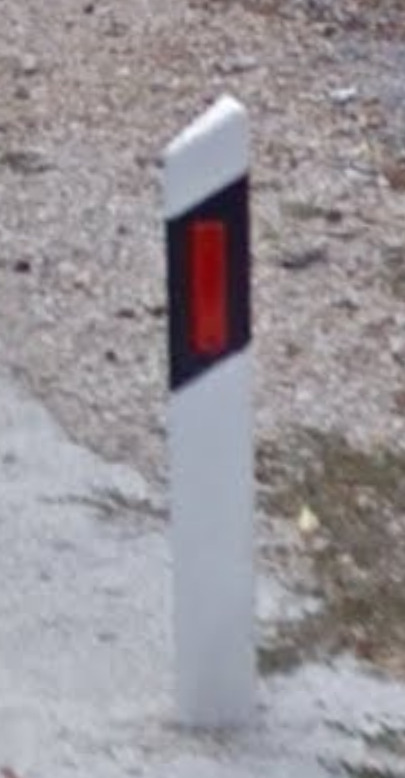
Croatian bollards are white with a black rectangle containing a white reflector on the back, and red on the front.

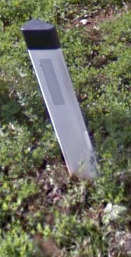
These bollards are very similar, if not Identical to the Austrian / Slovenian bollards.
Google Coverage:
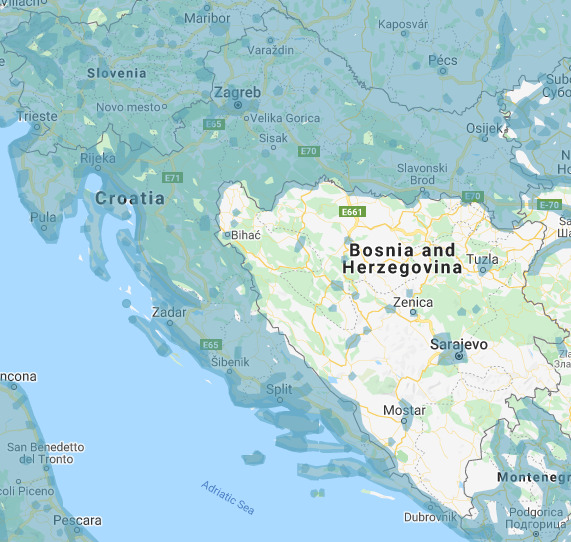
Most of the roads are covered. There are examples of major roads missing sections of their coverage, but its better to guess roads than not. Most of the national parks wont be covered, or the mountains as there are no real roads in those areas.
Unique Vehicle:
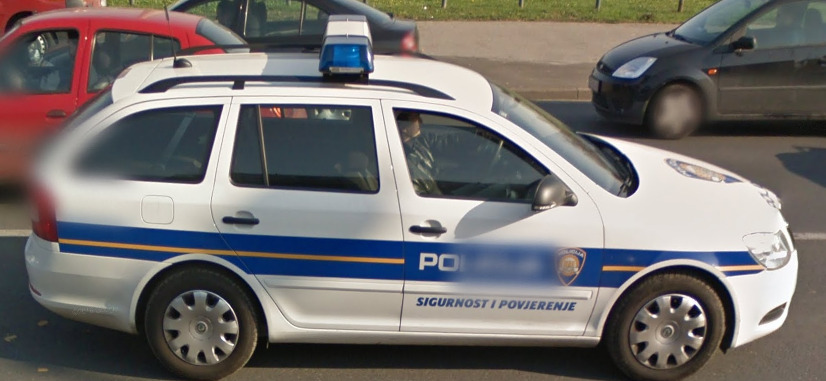
Police vehicles in Croatia are rather unique. They are made to stand out, and can be seen quite often in larger cities.
Camera Generation:
Gen 2 Trekker & Gen 3 Vehicle
Road Lines:


Croatia features all white lines.
Road Signs:
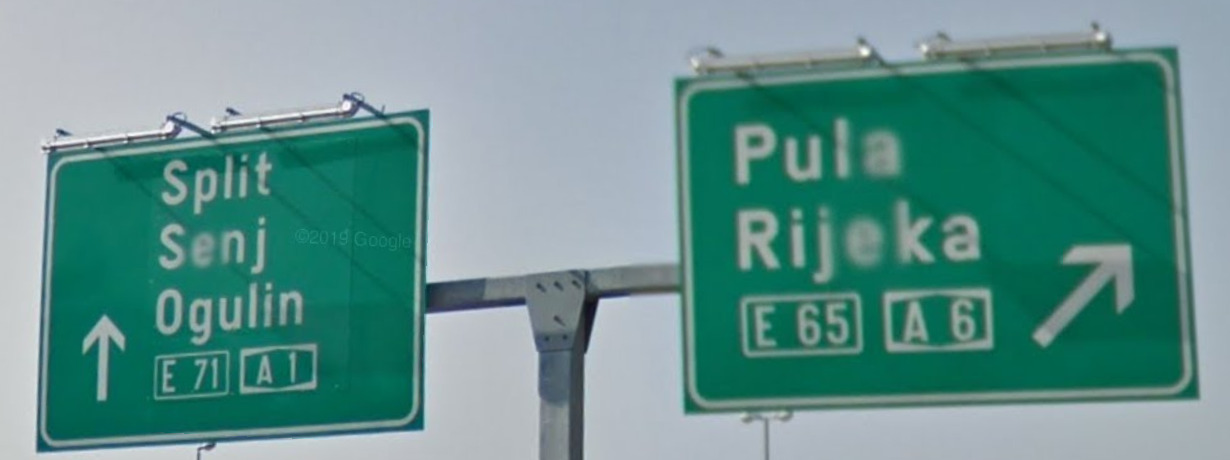
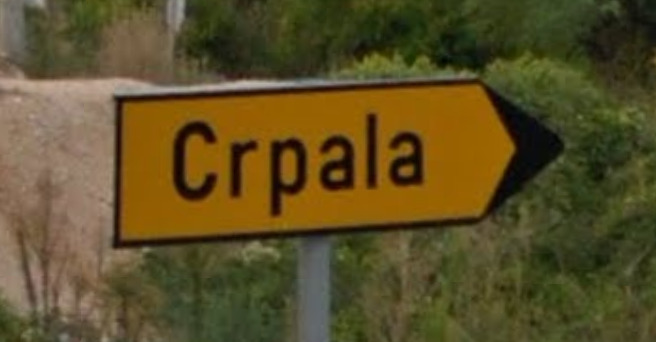
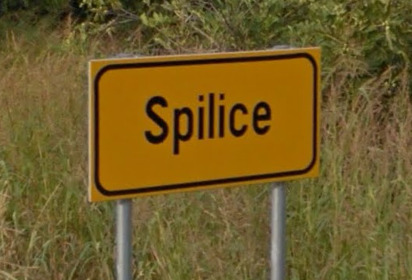
Croatian settlement signs are yellow backed.
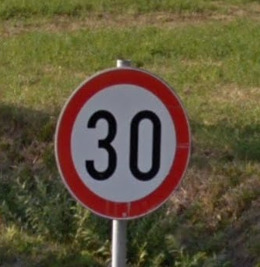
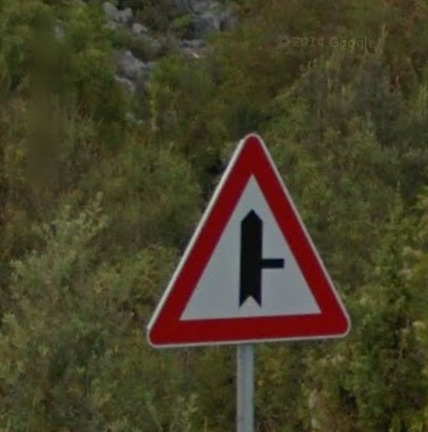
Croatian road info signs feature a slight white outline.

Along highways you will find green KM markers.
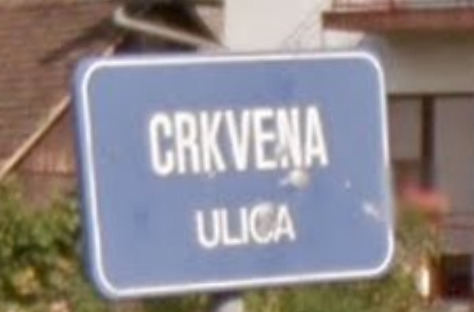
Croatian street signs are blue.

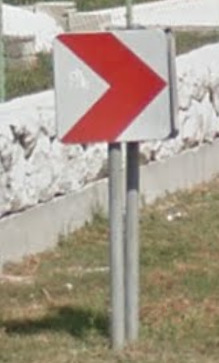
Major Roads:
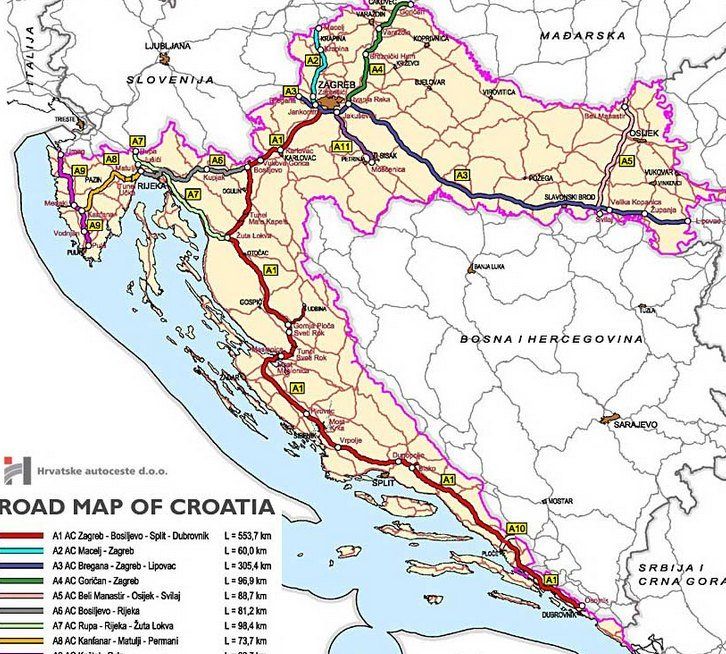
Electricity poles:
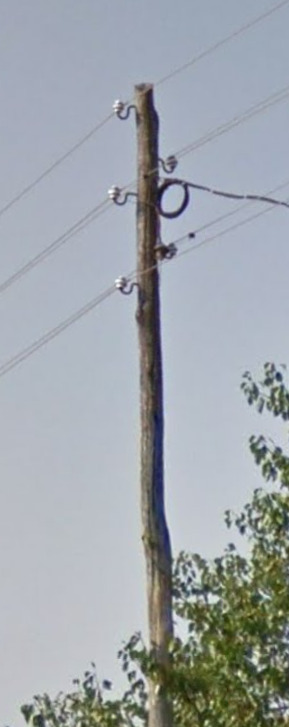


Croatia uses wooden and metal poles.
License plates:


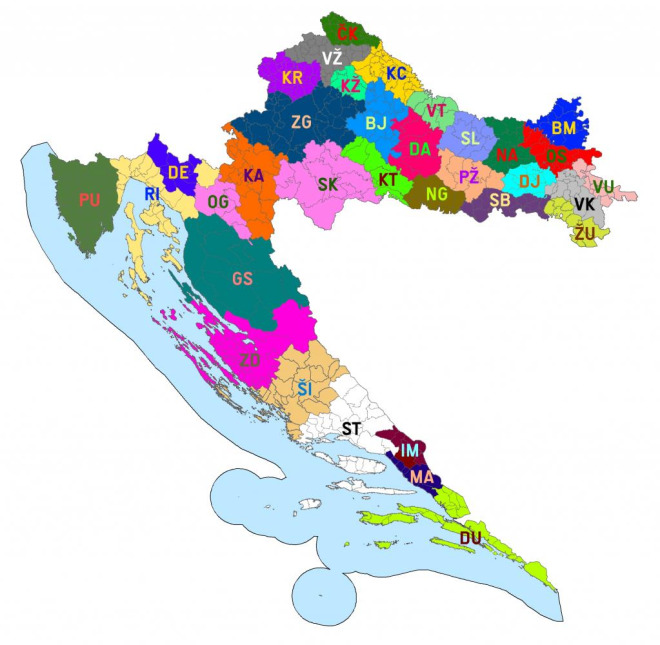
While Croatia may use the EU styled plate, at the time coverage was taken they were still using the previous all white plate.
You can use the first two letters of an unblurred plate to figure out what area the vehicle is from.
Phone number:
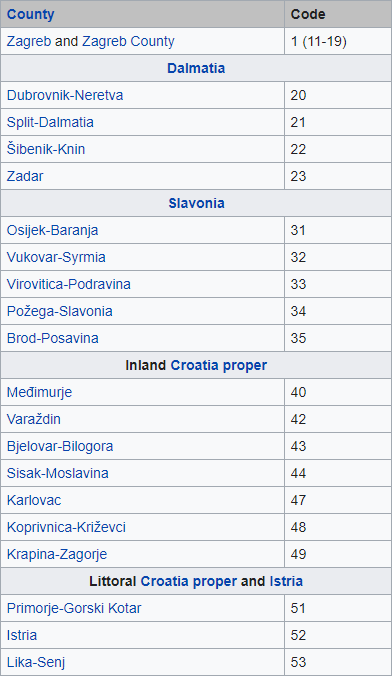
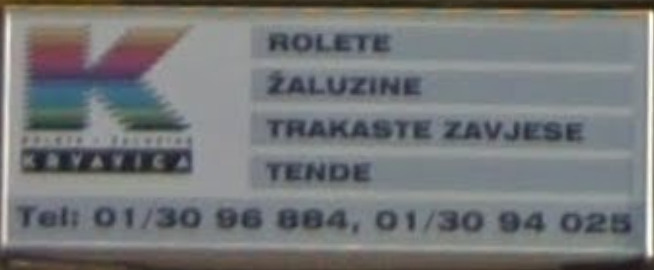
All mobile numbers will begin with a 9 or a 09. Everything from 6-8 include paid numbers, toll free numbers, and other “value services”. Emergency numbers are 3 digits and will be 112 or 192 – 195.
Vegetation/Landscape:



Croatia is a very mountainous nation. Near the coast you will find very rocky mountains with some nice landscape shots.
Architecture:

Along the Dalmatian coast Croatia has many white painted villas with terracotta rooves.
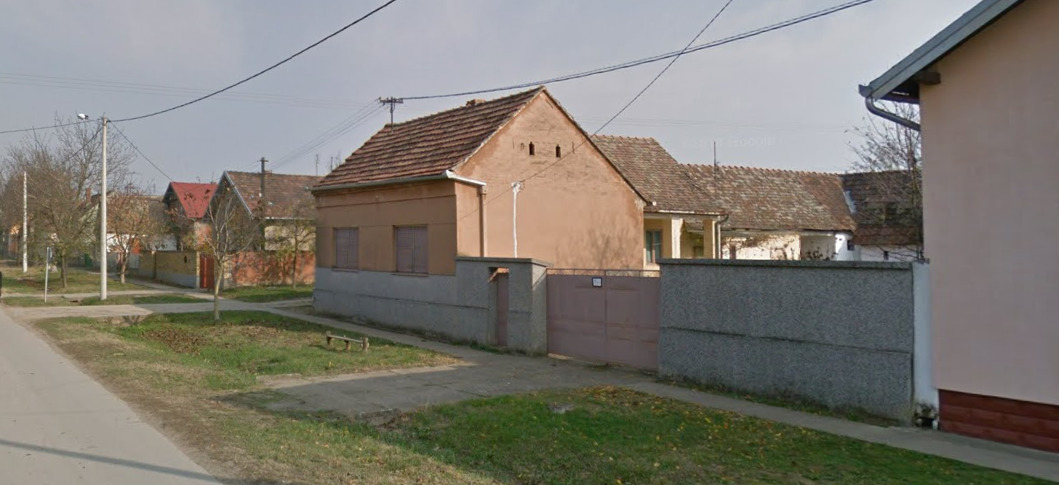
Inland they will be more of a standard house design.

Croatia uses blue colored fire hydrants.
General look:
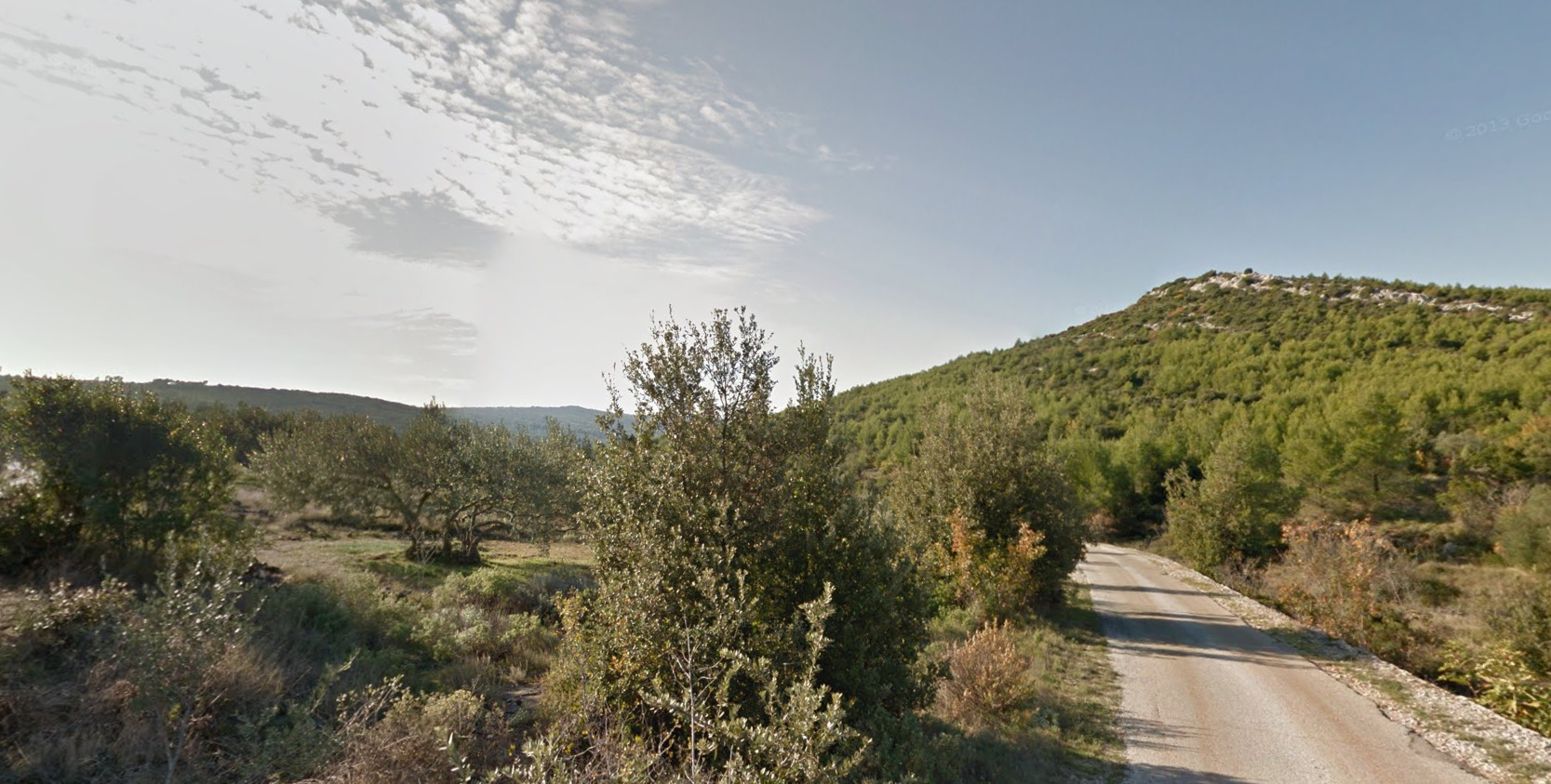


Subdivisions:
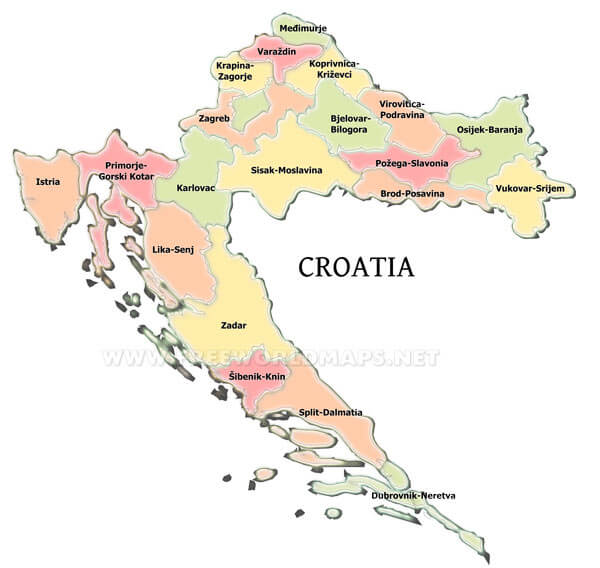
There are 21 different counties in Croatia.
Alphabet/script:
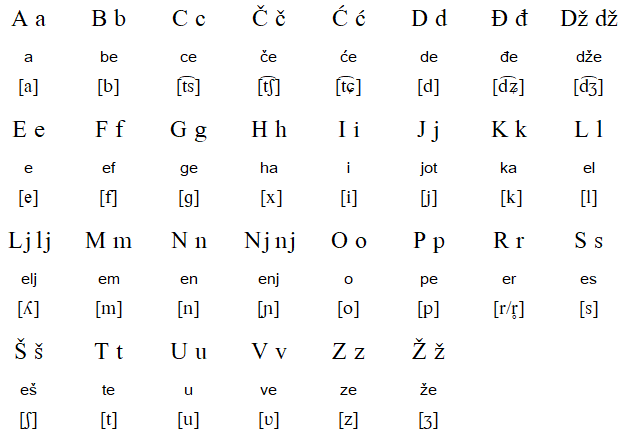
The official language of Croatia is Croatian.
Domain:
.hr
The country Croatia refers to itself as Hrvatska.
Isle of Man
- Country Flag
- Capital City
- Most Helpful
- Google Car
- Bollards
- Google Coverage
- Camera Generation
- Road Lines
- Road Signs
- Electricity Poles
- License Plates
- Phone Number
- Vegetation / Landscape
- Architecture
- General Look
- Language
- Domain
Country Flag:
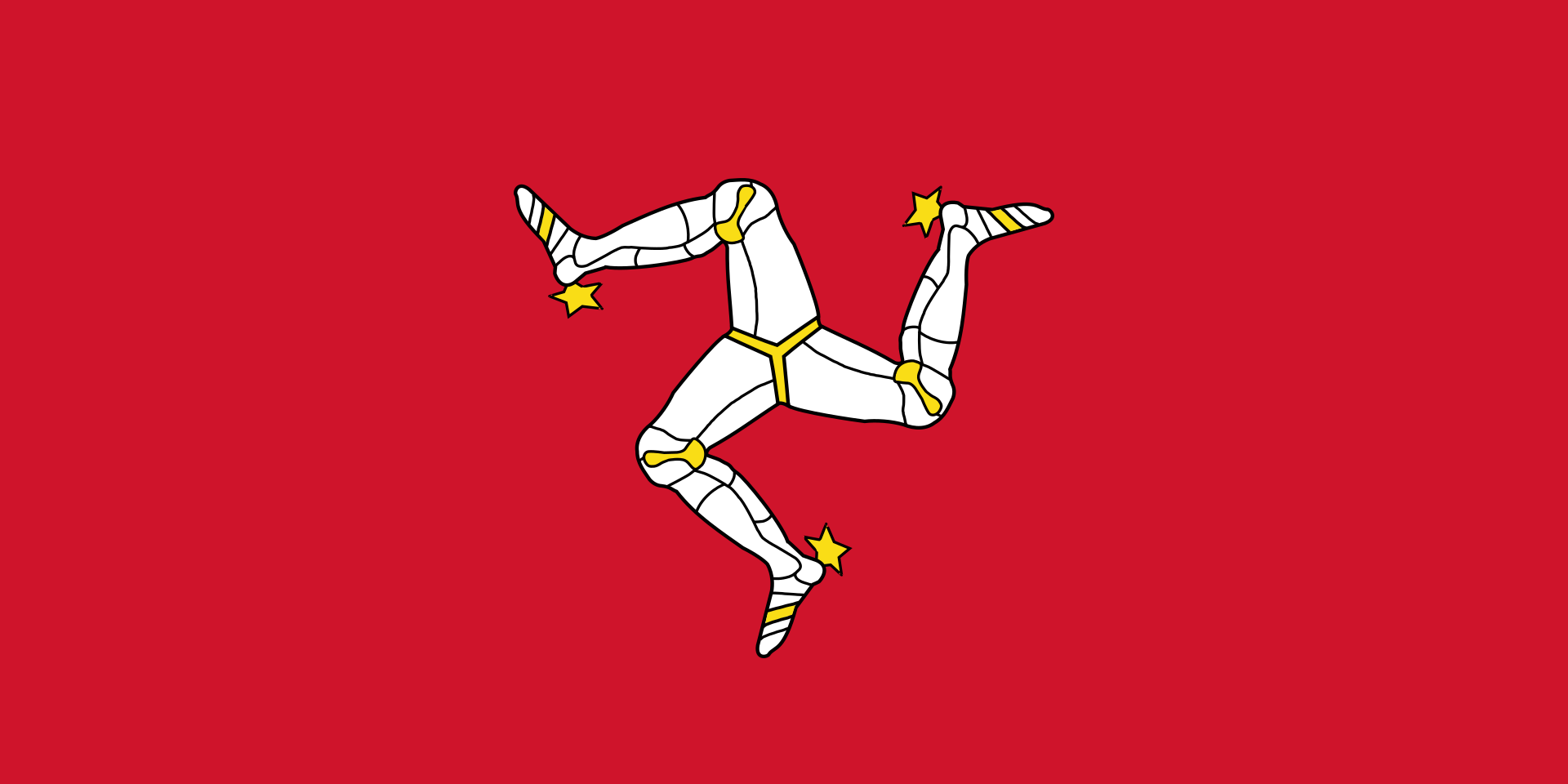
Capital City:
Douglas
Most Helpful:

Gen 2 Coverage
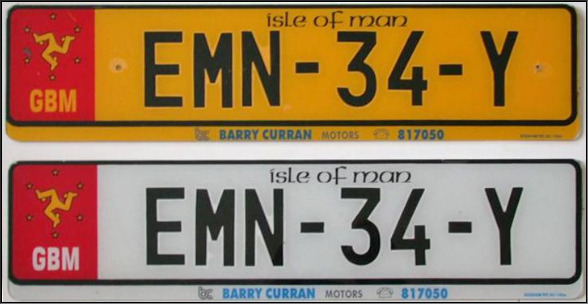
Google car:
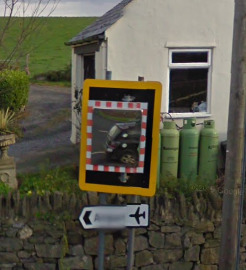
Due to the coverage being Gen 2, you do not get a chance to see the car. However, there are plenty of reflective surfaces where you can catch glimpses of a black car.
Bollard:

(Front)
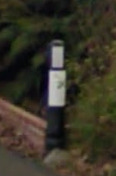
(Back)
These are the same bollards that can be found in the UK.
Google Coverage:

The Isle of Man is located between England and Ireland. Most of the major roads are covered, but there are some places in the middle of the island that are left uncovered or that are covered with an ari.
Camera Generation:
Gen 2
Road Lines:
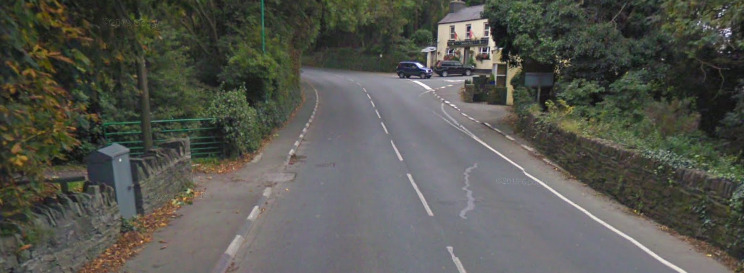
Isle of Man uses all white lines. The Middle divider can either be dashed (like the picture) or a solid line. There are also cases where the middle divider is a double line.
You can also find these black and white curbs near intersections and peoples driveways.
Road Signs:
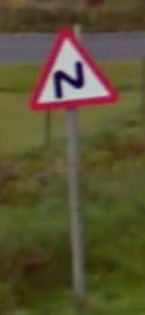
The Isle of Man uses the typical Red and White warning signs that can be seen throughout most of the world.
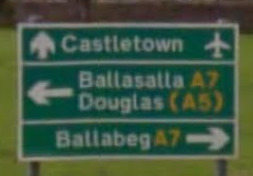
These green signs point you towards other towns. The roads listed are also important, as they can help you triangulate your position.
Electricity poles:

The Isle of man uses wooden poles for most of their Electricity poles. There isn’t too much difference throughout the country.
License plates:

The plates from Isle of Man are special as they have a red strip on the right instead of a blue strip like the rest of the EU. Albania and Kyrgyzstan are the only other countries that had a red strip at one point.
Phone number:
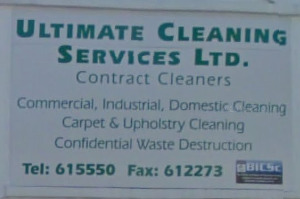
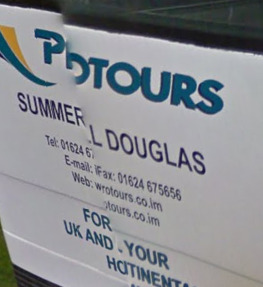
The area code for the Isle of Man is 01624. It covers the entire island. It may prove to be difficult to find examples with the area code however. Most of the time, the telephone number you find will be 6 digits long, set up like xxxxxx.
Vegetation/Landscape:



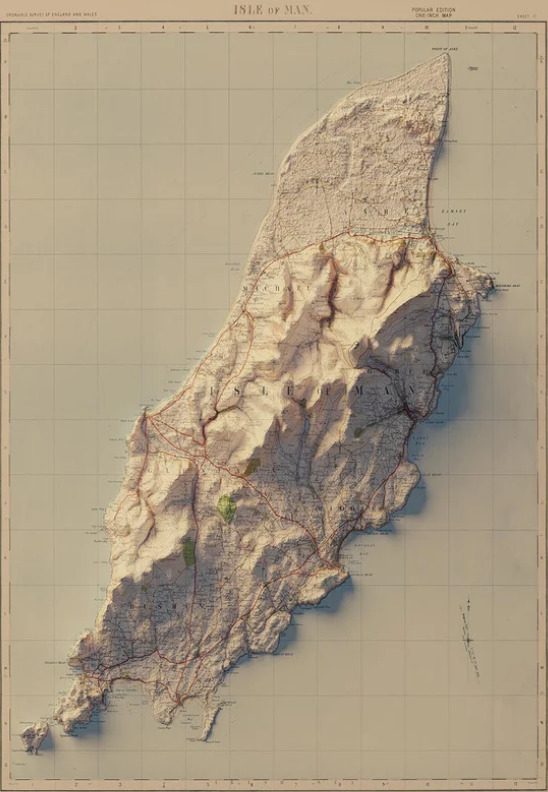
Architecture:
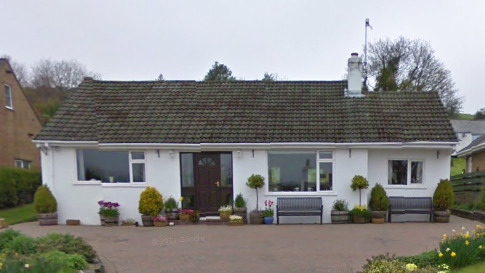
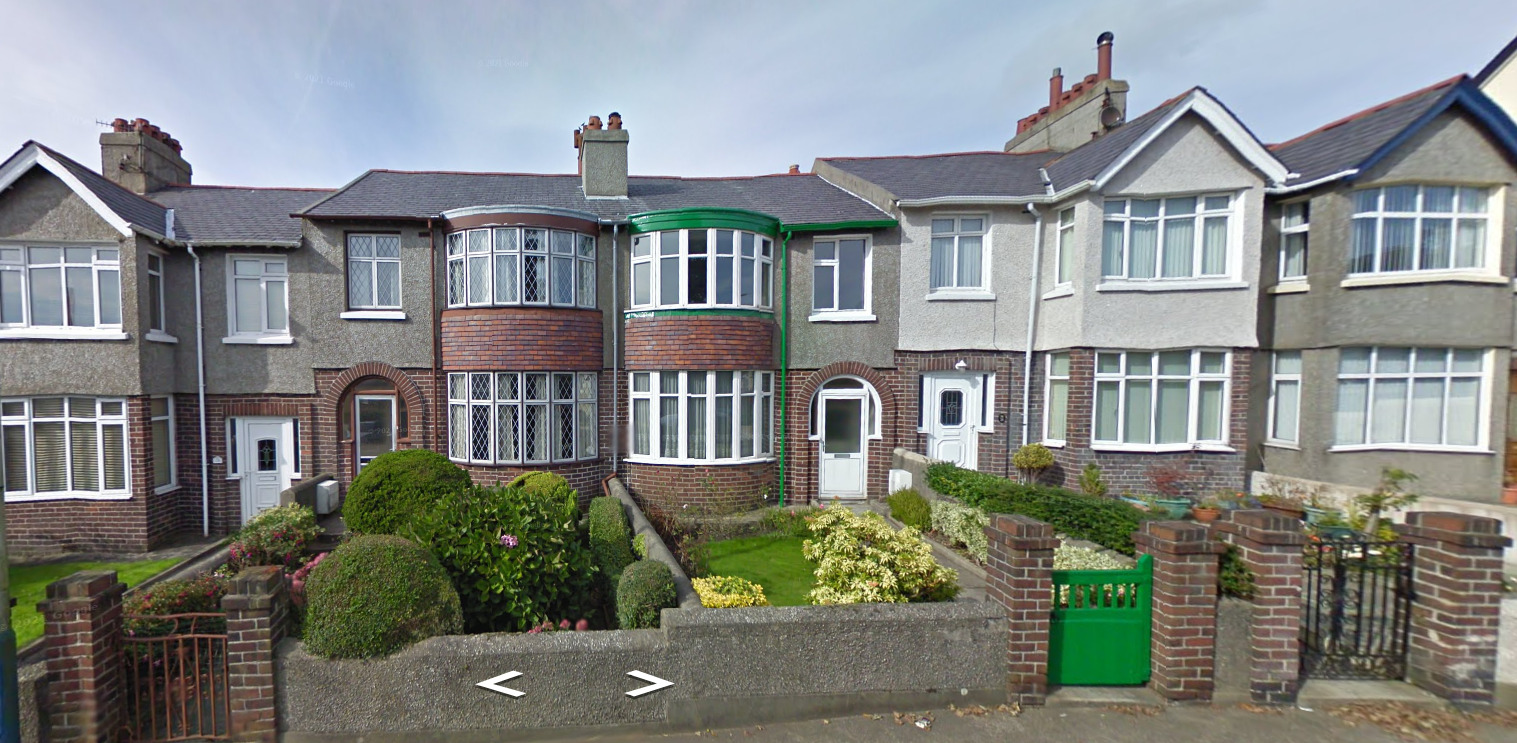
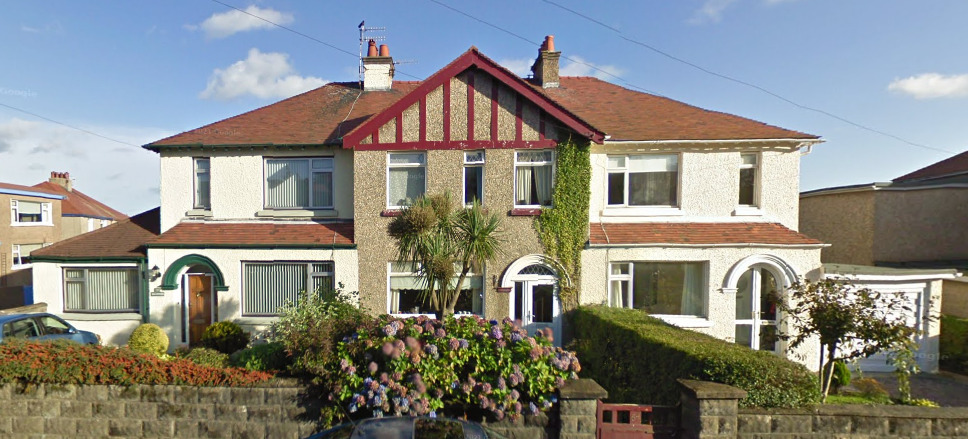
General look:



Alphabet/script:

The Isle of Man uses a typical English alphabet.
Domain:
.im
Russia
Country Flag:

Capital City:
Moscow
Google car:
Russia usually has a black car with a long antenna:
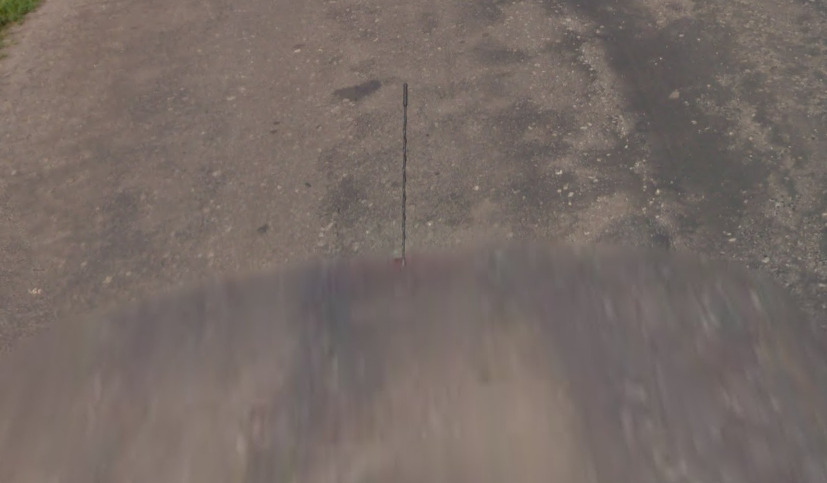
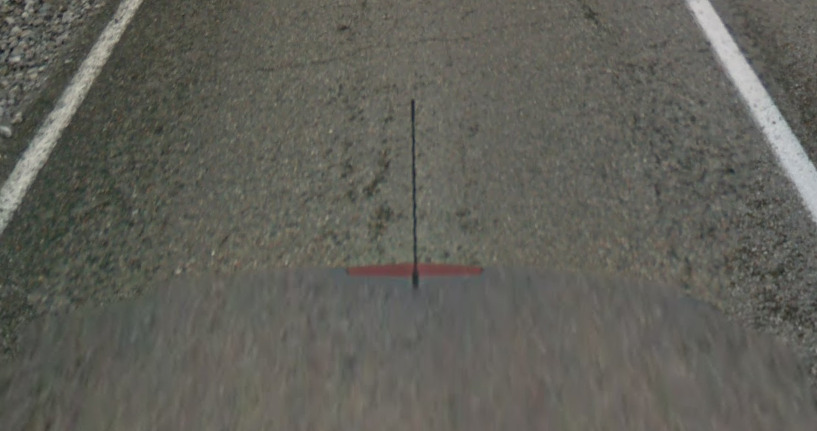
Rarely, in some areas, there is a white car with a long antenna:
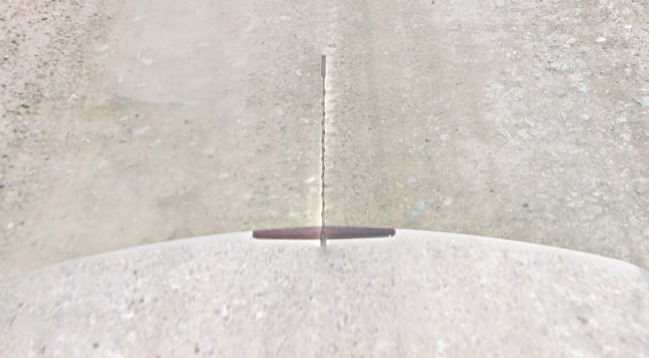
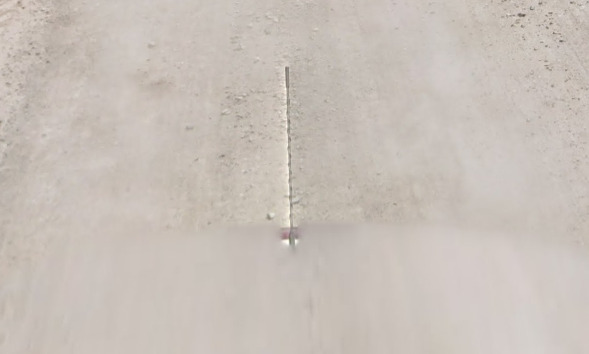
So far the white car has been observed in: Chelyabinsk Oblast, Primorsky Krai, Amur Oblast and Neryungri.
Sometimes the antenna can appear small too:
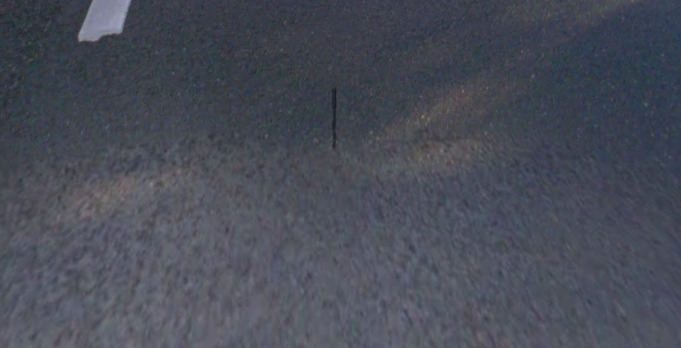
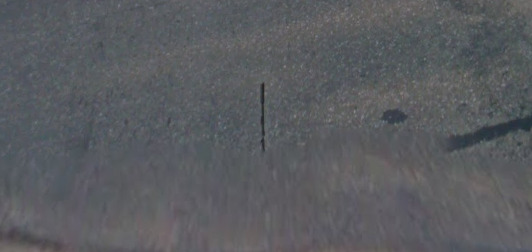
Bollard:
Multiple types of bollards, mostly different from the Ukrainian ones:
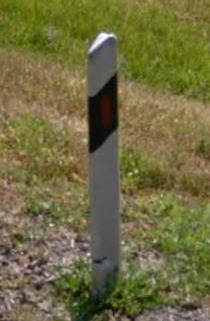
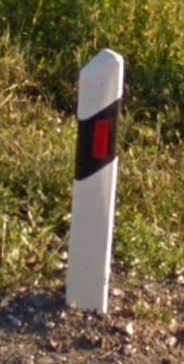
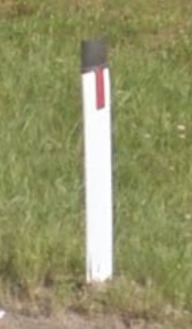
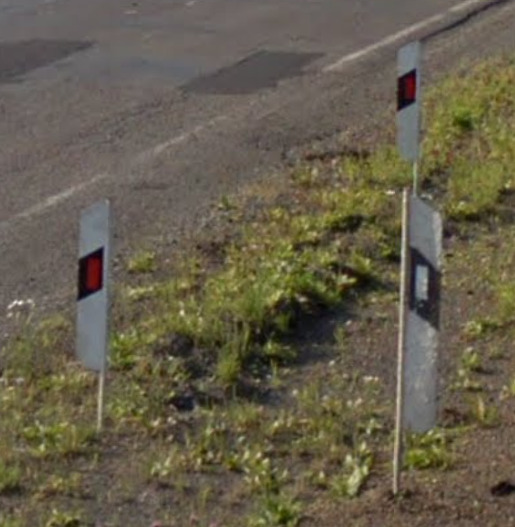
But some of them are the same type as in Ukraine, mostly the older ones:
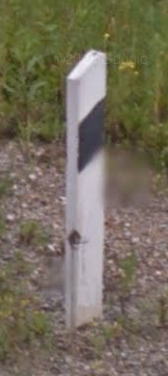
Camera Generation:
Gen 3
Road Lines:
Full white:
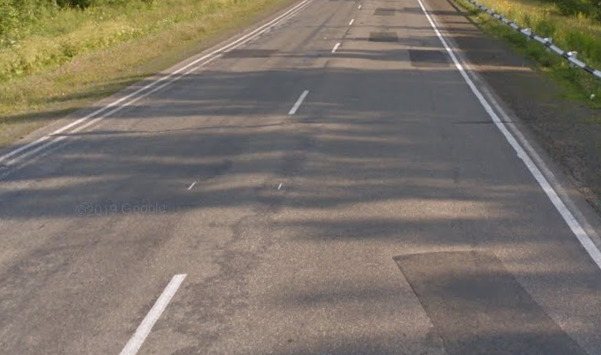

Potholes and other road deformations are quite common in Russia, maybe a bit less than in Ukraine.
The curbs and guardrails can very often be painted black and white:
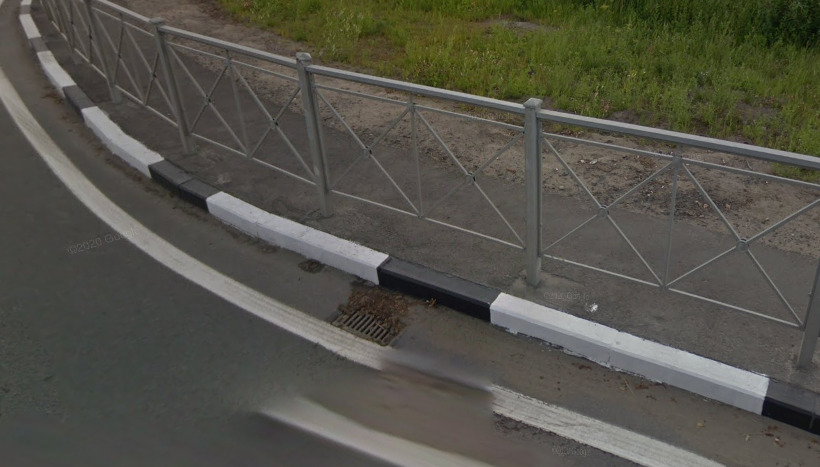

Road Signs:
Russia has blue road signs with white text on them:

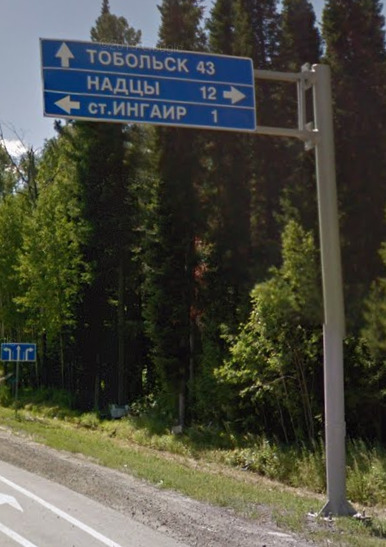
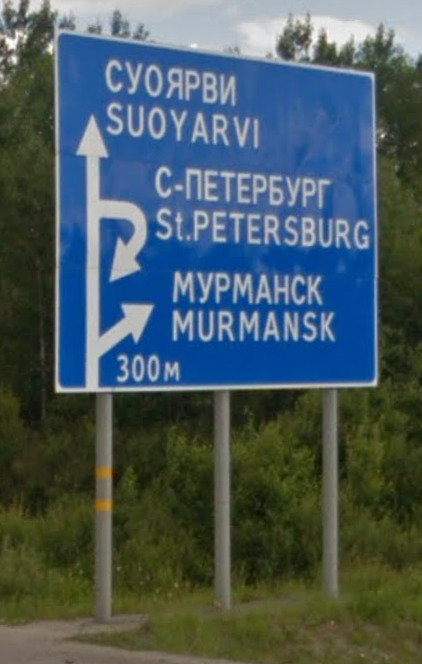
Sometimes the kilometre distances on signs can be enormously large in remote parts of the country:
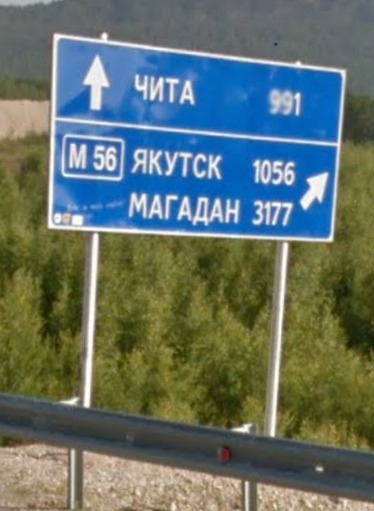
Russian road signs are very often painted black on the bottom:
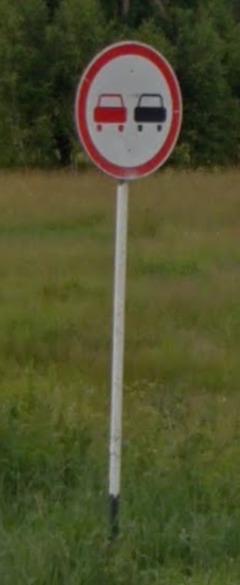
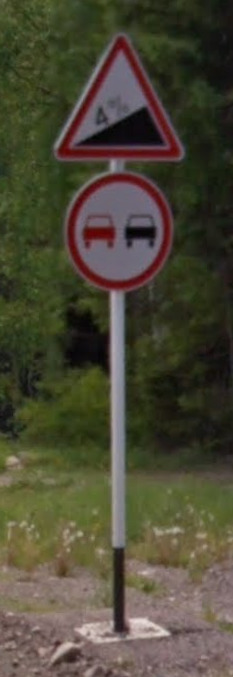
Russia has blue kilometre markers on its roads, not unlike the other ex-Soviet countries, which tell you how many kilometres of that road you have passed:
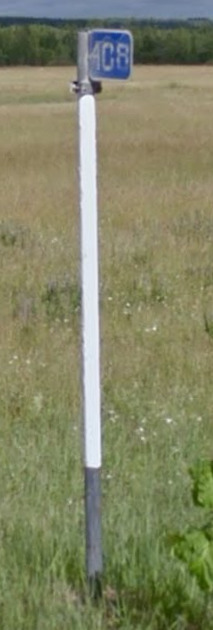


The turn arrows in Russia are white with a red background, the same as in Ukraine:
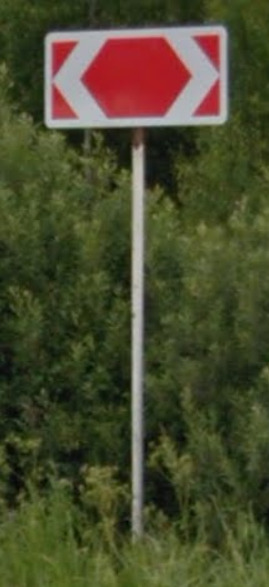
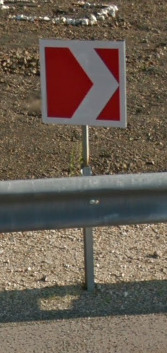
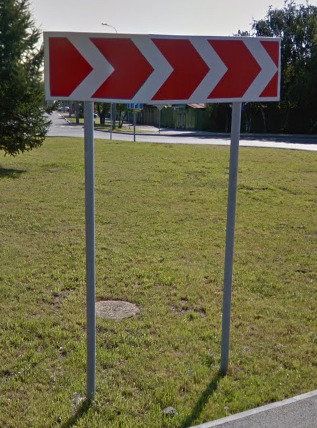
The settlement entrance and exit signs follow the same format as other road signs – blue with white text, unlike Ukraine which uses white signs with black text:

These signs are quite common on Russian roads:
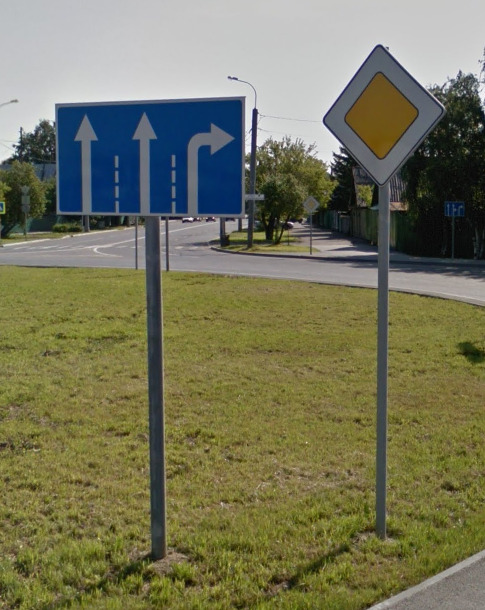
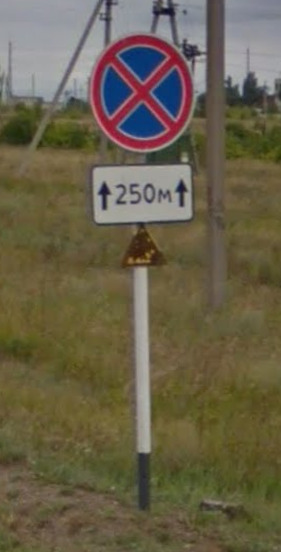
Russia, like Ukraine, has these large region (rayon and oblast) entrance signs stating the name of the region you are entering:

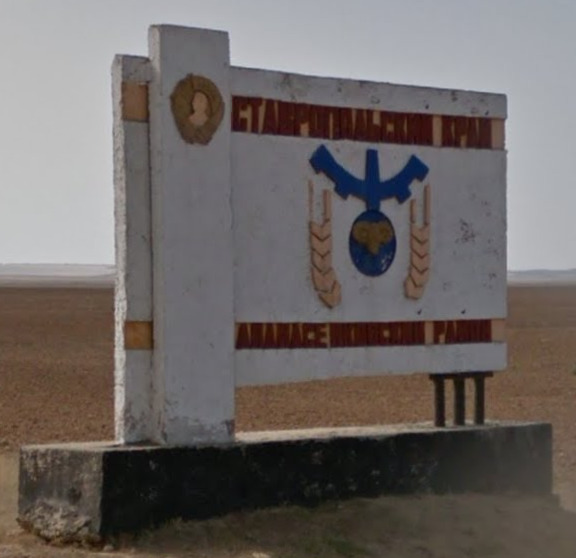
Sometimes there are built up area entrance/exit signs:

The white signs in cities tell you the directions to parts of the city or streets or certain points of interest:
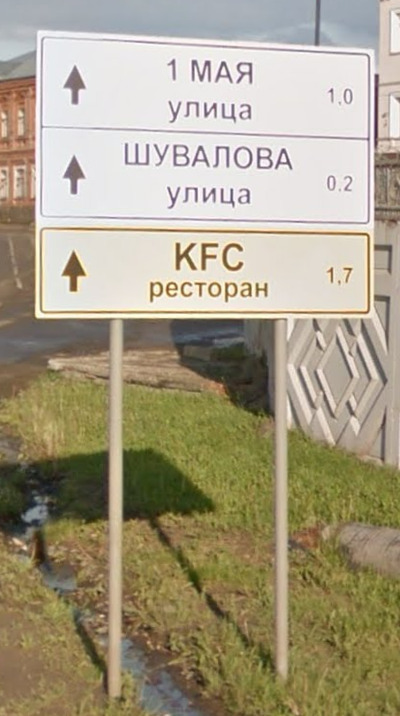
Note that улица means “street” in Russian, and it is shortened as ул. In the same way, город means “city” and is shortened as г. This is useful for searching for city/street names on signs and billboards.
The crosswalk signs in Russia usually have a lime reflective frame for additional visibility during the night:
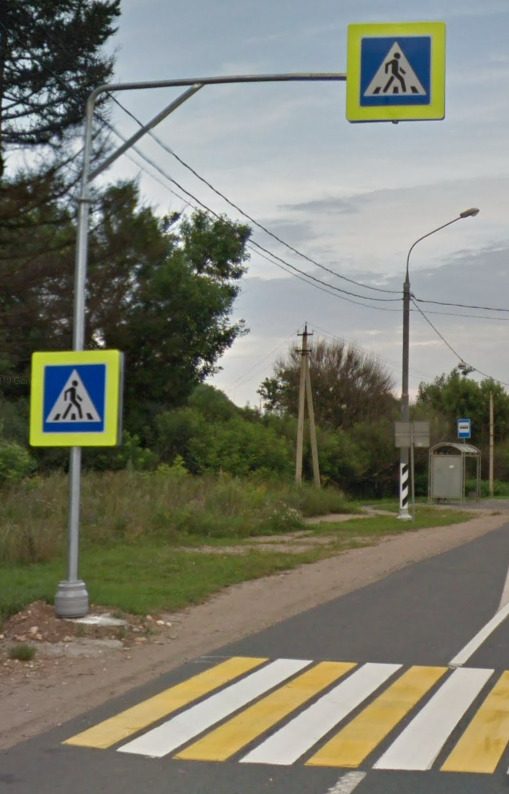
The crosswalks themselves can often be yellow (or orange) and white, as in the picture.
Road numbering system:
Electricity poles:
The most common types:
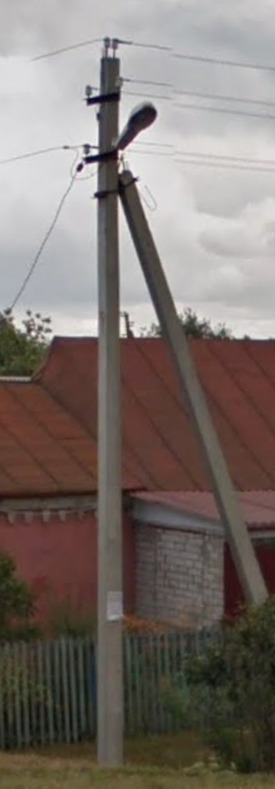



Electricity/light poles can often be painted white at the bottom:
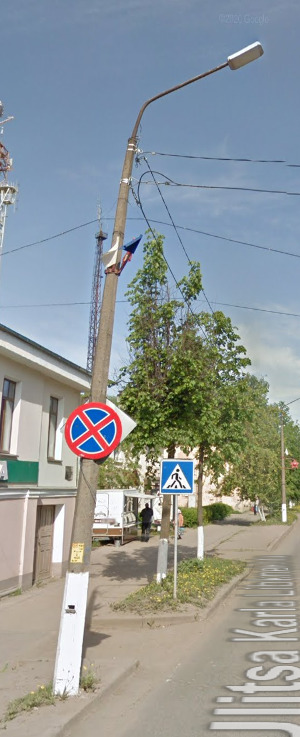
Light poles by the side of the road can also have black and white stripes on them at the bottom to serve as reflectors for drivers in the night:

License plates:
Regular plates are all-white with a Russian flag in the corner:

The 2 or 3-digit number above the flag signifies the region (oblast) the plates were issued in (see the region number map below).
Public transport vehicle plates are yellow:

The tractor or agricultural vehicle (1st) and motorcycle (2nd) plates are more boxy:
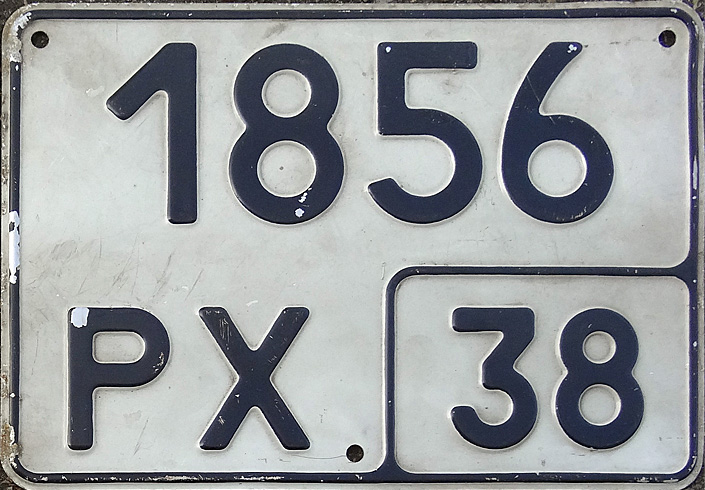
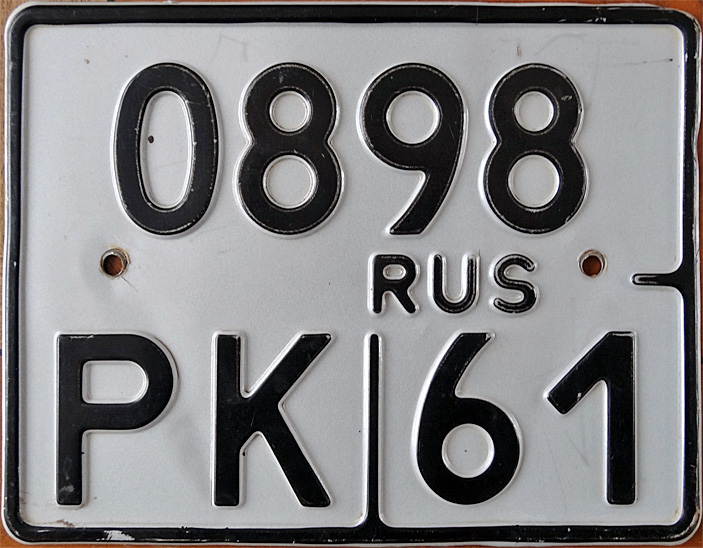
The region (oblast) numbers on the plates are as follows:
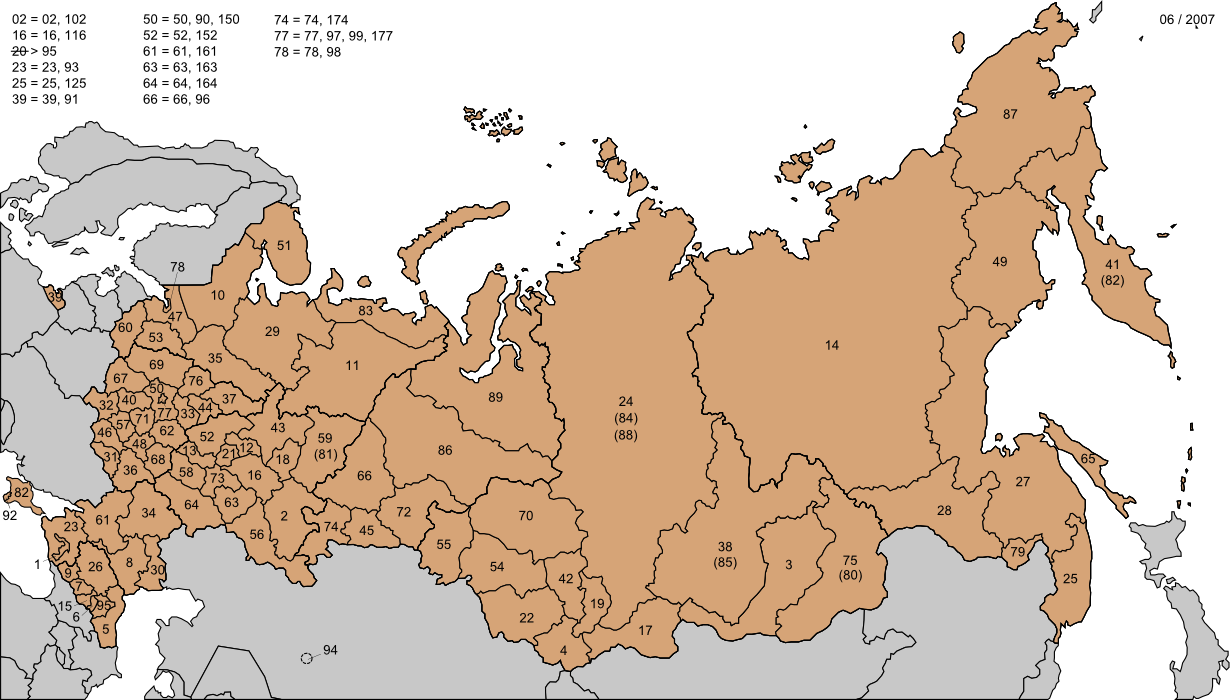
The numbers follow an alphabetical pattern and are grouped by the federal subject type: Republics А-Я 01-21, Krais А-Я 22-27, Oblasts А-Я 28-76, Moscow and St. Petersburg 77 and 78, the one Autonomous Oblast 79, Okrugs and Autonomous Okrugs А-Я 80-89 (you won’t have to learn the codes for Crimea and outside territories, unless you are playing a photosphere map). There are some exceptions to the pattern and those have to be learned, and some federal subjects also have multiple codes. For the full list of license plate codes for each federal subject see the list on Wikipedia: Vehicle registration plates of Russia – Regional codes
Sometimes buses and UAZ vans can have their license plate numbers/characters written big on their backs, which is useful as they are not blurred like the plates:
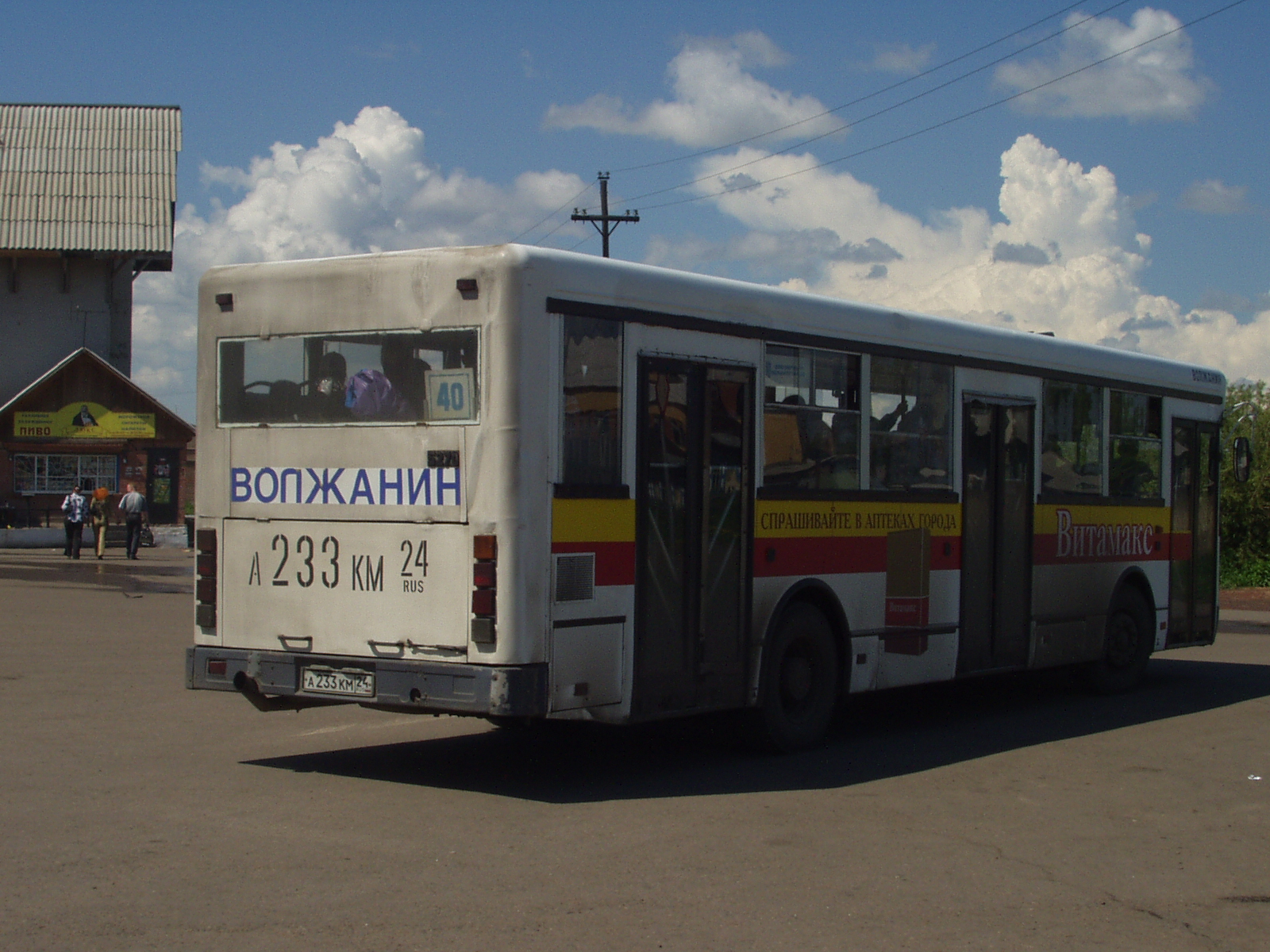
Original picture: Bus to Zelenogorsk
However, if you are lucky, you can find an unblurred plate, or more often a corner of a plate with the oblast number not blurred.
The Tatarstan plates are a little bit different from the rest of the country and have the region’s flag and no region number:

Phone area codes:

Vegetation/Landscape:
An EXTREMELY useful map of tree ranges in Russia which is enormously helpful for narrowing down the location in the country:
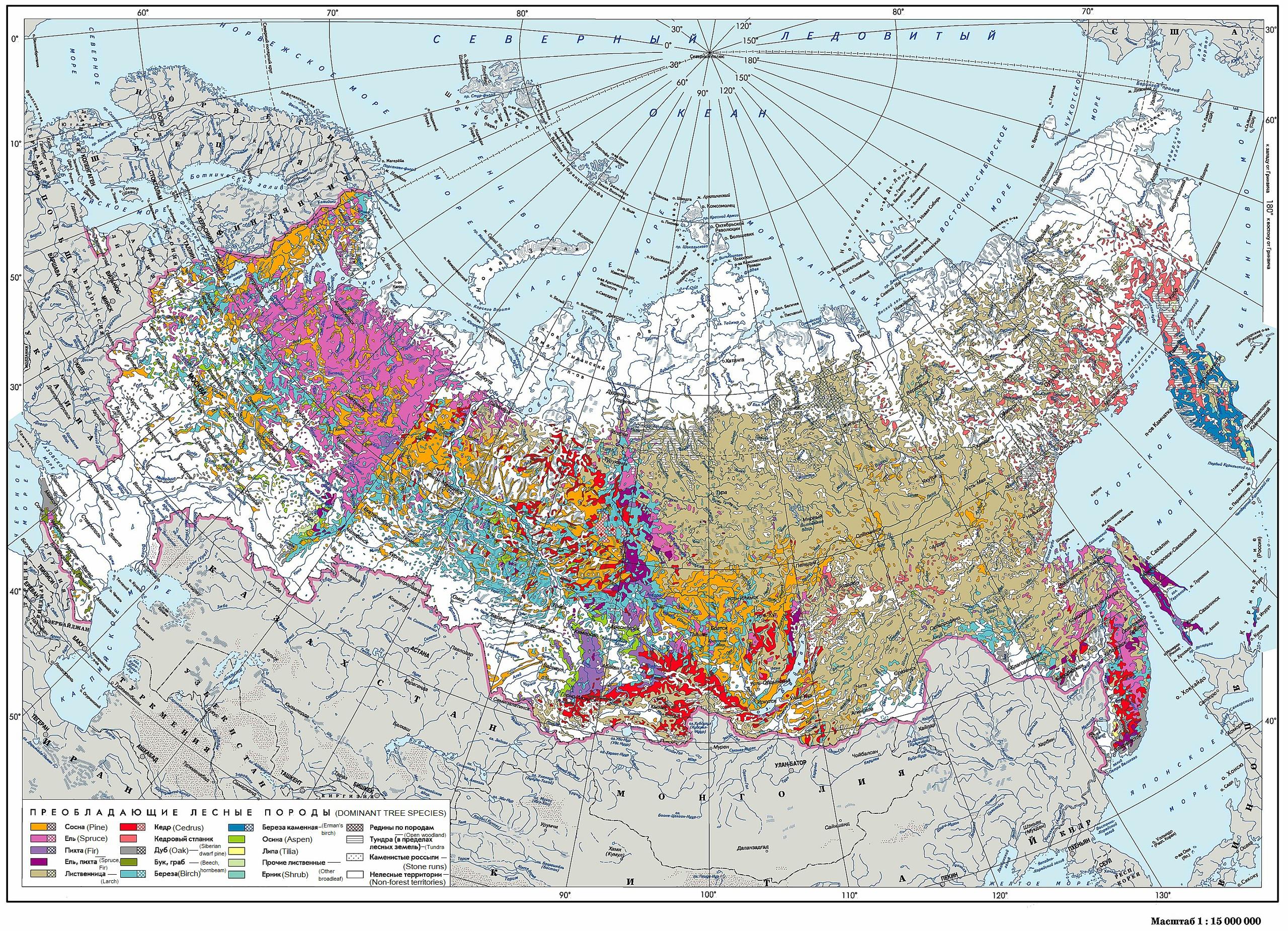
Right click on the image, “View image” for higher resolution.
You can Google the trees to see how they look.
Trees in Russia can often be painted white at the bottom as an insect repellent or roadside reflector:

Specific tree:
Probably the most distinctive out of all the vegetation in Russia is the famous “Hokkaido cabbage”, which in Russia grows only on the island of Sakhalin in the far east of the country:

The accurate name for this plant is (giant) butterbur, or fuki in Japanese (Latin: Petasites japonicus).
Another distinctive plant/tree is the Siberian larch, which grows only in Siberia and the Far East, and not in the rest of the country (see the range on the map above):
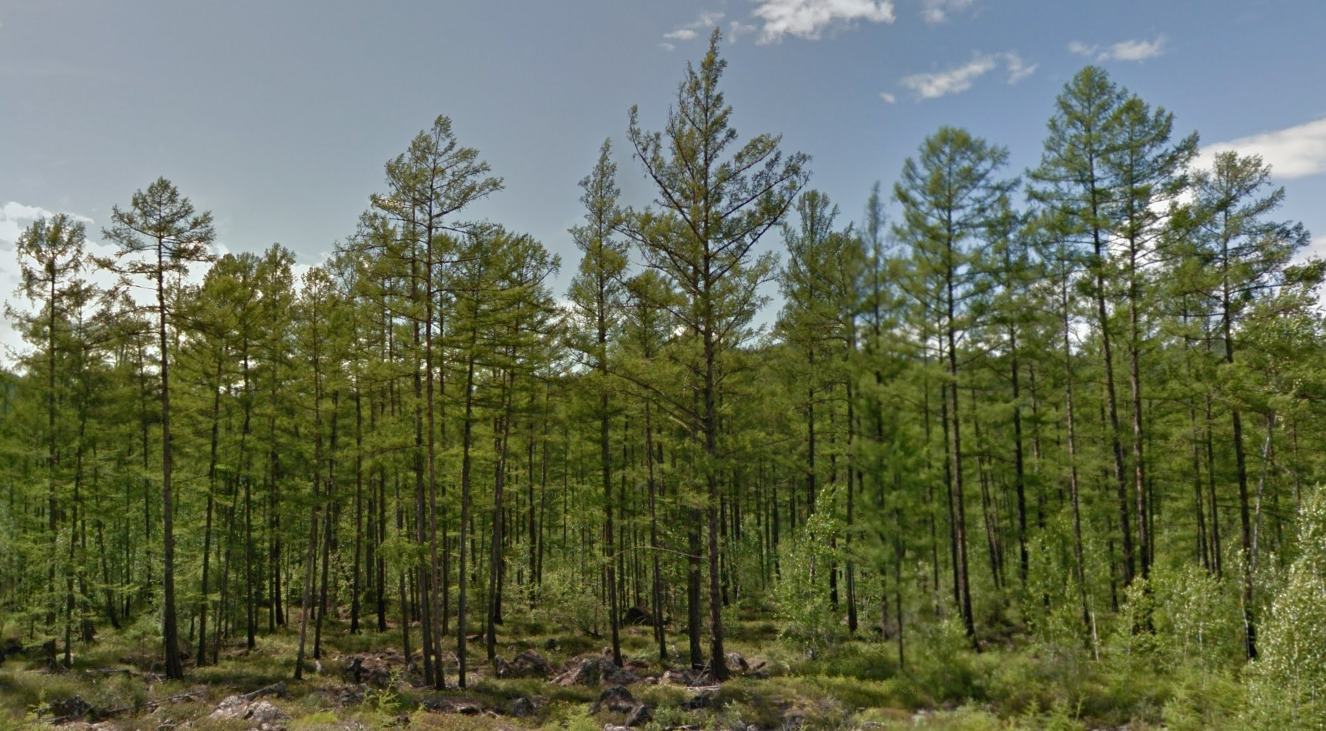
Larch is one of the rare coniferous tree species which sheds its needles during the winter, so you can also see it with yellow or without any needles in some parts of the country, depending on when the coverage was taken:
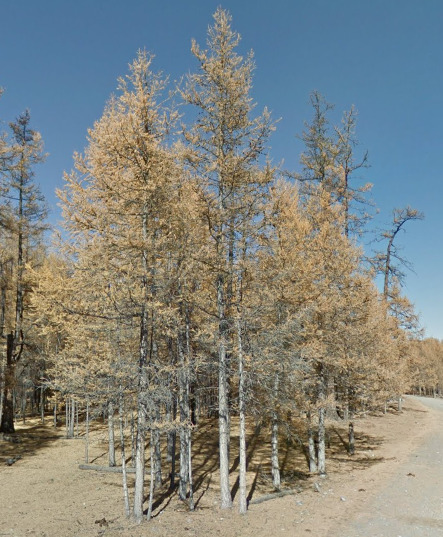
(Picture from Mongolia.)
Architecture:
A very common old rural house style, made from dark logs with colourful ornate windows:
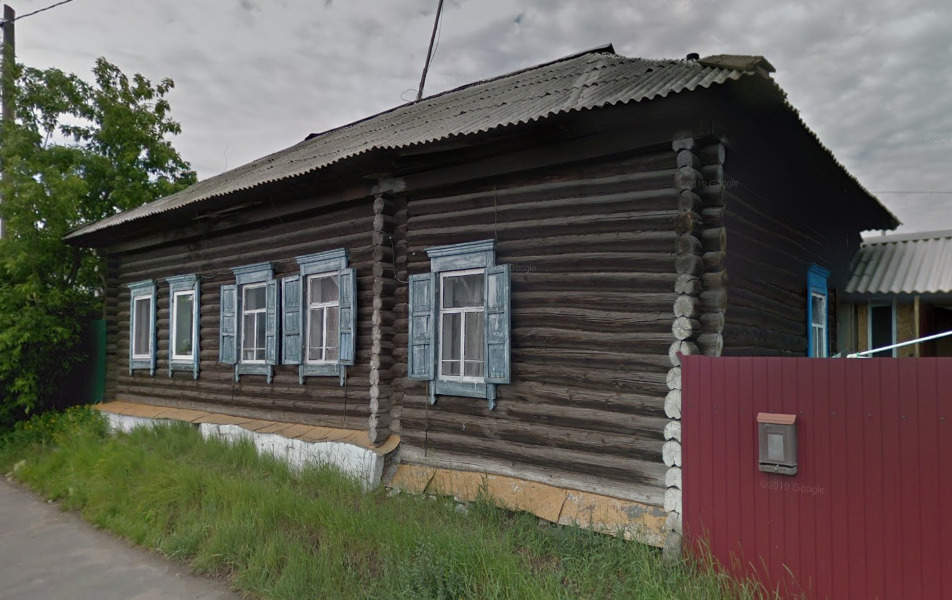
The bus stops can be decorated sometimes:
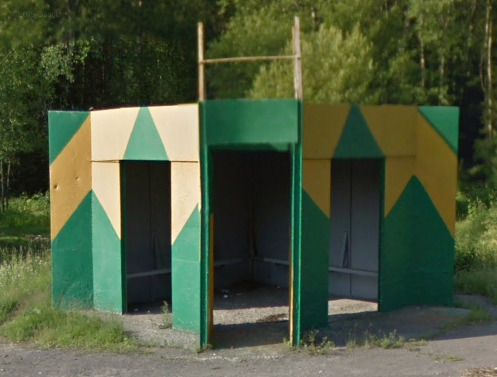
General look:
–
Alphabet/script:
Russian uses the Cyrillic script:

Full guide to reading Russian Cyrillic, comparison with Latin, and differences with Ukrainian/Belarusian (written by Alok):
East Slavic Cyrillic Guide
Subdivisions:
The Russian Federation consists of 85 federal subjects – 46 oblasts, 22 republics, 9 krais, 4 autonomous okrugs, 3 federal cities and 1 autonomous oblast:

Right click on the image, “View Image” for higher resolution.
Many of these are named after the biggest, capital city in the region. There are also lower level subdivisions, like rayons (districts), and they are also usually named after the capital/biggest city/town in them.
Internet domain:
.ru, .рф
Czechia
- Country Flag
- Capital City
- Most Helpful
- Google Car
- Bollards
- Google Coverage
- Camera Generation
- Road Lines
- Road Signs
- Electricity Poles
- License Plates
- Phone Number
- Prague Districts
- Vegetation / Landscape
- Specific Trees
- Architecture
- General Look
- Car Brands
- Language
- Domain
Country Flag:
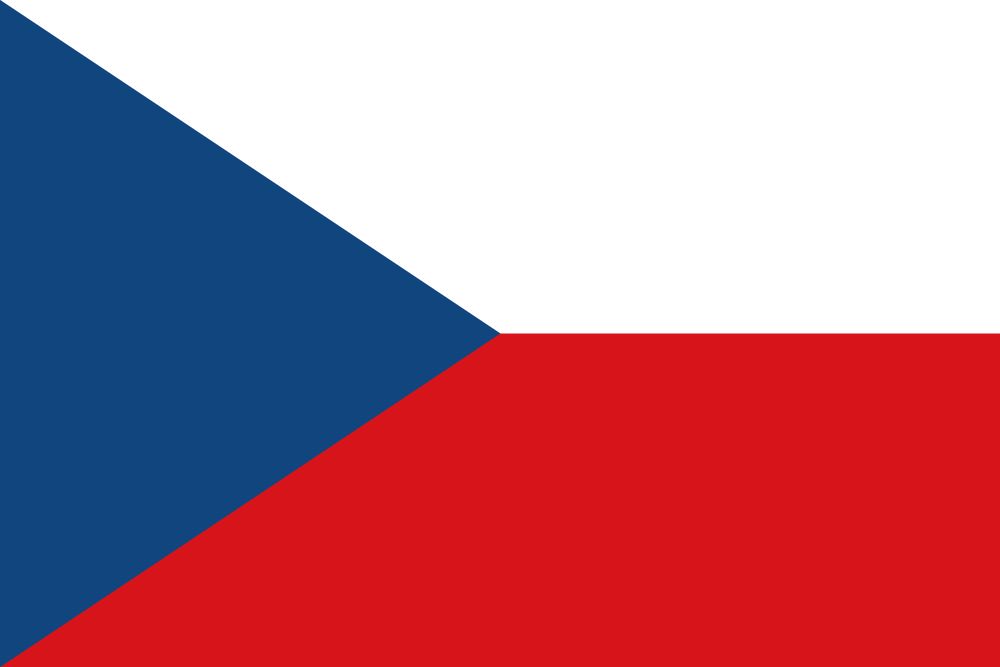
Capital City:
Prague
Most Helpful:
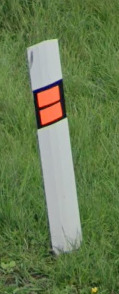
(Front)

(Back)
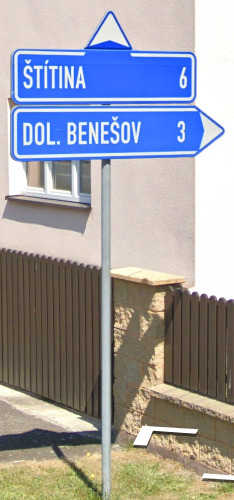
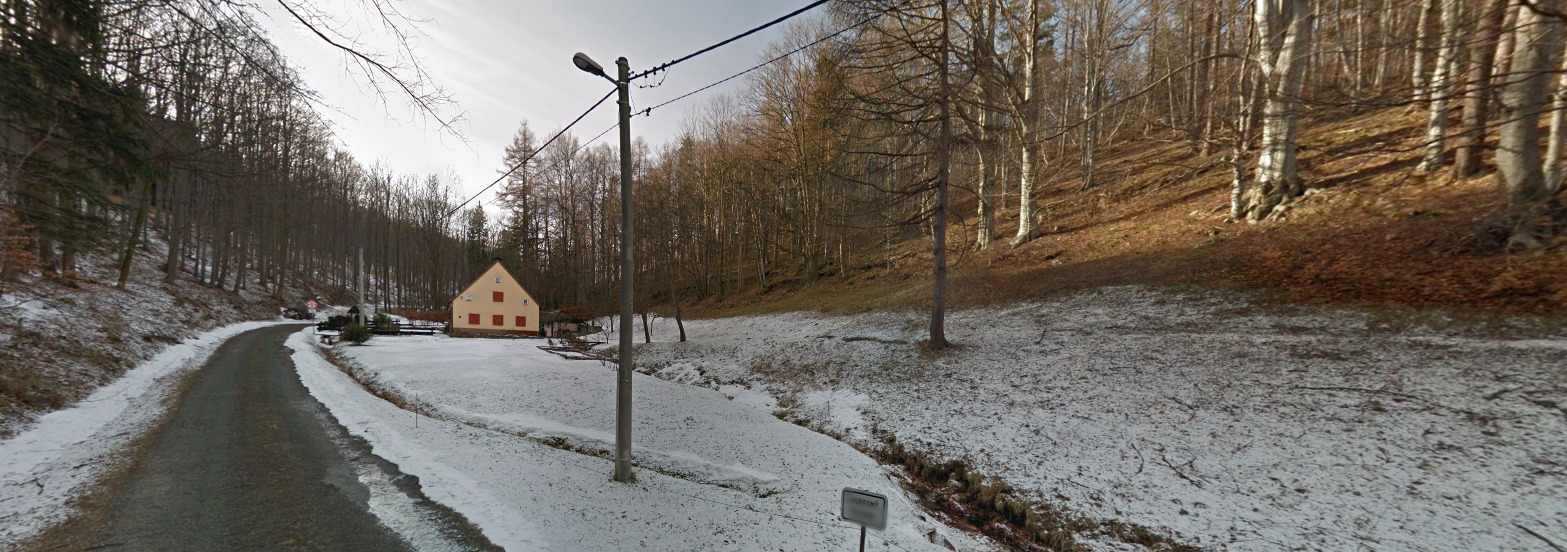
Prague Districts:
id=”17″Alphabet/script:
Google car:

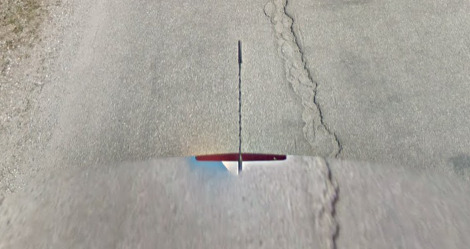
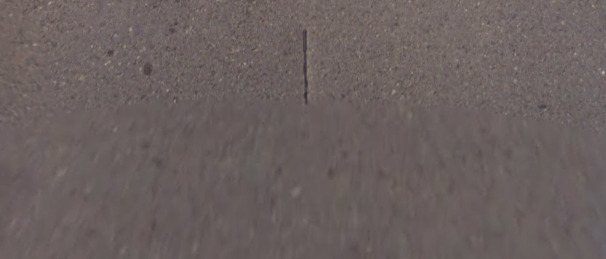
When you have the Gen 4 coverage, you will see a slight hint of blue. When it is Gen 3, you have a chance to find some tape on the antenna of the white car. This may not always be there. Countries with Tape on the Antenna include Bulgaria, Romania, Hungary, Slovakia and Czechia.
Bollard:

(Front)

(Back)
You can find two orange rectangles on the front, while the back has a white square.
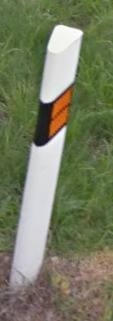
There are also thicker versions of these, but the pattern remains the same.
Google Coverage:
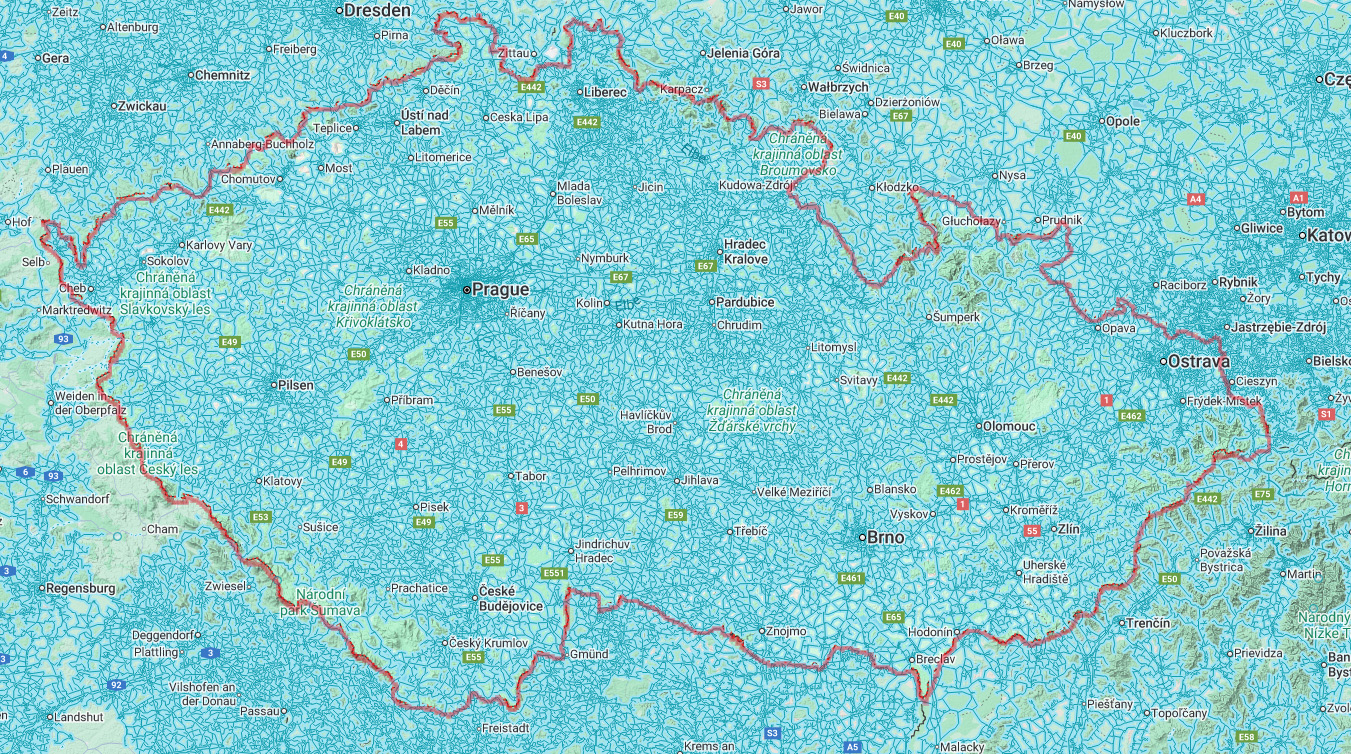

Significant chunks of the Gen 3 coverage were taken in the winter. You’ll often see barren trees, overcast weather, and a brown and bleak landscape. There is some snow on the ground, although the quantity varies from basically none to plentiful.
When you have Gen 4 coverage, you are generally able to tell the region of Czechia that you are in based on the season the images were taken. To the East of Brno, most of the coverage you will find will have been taken during the spring. Between Brno and Prague, you will find coverage from the summer. West of Prague will have been covered in late summer/autumn.
Camera Generation:
Gen 3 and 4 with a low amount of Gen 2
Road Lines:
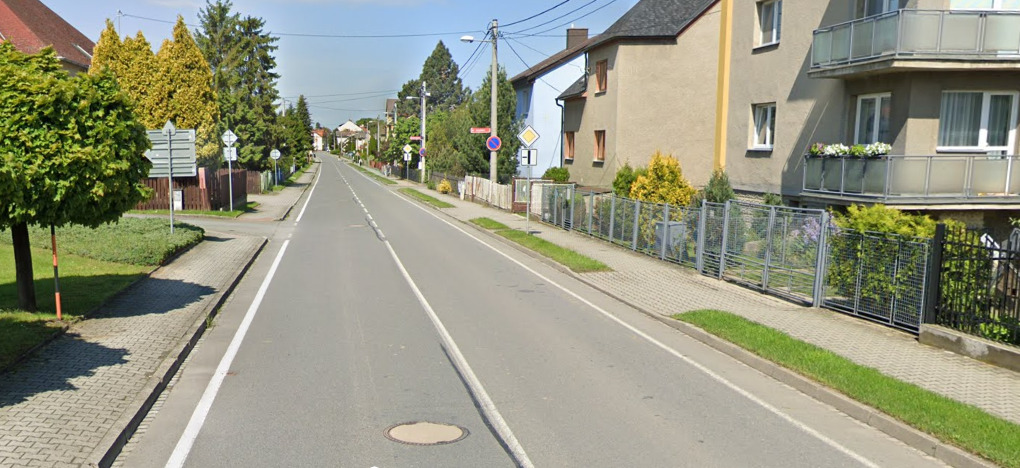
Czechia uses all white road lines. The middle divider can be either dashed or solid. The shoulders are also white.
Road Signs:

This sign indicates that you have the right of way. They can also be found in Norway.

This is a typical EU sign, it can be found throughout most of the EU.

These are town names. In Czechia, the arrow is very prominent. You don’t see the arrows in other countries.
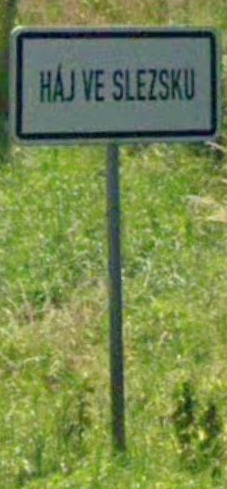
This sign is when you enter a town.
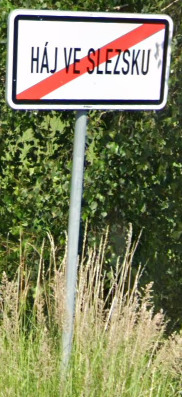
This sign is when you leave a town.
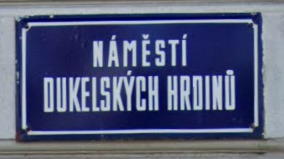
Typical street name signs. Can be found in multiple colors, like red and green, too.
Electricity poles:

There are countless different varieties of poles throughout Czechia. This is the most common, and can also be found in Slovakia.

This is the second most common pole.


More common poles. Notice the speakers on the 2nd one which can be found often on poles in Czechia, and Slovakia too.

Characteristic street lights found in Czechia, which look like there are two on top of each other.
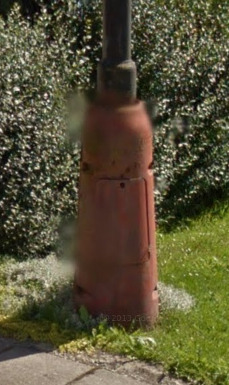
The thick bottom of poles which can be colored in multiple color’s, found in Slovakia too.
License plates:


You can find plates with or without the blue EU strip.
Phone number:

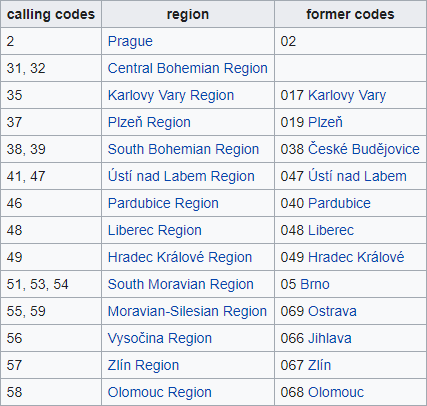
If the phone number starts with either a 6, 7 or 910, these numbers are mobile phones.
Prague Districts:
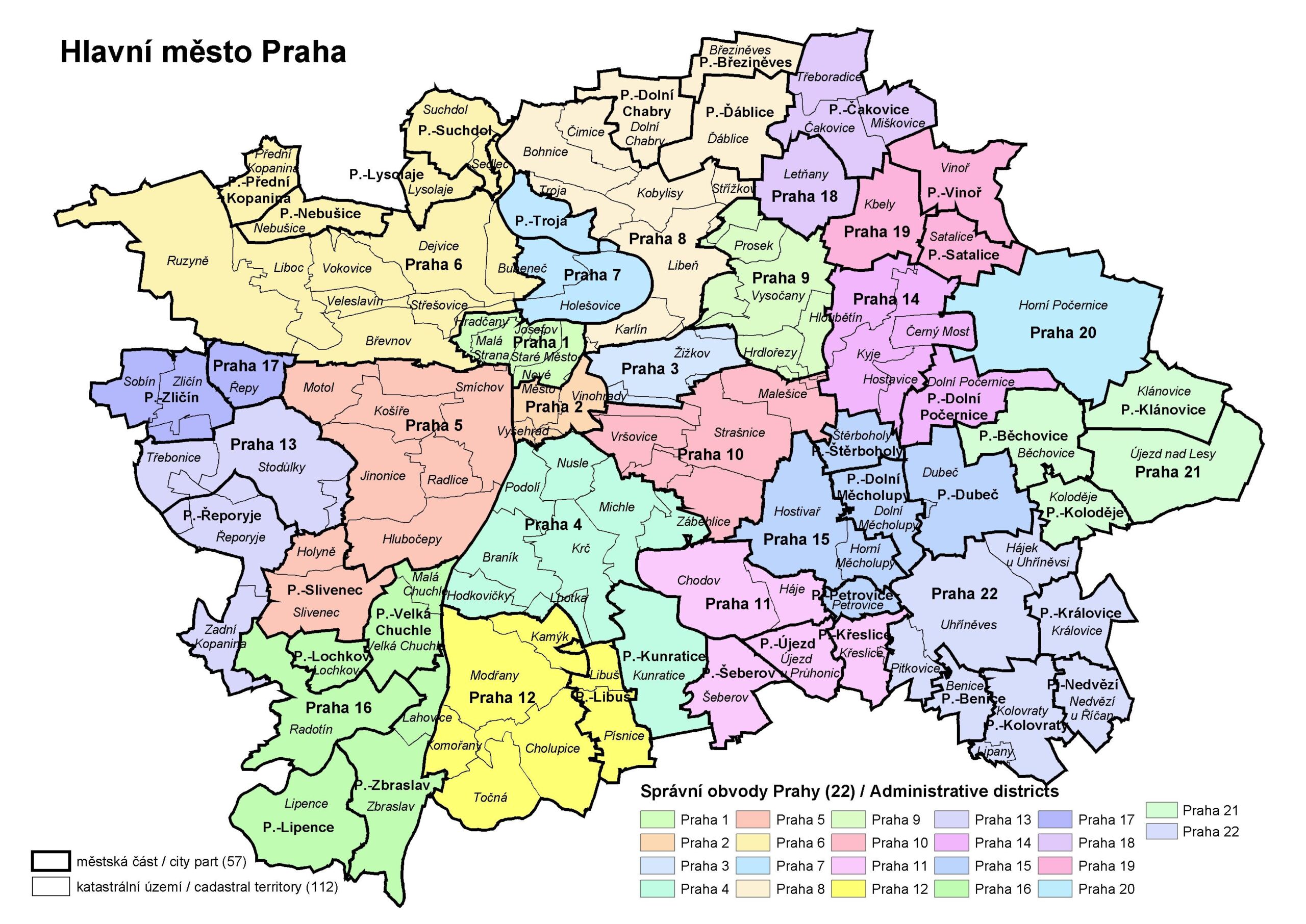
The city of Prague is separated into districts. They can be seen from the map, as well as the image above.

You can find out what district you are in from the street signs of Prague. The “Praha 1” indicates that you are in the first district of Prague. You can also find all of the neighborhood names listed as well.
Vegetation / Landscape:



You can see these nice rolling hills through most of the country.
Specific Trees:
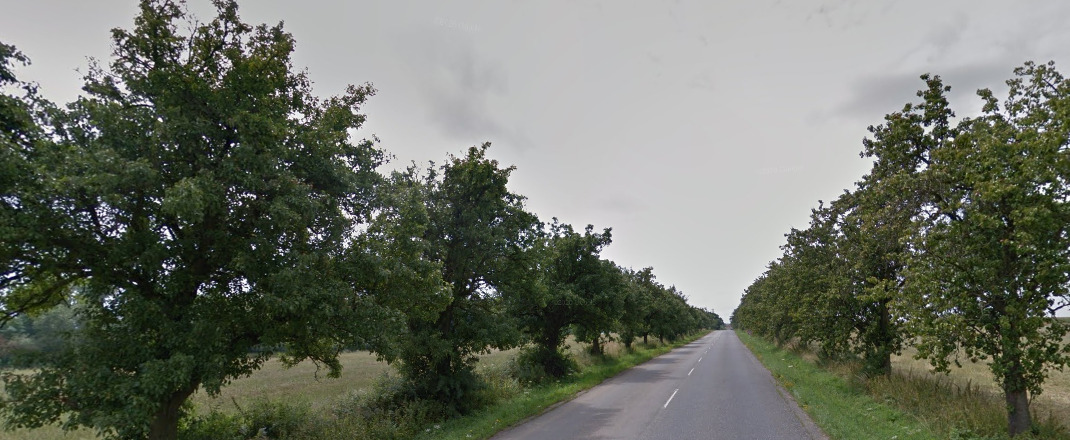
You can find these fruit trees lining the roads of Czechia along most roads (besides highways) and in some parts of Slovakia.
It will mostly be the flatter parts of the countries.
Architecture:

This pattern of Brown and White can be found in Czechia. Its mostly found in Bohemia, but can be seen scattered across the country.
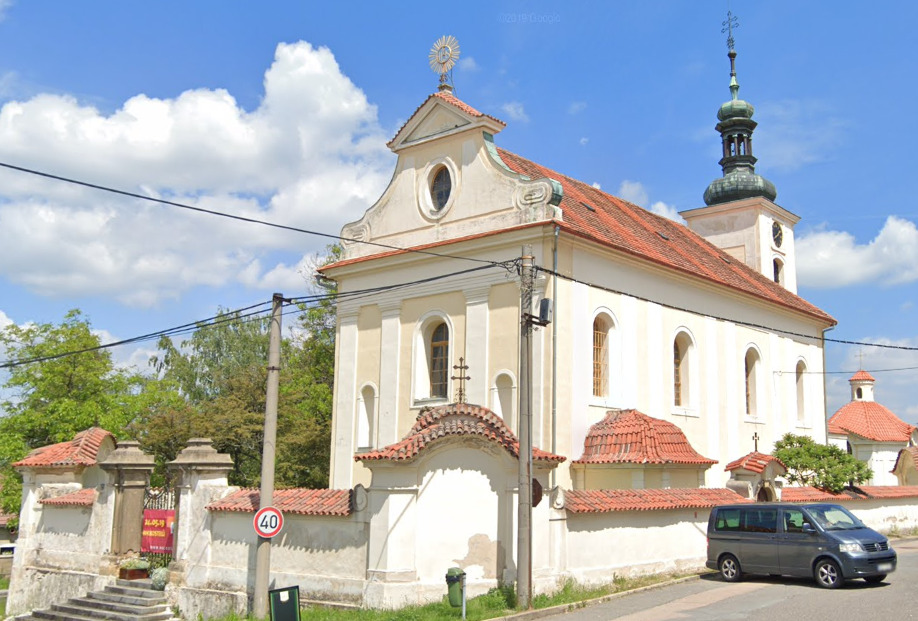
This is a typical Church in Czechia. You can find others like it.
General look:



Notice the bollards, the fruit trees, and the rolling hills. This is very typical of Czechia.
Car Brands:
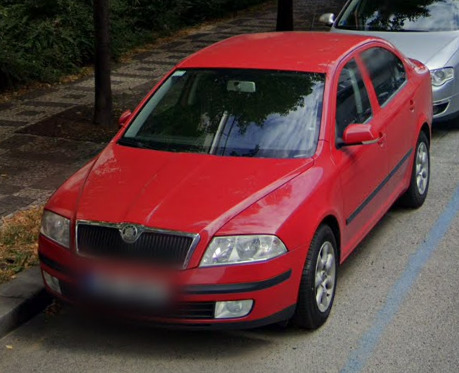
Škodas are very common in Czechia as they are made in the country.
id=”17″Alphabet/script:
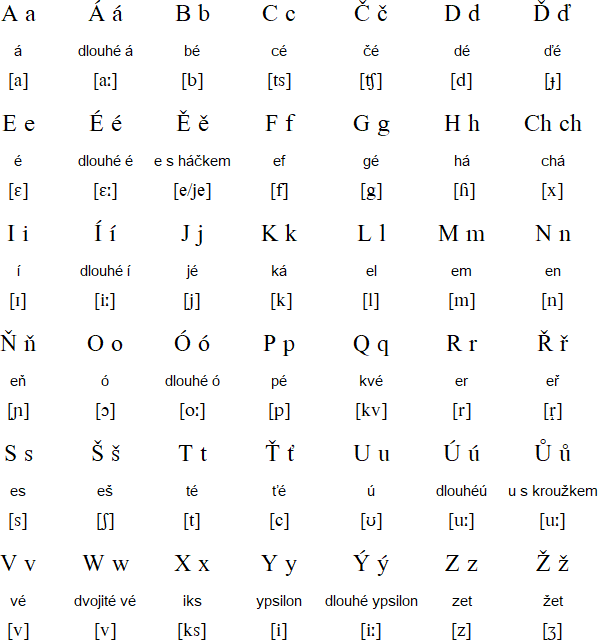
Slovak graphemes that do not exist in the Czech language are: ä, ľ, ĺ, ŕ, ô, dz, dž. Czech graphemes that do not exist in the Slovak language are: ě, ř and ů.
Domain:
.cz
Gibraltar
- Country Flag
- Capital City
- Most Helpful
- Google Car
- Google Coverage
- Camera Generation
- Road Lines
- Road Signs
- License Plates
- Phone Number
- Vegetation / Landscape
- Architecture
- General Look
- Language
- Domain
Country Flag:
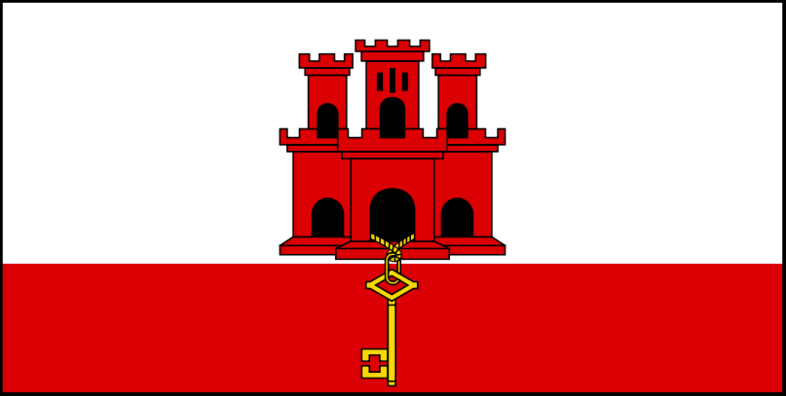
Capital City:
Gibraltar
Most Helpful:
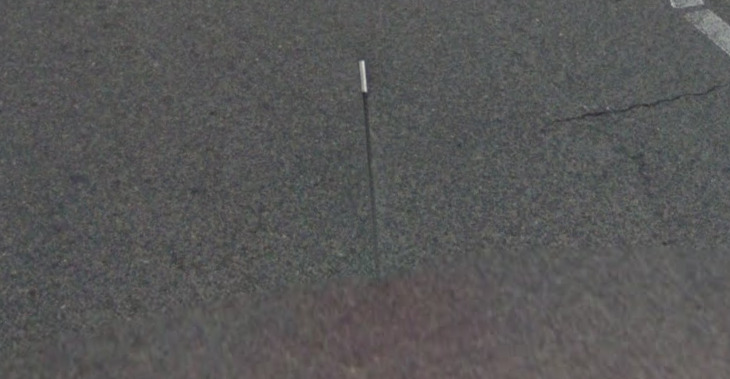

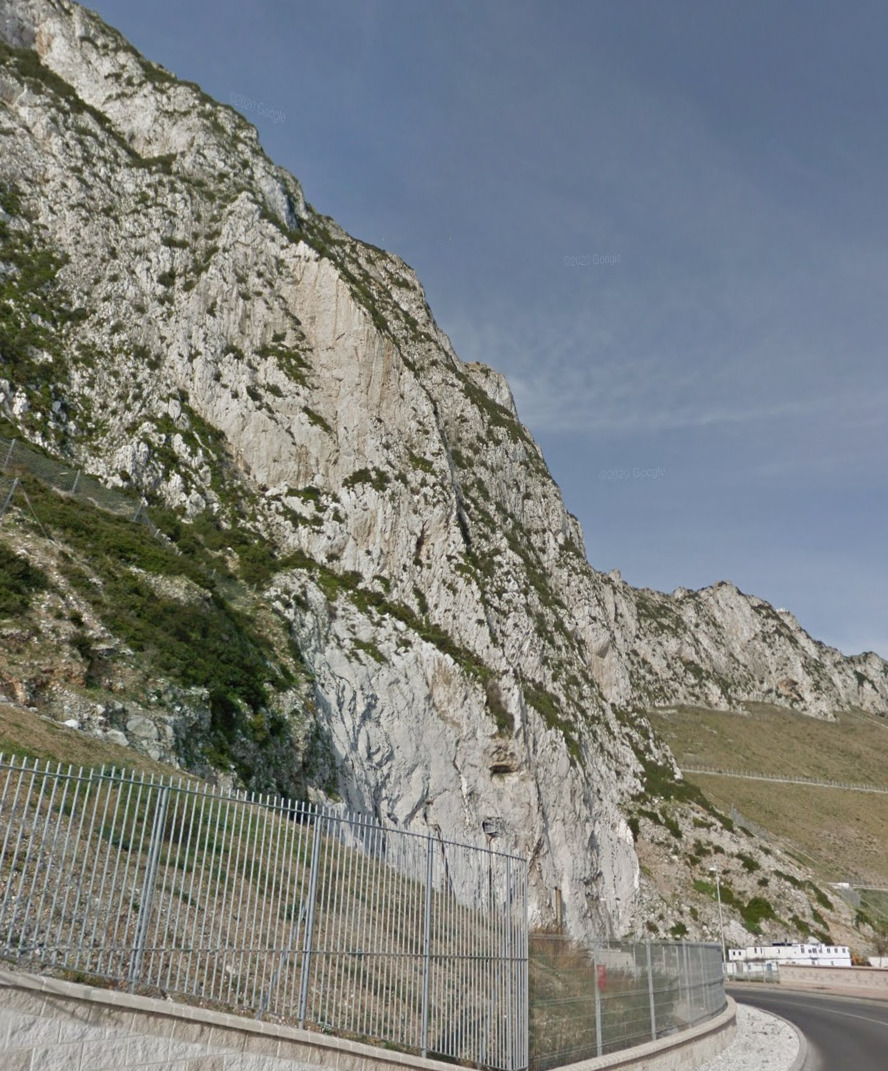
Google car:

Gibraltars car has a long antenna with a white tip.
Google Coverage:
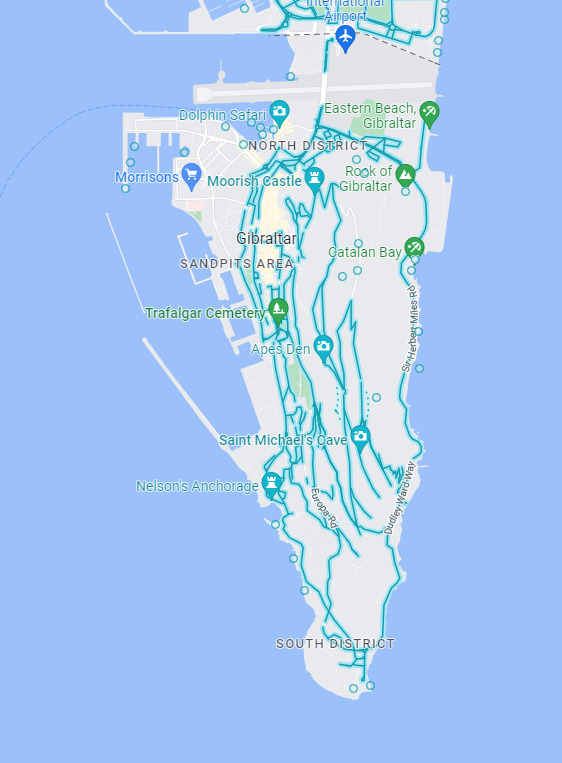
There is a big chunk of coverage missing in the northwestern part. Other than that most roads seem to be covered.
Camera Generation:
Gen 3
Road Lines:
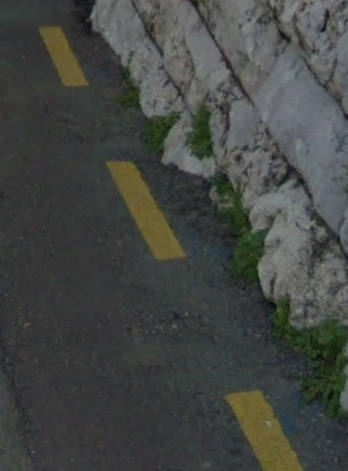
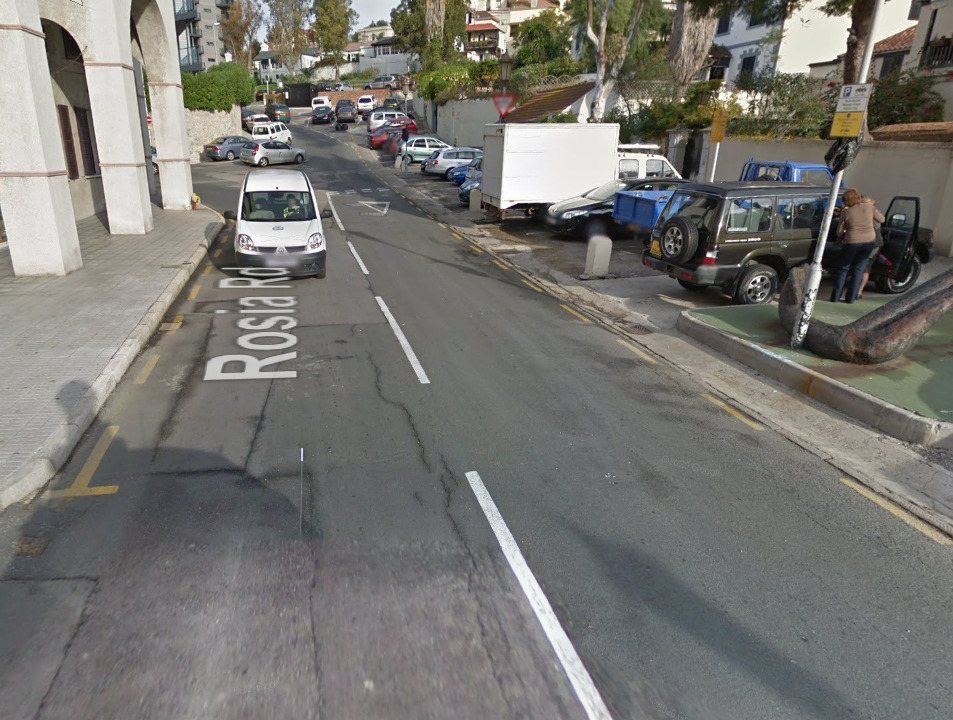
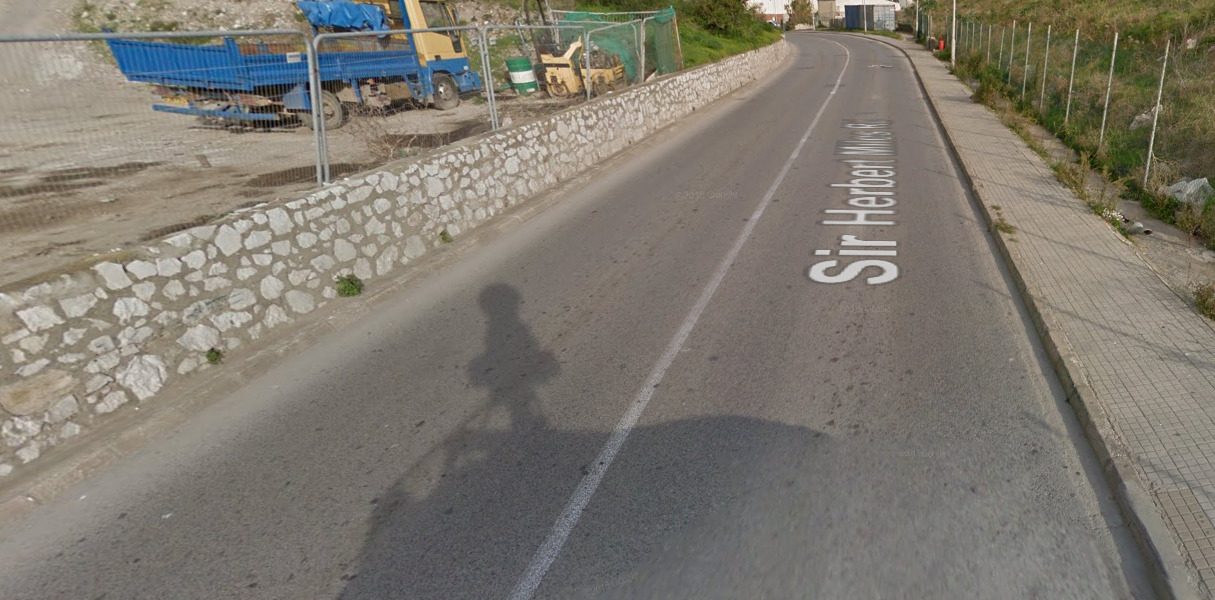
Gibraltar uses a mix of yellow or white shoulders, with white center lines, however the shoulders and the center lines can be dashed. There can also be no shoulders or center line at all.
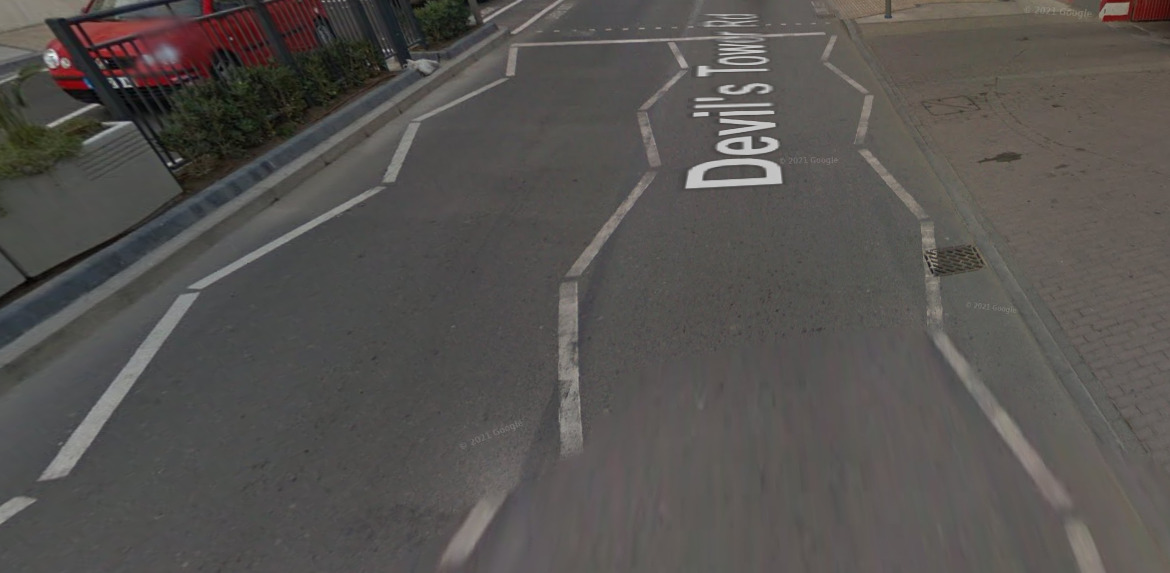
Don’t get confused if you see these zig-zag lines. There are quite a few examples of them around Gibraltar.
Road Signs:
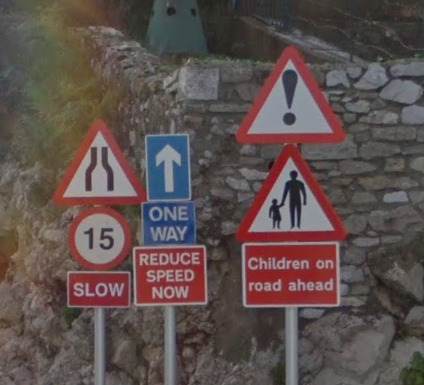
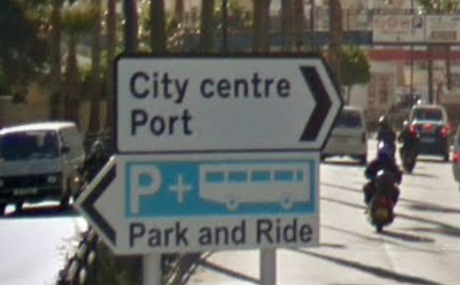

Gibraltar street signs are white with black text.
License plates:

Gibraltar uses UK plates, yellow rear, white front.
Phone number:
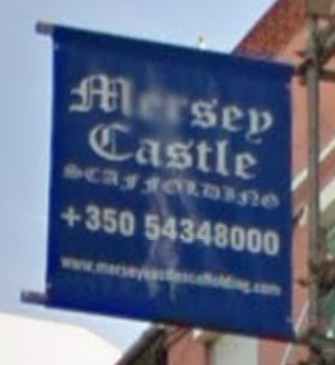
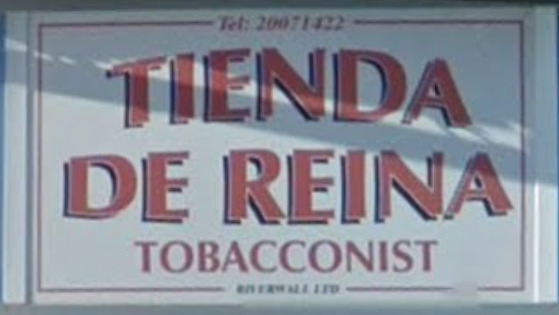
The country calling code to Gibraltar is +350. Since 1 October 2008 telephone numbers for landlines and mobile phones in Gibraltar have been eight digits long.
Vegetation/Landscape:

Gibraltar is built around a limestone cliff called the Rock of Gibraltar.
Architecture:
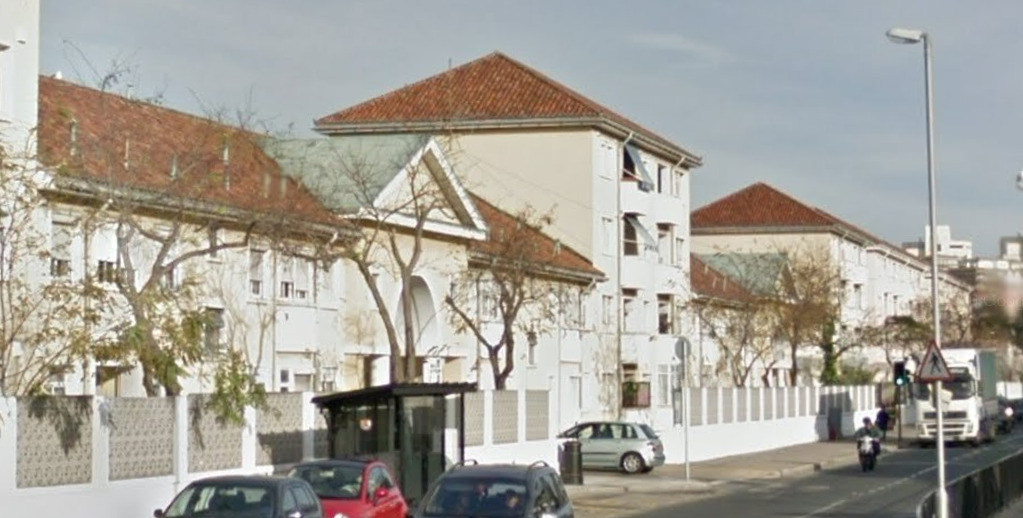
Most of the houses will have a white facade in combination with either a flat or pitched red/brown tiled roof.
General look:
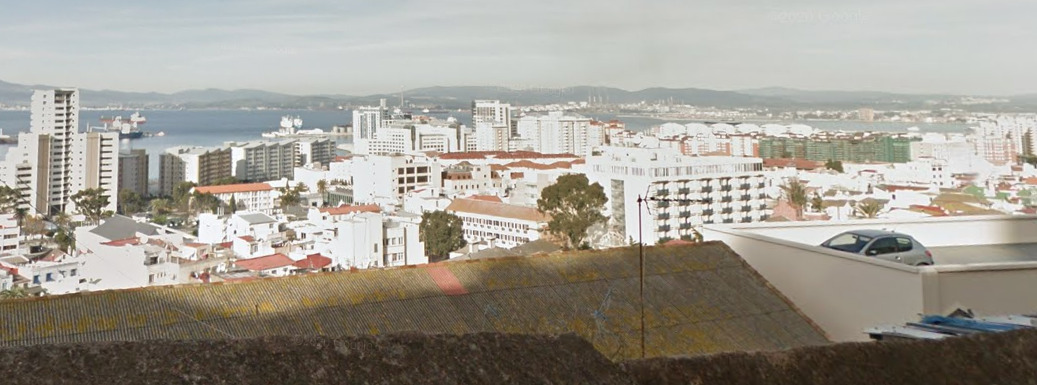

Alphabet/script:
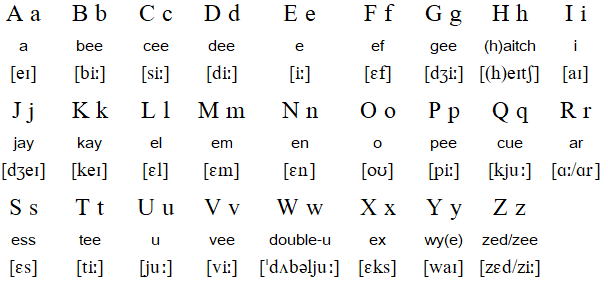
Gibraltar uses English a Latin based script.
Domain:
.gi
The Faroe Islands
- Country Flag
- Capital City
- Most Helpful
- Google Car
- Bollards
- Google Coverage
- Camera Generation
- Road Lines
- Road Signs
- Electricity Poles
- License Plates
- Phone Number
- Vegetation / Landscape
- Architecture
- General Look
- Language
- Domain
Country Flag:
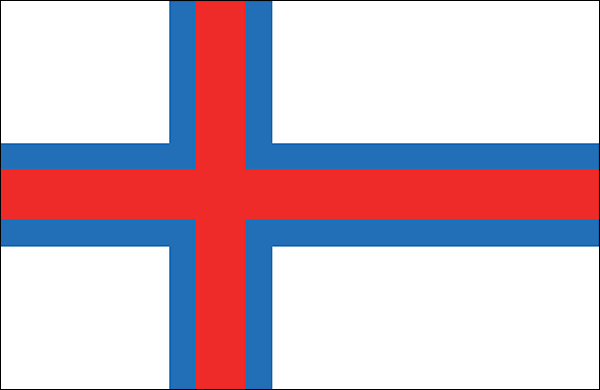
Capital City:
Tórshavn
Most Helpful:
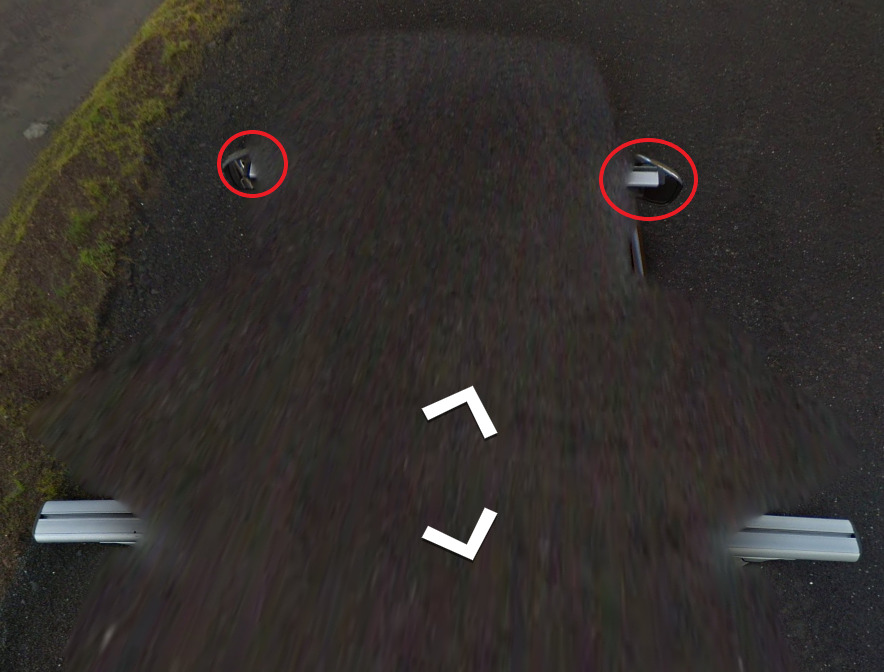
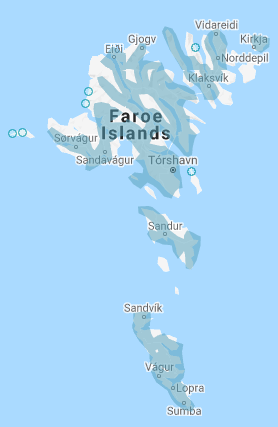
The roads in the Faroe Islands are off by about 15-20 meters. Its best to not actually guess on the road, but slightly to the left or right of the road. Its usually away from the water, so go the opposite direction of the water for your plonk.



Google Car:

(Front)
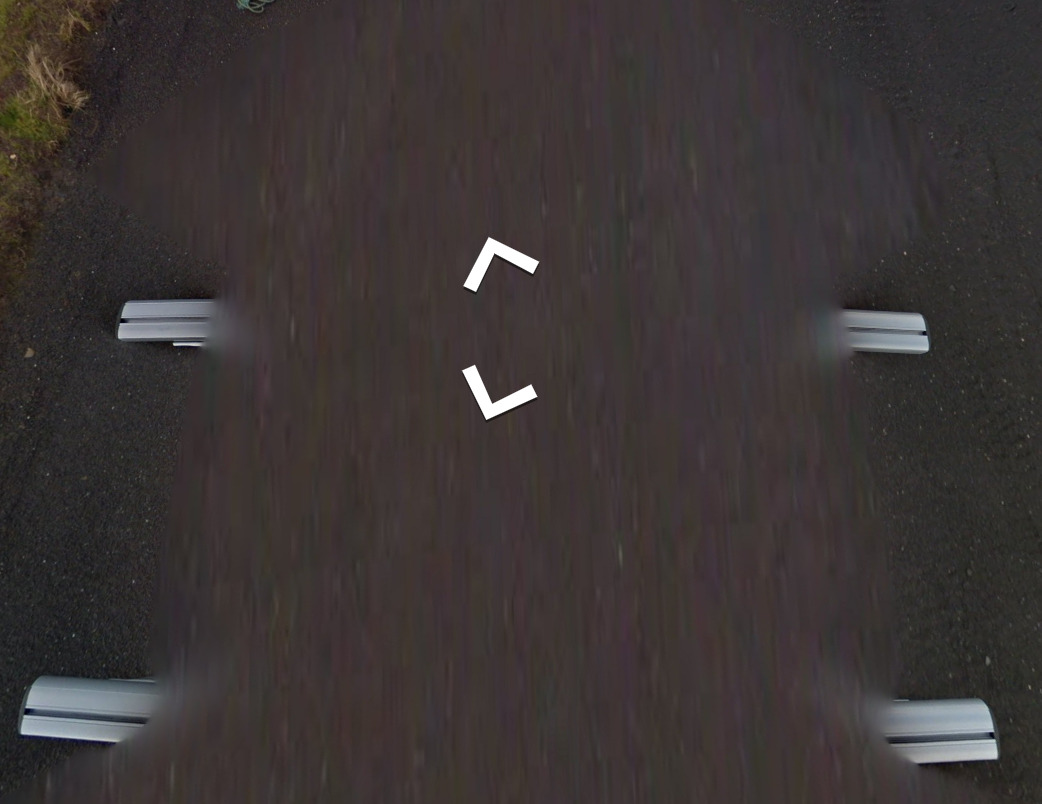
(Back)
The google car here has a roof rack that can be clearly seen. There is also an extra bar that can be found by the mirrors on the car. That extra bar has the black inlay that we can sometimes find. This is unique and will be the red circles.
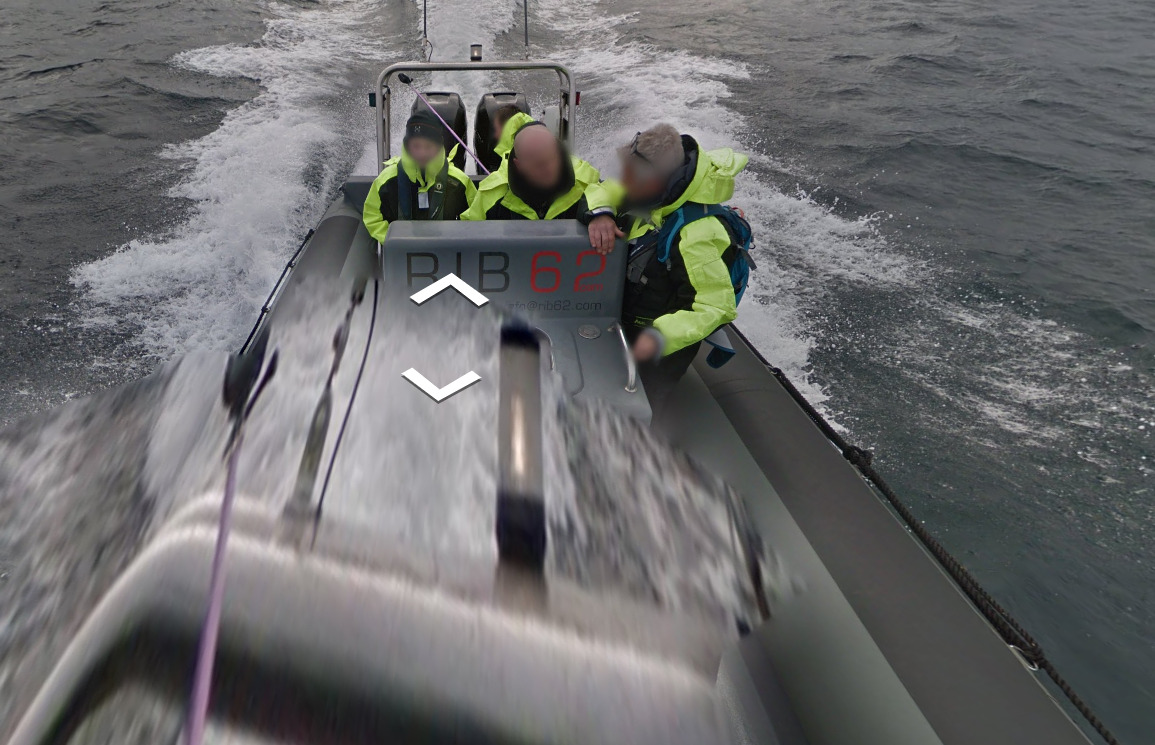
There is some boat coverage west of the capital. It has RIB 62 written near the steering column.
Bollard:
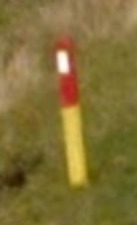
These bollards are incredibly small. The picture doesn’t do it justice. Its a wooden stick that has half painted yellow, and half painted red. There are some cases where the paint is incredibly faded. They are no more than One or Two feet tall (30-60 cm).
Google Coverage:

Most of the coverage in the Faroe islands exists on the roads along the coast. There is some trekker coverage on the island of Fugloy (The north east most island with the city Kirkja visible). There are other instances of trekker coverage. There is a guide coming soon. Its safe to guess along the water ways. If you get a large city, it is almost always going to be the capital, Tórshavn.
Camera Generation:
Gen 3
Road Lines:
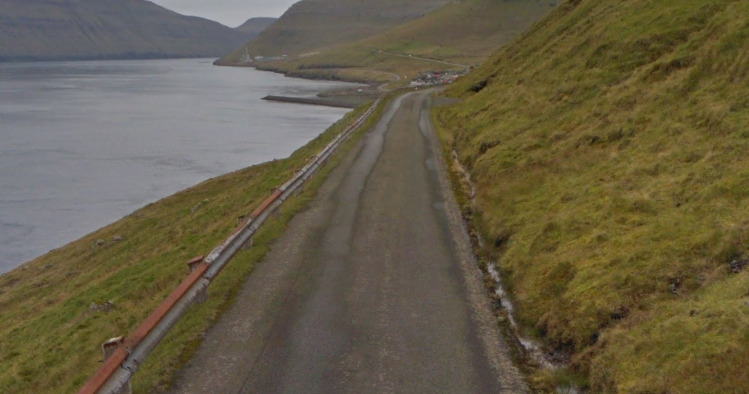

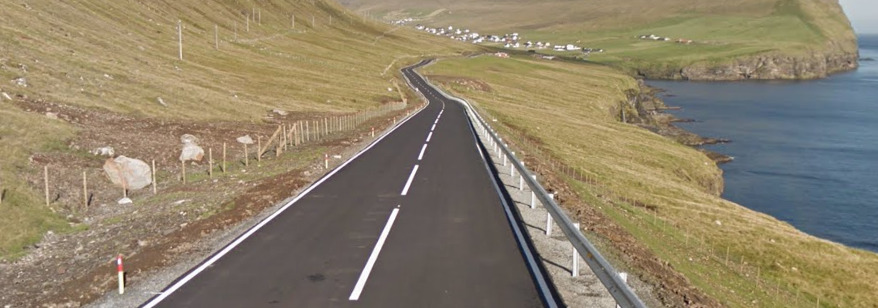
There are many different styles of road used. You can find dashed shoulders, solid shoulders, or even no visible road markings. All of the road markings will be white. It is rare to find a center divider line outside of a town, but they do exist.
Road Signs:
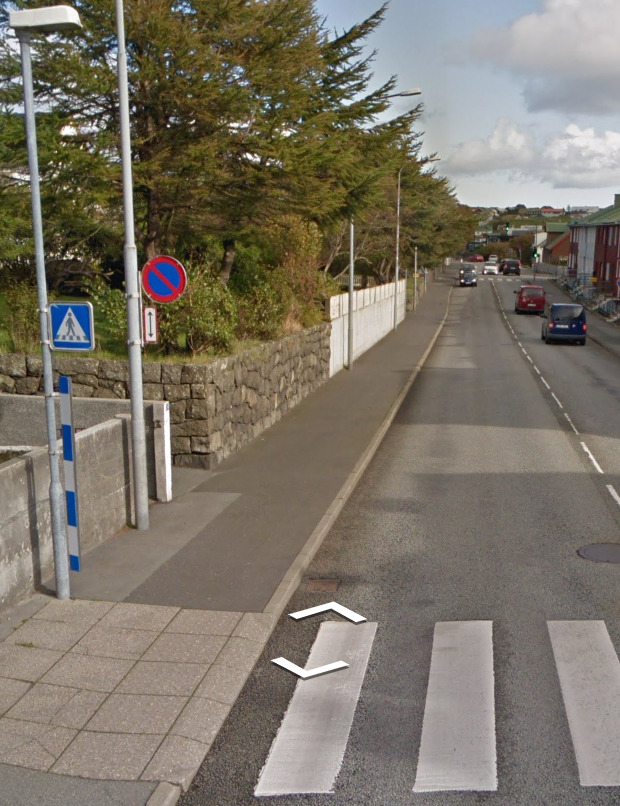
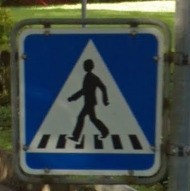
The crosswalks (also called Zebras) have a blue and white striped sign next to them if they’re on a major road. You can also see a typical EU warning sign in the background.

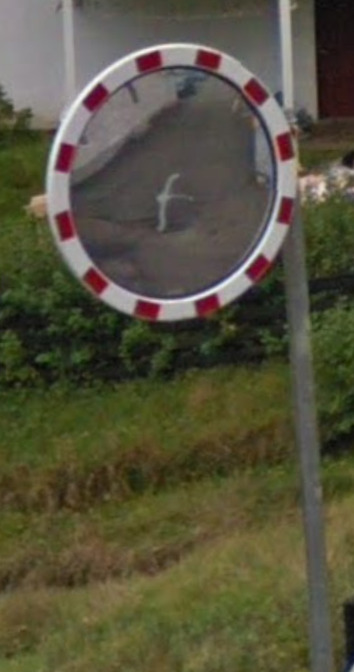
You can often find these reflective mirrors around. The red and white rim make it look like a poker chip.
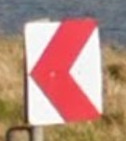
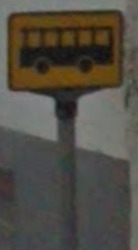



The Faroe Islands use a traditional guardrail with a yellow reflector. The guard rails seem to be a bit rusty, and missing paint. They use wooden posts to hold the metal rail. This is common around salt water areas, as wood is less likely to deteriorate from the salt spray.
There are some instances of newer guardrails that do use metal posts, but these seem to be further away from the water.
Electricity poles:


Electricity poles in the Faroe Islands are a bit rare, but they can be found occasionally near towns.
License plates:

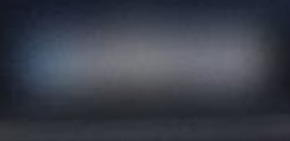
Like most places that are a part of the EU, The Faroe Islands use a blue strip on the side of the plate. The blur makes the blue look a little light.
Phone number:
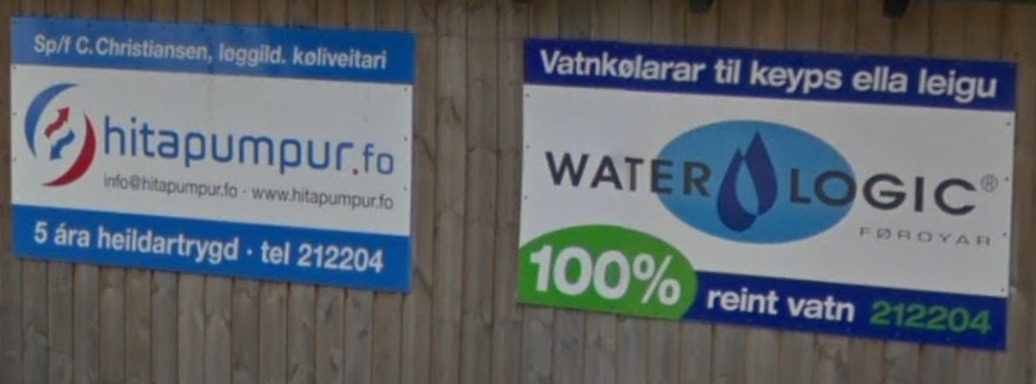
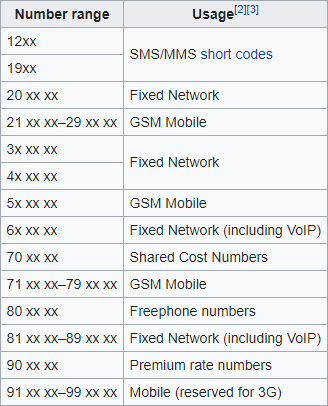
Most Phone numbers in the Faroe Islands are 6 digits long, and are set up like xx-xx-xx or xxxxxx. There isn’t anything about the numbers that can tell you cities or regions.
Vegetation/Landscape:



Architecture:

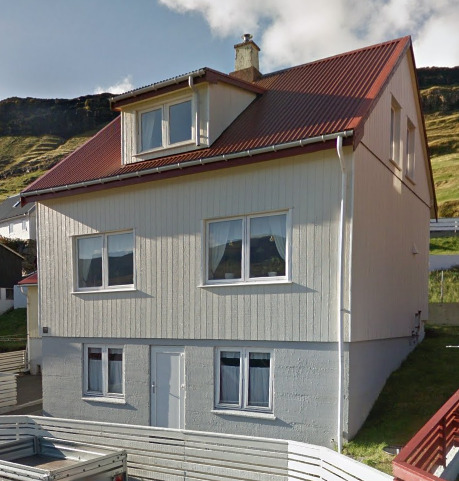
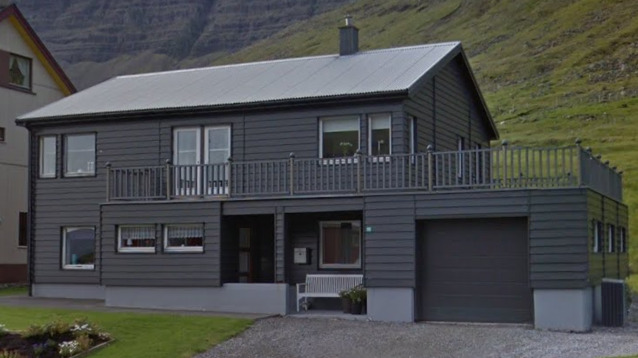
The architecture is very similar to Greenland and Iceland. There are plenty of houses that have a grass roof, but these seem to be outside of larger cities.
General look:



The Faroe Islands don’t really have trees. Most of the roads also put you along the coast. Its a beautiful country and in combination with a roof rack, you should never struggle here.
Alphabet/script:
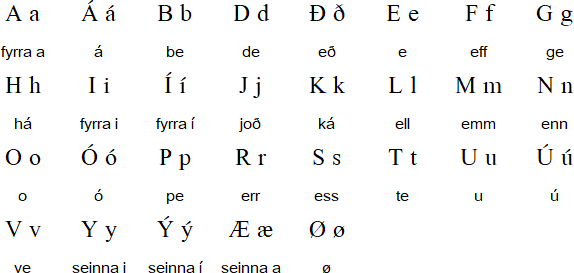
(Faroese)
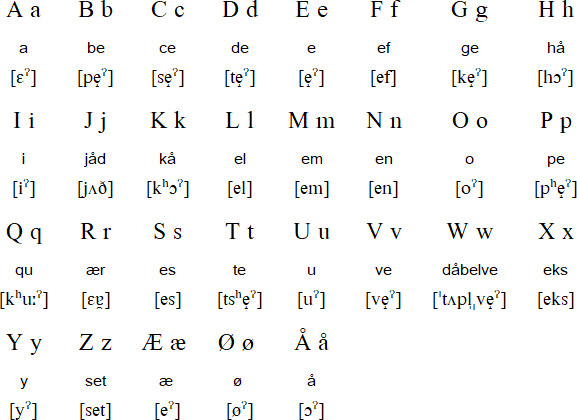
(Danish)
The official language of the Faroe Islands is Faroese. The second is Danish.
Domain:
.fo
Jersey
Country Flag:

Google car:
–
Bollard:
–
Camera Generation:
2
Road Lines:
Jersey uses yellow shoulder with white centre lines.

Road Signs:
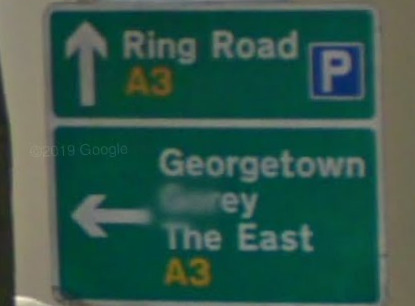
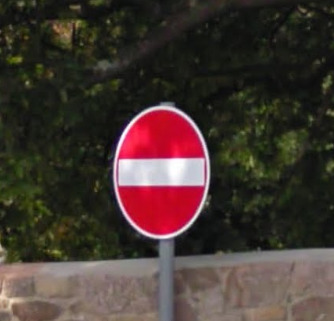
Jersey street signs are usually white backed, but green can also be found.
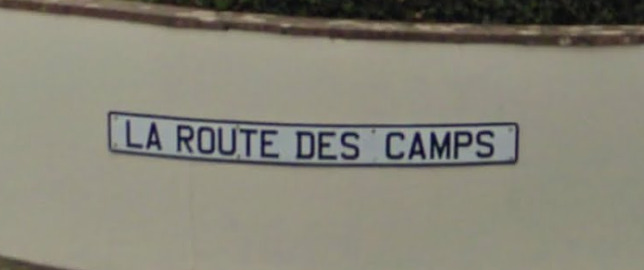
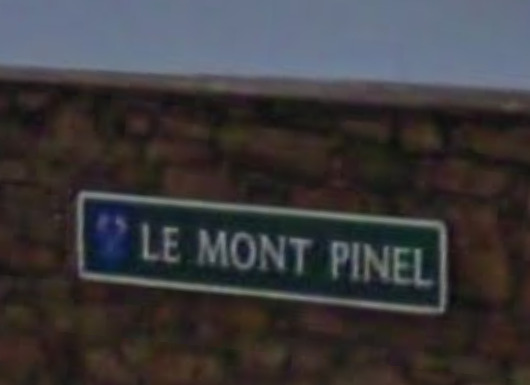
Electricity poles:
–
License plates:
Jersey use UK plates, white front, yellow rear.
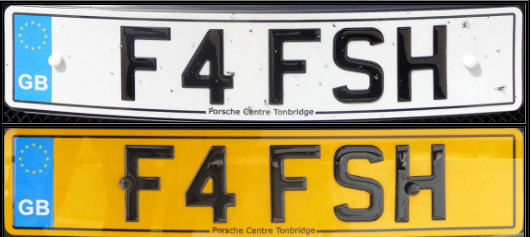
Phone number:
–
Vegetation/Landscape:
Jersey is very flat and covered in fields.

Specific tree:
–
Architecture:
–
General look:
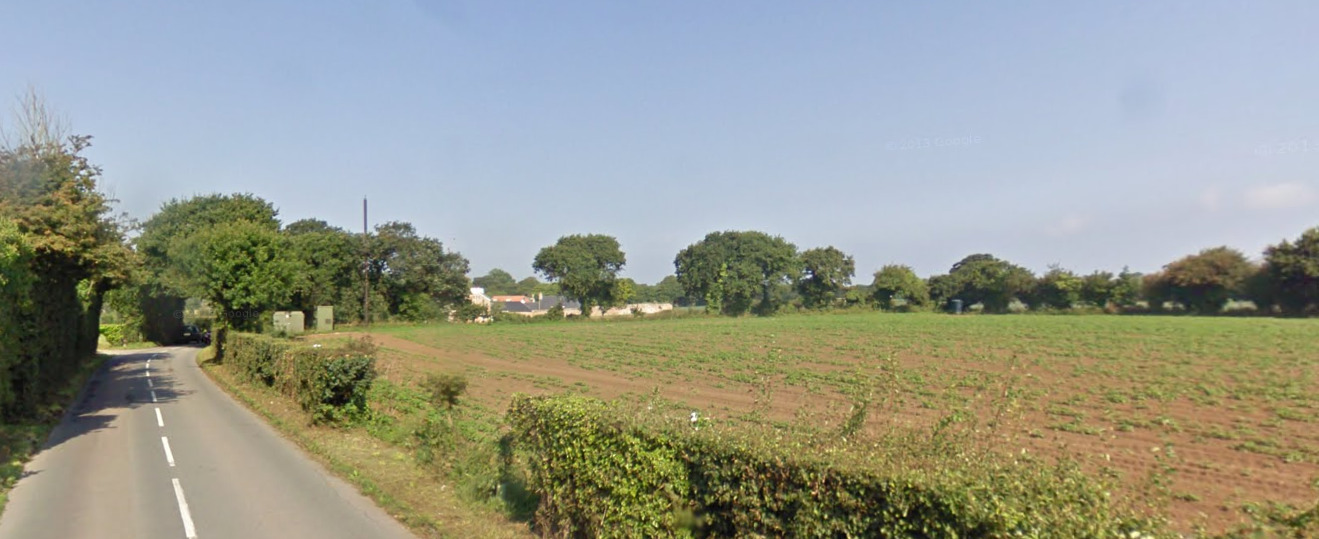
Alphabet/script:
Jersey uses English.

Domain:
.je
Svalbard
- Country Flag
- Capital City
- Most Helpful
- Google Car
- Bollards
- Google Coverage
- Camera Generation
- Road Lines
- Road Signs
- Electricity Poles
- License Plates
- Vegetation / Landscape
- Architecture
- General Look
- Language
- Domain
Country Flag:

Svalbard does not have their own flag. You can see the flag of Norway occasionally.
Capital City:
Longyearbyen
Most Helpful:

(Barentsburg)


(Longyearbyen)
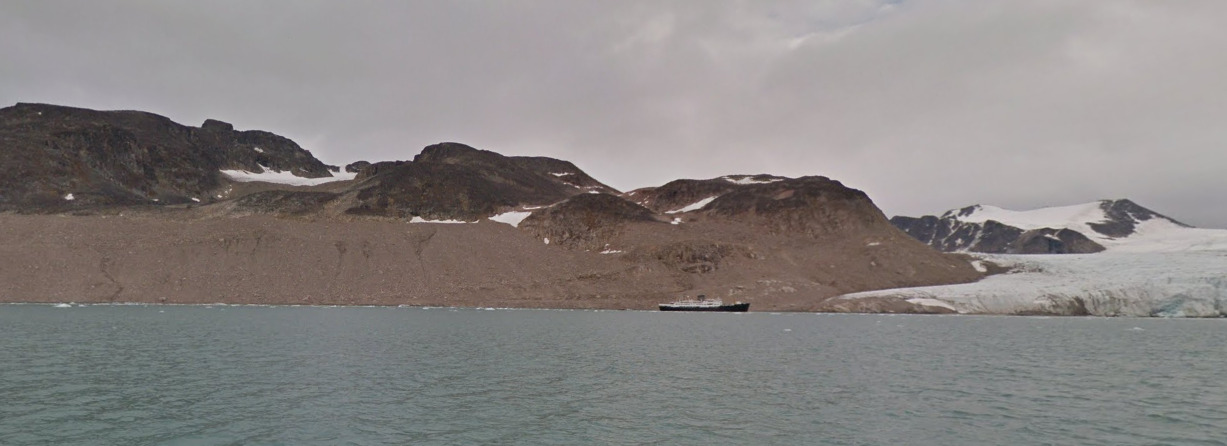


Google Car:
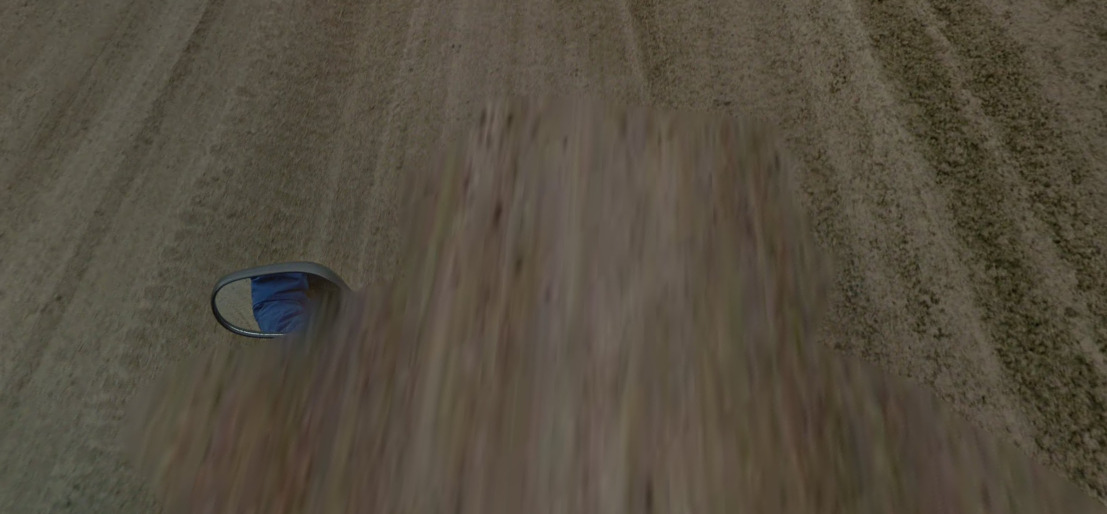
Most of Svalbard’s land coverage is around Longyearbyen either trekker or on an ATV which sometimes has its mirror is visible.

The coverage near the airport in Longyearbyen is on a red pickup.
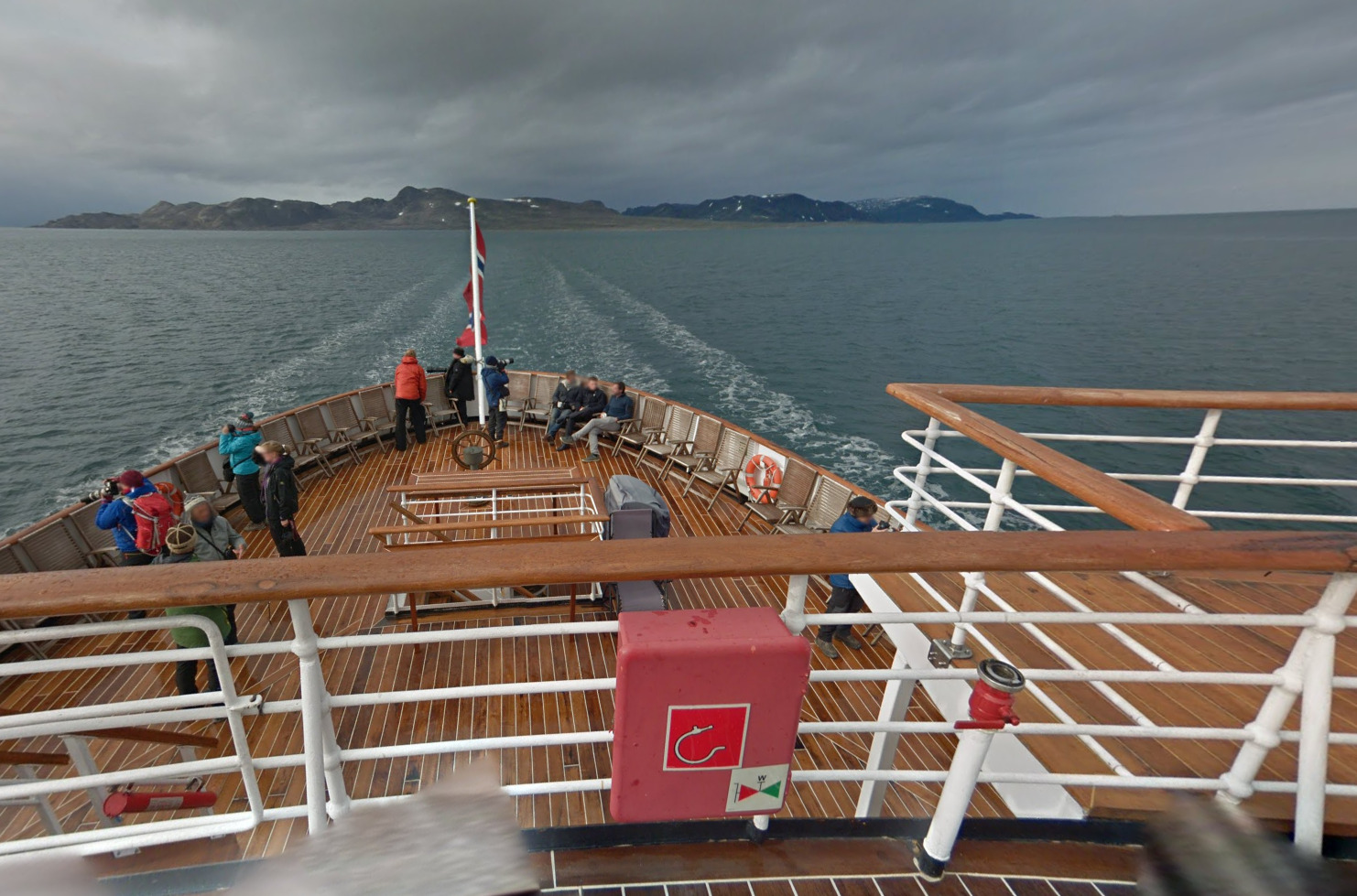

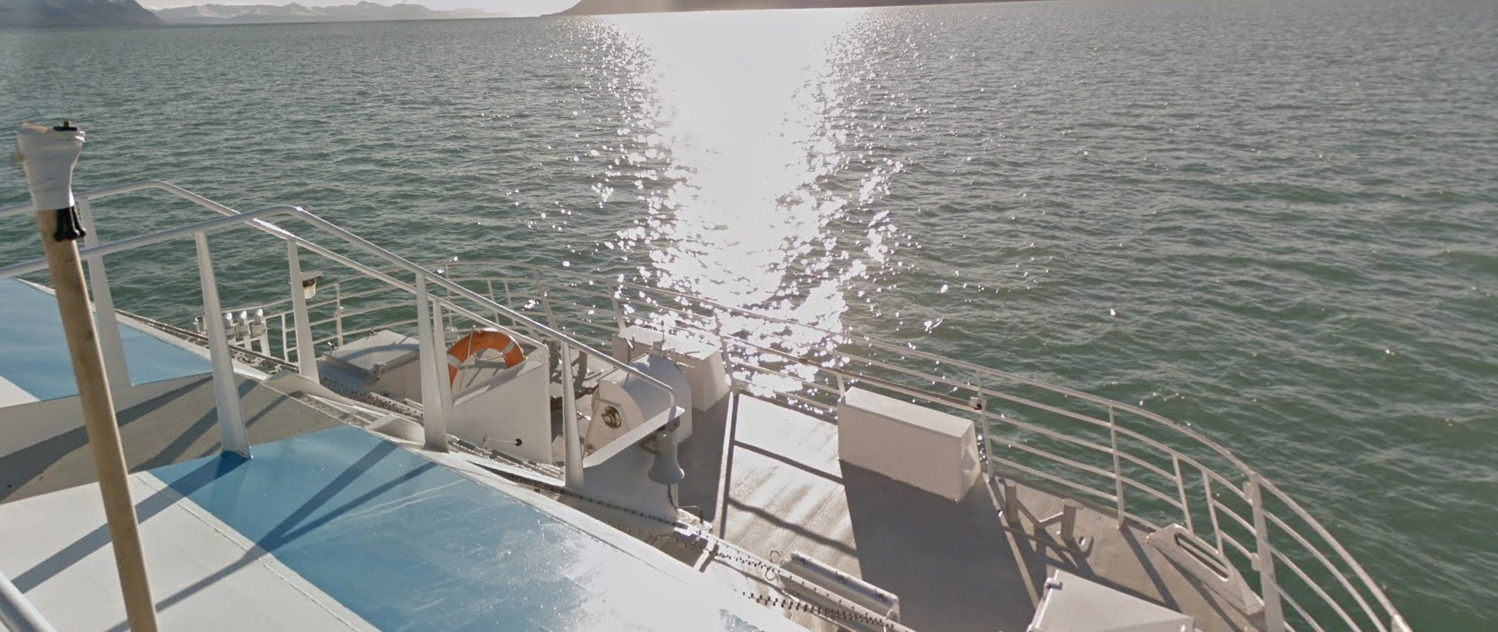
All the northern coverage is boats.
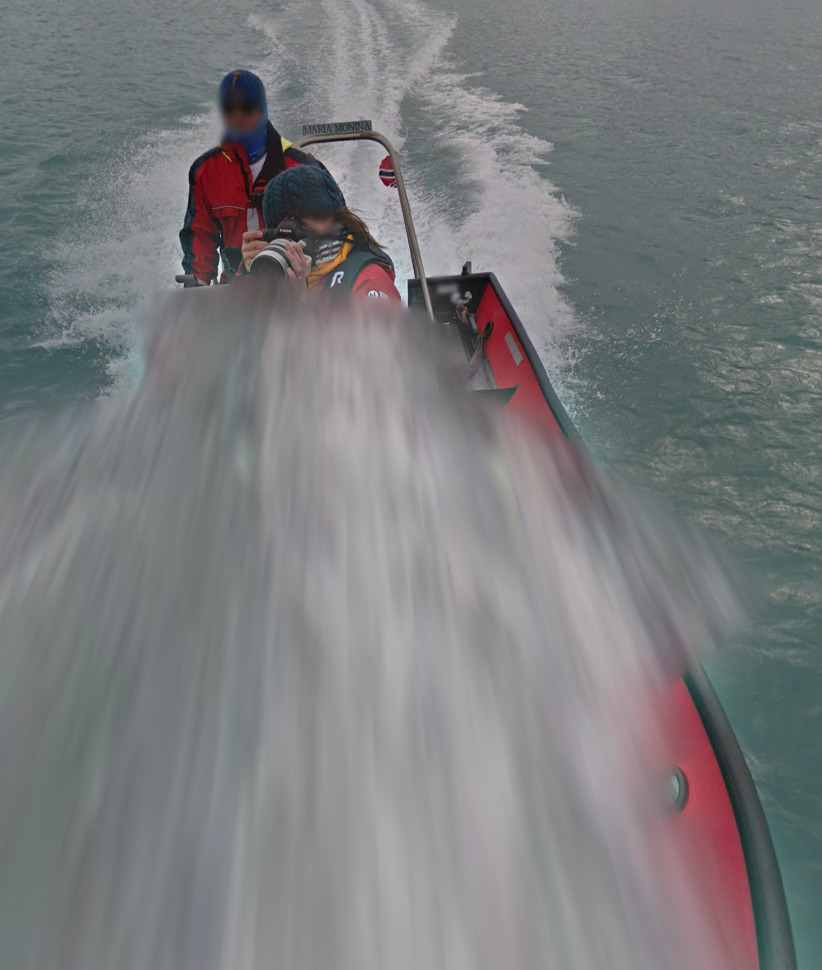
Apart from this boat off the coast of Longyearbyen.
Bollard:
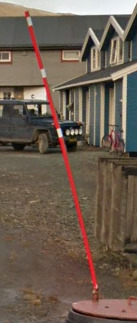
You can find these snow sticks occasionally. Sometimes, they will have a red reflector or a white reflector. These reflectors seem to indicate which side of the road you are on, and whether you will have oncoming traffic heading your way.
Google Coverage:
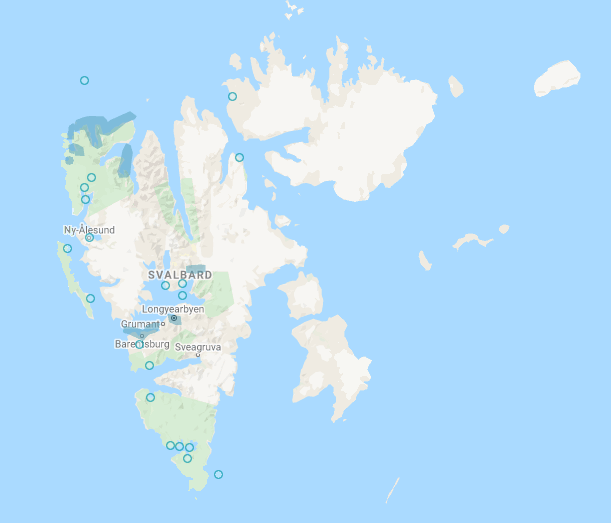
There is extremely limited coverage through most of Svalbard. Stick to Longyearbyen and you should generally be fine.
Camera Generation:
Gen 3
Road Lines:

Svalbard doesn’t have many markings on their roads.
Road Signs:
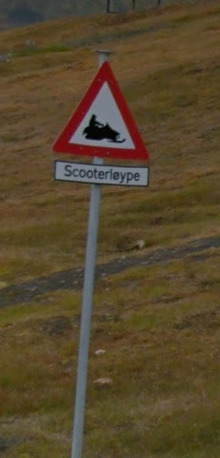
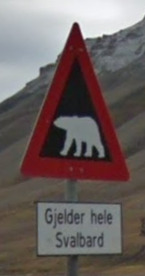
Road signs are rare on Svalbard.


Svalbard uses a traditional guardrail without any reflectors.
Electricity poles:
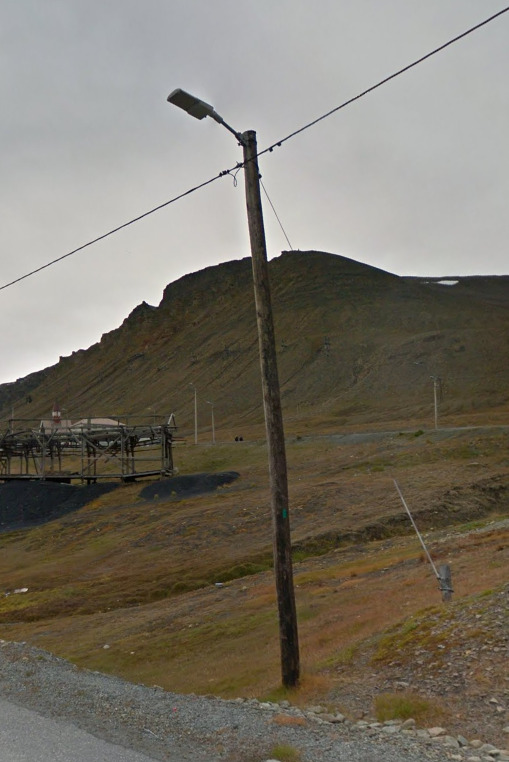
Svalbard has wooden poles.
License plates:

Svalbard has black plates with orange text.
Vegetation/Landscape:



Svalbard is very mountainous tundra.
Architecture:



General look:

(Barentsburg)


(Longyearbyen)
Alphabet/script:
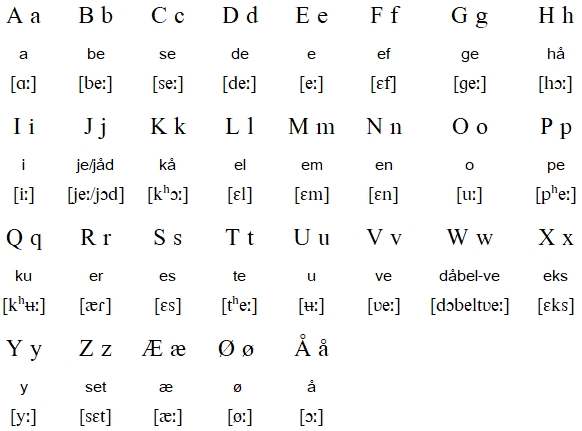
Svalbard uses Norwegian.
Domain:
.sj
Serbia
- Country Flag
- Capital City
- Most Helpful
- Google Car
- Bollards
- Google Coverage
- Unique Vehicle
- Camera Generation
- Road Lines
- Road Signs
- Road Numbering System
- Electricity Poles
- License Plates
- Beer
- Phone Number
- Vegetation / Landscape
- Specific Tree
- Architecture
- General Look
- Subdivisions
- Language
- Domain
Country Flag:
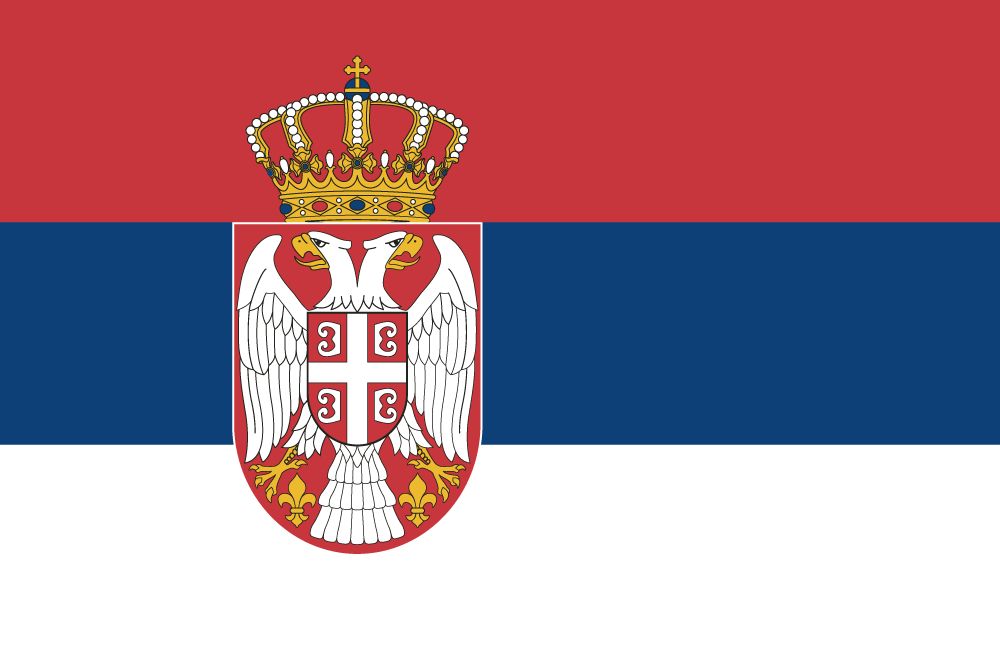
Capital City:
Belgrade
Most Helpful:


The bollards in Serbia are unique in the fact that the reflector strip (The red rectangle) is off centered and closest to the road. While this may not always be the case, it seems to happen more often than the other bollards.

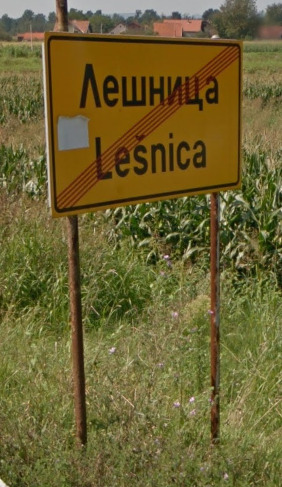
Serbia also uses two alphabets, Cyrillic and Latin. You can often find both languages on signs around the country. In combination with the bollards, you will know when you are in Serbia.
Google car:
Serbia mostly has no visible car or antenna:
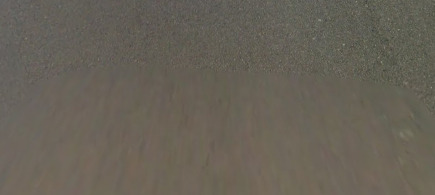
However, on major highways and in parts of Belgrade there is a visible short antenna:
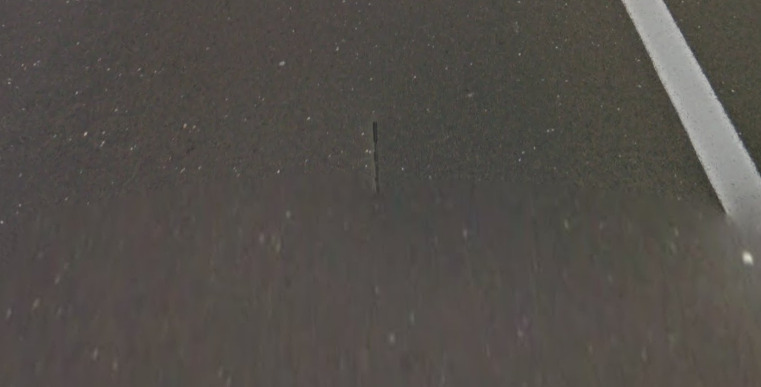
Bollard:
There are 2 types of bollards:


Don’t be surprised to find the thick version of the 2nd type of bollard, which is the same as in Slovenia (usually on highways):

There is also the Croatian/Hungarian type on highways nowadays, but there were probably none of those when the coverage was taken.
Google Coverage:

Most of the Northern region of Serbia is covered, with other large cities around the country having coverage. There are large portions of the country that does not have any coverage. Stick to the main cities, or the north of the Country for your best chance at a good score.
Unique Vehicles:
Very characteristic cars for Serbia are the legendary Yugo and Zastava manufactured in ex-Yugoslavia:
Yugo:
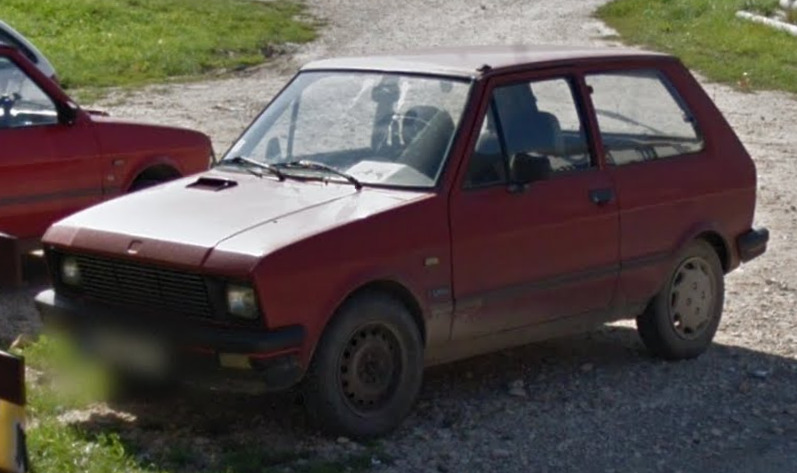
Zastava:
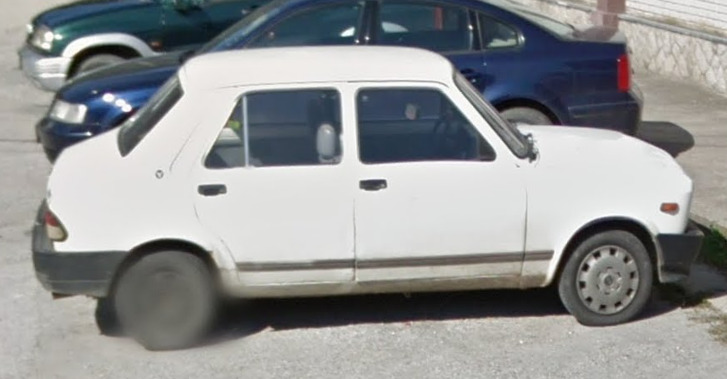

These old Volkswagen Golf 2 cars are quite common too:

Camera Generation:
Gen 3
Road Lines:
Full white:
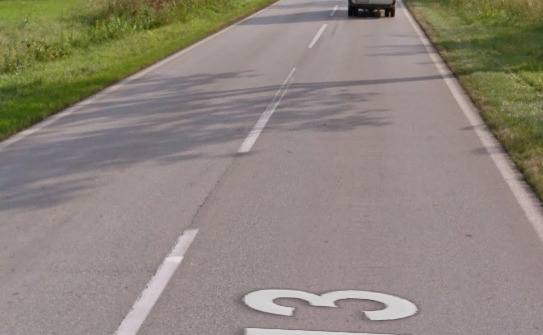
Typical highway (E-75 (A1)):
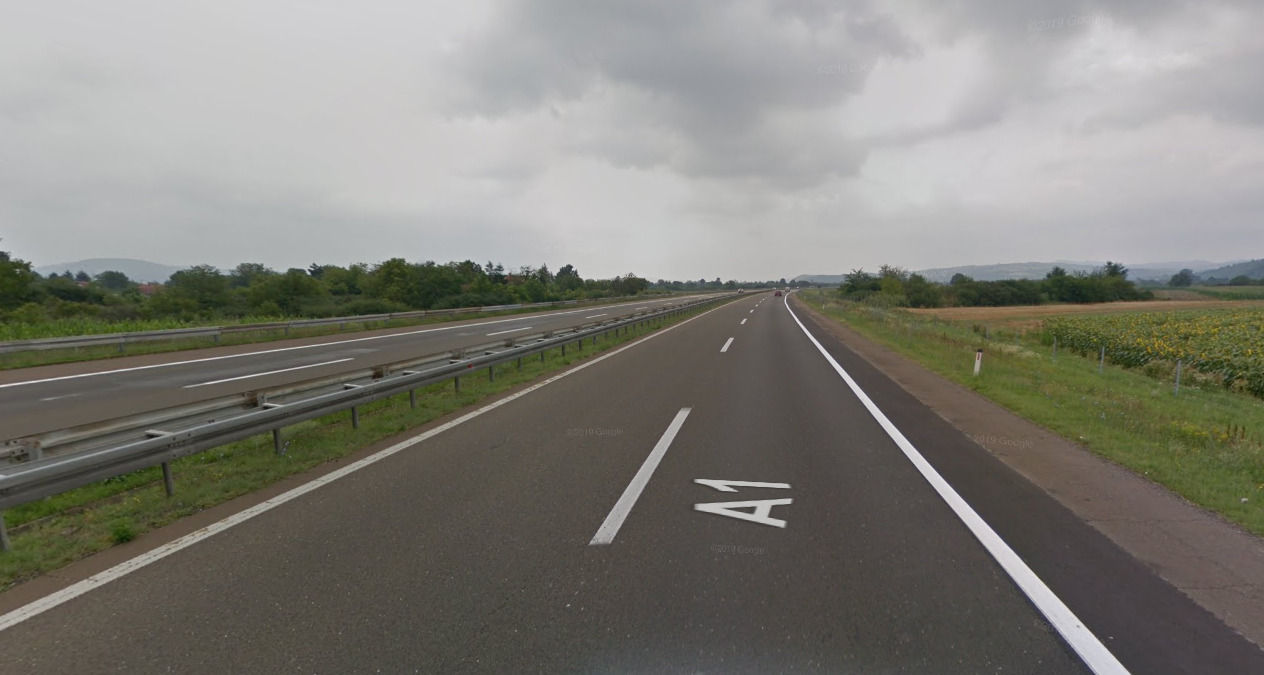
The ШКОЛА writing on the road alerts you that you are coming close to a school:
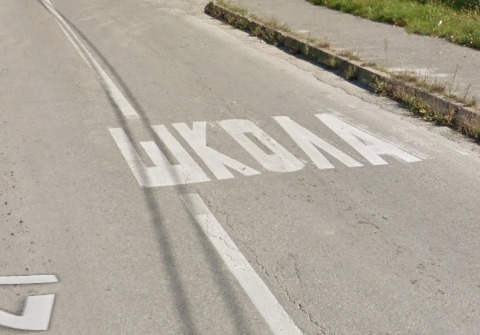
Road Signs:
Serbia uses yellow road signs with black text on them:


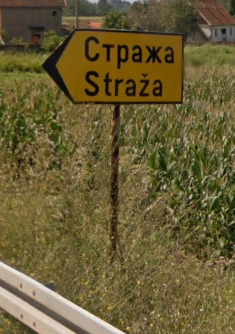
There are settlement name signs at the beginning/end of each settlement:



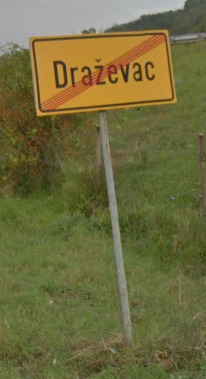
Notice how the signs in Serbia can be biscriptal (mostly), only in Cyrillic or only in Latin.
The highway signs are usually green with white text, except when they are pointing towards non-highway roads, when they are yellow, or even blue:



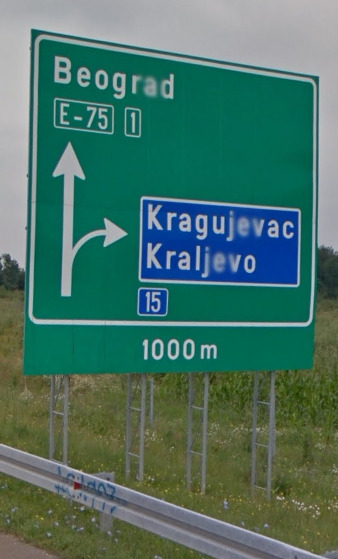
Note that the older Yugoslavian road signs can also be blue:


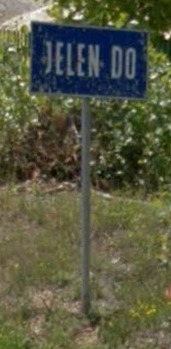
Serbia has small white kilometer markers by the side of its major roads. They can say the road number (in a yellow box) or not:


Notice that the road numbers on signs may be different sometimes from the ones on the map, not sure if this is because the numbers on the map are wrong or because the numbers have changed in the meantime (most likely the 2nd).
The turn arrows in Serbia are black with a white background:

Serbia uses the regular European white warning signs:

However the old Yugoslavian signs can be yellow, as well as the temporary road construction signs:


Very common road signs you will see in Serbia are the “no overtaking” (1st) and “end of no overtaking” (2nd) signs which look like this in Serbia:
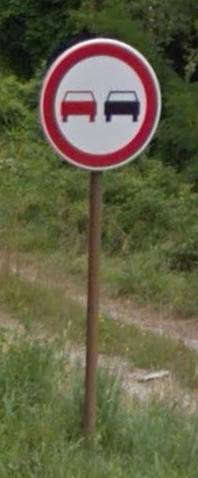

The speed limit signs in Serbia look like this:


The street name signs in Serbia are usually dark blue with white text and rim, and the house/building numbers follow the same pattern:
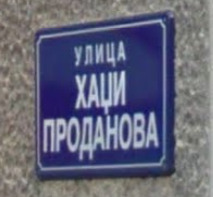

Those in Belgrade can have the crest of the city on them and be transliterated into Latin too:
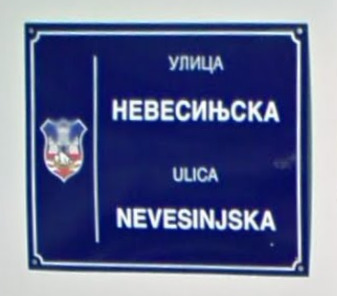
Note that улица (ulica) means “street” in Serbian, and it is shortened as ул. (ul.). In the same way, град (grad) means “city” and is shortened as г. (g.). This is useful for searching for street/city names on signs, billboards and shop fronts.
Crosswalk signs in Serbia:

Bus stop signs:

Guardrails:

The bridge railings can often be yellow:
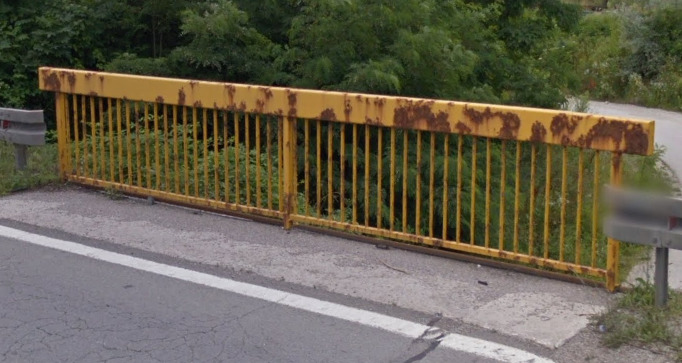
River name signs can be found on bridges (река (reka) = river), and they are usually blue:
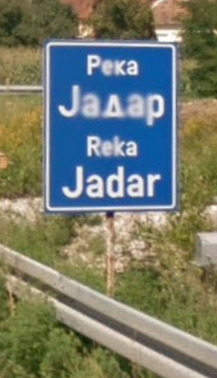
In northern Serbia (the autonomous province of Vojvodina) you can often find bilingual, trilingual and even quadrilingual signs in the places with national plurality:

The signs are usually in Serbian and Hungarian, but they can also be in Slovak, Romanian, Croatian and even Czech and Rusyn.
Road numbering system:
Major highways have green shields, while other major roads have a yellow shield. For any more info:
Serbia Road Numbering System
Electricity poles:
There are a lot of types:









A very common lightbulb unique to Serbia:
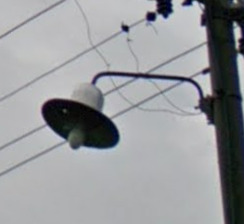
License plates:
Only one plate type with a blue strip on the left although Serbia is not in the European Union yet:

The first 2 letters on the plate are the abbreviation of a major city where the plates were issued (Belgrade in the picture), and can be useful for guessing if you find an unblurred or partially blurred plate.
The map of all the license plate city abbreviations:
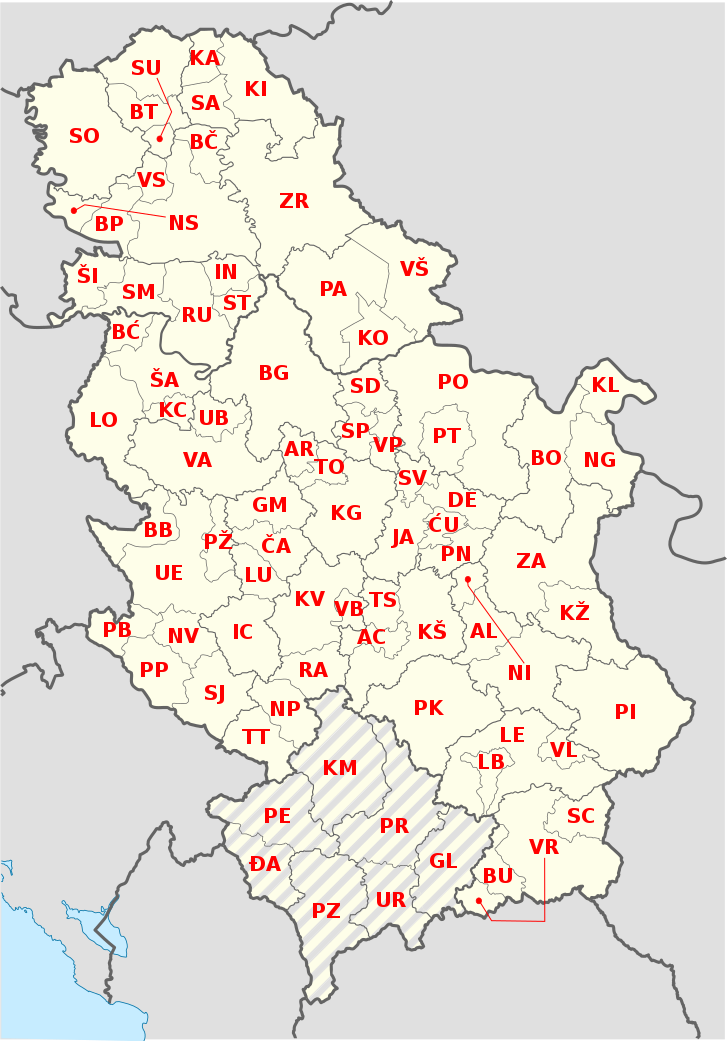
Beer:
Jelen (“deer” in English) is the most popular beer brand in Serbia and you can find the ads for it everywhere:
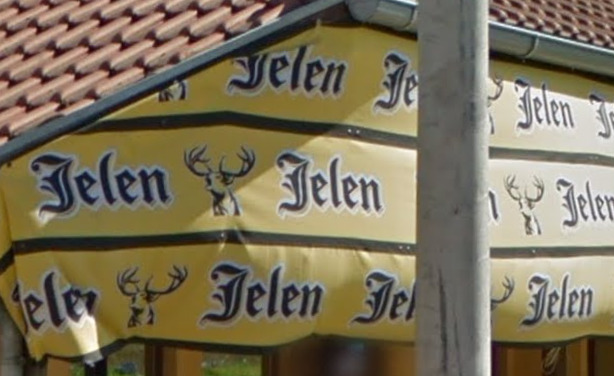
Phone Number:
Each major city has its own code for its area. A map for them doesn’t exist, but it’s not certain how useful they are for guessing in the country anyway:
Telephone numbers in Serbia – Landline telephony
Vegetation/Landscape:
Topographic map of Serbia (OpenTopoMap):

As you can see, the northern autonomous province of Serbia, Vojvodina, is quite flat, and the landscape gets more hilly and mountainous the more south you go. Mostly, the flat parts in southern Serbia are in the Morava River Valley, which goes through the central eastern Serbia, as you can see on the map, but you should still be able to see some hills from it.
Vojvodina:
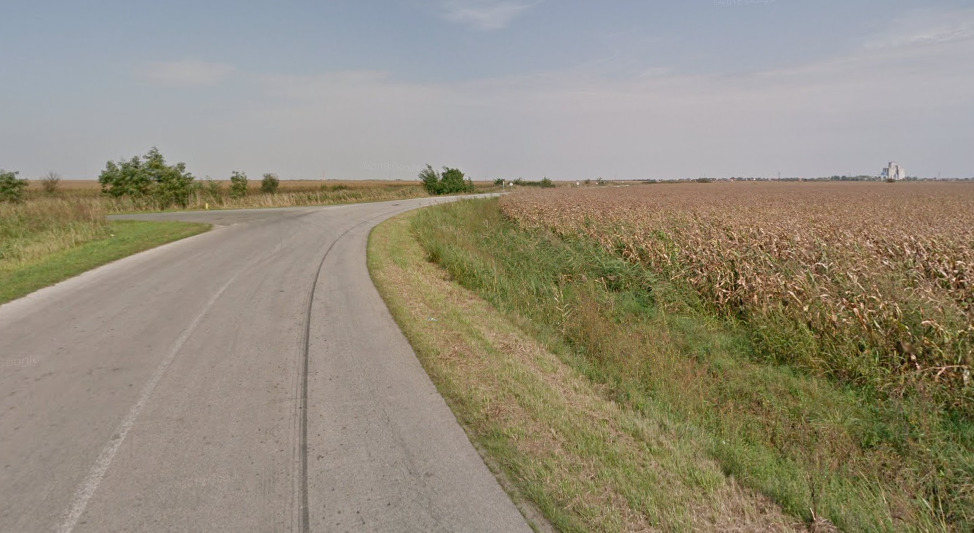
Central Serbia:
Southeastern:
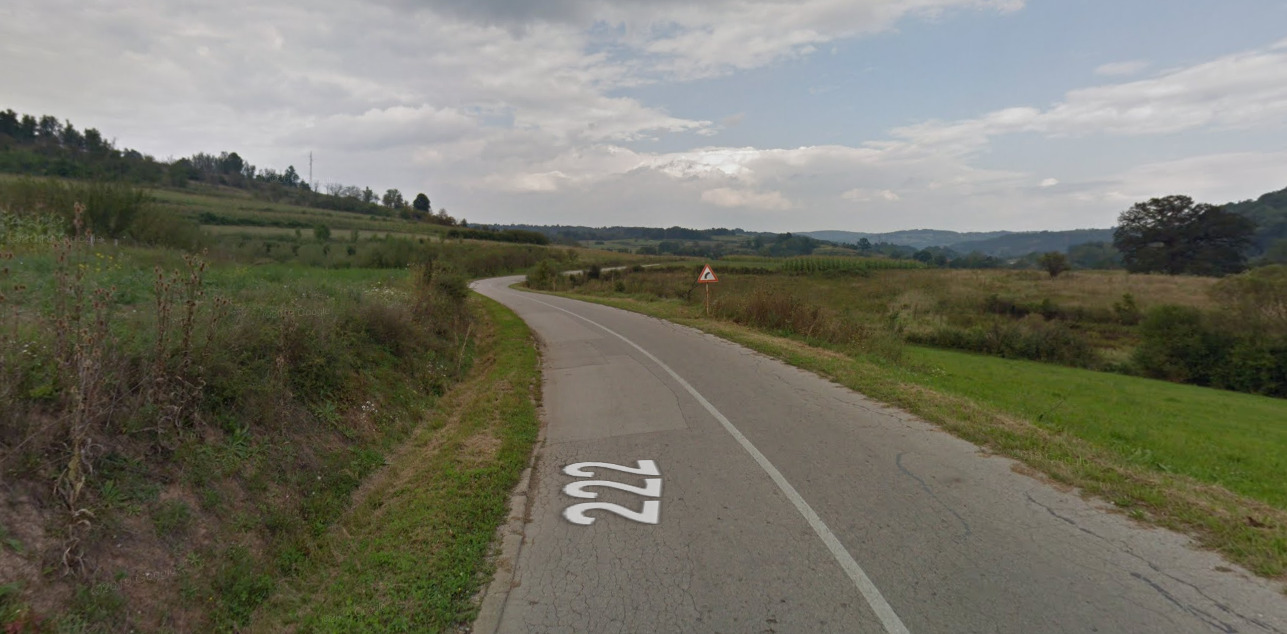
Western:
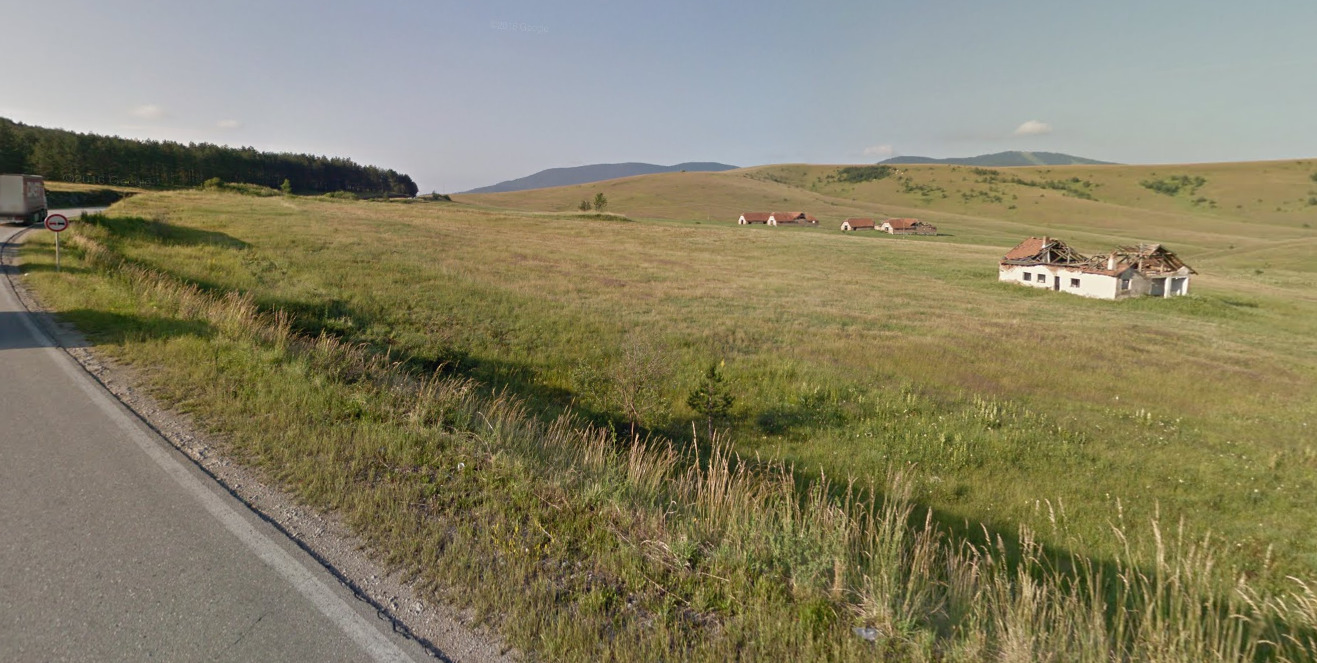
The Mountain Zlatibor is characterized by large grasslands with patches of pine forest in-between.
Central southern, near the Mountain Golija:
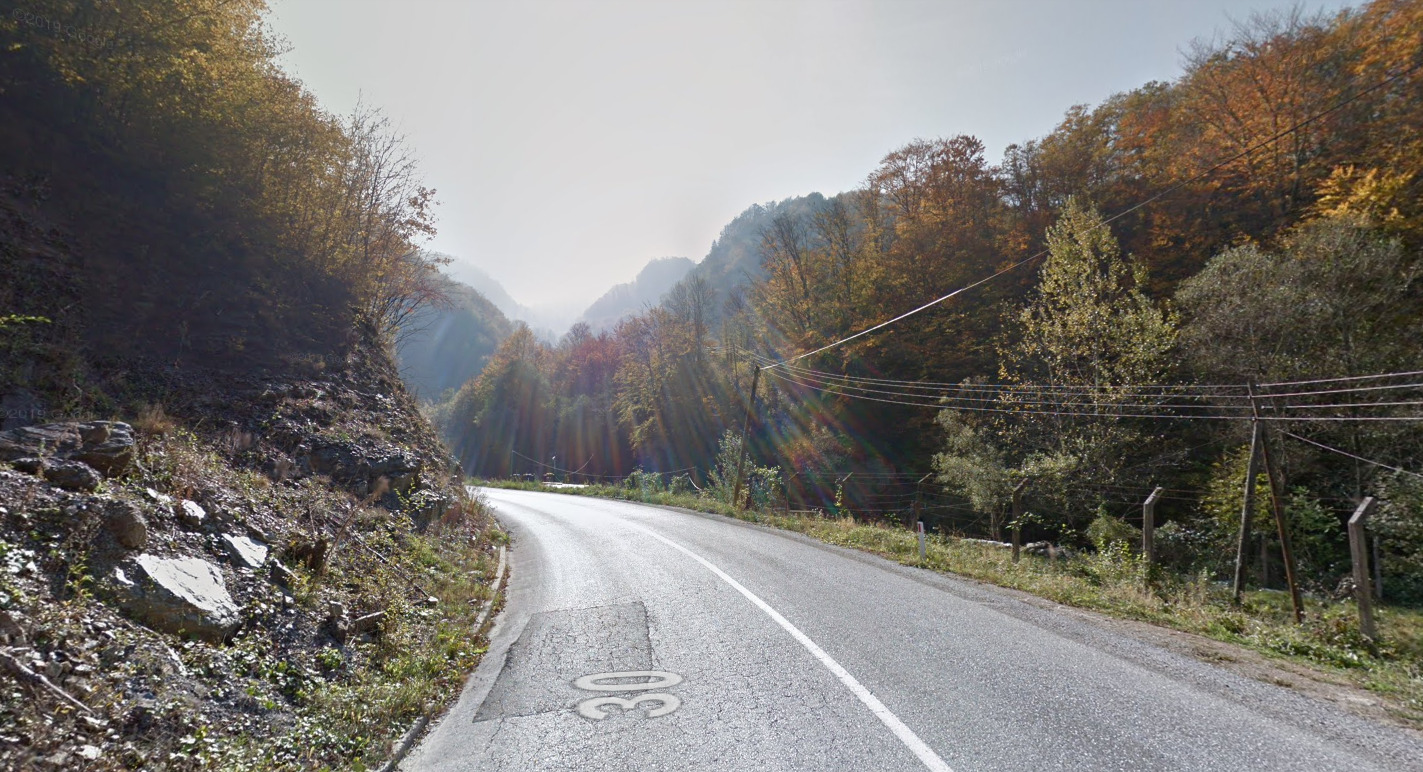
Western near the border with Bosnia, near Loznica:
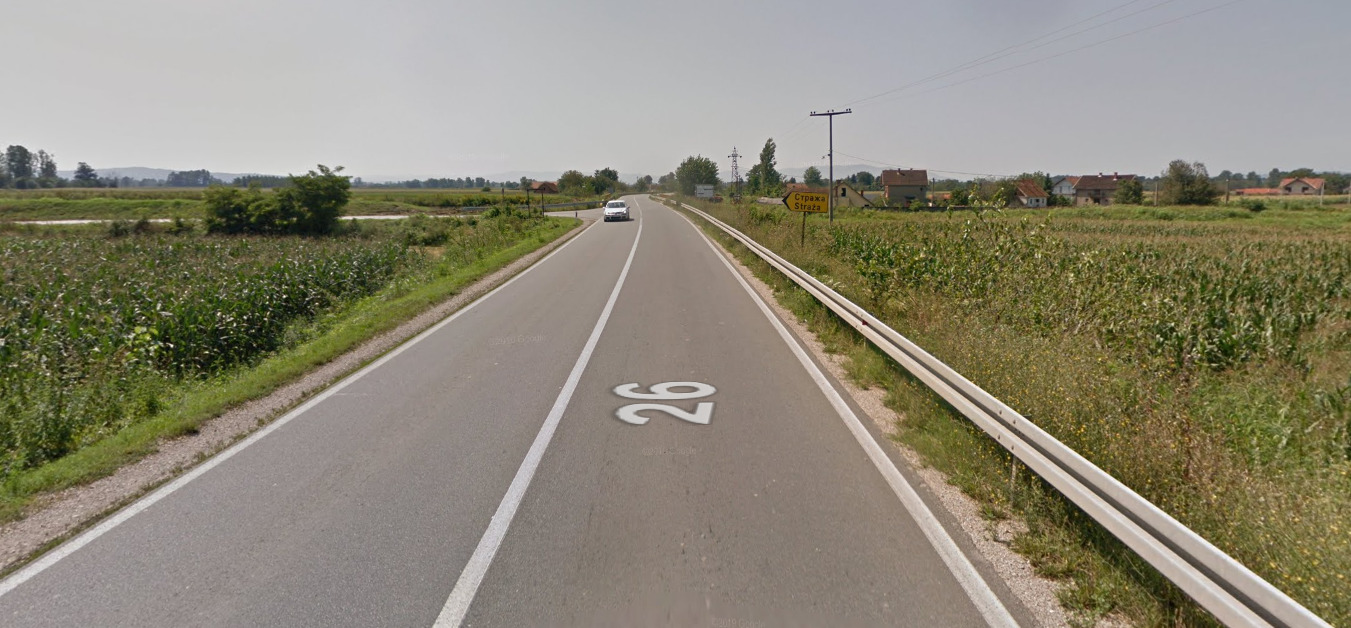
Eastern, Mountain Rtanj in the distance:
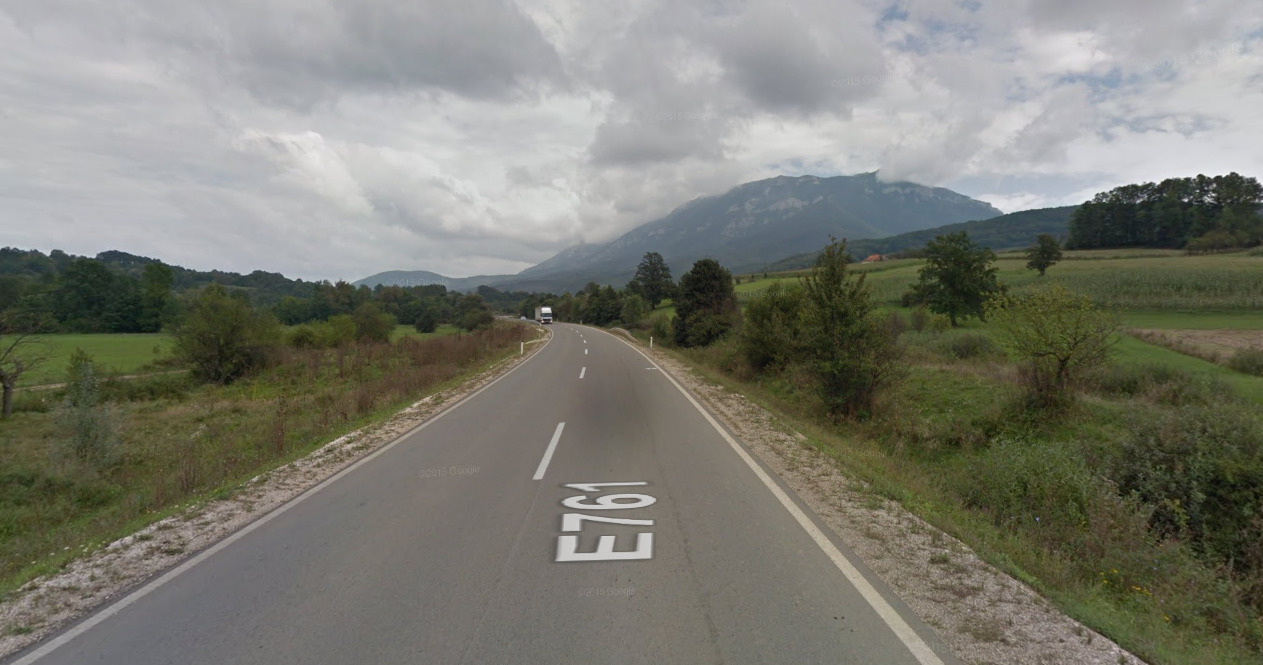
Central western, the Ovčar-Kablar Gorge:
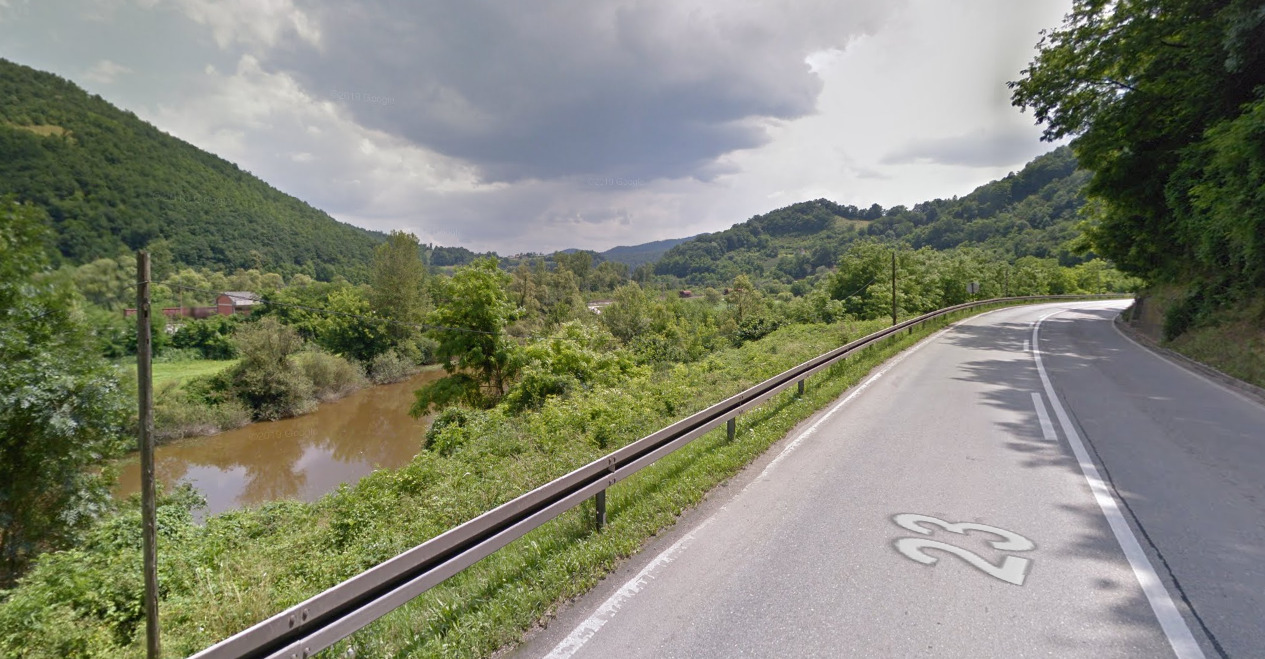
The Morava Valley in the south near Leskovac:

The Danube River has a boat view trekker through most of its lenght in Serbia:
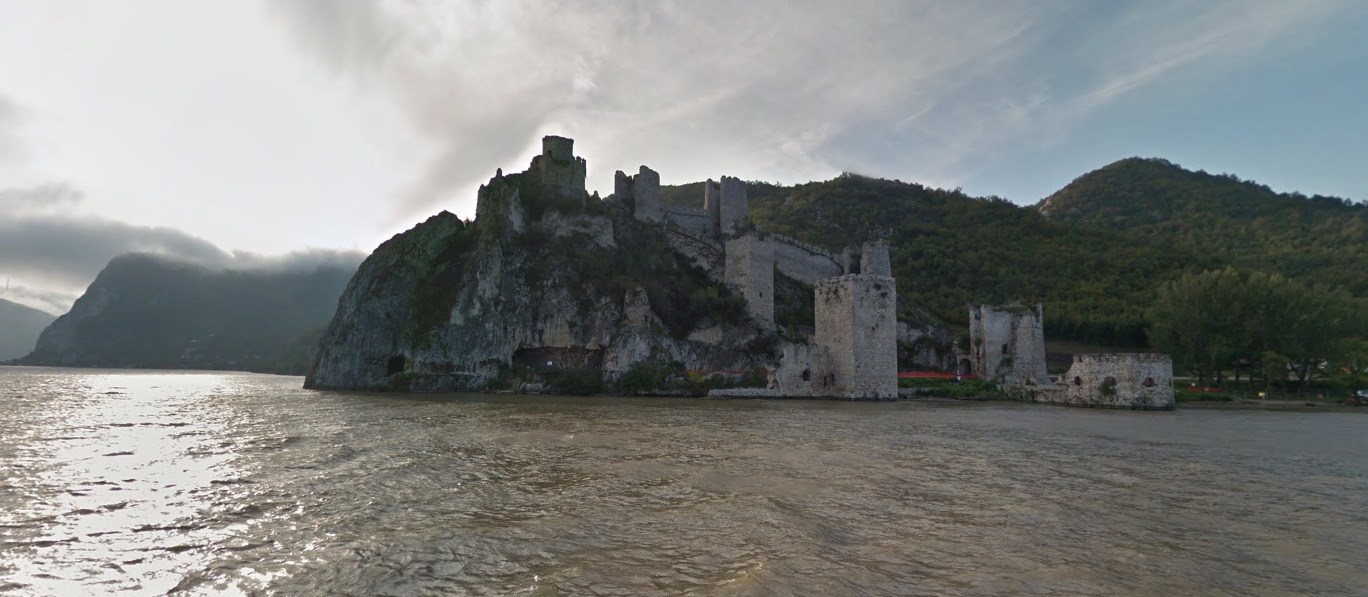
The view of the Golubac Fortress at the entrance to the Đerdap Gorge in eastern Serbia on the border with Romania.
Specific tree:
Black locust is a tree species spread all around Serbia. It was brought there by Austro-Hungarians from Mexico to forest the Deliblato Sands, and also planted on purpose in other parts, and has since expanded throughout the whole region and is one of the most common trees in Serbia and the surrounding countries.
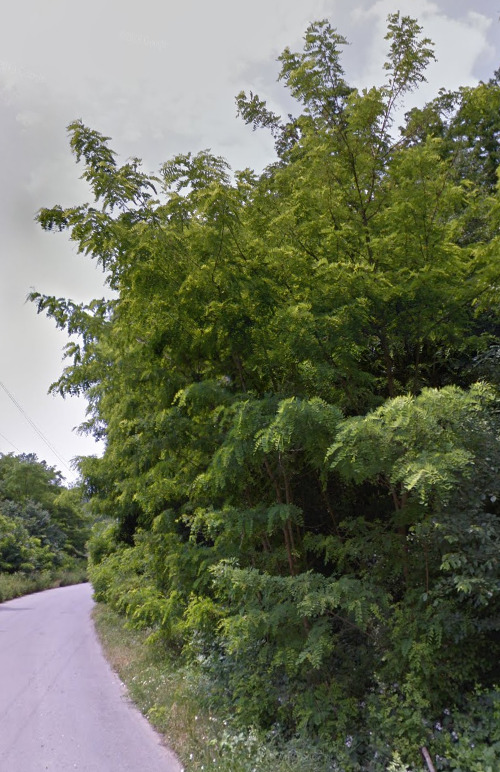
Another distinctive tree species is the Lombardy poplar, which can be found all around the country, but not everywhere, most frequently in the south, and usually not in big numbers. A lot of it can be found also in North Macedonia and other surrounding countries.

Architecture:
Central Serbia:




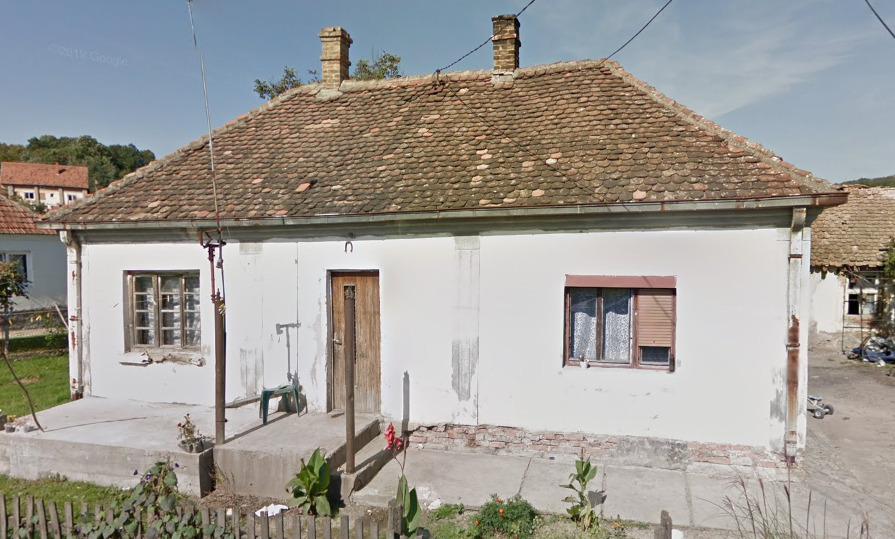
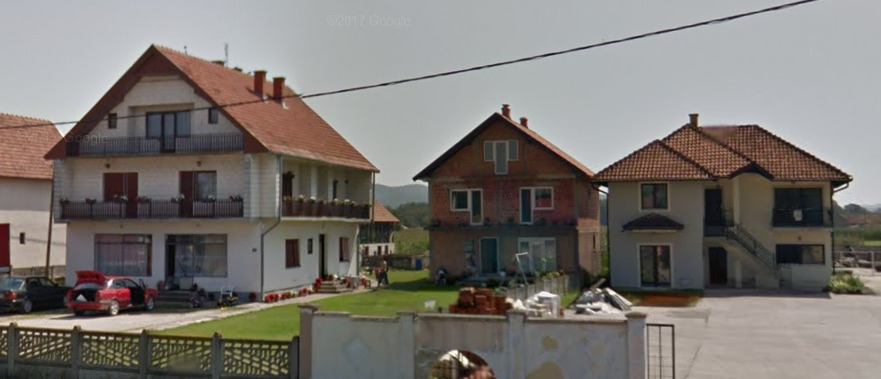
Note that there are many unfinished brick houses in Serbia:

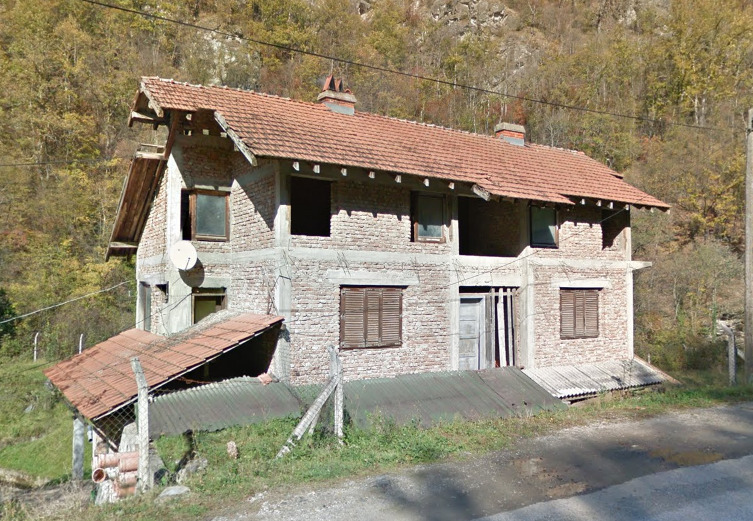
A very old classic Serbian house style, part wooden:
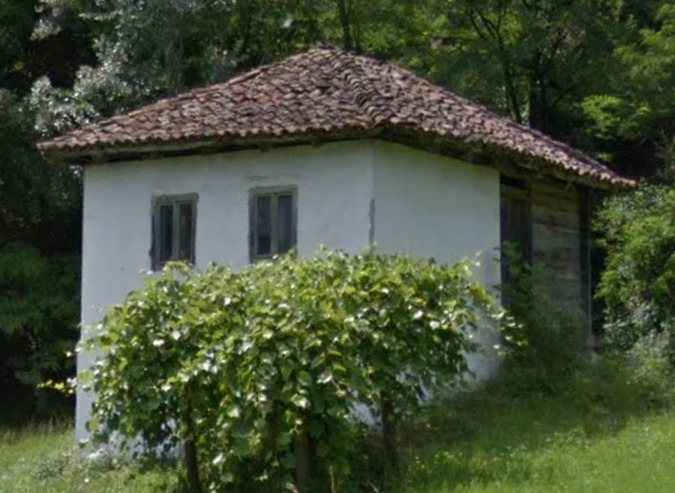
Churches in Serbia were mostly built in the Byzantine Eastern Orthodox style (except in Vojvodina (see below)):
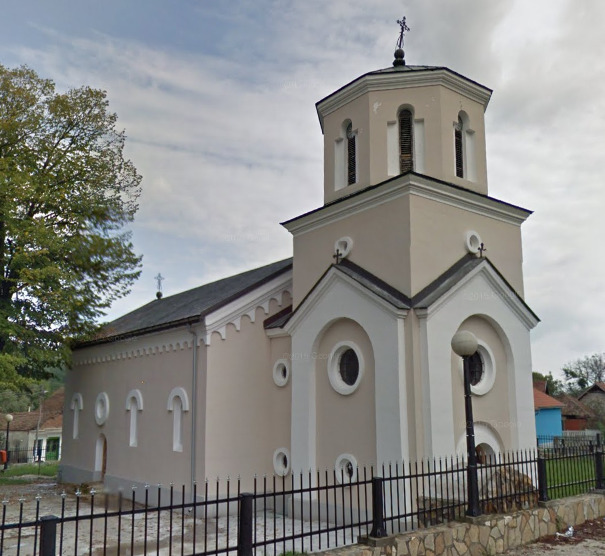
The Temple of Saint Sava in Belgrade:
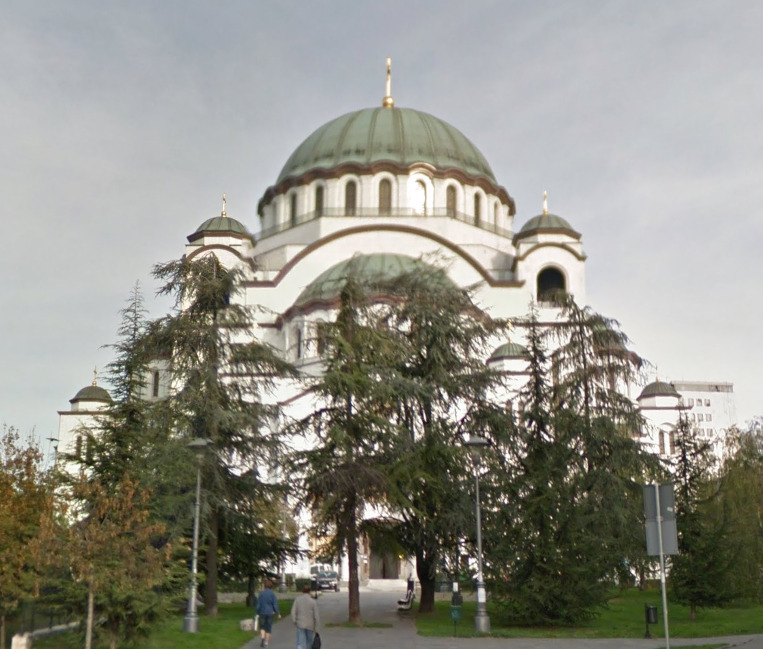
The dominant religious denomination in Serbia is Orthodox Christianity.
Vojvodina:
The northern province of Serbia’s architecture is heavily influenced by the Austro-Hungarian style, as it was a part of Austro-Hungary for a long time:

Notice how the houses and the sidewalk are a little bit away from the road, that was a standard in Austro-Hungary. Also one side of the house is always on the street facing it parallel to the fence/wall, while the animal pens are always in the back as not to be seen and produce stench on the street.


The buildings in the cities in Vojvodina are in the Austro-Hungarian style too and very ornate:
Zrenjanin:

Centre of Novi Sad:
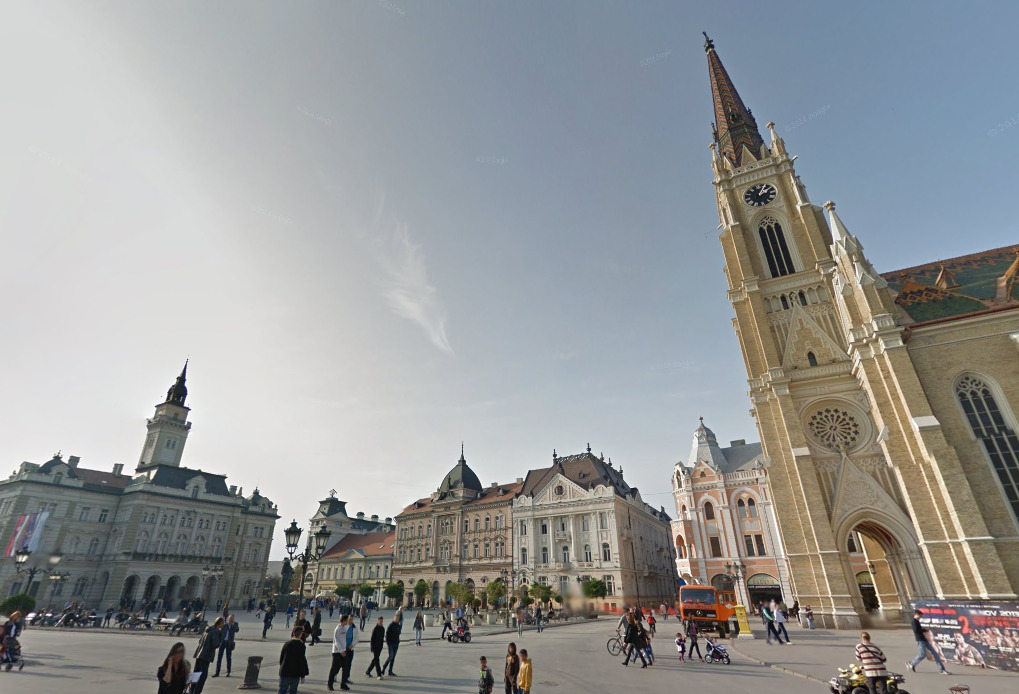
Centre of Subotica:
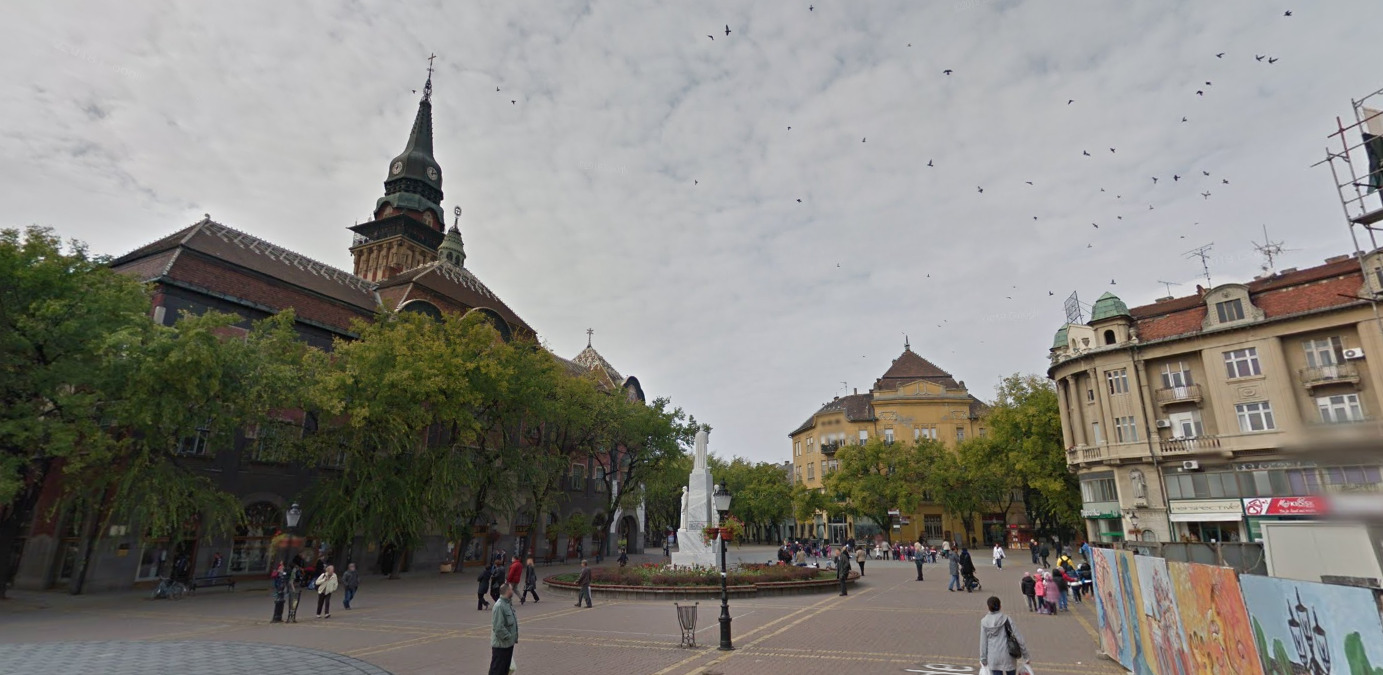
The church/cathedral style in Vojvodina is also Austro-Hungarian although many of those are Serbian Orthodox churches/temples, like the one in this picture (Sombor):
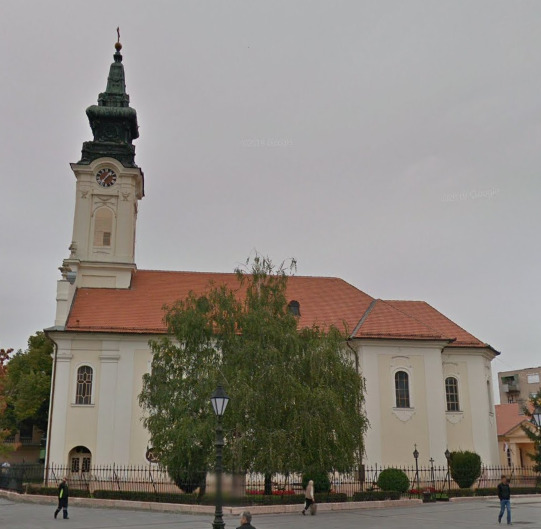
During the Austro-Hungarian reign in this region it was prohibited to build churches in any other style, although some of them were originally built as Serbian Orthodox churches.
General look:

The North of the country is relatively flat. It’s easy to mistake it for another country.

As you get towards the middle, you start to see these rolling hills. They are mostly in the area around Belgrade.

The further south you go, the more mountainous the landscape becomes. It can be useful, but also confusing.
Subdivisions:
The Republic of Serbia has 2 autonomous provinces, Vojvodina (in the north) and Kosovo and Metohija (in the south), in addition to Central Serbia, as the first-level subdivisions:
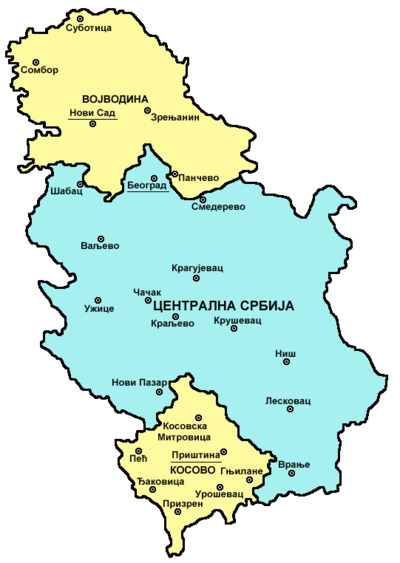
Kosovo and Metohija doesn’t have Google street view coverage.
The country is further divided into districts (okrugs):
Alphabet/script:
Serbian uses both the Cyrillic and Latin script interchangeably:
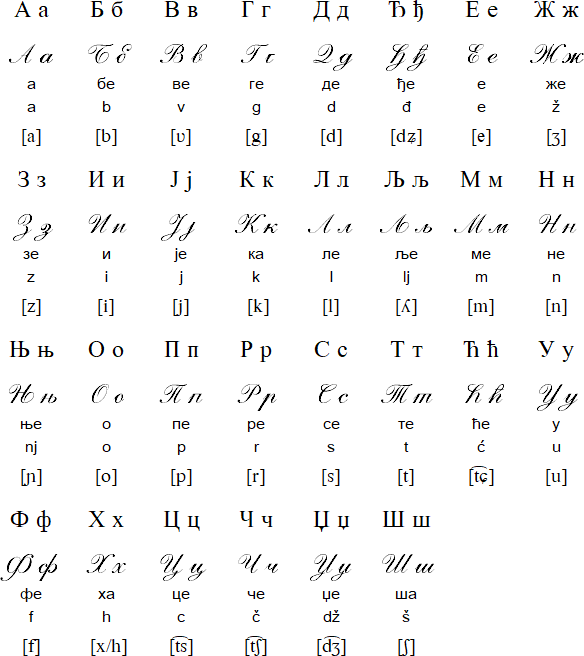
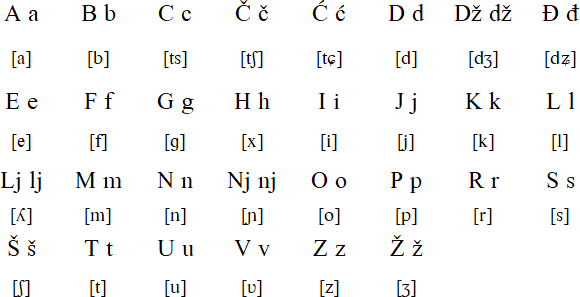
The Serbian Latin alphabet is the same as the Croatian one. The Slovenian one is just missing Ć and Đ.
Serbian Cyrillic graphemes that are not in Macedonian are Ћ and Ђ (unique to Serbian). Macedonian Cyrillic graphemes that are not in Serbian are Ѓ, Ѕ and Ќ.
Serbian Cyrillic graphemes that are not in Bulgarian are Ђ, Ј, Љ, Њ, Ћ and Џ. Bulgarian Cyrillic graphemes that are not in Serbian are Й, Щ, Ъ, Ь, Ю and Я.
Montenegro has two unique graphemes that are new additions to their alphabet: Ś and Ź (С́ and З́ in Cyrillic), but they might be rare on street view.
Domain:
.rs (Republic of Serbia)(.sr = Suriname, .se = Sweden)
Liechtenstein
- Country Flag
- Capital City
- Most Helpful
- Google Car
- Bollards
- Google Coverage
- Camera Generation
- Road Lines
- Road Signs
- Electricity Poles
- License Plates
- Phone Number
- Vegetation / Landscape
- Architecture
- General Look
- Language
- Domain
Country Flag:
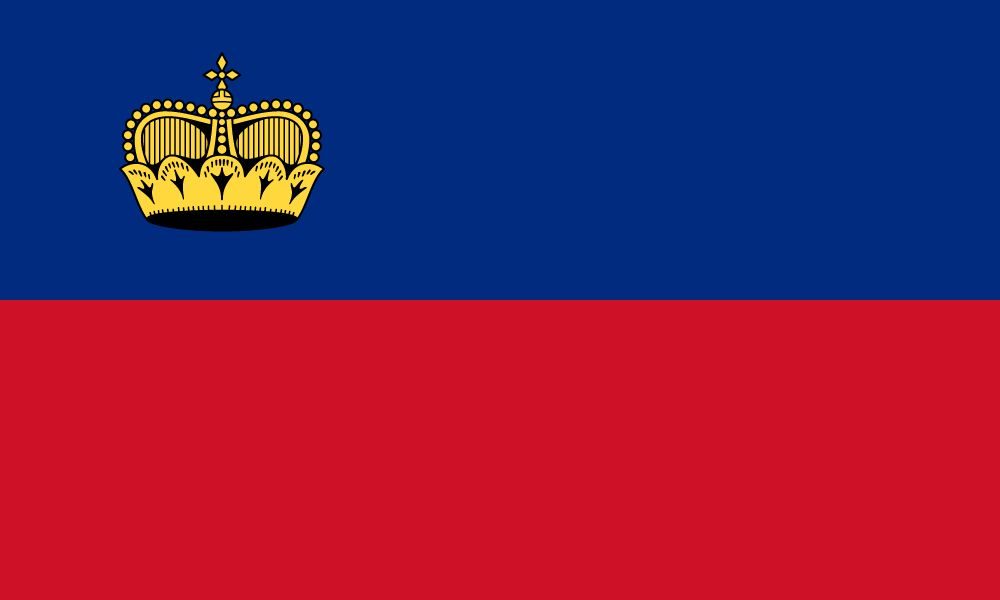
Capital City:
Vaduz
Most Helpful:


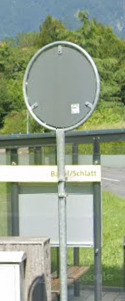

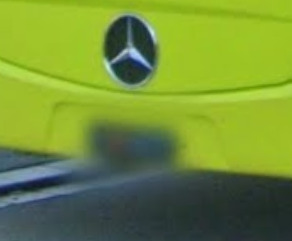
Google Car:
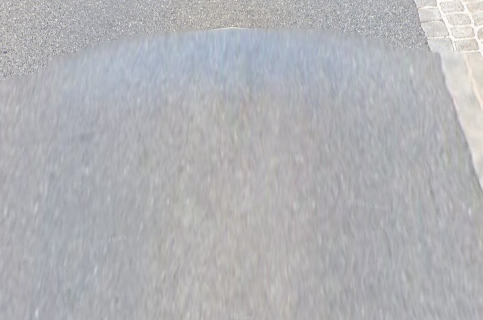
Liechtenstein uses a blue Gen 4 car. It appears to be a low car like Switzerland.
Bollard:




The bollards in Liechtenstein are usually rounded, although you can find flatter ones near guardrails. They have a white stripe on the front and two white dots on the back. The design is pretty consistent throughout.
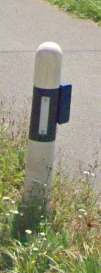
You can also find these bollards with a bluish / black extension on the side.
Google Coverage:
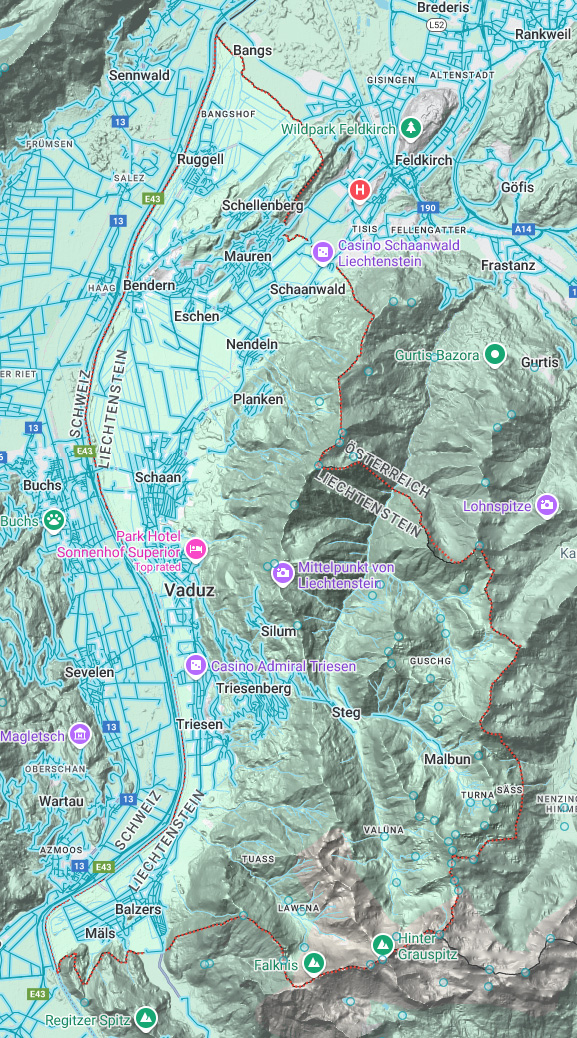
The Majority of the coverage in Liechtenstein is on the border with Switzerland. While there is coverage outside of that border, it is definitely in the minority.
Camera Generation:
Gen 4 Lowcam
Road Lines:

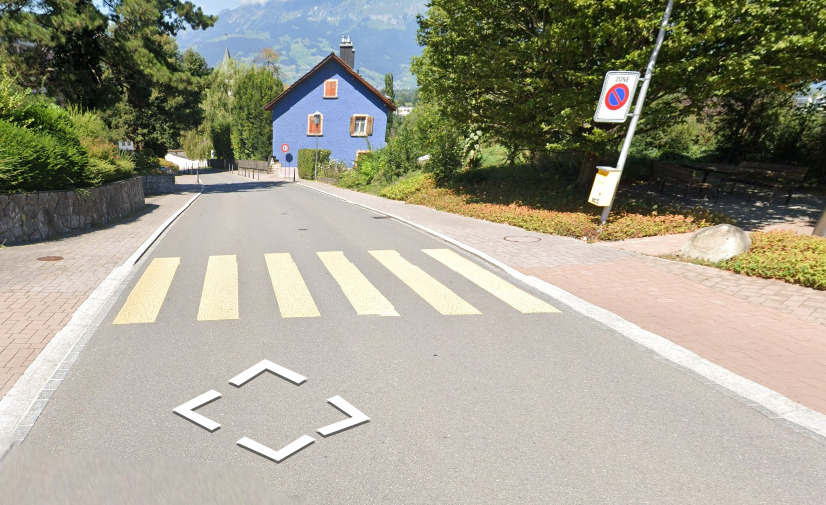
Liechtenstein uses all white for their roads, while they will use yellow from Crosswalks and no parking zones.
Road Signs:
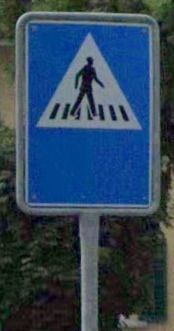



The signs in Liechtenstein are surrounded by metal tubes, making the signs noticeable from the rear.
Electricity poles:

Poles are not that common. They tend to be more off to the side of the road, almost hidden. There are a few places you can find a pole however.
License plates:


Liechtenstein uses a black plate with white / silver text. You can make out the red and yellow crest on some vehicles.
Phone number:

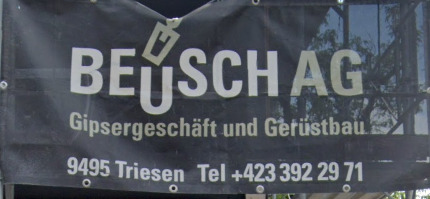
The country code of Liechtenstein is +423. The list above is the numbering plan, although with no direct ties to cities or regions, it is essentially useless.
Vegetation/Landscape:



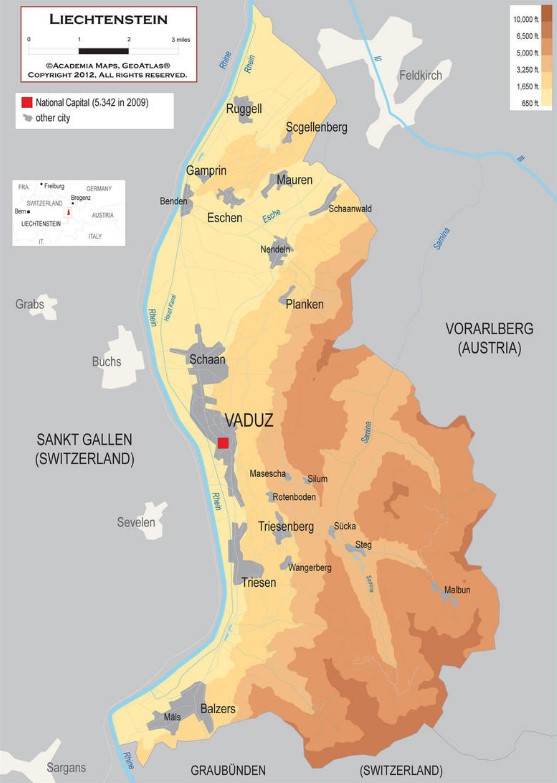
Architecture:
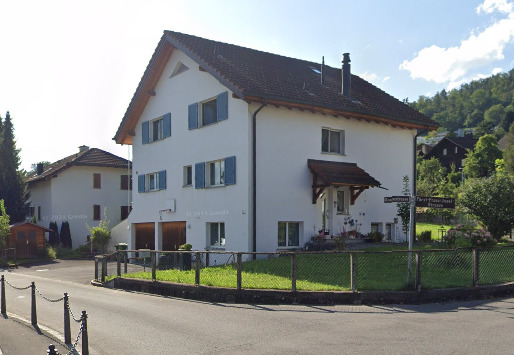
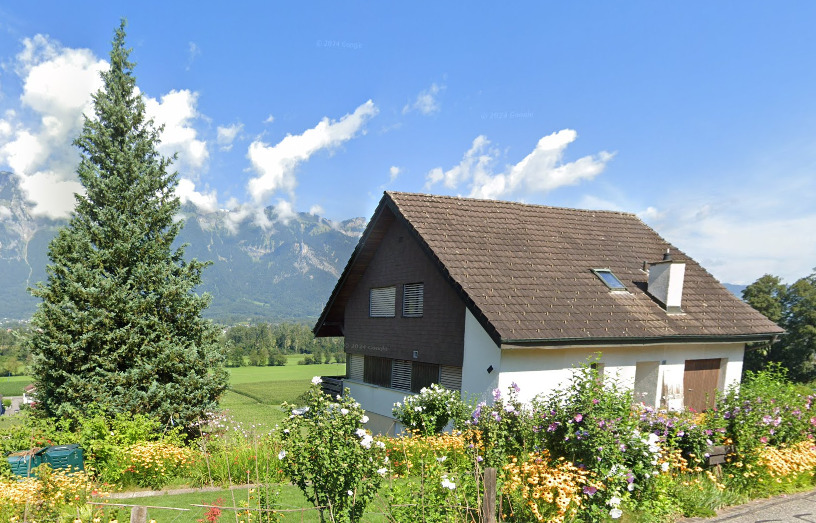
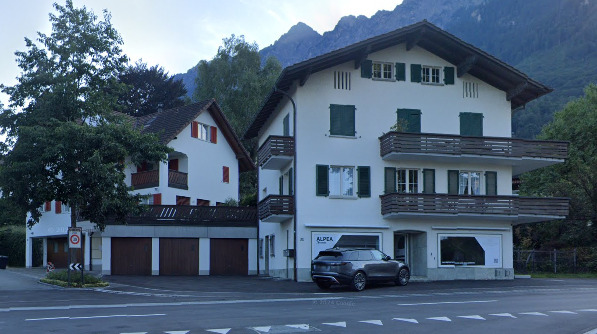
General look:

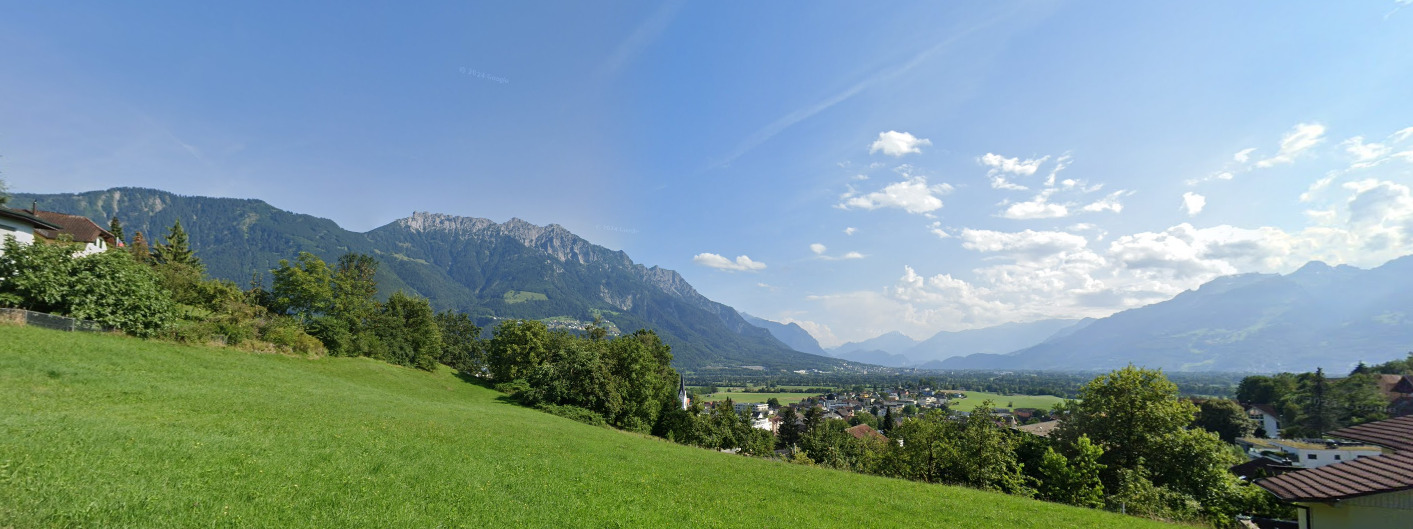

Alphabet/script:

The official language in Liechtenstein is German, with the Alemannic dialect being the spoken version.
Domain:
.li
San Marino
Country Flag:

Google car:
–
Bollard:
San Marino bollards are white with black caps containing either a white or red square.


Camera Generation:
2, 3.
Gen 3 camera is only found on roads which border italy and cross between the two nations.
Road Lines:
San Marinos road lines are all white.

Road Signs:
San Marinan signs feature a white outline, with black backing.



Hazard signs can be found in yellow.

Similarly their turn arrows are in yellow/red.

San Marino street names are surrounded by a box.

Electricity poles:
San Marino has a mix of concrete, metal, and wooden poles.



It also features these large sub-stations.

License plates:
San Marino plates are white backed with light blue text, and the countries crest on the left hand side.

Phone number:
–
Vegetation/Landscape:
San Marino is a mountainous nation within the borders of italy.

Specific tree:
–
Architecture:
–
General look:

Alphabet/script:
The official language in San Marino is Italian.

Domain:
.sm
Monaco
- Country Flag
- Capital City
- Most Helpful
- Google Car
- Bollards
- Google Coverage
- Camera Generation
- Road Lines
- Road Signs
- Electricity Poles
- License Plates
- Phone Number
- Vegetation / Landscape
- Architecture
- General Look
- Language
- Domain
Country Flag:

Capital City:
No Distinct Capital
As Monaco is a city-state, it contains no distinct capital. However, most of the government buildings are in Monte Carlo.
Most Helpful:

Monacan bollards are white with 2 red rings in mostly Gen 2 coverage.

There are also plenty of bollards with two white reflector strips on a white base.


Monaco’s Country code is +377. Numbers will show up like XX XX XX XX or XX XX XXXX.
Google car:

You will not see the car with Gen 2 coverage, however the Gen 4 car is the typical blue car used in the majority of places.
Bollard:

Monacan bollards are white with 2 red rings in mostly Gen 2 coverage.

There are also plenty of bollards with two white reflector strips on a white base.
Google Coverage:

Most of the roads in Monaco have coverage. Being the second smallest territory in the world, knowing you’re in Monaco makes all the difference.
Camera Generation:
Gen 2 and 4
Road Lines:

Monaco uses white lines.

Also due to it having an F1 track around the city, you can find these red/white curbs.
Road Signs:






It appears that Monaco has changed the design for their crosswalk signs in-between the coverages. Gen 2 coverage will have the dashed lines outside of the pedestrian while gen 4 will have the pedestrian standing on line 2 and line 4 of the 5 line crosswalk.
Electricity poles:


You can often find these wooden or tapered metal poles throughout Monaco.
License plates:

Monaco has short white plates with blue text, however due to its location you can see a lot of Italian, French plates.
Phone number:

Monaco’s Country code is +377. Numbers will show up like XX XX XX XX or XX XX XXXX.
Vegetation/Landscape:



Architecture:



General look:



Due to being a city-state Monaco is entirely built up.
Alphabet/script:

Monaco uses French as its official language.
Domain:
.mc
Malta
- Country Flag
- Capital City
- Most Helpful
- Google Car
- Bollards
- Google Coverage
- Camera Generation
- Road Lines
- Road Signs
- Electricity Poles
- License Plates
- Phone Number
- Vegetation / Landscape
- Architecture
- General Look
- Language
- Domain
Country Flag:

Capital City:
Valletta
Most Helpful:


“Triq” translates to “road” or “street” in Maltese.
Alphabet/script:
Please note, Malta drives on the LEFT HAND side of the road.
Google car:

The Google car in Malta is white when it is Gen 3 coverage, but you will not get any glimpse of it. The Gen 4 car is your typical blue car coverage.
Bollard:

Bollards in Malta are so incredibly rare that it really isn’t worth learning them as the chances of you finding them are very slim. Its possible that these bollards shown above are private bollards, which mean they wouldn’t be consistent.
Google Coverage:

Malta has plenty of coverage over both islands. Try and stick to the roads and don’t hedge your guesses in the middle.
Camera Generation:
Gen 3 and 4
Road Lines:

Malta uses all white lines, including a double white line to separate the lanes. The only use of yellow appears to be for Bus stops and handicap parking in major towns / cities.
Road Signs:

Their stop signs appear to have a larger “Stop” than most countries.


Most of their warning signs have a white rim on the edge. This is also common in Italy.


The Chevron and Crosswalk signs in Malta are the same ones used in Italy.

Malta has very British inspired “Zebra” or cross walk crossings. The light pole is very similar to those found in the UK.

“Triq” translates to “road” or “street” in Maltese. It is one of the more common words you will find on street signs.

The island of Gozo (The Northern Island) has bus routes that begin with the number 3. If the route starts with a 3, it can only be Gozo.
Electricity poles:

There is also a double light pole variant of this one (shown below)



There are a few variants here, but most of them are painted this weird tan color. They almost blend in with the tan walls / buildings that are everywhere, which is what I would think would be the reasoning behind this color choice.
License plates:

This picture makes the blue strip look pretty light, but it is the same blue as the rest of Europe.

Malta can also have these short thick license plates, but they are not the only place in the EU that can, so it may not be the best clue.
Phone number:

Malta has a country code of +356, and you will see it in some places. All of their numbers since 2002 have 8 digits, with the first two digits representing a locality. All numbers will look like xxxx-xxxx or xxxxxxxx, mobile or not.

Any number that begins with 77, 79 or 99 are mobile numbers, and will not give any good information.
Vegetation/Landscape:


The landscape feels much like Greece and Italy, often with rock poking through the grass that exists. It feels dry, and you can often find groupings of Cacti along the sides of the road.

Architecture:



While these are not everywhere, most of the rural roads have these stone walls. They might not all be this tall, but the layout is generally similar. Its a very good indication that you may be in Malta.
General look:



Malta is South of Sicily, so it feels Mediterranean, and that may cause some people to be confused.
Alphabet/script:


Malta uses the English Language and Maltese. You can generally find both rather easily, but the English is what really gives it away.
Domain:
.mt
Andorra
- Country Flag
- Capital City
- Largest Cities by Population
- Most Helpful
- Unique Google Car
- Bollards
- Google Coverage
- Camera Generation
- Road Lines
- Road Signs
- Electricity Poles
- License Plates
- Phone Number
- Vegetation / Landscape
- Topography
- Architecture
- General Look
- Language
- Regions
- Domain
Country Flag:

Capital City:
Andorra la Vella
Largest Cities by Population:
1. Andorra la Vella – 19,383 (South central)
2. Escaldes-Engordany – 14,599 (South central, just north of Andorra la Vella)
3. Sant Julià de Lòria – 7,636 (South)
4. Encamp – 7,575 (Central)
5. La Massana – 5,353 (West central)

The population of Andorra seems to be located primarily located towards the south of the Country.
Most Helpful:



Google car:

There seems to be an antenna on most of the coverage of Andorra. You can also see the shadow of the camera depending on how sunny the location is.
Unique Google car:

Andorra features some skidoo coverage in its ski resorts.
Bollard:


Andorra uses a couple different colored snow poles.



And uses green and white ringed bollards in most places.
Google Coverage:

Most of the main roads in Andorra are covered, but there are large areas without roads and towns due to the mountains that make up the area.
Camera Generation:
Gen 2, and 3
Road Lines:



Andorra uses all white lines, with some yellow/orange or blue lines found in its cities.


They also have either red and white crosswalks (zebra’s) or plain white ones.

Andorra has a limited Highway system as well.
Road Signs:

Road signs aren’t very common in Andorra due to most settlements being located along one road.

Andorra’s road information signs have a chunky red outline.







The backs of the signs appear to have a folded edge. The sign isn’t flat, and its clear that it has a lip.


Andorra has two main types of guard rails. The red one and then a classic guard rail with yellow/orangeish reflectors.
Electricity poles:


The poles are very square, with what appear to be five or so “holes” near the top.

They also have these larger poles on the outskirts of major towns / cities.
License plates:

Andorra uses quite a small plate with the countries coat of arms on the left side.
Phone number:


Andorran numbers are only 6 digits long with landlines beginning with either 7, or 8, and mobiles with 3, 4, or 6.
Vegetation/Landscape:


Andorra is incredibly mountainous due to its location in the Pyrenees.
Andorra has a marine west coast climate (Cfb) like that of Auckland, NZ and Vienna, AT. You can expect it to look somewhat similar to those locations in terms of vegetation and temperature, but keep in mind that Andorra’s altitude can make it appear colder and more desolate toward the top of the mountains, especially outside of the canyons.
Topography:

Architecture:


Andorran architecture is very unique with a strange blend of modern and older looking buildings, usually made of stone/brick and often several stories high.
General look:



Alphabet/script:

Andorra speaks Catalan, based in a Latin script.
Regions:

Andorra is divided into 7 parishes.
Domain:
.ad
Åland Islands
- Country Flag
- Capital City
- Largest Cities by Population
- Most Helpful
- Google Car
- Bollards
- Google Coverage
- Camera Generation
- Road Lines
- Road Signs
- Electricity Poles
- License Plates
- Phone Number
- Vegetation / Landscape
- Topography
- Architecture
- General Look
- Language
- Domain
Country Flag:

The Åland islands are owned by Finland, therefore you can find the Finland flag as well. However, Åland has their own flag as seen above.
Capital City:
Mariehamn
Largest Cities by Population:
1. Mariehamn – 11,736 (South)
2. Jomala – 5,509 (just North of Mariehamn)
3. Finström – 2,642 (Center)
4. Lemland – 2,133 (South)
5. Saltvik – 1,810 (North)
*Population data is from the Census 2021 and may not be accurate to the time the photos were taken by the google car.
Most Helpful:



Google Car:

When in Gen 3 coverage, you can see a bit of the antenna off the back of the car.
Bollard:


Åland Uses this as a bollard.


These yellow bollards are found near intersections.


These colored bollards indicate that there is a pipe underground. While we are unsure what the colors represent, Yellow usually stands for Electricity and Blue for water. It is safe to assume the red is either sewage or natural gas.
Google Coverage:

Åland is located between Sweden and Finland. Most of their coverage contains main roads. There are countless areas not covered.
Camera Generation:
Gen 2 and 3
Road Lines:

Åland uses a white divider with dashed white shoulders. Their roads are also tinted red, which is a good clue that you are in Åland.
Road Signs:

There are chances you can find the road number on the side of the road.

You can find these blue signs on most major highways. They will point you towards towns, cities and villages. They also state the road number you are on.

They use Yellow and Red warning signs, which are also seen in Sweden.

These signs essentially mean no tailgating. The language here is Swedish.

The dashed line around the road numbers means that you are not on that road. If it is solid, like the number 2, that means you’re on that road.



There seem to be two different variations of the crosswalk sign. The 5 stripe sign is definitely more common than the 4 stripe.




Bus stop signs in Åland are similar to Finland. They can be either 5 or 7 windows, blue or yellow, and their tires can be filled or left open. Yellow signs means local traffic, while Blue signs are busses that handle distance travelers.

In VERY rare instances, you can find a 6 window bus stop sign. 6 window signs are usually Sweden, but they have made their appearance in Åland.

Åland use a traditional guard rail, although it feels smaller, much like Finland’s. It doesn’t appear to have an reflectors inside of it.

Åland uses these rainbow looking signs for their town entrances. They have only been spotted in Åland, so they are a good indicators that you are in Åland.
Electricity poles:


Åland uses wooden poles with what appears to be a metal cap up top. You can also find these low voltage transformers on some poles.
License plates:

Åland uses different plates from Finland. They don’t have the blue bar on the side showing that it is a part of the EU.
Phone number:

Phone numbers in Åland with an area code are extremely rare. However, you can find numbers that do not have an area code attached to them. These will be between 5 and 6 digits long. You are also very likely to find numbers from Finland.
Vegetation/Landscape:



The Climate of Åland is similar to the Helsinki area on mainland Finland. It is considered a humid continental climate with a warm summer.
Topography:

The Åland Islands are relatively flat, with a few hills noticeable outside of the higher points of Geta and Saltvik. Even though there are some changes, it may be hard to notice.
Architecture:



Åland has very similar architecture to Sweden and Finland. The houses are generally red with white trim.
General look:



The most important thing to notice here is the red tinted road. This is a huge clue. The mix of bollards and the warning signs also are pretty indicative of the area.
Alphabet/script:

Åland uses a typical Swedish alphabet even though they are territory of Finland.
Domain:
.ax
Gibraltar
- Country Flag
- Capital City
- Most Helpful
- Google Car
- Google Coverage
- Camera Generation
- Road Lines
- Road Signs
- License Plates
- Phone Number
- Vegetation / Landscape
- Architecture
- General Look
- Language
- Domain
Country Flag:

Capital City:
Gibraltar
Most Helpful:



Google car:

Gibraltars car has a long antenna with a white tip.
Google Coverage:

There is a big chunk of coverage missing in the northwestern part. Other than that most roads seem to be covered.
Camera Generation:
Gen 3
Road Lines:



Gibraltar uses a mix of yellow or white shoulders, with white center lines, however the shoulders and the center lines can be dashed. There can also be no shoulders or center line at all.

Don’t get confused if you see these zig-zag lines. There are quite a few examples of them around Gibraltar.
Road Signs:



Gibraltar street signs are white with black text.
License plates:

Gibraltar uses UK plates, yellow rear, white front.
Phone number:


The country calling code to Gibraltar is +350. Since 1 October 2008 telephone numbers for landlines and mobile phones in Gibraltar have been eight digits long.
Vegetation/Landscape:

Gibraltar is built around a limestone cliff called the Rock of Gibraltar.
Architecture:

Most of the houses will have a white facade in combination with either a flat or pitched red/brown tiled roof.
General look:


Alphabet/script:

Gibraltar uses English a Latin based script.
Domain:
.gi
Isle of Man
- Country Flag
- Capital City
- Most Helpful
- Google Car
- Bollards
- Google Coverage
- Camera Generation
- Road Lines
- Road Signs
- Electricity Poles
- License Plates
- Phone Number
- Vegetation / Landscape
- Architecture
- General Look
- Language
- Domain
Country Flag:

Capital City:
Douglas
Most Helpful:

Gen 2 Coverage

Google car:

Due to the coverage being Gen 2, you do not get a chance to see the car. However, there are plenty of reflective surfaces where you can catch glimpses of a black car.
Bollard:

(Front)

(Back)
These are the same bollards that can be found in the UK.
Google Coverage:

The Isle of Man is located between England and Ireland. Most of the major roads are covered, but there are some places in the middle of the island that are left uncovered or that are covered with an ari.
Camera Generation:
Gen 2
Road Lines:

Isle of Man uses all white lines. The Middle divider can either be dashed (like the picture) or a solid line. There are also cases where the middle divider is a double line.
You can also find these black and white curbs near intersections and peoples driveways.
Road Signs:

The Isle of Man uses the typical Red and White warning signs that can be seen throughout most of the world.

These green signs point you towards other towns. The roads listed are also important, as they can help you triangulate your position.
Electricity poles:

The Isle of man uses wooden poles for most of their Electricity poles. There isn’t too much difference throughout the country.
License plates:

The plates from Isle of Man are special as they have a red strip on the right instead of a blue strip like the rest of the EU. Albania and Kyrgyzstan are the only other countries that had a red strip at one point.
Phone number:


The area code for the Isle of Man is 01624. It covers the entire island. It may prove to be difficult to find examples with the area code however. Most of the time, the telephone number you find will be 6 digits long, set up like xxxxxx.
Vegetation/Landscape:




Architecture:



General look:



Alphabet/script:

The Isle of Man uses a typical English alphabet.
Domain:
.im
The Faroe Islands
- Country Flag
- Capital City
- Most Helpful
- Google Car
- Bollards
- Google Coverage
- Camera Generation
- Road Lines
- Road Signs
- Electricity Poles
- License Plates
- Phone Number
- Vegetation / Landscape
- Architecture
- General Look
- Language
- Domain
Country Flag:

Capital City:
Tórshavn
Most Helpful:


The roads in the Faroe Islands are off by about 15-20 meters. Its best to not actually guess on the road, but slightly to the left or right of the road. Its usually away from the water, so go the opposite direction of the water for your plonk.



Google Car:

(Front)

(Back)
The google car here has a roof rack that can be clearly seen. There is also an extra bar that can be found by the mirrors on the car. That extra bar has the black inlay that we can sometimes find. This is unique and will be the red circles.

There is some boat coverage west of the capital. It has RIB 62 written near the steering column.
Bollard:

These bollards are incredibly small. The picture doesn’t do it justice. Its a wooden stick that has half painted yellow, and half painted red. There are some cases where the paint is incredibly faded. They are no more than One or Two feet tall (30-60 cm).
Google Coverage:

Most of the coverage in the Faroe islands exists on the roads along the coast. There is some trekker coverage on the island of Fugloy (The north east most island with the city Kirkja visible). There are other instances of trekker coverage. There is a guide coming soon. Its safe to guess along the water ways. If you get a large city, it is almost always going to be the capital, Tórshavn.
Camera Generation:
Gen 3
Road Lines:



There are many different styles of road used. You can find dashed shoulders, solid shoulders, or even no visible road markings. All of the road markings will be white. It is rare to find a center divider line outside of a town, but they do exist.
Road Signs:


The crosswalks (also called Zebras) have a blue and white striped sign next to them if they’re on a major road. You can also see a typical EU warning sign in the background.


You can often find these reflective mirrors around. The red and white rim make it look like a poker chip.





The Faroe Islands use a traditional guardrail with a yellow reflector. The guard rails seem to be a bit rusty, and missing paint. They use wooden posts to hold the metal rail. This is common around salt water areas, as wood is less likely to deteriorate from the salt spray.
There are some instances of newer guardrails that do use metal posts, but these seem to be further away from the water.
Electricity poles:


Electricity poles in the Faroe Islands are a bit rare, but they can be found occasionally near towns.
License plates:


Like most places that are a part of the EU, The Faroe Islands use a blue strip on the side of the plate. The blur makes the blue look a little light.
Phone number:


Most Phone numbers in the Faroe Islands are 6 digits long, and are set up like xx-xx-xx or xxxxxx. There isn’t anything about the numbers that can tell you cities or regions.
Vegetation/Landscape:



Architecture:



The architecture is very similar to Greenland and Iceland. There are plenty of houses that have a grass roof, but these seem to be outside of larger cities.
General look:



The Faroe Islands don’t really have trees. Most of the roads also put you along the coast. Its a beautiful country and in combination with a roof rack, you should never struggle here.
Alphabet/script:

(Faroese)

(Danish)
The official language of the Faroe Islands is Faroese. The second is Danish.
Domain:
.fo
Jersey
Country Flag:

Google car:
–
Bollard:
–
Camera Generation:
2
Road Lines:
Jersey uses yellow shoulder with white centre lines.

Road Signs:


Jersey street signs are usually white backed, but green can also be found.


Electricity poles:
–
License plates:
Jersey use UK plates, white front, yellow rear.

Phone number:
–
Vegetation/Landscape:
Jersey is very flat and covered in fields.

Specific tree:
–
Architecture:
–
General look:

Alphabet/script:
Jersey uses English.

Domain:
.je
Liechtenstein
- Country Flag
- Capital City
- Most Helpful
- Google Car
- Bollards
- Google Coverage
- Camera Generation
- Road Lines
- Road Signs
- Electricity Poles
- License Plates
- Phone Number
- Vegetation / Landscape
- Architecture
- General Look
- Language
- Domain
Country Flag:

Capital City:
Vaduz
Most Helpful:





Google Car:

Liechtenstein uses a blue Gen 4 car. It appears to be a low car like Switzerland.
Bollard:




The bollards in Liechtenstein are usually rounded, although you can find flatter ones near guardrails. They have a white stripe on the front and two white dots on the back. The design is pretty consistent throughout.

You can also find these bollards with a bluish / black extension on the side.
Google Coverage:

The Majority of the coverage in Liechtenstein is on the border with Switzerland. While there is coverage outside of that border, it is definitely in the minority.
Camera Generation:
Gen 4 Lowcam
Road Lines:


Liechtenstein uses all white for their roads, while they will use yellow from Crosswalks and no parking zones.
Road Signs:




The signs in Liechtenstein are surrounded by metal tubes, making the signs noticeable from the rear.
Electricity poles:

Poles are not that common. They tend to be more off to the side of the road, almost hidden. There are a few places you can find a pole however.
License plates:


Liechtenstein uses a black plate with white / silver text. You can make out the red and yellow crest on some vehicles.
Phone number:


The country code of Liechtenstein is +423. The list above is the numbering plan, although with no direct ties to cities or regions, it is essentially useless.
Vegetation/Landscape:




Architecture:



General look:



Alphabet/script:

The official language in Liechtenstein is German, with the Alemannic dialect being the spoken version.